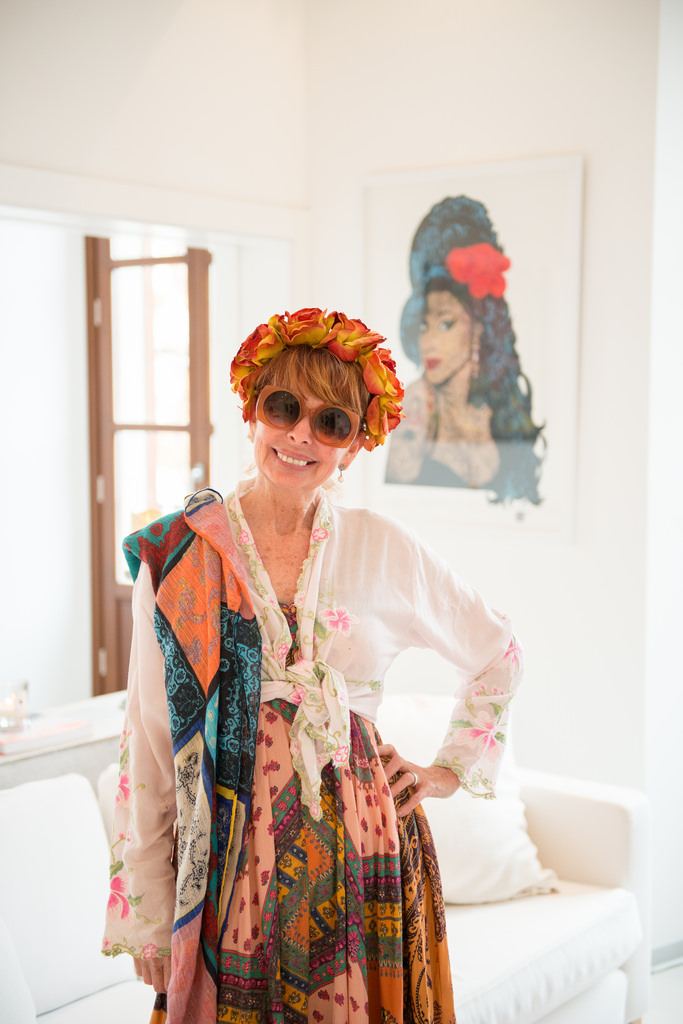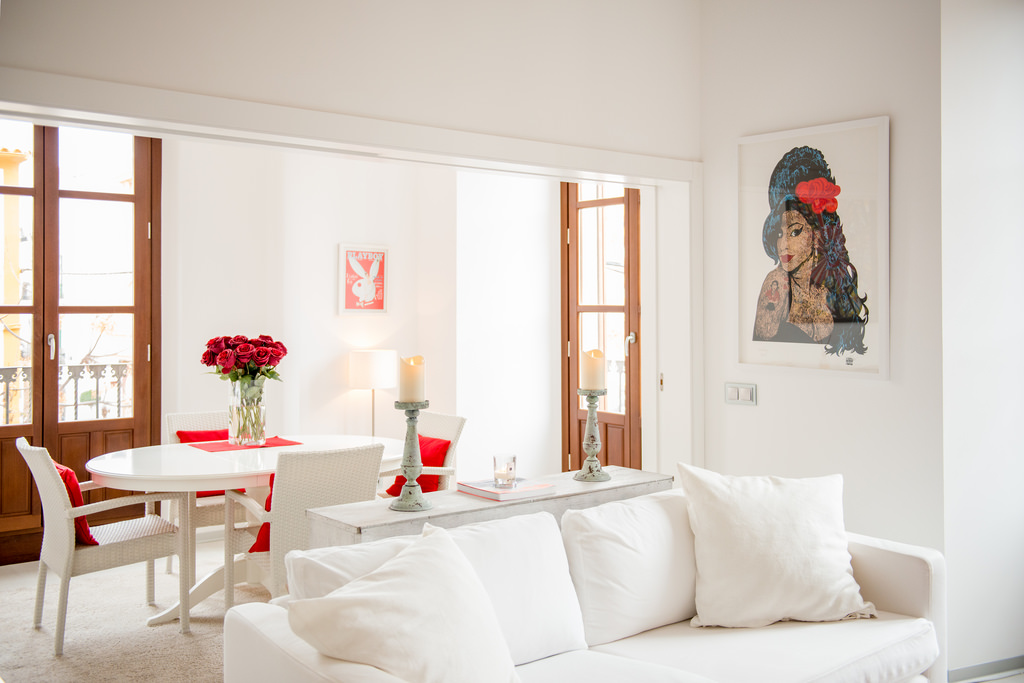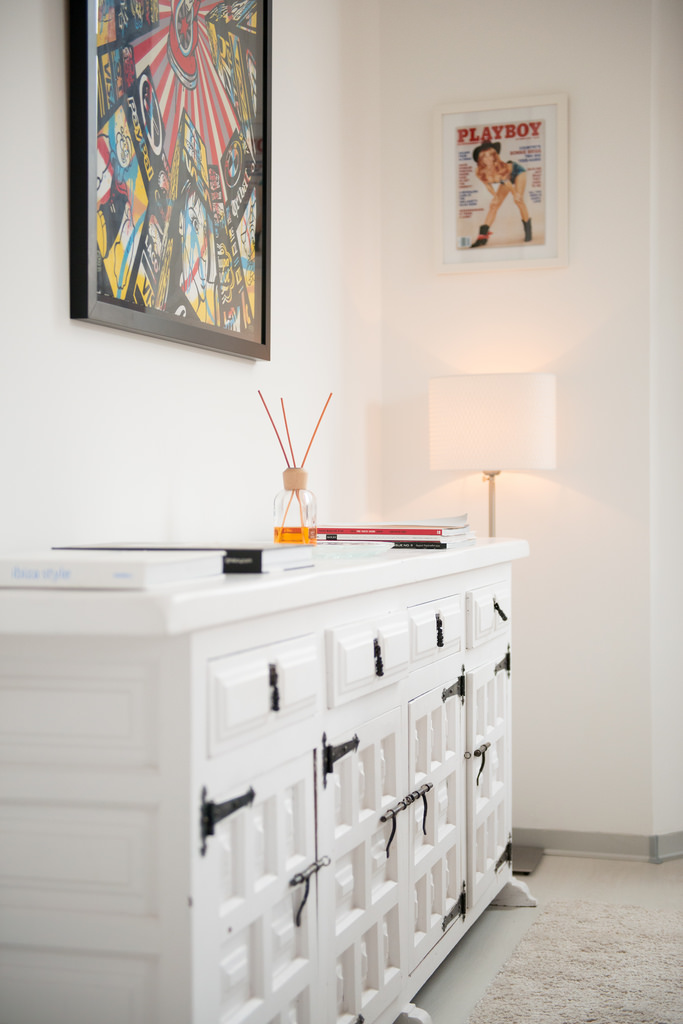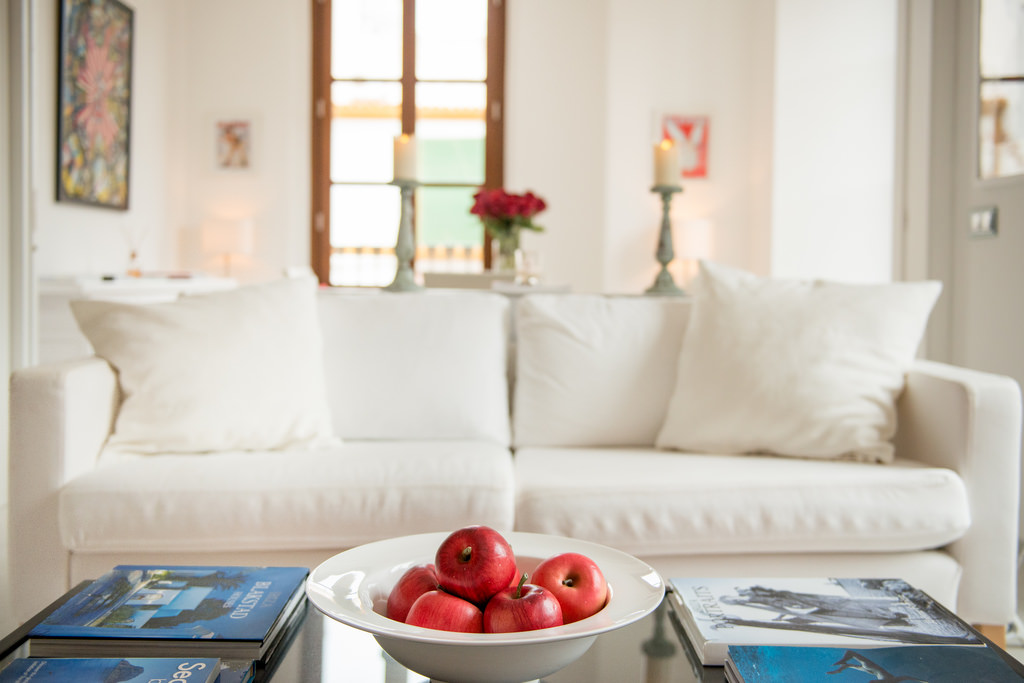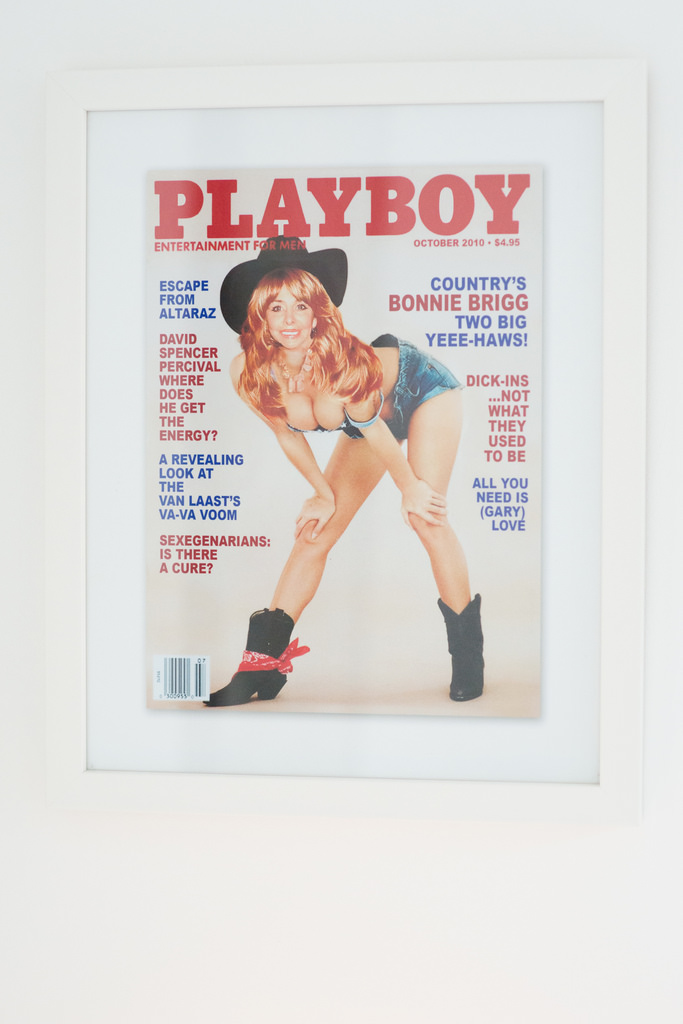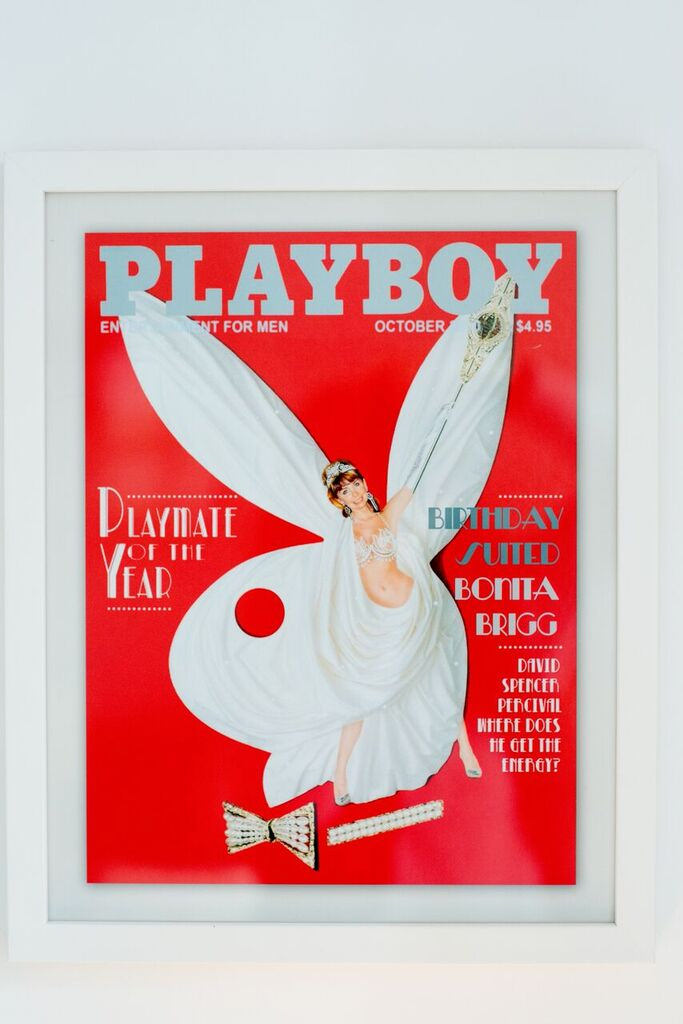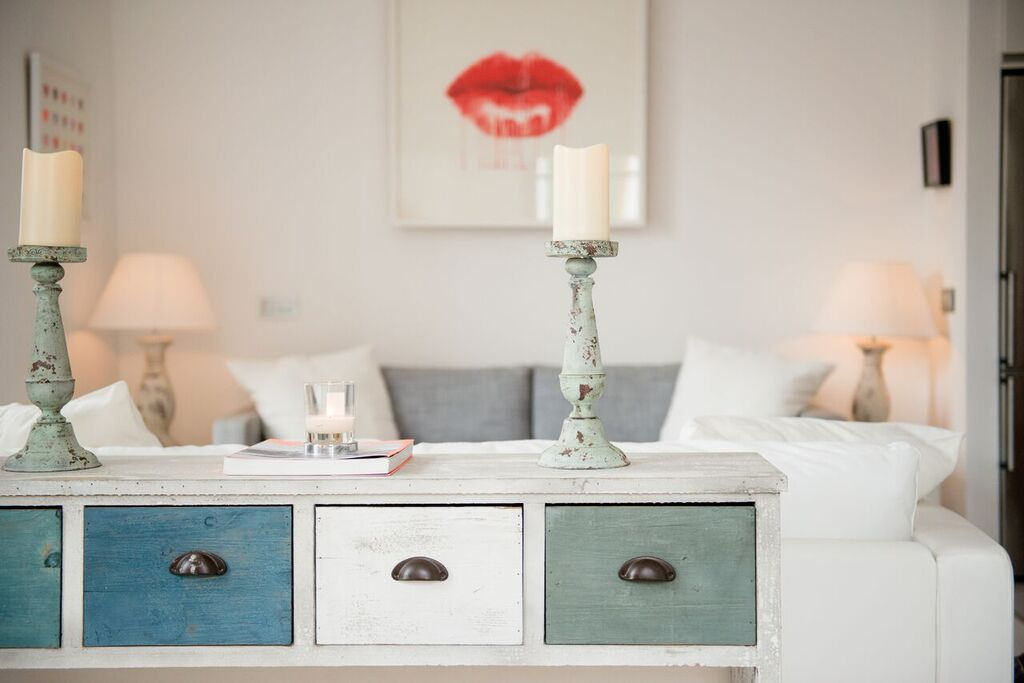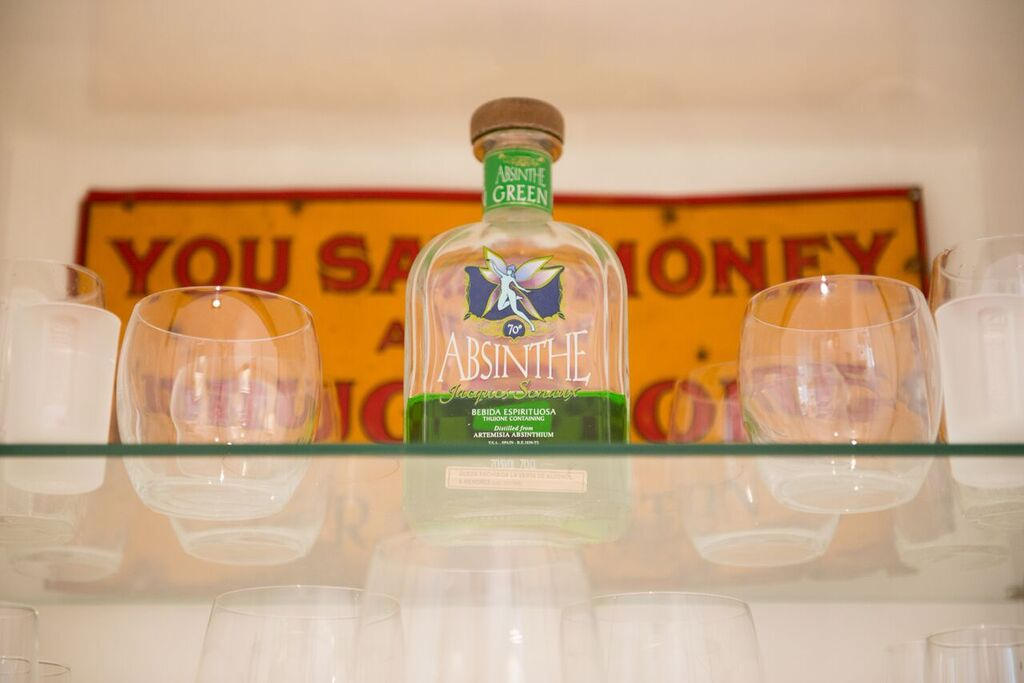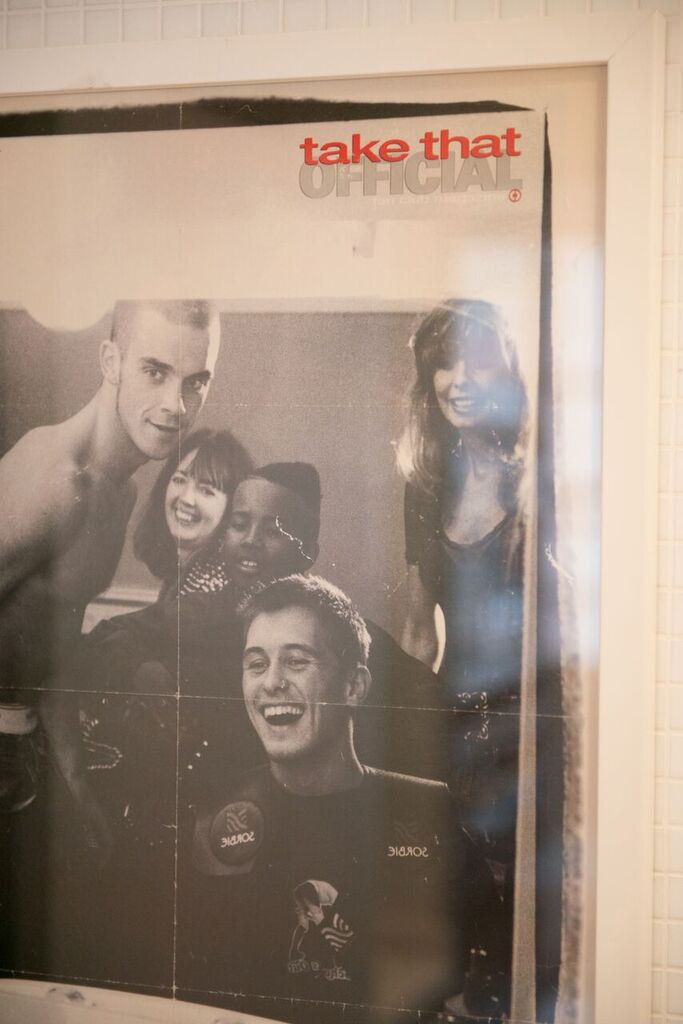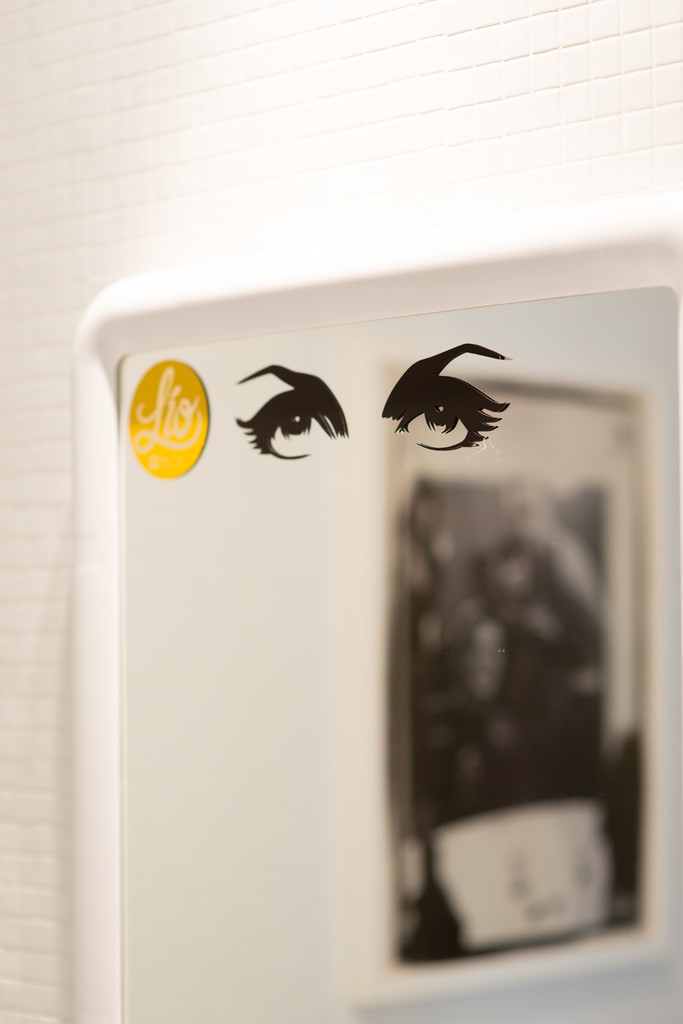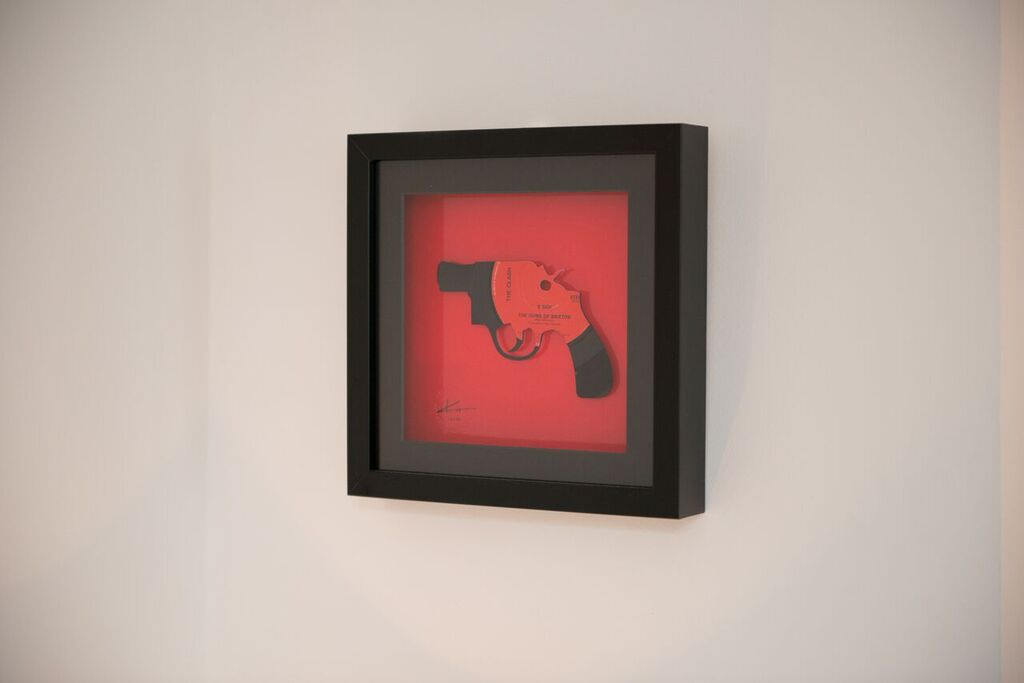GET IBIZA VILLAS IN YOUR INBOX? SUBSCRIBE
GET THE LATEST IBIZA NEWS IN YOUR INBOX SUBSCRIBE

“I always had a dream to have a place here,” recalls Melissa Spero, a British-born public relations specialist whose passion for interiors led her to completely refurbish and redesign Can Olivos, the beautiful Ibiza home she shares with her husband Christopher and daughters Lola and India. The journey to finding their perfect property was not without its ups and downs, however the destination was perfect in the end. “In retrospect, I’m really glad,” Melissa says. “Because in the end, this is what my heart was set on. I like the juxtaposition of being in the middle of the countryside but seeing the sea and the sunset. I love the light which enters the house – it’s unbelievable. It’s the one thing above everything which reminds me of how lucky I am to be here. Her first taste of Ibiza had been at the age of 23 – a beach and clubbing holiday with friends – when she felt the famous magnetic pull of the island. “The older we became, the less it was about clubbing and the more it was about days at the beach,” Melissa says. “I had a friend with a house here and I’d stay with her and experience the best bits of Ibiza.” When she met Christopher, he had never visited the island and it wasn’t until 2008 that they visited Ibiza together, when his career as a house and techno producer and DJ, and one half of electronic music act Dense & Pika led him to perform at the legendary Space Ibiza.
It was love at first sight for Christopher too and in the years that followed, the couple would visit every summer with friends, renting a villa they had become particularly attached to in Cala Conta. “We tried to buy that house in the lead up to getting married,” says Melissa, of the beginning of their journey to becoming Ibiza homeowners. “We got quite far down the line but on our return from honeymoon we found that it had fallen through. The house had a lot of underlying problems – but its view became my criteria when looking at houses after that. I always wanted to be able to see the sea and the sunset – especially after we had children, so you could stay home but still benefit from all the beautiful things the island has.” Melissa and Christopher began widening their search in the hope to find the perfect home – ultimately looking in all parts of the island. “We lost our way a bit as we got desperate,” Melissa says as she looks back on the experience. “At one point, after another sale had fallen through, it was like, let’s just get a house! It was such a rollercoaster ride. We thought it was never going to happen and then our agent told us this house in the middle of the island, in Benimussa, had come up. I liked the fact it was central to everywhere and so we jumped on an early morning flight – straight after Christopher came out of a gig with no sleep – and came to view it.”
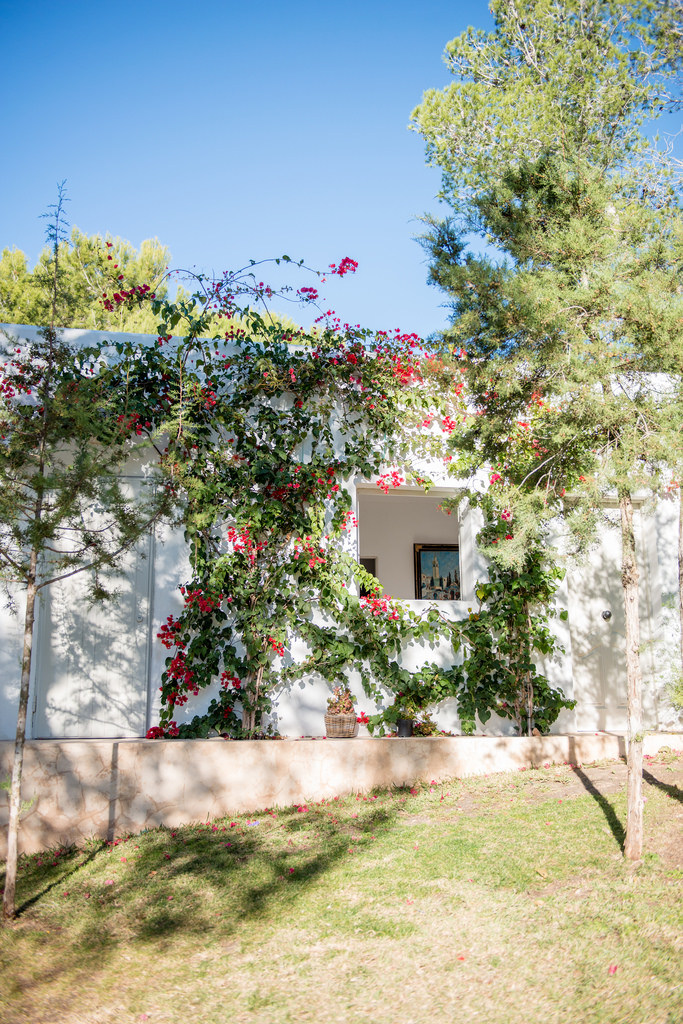
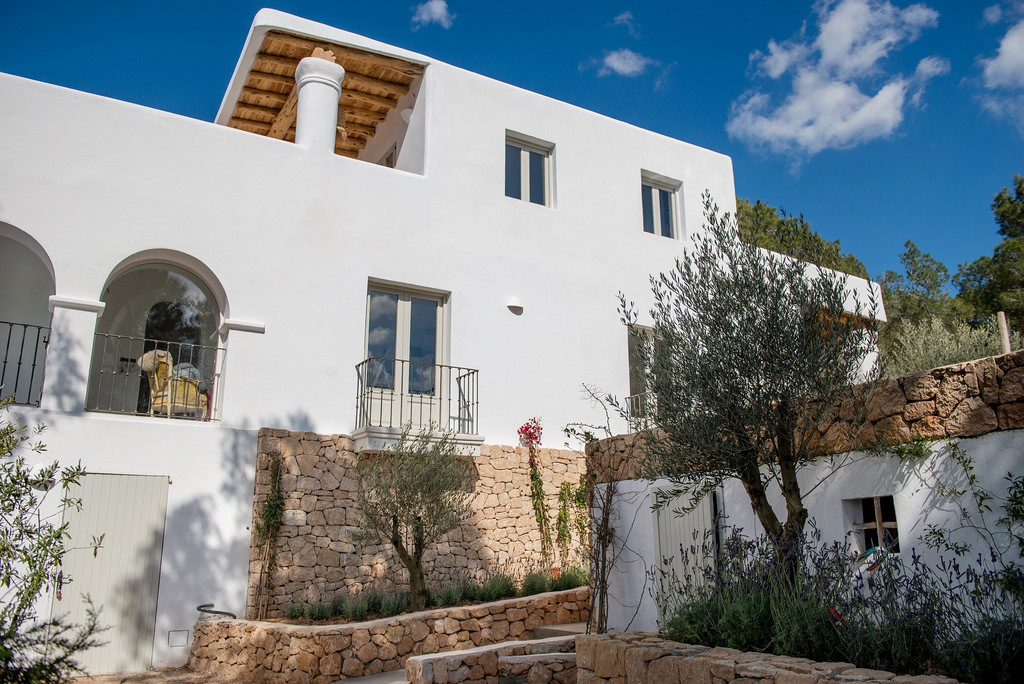
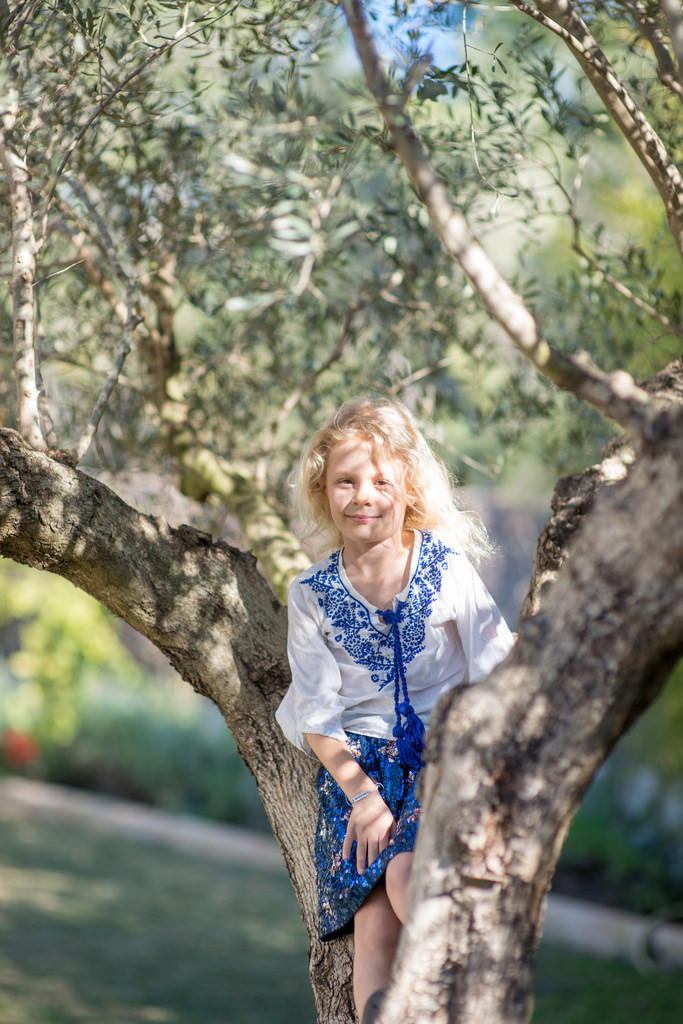
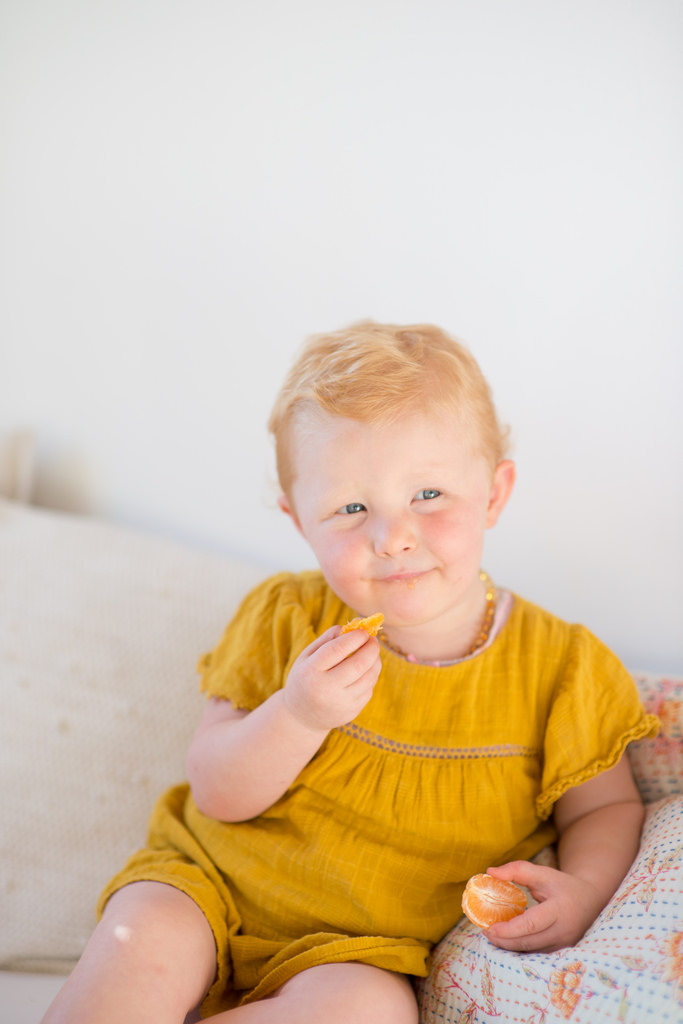

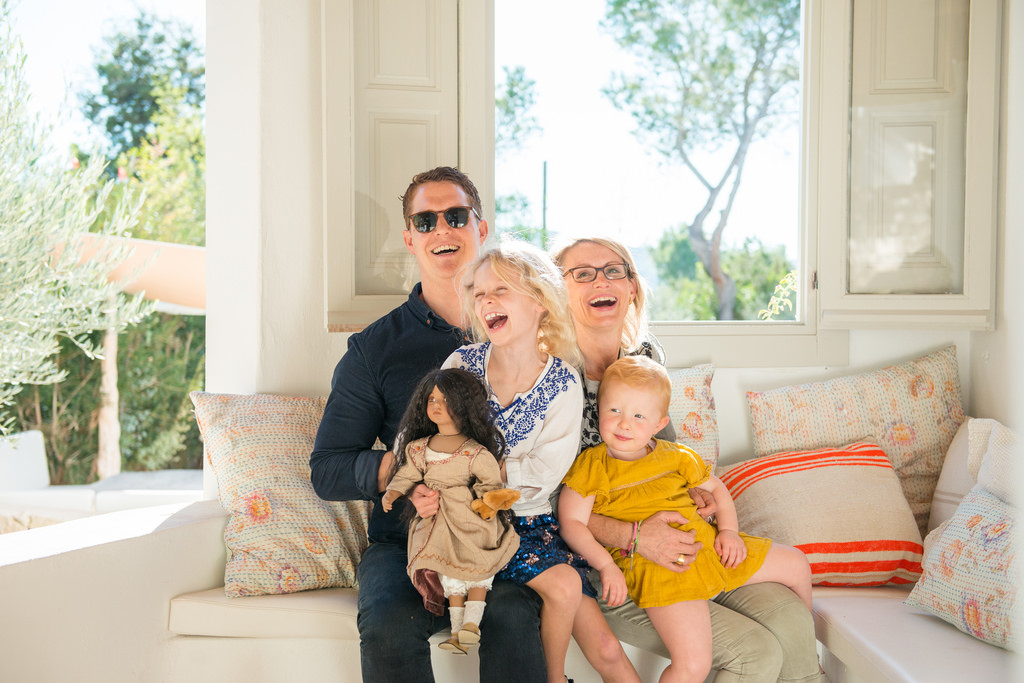
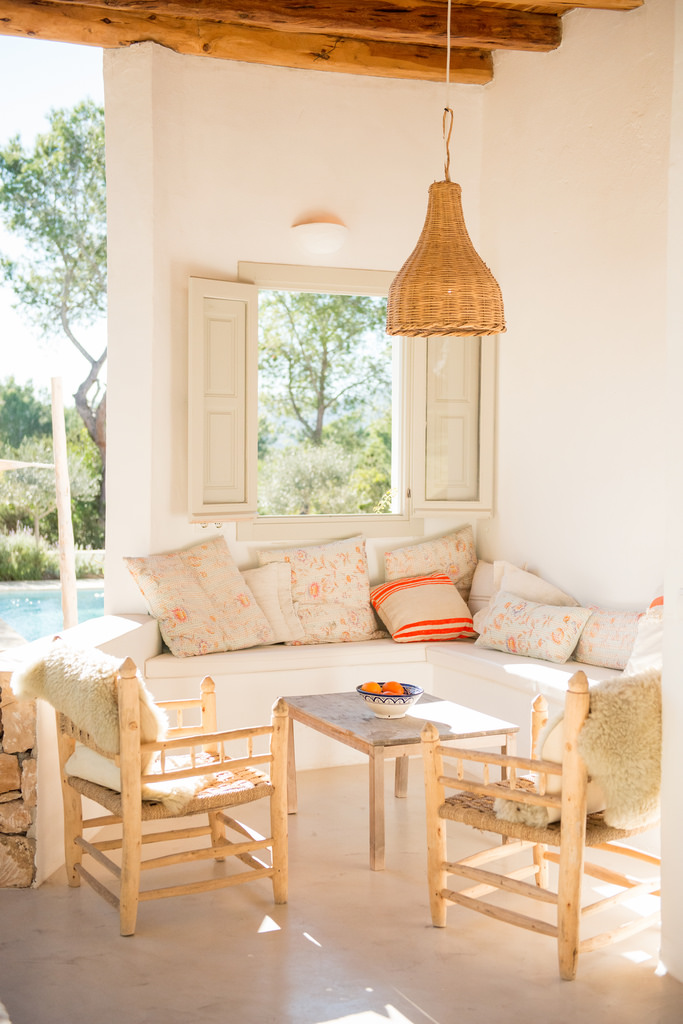
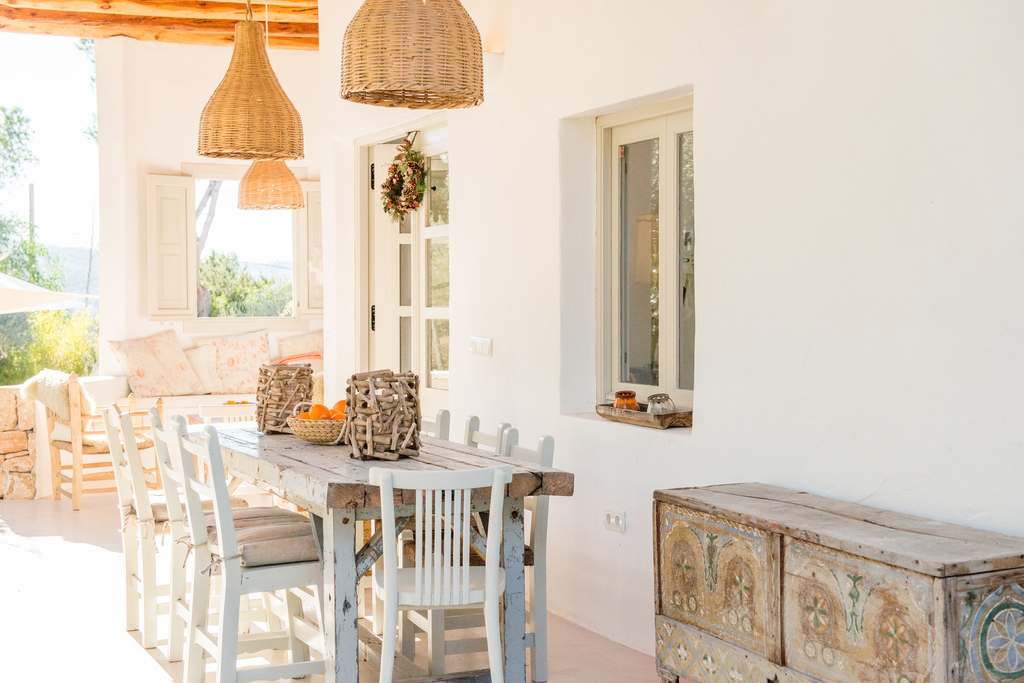
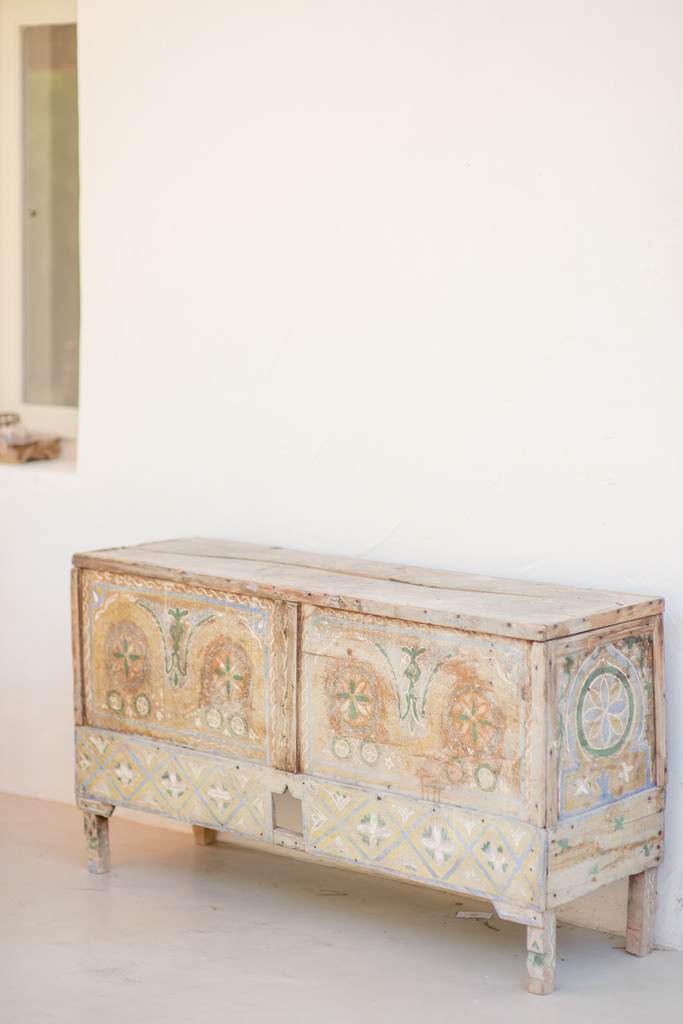
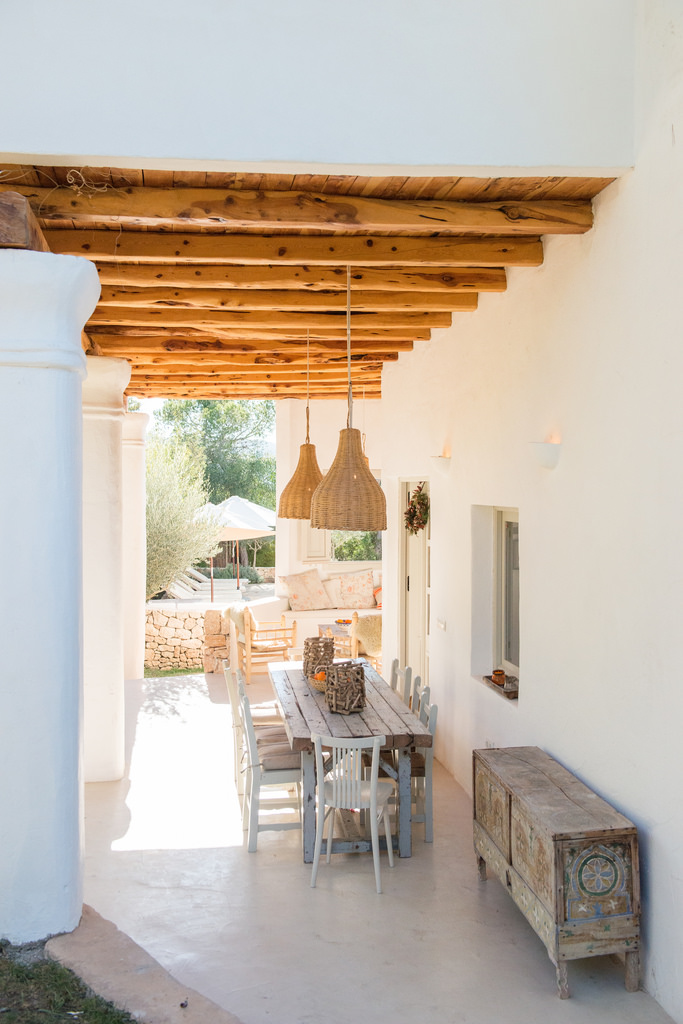
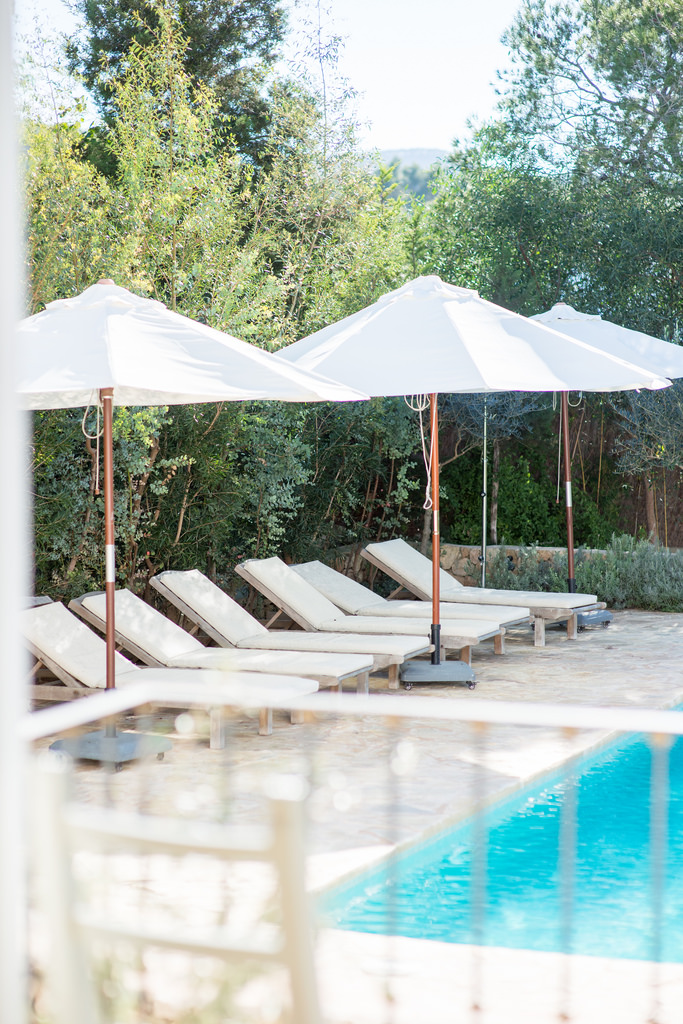
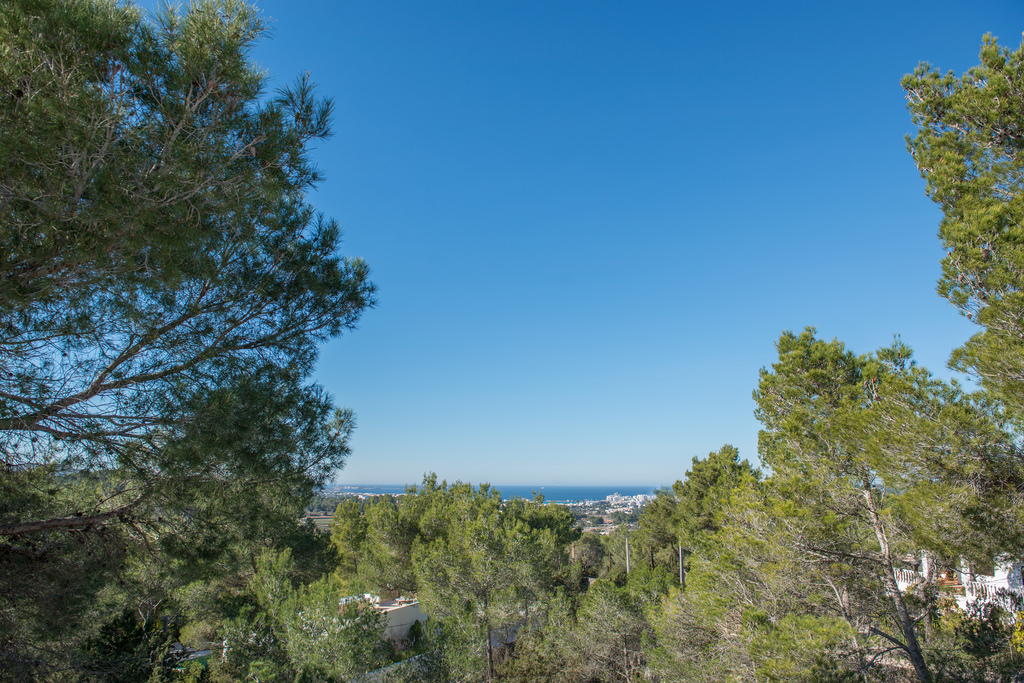
It was at this point the Speros’ Ibiza destiny finally fell into place. “As soon as we went onto the top terrace and saw how fantastic the view was – we had the sea and the sunset, we were in the campo but we weren’t totally isolated – we said yes! It was a no brainer for us.” says Melissa. “The house definitely needed updating but we thought it was at the right stage for us to step in. It didn’t need knocking down and rebuilding – it was more that it needed decorative elements and a bit of personality. It was a great opportunity for us so we put an offer in and… third time lucky!” In May 2014, they took possession of Can Olivos and work began to transform it into their dream home while the family continued living in London. “We painted all the walls white straight away,” remembers Melissa. “In terms of the wood, we didn’t want it to be too dark, but equally we didn’t want it to be non-descript white! There are perils doing renovations when you’re not here, and at one point the windows were painted an electric blue, so we had to tone it down with copious amounts of white paint. Now, four years on we have totally switched to a very light French grey. I had a lot of angst over the colour – I’d stare at it for hours and hours. The builders thought I was completely mad. If you don’t get these details right, you have to live with them for a long time.”
Melissa’s intent for the interiors was to fuse the airiness of Scandinavian design with the charm of French country chic, with a little bit of Ibicenco style thrown in. The result is an elegant family home with all the charm of Ibiza living. “I love interiors,” Melissa admits. “It really is my passion – but it’s a big responsibility as my decisions can impact the family’s enjoyment of living here. So far, it’s been massively positive – but I know they’ll tell me straight away if I haven’t got it right! I’ve been doing up properties since I was 21. In fact, my father always encouraged me to work in interiors, but I didn’t think I was creative enough so I stayed in financial PR. Perhaps it’s the fact Melissa has used her passion on personal projects rather than working for clients that makes Can Olivos so special and perfectly tailored to suit the family’s lifestyle. “I come at it from an emotional perspective,” she says. “Maybe interior designers put logic behind things – but for me, everything is done on a gut feeling rather than a qualification. Building works are expensive so you don’t want to make a mistake! Christopher is a good person to bounce ideas off.” Her supportive husband laughs when asked about his involvement. “I stay out of things until I’m asked,” he says. “But I love the way she does things – even though Melissa spends a long time making a decision, she never likes it to begin with. There’s always a 24-hour buffer until she loves it!”
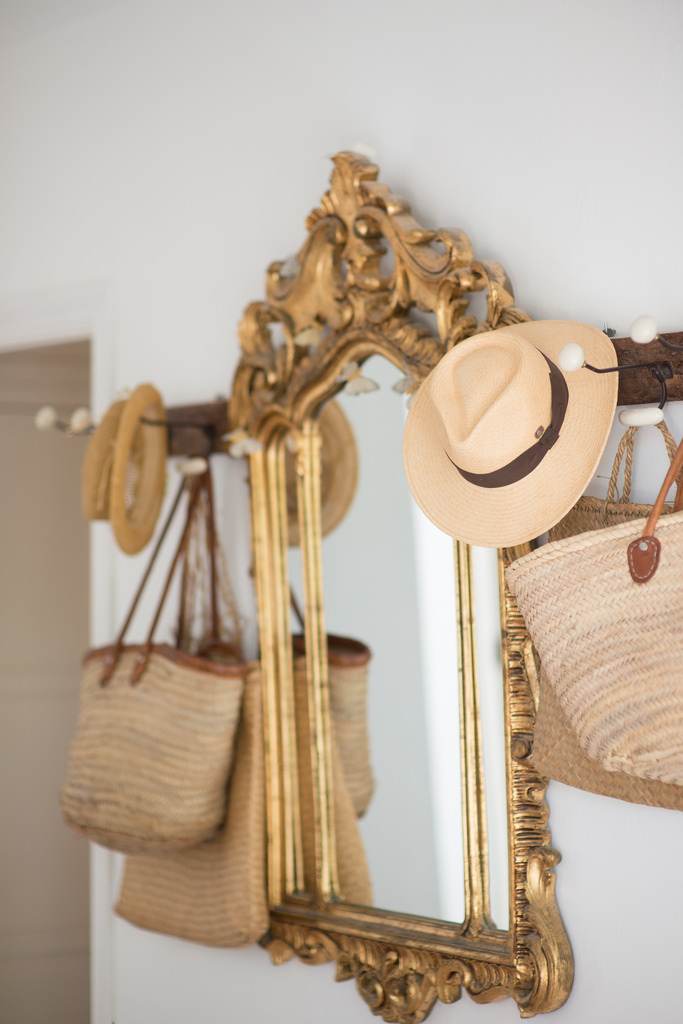
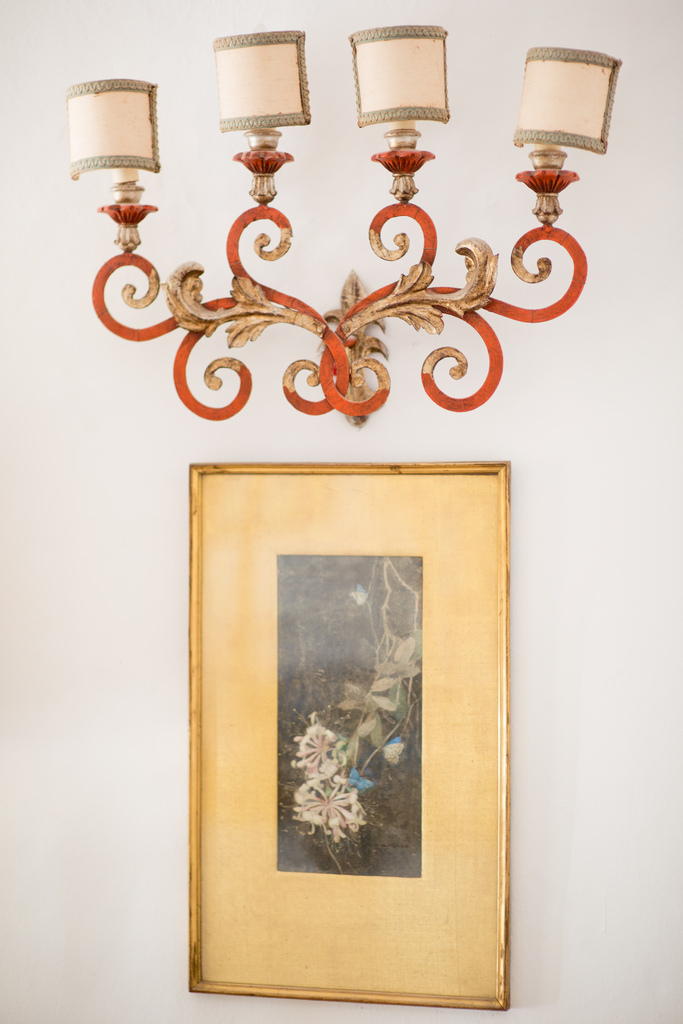
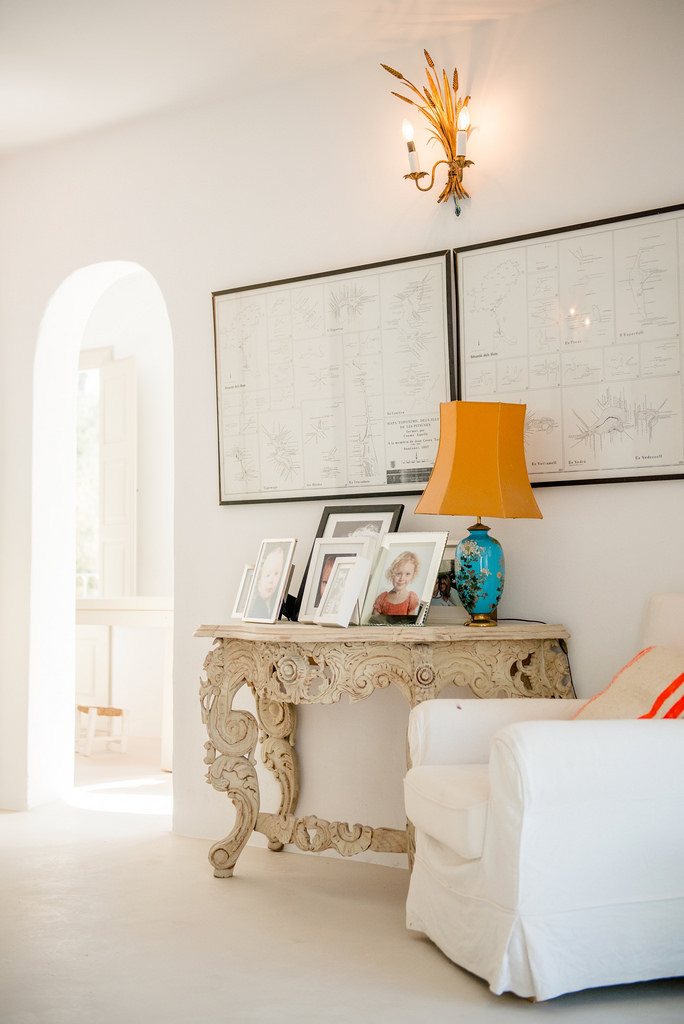
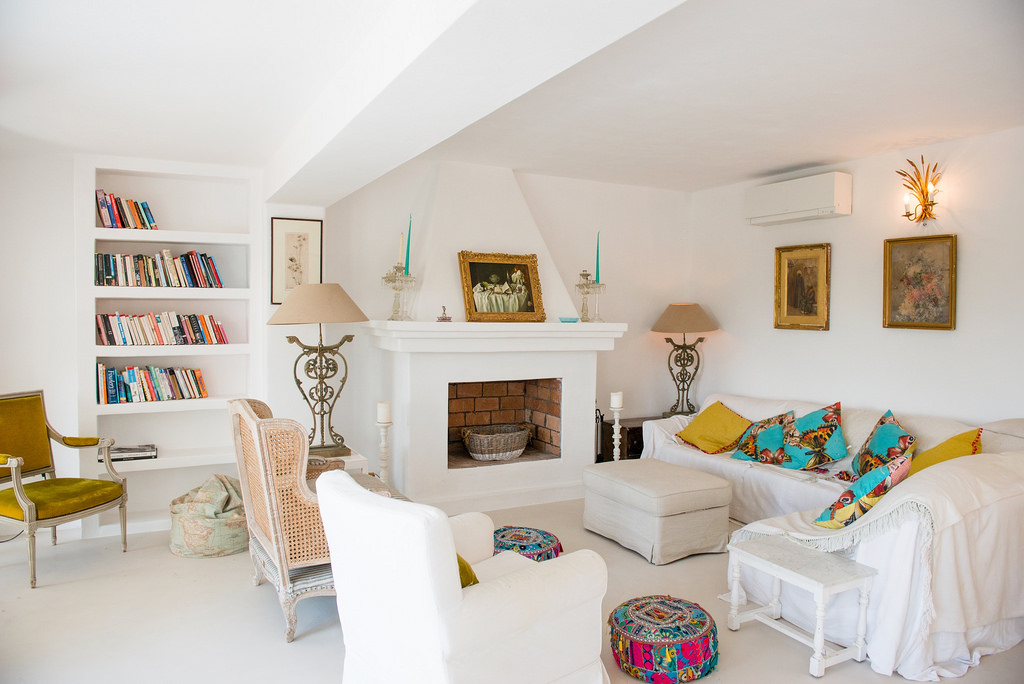
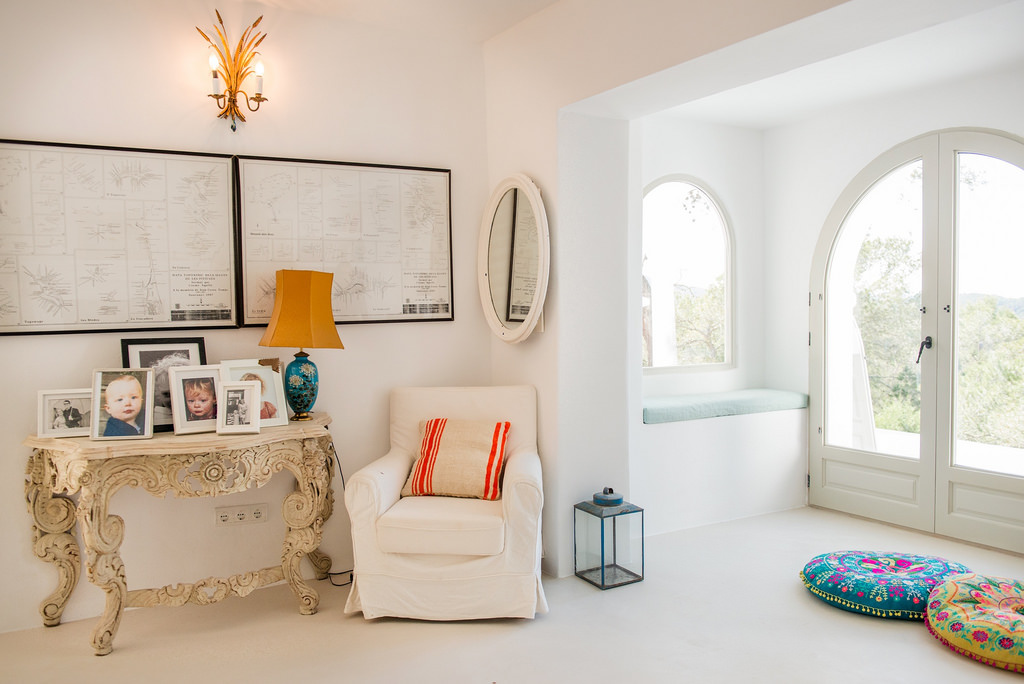
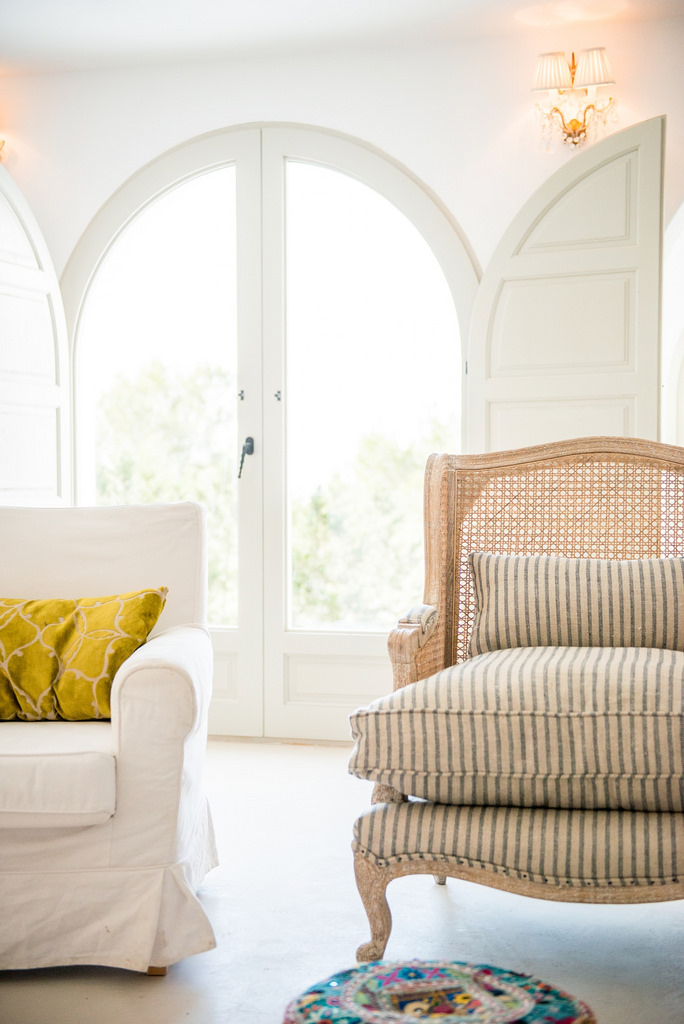
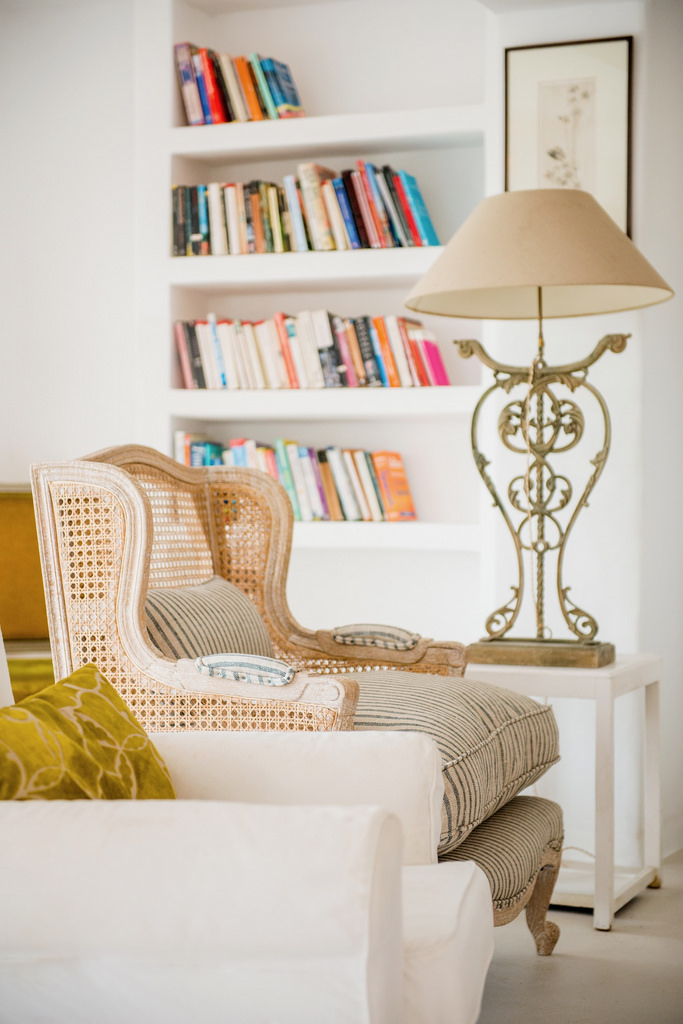
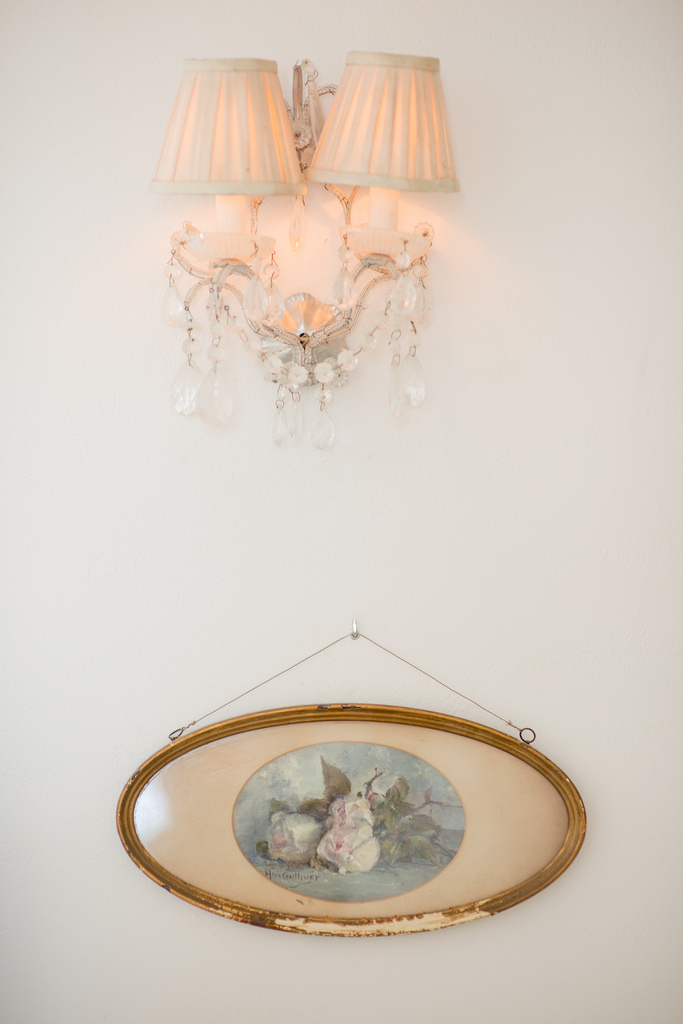
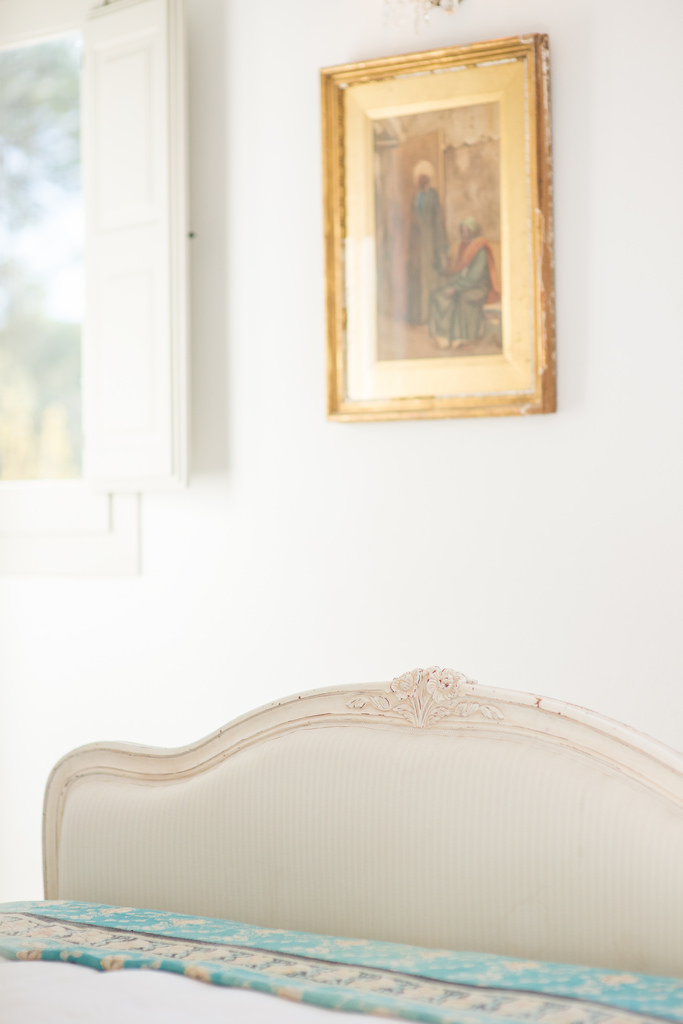
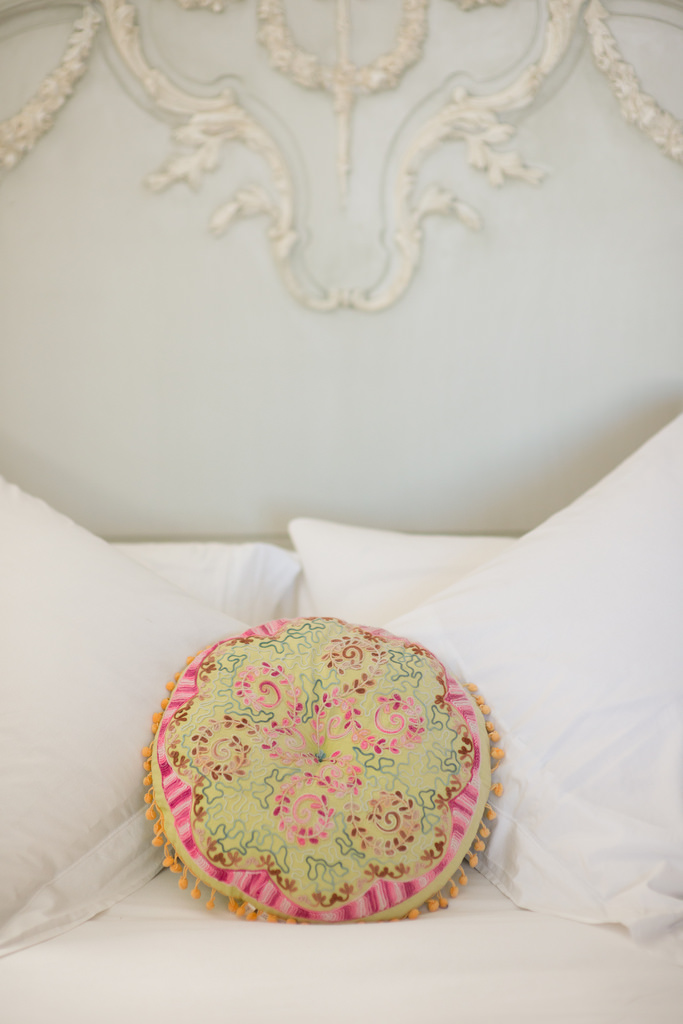
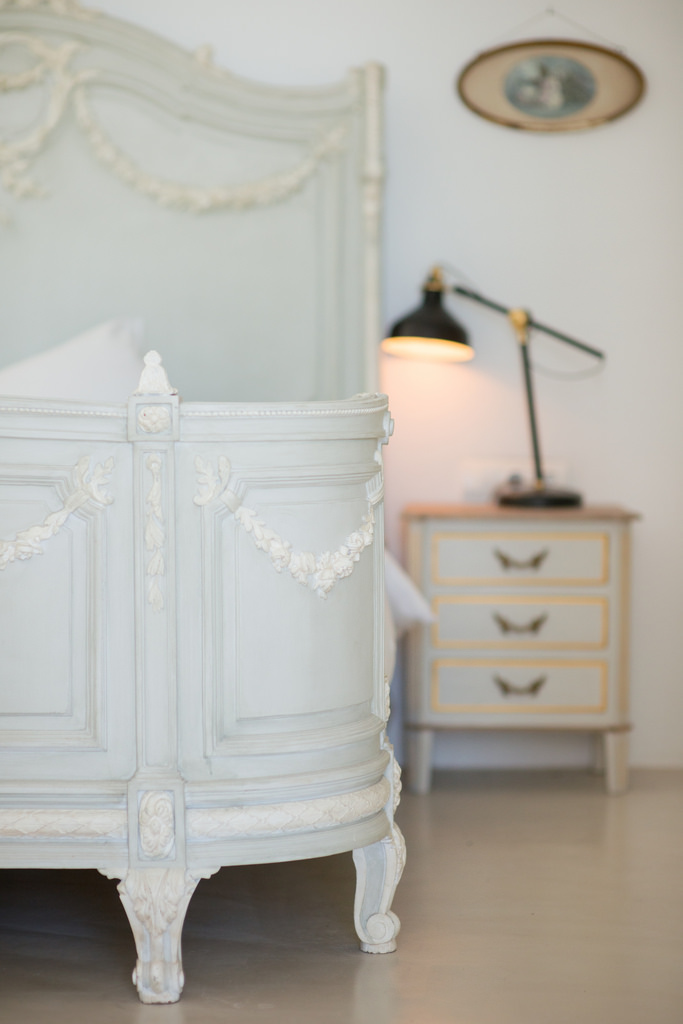

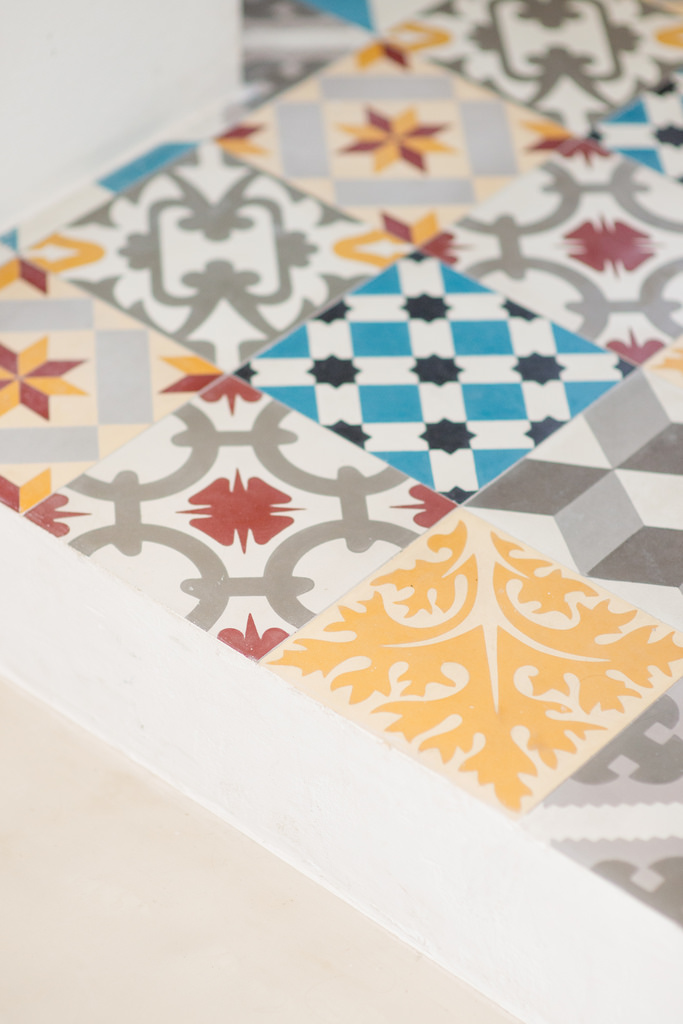
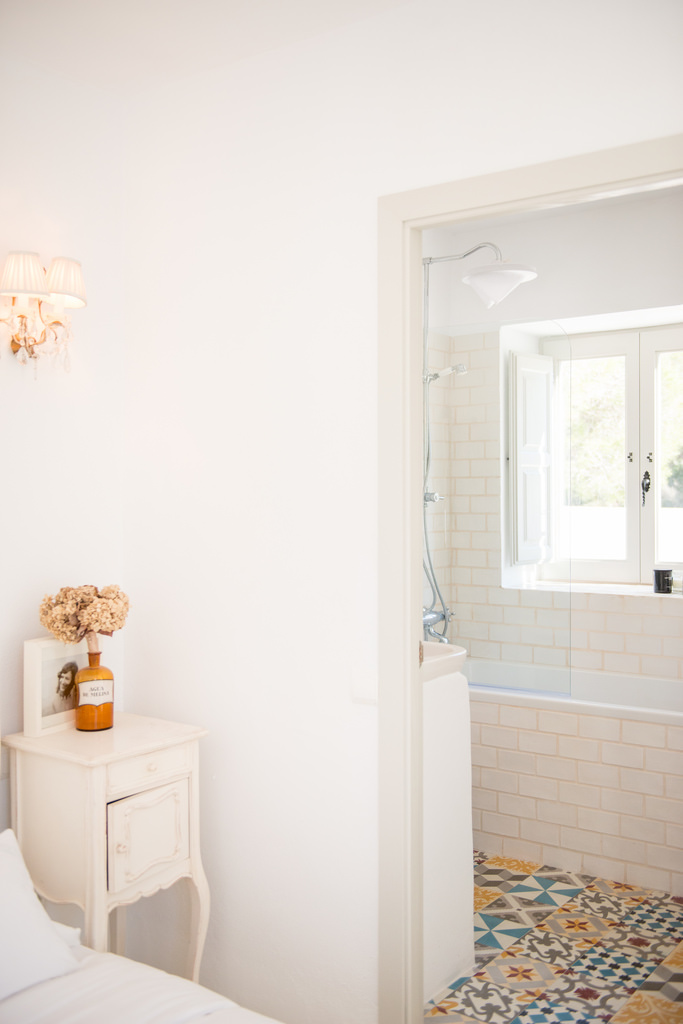
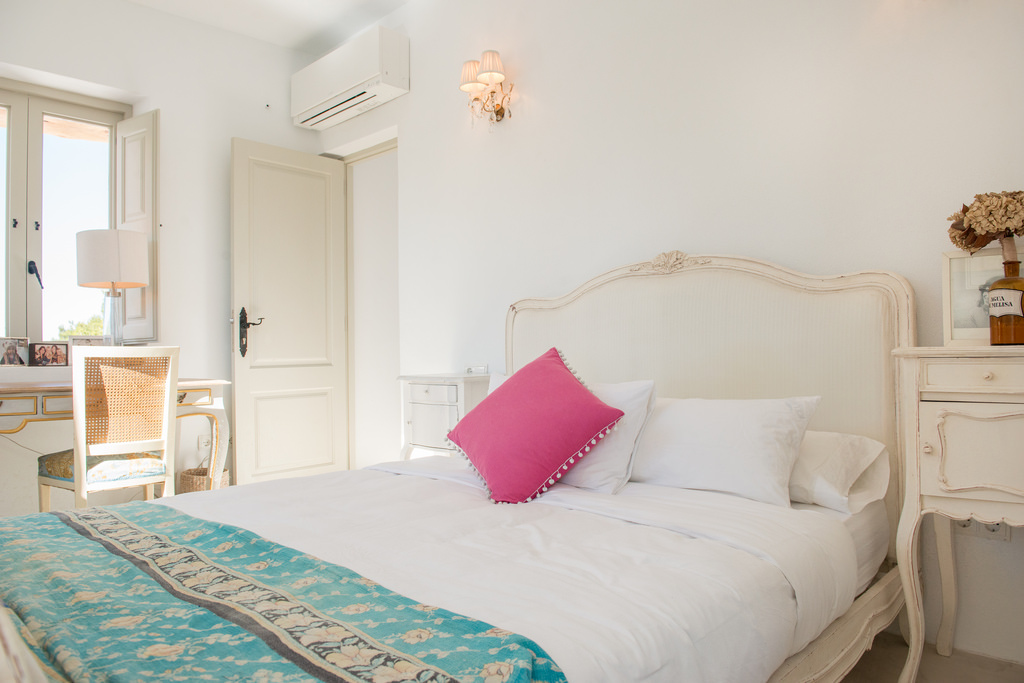
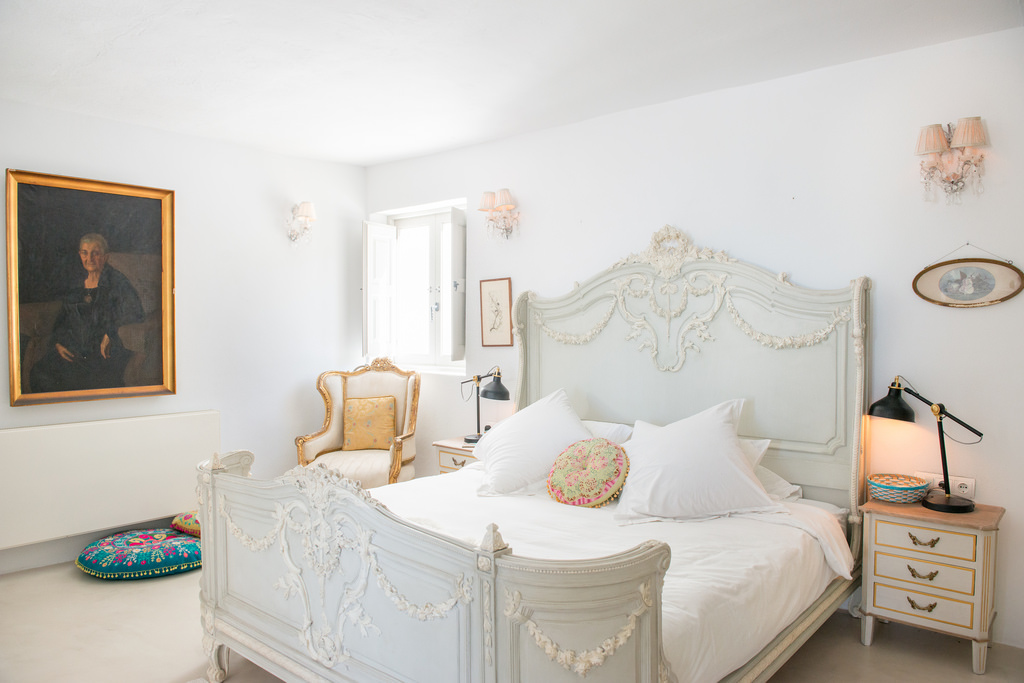
“It’s true,” says Melissa, who also learned Spanish so she could manage the entire project from afar. “I never look at it and say it’s amazing. I angst over big decisions. Our builder Abdul is fantastic and extremely patient. But sometimes it’s a slow burn until I like it.” From ripping out old red ceramic tiles and replacing them with sleek contemporary micro cement floors (“We didn’t realise how long it would take and the entire family had to live upstairs for weeks!”) to updating the bathrooms, kitchen, terraces, plumbing, electrics, her decisions – be they infrastructural or aesthetic – have all proven successful. With seven bedrooms perfectly spaced throughout multiple floors of the house and a guesthouse, Can Olivos is spacious enough to be fully occupied without feeling crowded. “It makes me happy to have people here, so we made a lot of different zones for people to hang out in,” says Melissa. “It’s good to have people scattered when we have a full house. We have great family lunches and dinners; all the kids can run around safely but then I can also retreat to my own oasis upstairs. I need that contrast – privacy is really important to me.” The roof terrace upstairs is both Melissa and Christopher’s idea of heaven. “When the kids go to bed in the summer, we head up there for sunset with a glass of something… that for me, is happiness. I have a theory that when I’m too old to go up and down the stairs, I’m just going to live on that floor!”
Much of the art and décor within Can Olivos has been collected over a lifetime of world travels or are family heirlooms, complemented with one-of-a-kind finds from Ibiza antique stores, auction houses and interior specialists plus statement pieces ordered from the UK. “I don’t think you need a lot of furniture,” says Melissa. “I’d rather have less but have something impactful.” A solid oak swing hanging from a tree was a must for the garden, purchased prior to the move, while outdoor sculptures were handcrafted by Christopher, who was once a student at the prestigious Central Saint Martins college. “I’d love to start doing it again when I’m not touring so much,” he says. Today, Melissa and the kids are based in Ibiza full-time, as she runs her PR firm remotely, travelling to see her international client base when needed, while Christopher’s work sees him split his time between his studio in the UK and in Ibiza, with a non-stop touring schedule in between. “I fly back and forth a lot,” he admits. “It’s hard in the winter without direct flights, but it’s so worth it when you get here.” Melissa loves the multi-cultural aspect of the island and believes it’s a wonderful place to bring up children. “What I love about Ibiza is that people are from all walks of life, colours and creeds,” she says. “You can be submersed in nature, and part of a small community, yet in a group of very open minded people.”
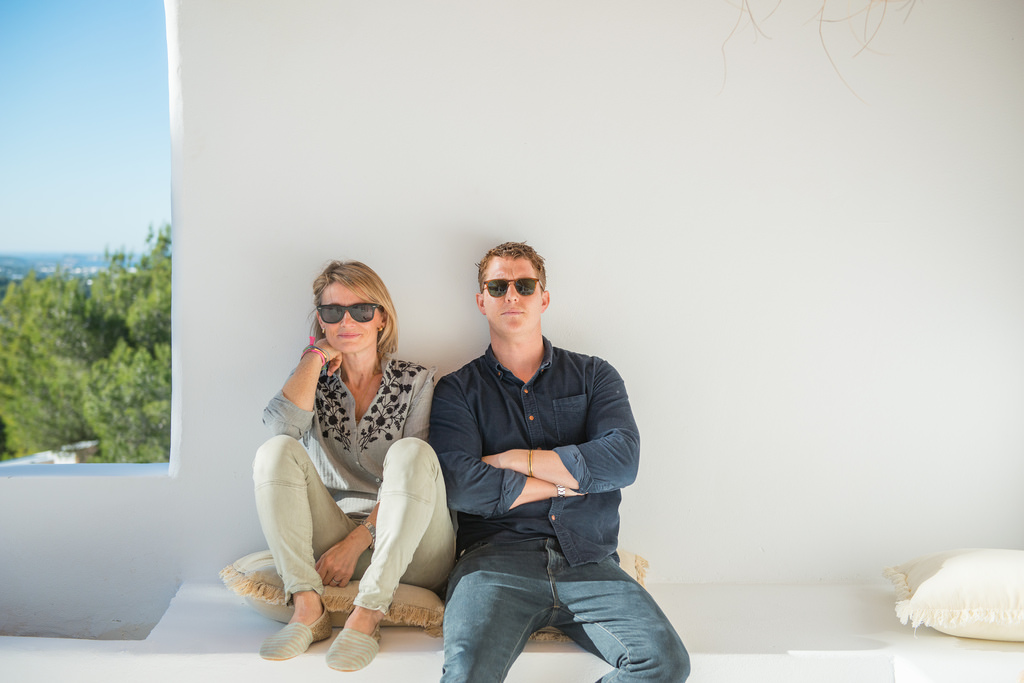
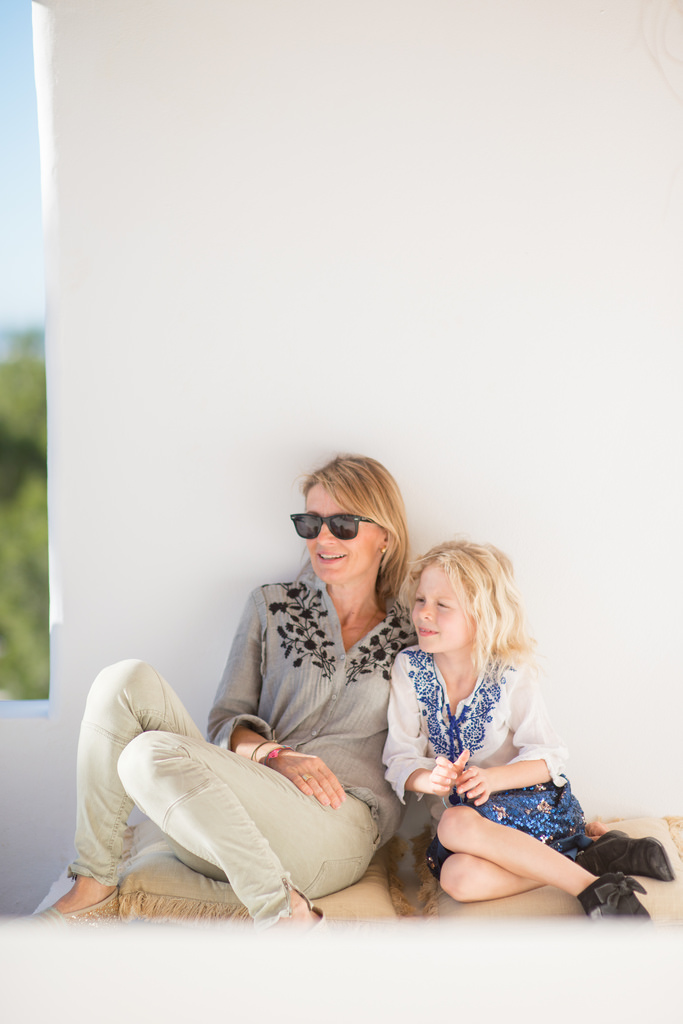
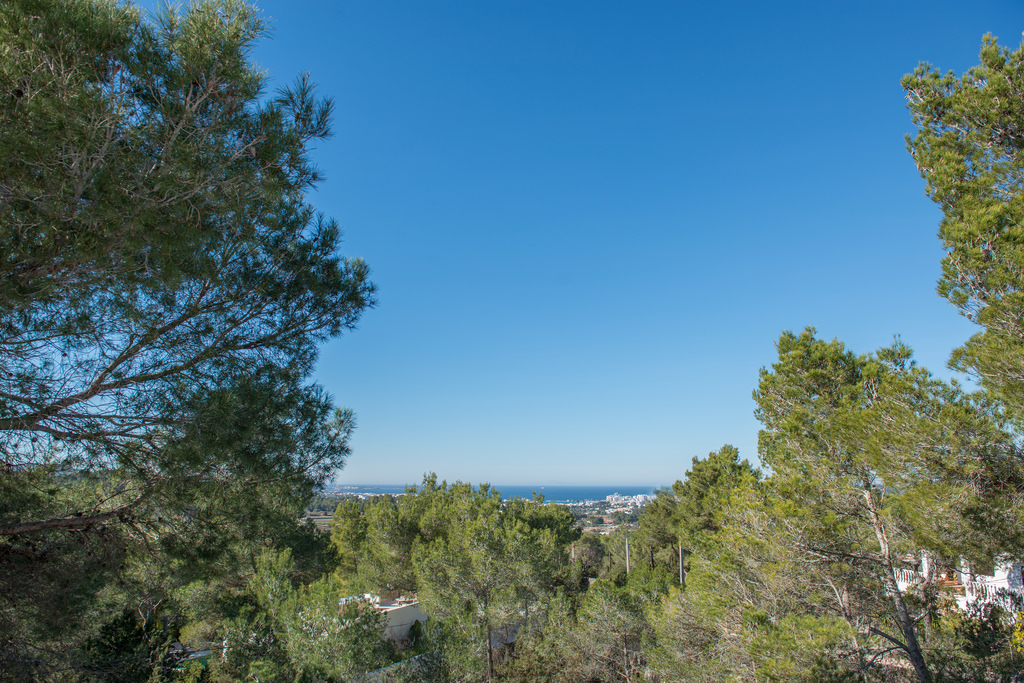
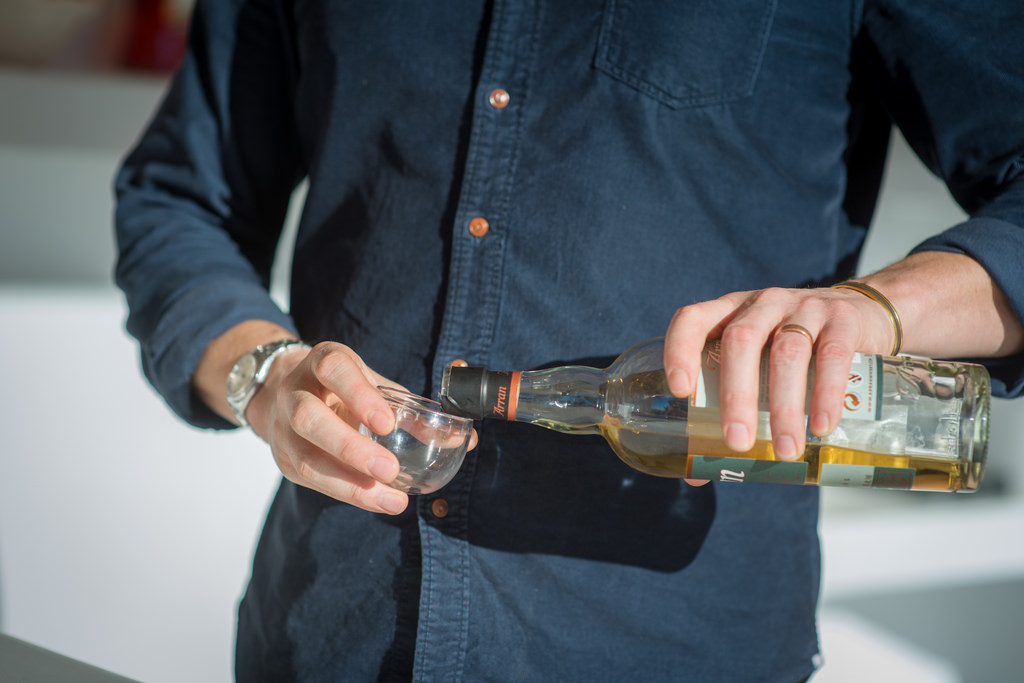
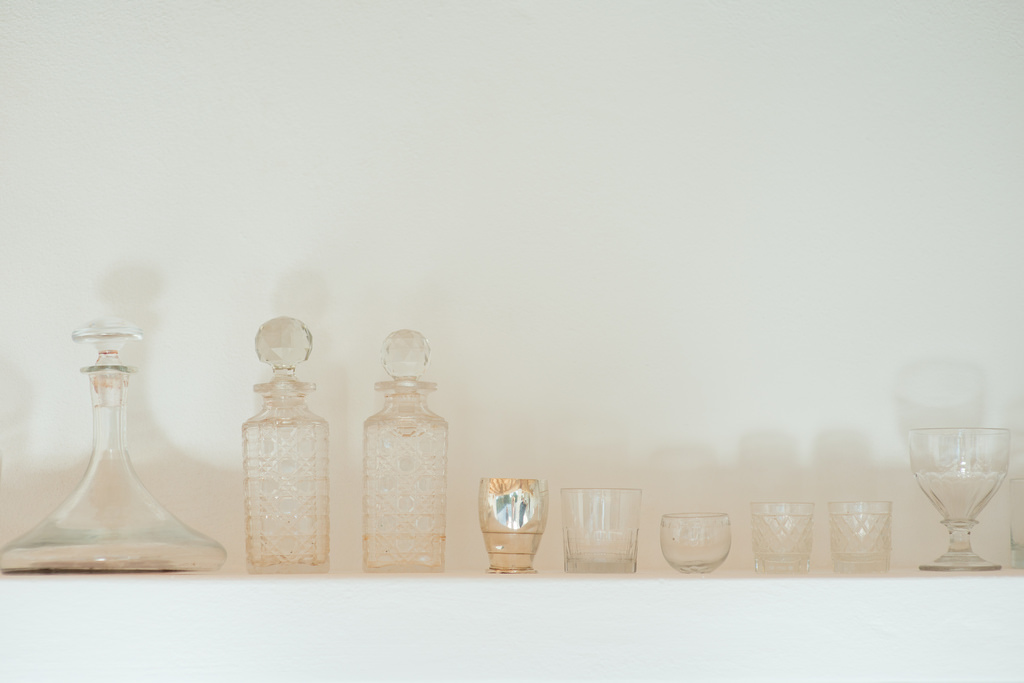
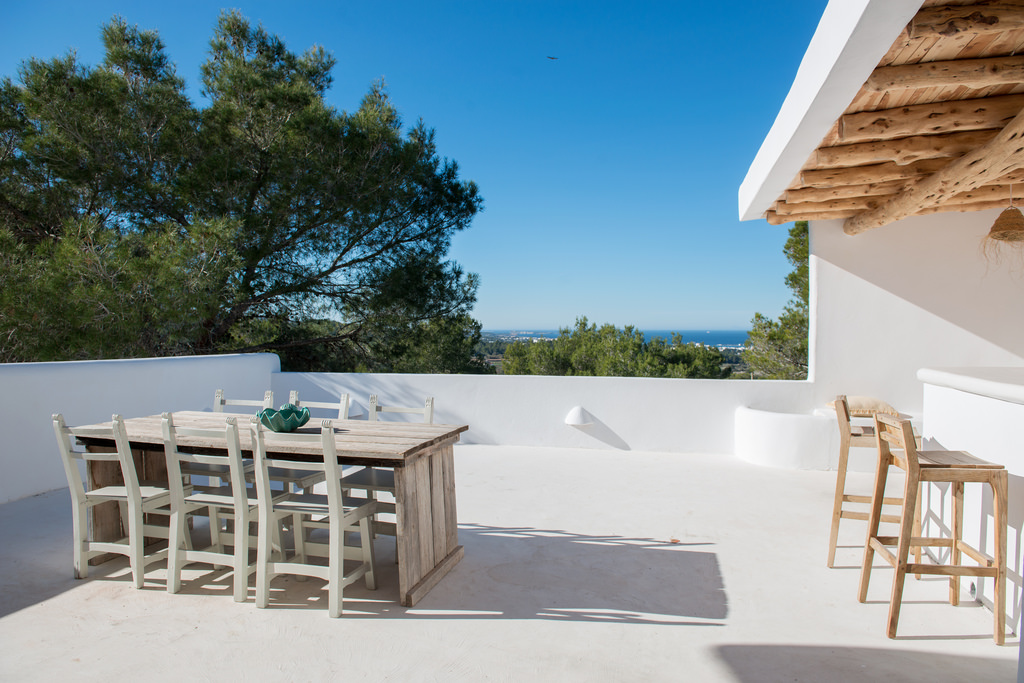
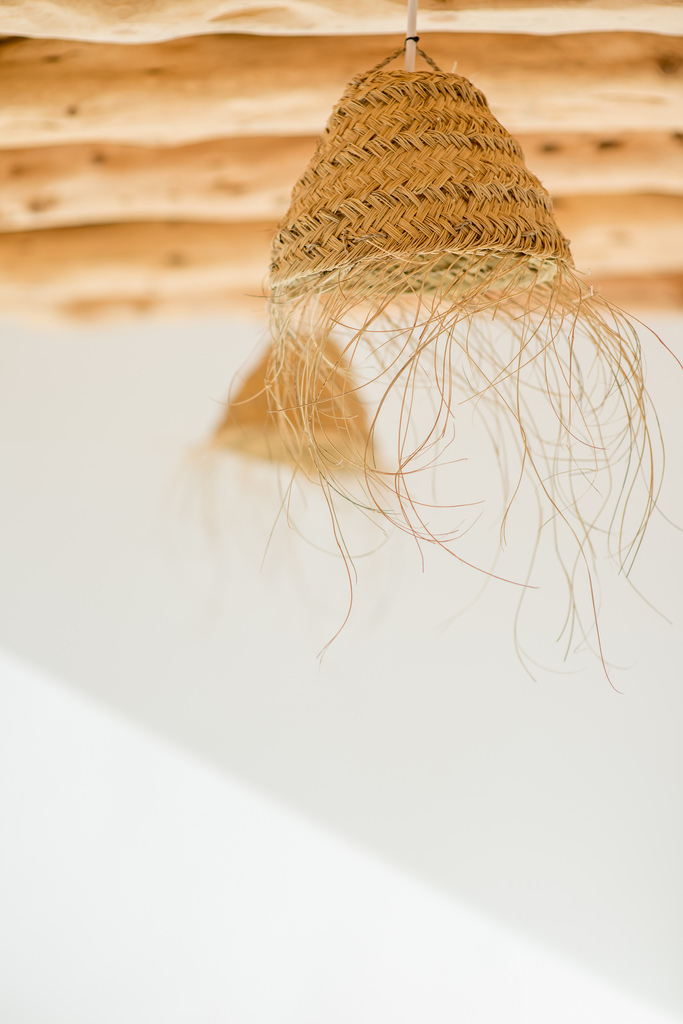
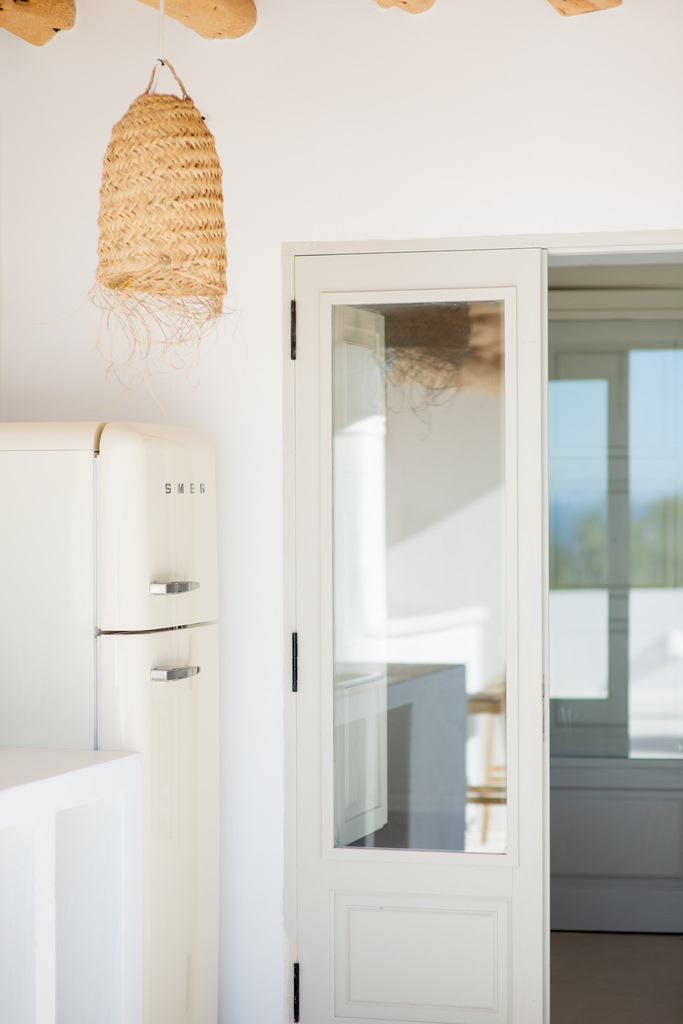
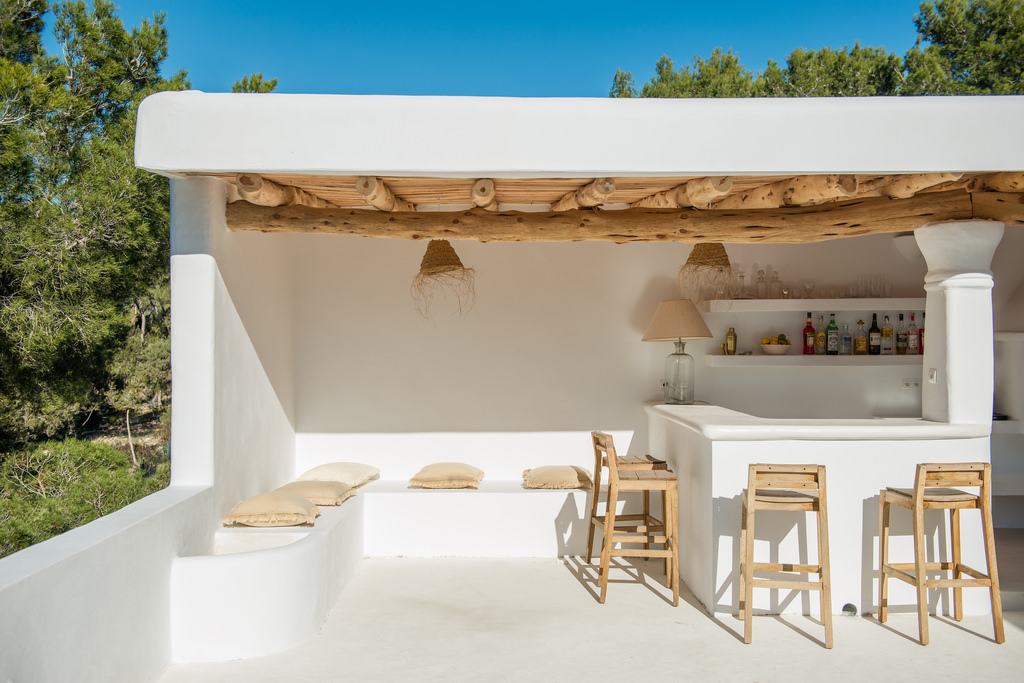
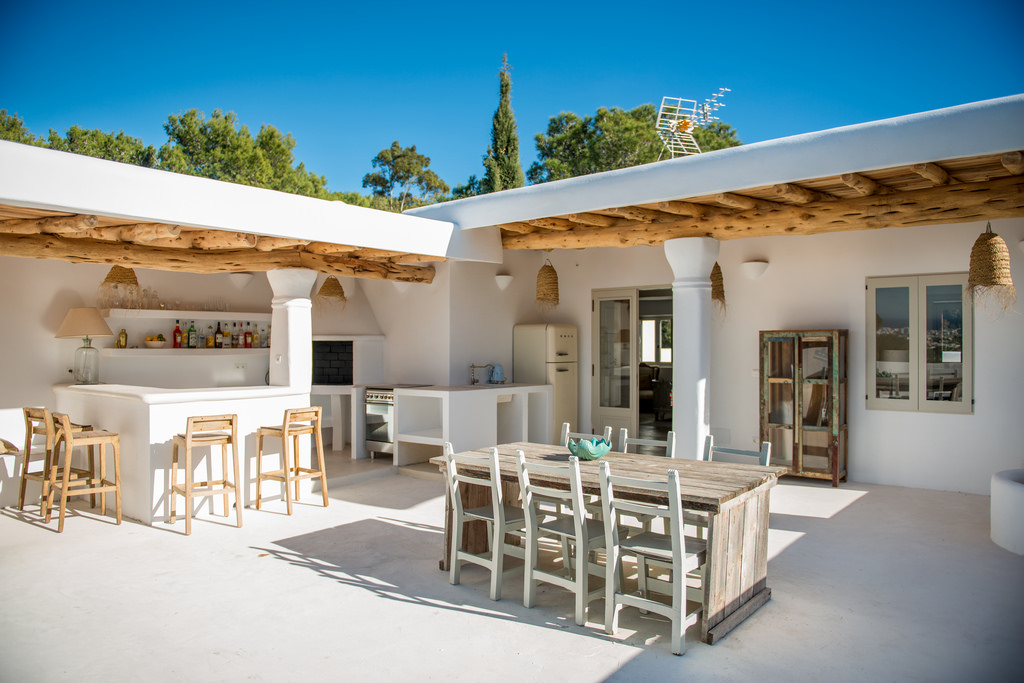
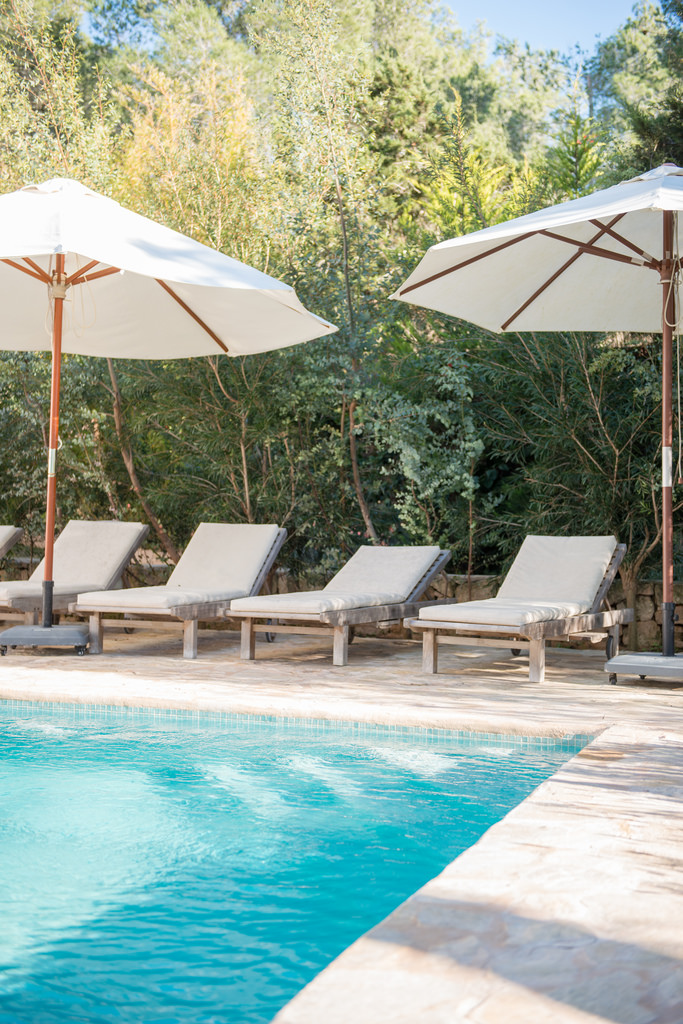
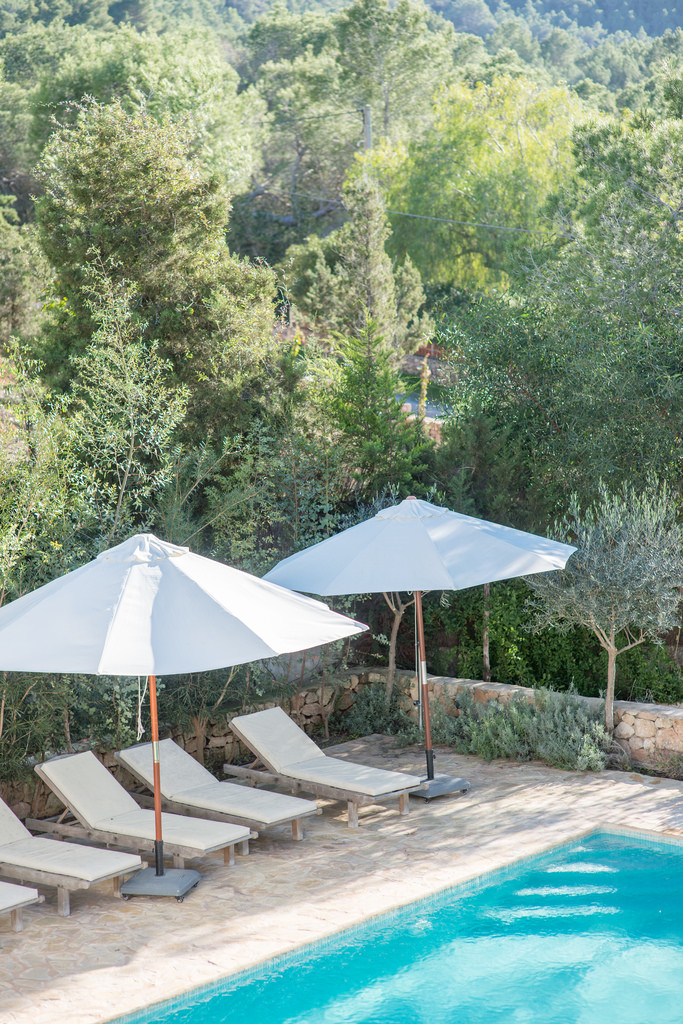
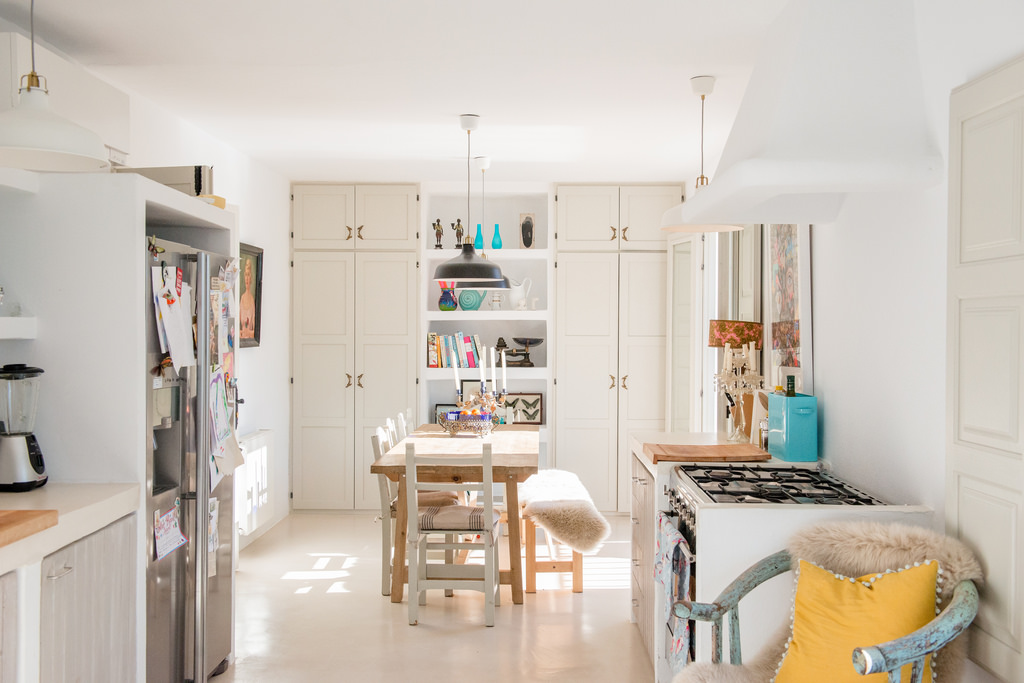
Designer Barbara Boccara, co-founder of hip Parisian fashion label BA&SH (recently purchased by luxury fashion titans LVMH), boasts an incredible knack for both and nowhere is this fusion of style and living more obvious than in her gorgeous five-bedroom Ibiza villa, Casa Valentina in the island’s north. The villa is Barbara’s second home – a sanctuary where she can escape the fast-paced life of working in the fashion capital of world. “I love Paris,” she says. “I love my job and I am so happy to work there, but when I arrive in Ibiza, the first thing I do is kick my shoes off and I feel VERY happy.” Spending around three months per year at Casa Valentina, she admits her personal style changes on arrival – in Paris, she wears a more typical jeans and high heel combo, while in Ibiza she embraces the barefoot bohemian look.
Having first visited the island at the age of 18, Barbara continued to return to the white isle regularly over the years. Every July, she would rent a villa with friends, starting to feel more and more at home until eventually, in 2016, she realised she wanted to put down more permanent roots. “I had a little problem when looking for the house,” she says. “My husband and my two sons [aged 20 and 23] wanted a very modern, all-white villa. But I loved the idea of a finca. So when we saw this house, it was like the perfect compromise.” Casa Valentina is an anomaly among the typical Ibiza villas on the market. Created by Jaume Guash, founder and director of respected Ibiza construction agency Balafia de Baix, the single-level property has a slightly industrial feeling, while still exuding the spaciousness and style of a modern villa – somewhat reminiscent of contemporary Californian architecture. Barbara felt an instant connection with the property, however she knew she would need to make some changes to the design to suit her own carefully honed aesthetic.
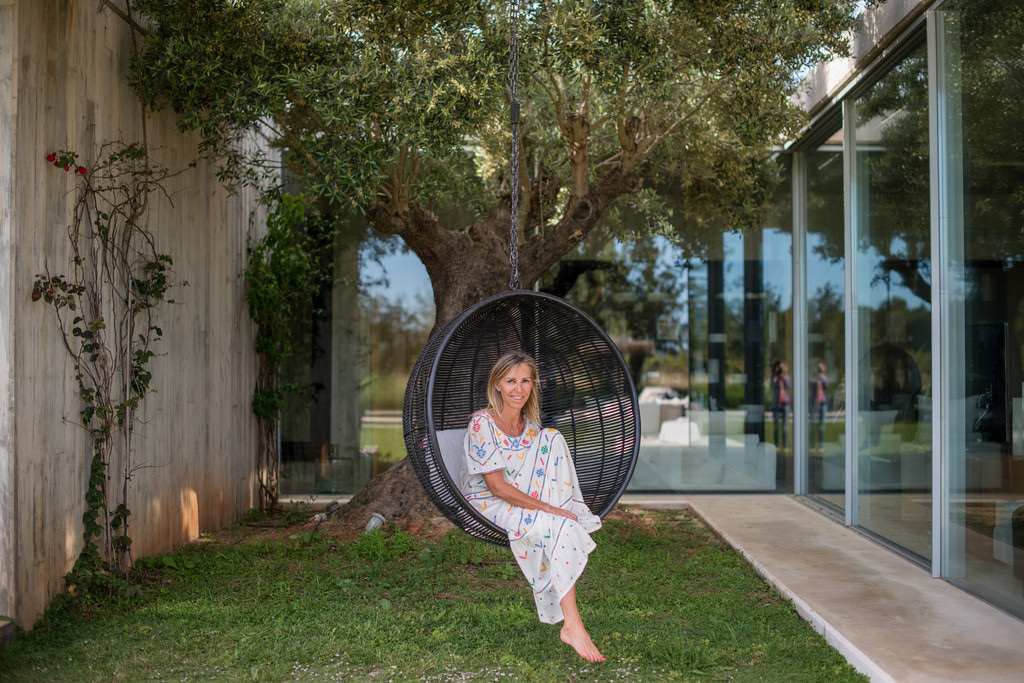
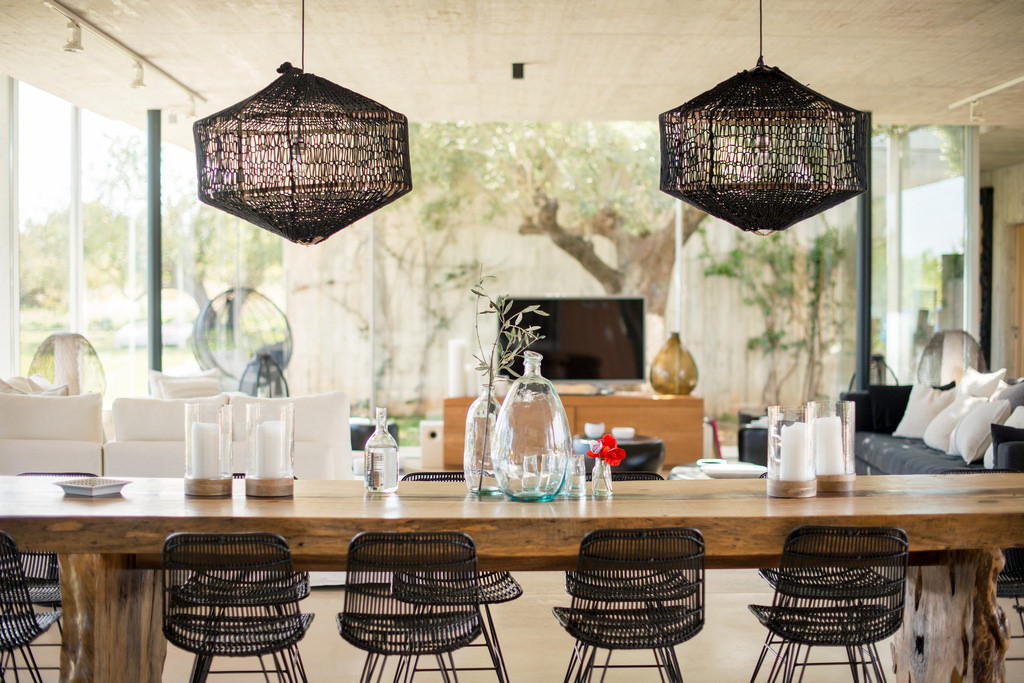
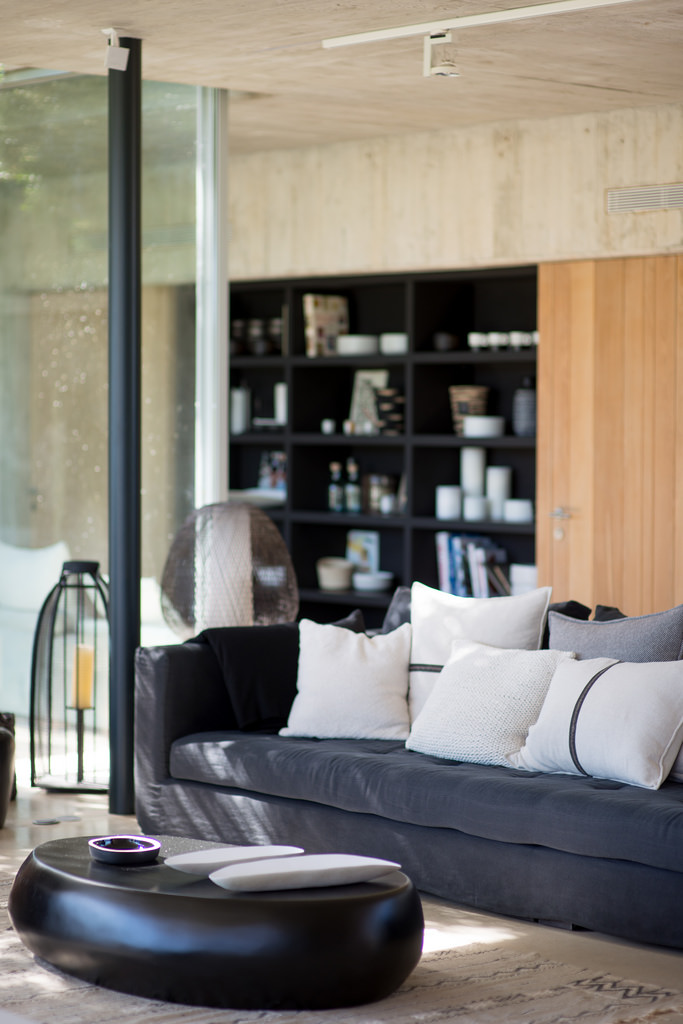
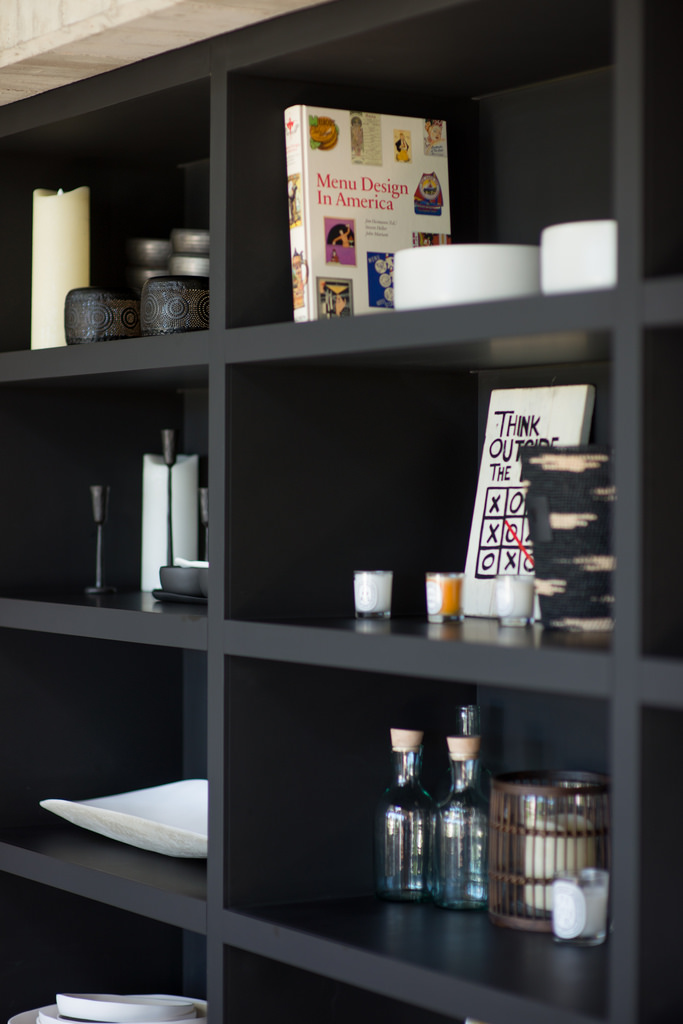
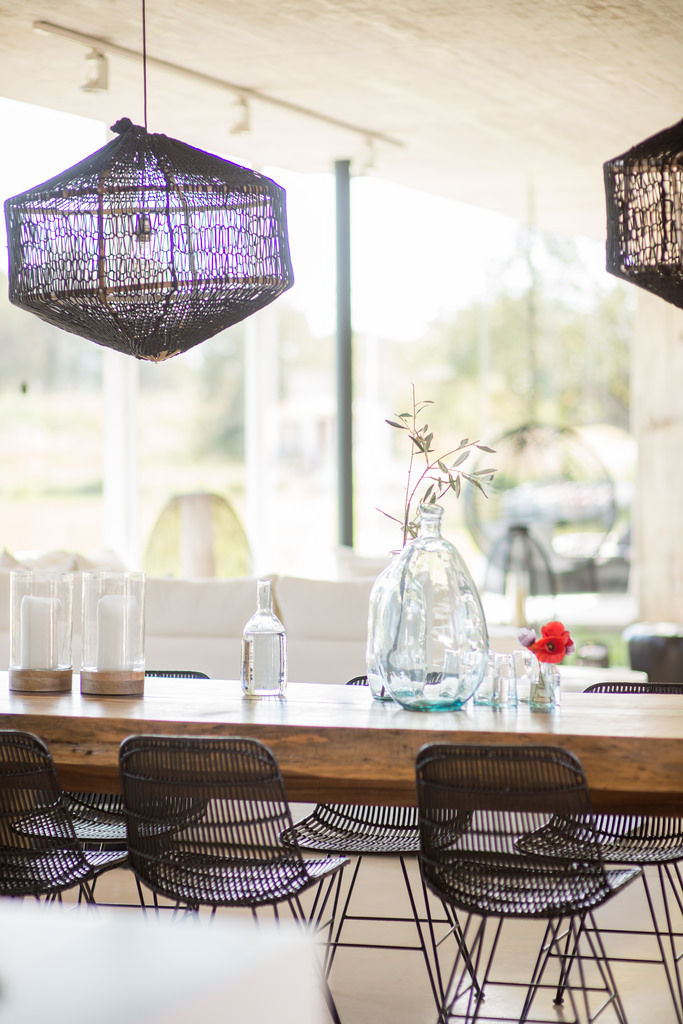
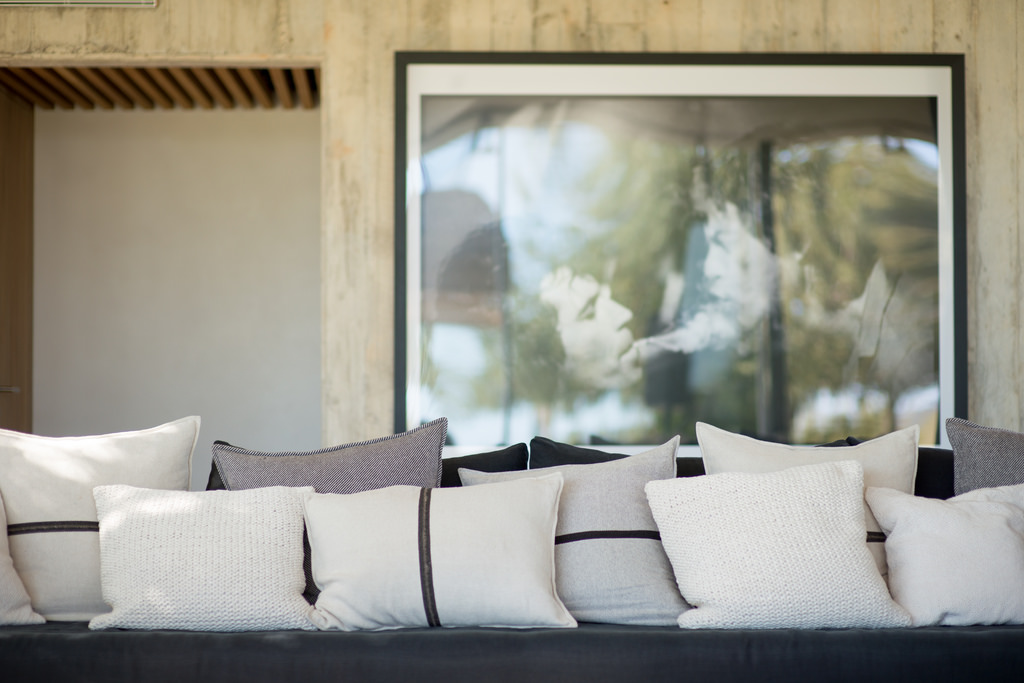
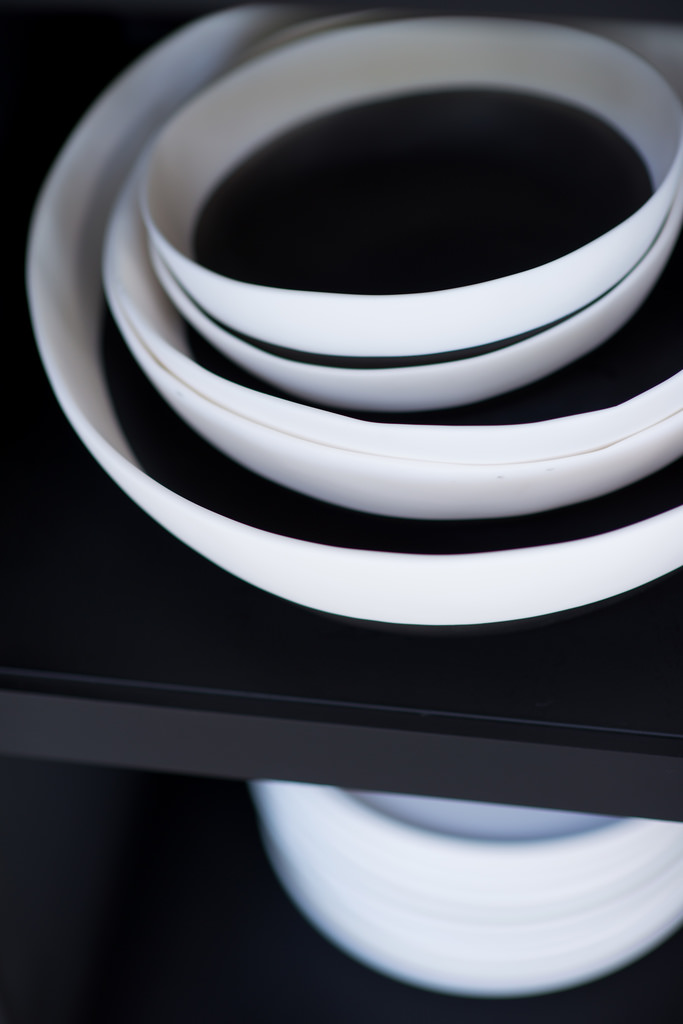
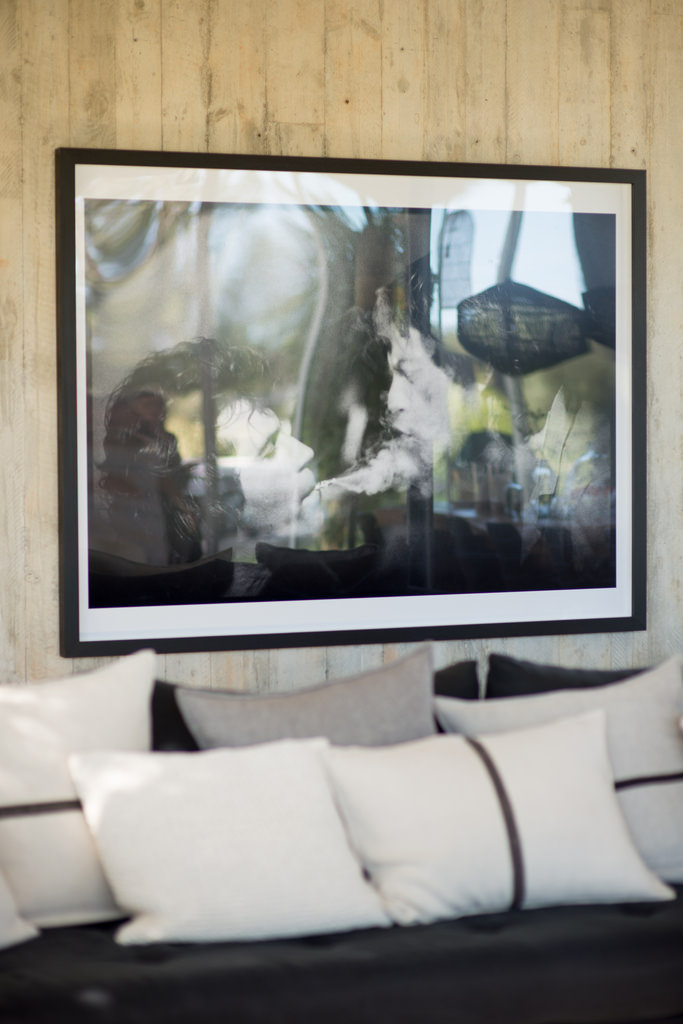
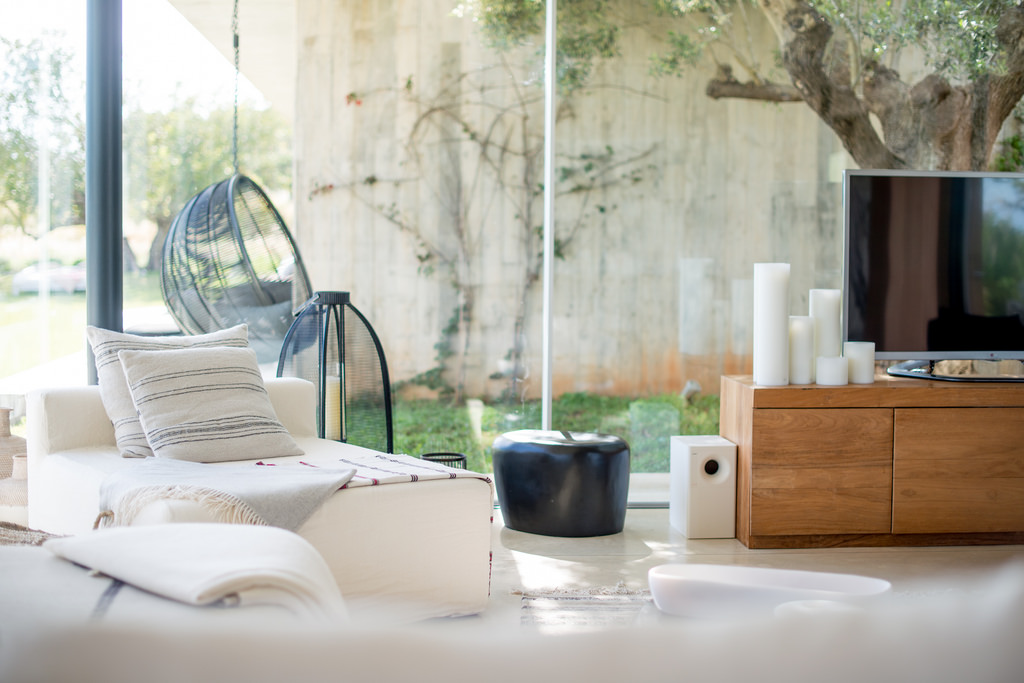
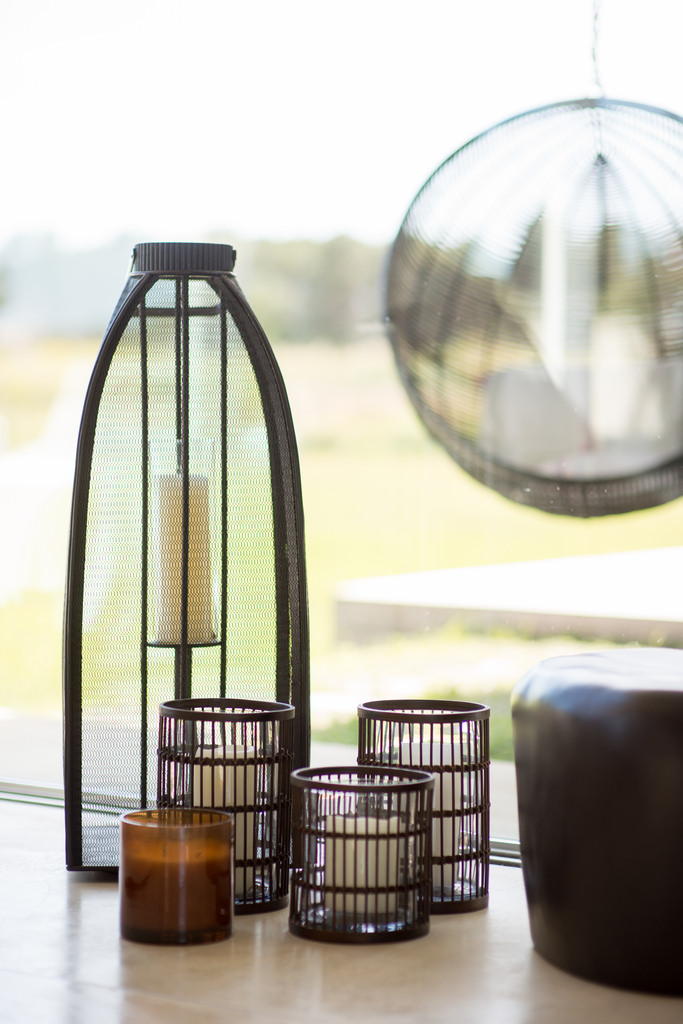
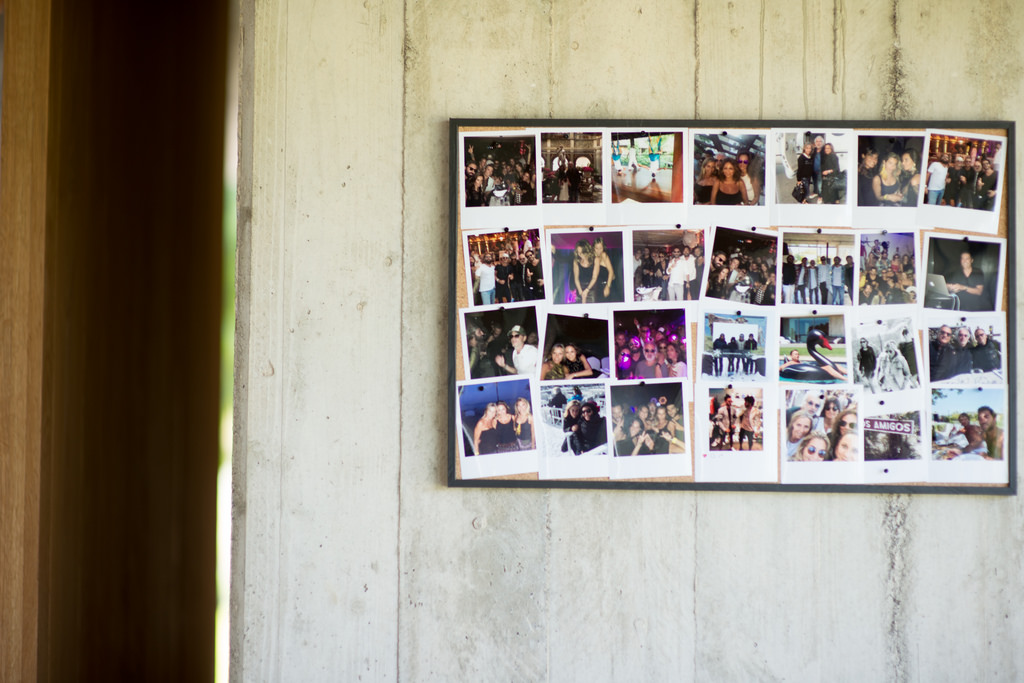
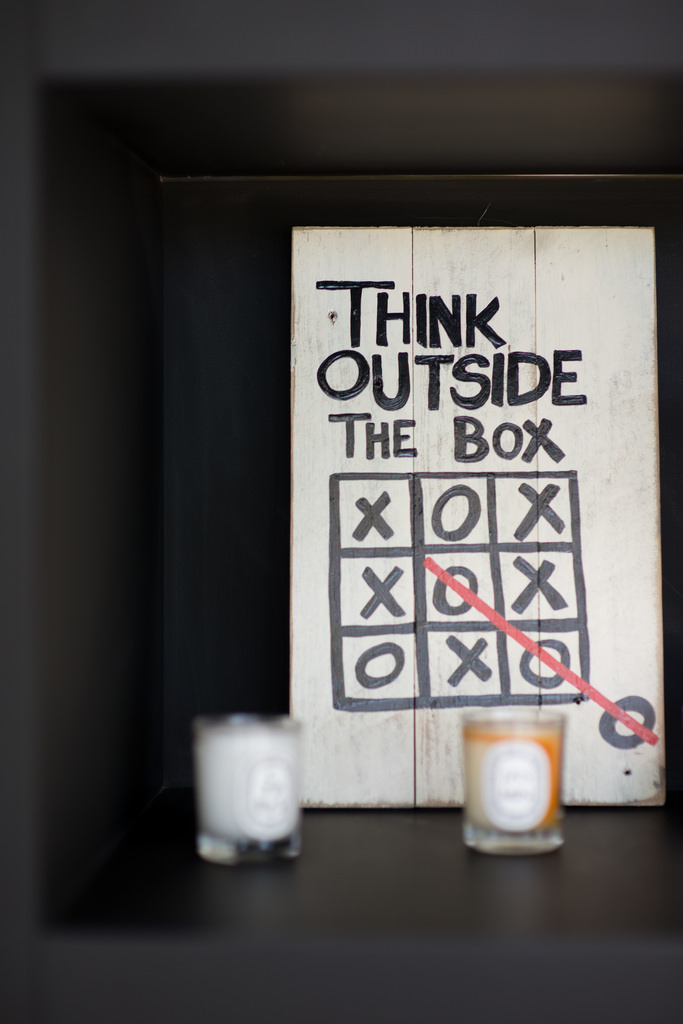
“We had been staying in Agroturismo Atzaró while we were looking for a house,” Barbara says of the decision to buy in the north. “I loved the area, the smell, the quiet – and this house had all of that.” It is no coincidence – Guasch himself is eighth generation Atzaró family and Casa Valentina is set on a neighbouring plot of land. “Originally I wanted a sea view, but I felt so good and calm when I got here. I love the light,” says Barbara. “I love the way the land here is so flat, and a beautiful breeze comes through the house every day.” “I changed the whole interior,” she continues. “I painted all the big columns black, I bought in all-new furniture so it could be more relaxed. I wanted a lot of lounges, inside and outside, to create a very chilled feeling. My priority was that no matter where you are, what corner you are in, you feel at home and completely relaxed.” The epitome of boho luxe, the house reflects her love of bohemian style while still maintaining an extremely high level of luxury throughout. It’s all in the details.
An attraction to raw materials, such as linen, wood and metal, is evident throughout the open-plan living space, where plush sofas are piled high with cushions and throws, inviting one to sink in and truly relax. Black accents are prevalent throughout, from the stylish chairs contrasting with the organic wooden 12-seat dining table, to the shelves inset amongst wood panelled walls. Edgy artwork – such as the enormous print of Mick Jagger and Keith Richards presiding over the space – and elegant lighting complete the picture. It all feels very effortlessly pulled together, in true French style, however each and every piece of furniture, décor, lighting or art in Casa Valentina was personally selected and styled by Barbara, who confesses to a love of French interiors haven Caravane, alongside a mix of high-end Italian brands and rustic, local finds. Candles are everywhere, from the tables and bookshelves to lanterns on the floor, and the villa takes on a wonderful sense of romance as the sun goes down.
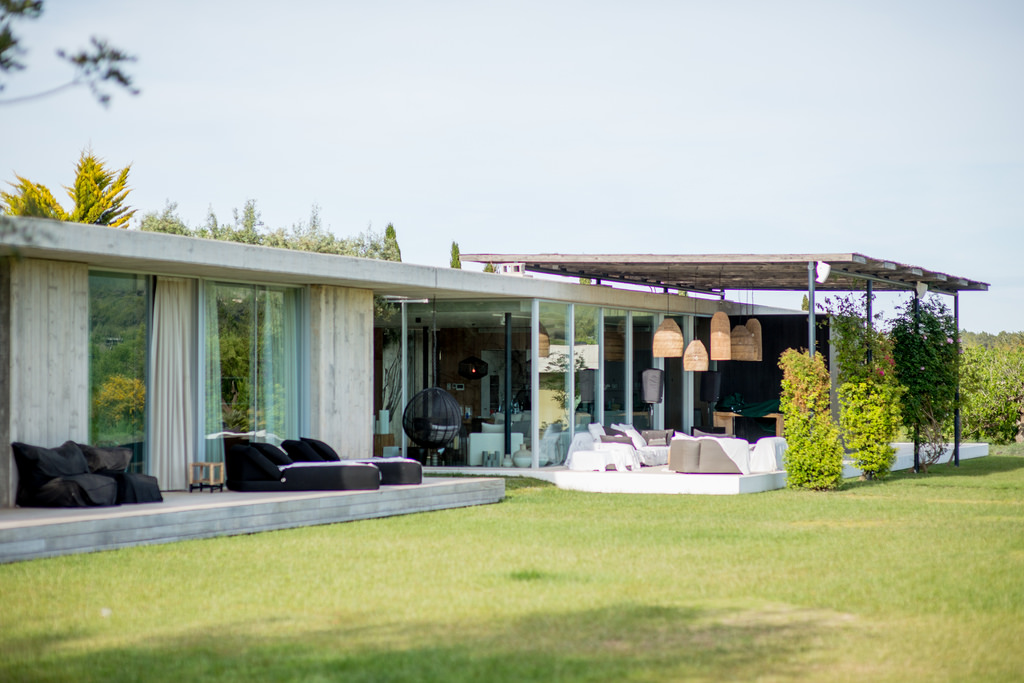
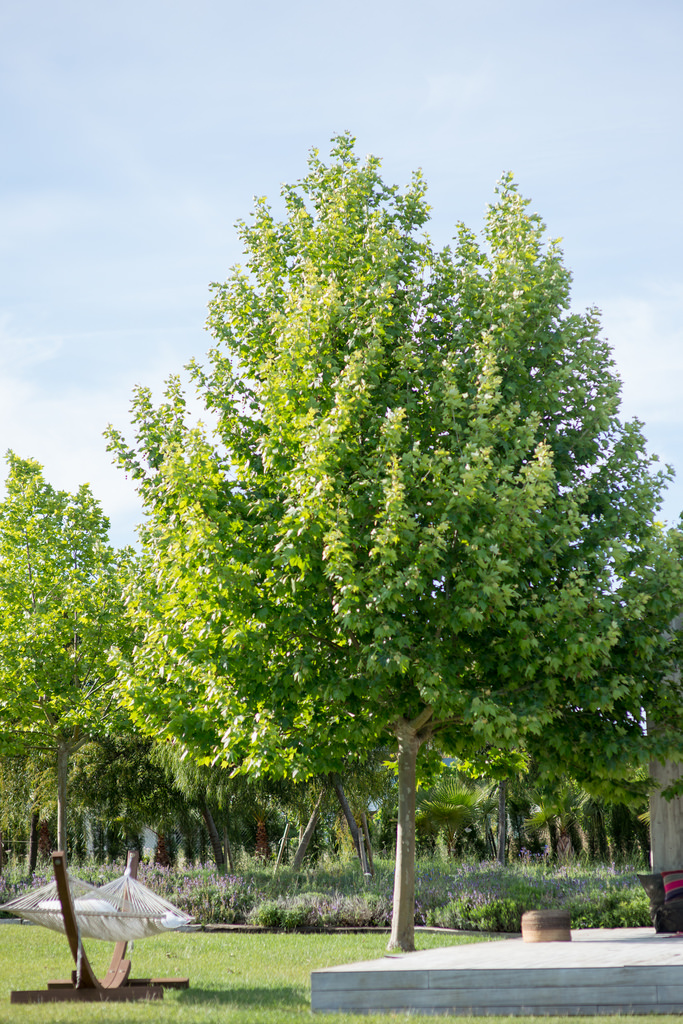
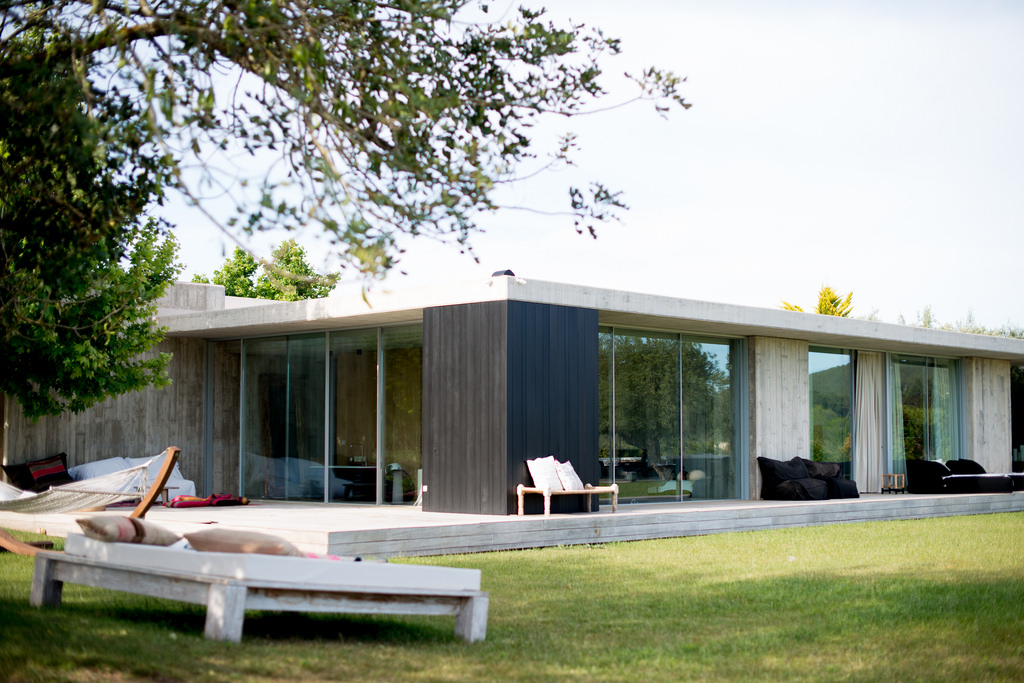

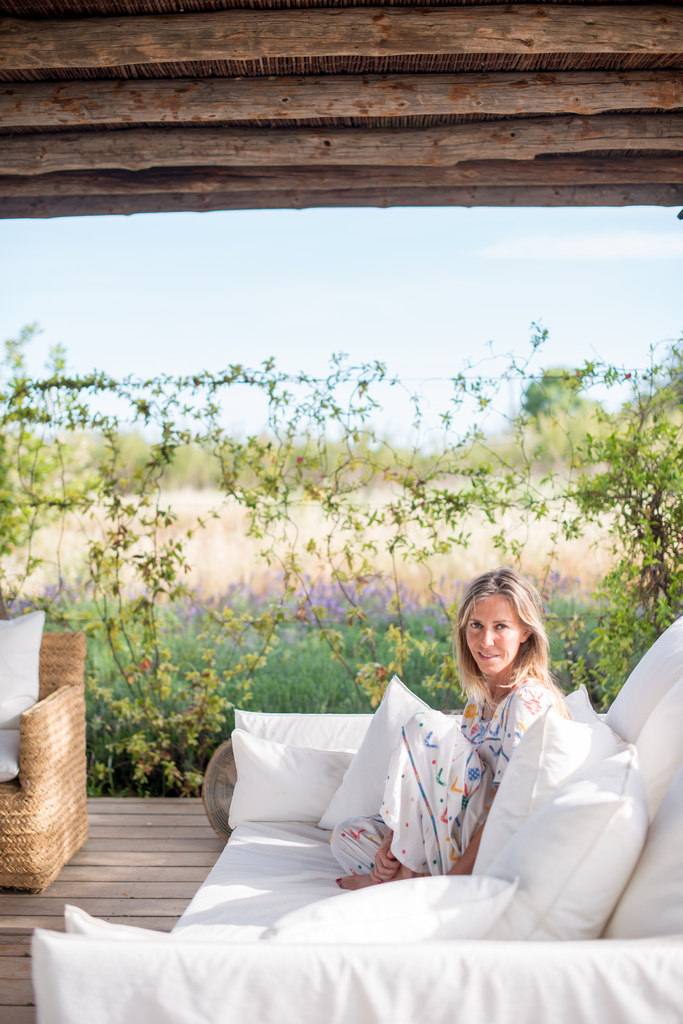
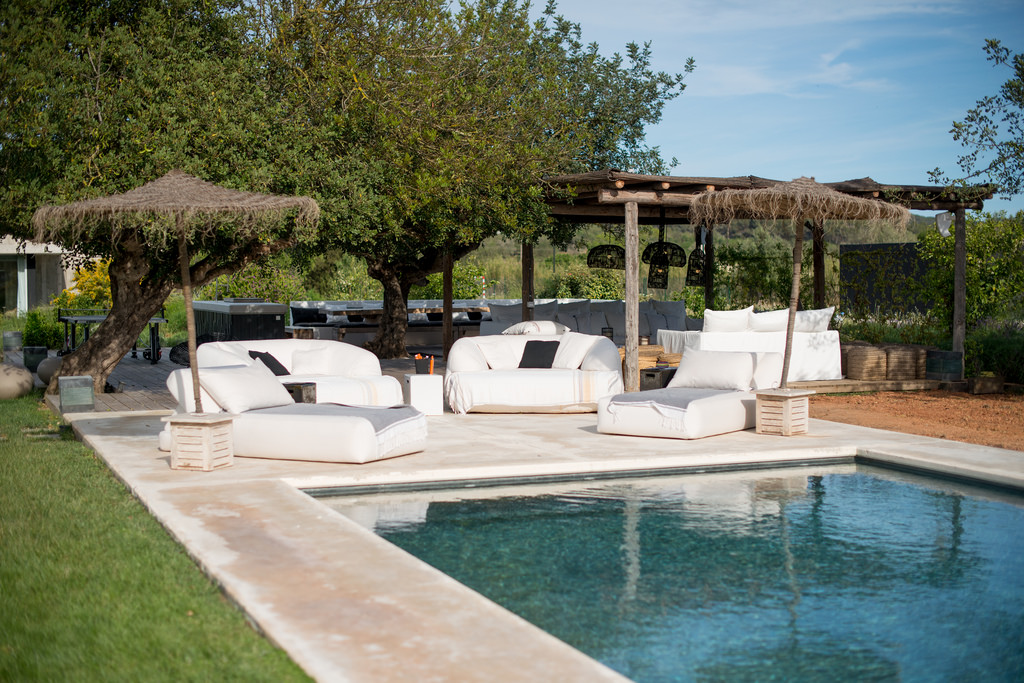
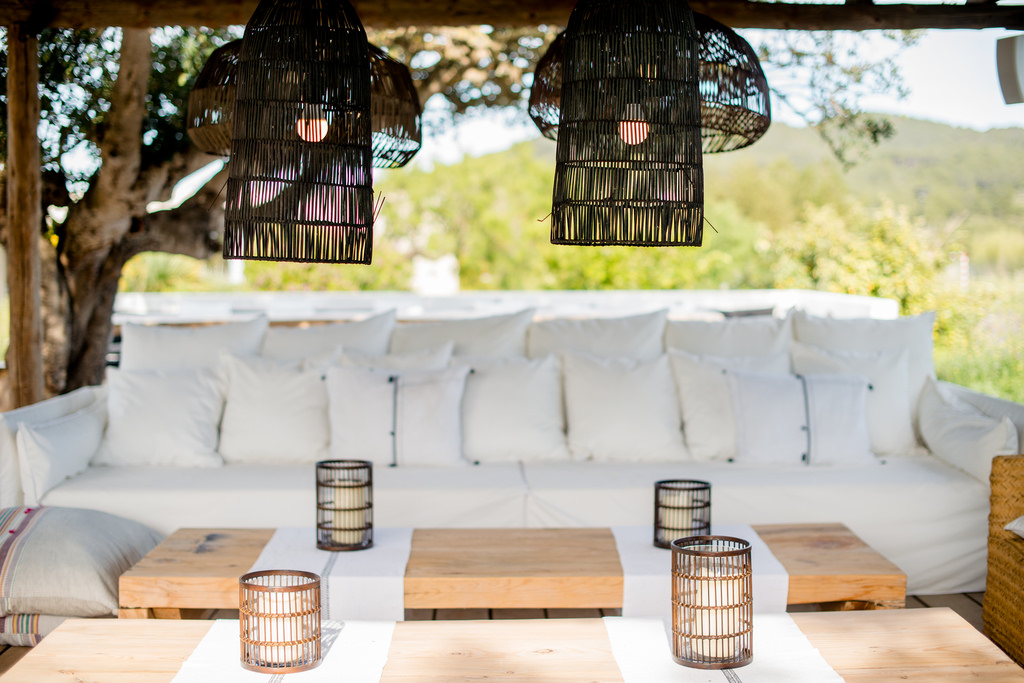
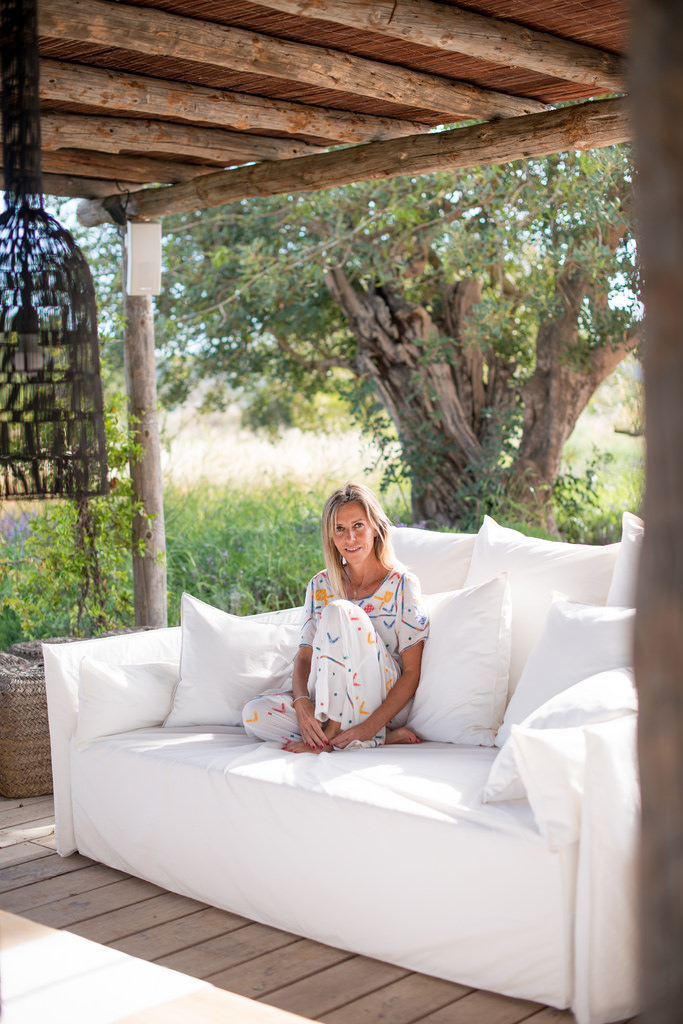
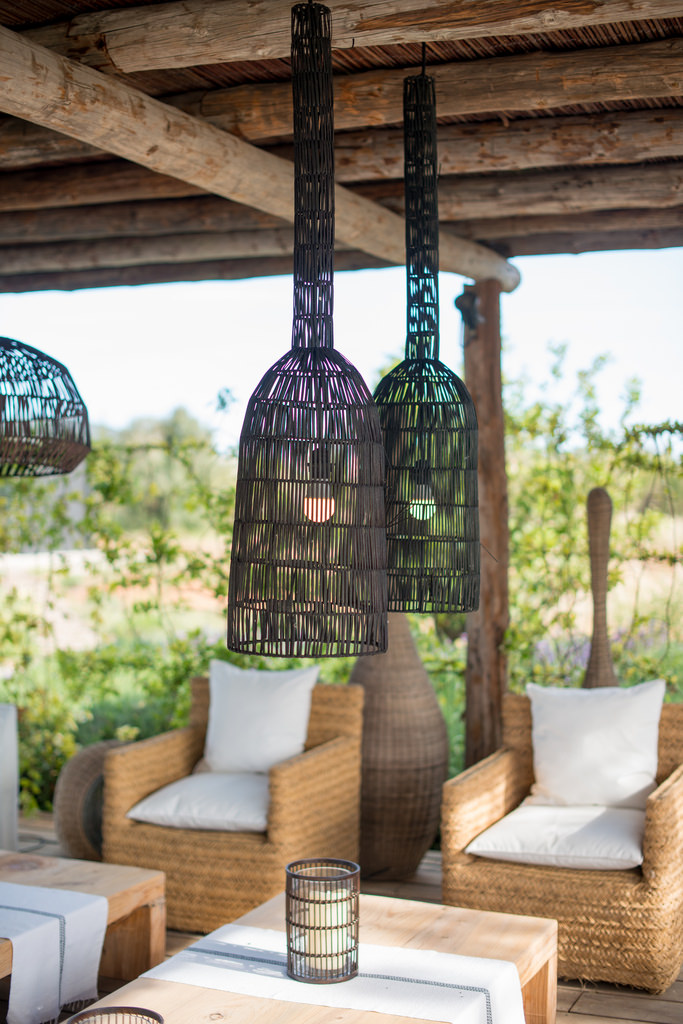
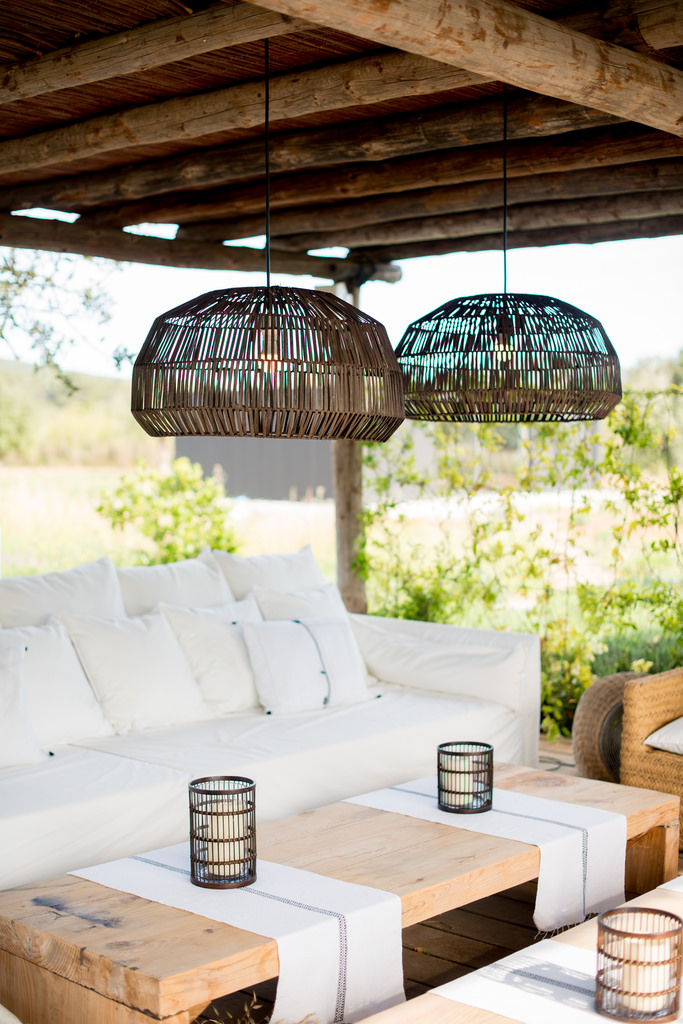
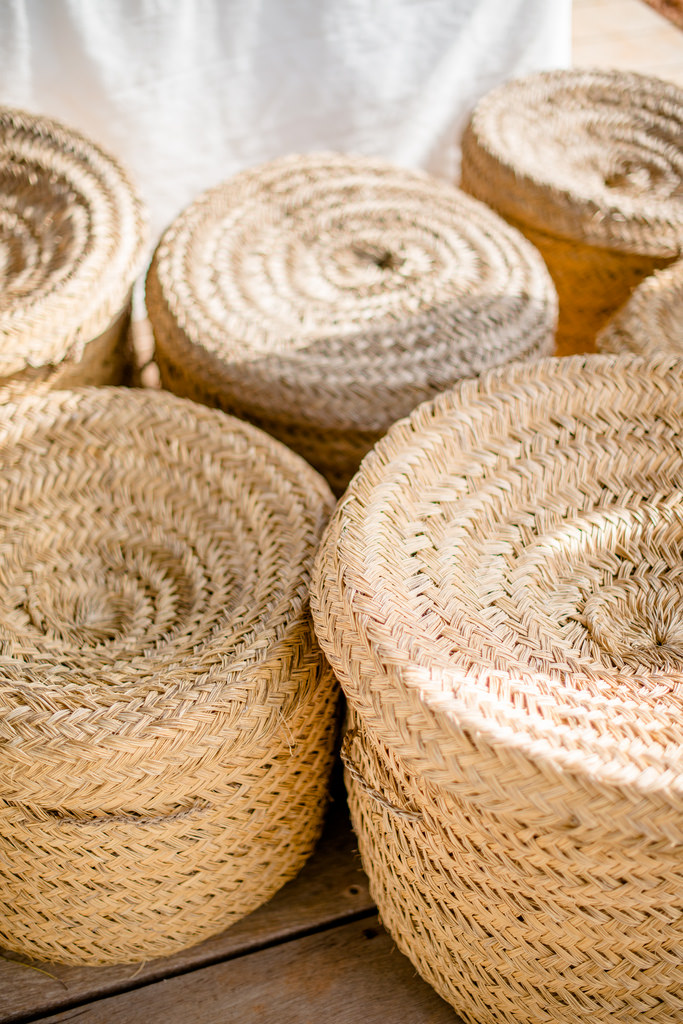
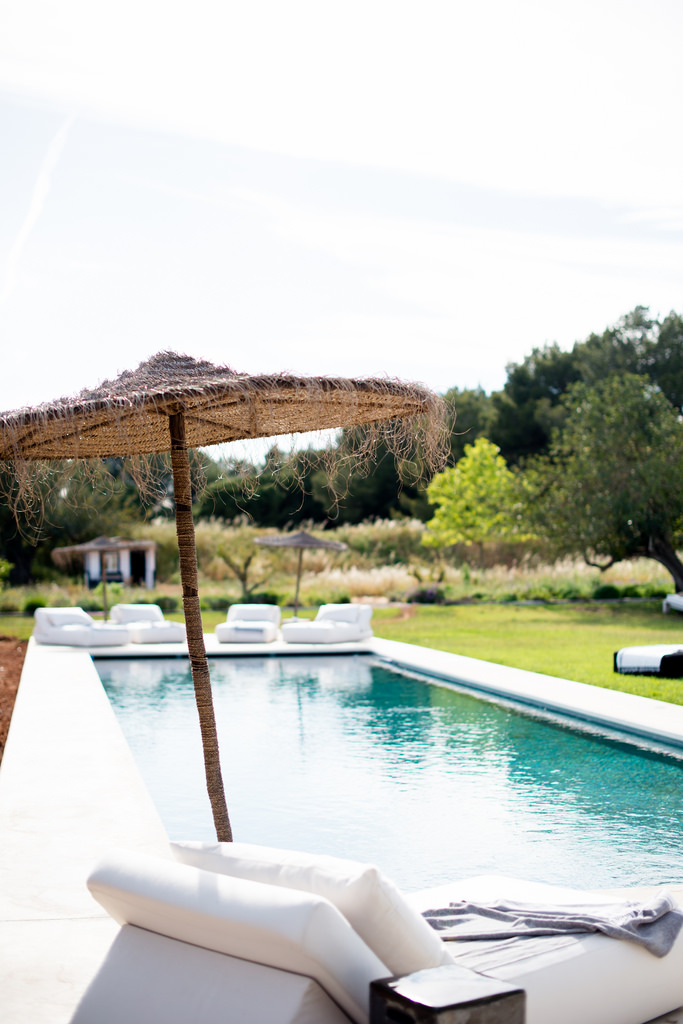
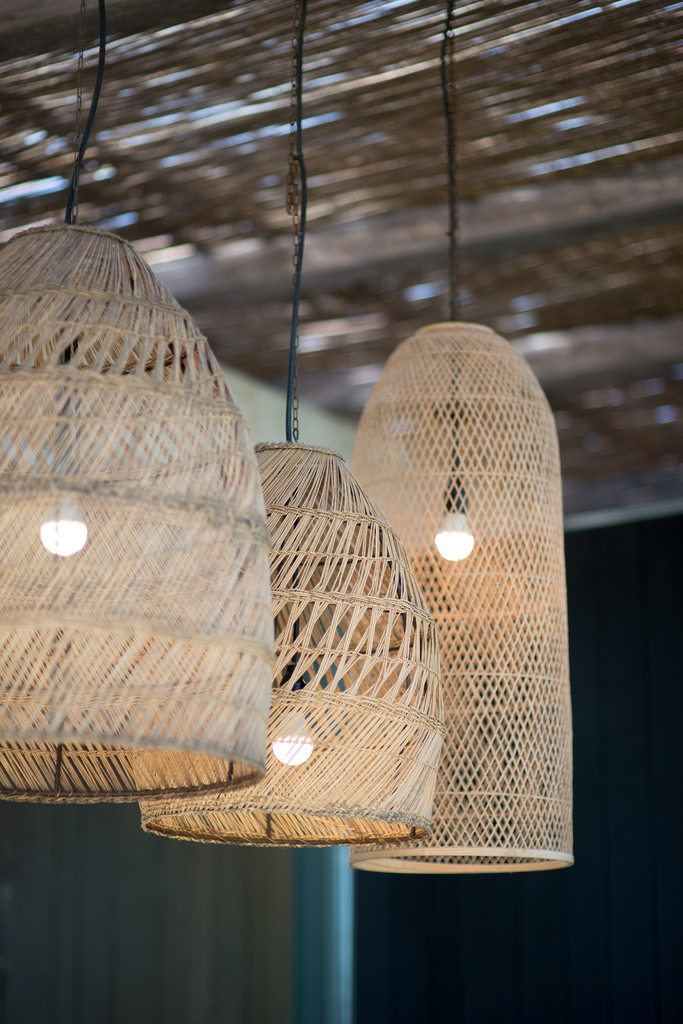
Barbara’s affinity for bohème living is truly apparent in the outdoor living space, set across the lush, green lawn opposite the main house. Adjacent to a lengthy swimming pool and sunbathing deck, the shaded space is filled with comfortable low-slung sofas, in natural hues, that are easily reconfigured to suit the amount of people lounging. On-trend hanging lamps create a feeling of warmth and intimacy by night. Wicker and cane feature heavily on the terrace, enhancing the feeling of connecting with the nature around you. An expansive outdoor kitchen and huge communal dining table set the scene for alfresco lazy lunches and decadent dinners. “When we come to Ibiza, we often come with groups of friends,” says Barbara. “So many of them don’t want to go out once they get here – we love to stay home and entertain.” When she does venture out, favourite places include Macao Café, La Paloma, El Chiringuito, Las Dalias, Heart, Pacha and Cova Santa – places that exude creativity and authentic Ibiza style.
There is so much more to Casa Valentina than meets the eye. The guesthouse has been transformed into a more masculine and modern space (“I broke it all down and extended it to make a special two-bedroom space with private entrances for my boys – they love Ibiza!”), for Barbara’s sons to feel their own sense of freedom. An additional annex houses a gym, next to a small football pitch, while across the garden is a quaint Wendy house, added for the enjoyment of Barbara’s eight-year old daughter. However it is Barbara’s own bedroom that she says is her ultimate cocoon in Ibiza. Set at the far end of the house, the space encompasses a giant walk-in wardrobe, filled with beautiful pieces from her label (which she describes as bohemian chic, very feminine and just a little sexy) alongside exotic finds from India amongst other places, a spacious bathroom and a private terrace where she does yoga every morning. Then there’s the bed that takes up almost the entire room. You get the feeling of being outside when you are in, and inside when you are out, with a contemporary fireplace providing the perfect finishing touch. “This really is my space,” she says with a smile.
Photography by Gypsy Westwood
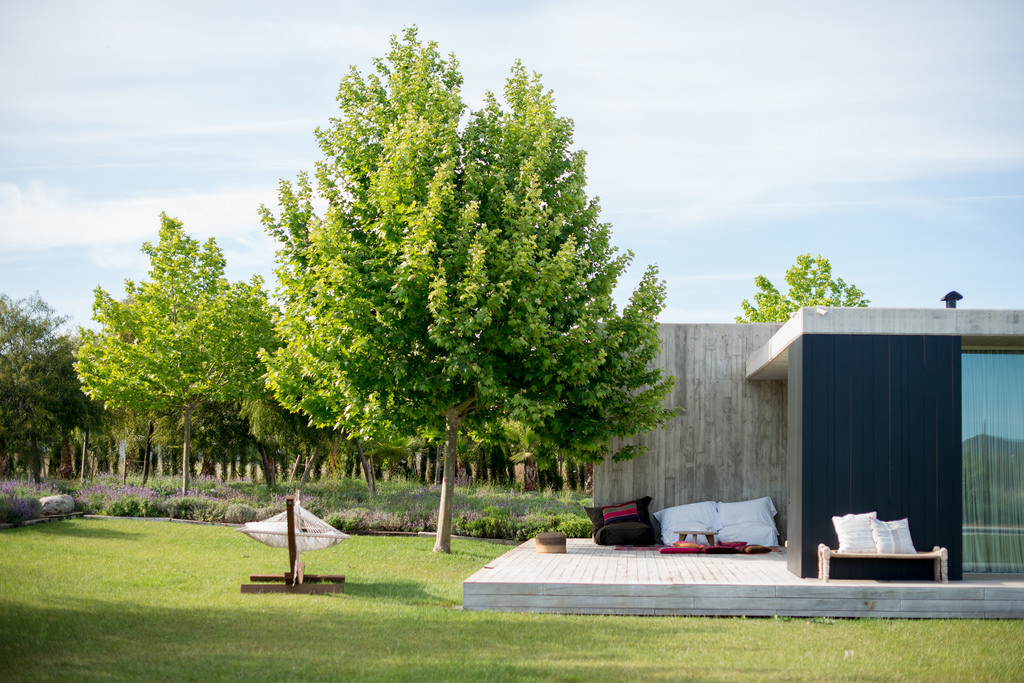
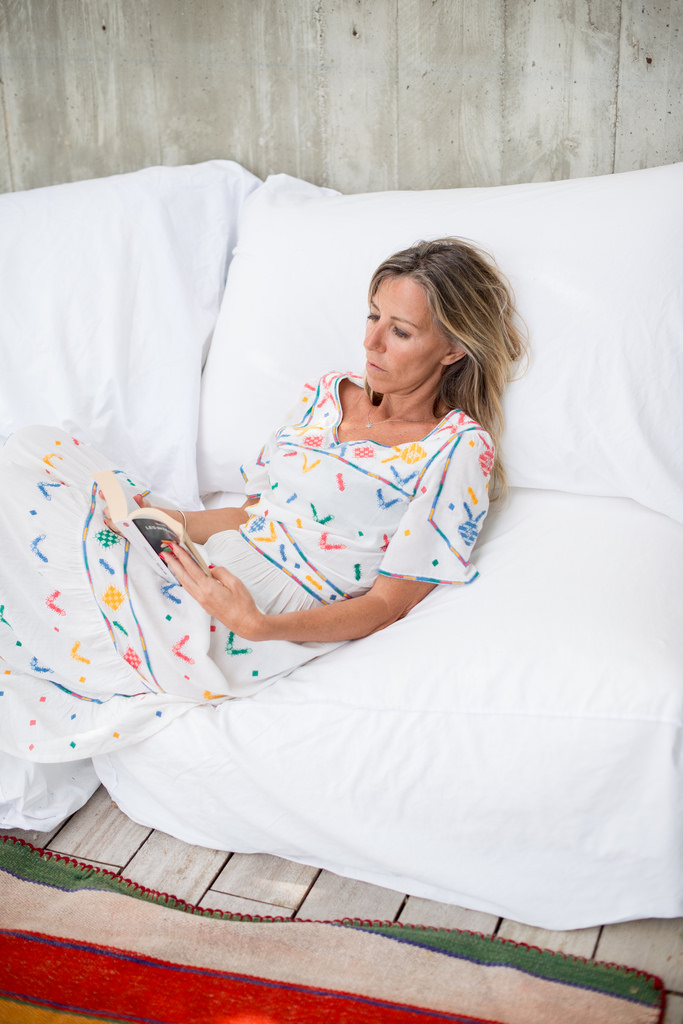
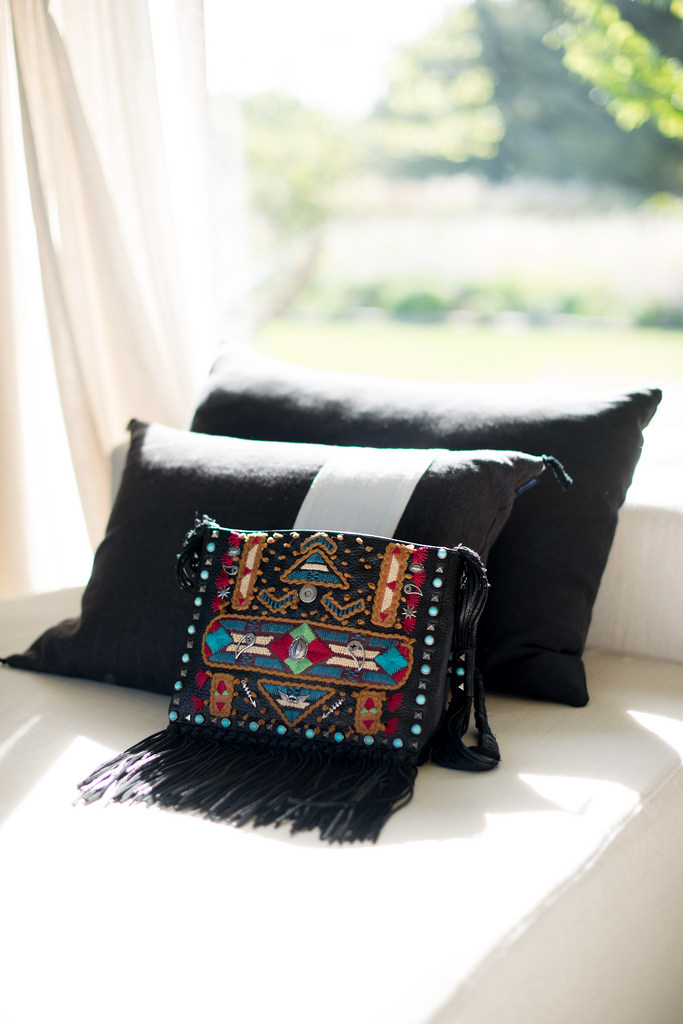
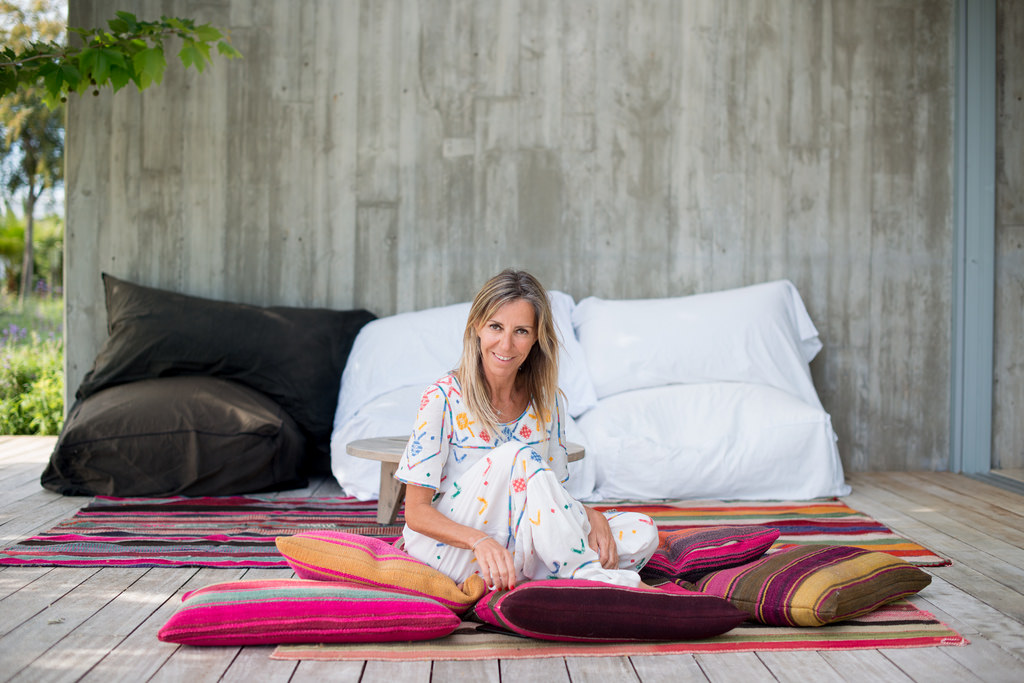
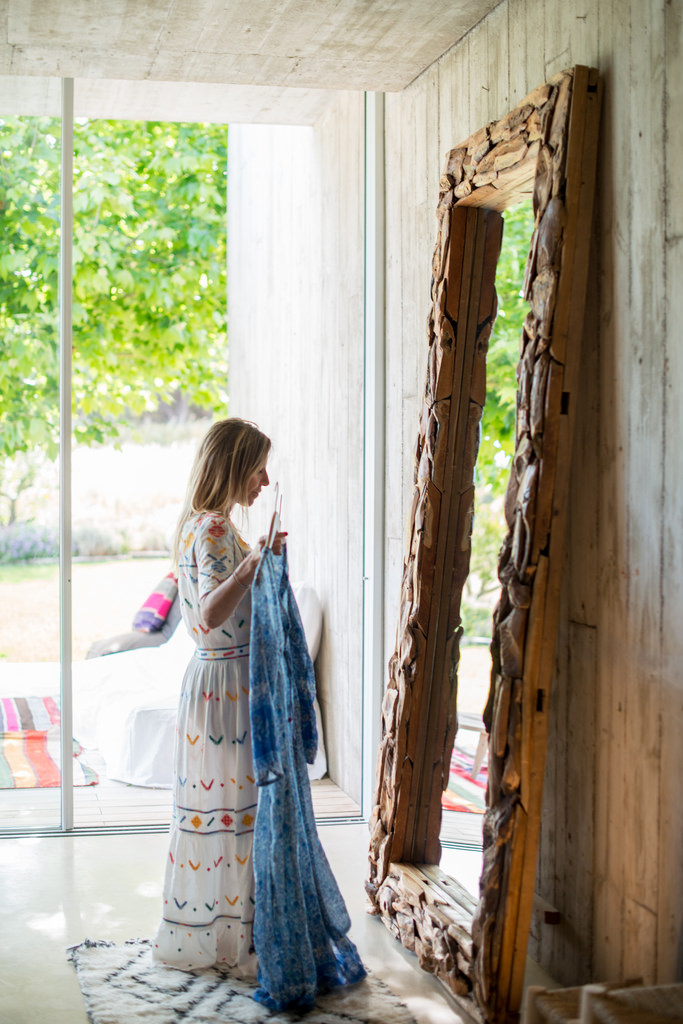
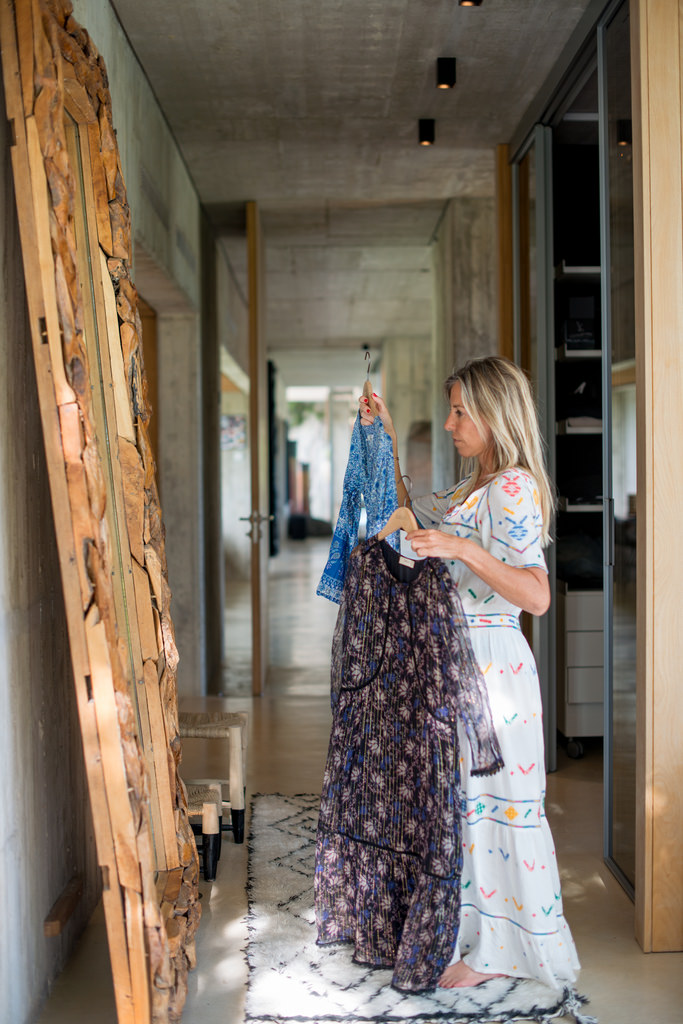
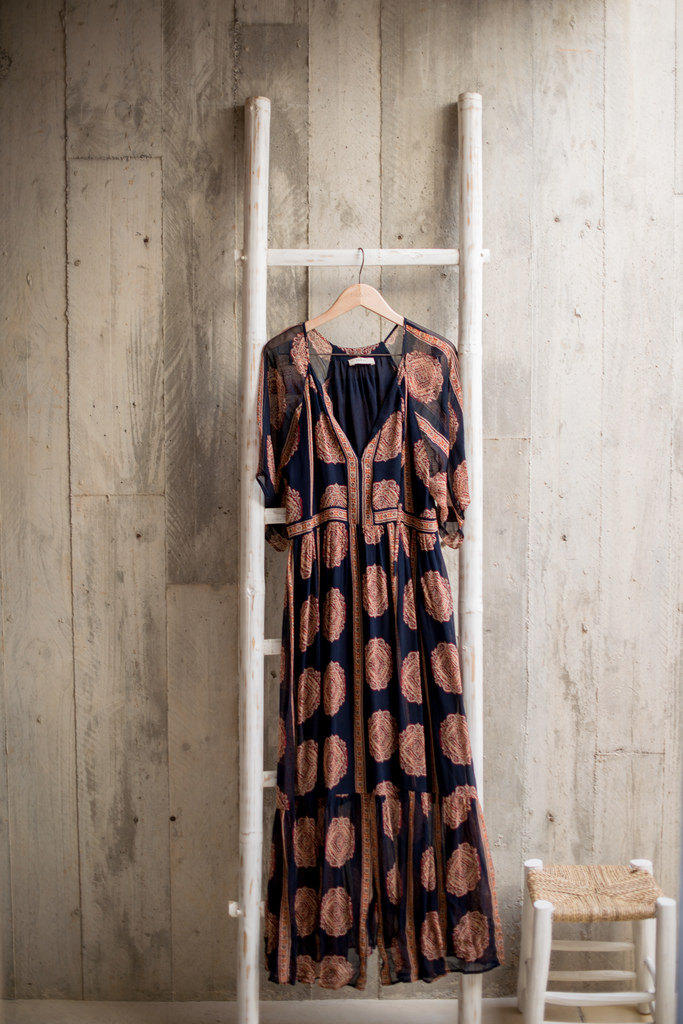
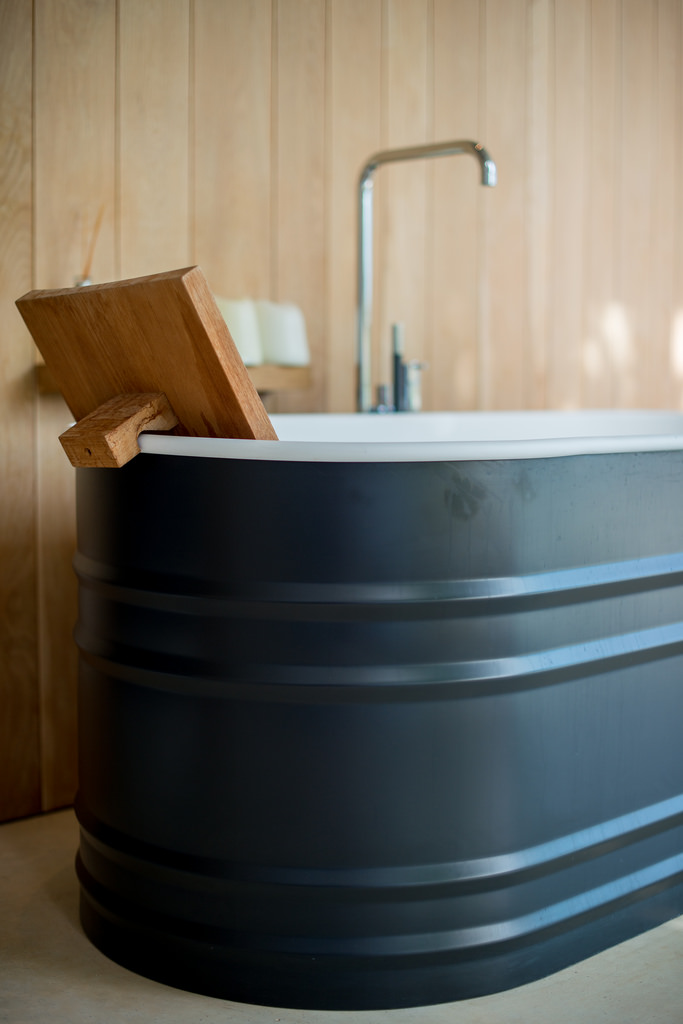
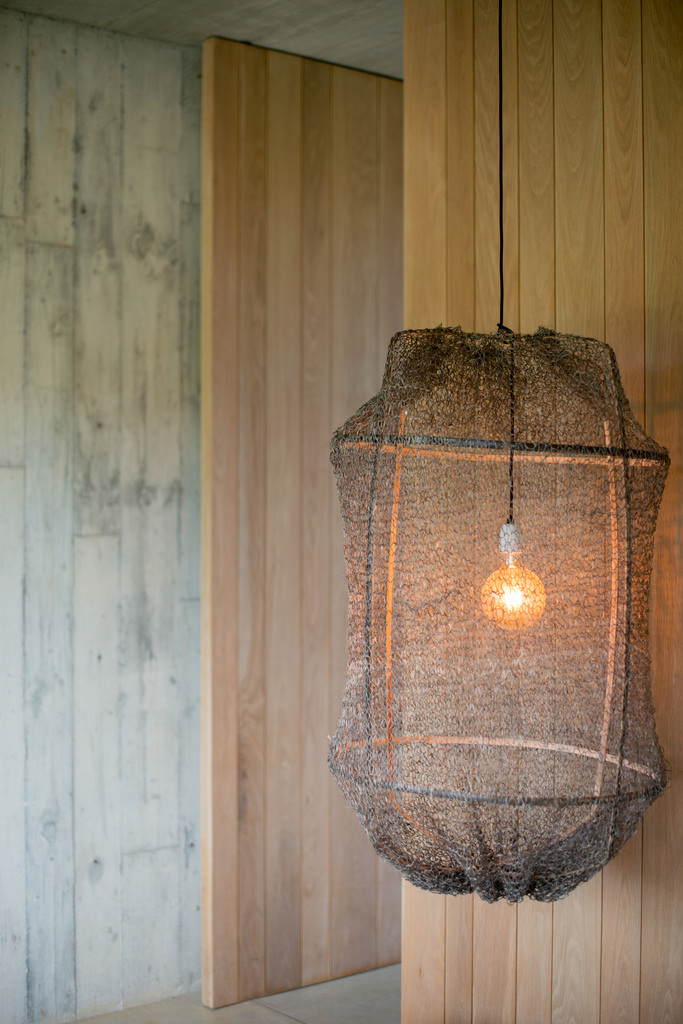
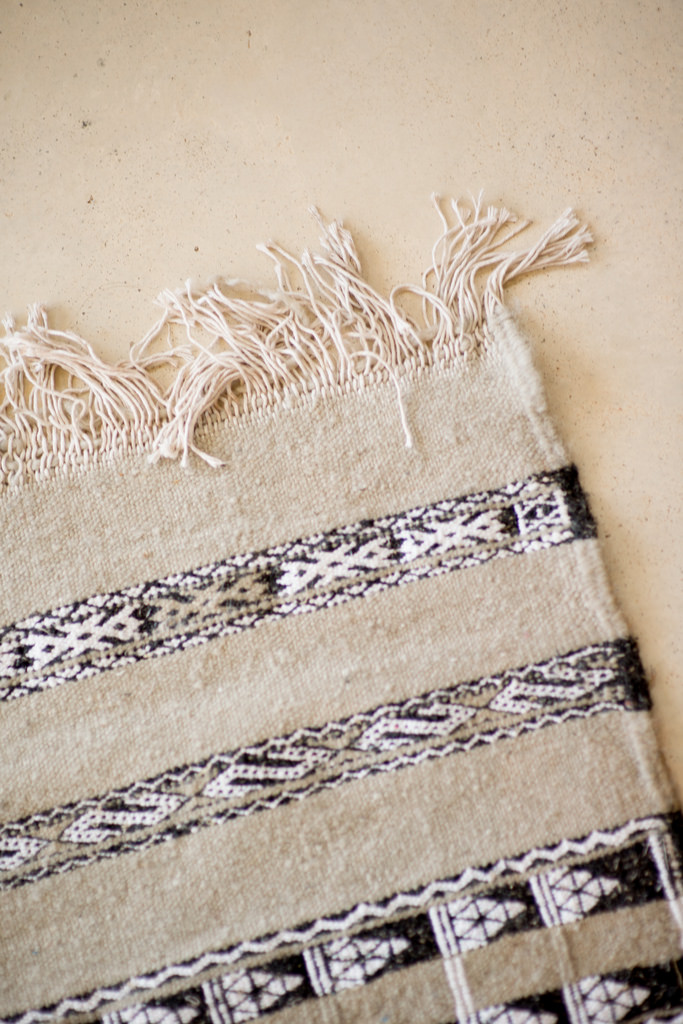
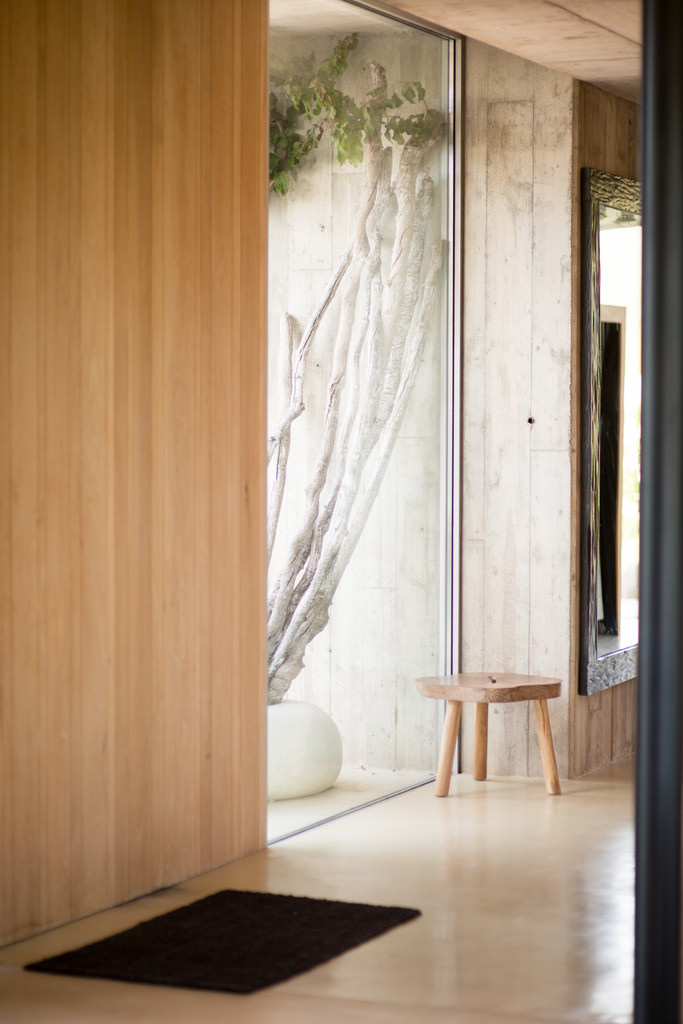
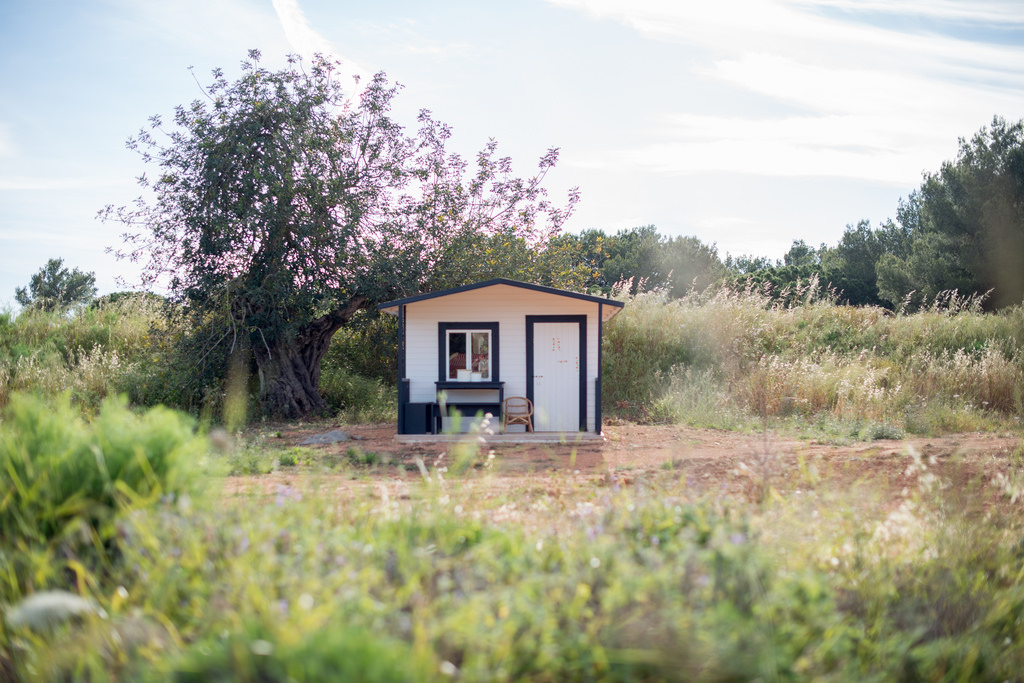
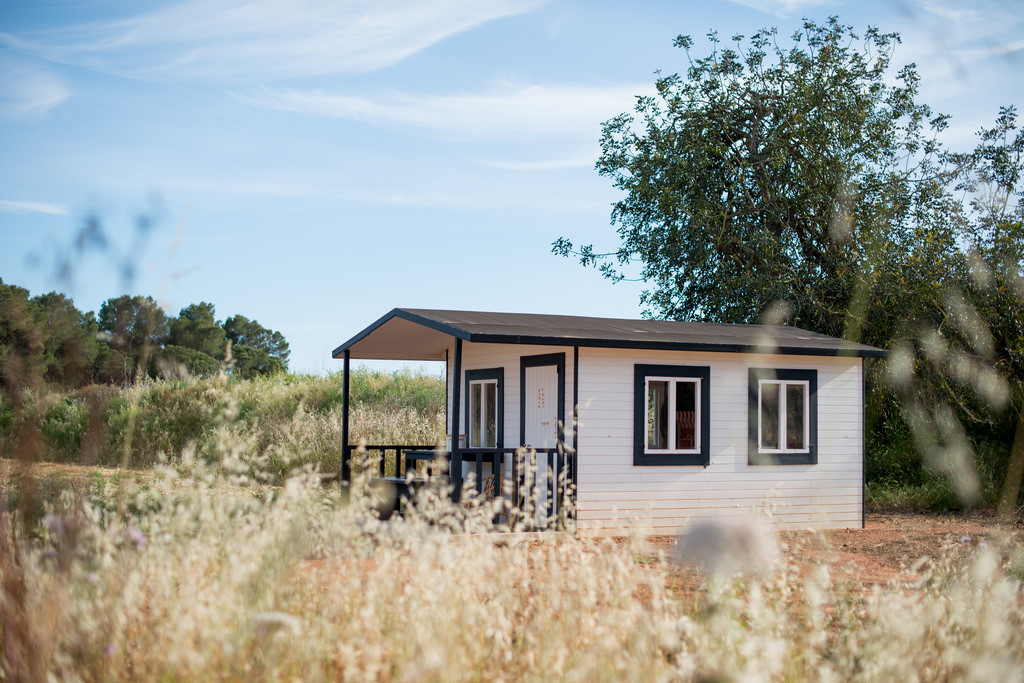
Georgina Scarbrough Penn’s heart has been in Ibiza since she was 17 years old. Born in Yorkshire, she’d heard tales of a magical island where you could laze on the beach and shop at hippy markets by day, then dance the night away until it was time to watch the sunrise. It was a place where rain and grey skies didn’t seem to exist and troubles seemed to melt away. Her first holiday here in 1995 didn’t disappoint. It was everything she’d ever dreamed of and more. From the minute she touched down, she was in love. Love and Ibiza would become recurring themes in her life – love for the island, love for its lifestyle and love in the form of her future husband, Will Penn, who she met while holidaying in Ibiza in 1998 and has been with ever since. The couple shared a long-term love affair with Spain, having spent many childhood summer holidays here as Georgina’s grandmother owned an apartment in Menorca while Will’s family often stayed in St Martin, near Girona.
Will and Georgina made a point of holidaying in the Balearics several times a year, dividing their time between Ibiza and Formentera. It was a sun-drenched, long and lazy lunch on Ibiza’s sister isle that prompted a very serious question: how could they make this their reality, rather then return to London where Georgina worked as a fashion editor and Will’s career was in music video and television commercial production. In a classic lightbulb-over-the-head moment, Will suggested they start a production company in Ibiza. Both had experience working with film and photography crews and saw the island’s untapped potential (at that time) and versatility as a location – the seed was sown. “We spent a couple of years thinking about it,” says Georgina, who knew first hand the benefits of enlisting a local production company through her international travels to style editorials. The tragic passing of a close friend, who had always encouraged them to make the move, was the turning point that made them decide to give it a go.
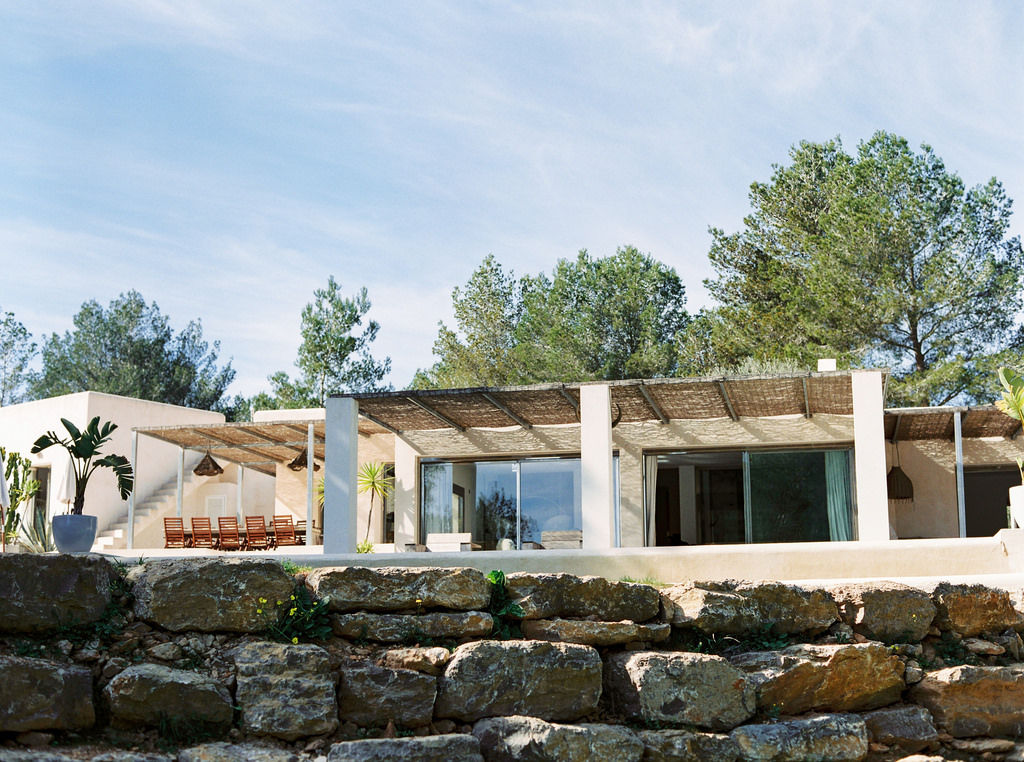
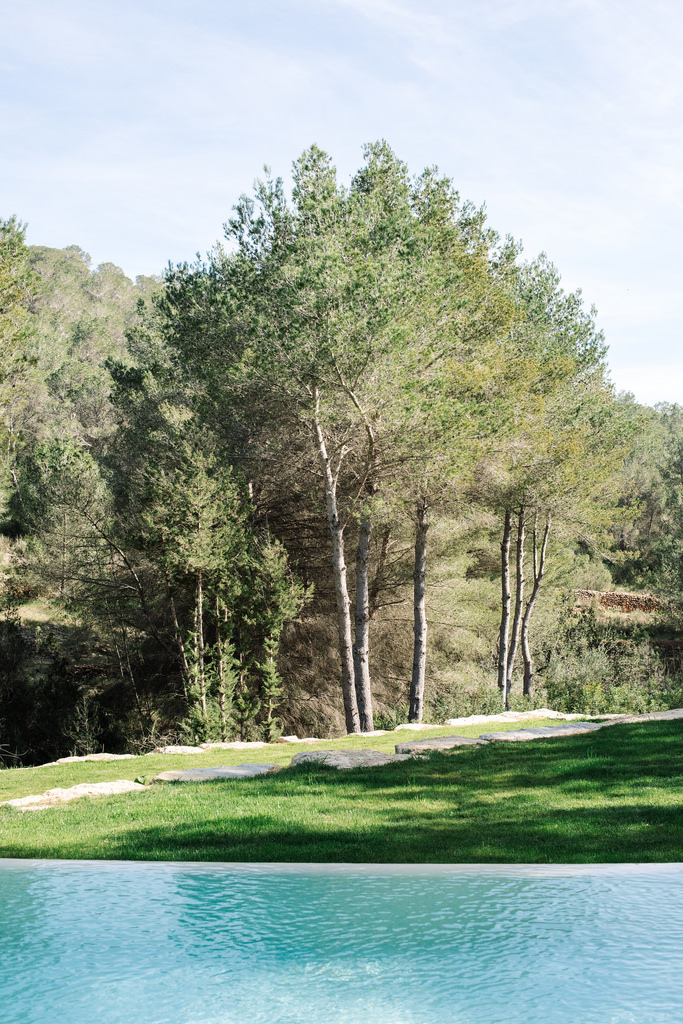
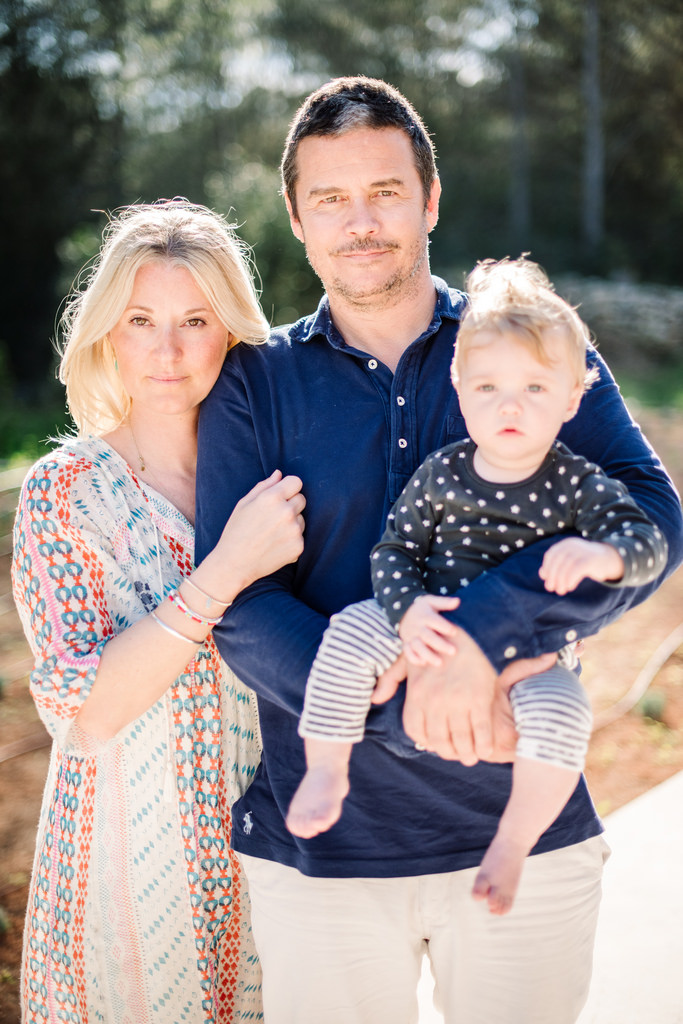
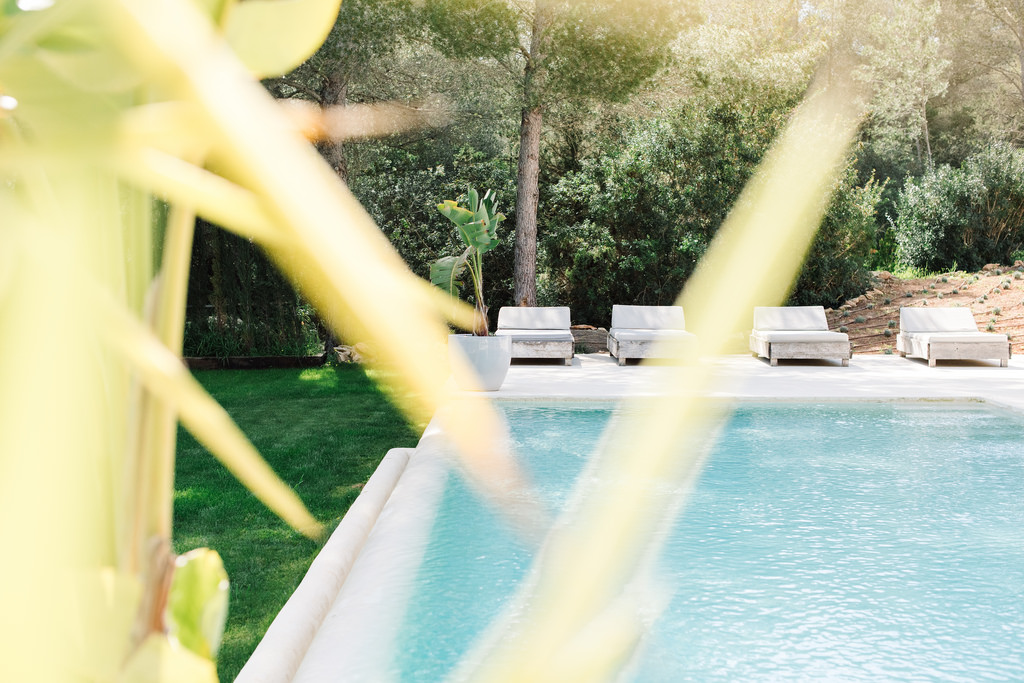
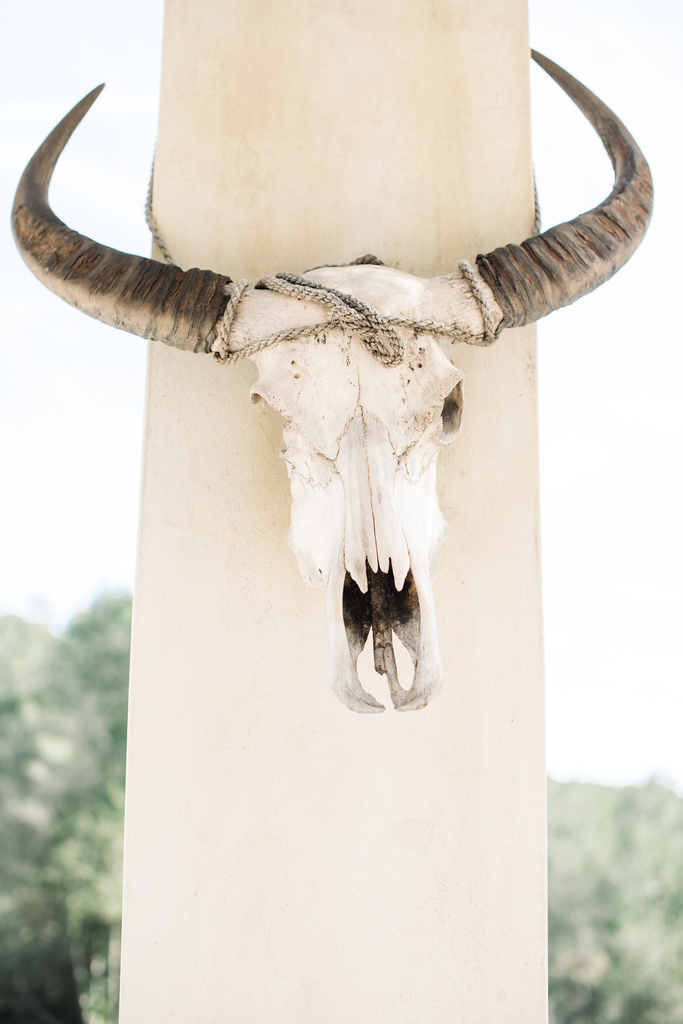
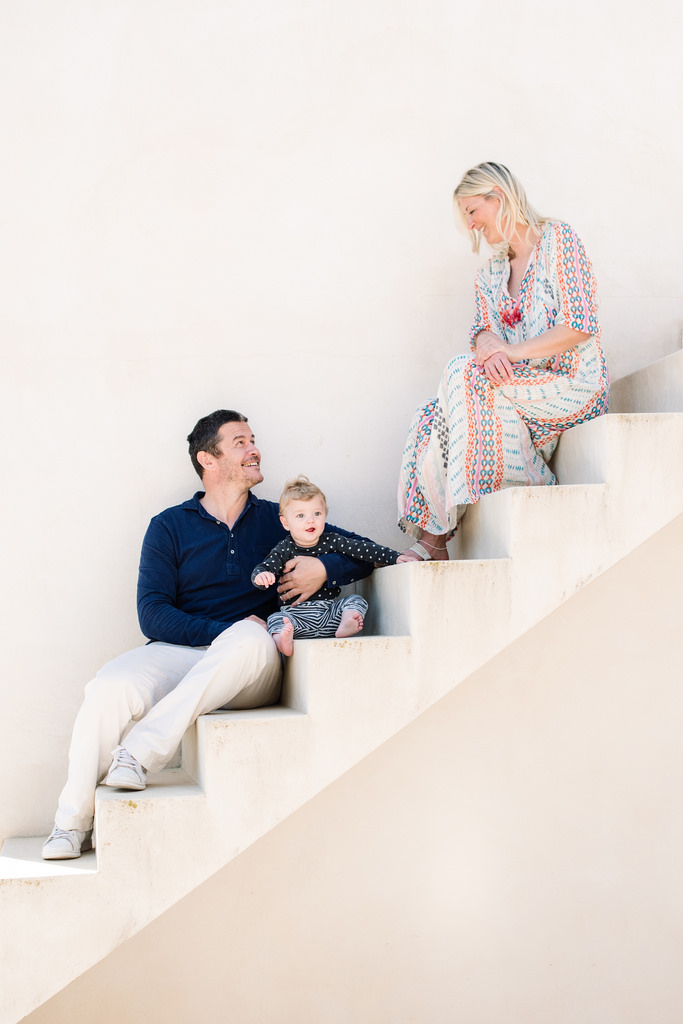
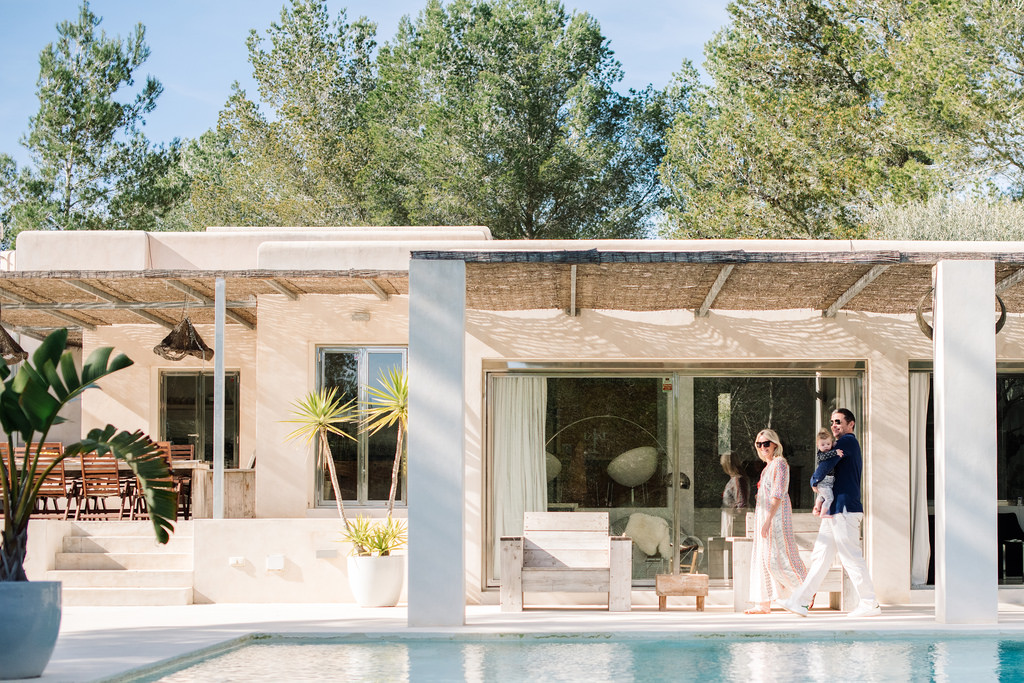
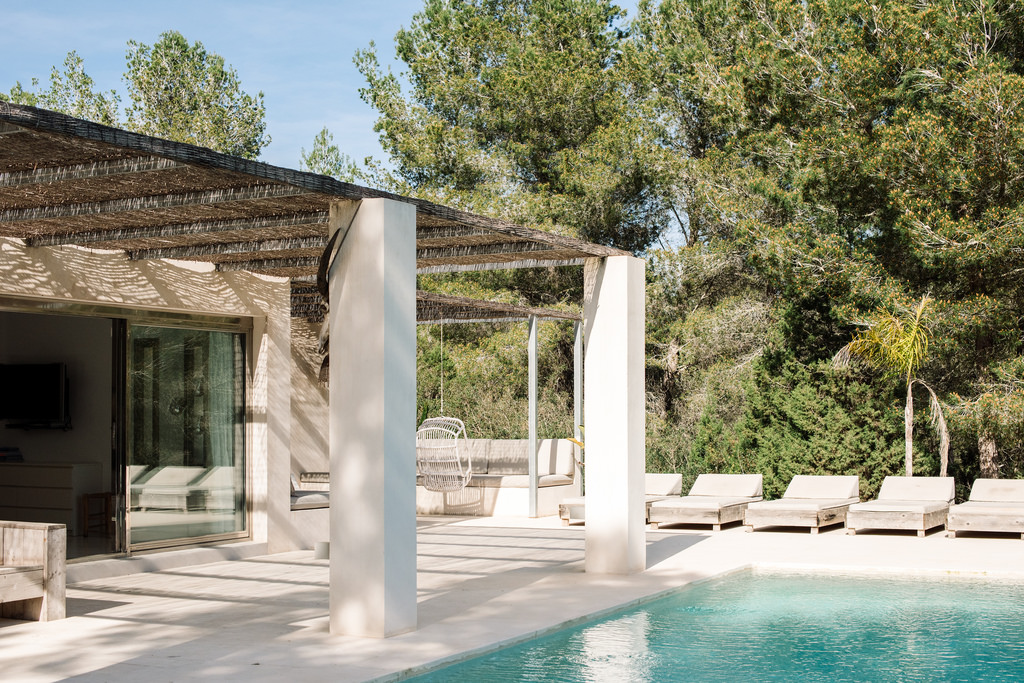
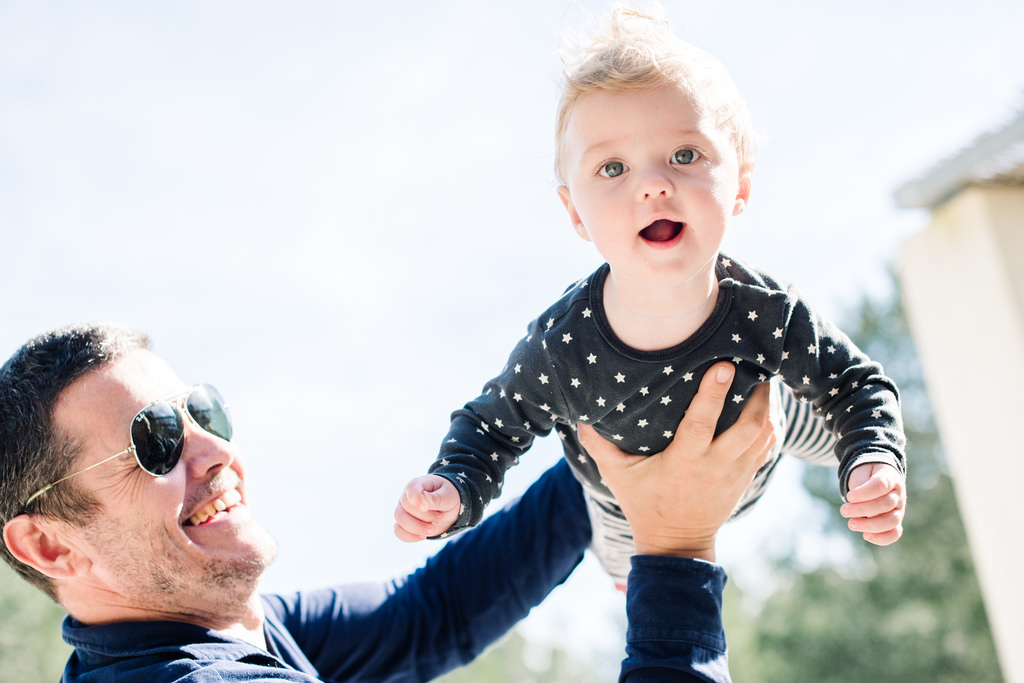
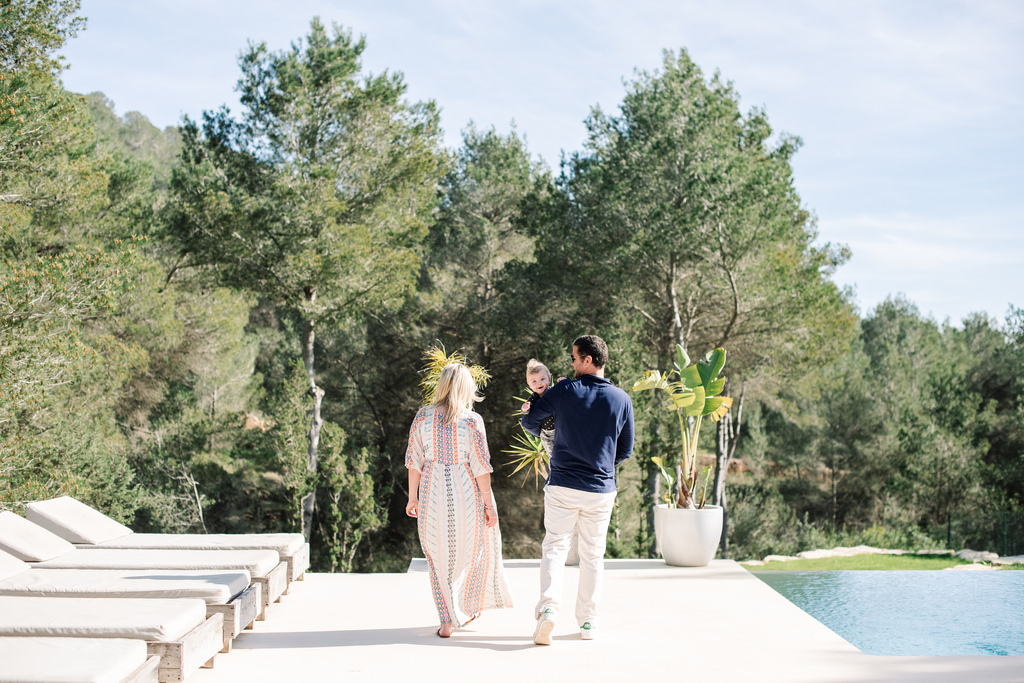
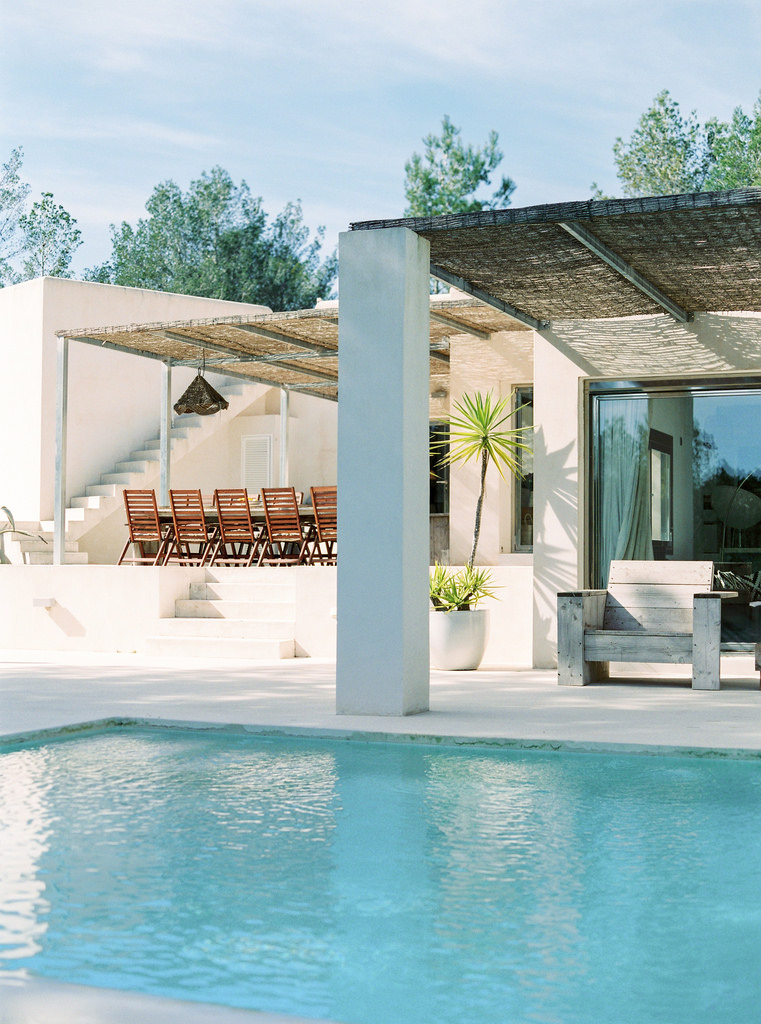
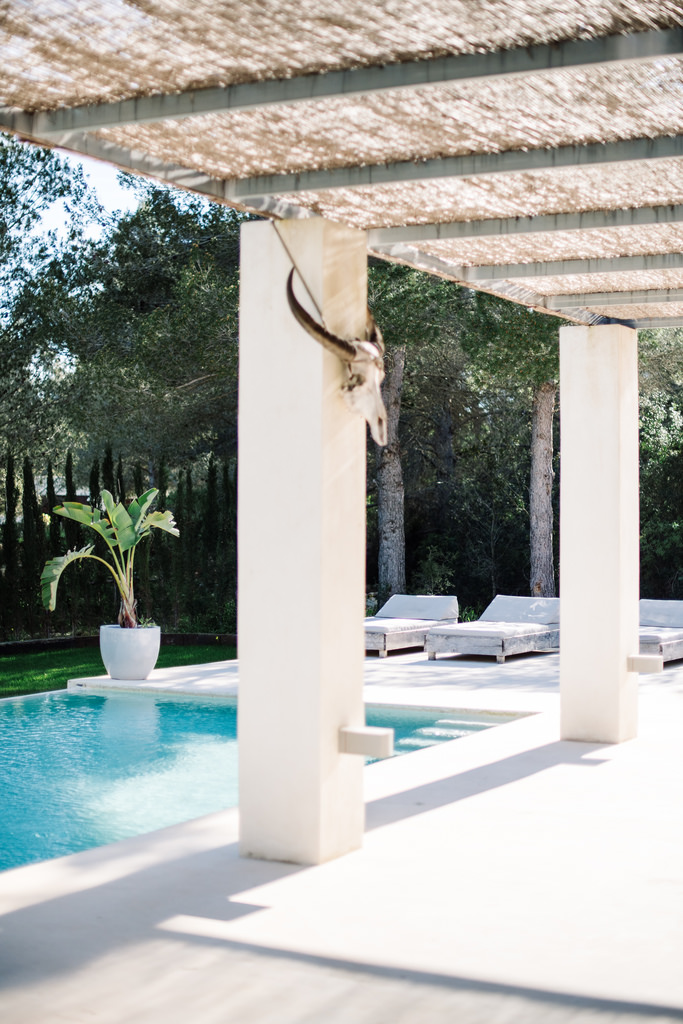
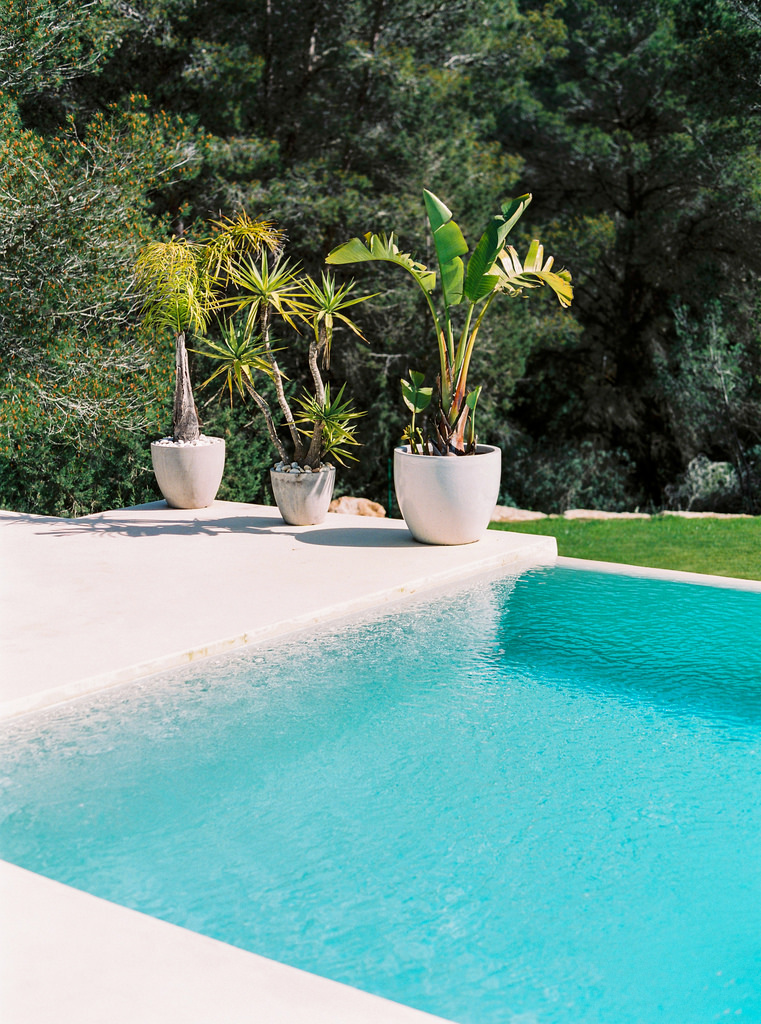
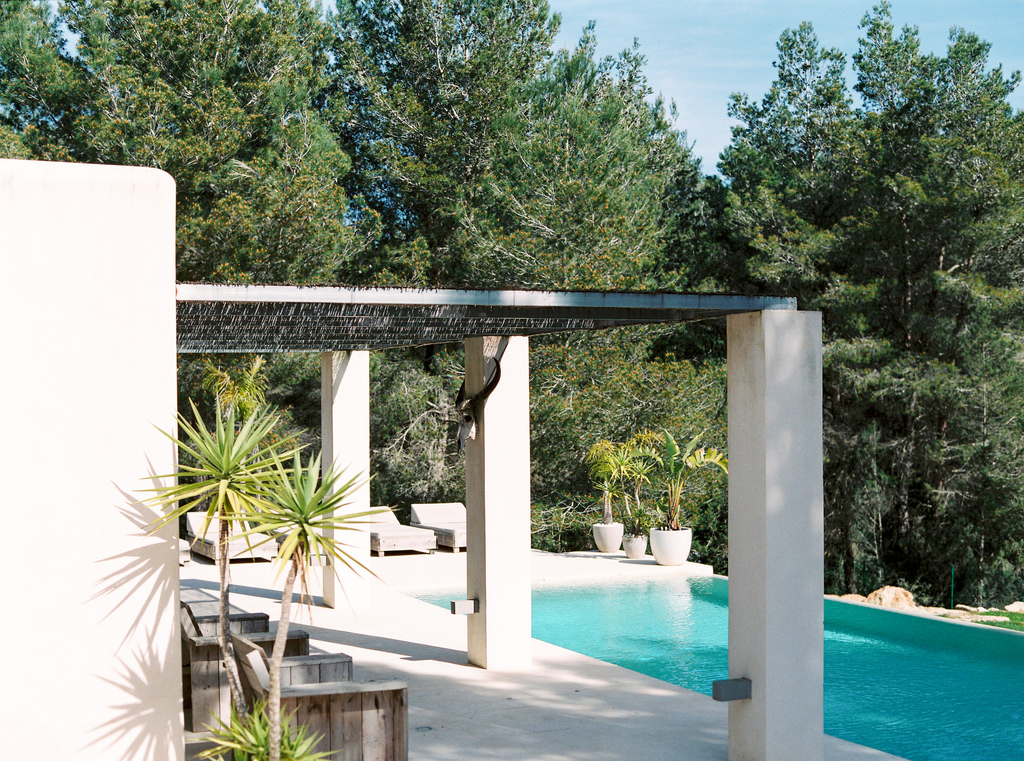
“It made me realise life is too short,” says Georgina. “If it didn’t work out, we could always go back to London and if it did… amazing!” The year was 2005 and they began the dual tasks of setting up their new business in Ibiza and looking to invest in a property. “Everything we looked at just wasn’t right. We had an idea of what we wanted, but our budget didn’t quite match it and one day my dad suggested we buy a plot of land and build – not that he’d ever built a house in his life!” Within a week they’d found a plot of land in Es Cubells and from that point, life as they knew it would change forever. “As soon as we got here, I knew this was it,” says Georgina. “I absolutely loved it and Will thought I was crazy. It was like a forest. But I just had a feeling.” And thus they embarked on a design and construction project that would become their future home, Can Oliva.
Of course, they’d need somewhere to live throughout the building process and when the previous owners offered them the caravan that was sitting on the plot unused, Georgina remembers laughing at the idea of roughing it. “We started to look for places to rent that summer, but since we’d spent almost all of our money on the plot and had a mortgage to build the house, it seemed so expensive. I rang the owners back to say that actually, the caravan sounded amazing!” In the beginning, the couple recall the experience as being quite romantic. “Living in the forest, under the stars – we were happy. We cooked lots of barbecues, drank lots of wine, had outdoor showers and it was really good fun,” says Georgina. “But then it got to October when the rains started. We’d been sitting in our caravan for about three days while the wild winds blew absolutely everything away outside and we knew we had to look for an apartment.”
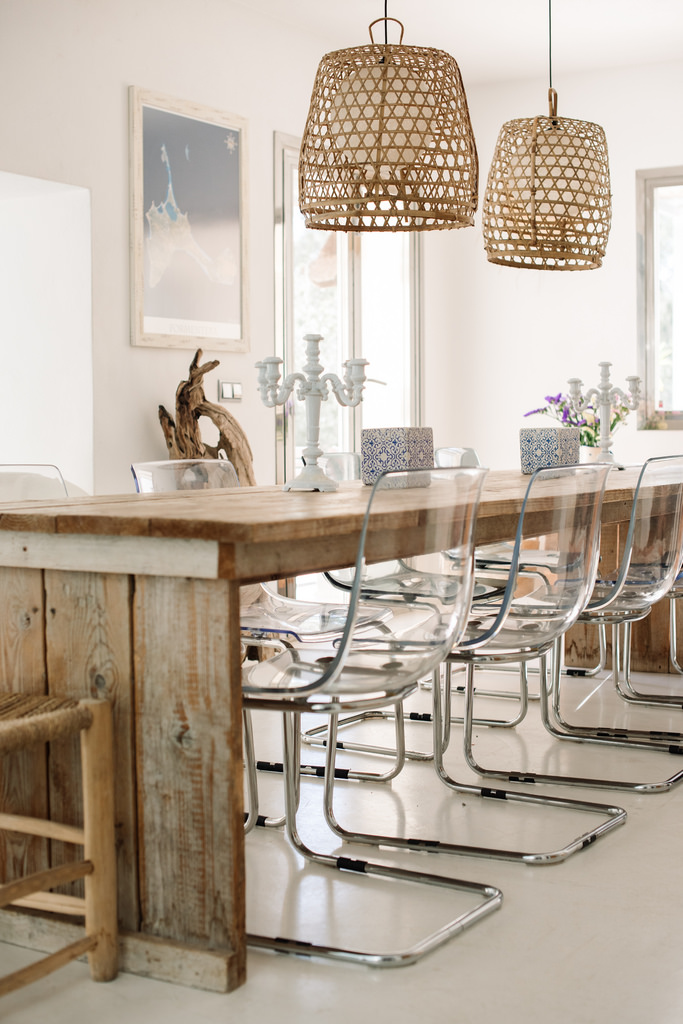
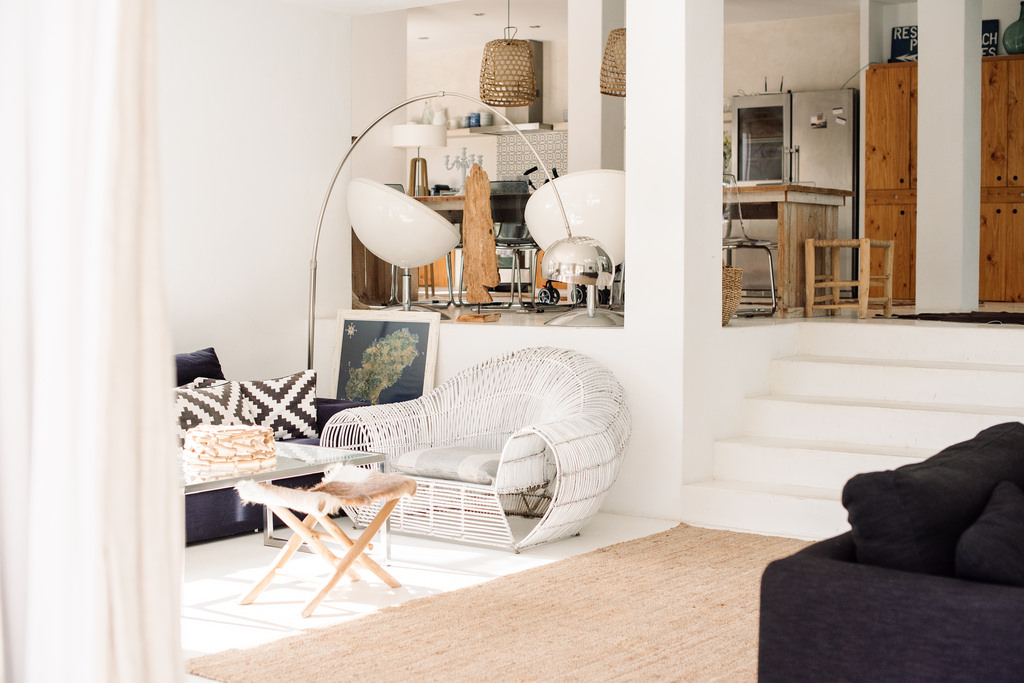
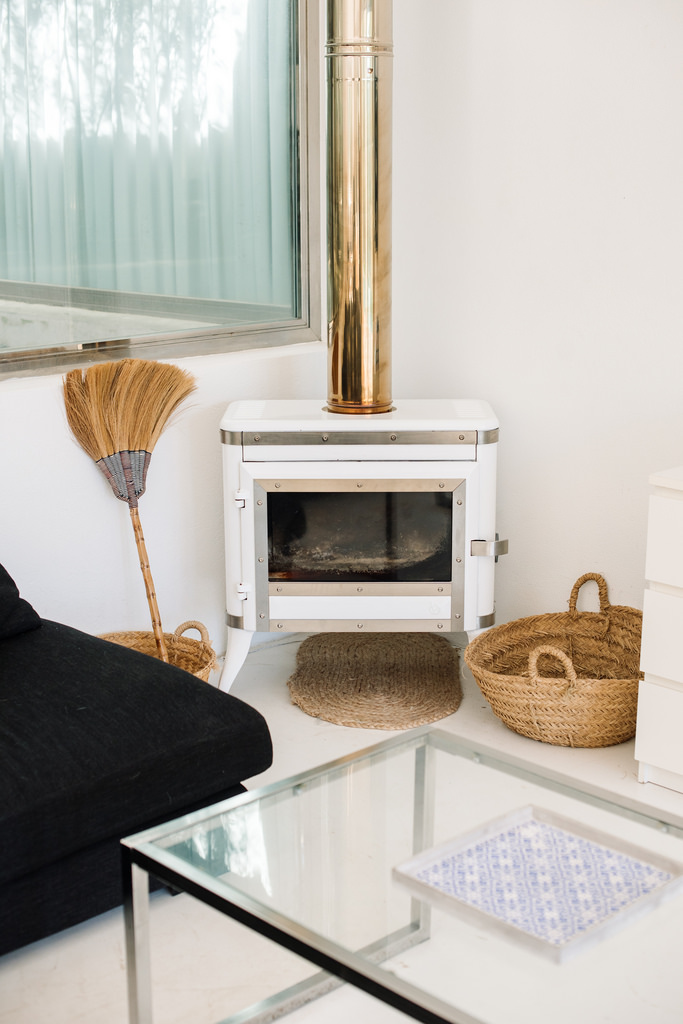
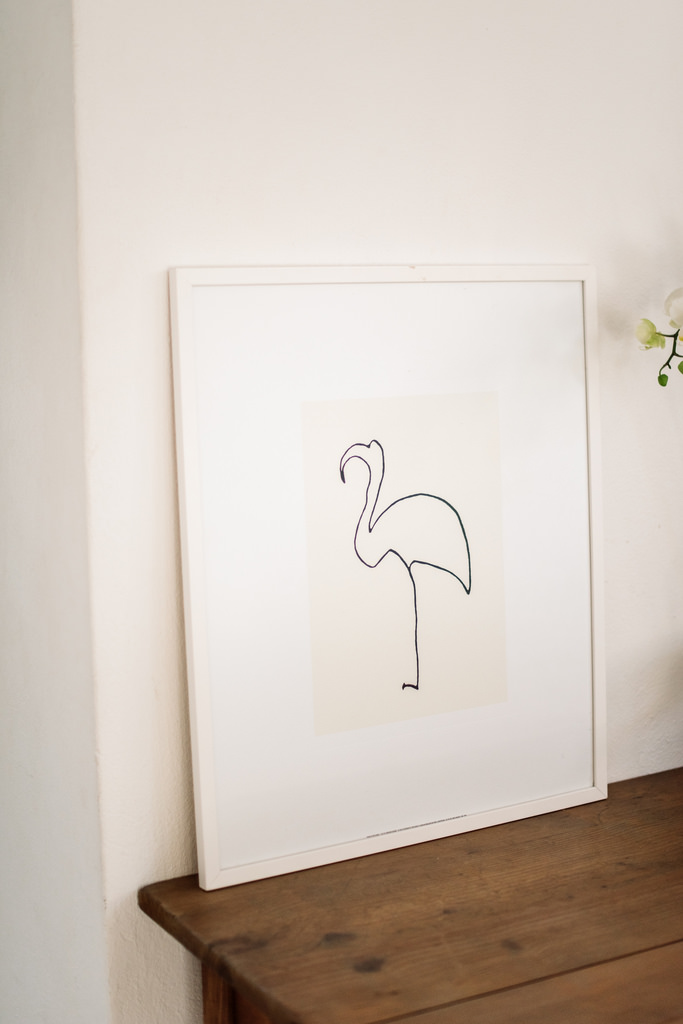
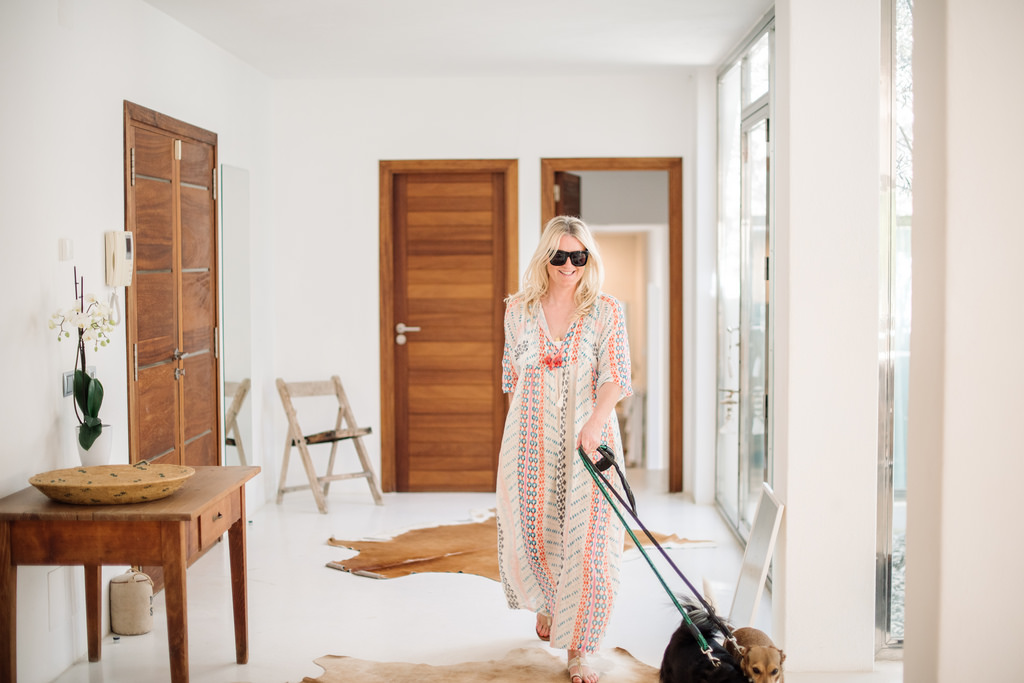
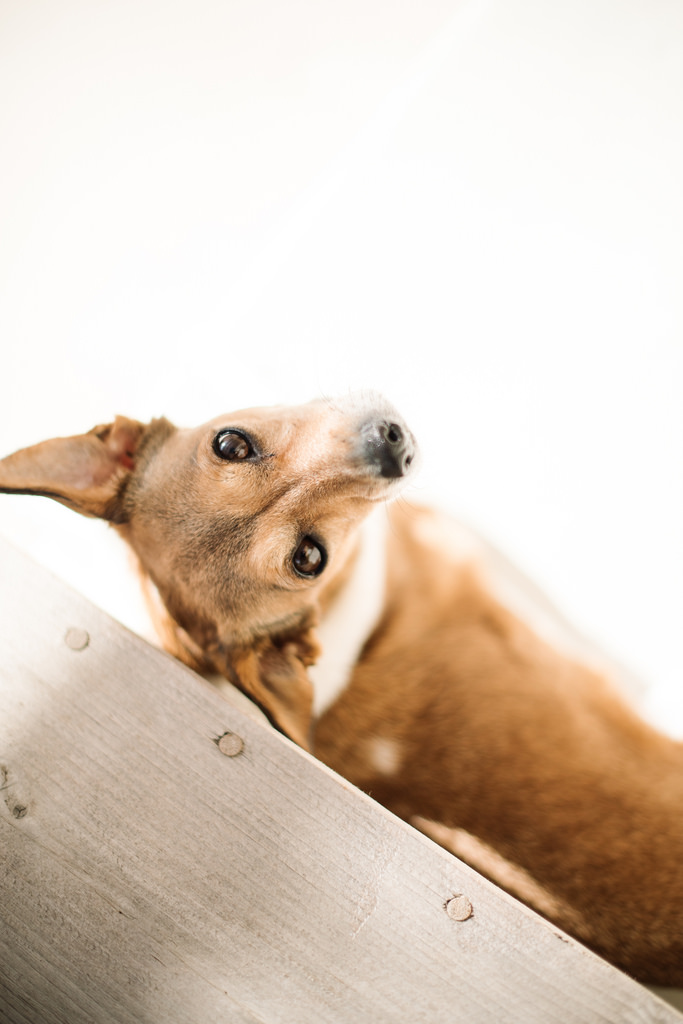
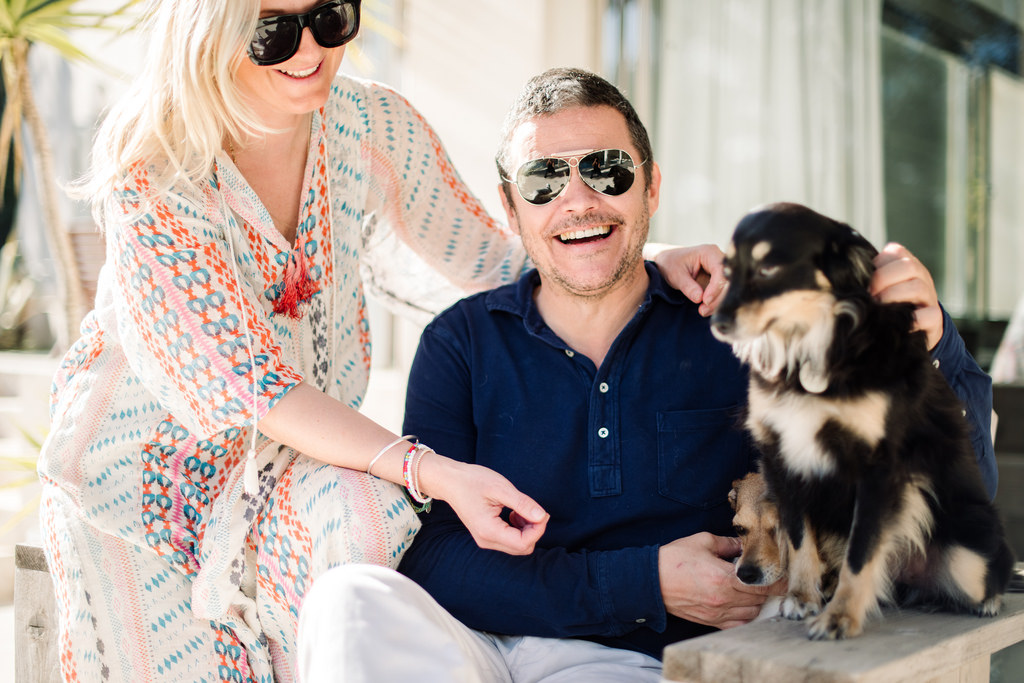
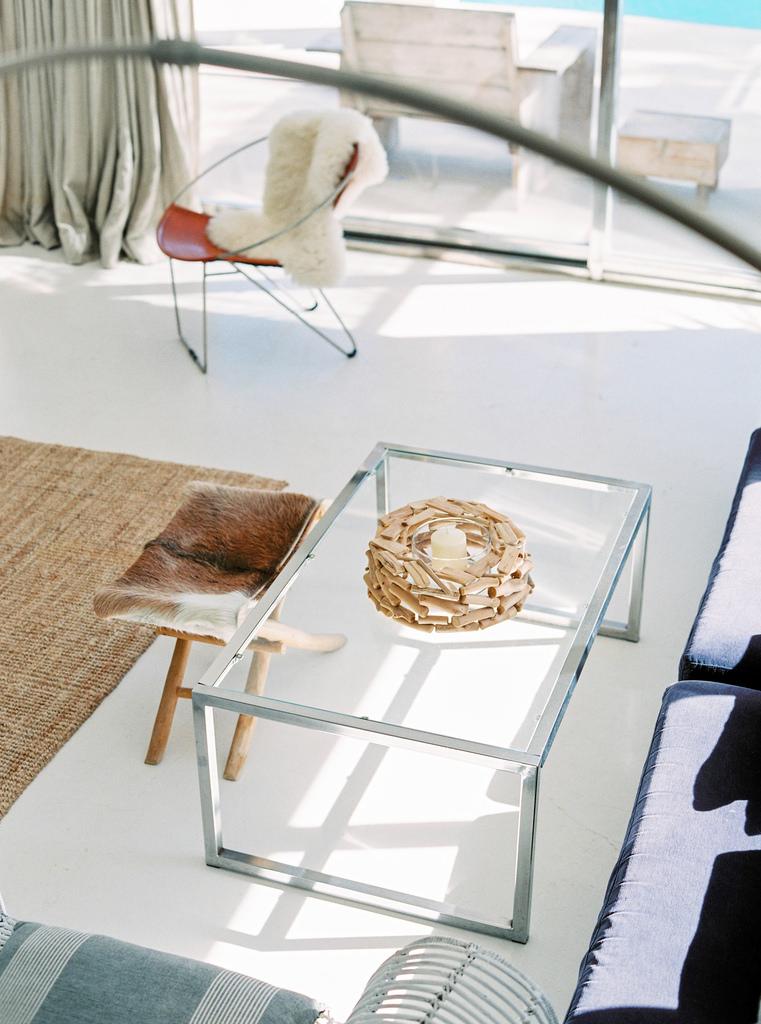
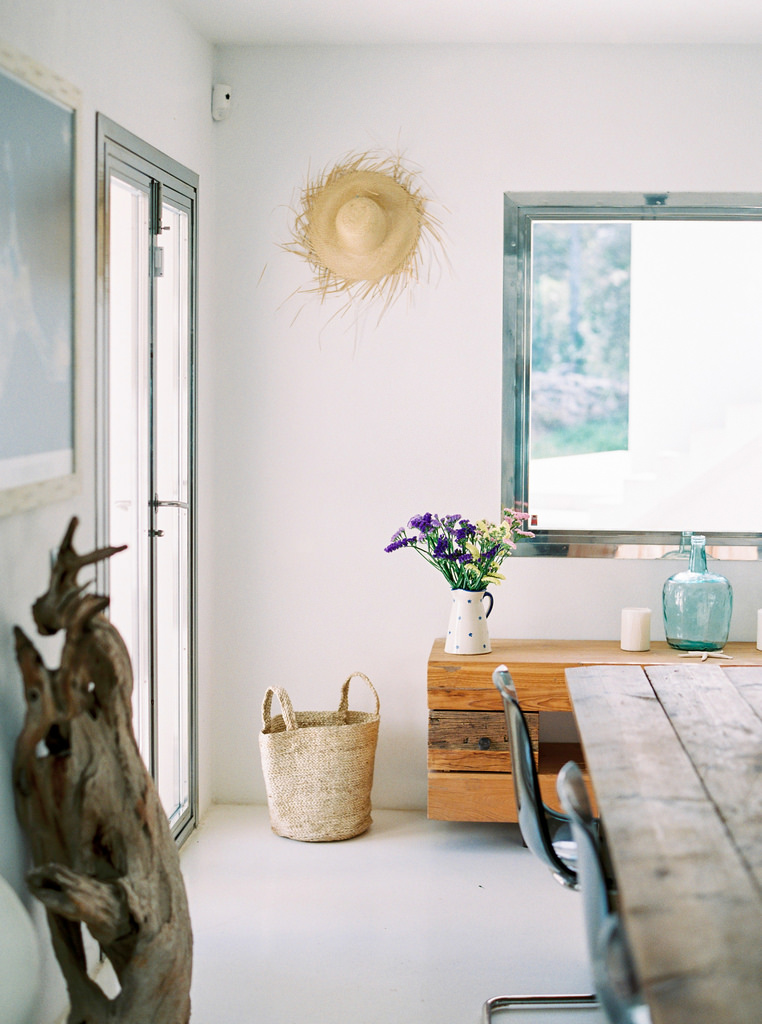
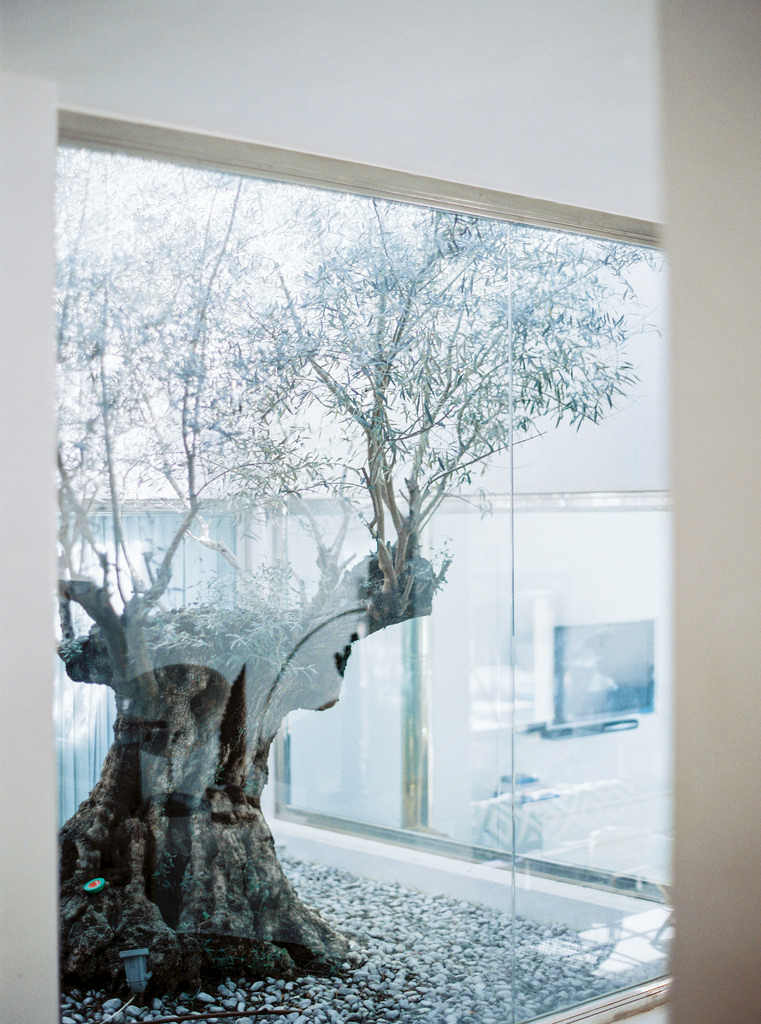
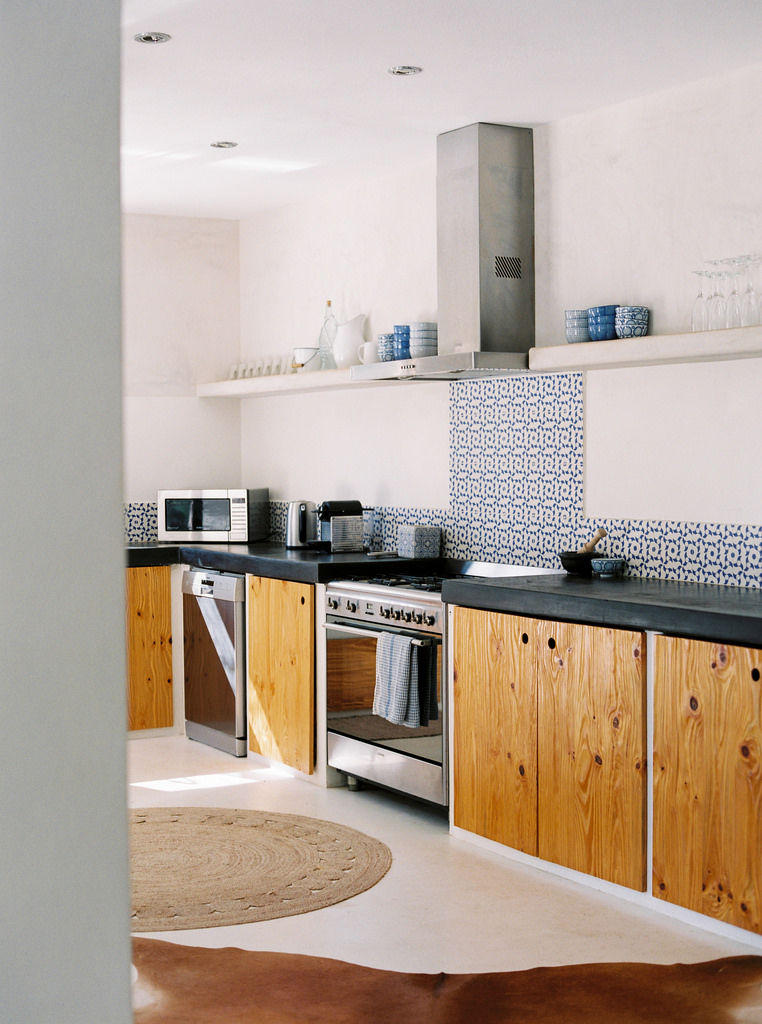
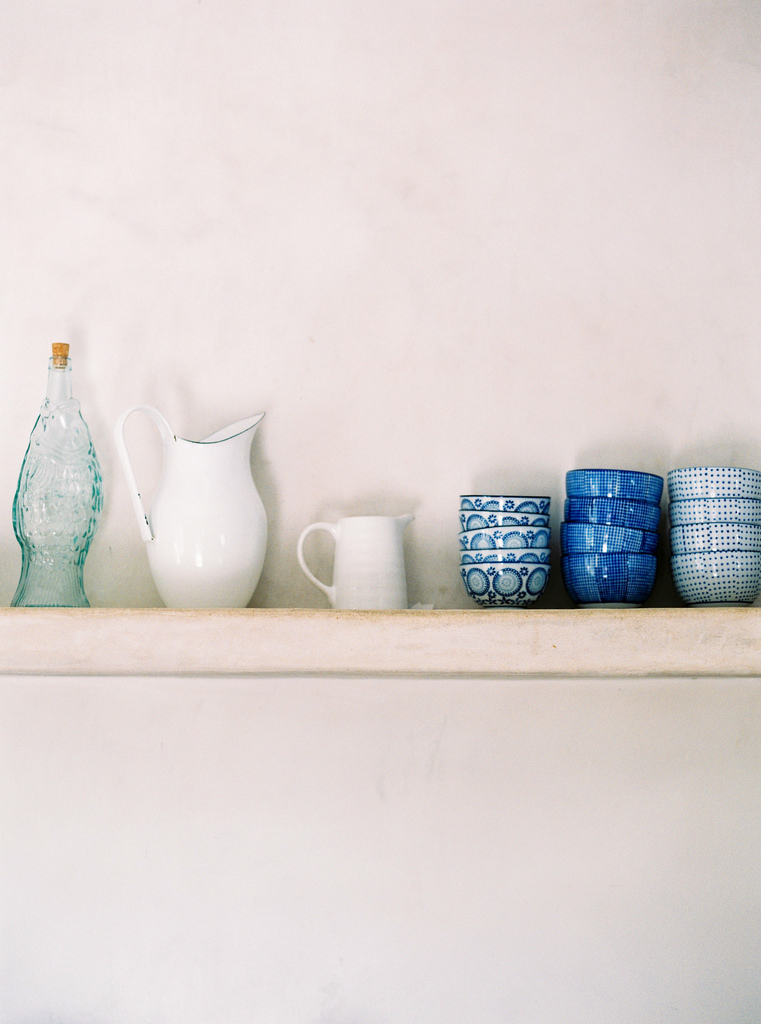
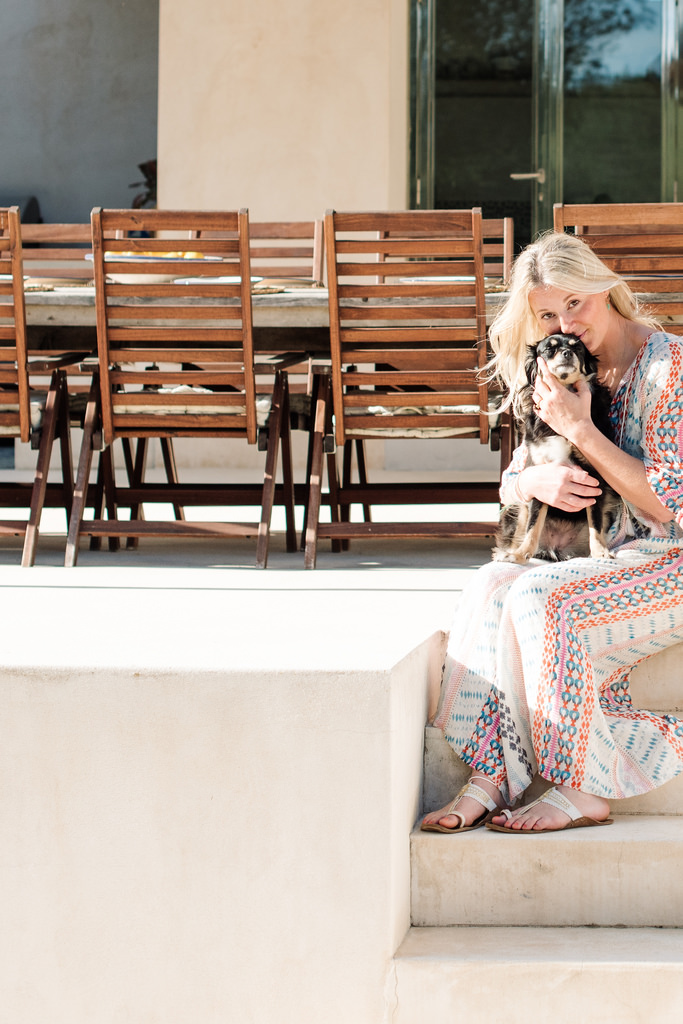
The Es Cubells plot of land came with pre-approved plans to build a home. Typical of traditional Spanish fincas at the time, the design featured closed off dining and living spaces, a small kitchen, tiny windows and many walls placed within the home. Through their new business – 365 Productions – Will and Georgina had been fortunate enough to spend time scouting and shooting many of the island’s most amazing architectural masterpieces, inspiring them to rework the interior of the house to be open plan and add huge windows to allow it to be flooded with natural light. “We’d take pictures of location houses and show them to our lovely builder, who would then incorporate design details within the footprint of the house,” Georgina remembers. They’d always envisioned using the home as a location for shoots, so aesthetics were important and both were extremely hands on throughout the process. “We kept seeing what our clients liked to shoot and would then make changes with the builders as we went along.” One such inspired detail is the striking staircase that goes up an exterior wall of the house – an element that has proved popular with stylists and photographers ever since. Another is the bamboo pergola covering the south-facing chill out area, casting shadows and diffusing the light when the sun hits it at different times of day. The edges of the five-bedroom home were cleverly rounded, giving the new build the appearance of being a restored finca – modern yet rustic. An atrium within the open plan living space brings nature indoors, via a 150-year old olive tree that had to be crane lifted into the space, though at first glance one would think the house had been designed around it.
Can Oliva fuses minimalism with beautiful bohemian touches in a way that doesn’t feel overly styled – despite its owners’ professions. Interiors were inspired by the relaxed, rustic style of Ibicenco fincas, using natural materials like wood, stone and wicker without compromising on modern luxuries. Georgina describes the decorating process as organic, collecting pieces over time from local markets, second hand furniture stores and luxury interior showrooms alike. Life as a prop stylist has had its advantages, with the house ‘inheriting’ an oversized wicker chair from a Gucci advertising campaign shoot and a glamorous sunbed that still bears the marks of Naomi Campbell’s stilettos. “I think I get more excited about interiors now than I do fashion,” Georgina readily admits. Ibiza life has changed over the years – walking the dogs in the countryside takes precedence over dancing, a hectic production schedule means lazing by the beach is part of a mood board rather than reality. Sunrises are still a possibility, thanks to early morning feeds following the birth of their son, Luca. But they wouldn’t have it any other way. “We feel extremely lucky to live in a house we love so much,” Georgina muses. So much more than just a house, Can Oliva bears all the hallmarks of a much-loved Ibiza home and will forever be where her heart is.
Photography by Ana Lui
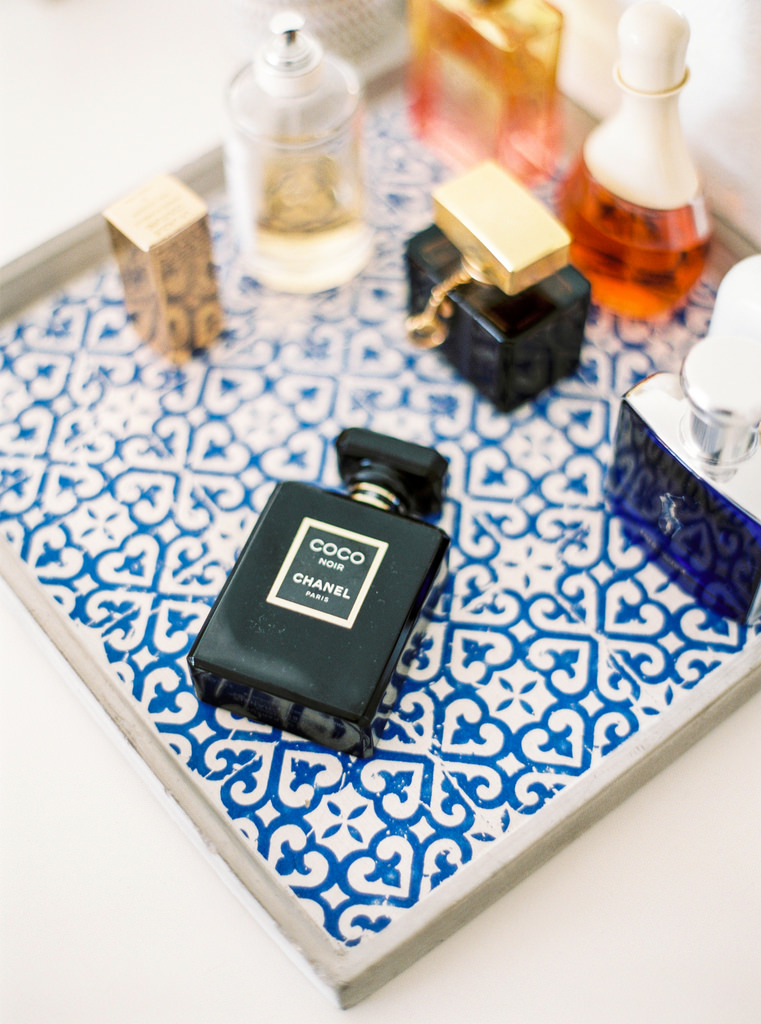
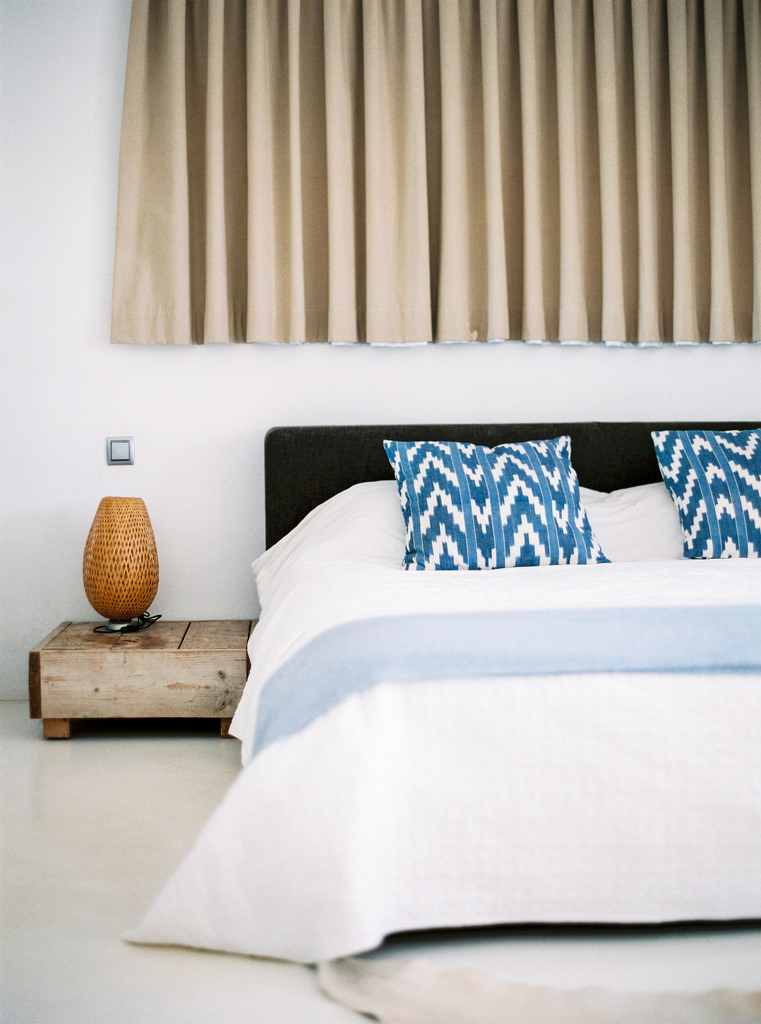
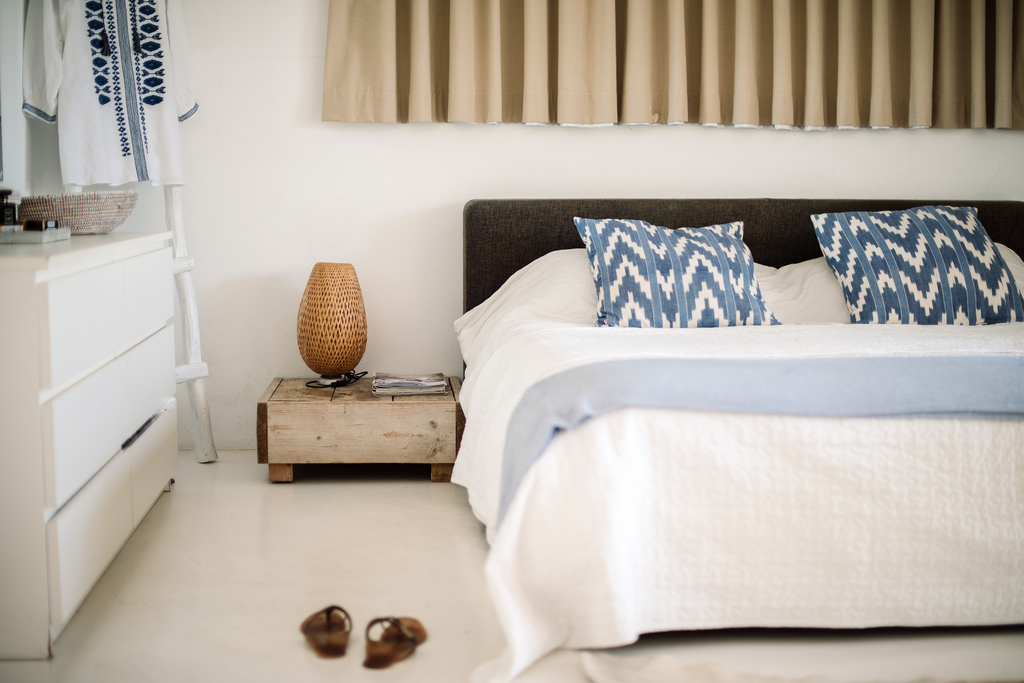
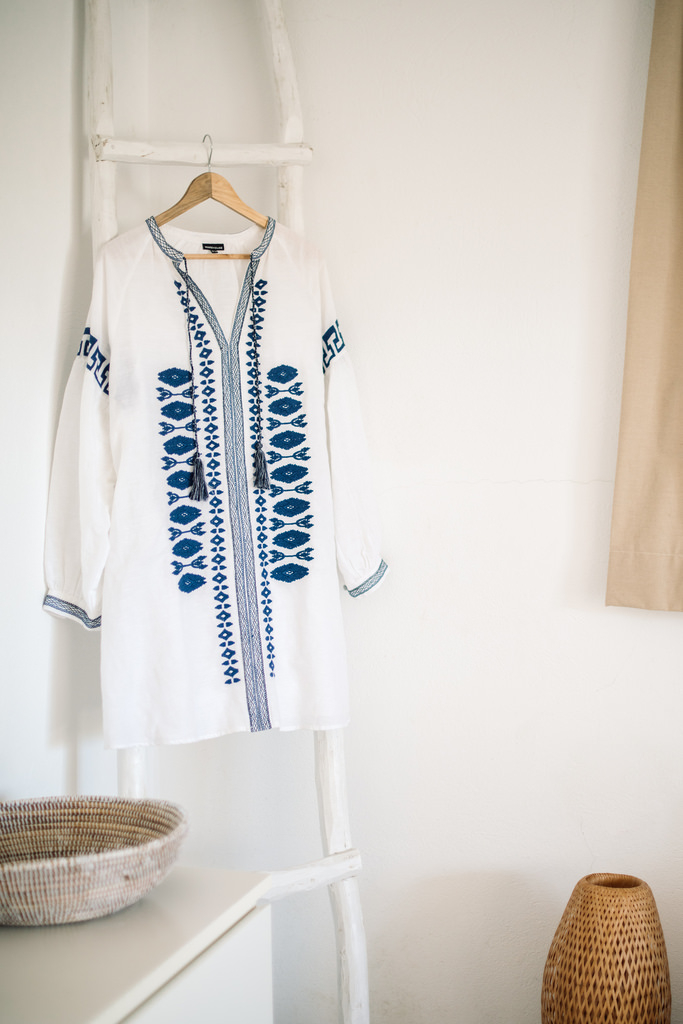
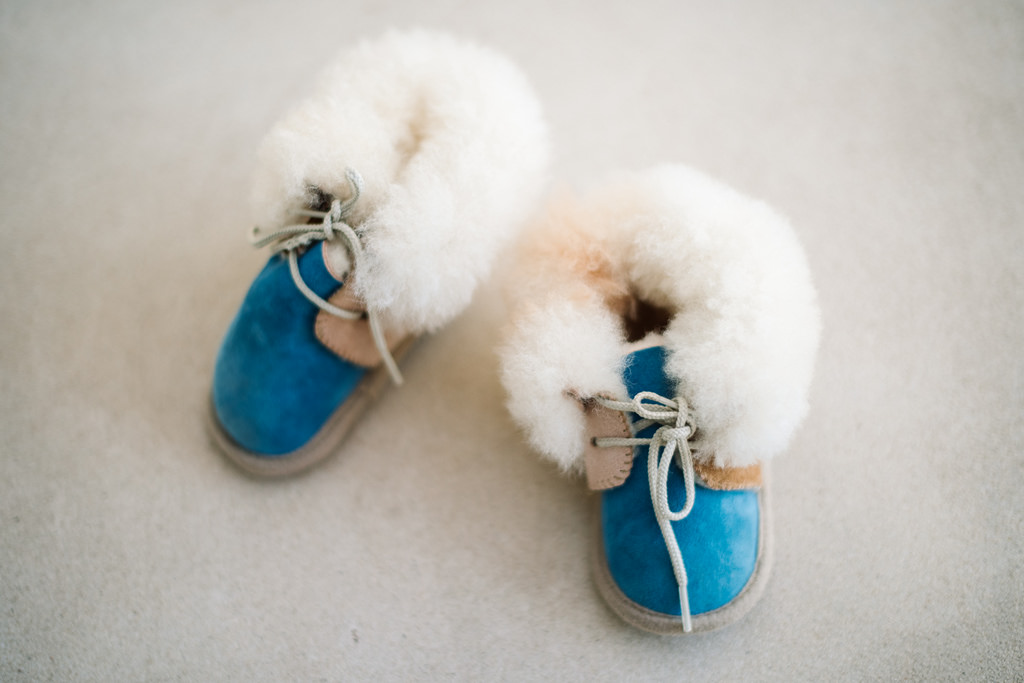
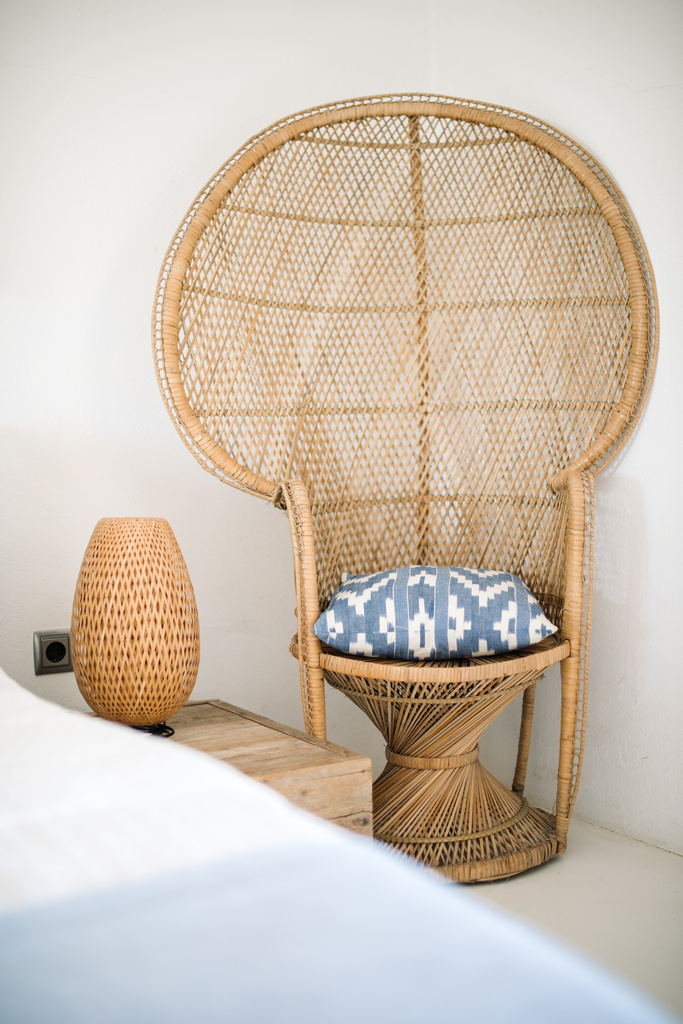
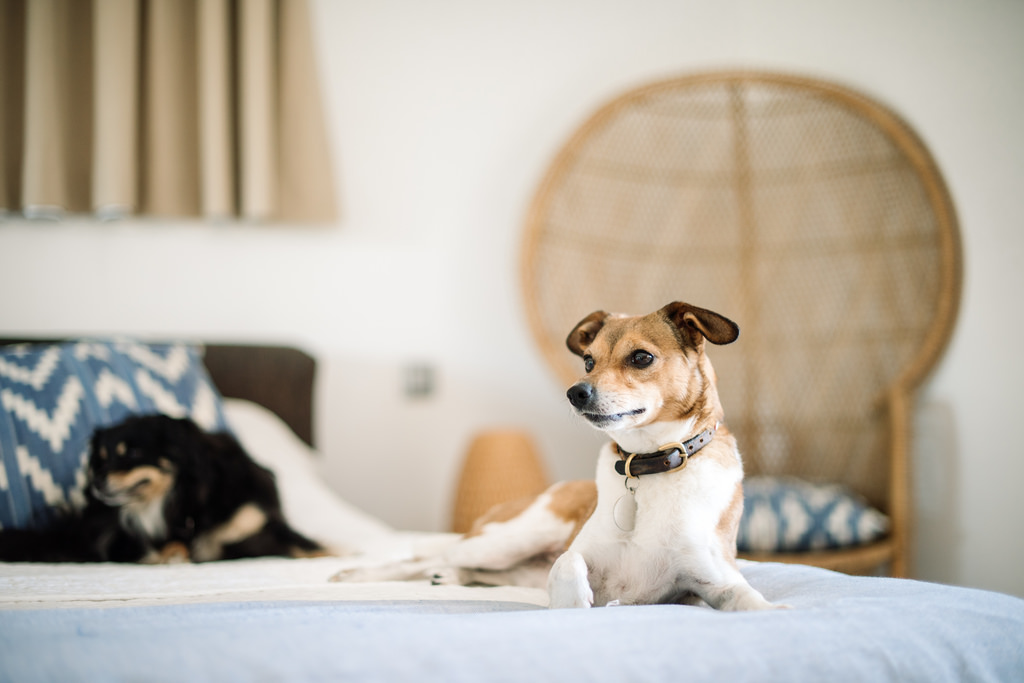
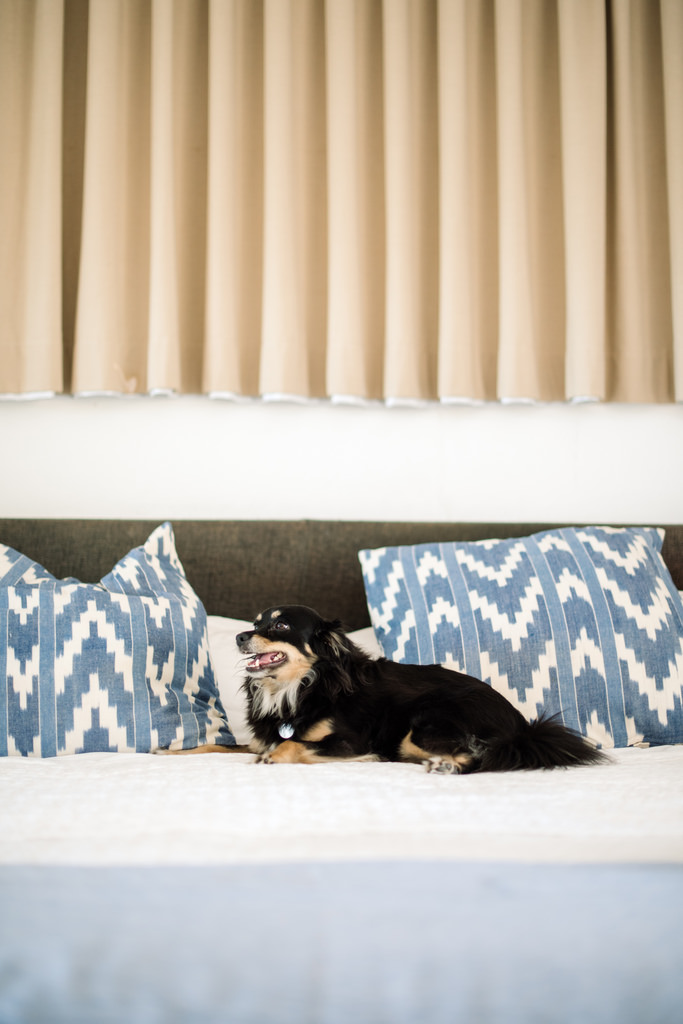
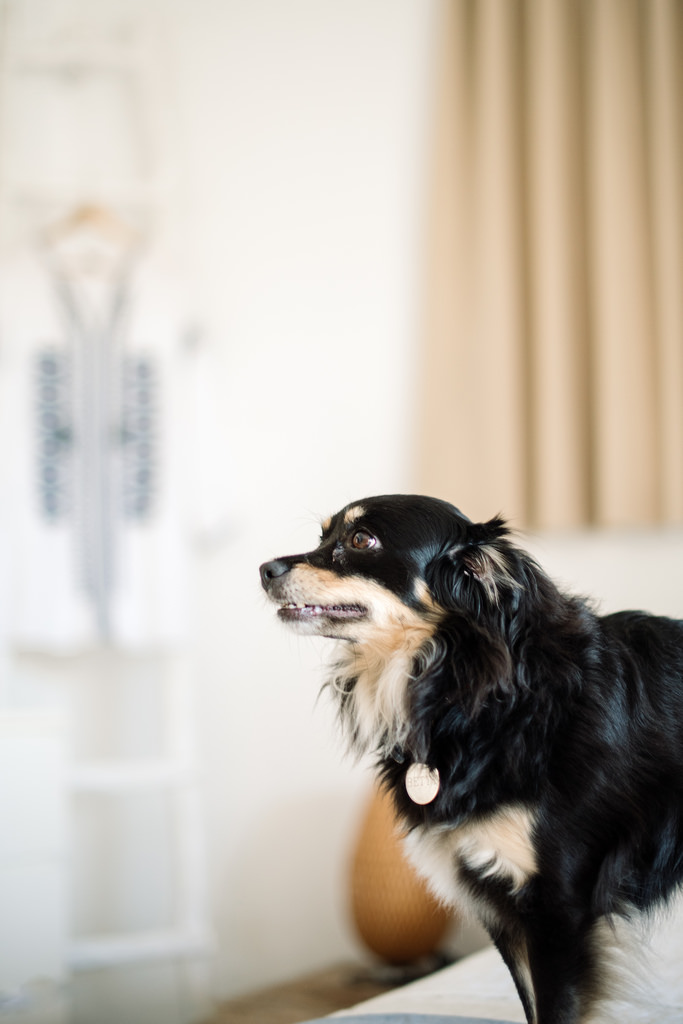
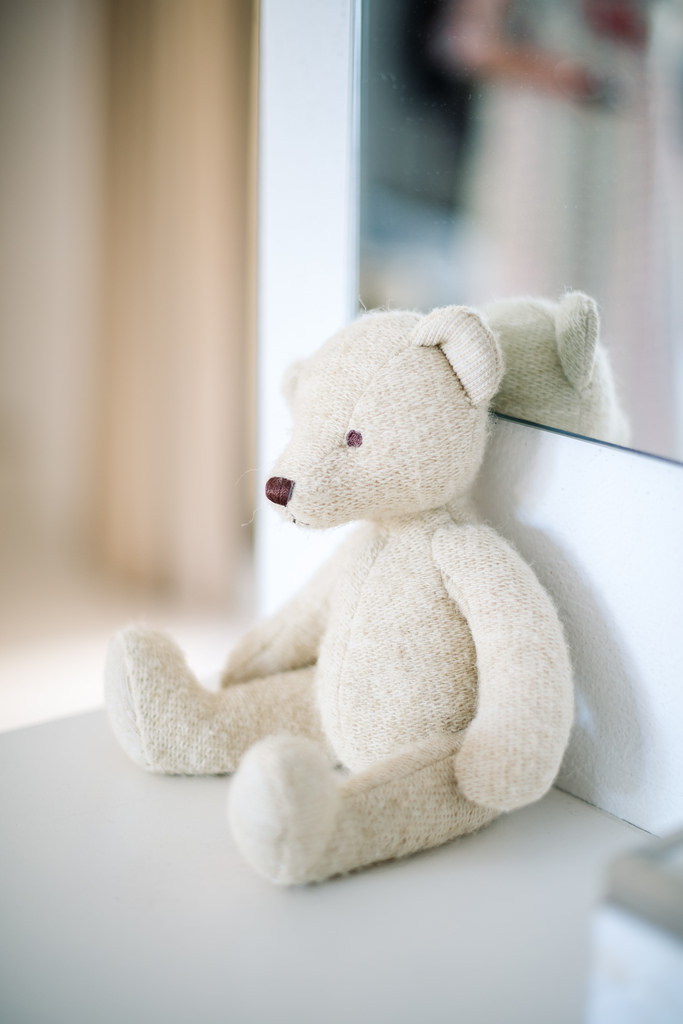
Paul Wilhelm and Regina Potma didn’t know each other when they had their first Ibiza experiences; nor did they know the island would go on to play such an important role in their lives. Today, it is a symbol of their future – the place where they envision their families coming together to share a space – and their beautiful home, Can Cordeta, is a testament to their passion. Passion for each other, passion for design and of course, passion for Ibiza. Paul’s first visit was in 1991, when he felt an instant connection to the hippy vibes and bohemian spirit. Year after year, he would return, renting villas for a month at a time with groups of friends until eventually, he was inspired to invest in a plot of land to create a holiday home of his own. In 2006, some friends led him to a rocky, dry plot in Es Cubells – needing much work and much love to transform it into a home – and he knew he had found the place.
Regina had her own unique connection to Ibiza; born in Rio de Janeiro to her Dutch father and Brazilian mother, later schooled internationally in Washington DC, it was a subconscious desire to connect with nature that saw her seek out the white isle after the birth of her first child in 2002. It was at that time her father told her of his youthful travels to the island, telling her of the authentic sense of freedom he had felt. Suddenly, she had a feeling of arriving home. The connection was to both her birthplace and her family. When two became one seven years ago, Paul and Regina embarked on the creative process of designing their Ibiza home together. “Our lives in Amsterdam are very different,” explains Regina. “We had whole life stories before we met each other – we each had different children from different backgrounds and they all have their own lives, so we really respect that, and keep our own spaces. But here in Ibiza, this is where Paul and I have our own space. It’s where we really unite.”
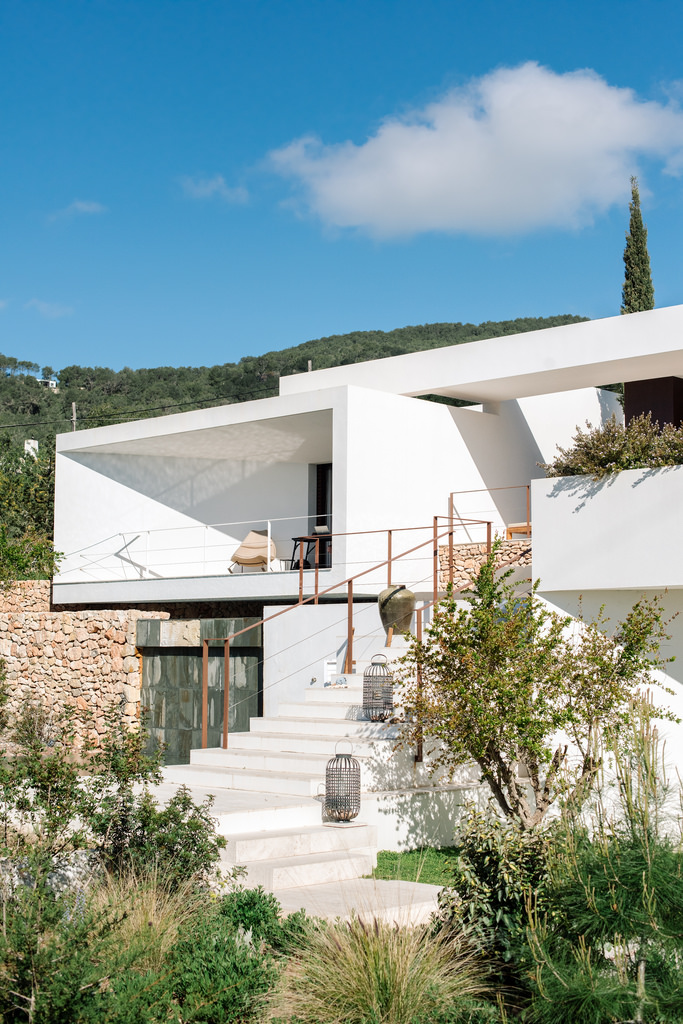
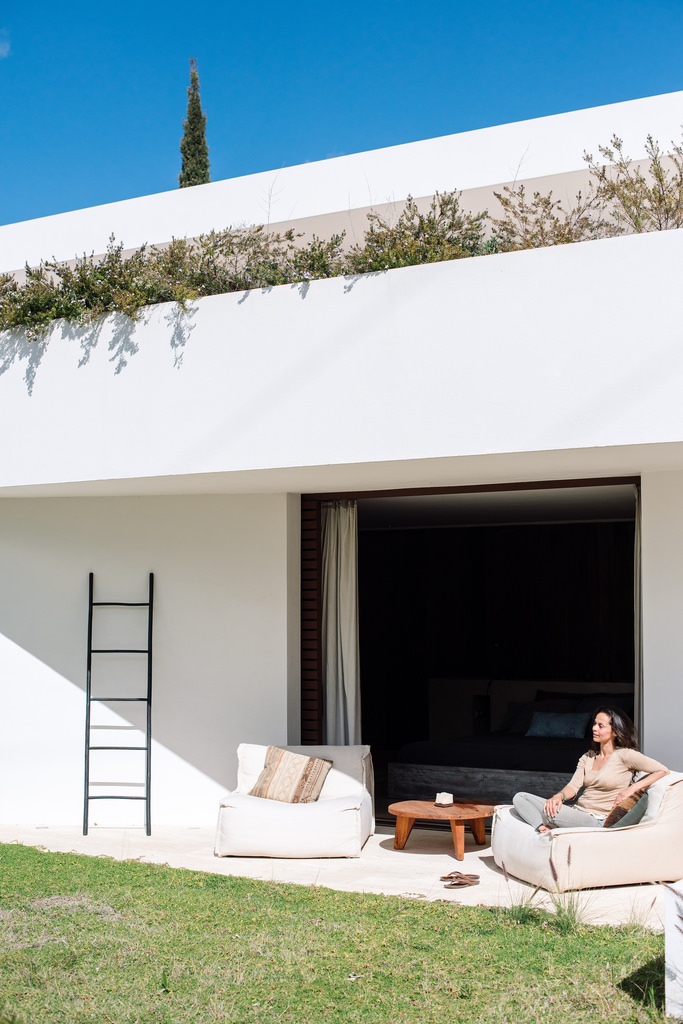
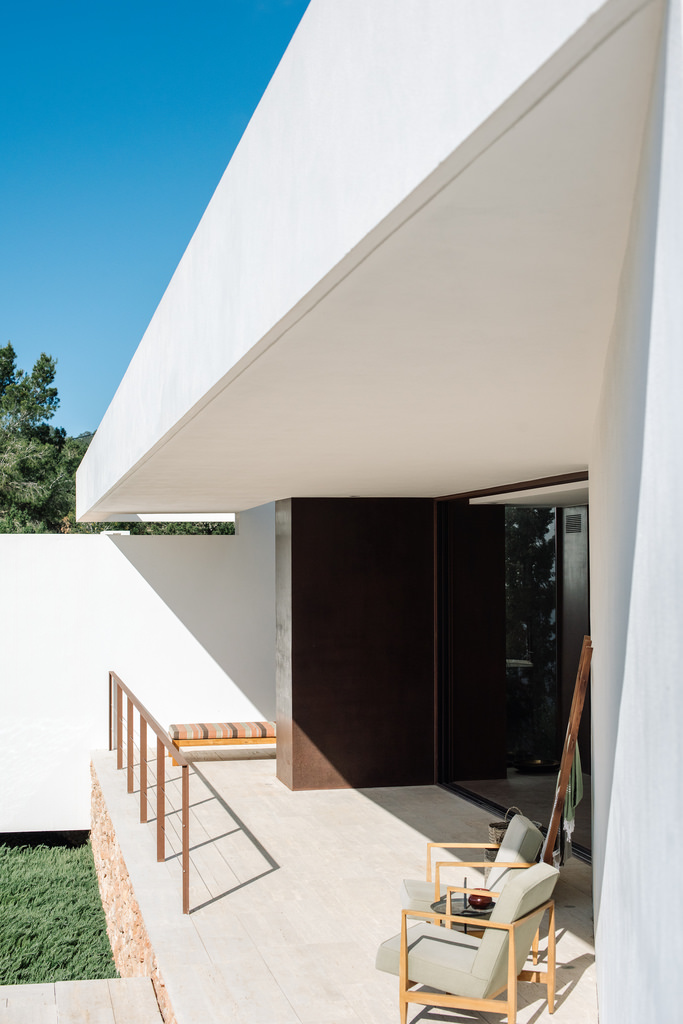
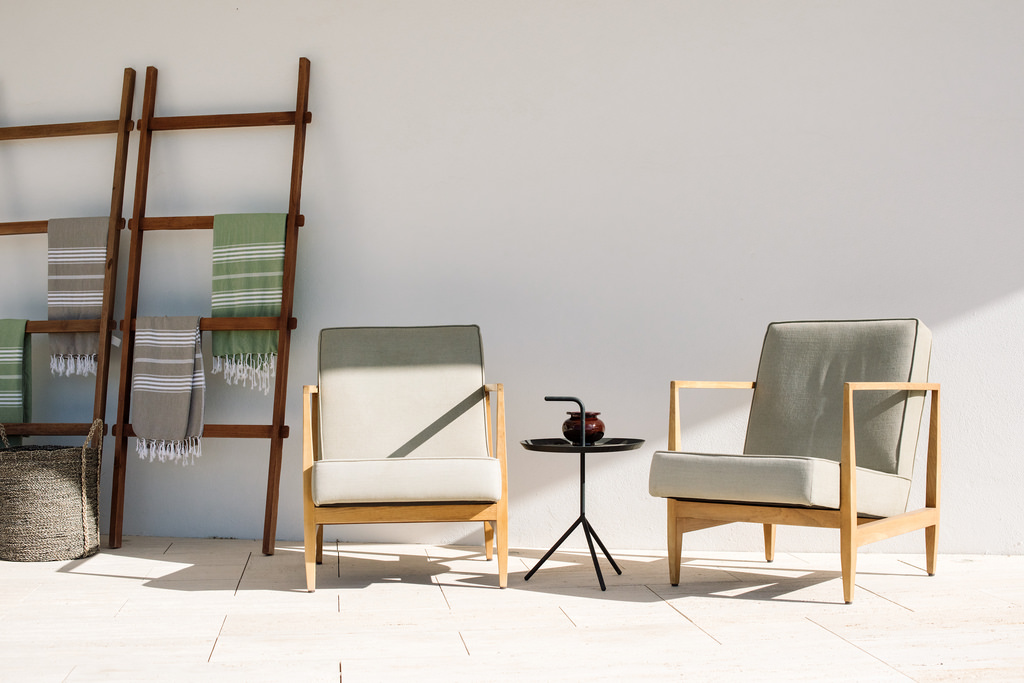
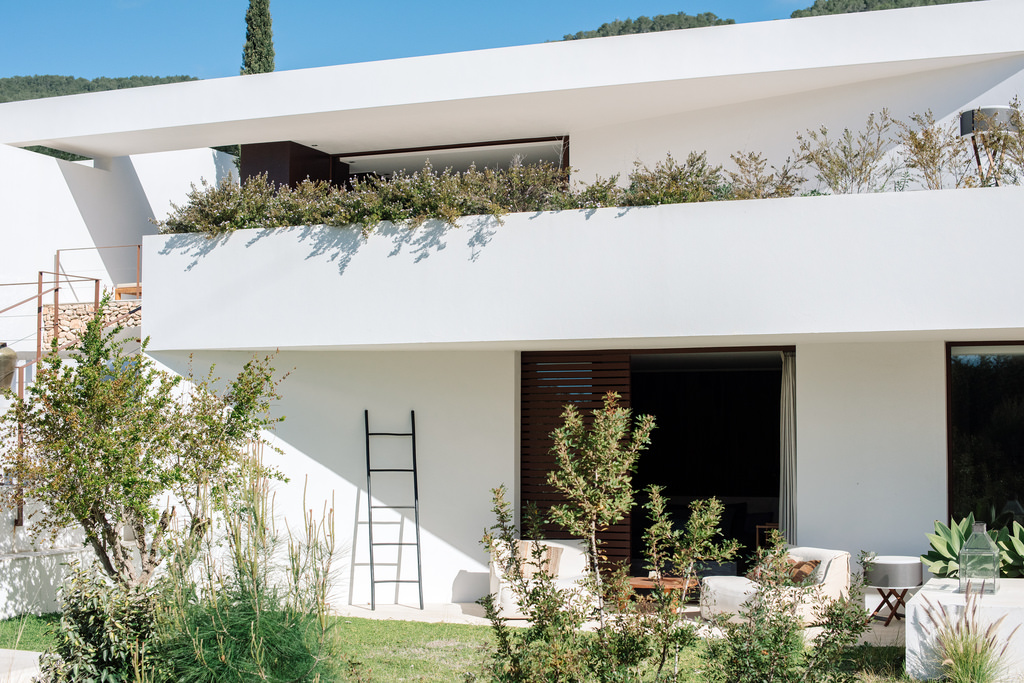
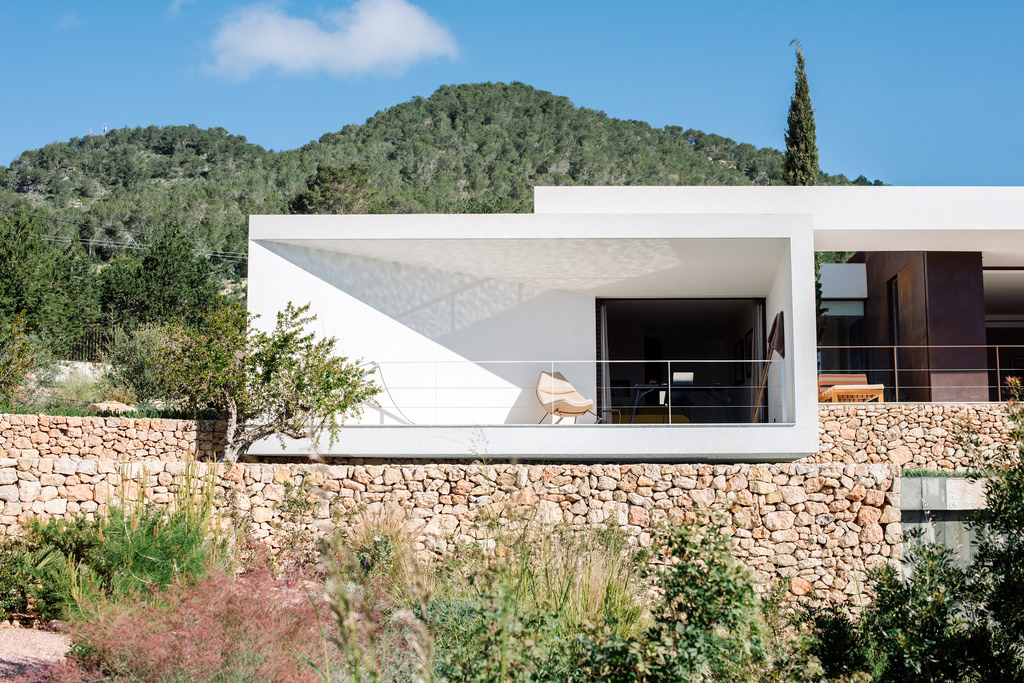
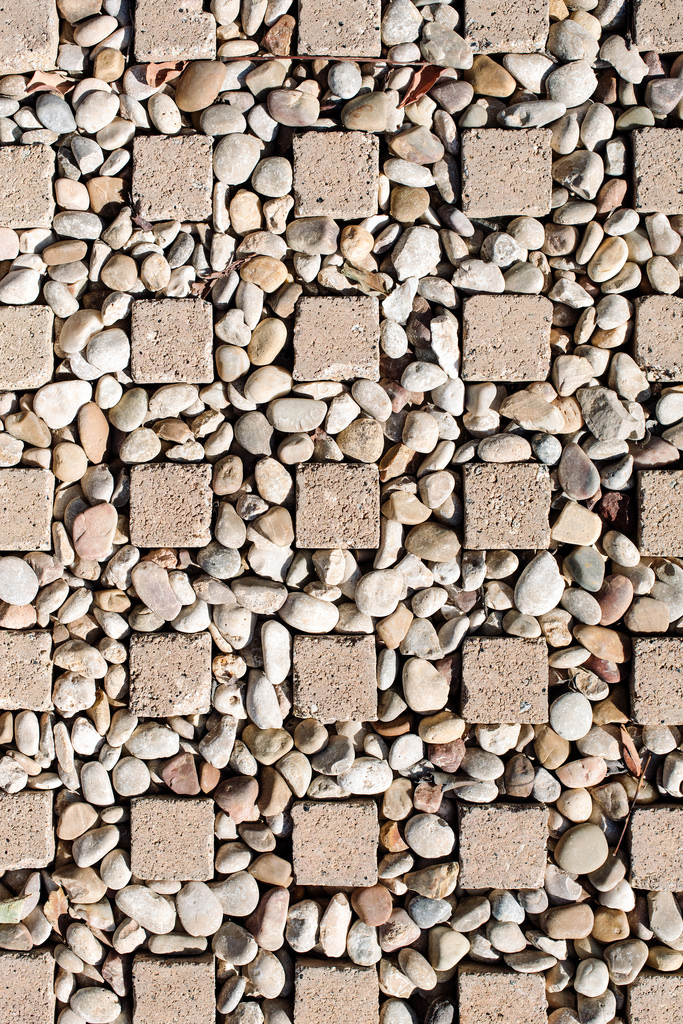
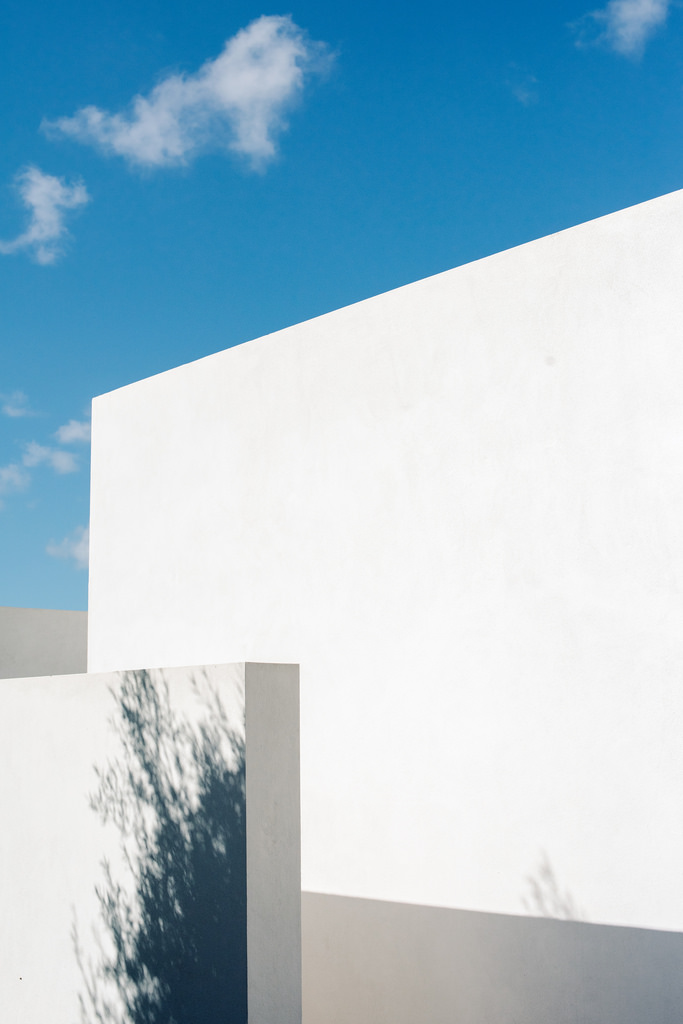
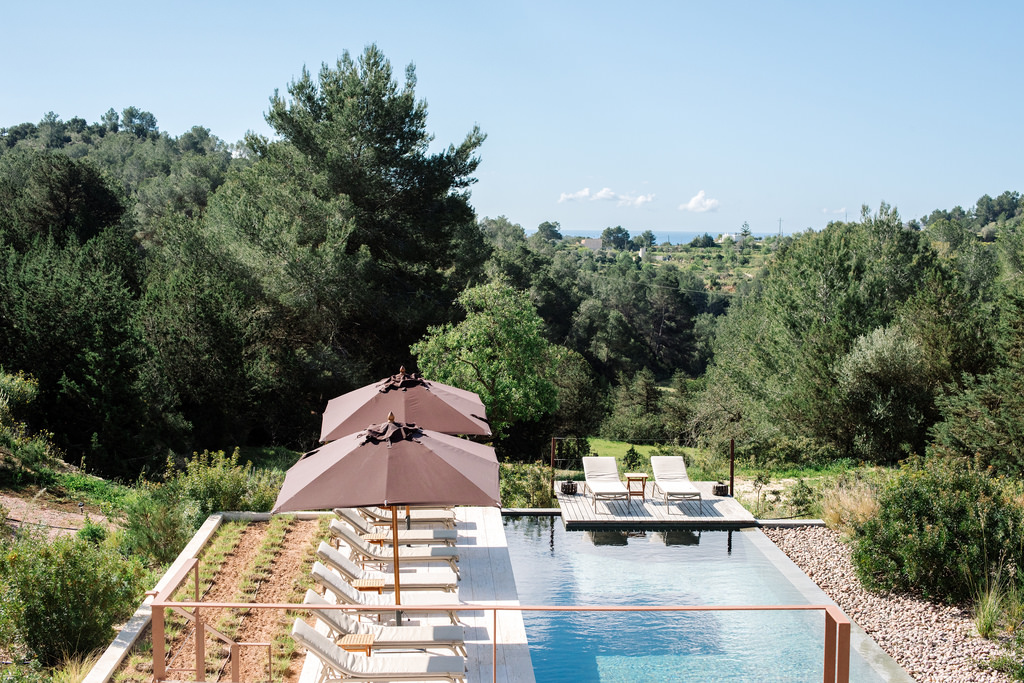
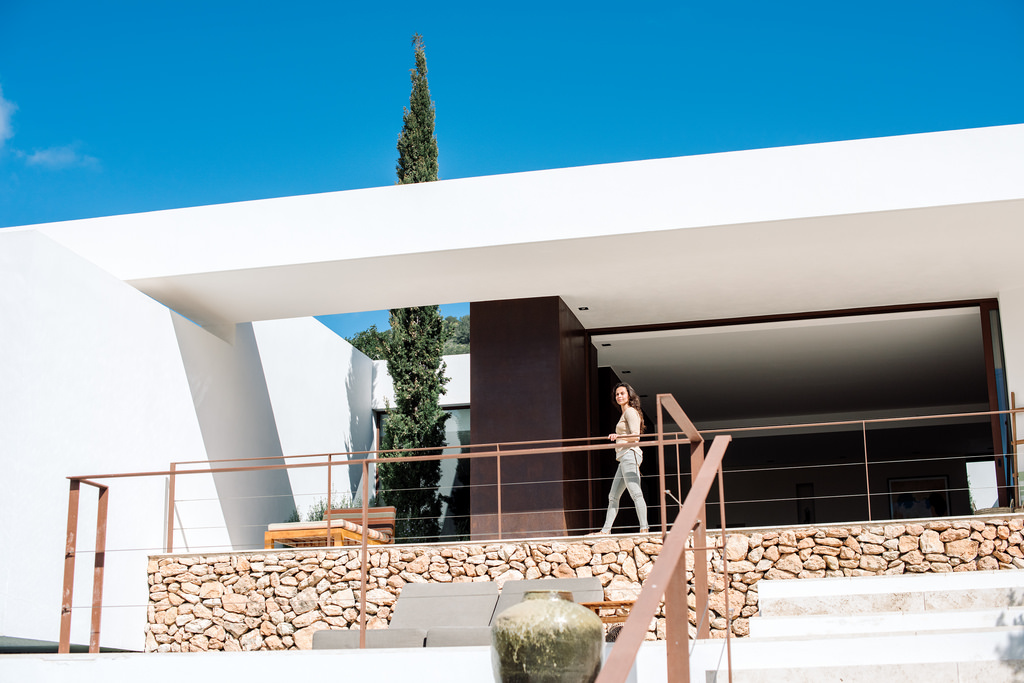
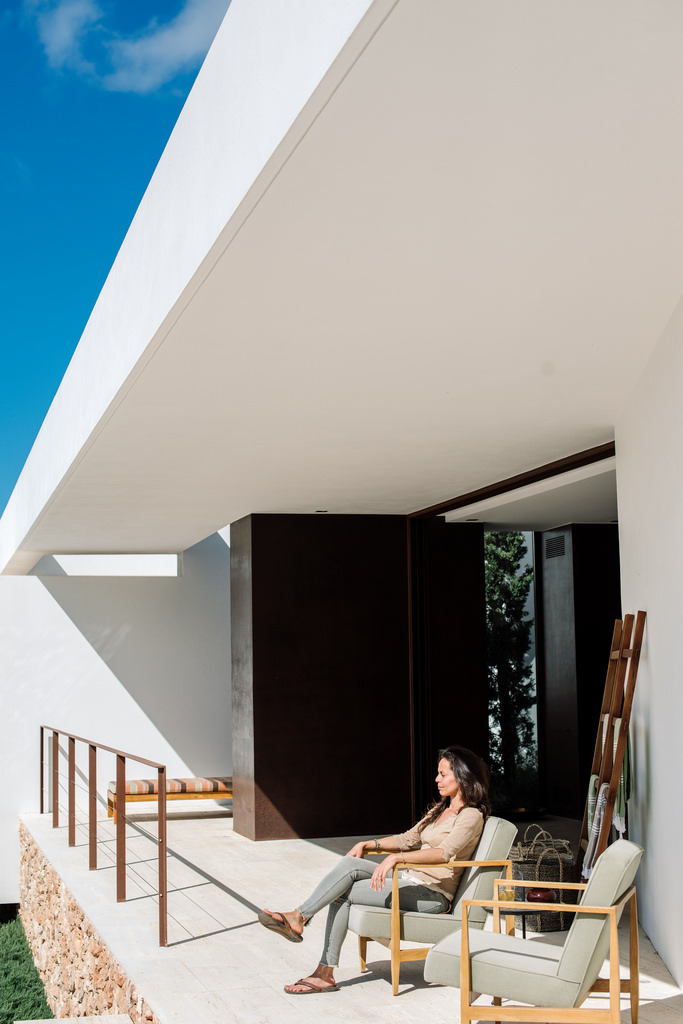
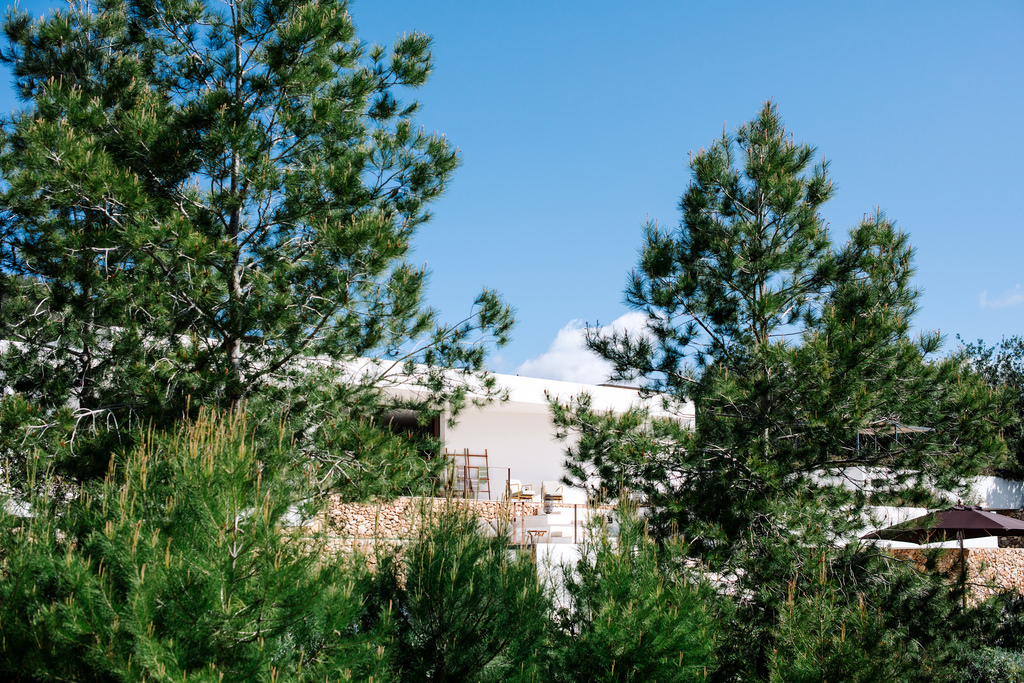
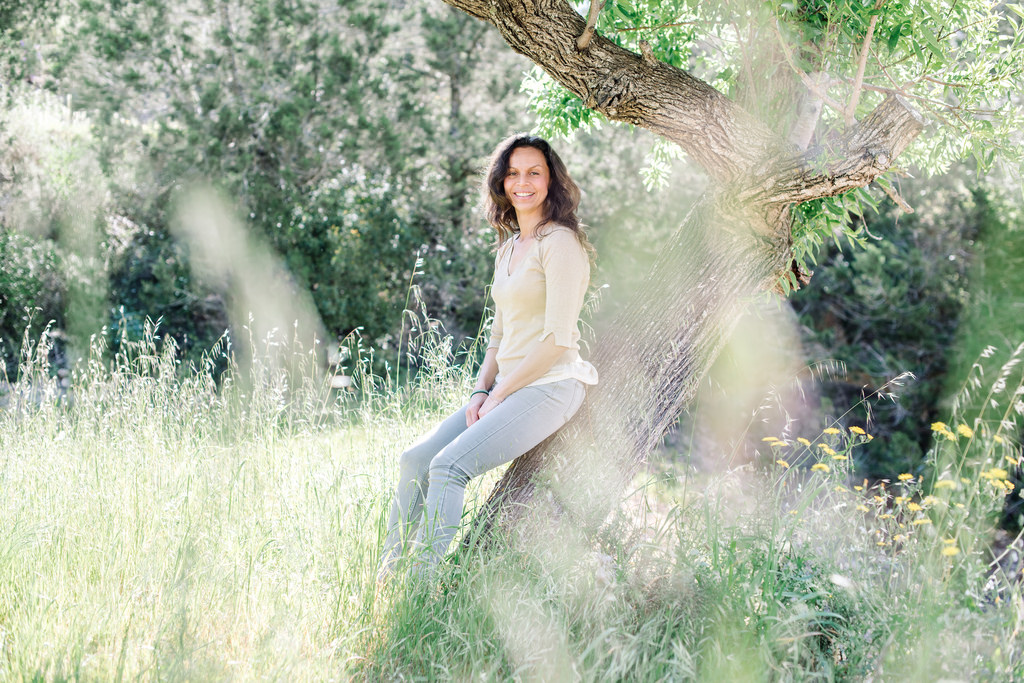
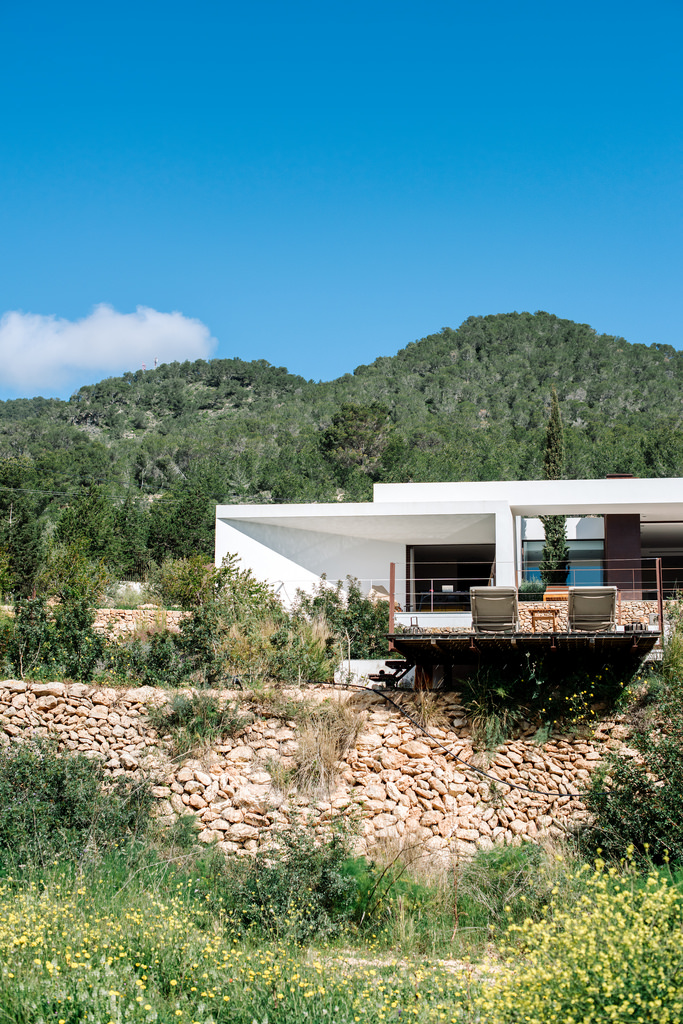
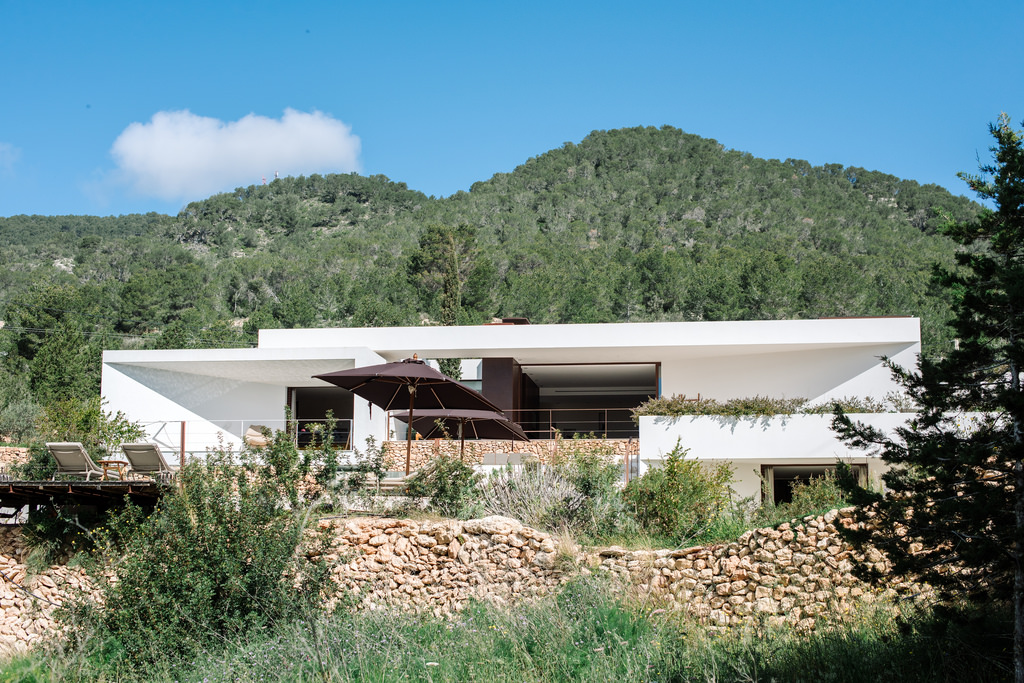
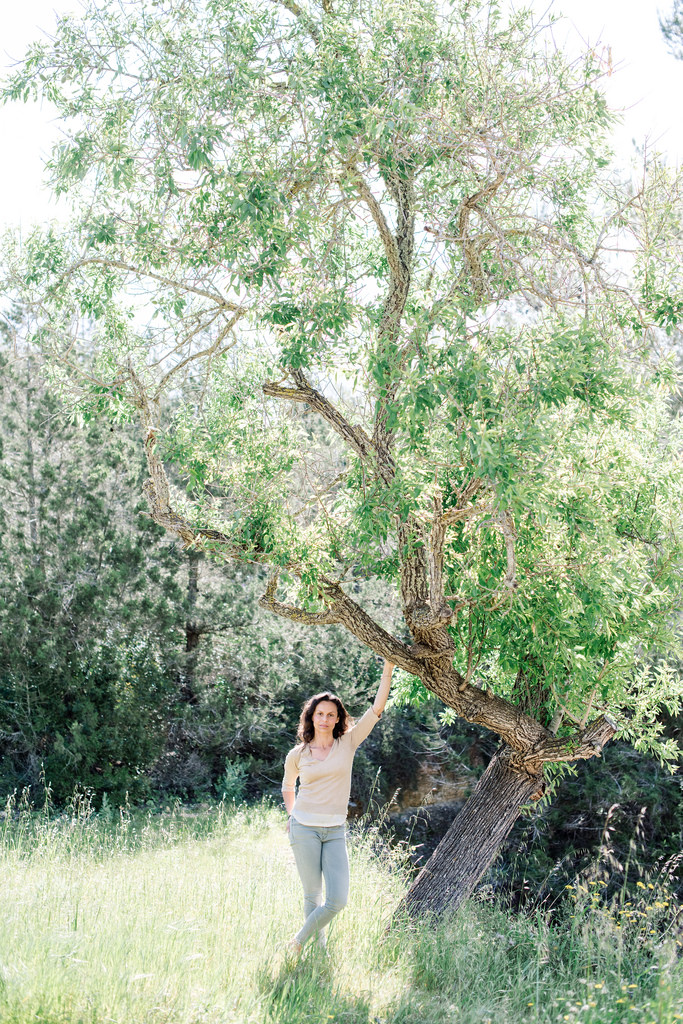
Interestingly, the creative process began after the couple undertook an intensive yoga teacher training course together. “We brought that shared energy into the house,” says Regina, who is also a yoga teacher and Ayurvedic therapist in Holland. “It was a very intense year but I think if we hadn’t done it, it would have been impossible to stay together! I get up and go to bed with yoga, so it was important for me to be with someone who wasn’t going to get annoyed and want to throw my mat out the window.” This shared holistic experience influenced the design process of Can Cordeta in many ways. “By doing the training together, it allowed us to connect in a different way – going beyond the connection of people, or lovers,” Regina explains. “We then wanted to find that same connection, that union, but with nature and with the elements, in our home. There is an Ayurvedic theory that there are five elements – earth, water, air, fire and ether – and we have brought each of these together into the house. That’s why I believe there is such harmony here.”
The couple enlisted ibiza-based Madrilenian architect Jairo Hernández to design the villa after falling in love with his sincerity, his passion and his total understanding for their desire to create something with a natural feeling while retaining a contemporary ambience. Inspired by the cutting edge, cubic work of the late Catalonian architect Josef Antonio Coderch, the brief was to recreate the box-like shapes of his works, bringing nature in and around – from trees growing within atriums in the house, to enormous floor to ceiling windows that created a seamless indoor and outdoor living space. “He saved my life,” says Paul of his connection with Hernández. “There were times when I just wanted to give up. Without him, it would have been impossible.” Developing a property long distance is not without its challenges, and it was the architect’s tenacity, vision and understanding of the local construction market that helped them reach the finish line in 2016. “Jairo was the most committed person I have ever met,” says Regina. “But another amazing thing I saw during the project was the way Paul would hold onto the design. He’d stick to his plans, no matter what.”
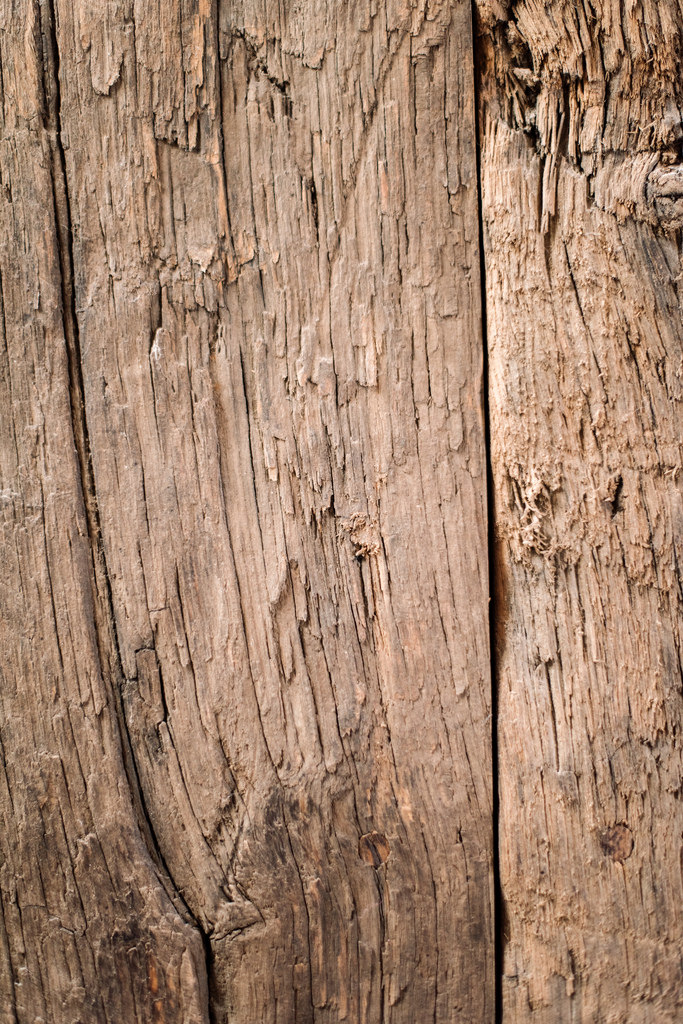
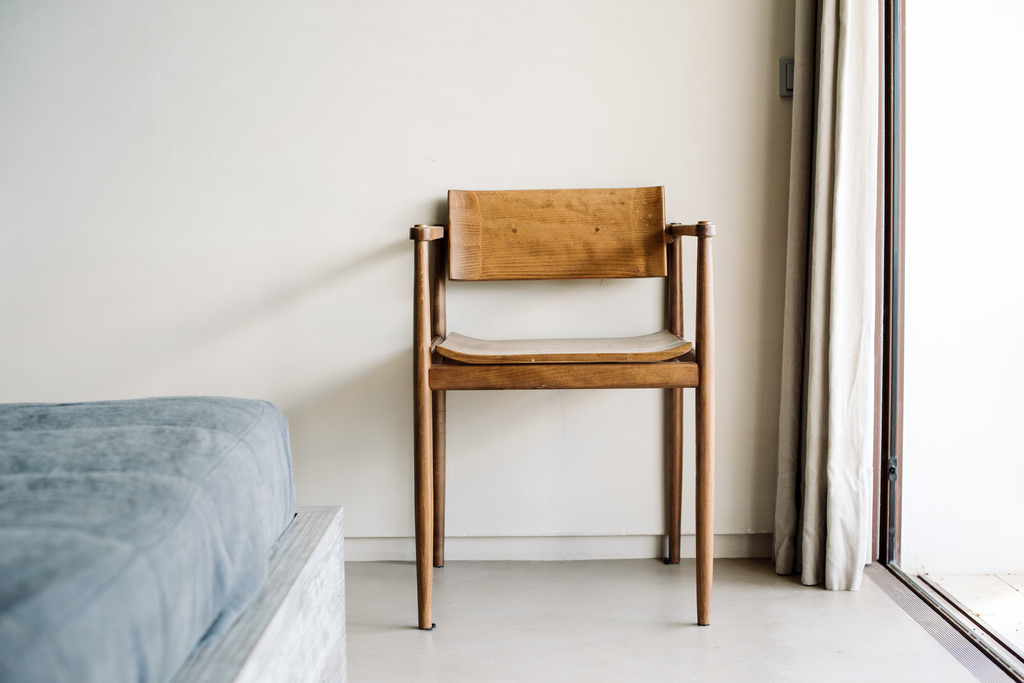
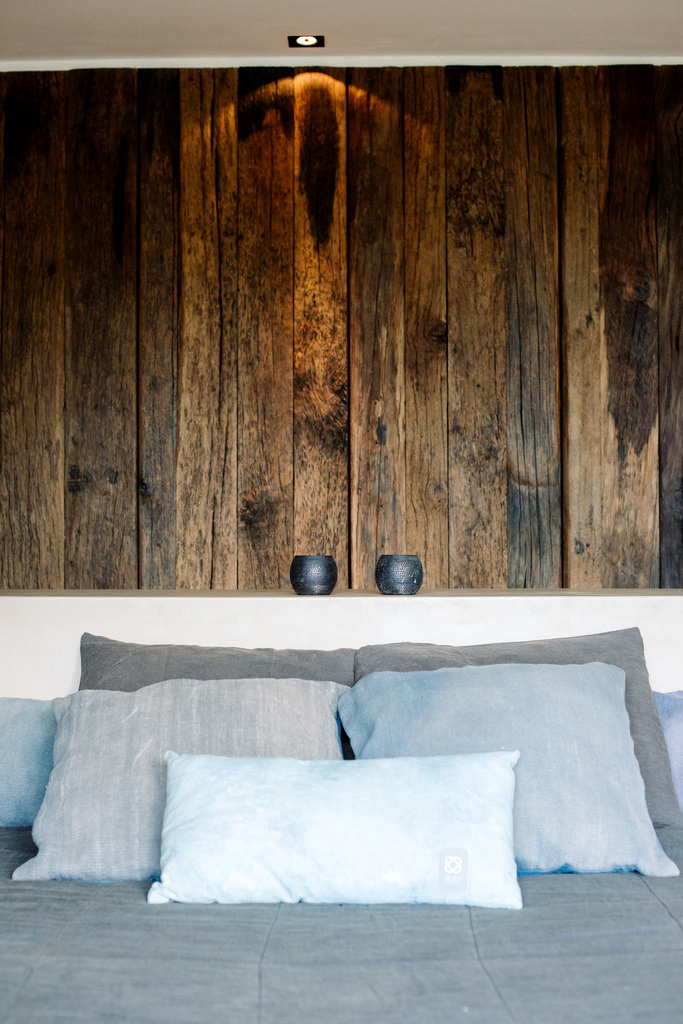
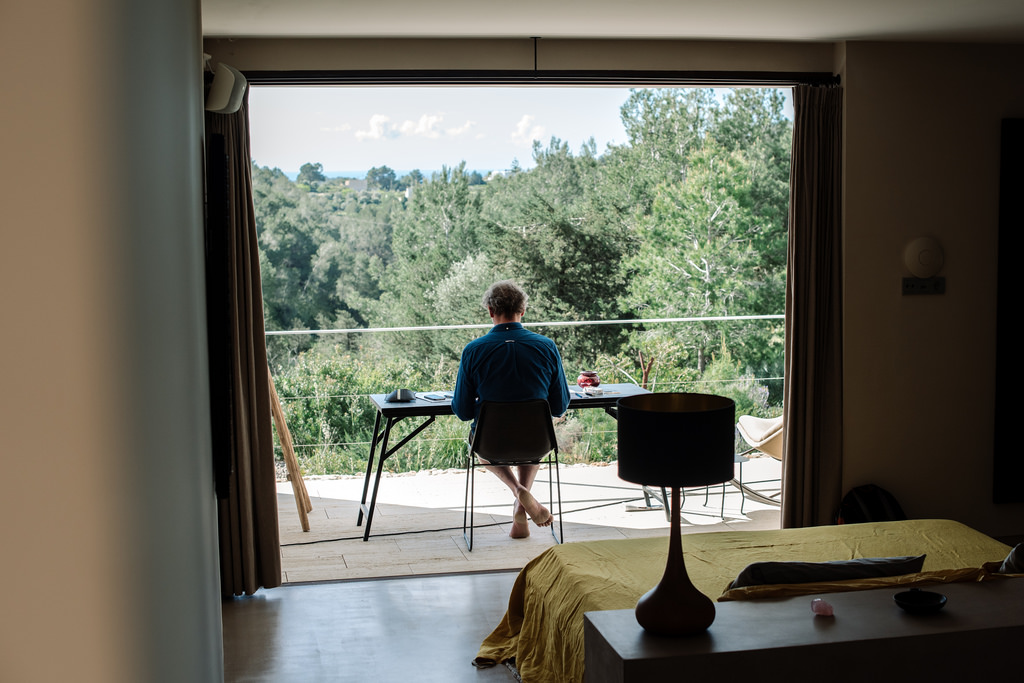
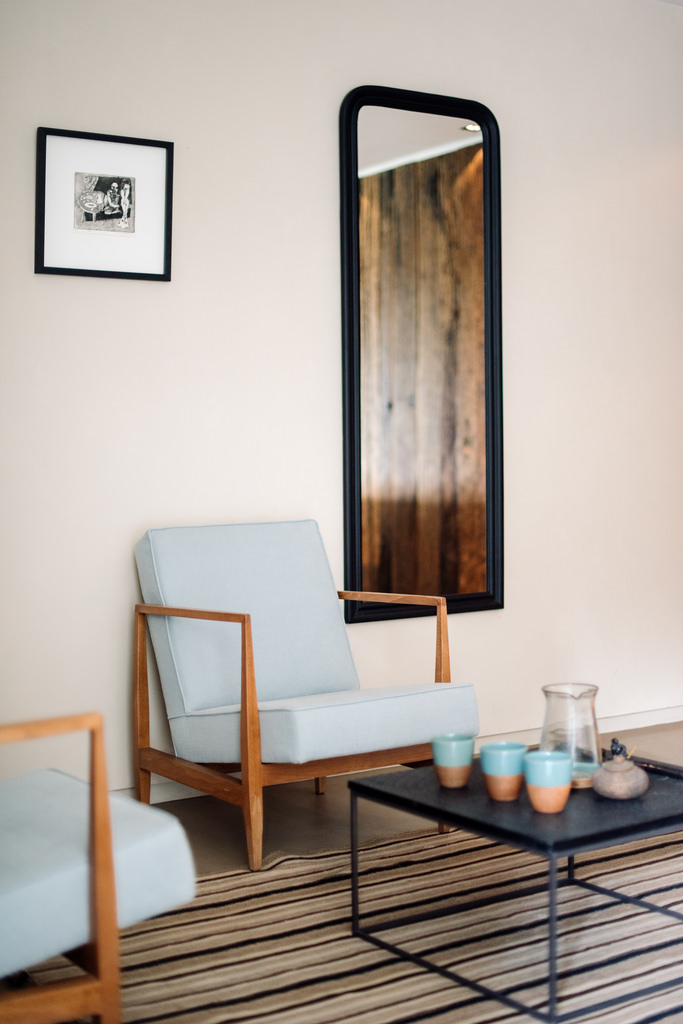
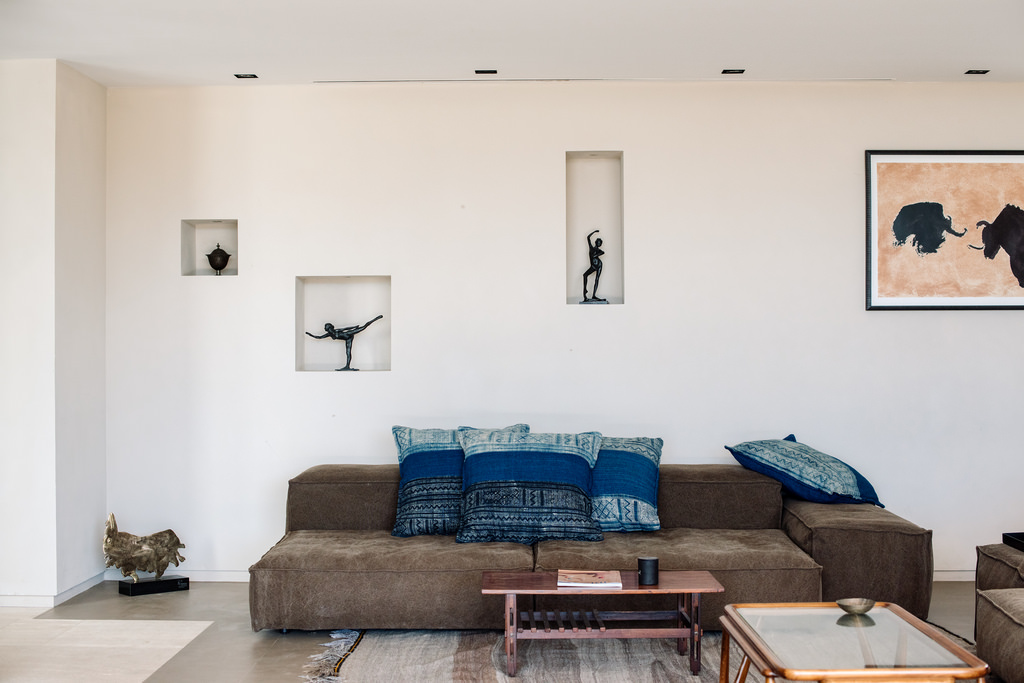
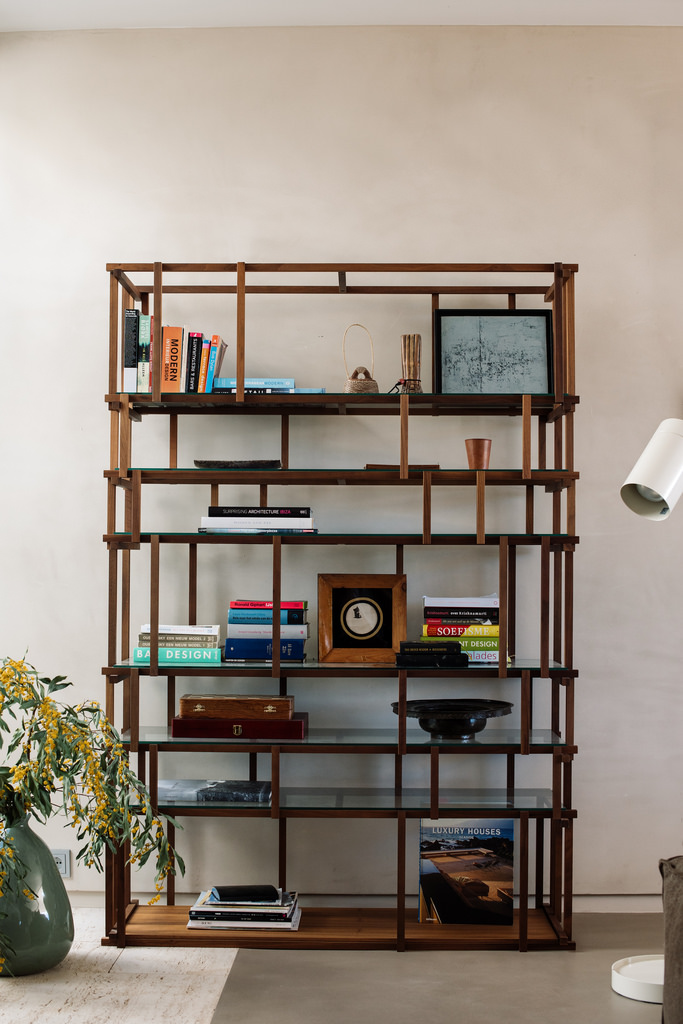
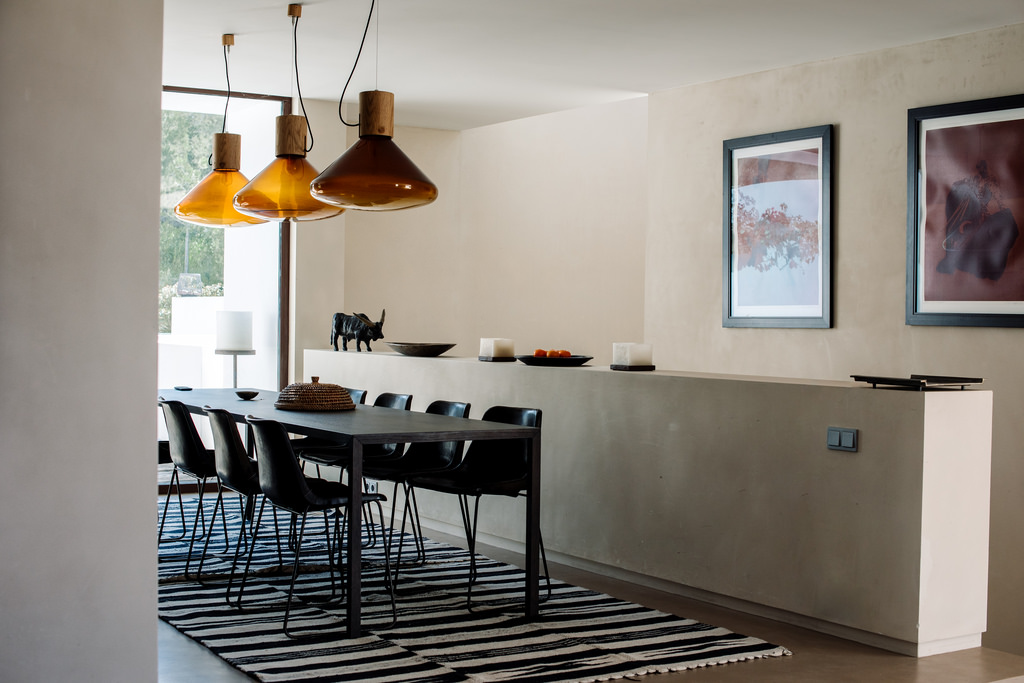
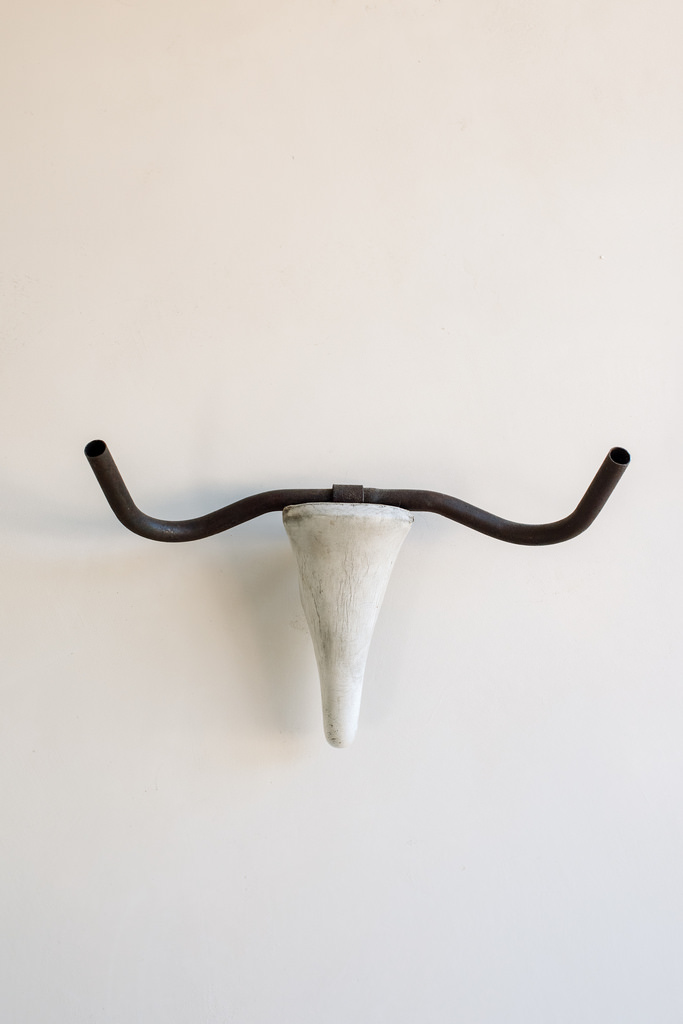
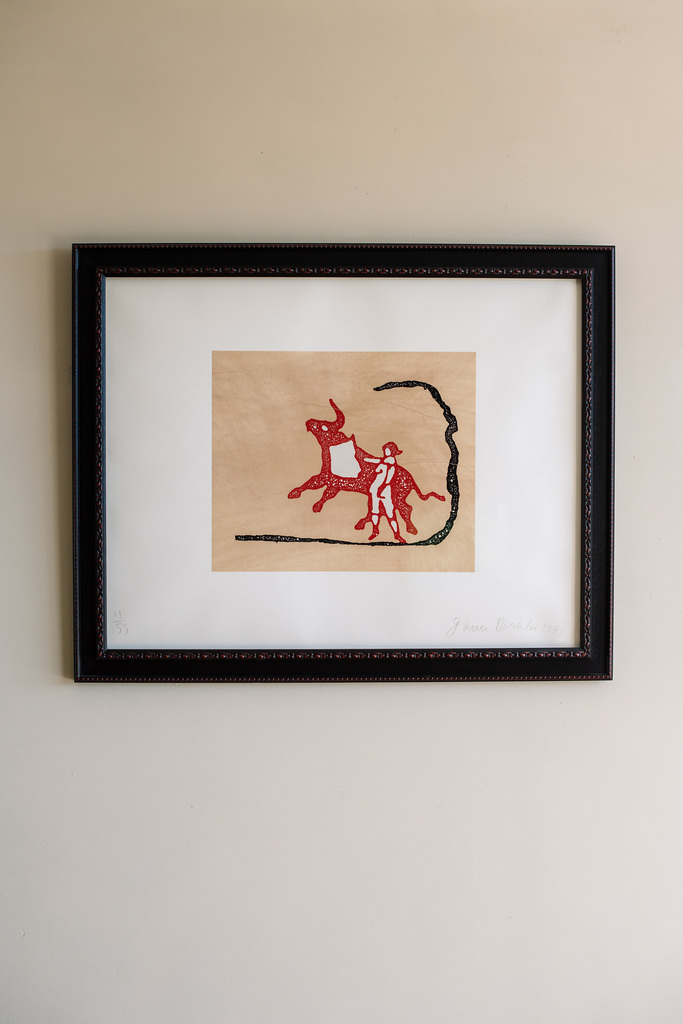
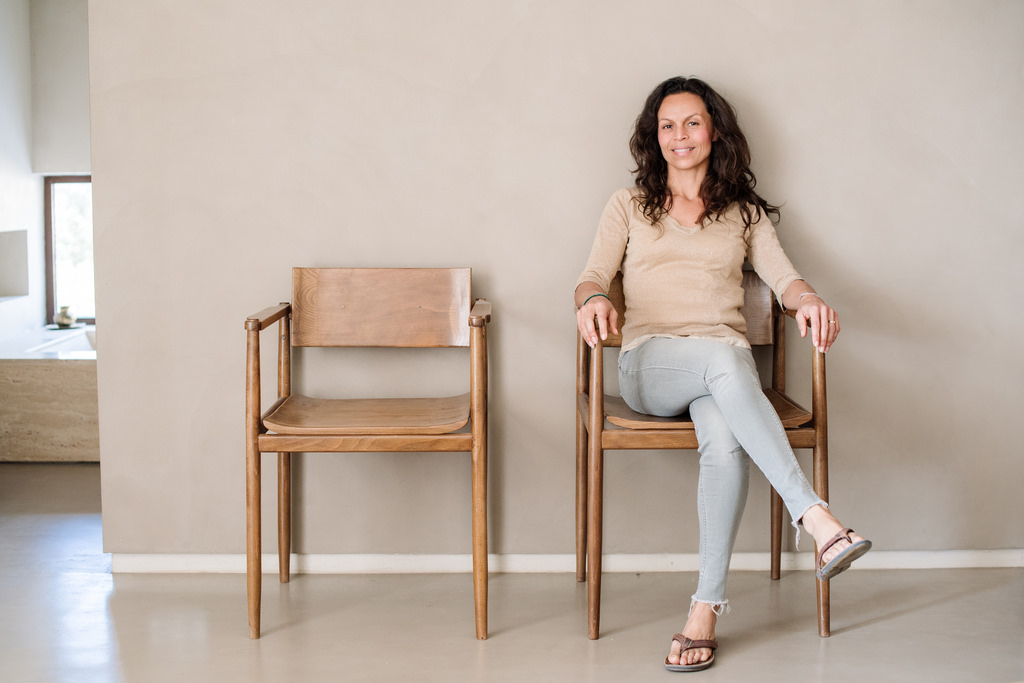
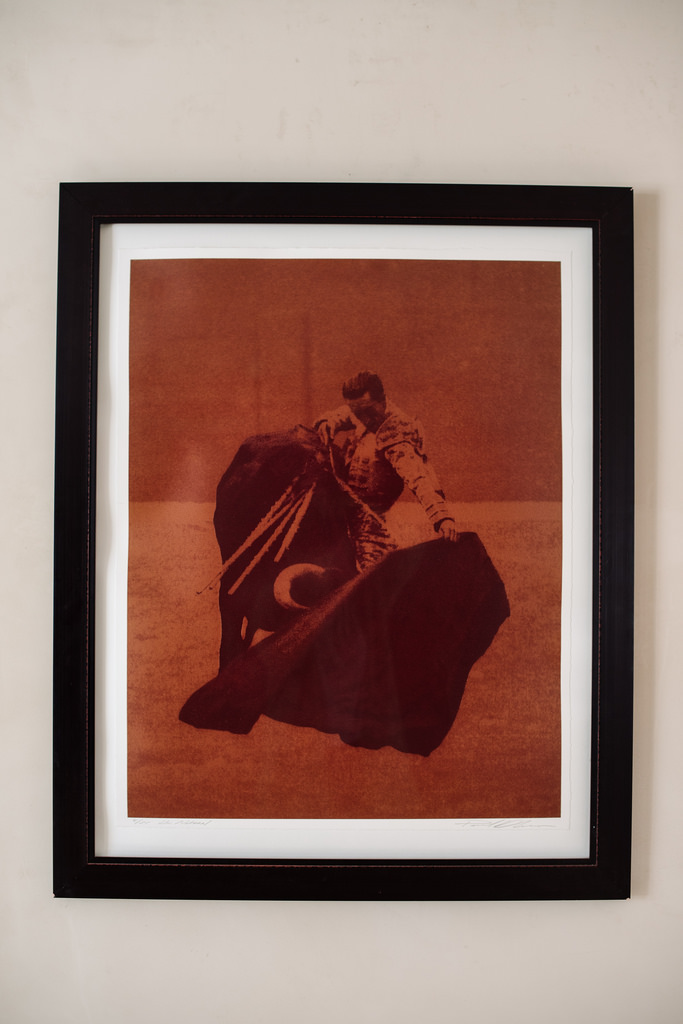
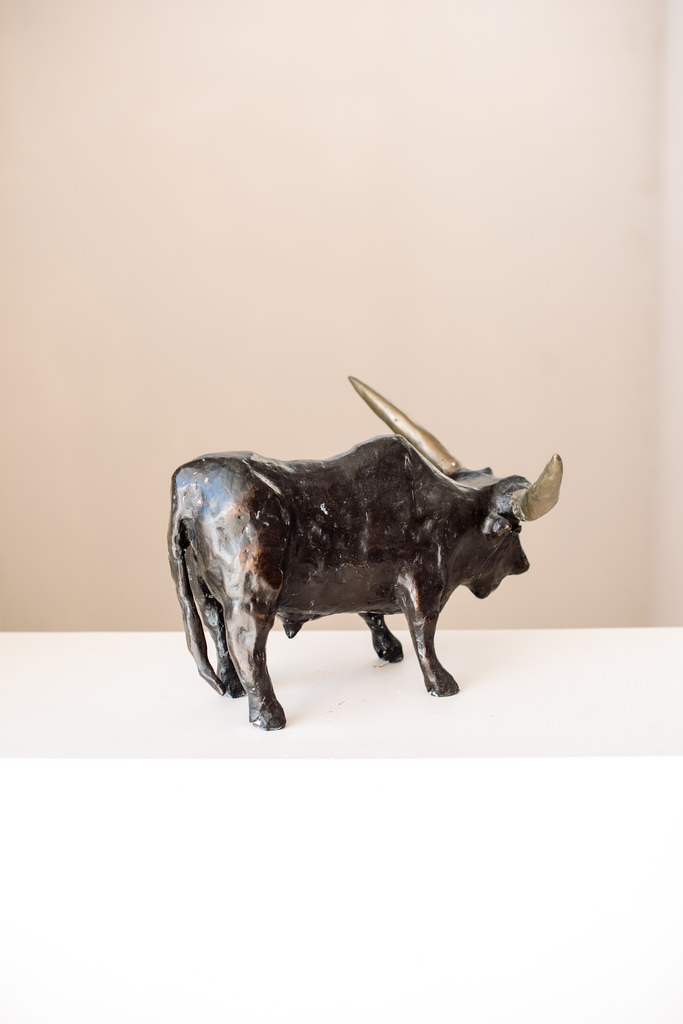
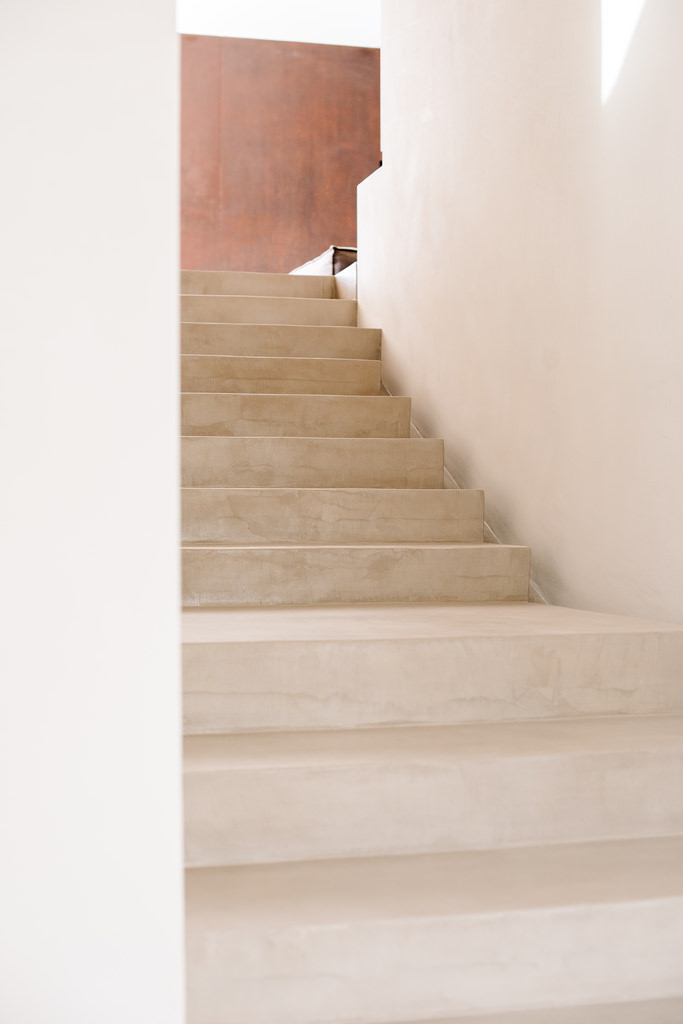
The first case where this was proven was an initial hiccup dictated by the size of the 15,000 square metre pizza slice shaped plot of land. With its pointy tip landing in the middle of a protected rural zone, it seemed Paul would need to acquire more land either side of the property in order to legally accommodate the house and pool size he was looking to design and build. And so, rather than redesign his dreams, he instead extended the square meterage to 21,000 in total. Further hurdles included storms and wild fires to receiving pallets upon pallets of the wrong tiling and builders covering up (and then uncovering) their chosen bespoke paint swatches. Paul even suffered broken ribs at one point! Their patience and passion for getting it j-u-s-t right meant they didn’t feel a sense of urgency to settle for second best, or rush to finish the house and get it onto the rental market. If anything, they preferred to let it breathe, to see what would really make the house come alive. Three years later, Can Cordeta is a masterpiece of modern design – impeccably dressed, with a laidback yet luxurious aesthetic that is at once warm and welcoming, while still invoking a feeling of true luxury. Earthy textures and colours are everywhere within Can Cordeta, from the hand picked wooden railway materials that have become thick, statement doors, the bespoke wooden kitchen panelling created from Brazilian trees and the rustic CORTEN steel wall surrounding the fireplace to raw, natural fabrics used on the outdoor sofas and soft furnishings throughout. Creating a feeling of warmth was important to the couple – whether it was just the two of them staying in the five-bedroom home or it was at capacity, they wanted cosiness despite its grandeur. “The key aspect is warmth,” says Regina. “We always wanted a feeling of space, but also a feeling of being at home.”
Each and every piece of furniture, art and decoration was personally selected by Paul and Regina, in addition to all of the building materials, paints, concrete colourings, plants, trees, lighting, bathroom fittings, rugs – you name it, they touched it, in the quest to create their dream home. A standout feature is a striking series of art recreating the tradition of Spanish bullfighting, presented in multiple rooms throughout the house – surprisingly uncovered in Amsterdam, when Paul was seeking art to line the walls – with its warmth and textural finishes perfectly suiting the environment with a nod to the property’s Spanish heritage. Even the careful placement of SONOS speakers throughout the gardens and pool area has been meticulously planned – those sounds floating on the airwaves are no accident. Absolutely everything at Can Cordeta is in place with a purpose. A tranquil terrace to the side of the house is the perfect place to watch the sun rise – and is where Regina starts her days with her yoga practice surrounding by the calming scent of hundreds of lavender plants and fresh orange blossom and beside three ancient olive trees. It is here she is constantly surprised by what she calls ‘the sound of silence’. “My favourite thing here is that I can feel like I am outside, within nature, while I am inside,” she says. “In Amsterdam I am always restless to get outside, but here in Ibiza I am already satisfied when I wake up to this union of nature while being at home.” Watch this space for the launch of the upcoming edition of WHITE Ibiza Magazine – on sale in May 2017 – to read the full story (and view more pictures) about Paul and Regina’s hands-on approach to designing, building and decorating Can Cordeta.
Photography by Ana Lui
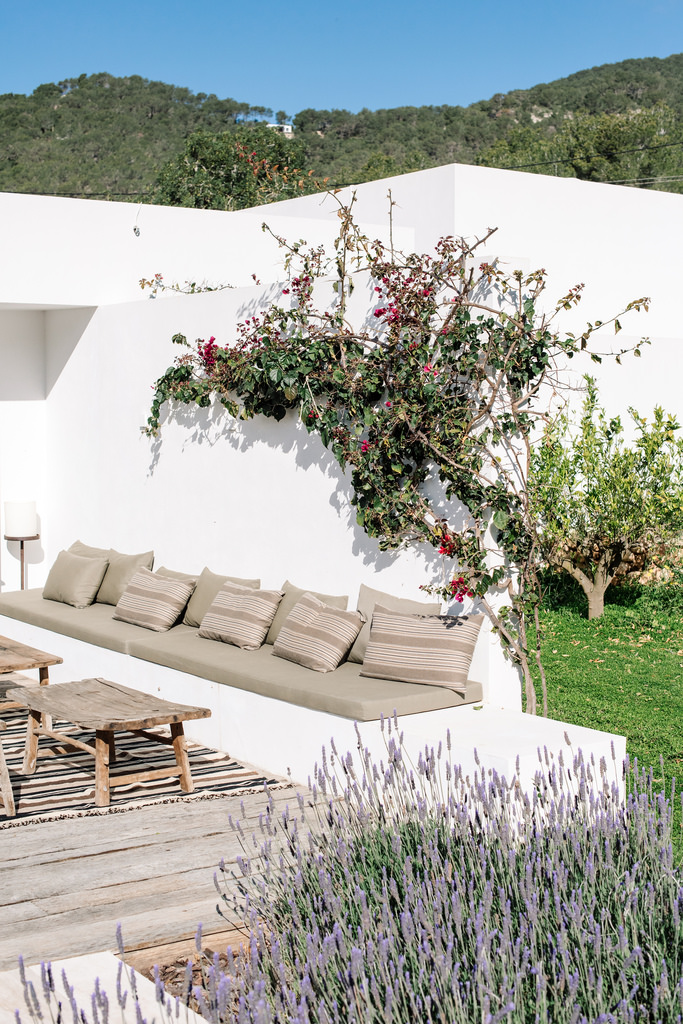
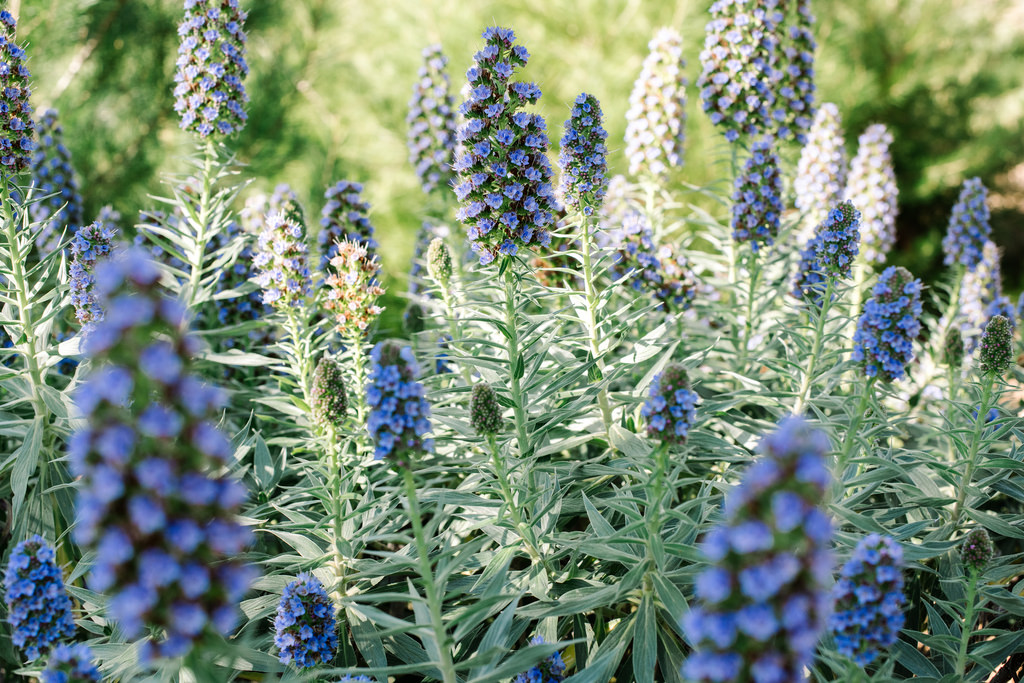
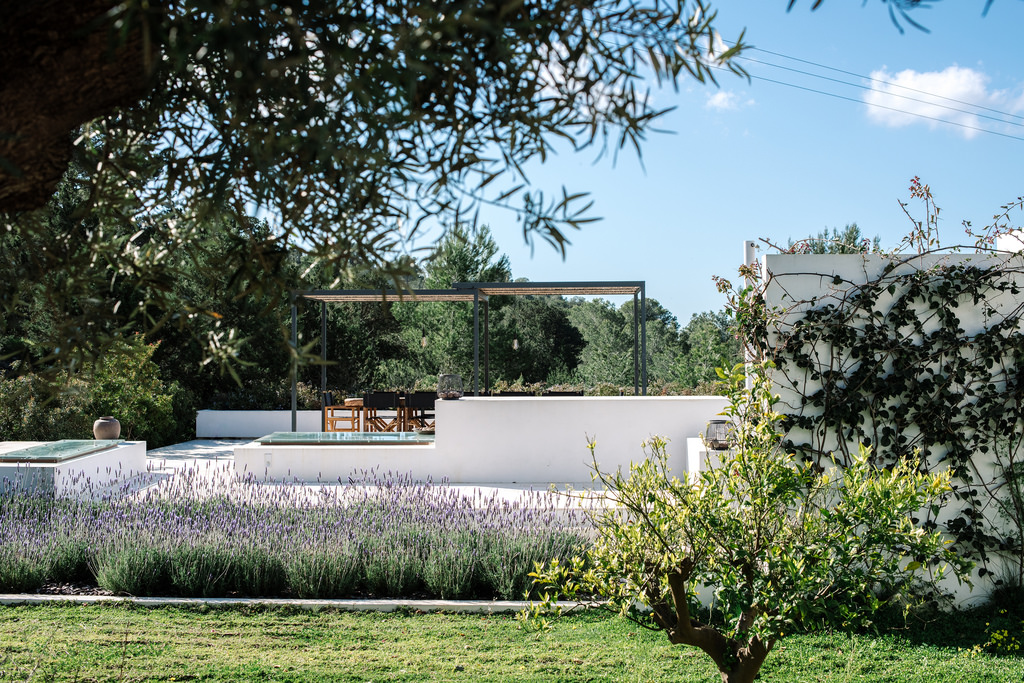
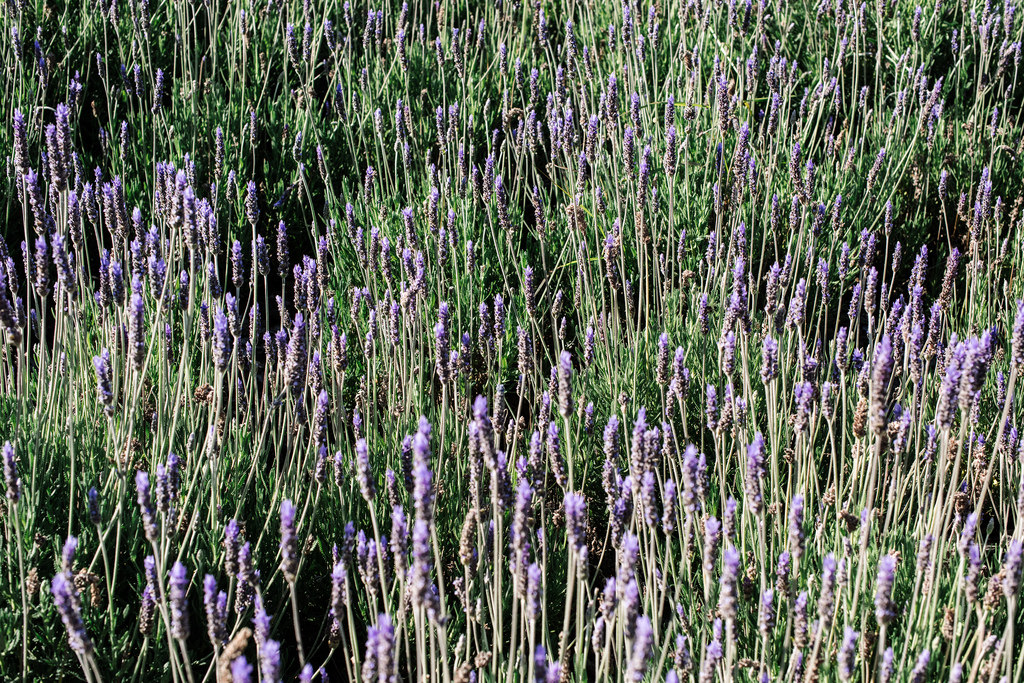
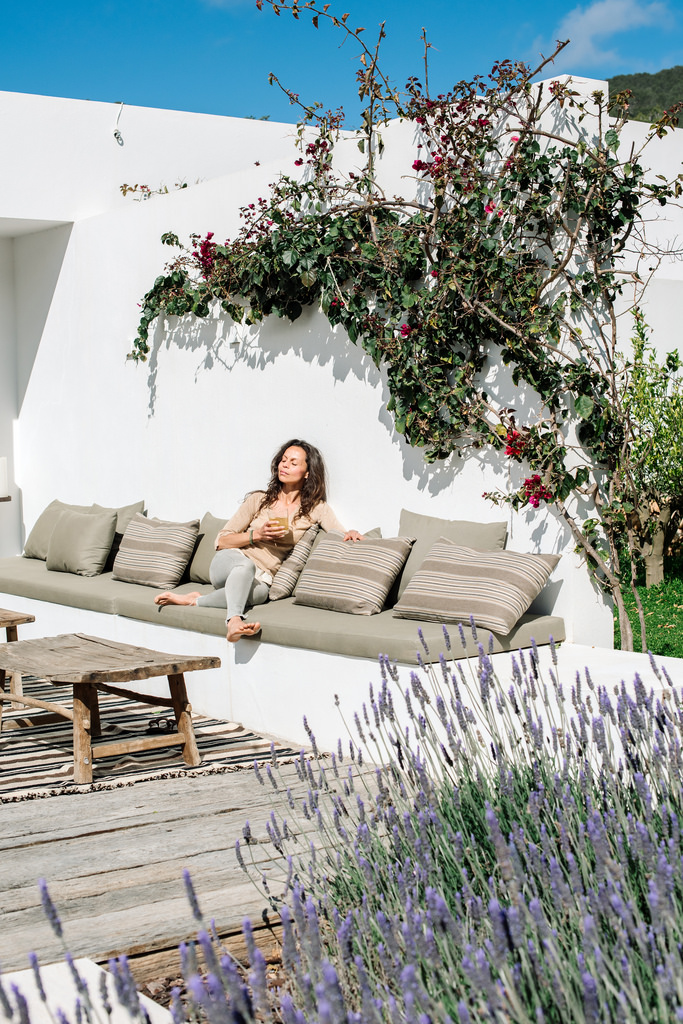
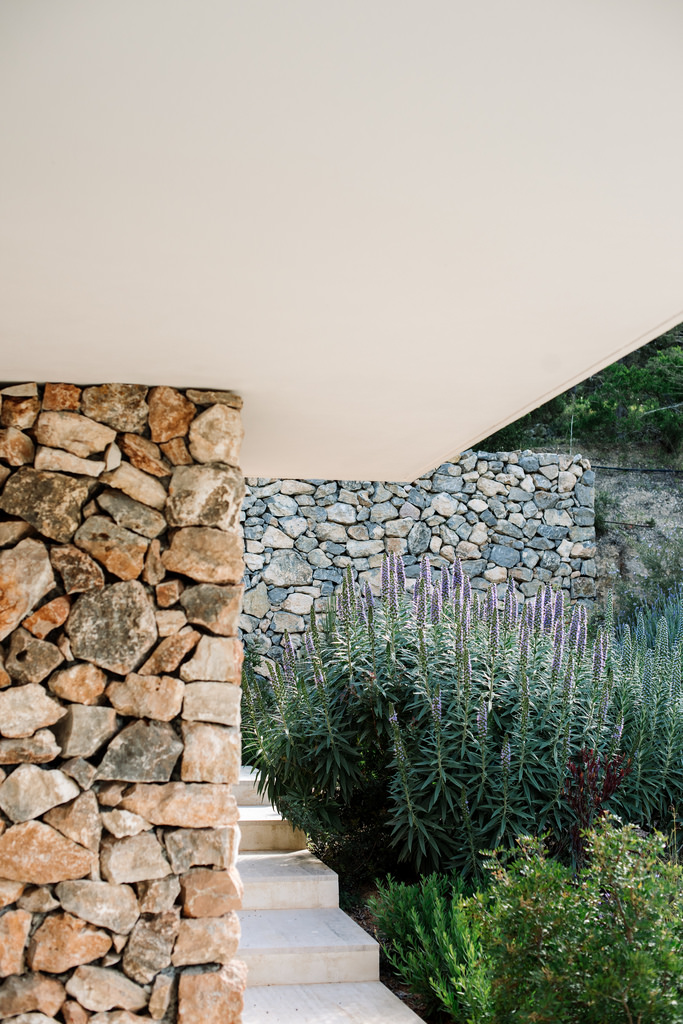
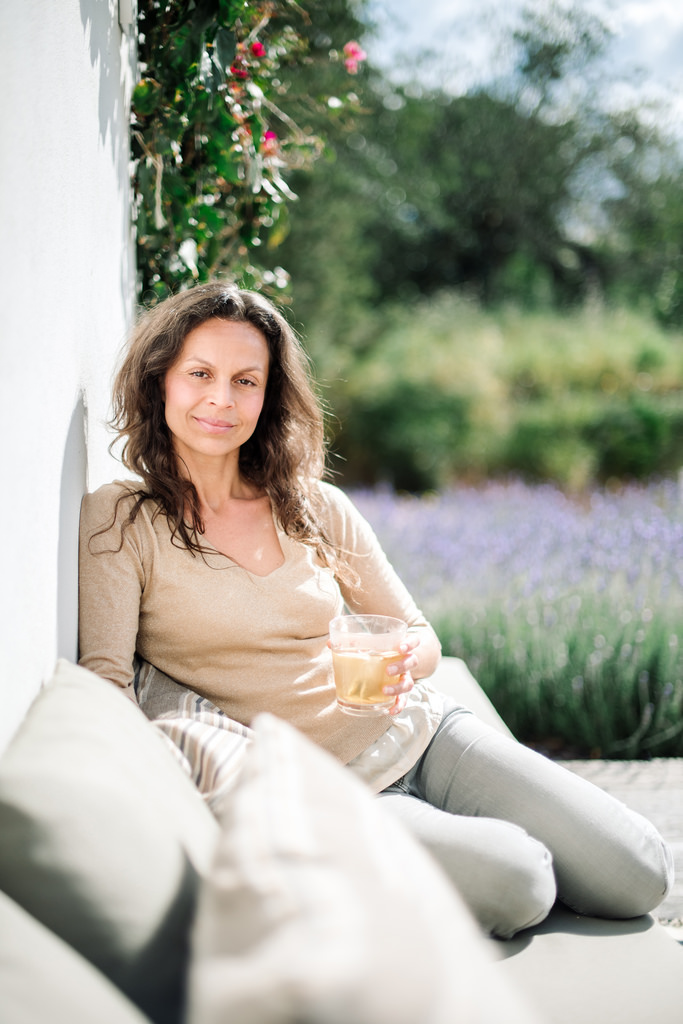
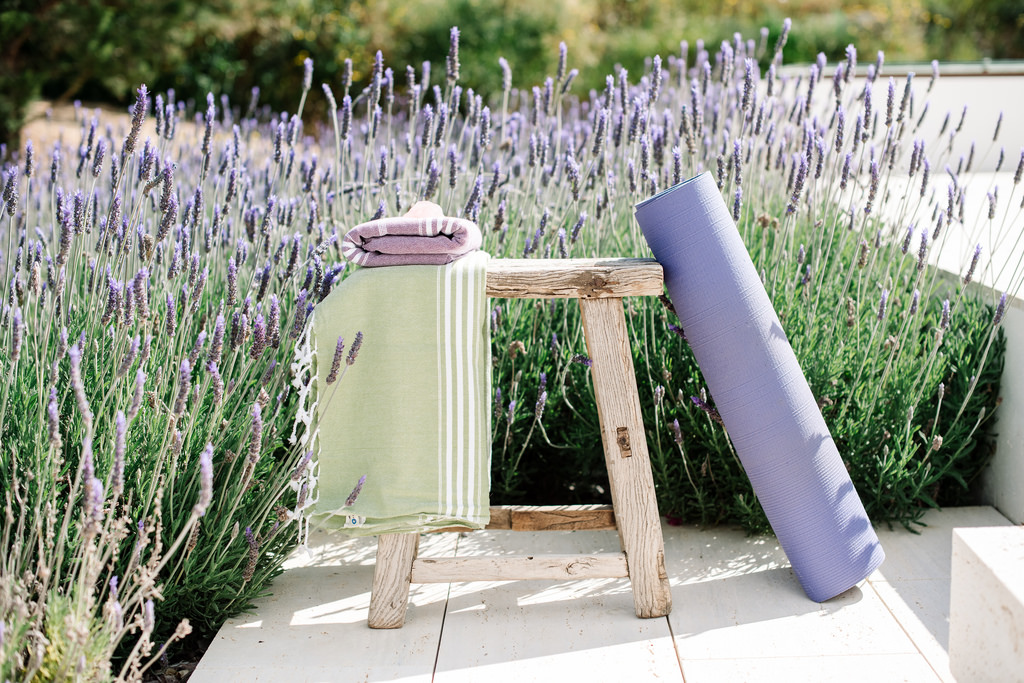
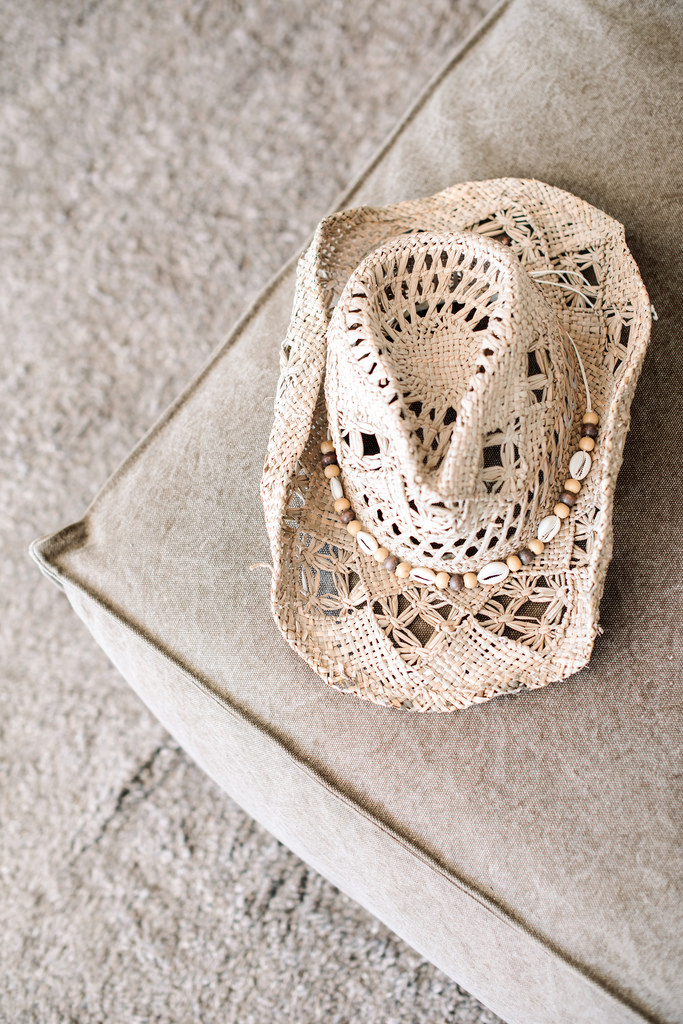
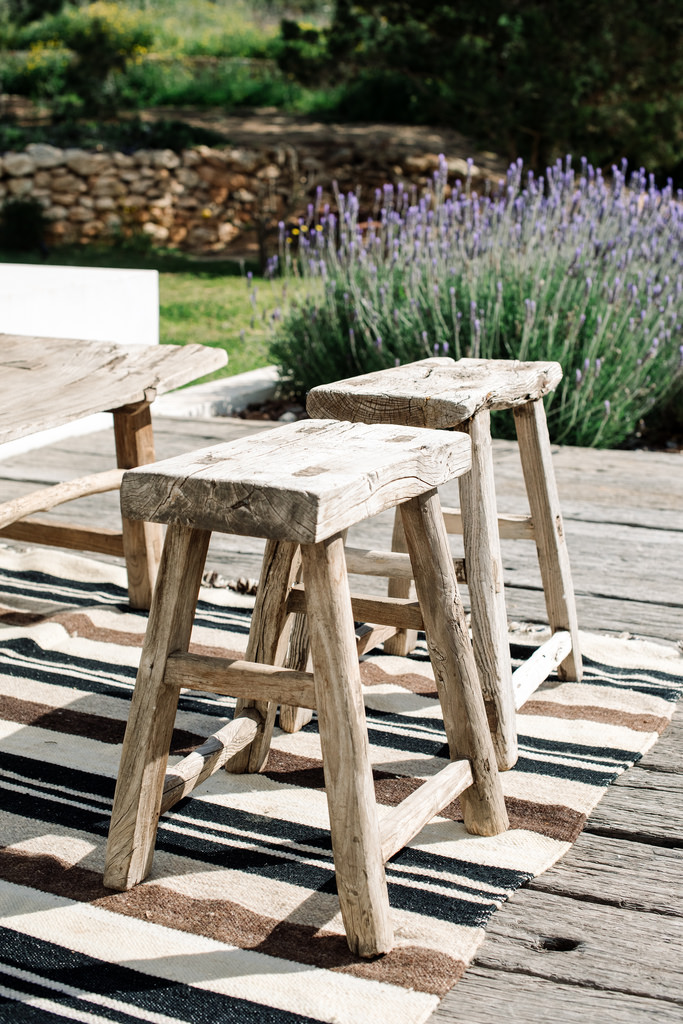
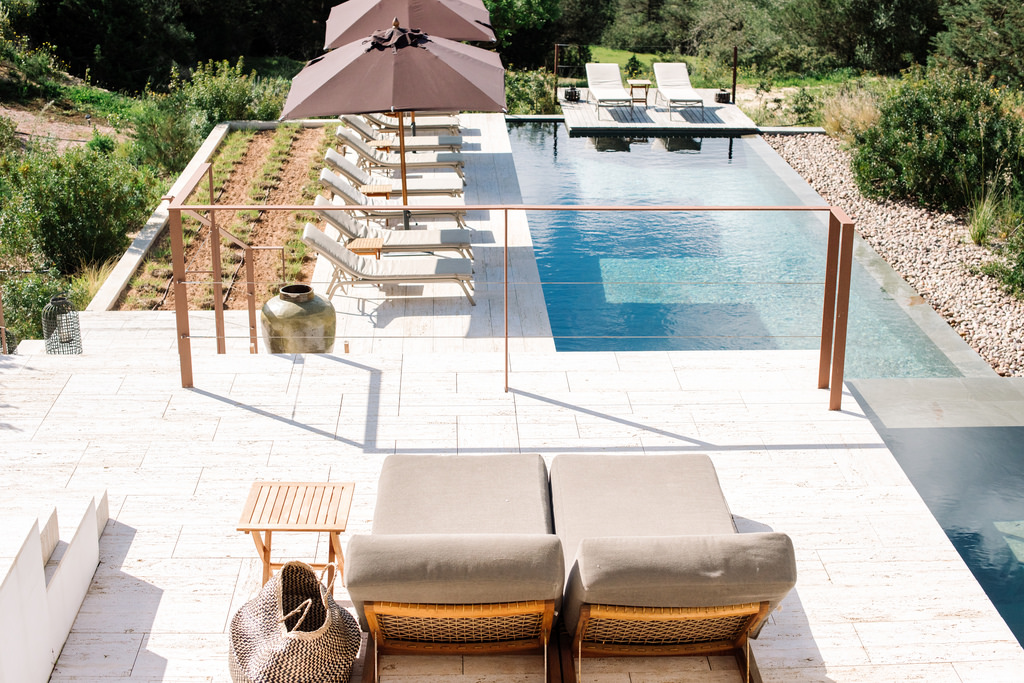
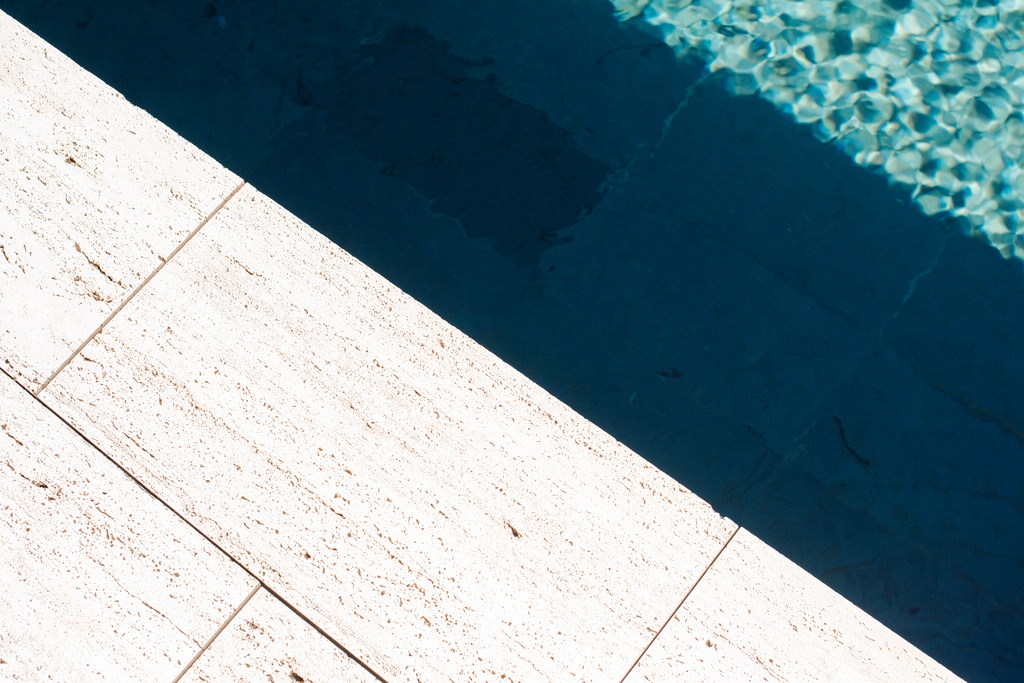
When Jayne Henderson first visited Ibiza on a family holiday inspired by her sons’ love for music in 2008, little did she know the island would go on to play a major role in her future career path. At the time, the busy mother of three boys had been working as a successful Pilates teacher for almost 20 years, originally in Edinburgh before her husband Gregor’s work took the family to London. Like many others before her (and no doubt many more to come) it was a case of love at first sight with Ibiza and the white isle soon became a regular holiday destination for the Henderson family. In 2013, Jayne and Gregor felt the desire to put down some roots in Ibiza and began the search for a holiday home – for both their own vacation time and to rent out to holidaymakers whilst it wasn’t in use.
“We’d always stayed in the north of the island – we loved it – and originally we were looking to buy in that area,” says Jayne of the two-year property search that ultimately led her to the 450-year old five-bedroom Sa Carocca villa Cas Orvays. “We just couldn’t find anything in the north that had the authentic Ibiza style we wanted and so we started to look elsewhere.” “When Victor from Prestige Properties showed us the pictures of this house, it had been on the market for a while,” Jayne says, proving that first impressions can be misleading. “I think the photos didn’t do it justice. I could see its potential – it was actually a jewel.” Though within extremely close proximity to Ibiza town, Cas Orvays – accessed via winding country laneways in a lush green valley – feels as though it is in the heart of the campo.
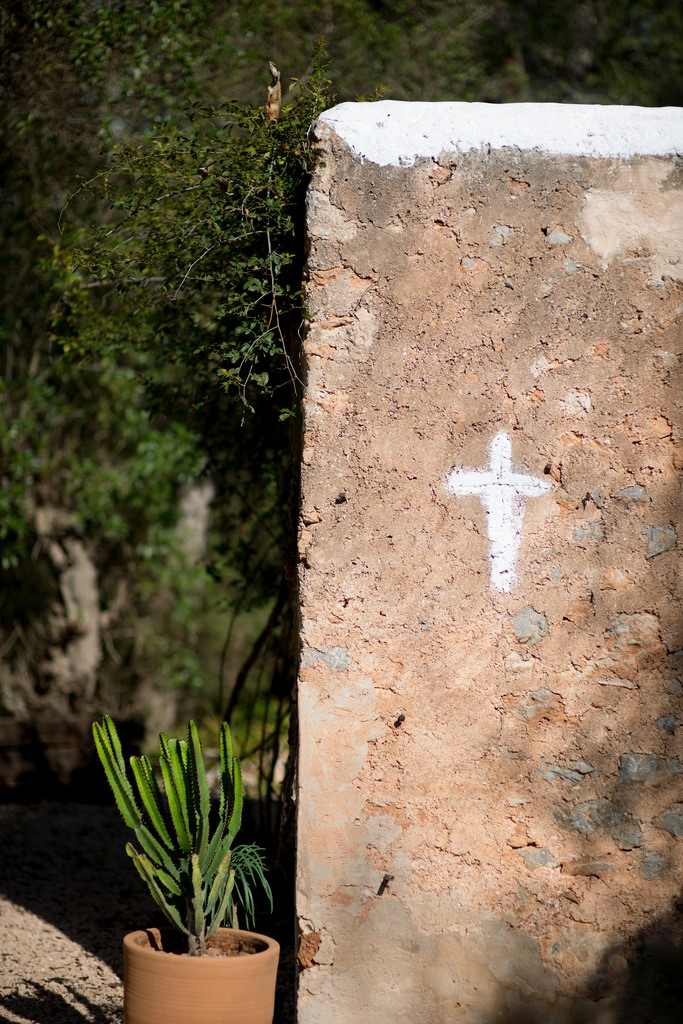
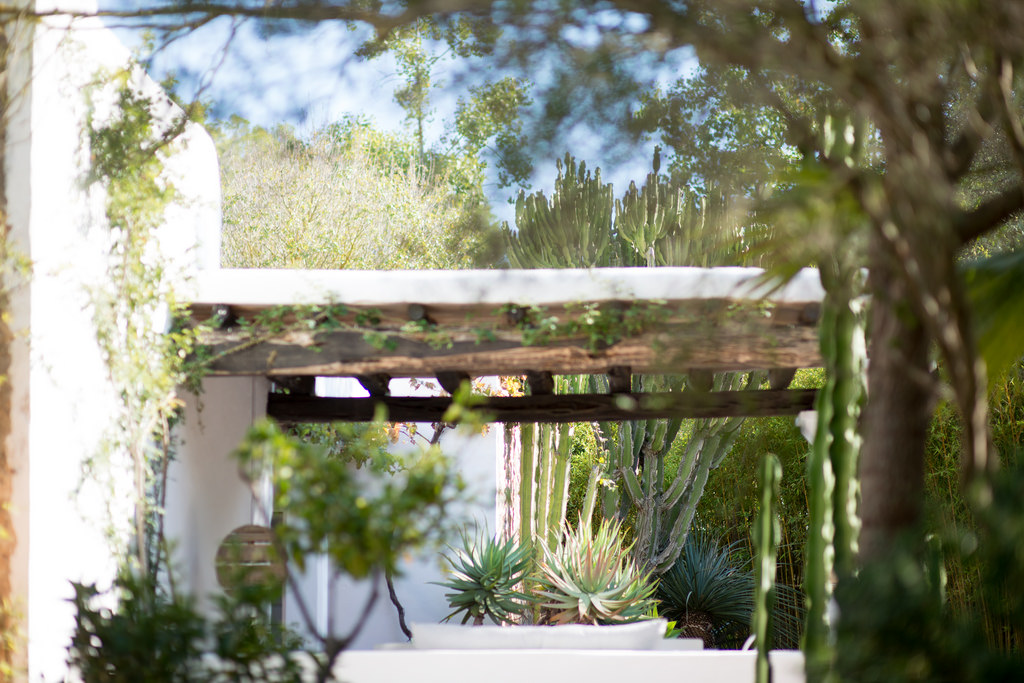
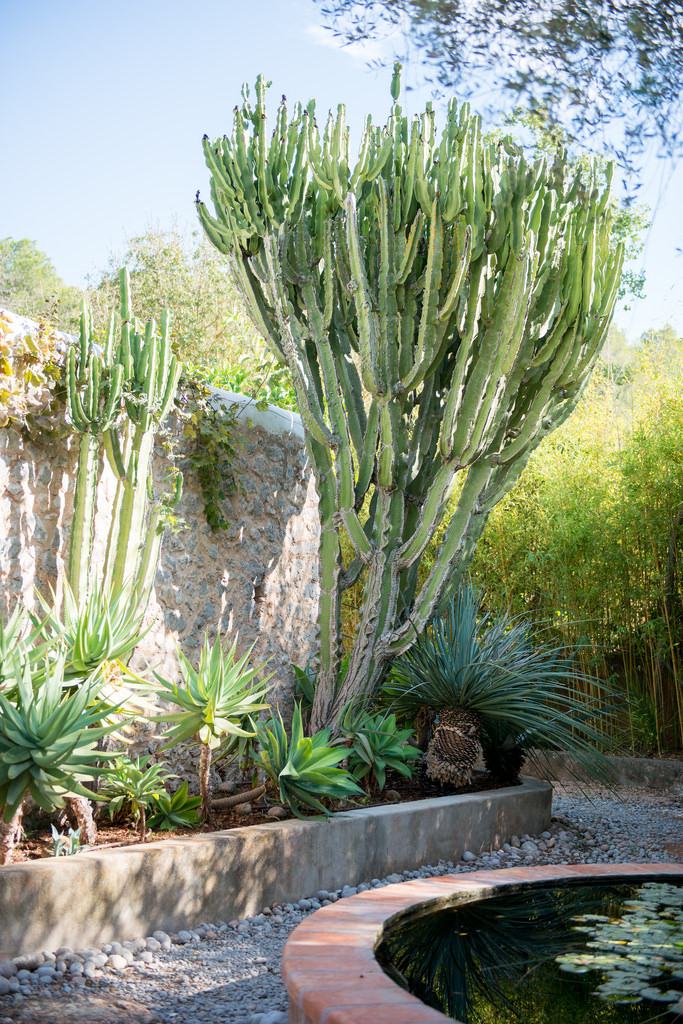
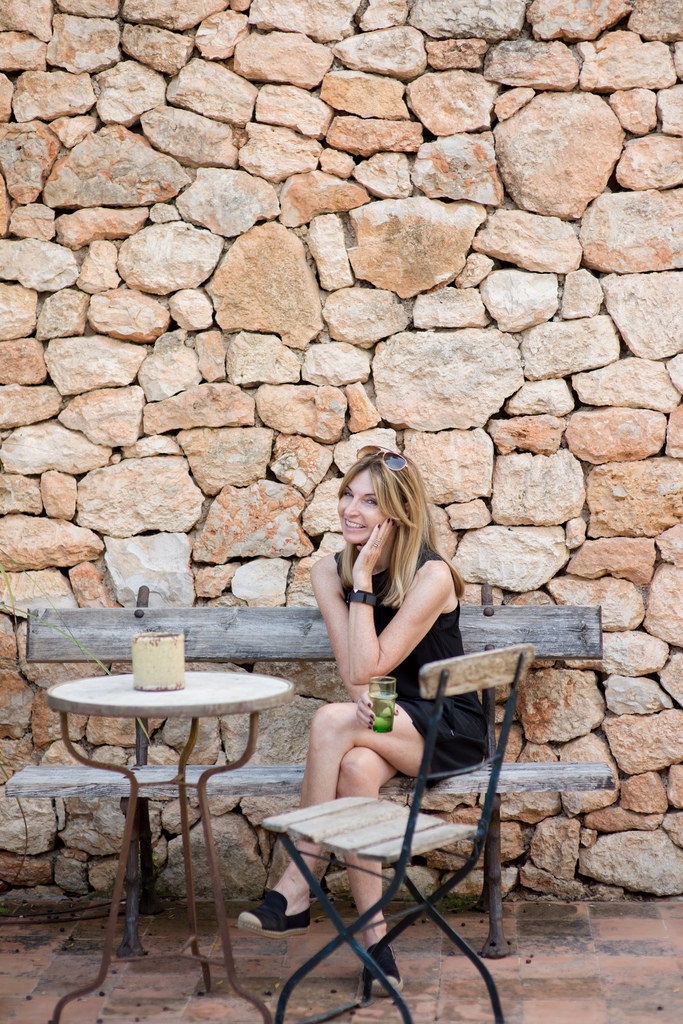
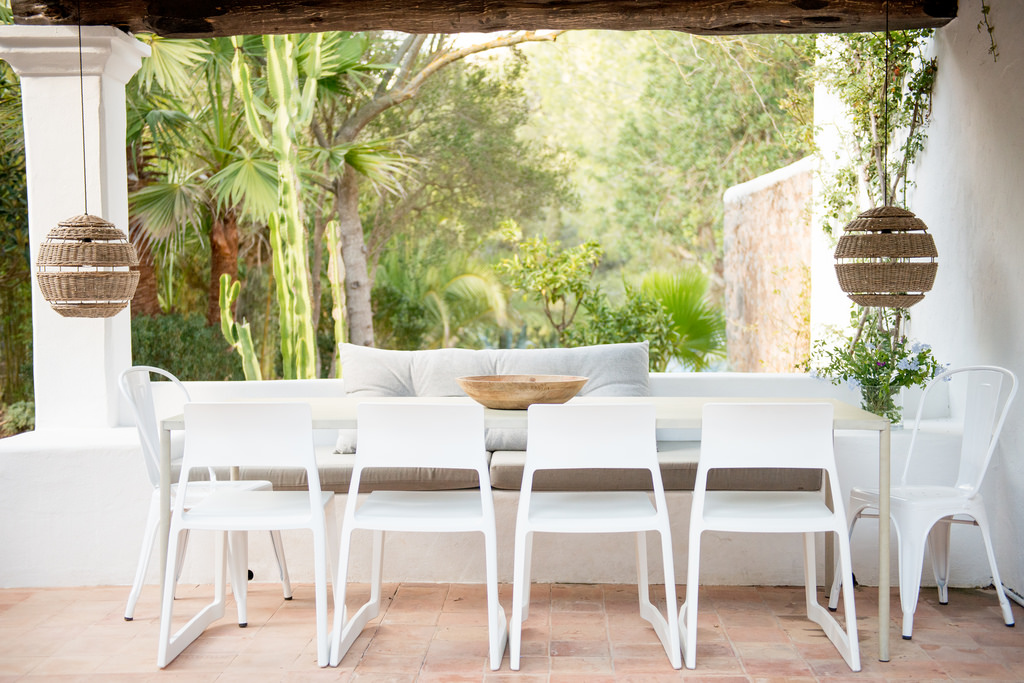
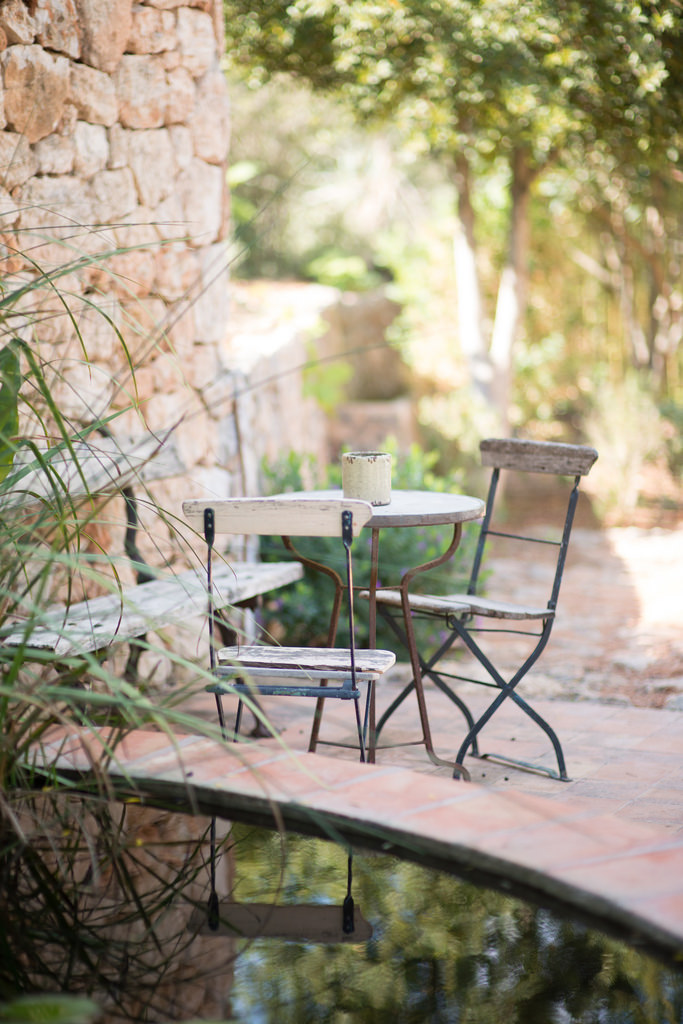
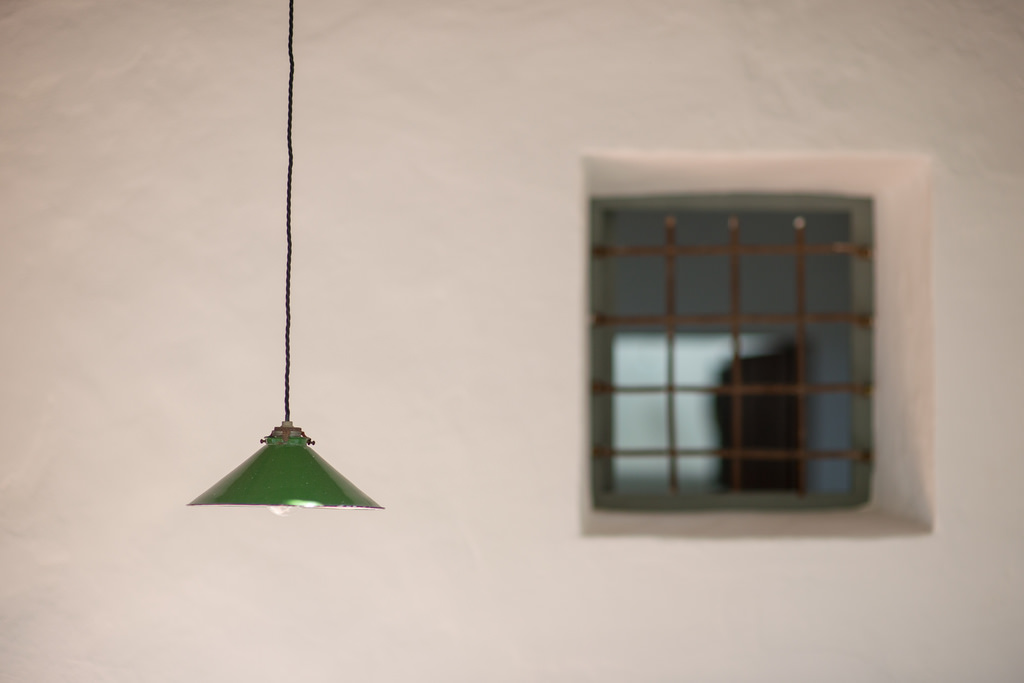
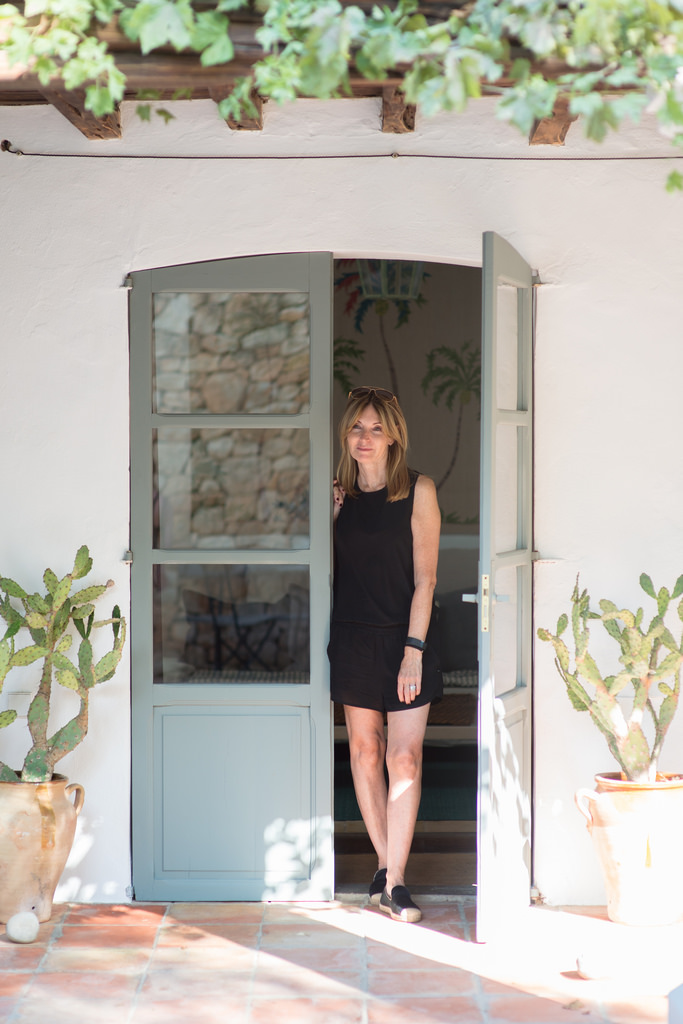
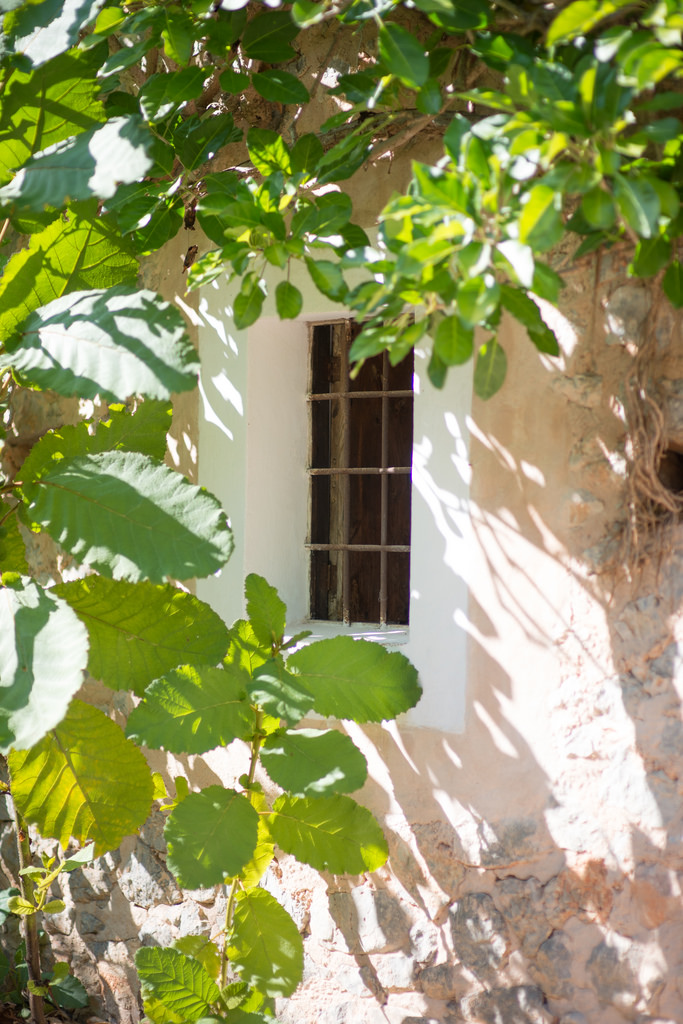
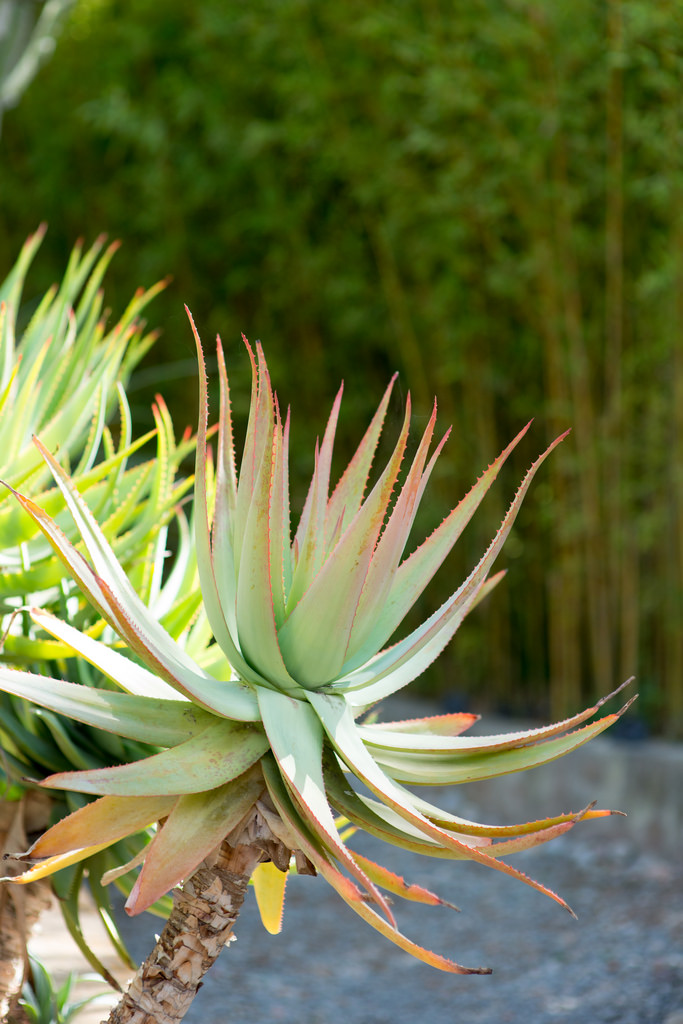
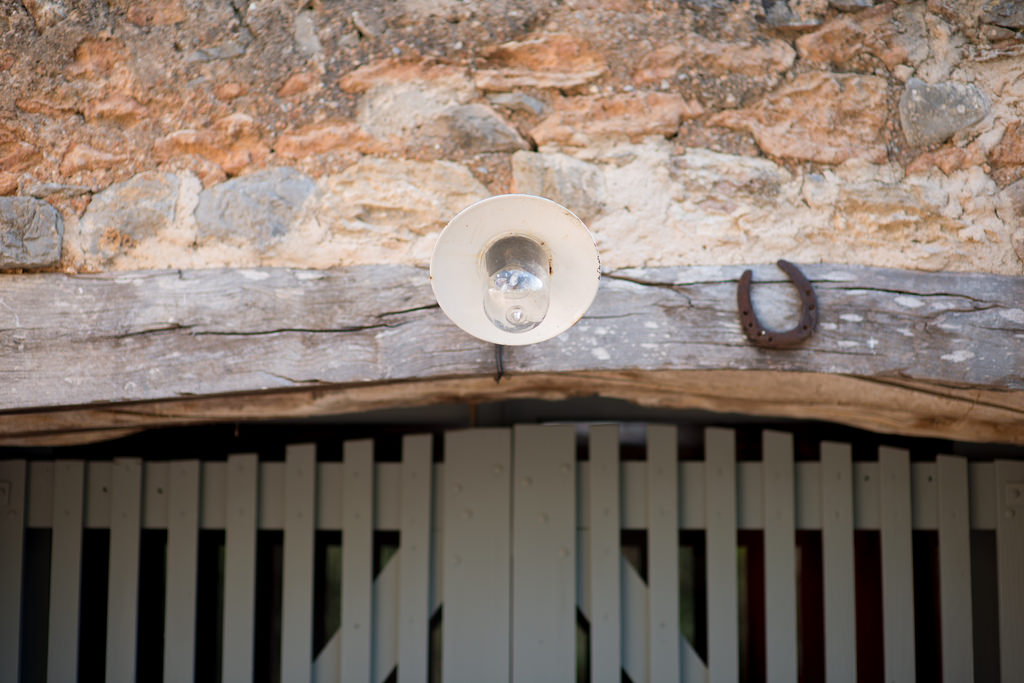
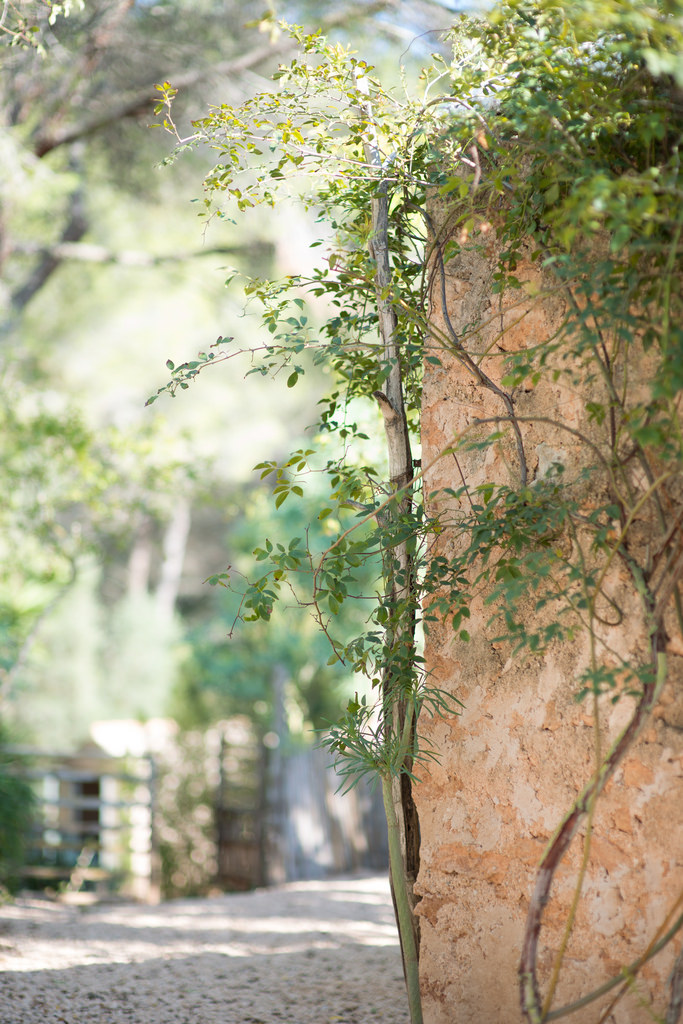
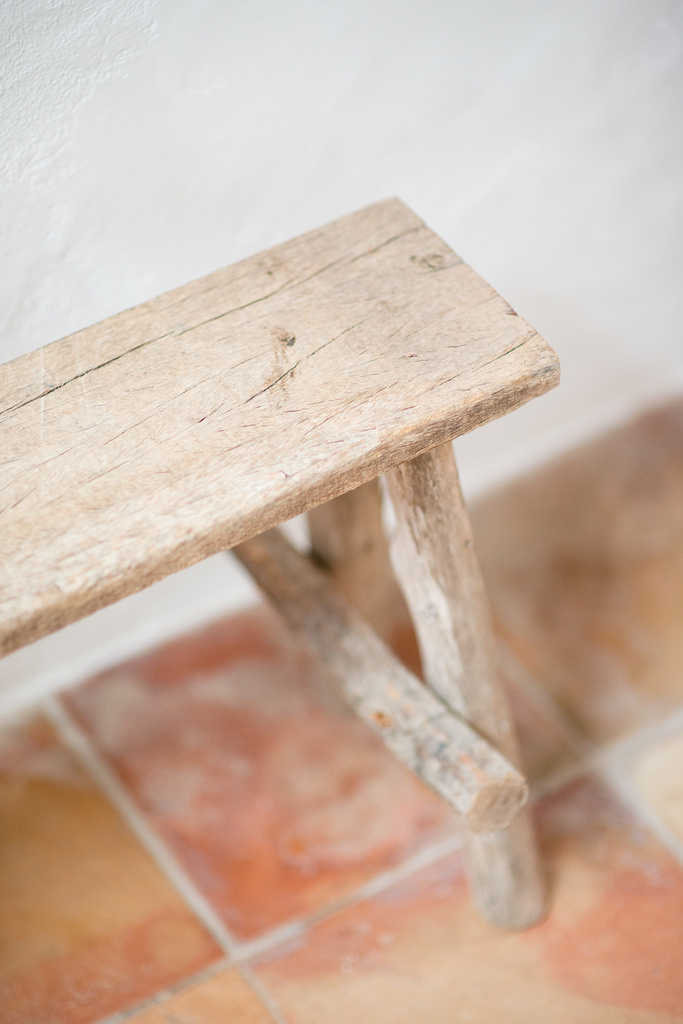
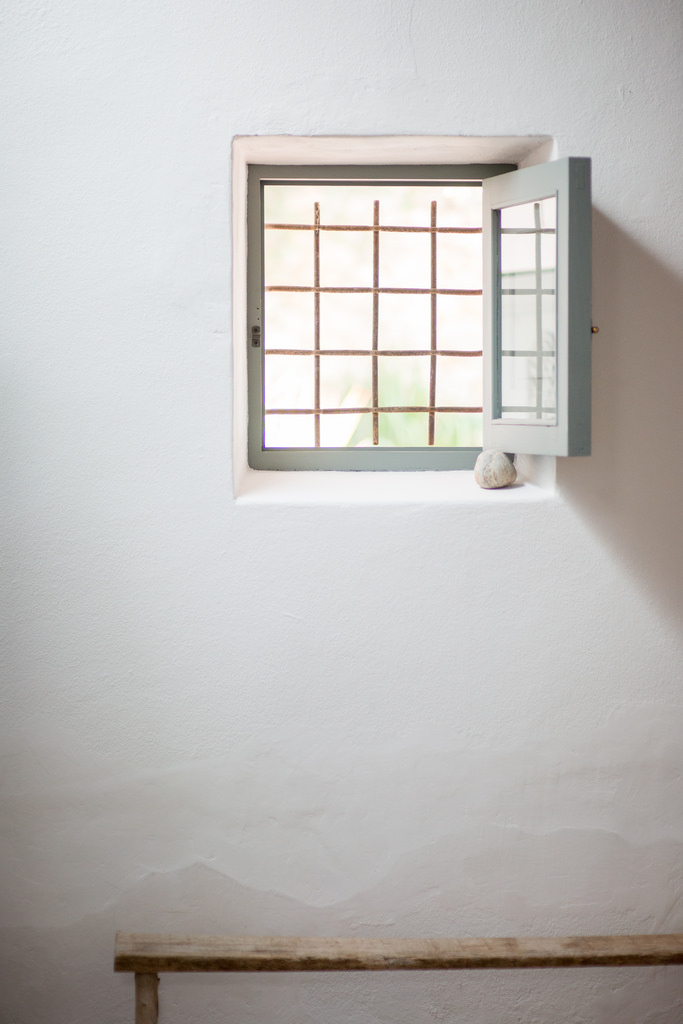
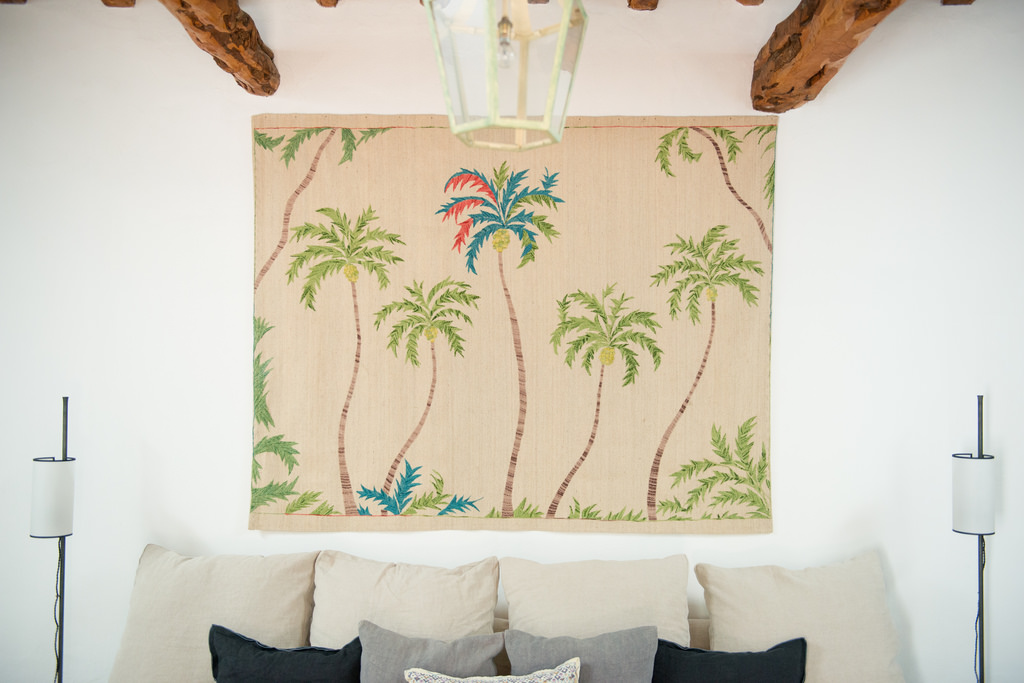
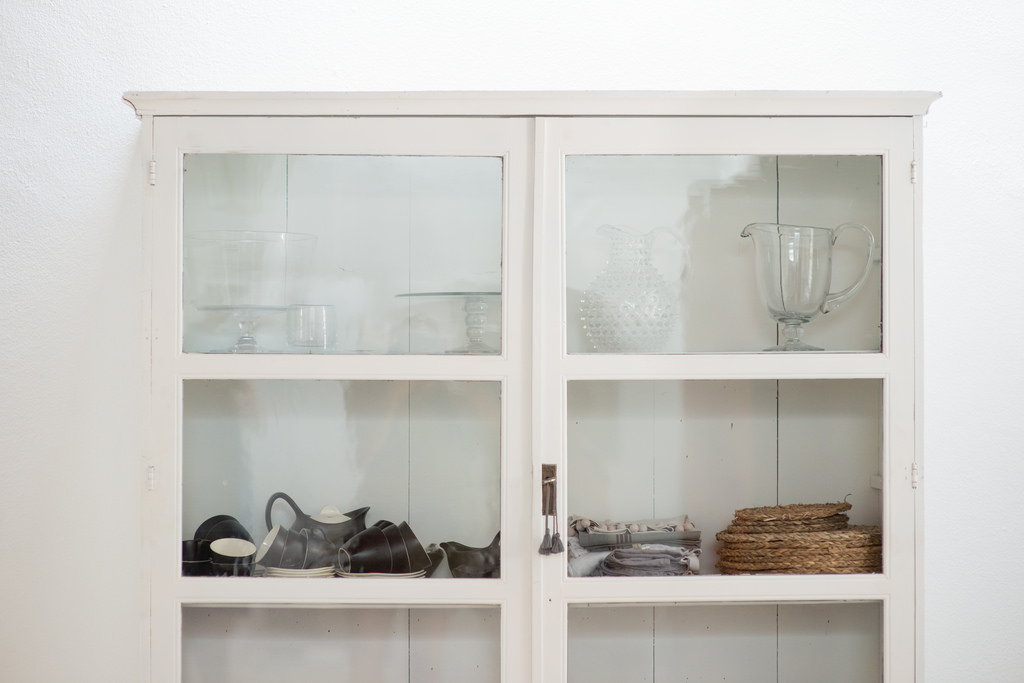
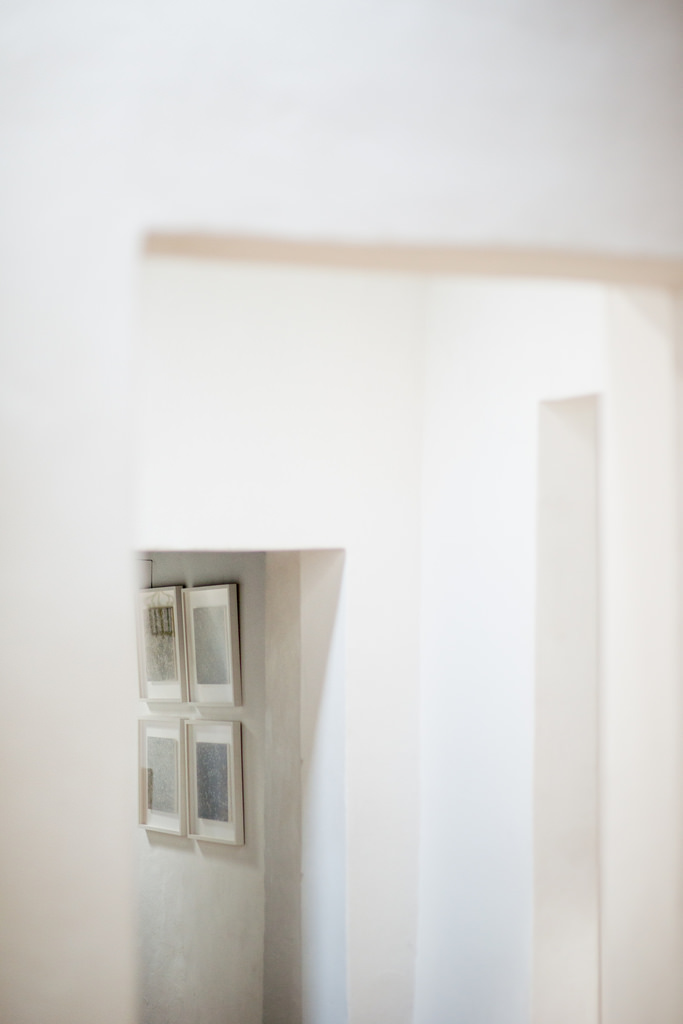
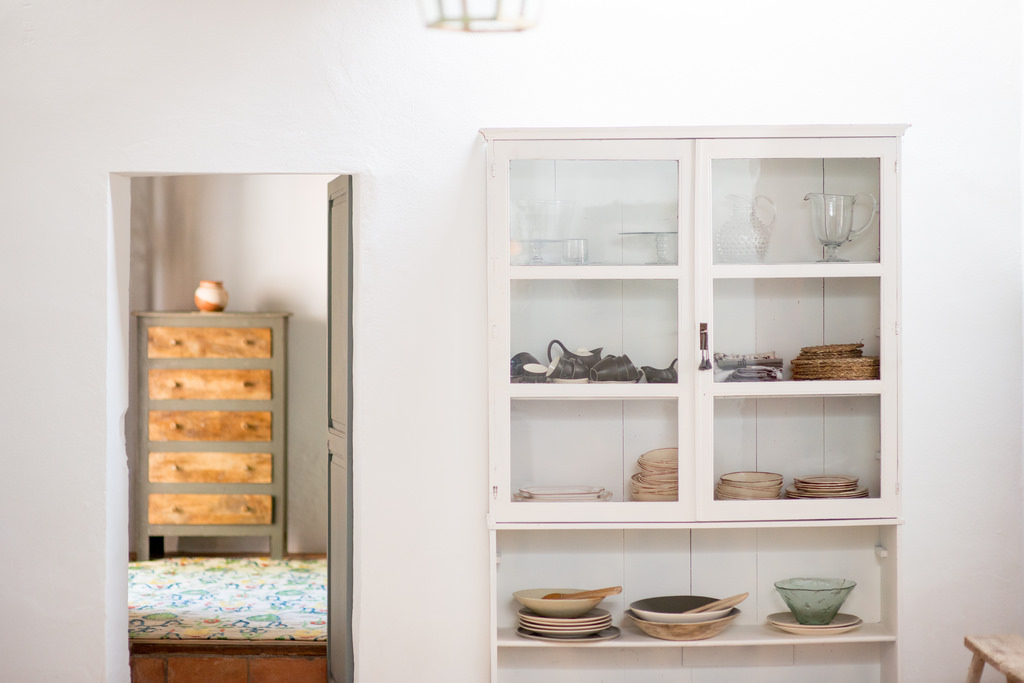
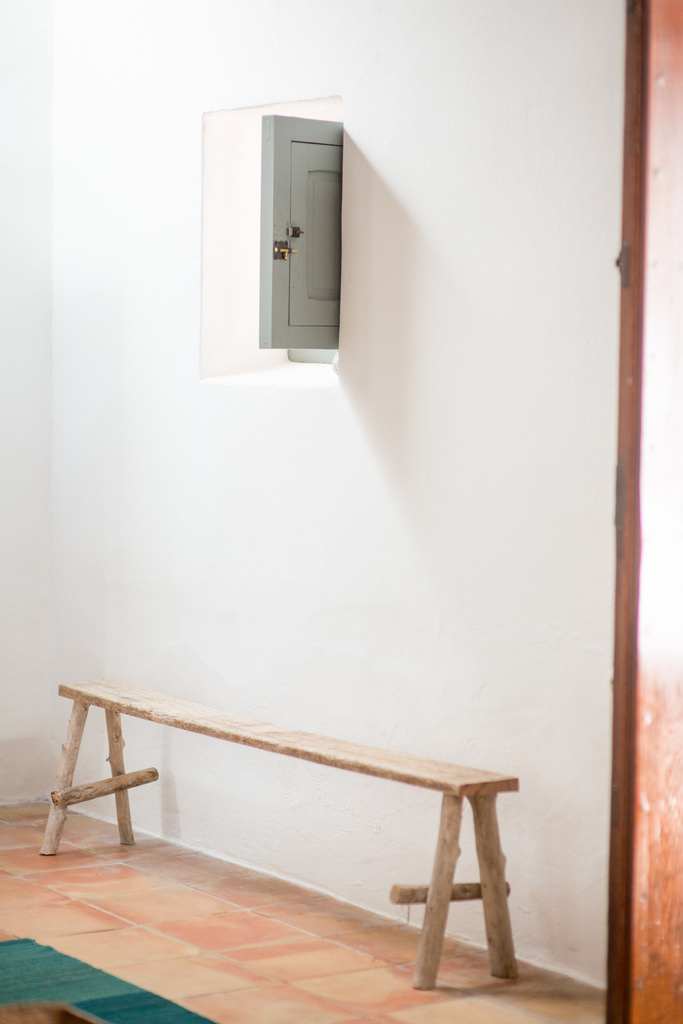
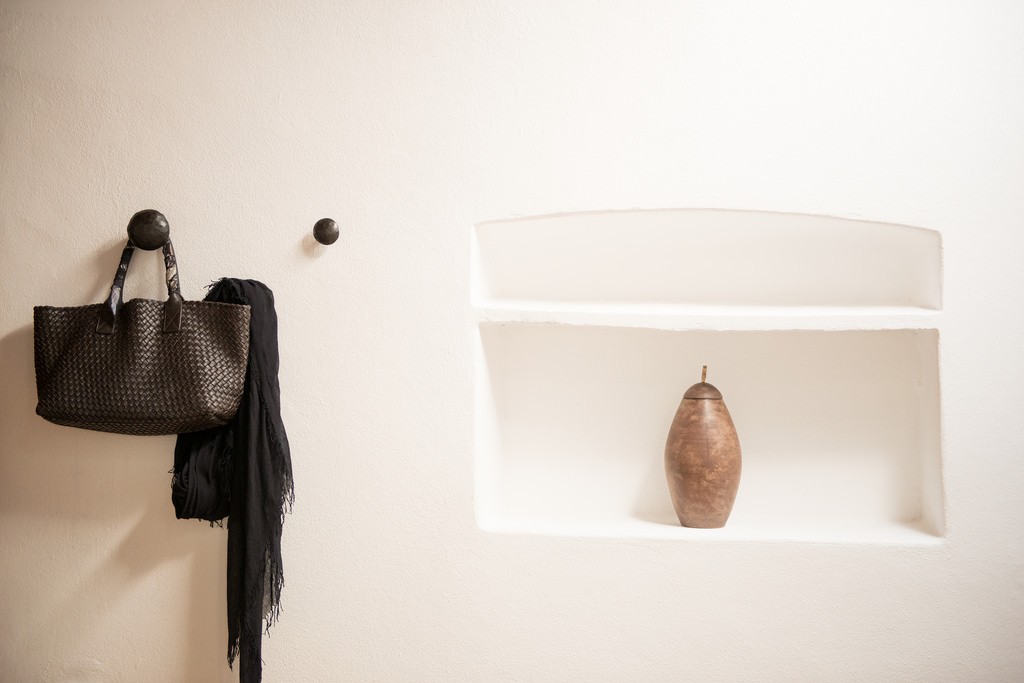
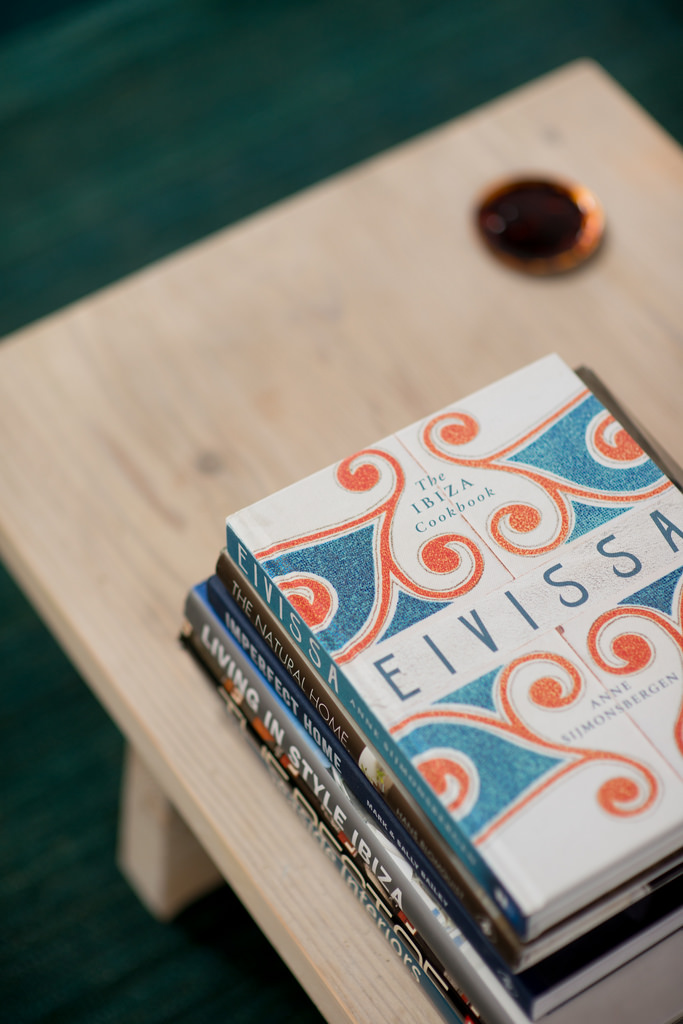
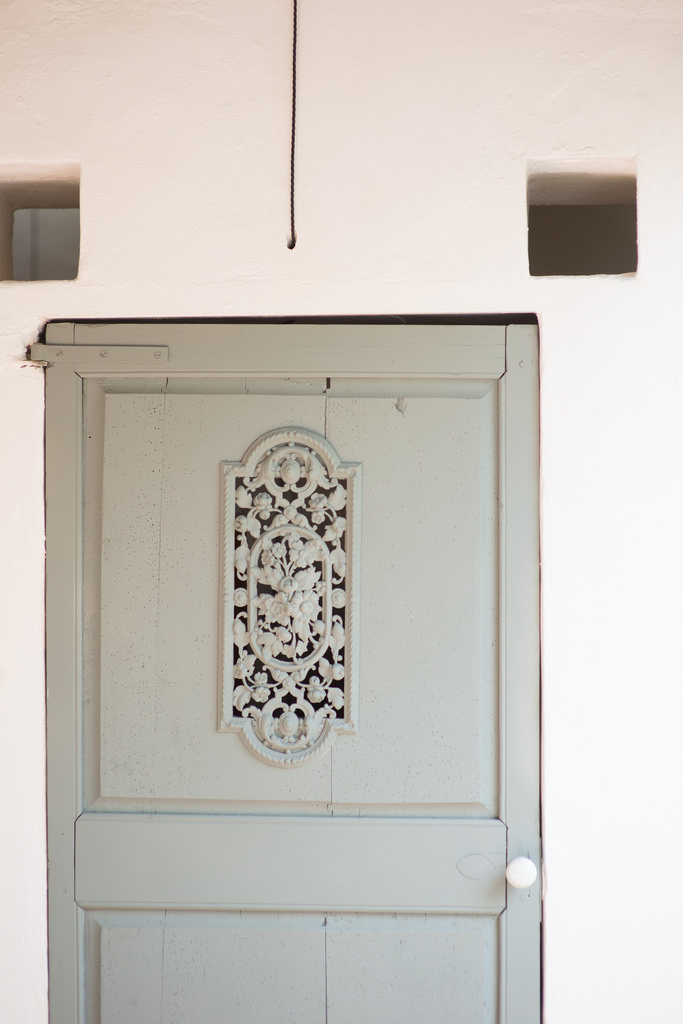
After completing the purchase in October 2015, Jayne and Gregor set about renovating the house completely, with total respect to its architectural heritage, preserving its authentic bohemian design elements. “It hadn’t been touched in about 35 years,” says Jayne. “But there were a lot of amazing features we wanted to keep.” Boasting a natural, impeccably elegant sense of style and developing an inherent understanding of what would work well under an Ibicencan roof, Jayne turned her talents to design and decoration. Knowing Cas Orvays was no cookie cutter Ibiza villa, Jayne set about sourcing the perfect pieces to suit the house. Some pieces, including oversized mirrors and antique beds, were shipped from the family’s original home in Edinburgh, the sheer size of the furnishings also suiting the high ceilings and spacious rooms of the Ibiza property. Other objects such as cabinets and drawers were found tucked away in a utility room of the villa, brought out and refurbished to be given a new lease of life. A new kitchen was added, modern yet in keeping with the home’s traditional style while original Sabina and seaweed ceilings have been carefully restored, as have the eclectic tiled floors.
Where Jayne had a vision for certain items that couldn’t be sourced, she was not deterred. Having previously lived near Borough market, she knew a specialist carpenterwho was once a film prop maker and knowing there was nothing he couldn’t create, she enlisted his help, flying him out to Ibiza to work on the project. “I’d show him a picture and then we’d go to the timber yard and he’d manage to make new pieces that looked like they were really old. We were like children in a sweet shop every time we got to go there!” she laughs at the memory. Stylish lighting is prevalent throughout Cas Orvays, ranging from meticulously restored, oversized lanterns from Edinburgh, a large antique Italian chandelier from the King’s Road, one-off pieces from Lassco, an architectural salvage place in Vauxhall London and unique finds from Can Castello here in Ibiza. No detail was overlooked – each element, be it original antique switches and black rope style cords to modern lamps, is particular to each individual space.
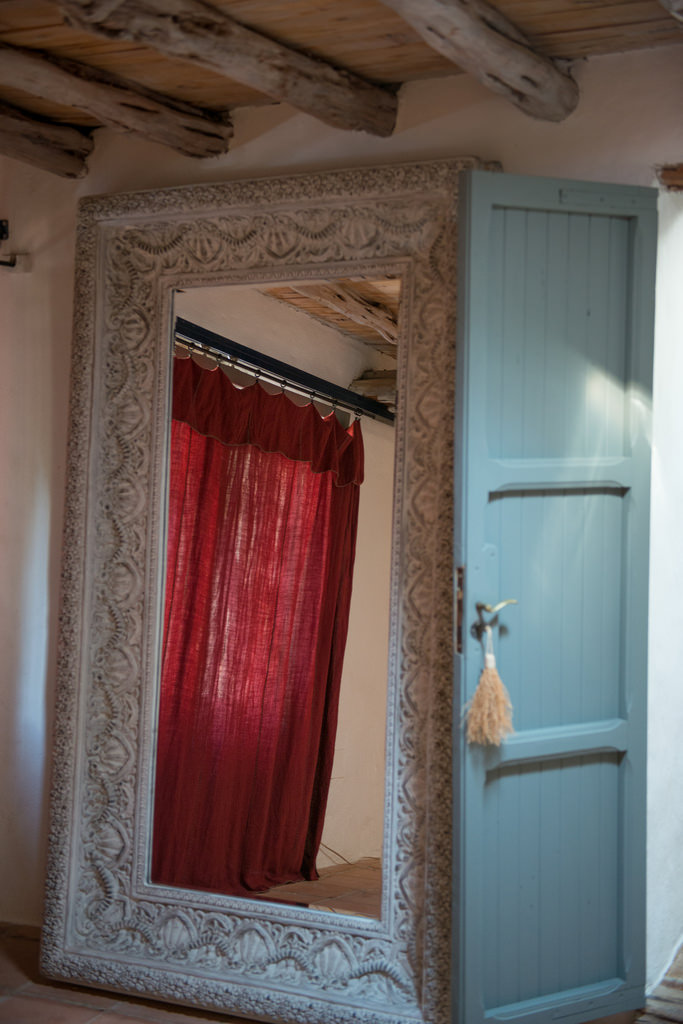
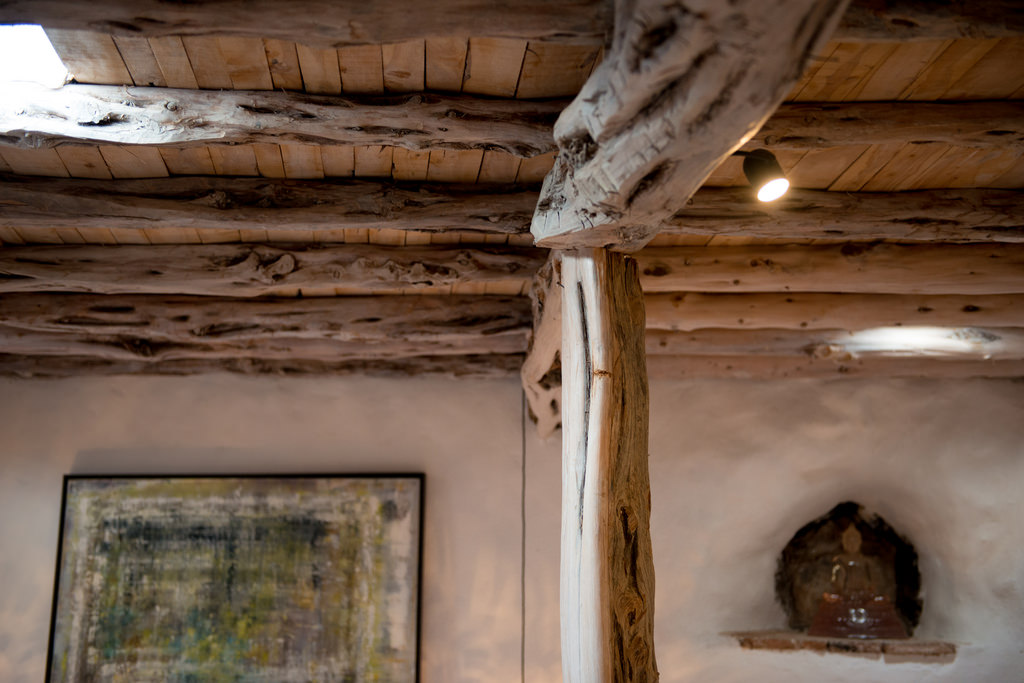
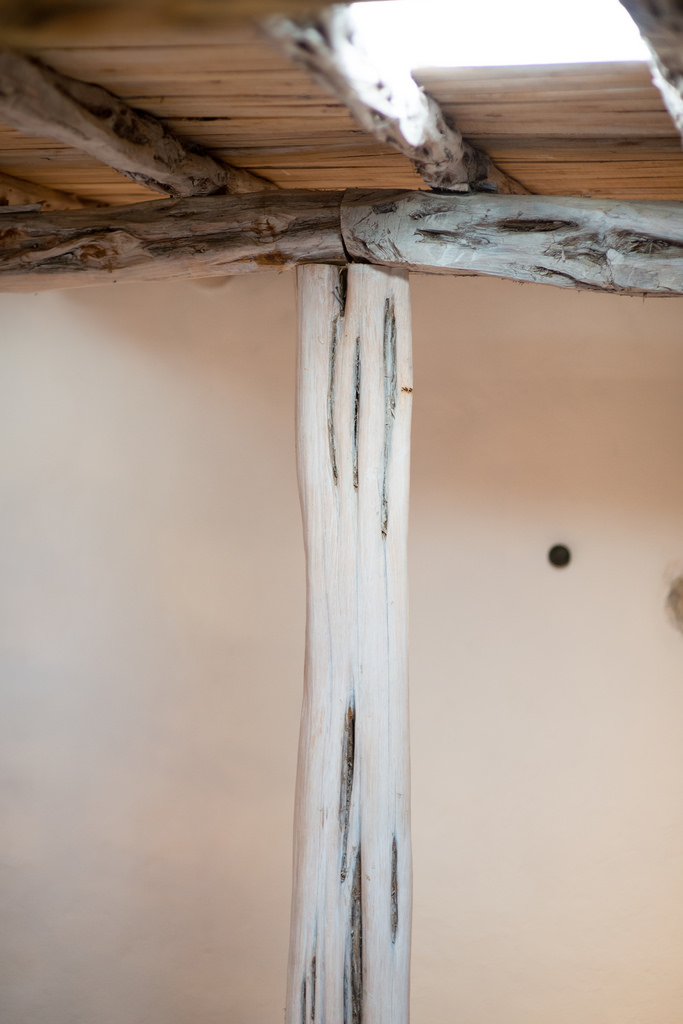
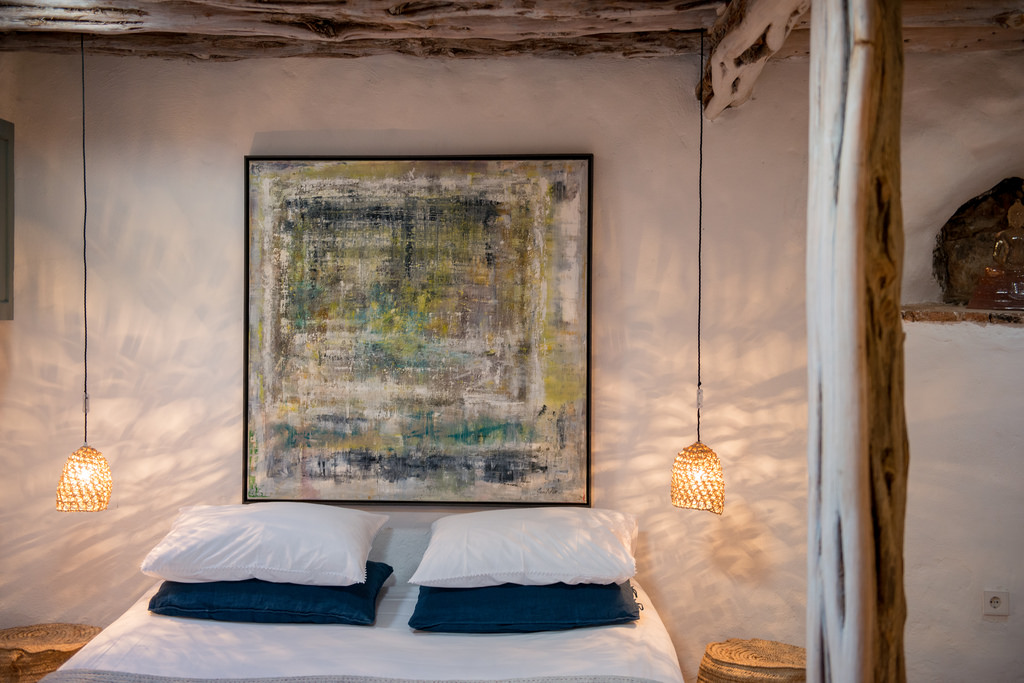
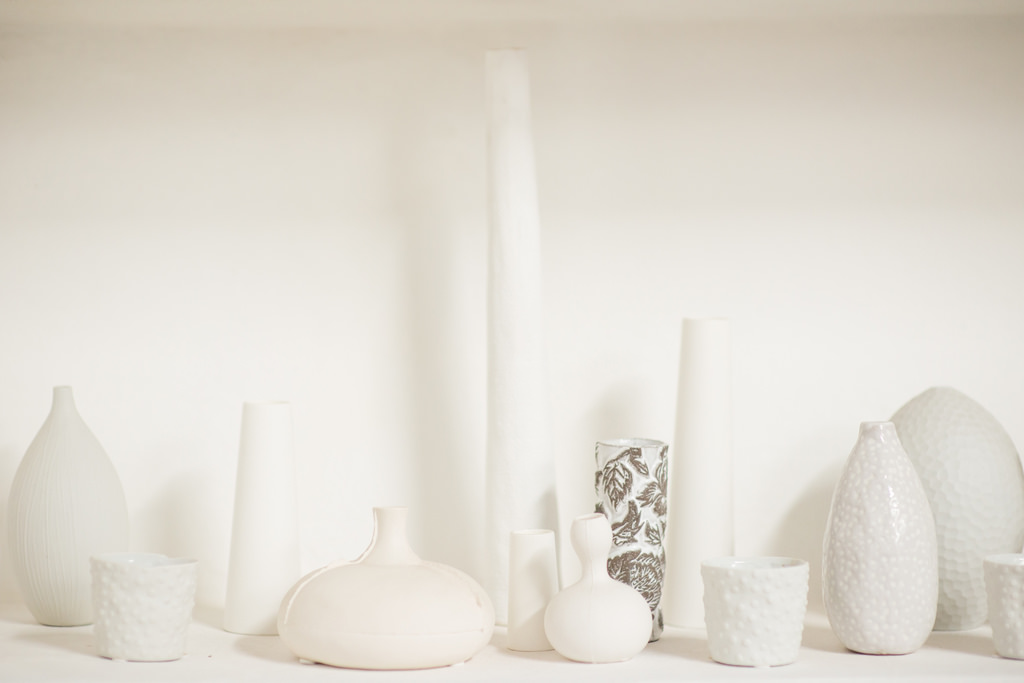
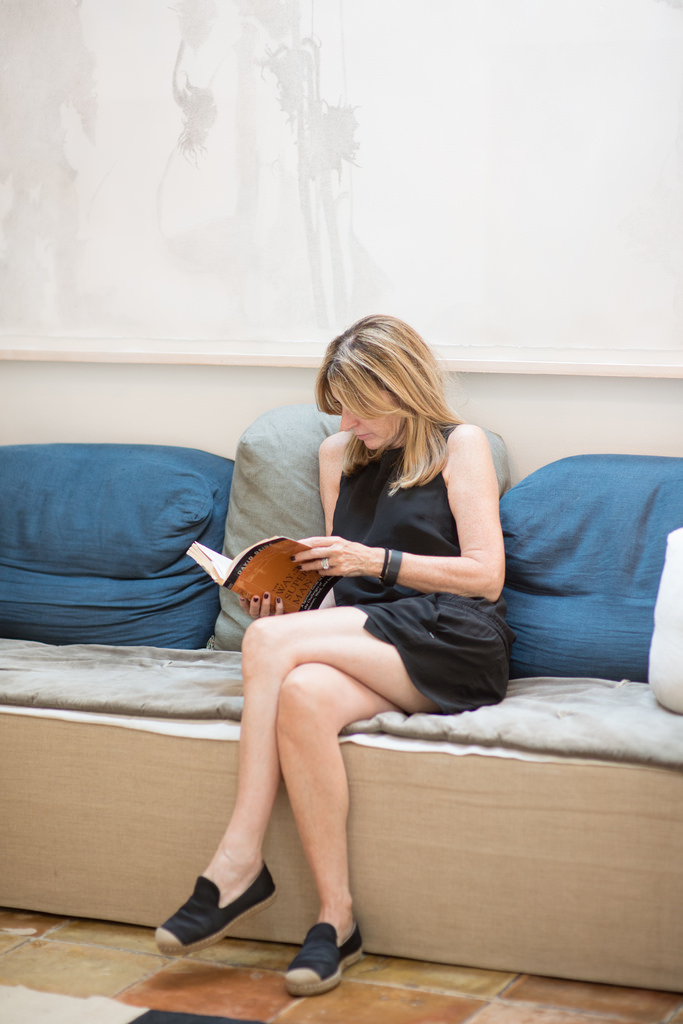
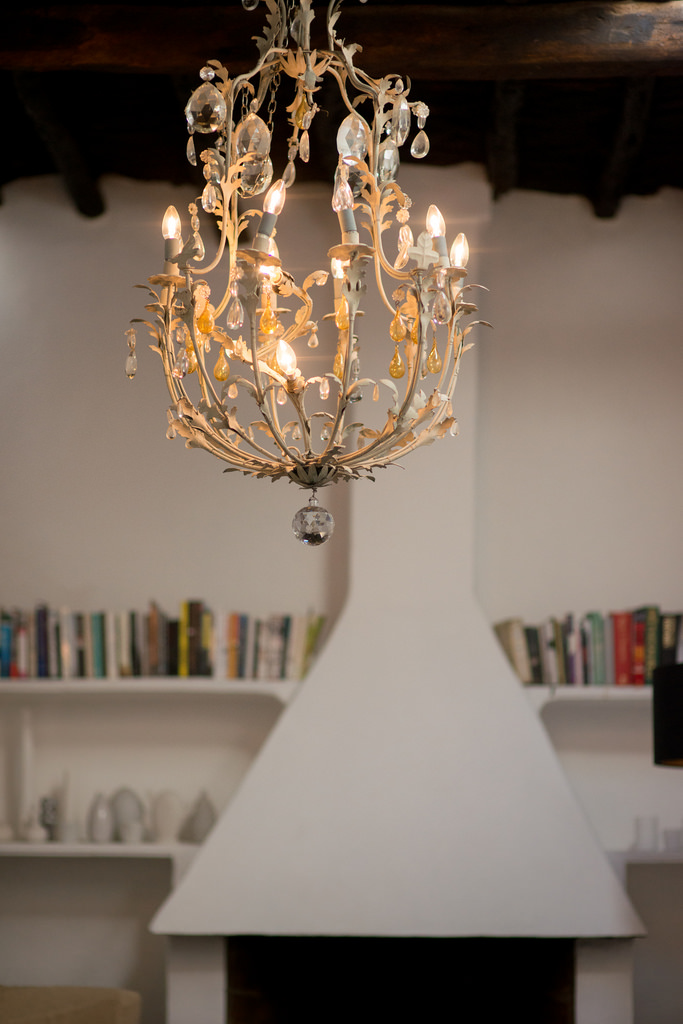
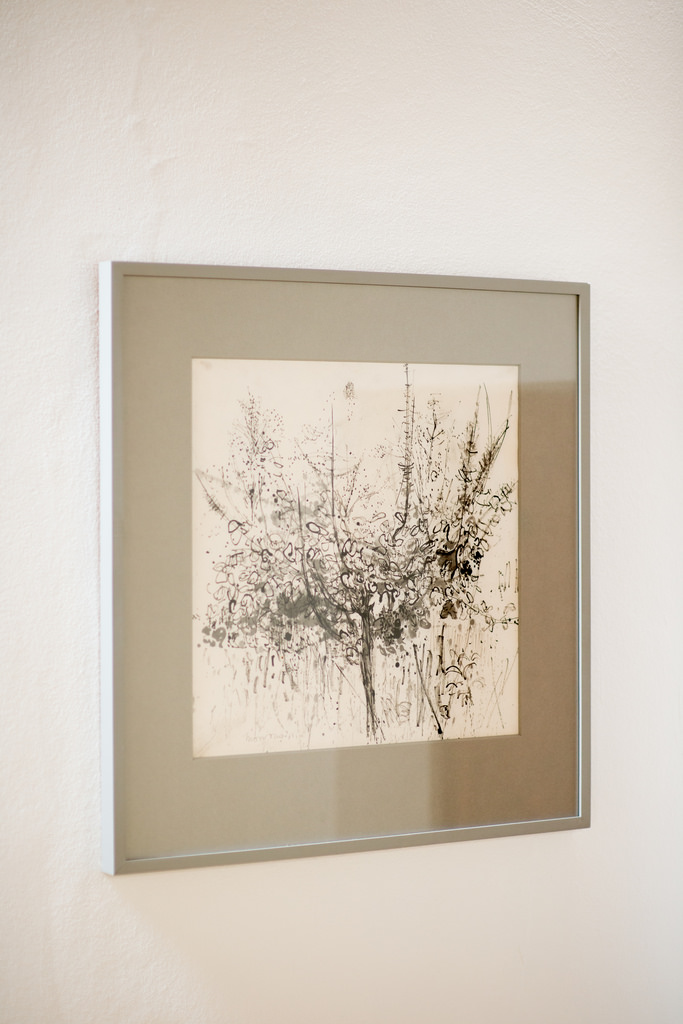
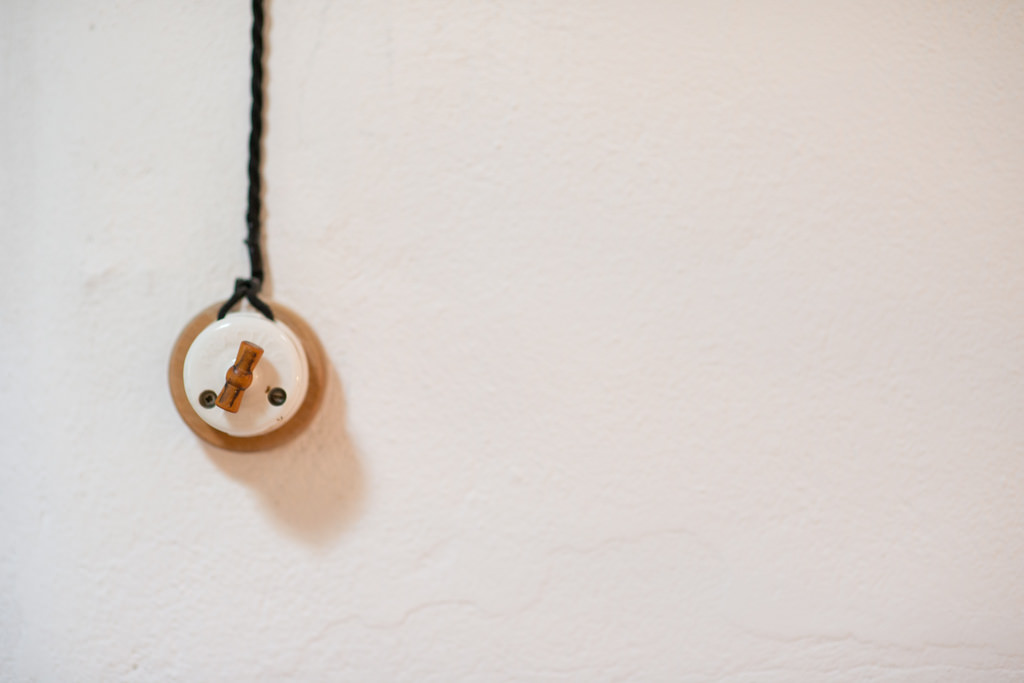
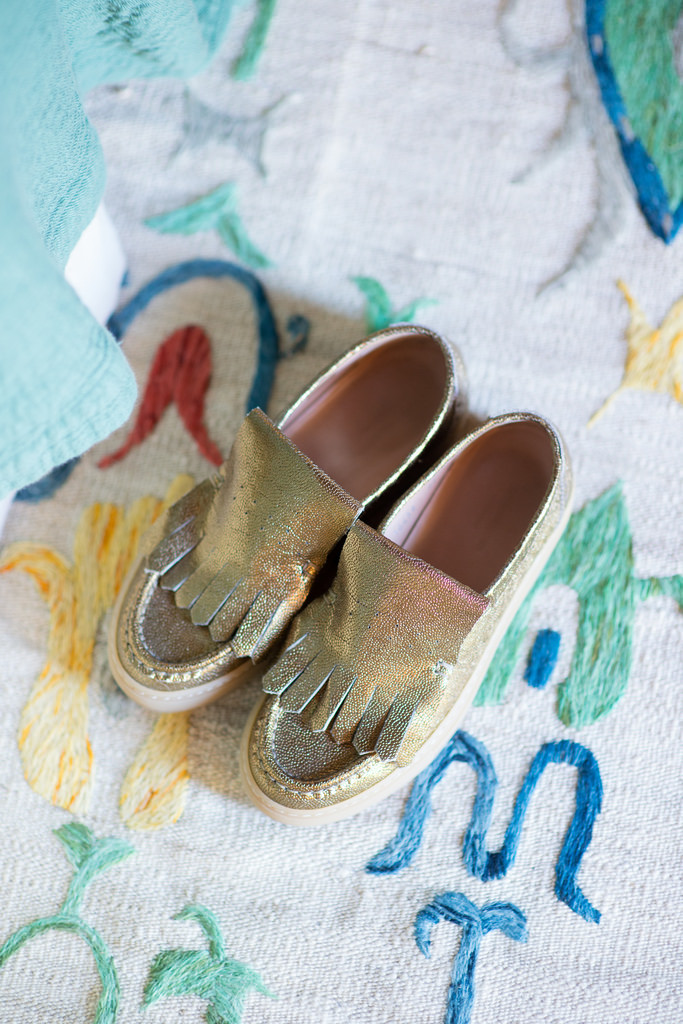
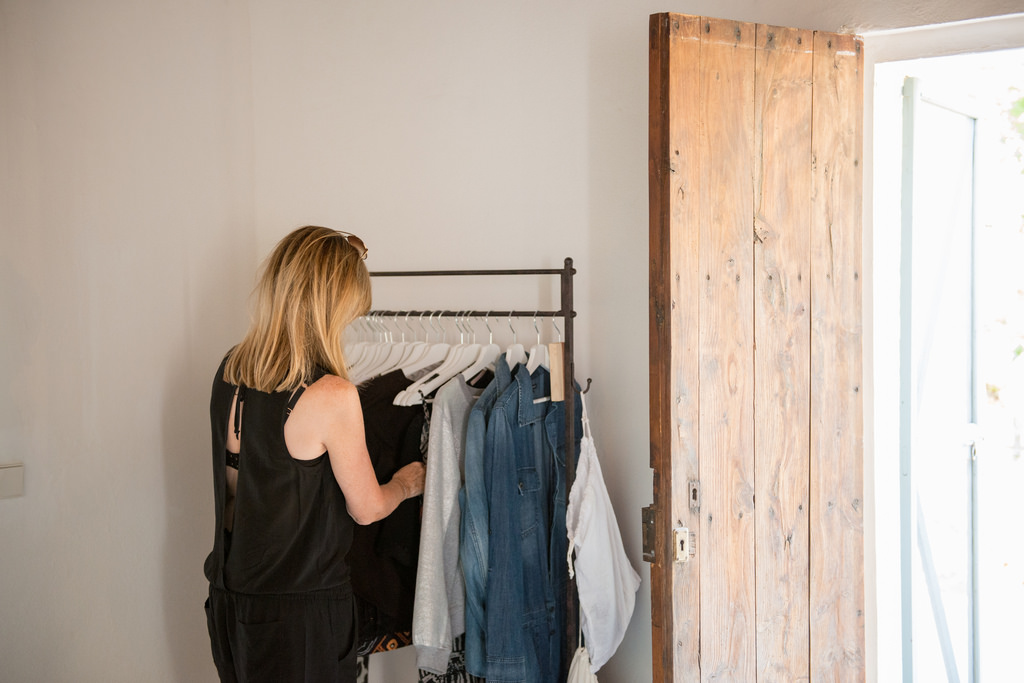
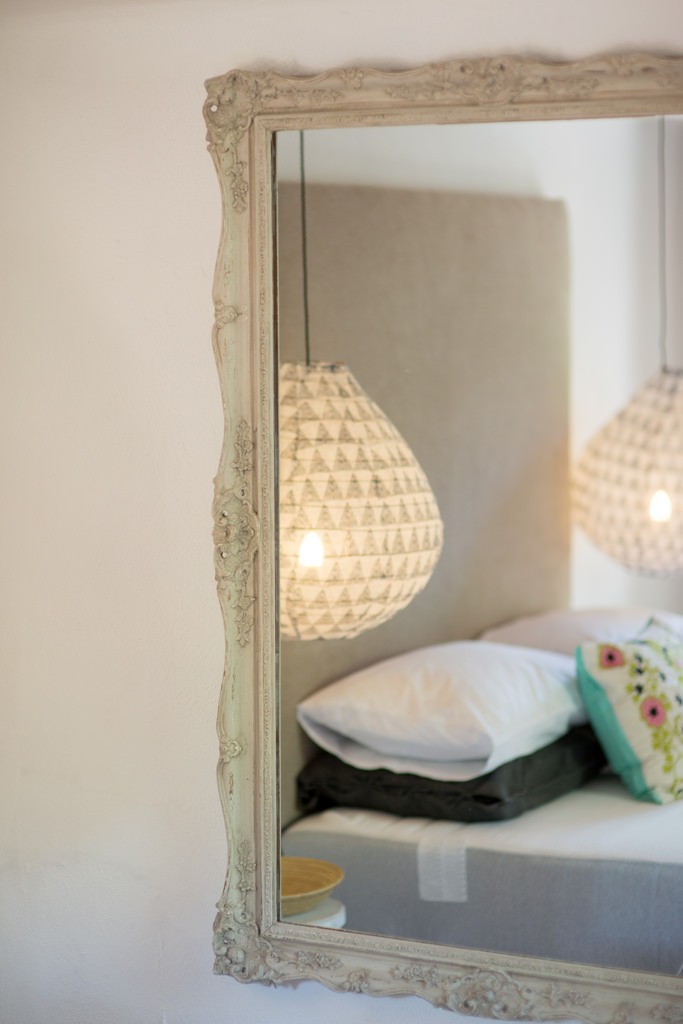
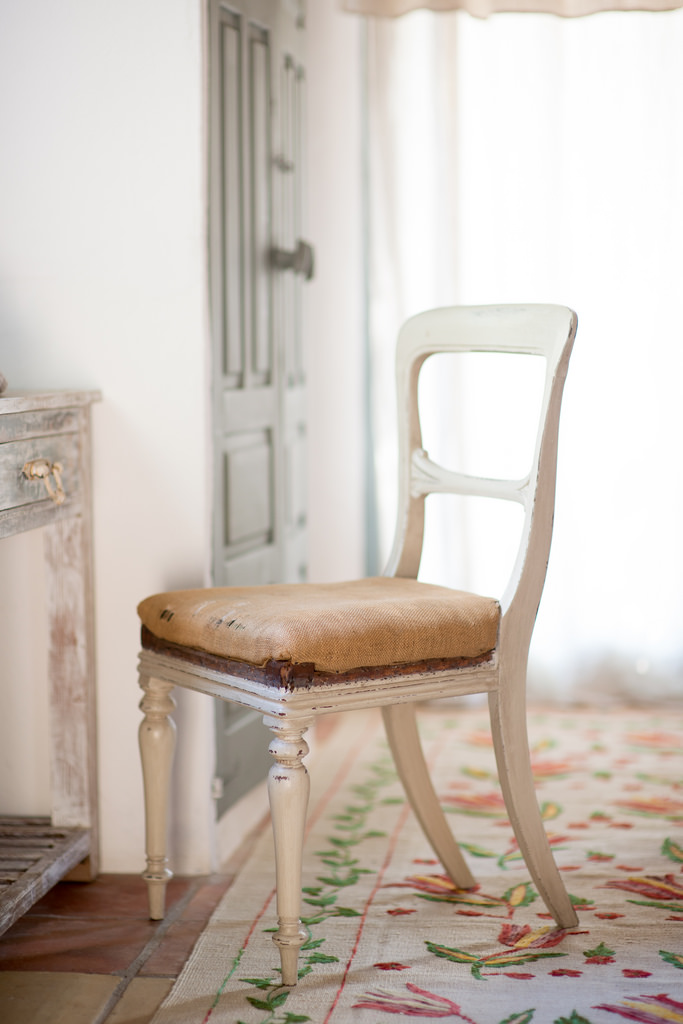
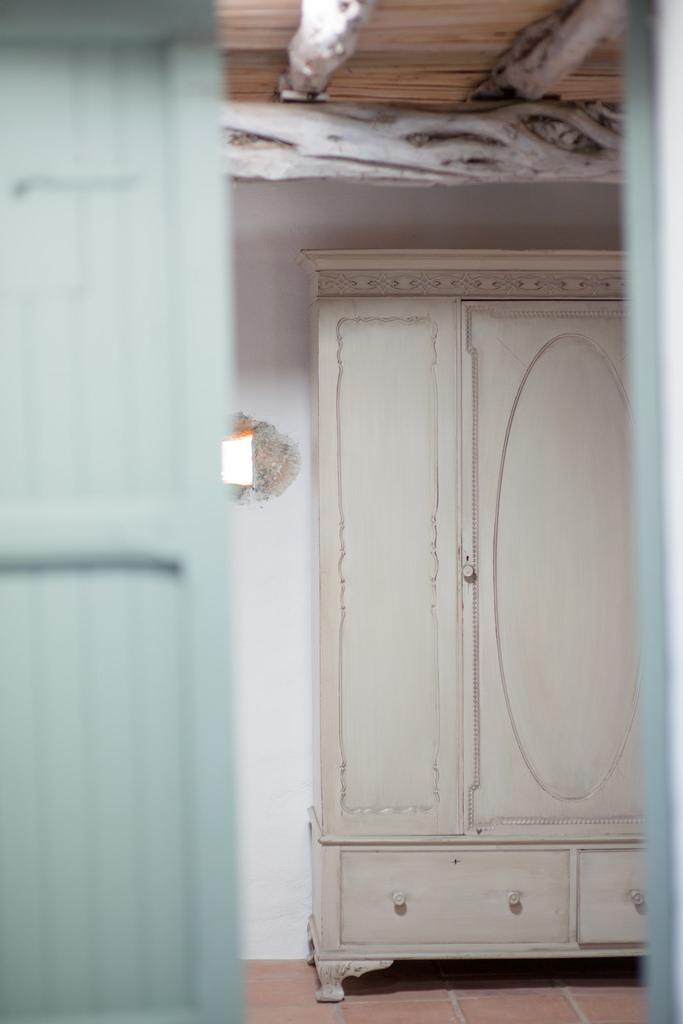
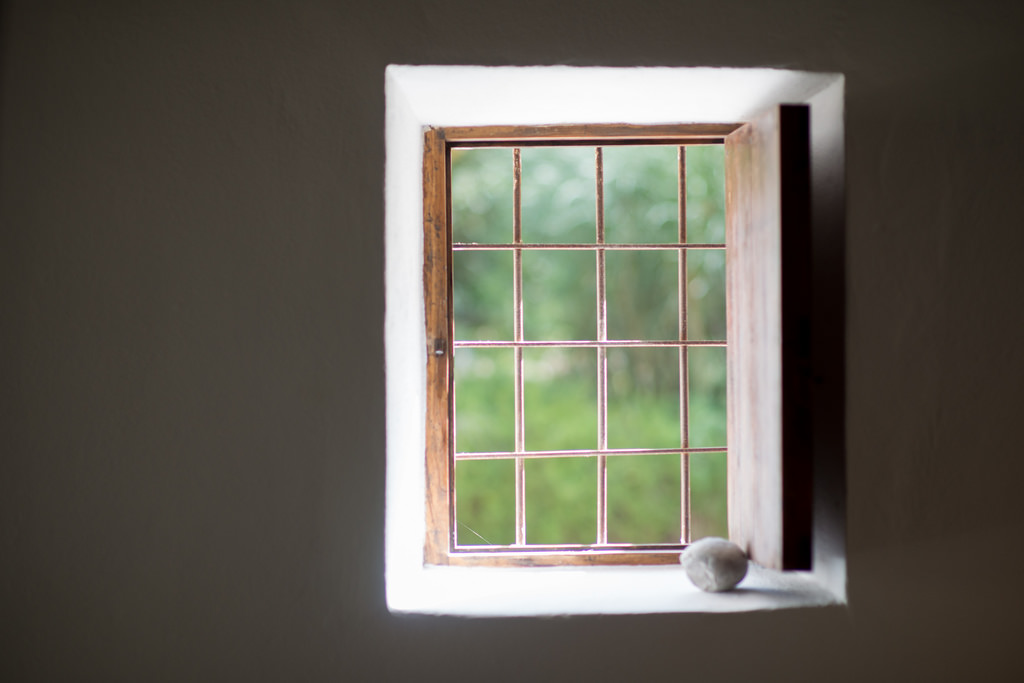
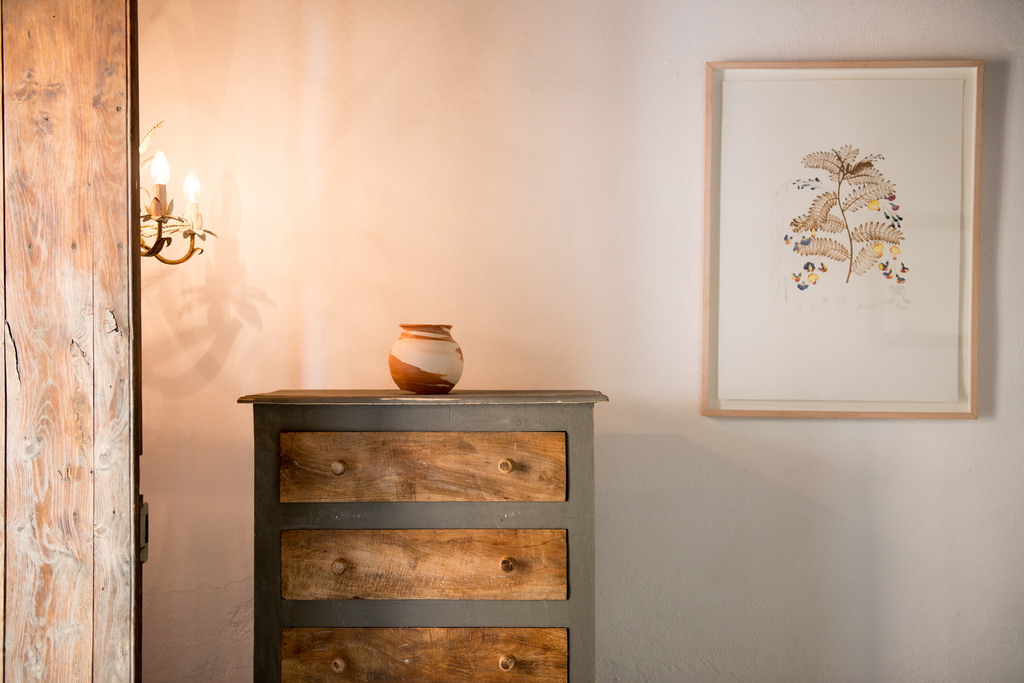
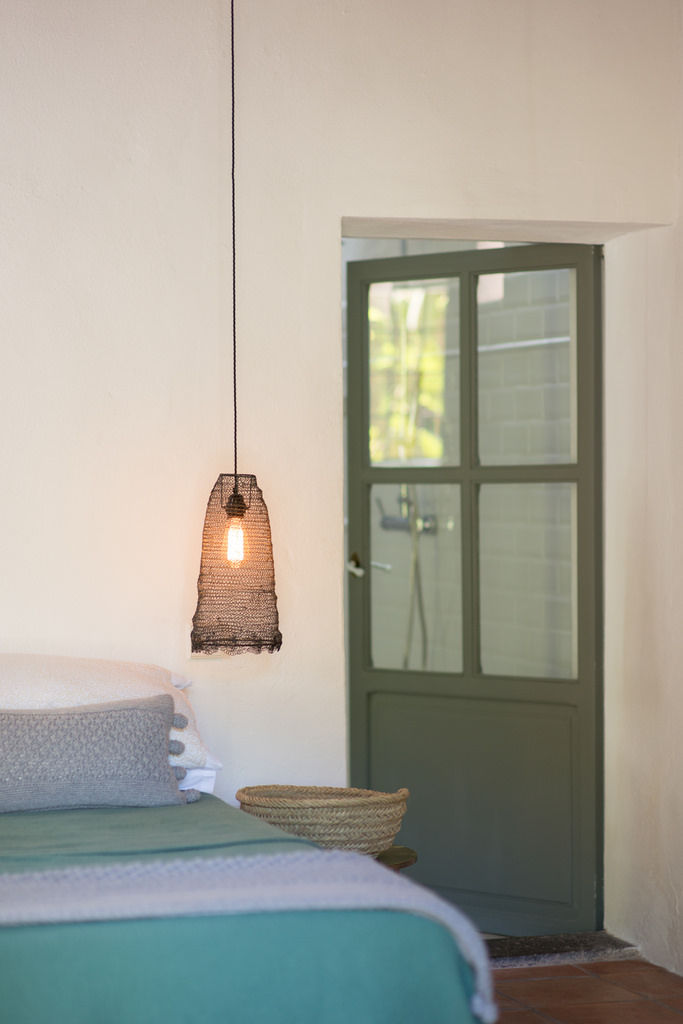
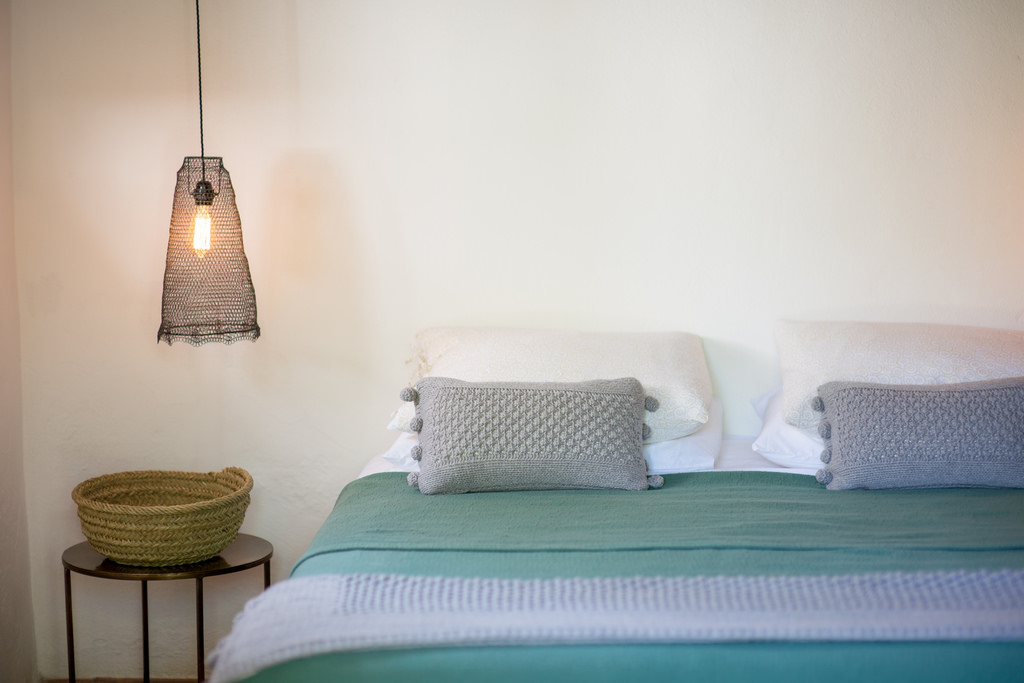
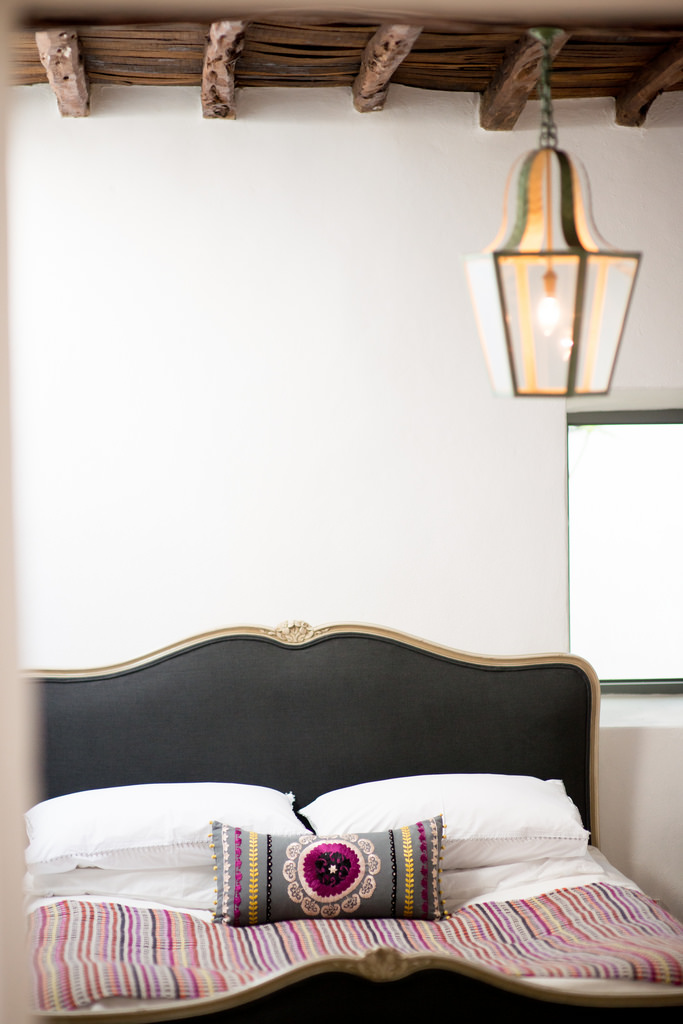
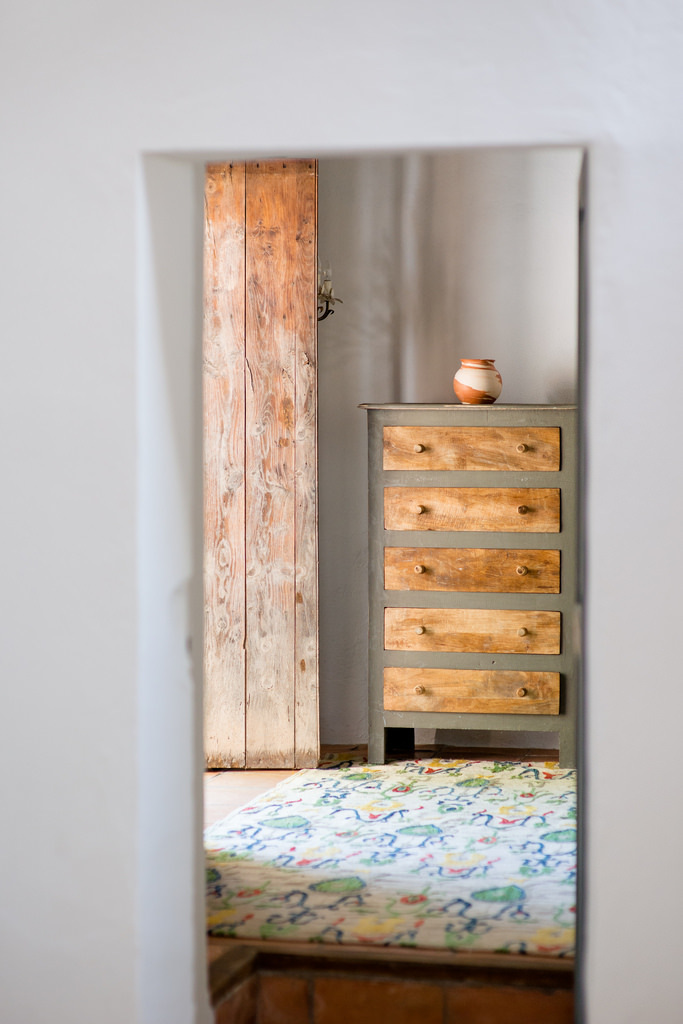
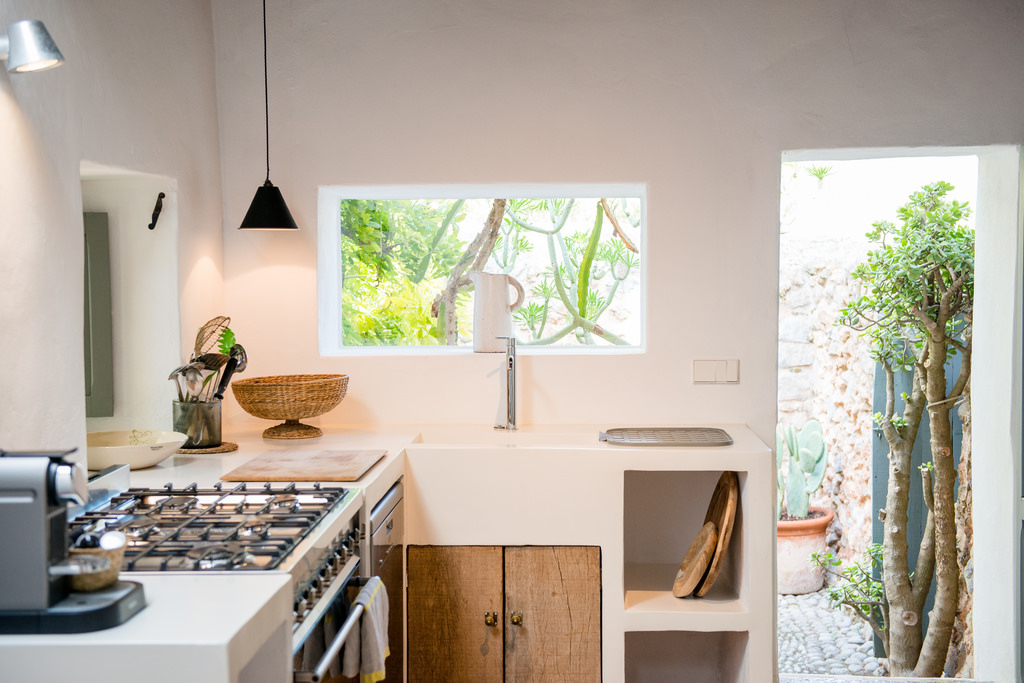
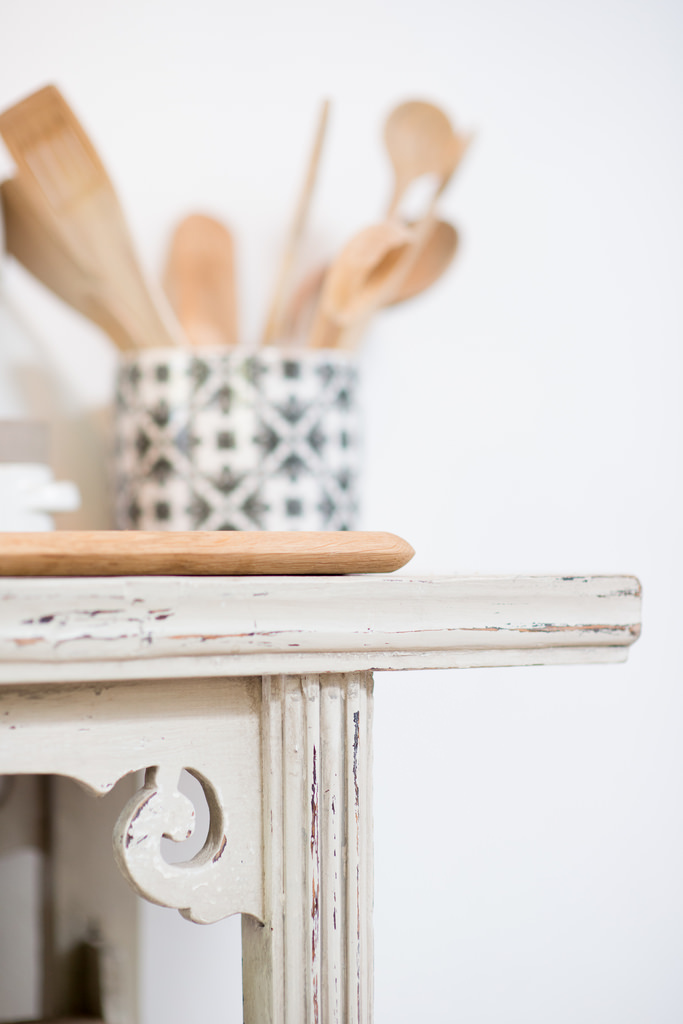
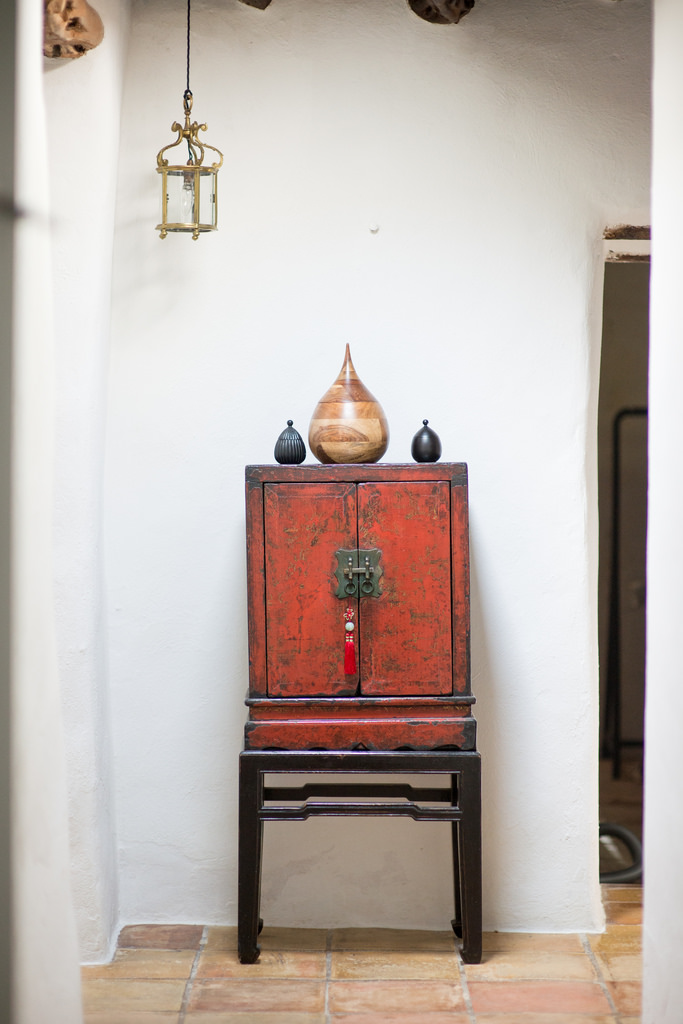
Soft furnishings were painstakingly hunted down in specialist stores in London, including The Linen Shop in Notting Hill, with custom upholstery made by Hossack and Gray London. Caravan London was another go-to showroom for decoration, in addition to vintage rug stores for both floor rugs and wall hangings. Jayne was also inspired by her friend John Teyssier of Ibiza pop-up décor showroom Jasserie – a concept showcasing local artisans and vintage pieces from the island. Jayne’s growing art collection includes works by famed Scottish painter Alberto Morocco among others. Stepping outside Cas Orvays is like stepping into a fairytale, with magical gardens awash with flowers, thriving with ancient succulents, tall bamboo and boasting a pretty plant-lined path down towards an ancient pool house, adjacent to the secluded swimming pool with its bohemian yellow tiles casting a gorgeous green tinge over the water. “This path is what sold the house to me,” confesses Jayne. “I like to imagine my grandchildren walking down here one day.” When they first acquired the property, Jayne says the garden was more like a jungle, but after many months clearing and landscaping, it is now a paradisiacal, tranquil wonderland.
“I really enjoyed doing it and it really opened up my creative side,” she explains of the renovation and design experience. Having taken a break from Pilates for the duration of the project, Jayne felt she had the time and space needed to engage her creative sensibilities. “My background is Pilates, and at one point when we bought the house I thought I could host retreats here, but after taking a year away from that to work on the renovation, it made me rethink what I wanted to do.” Fast-forward to 2017, and the story of Cas Orvays, and indeed, Jayne Henderson herself, has taken some new twists and turns. Inspired by the incredible transformation of the house, the couple decided to sell the villa, and are now planning to embark on an all-new renovation and house design project in Ibiza or Formentera. Meanwhile, Jayne has launched her very own design consultancy brand JHDESIGNLAB – working out of the Balearics and London, bringing her amazing eye for detail, hands-on experience, invaluable local and international contacts and creative skills into the homes of others.
For more information on JHDESIGNLAB, contact Jayne Henderson on [email protected]
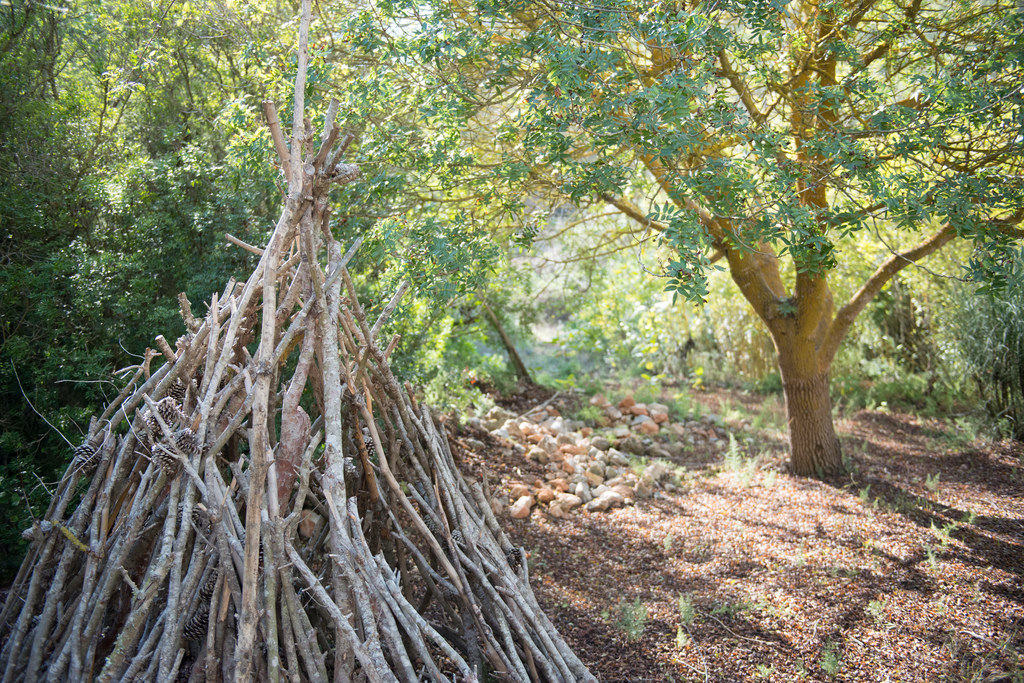
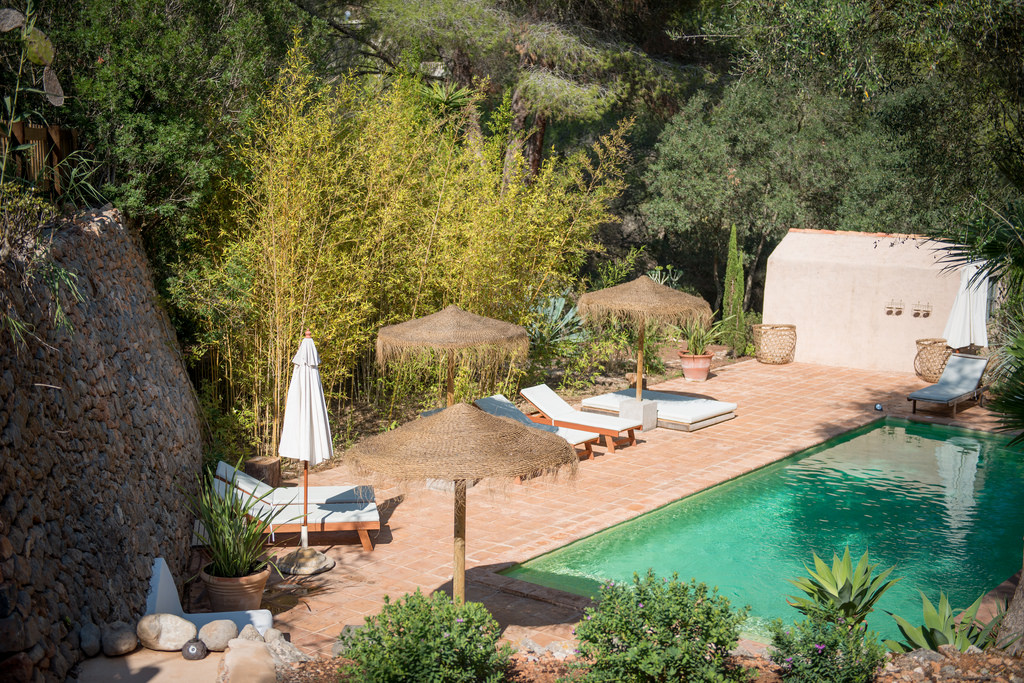
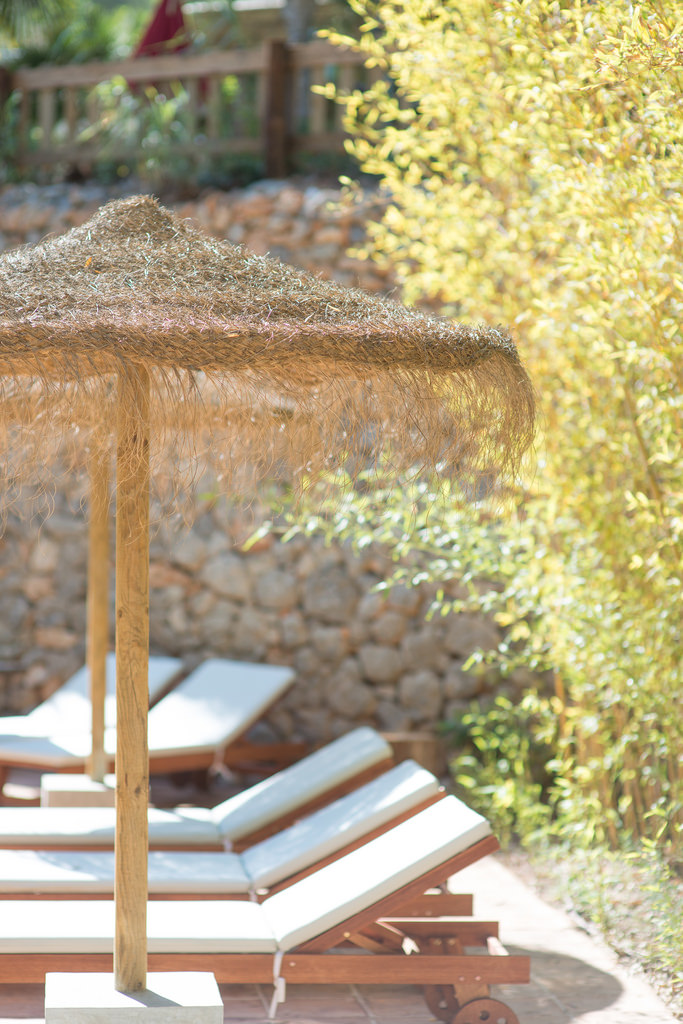
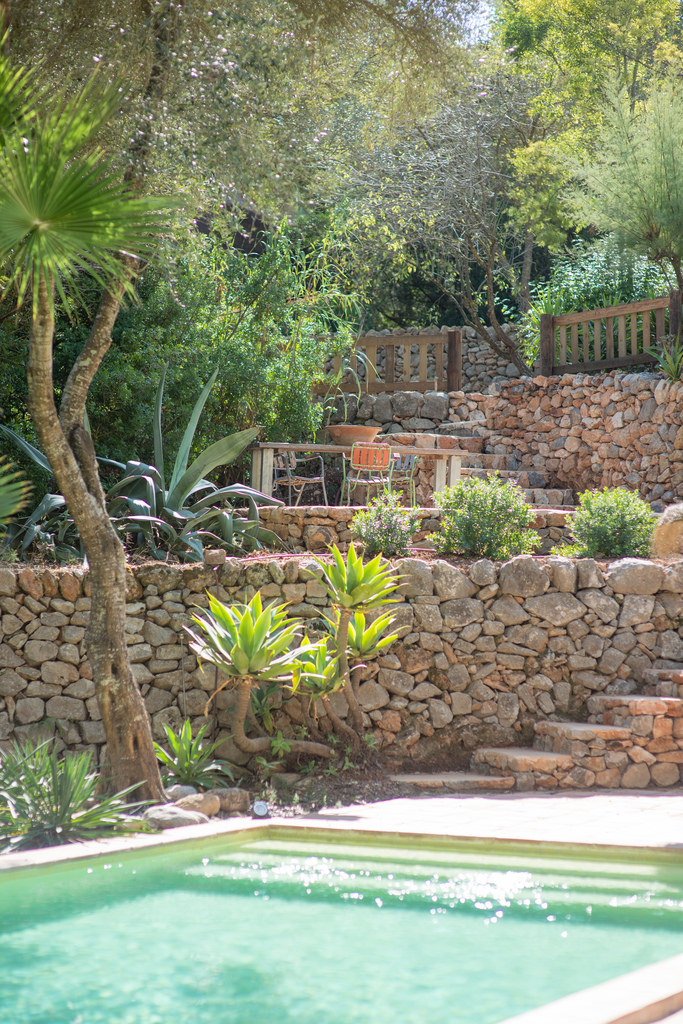
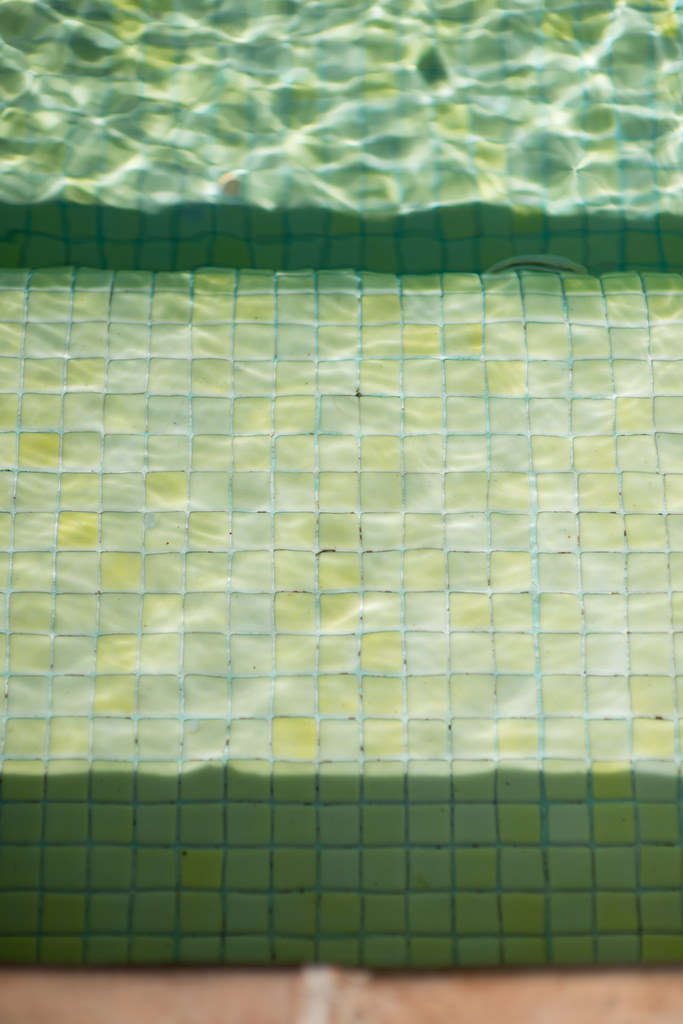
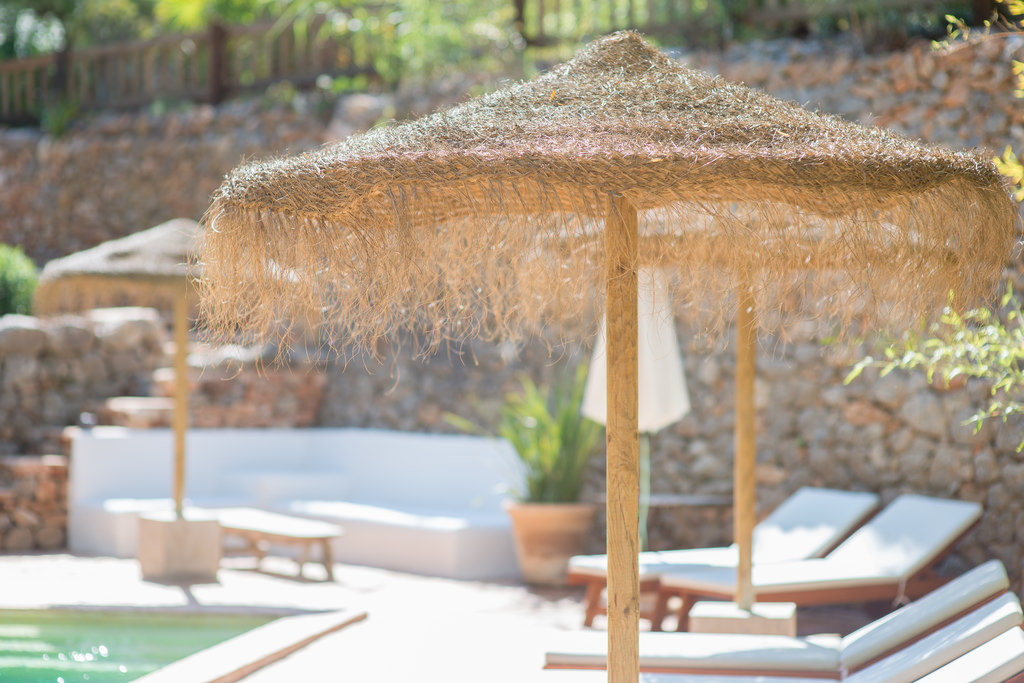
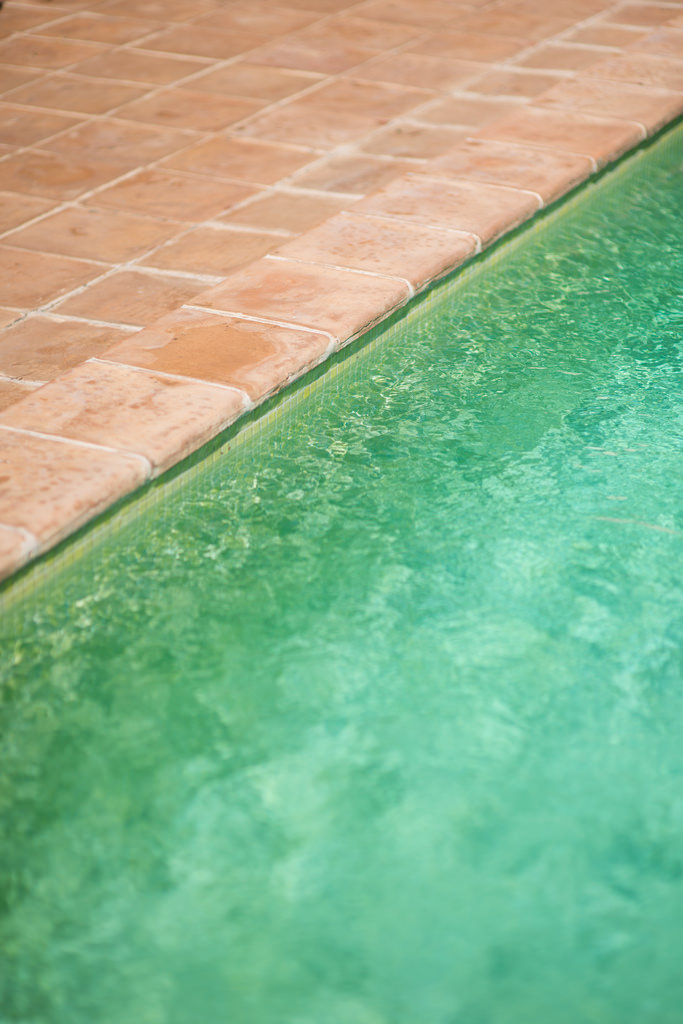
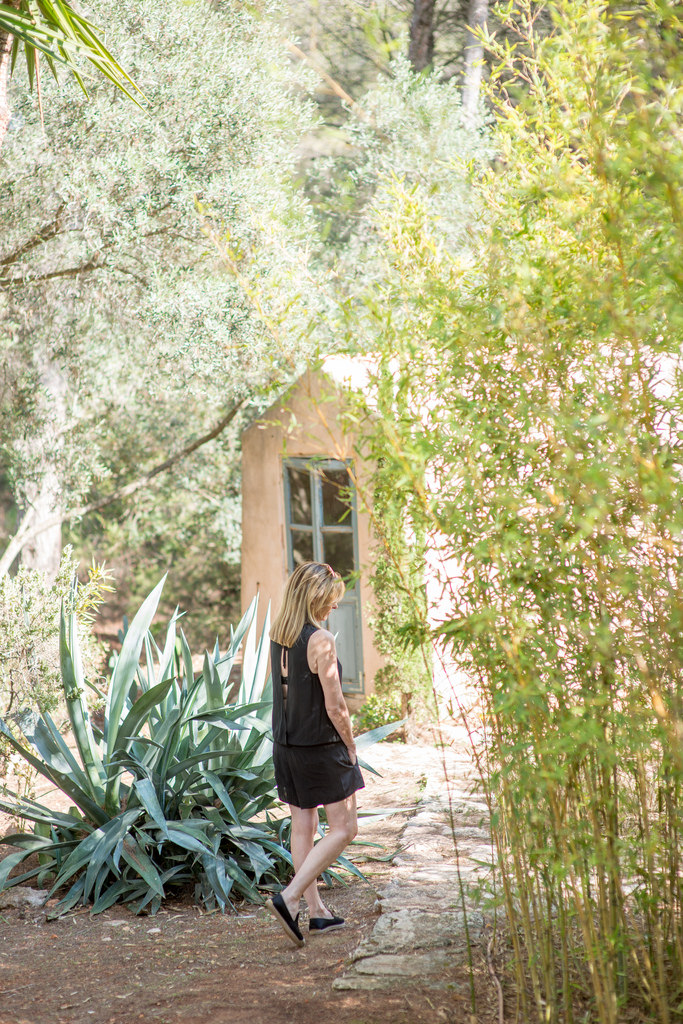
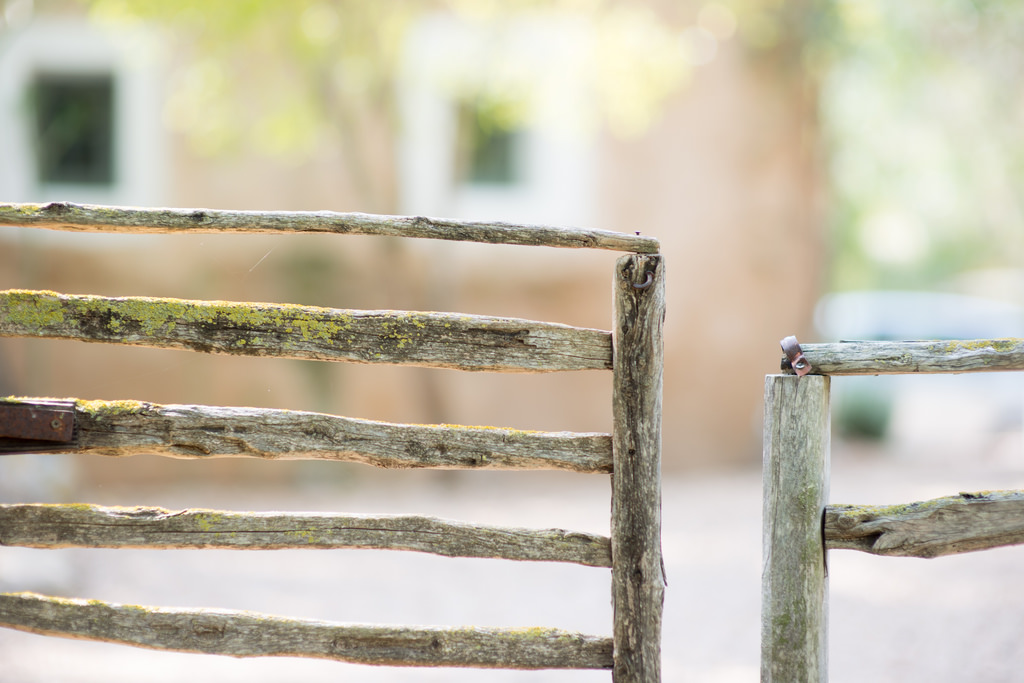
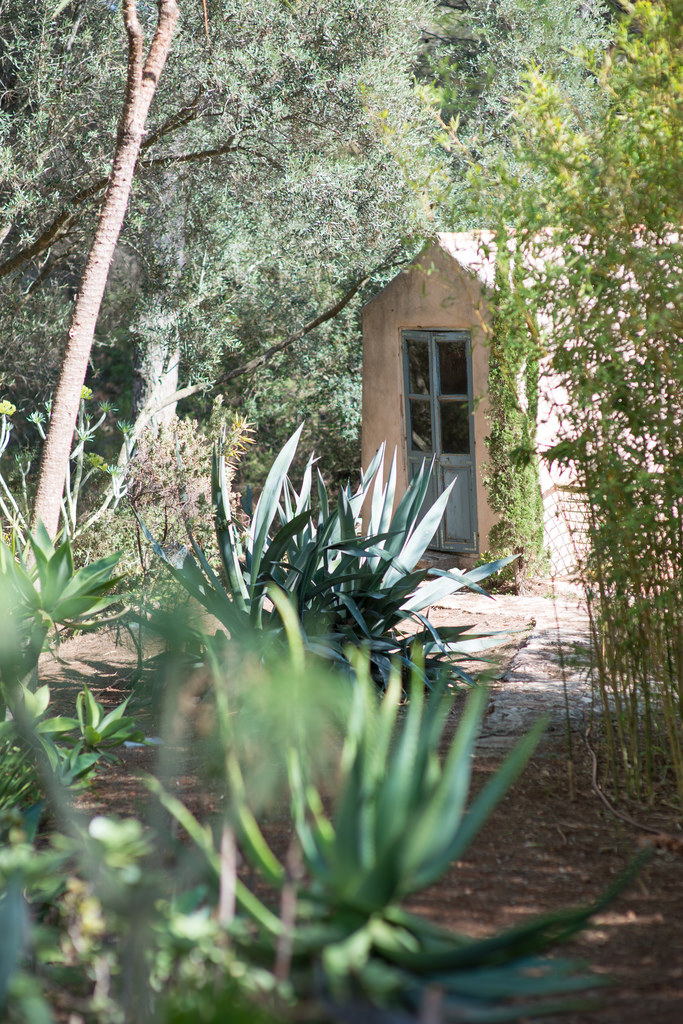
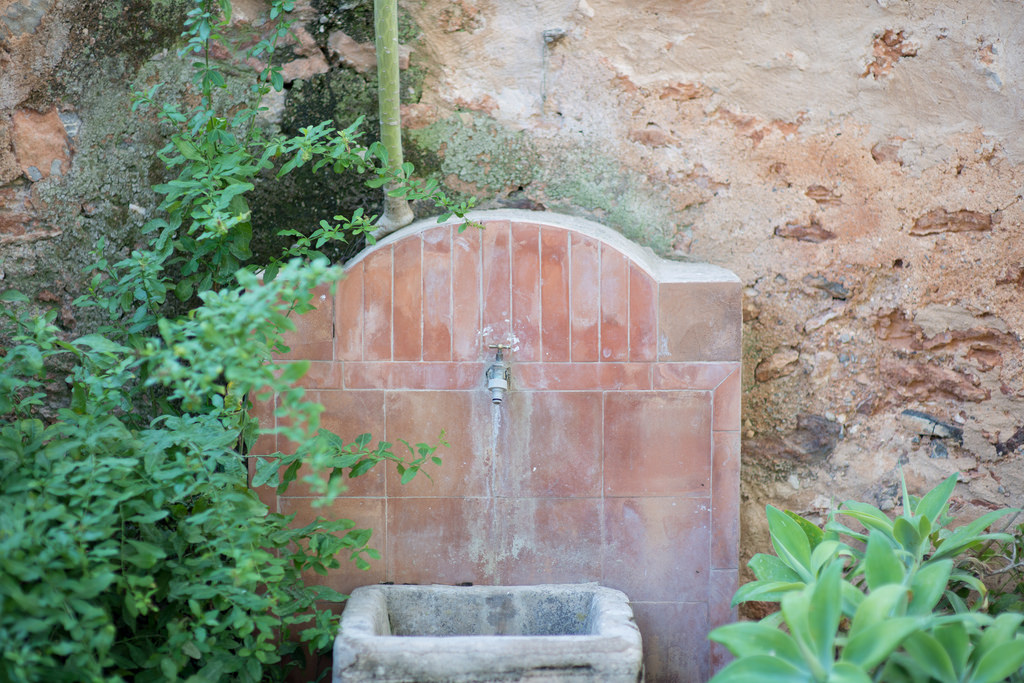
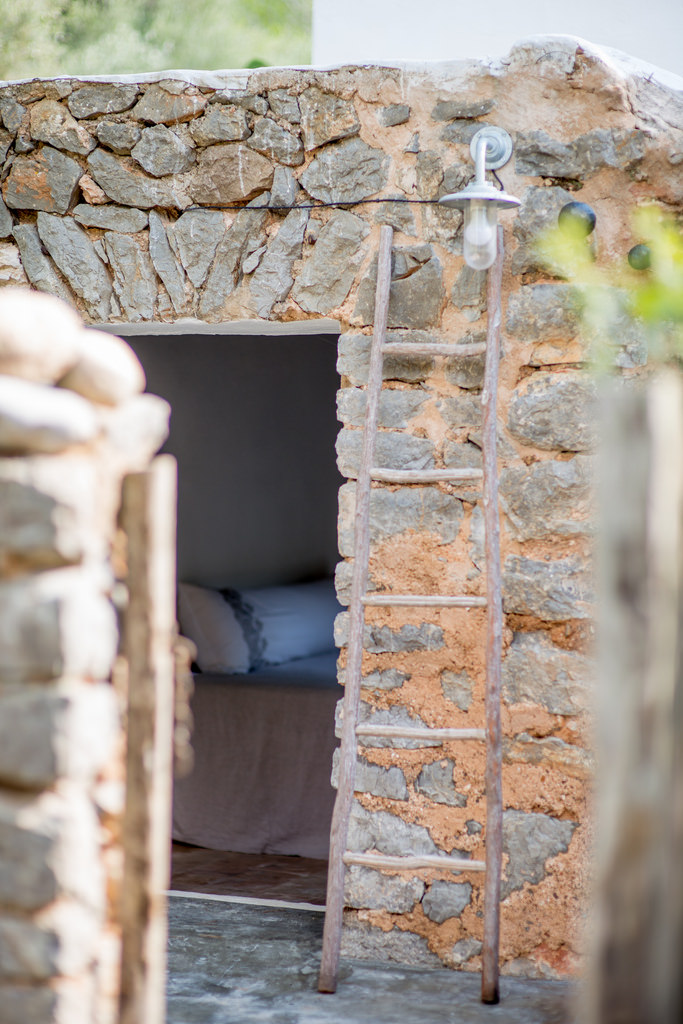
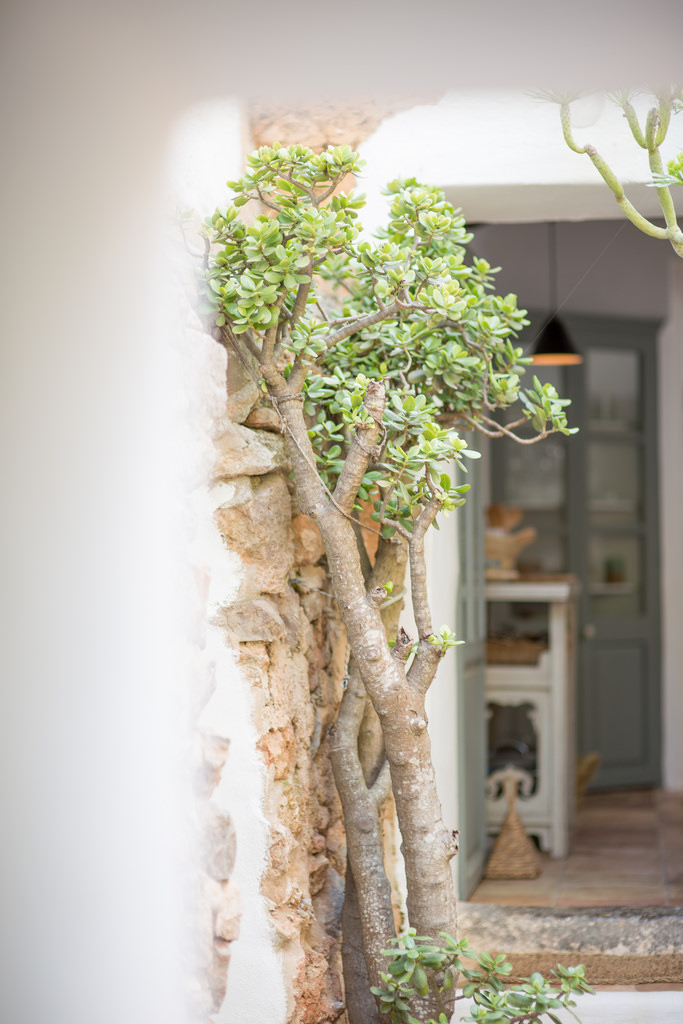
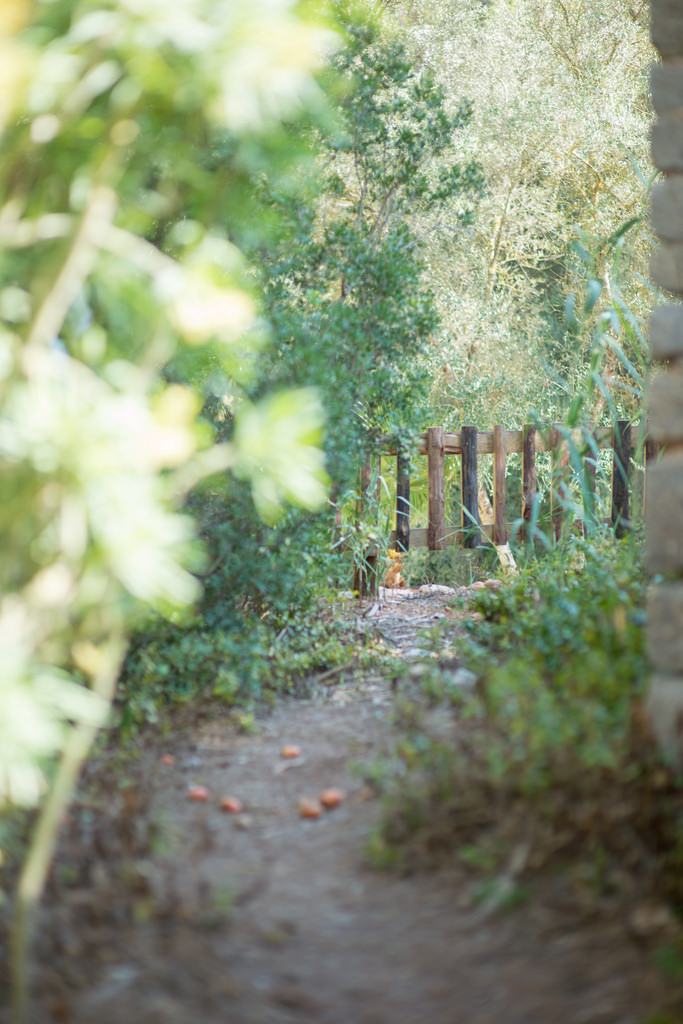
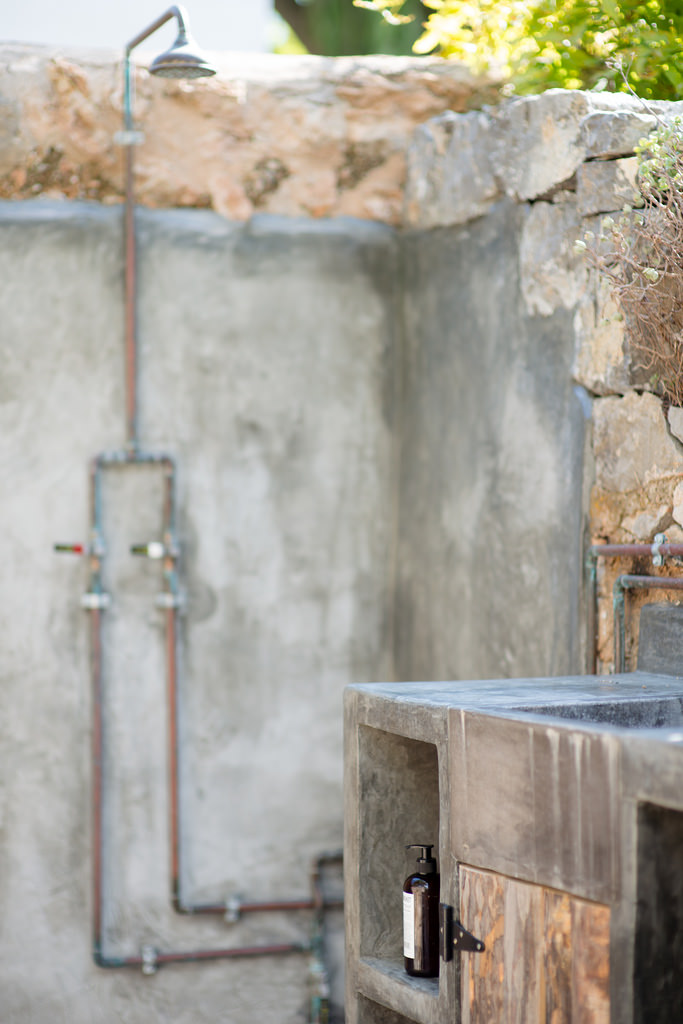
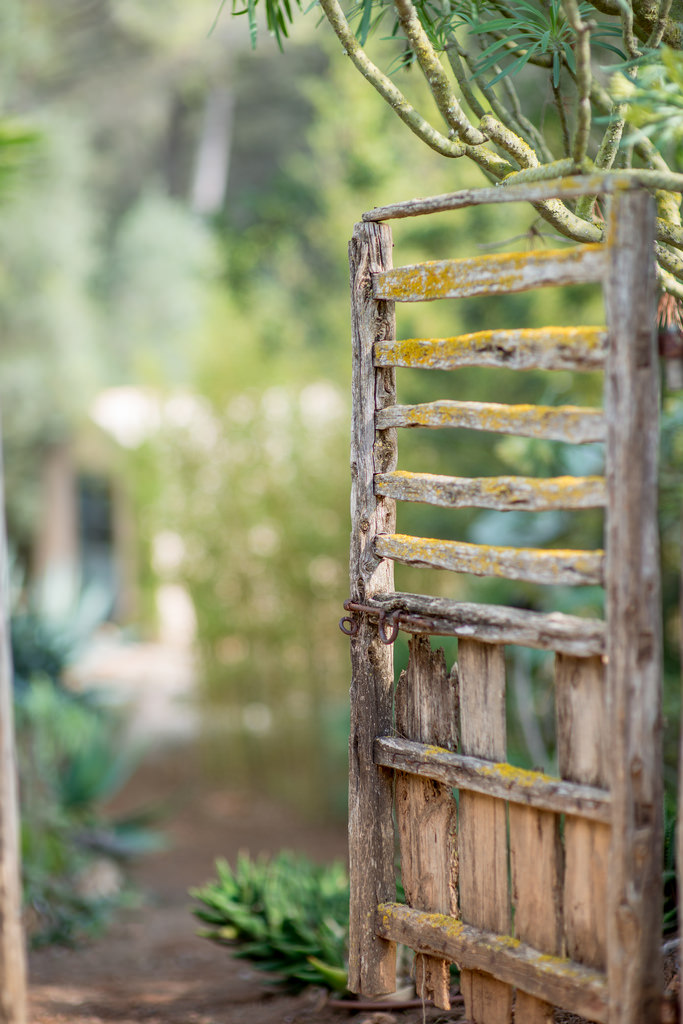
Spontaneity is something that that Selina and Jurjen van Hulzen have absolutely no trouble with. While most people go to great lengths to plan a move to Ibiza, it was a much more fluid process for this family. The architect and interior designer and his teacher wife came to the island with their two children for the first time in 2014 to visit friends and decided right then and there to move. While a heavily pregnant Selina waited in Amsterdam Jurjen returned to find a place to live – almost signing a lease on an expensive villa.
Back in Amsterdam he received a call from a friend telling him there was another place he simply had to rent and quickly. So, sight unseen he signed the papers and a few months later the family arrived in the middle of the night to a house on a hill in the north of Ibiza. By now baby Ziggy had joined his big brother Mads and sister Lou and when they all woke on that first morning they stepped out onto the terrace to be greeted by the most amazing view across the Morna Valley to the distant sea. They had arrived home.
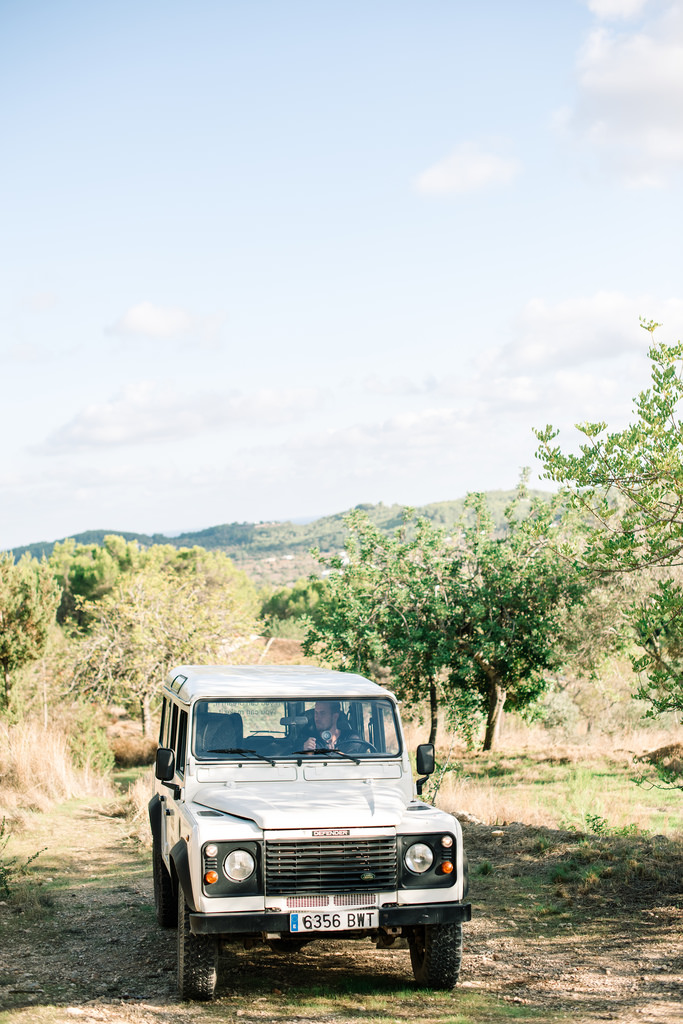
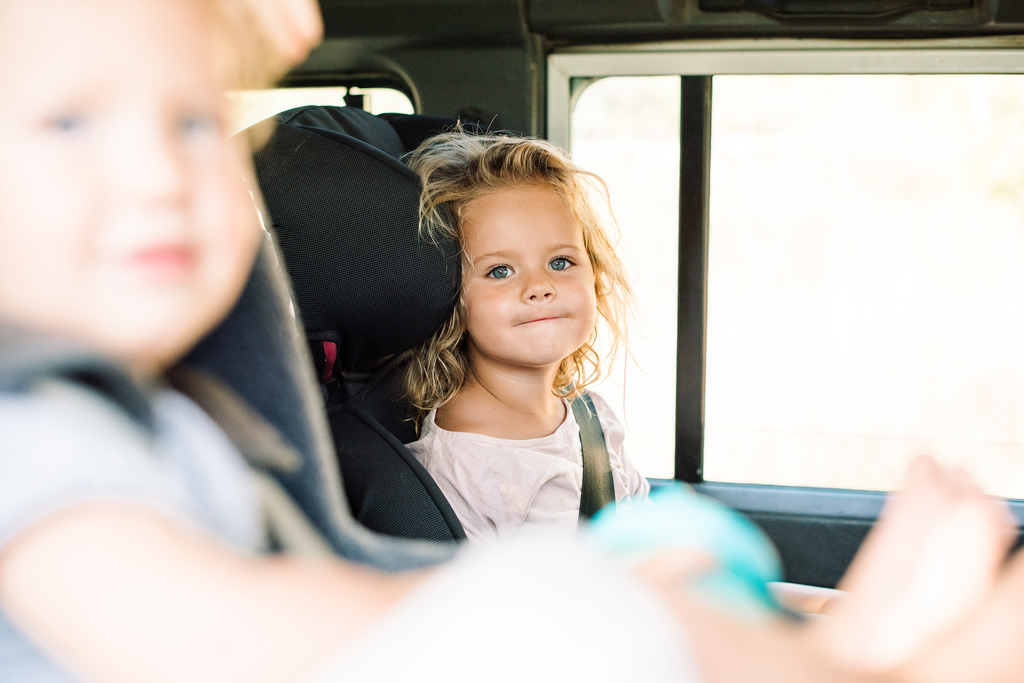
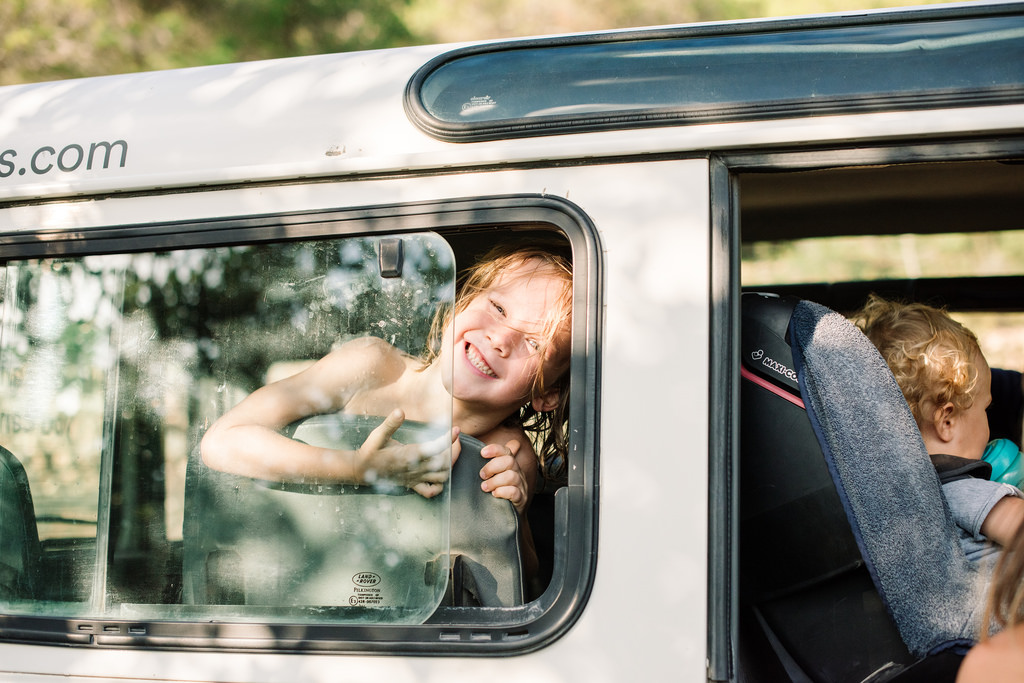
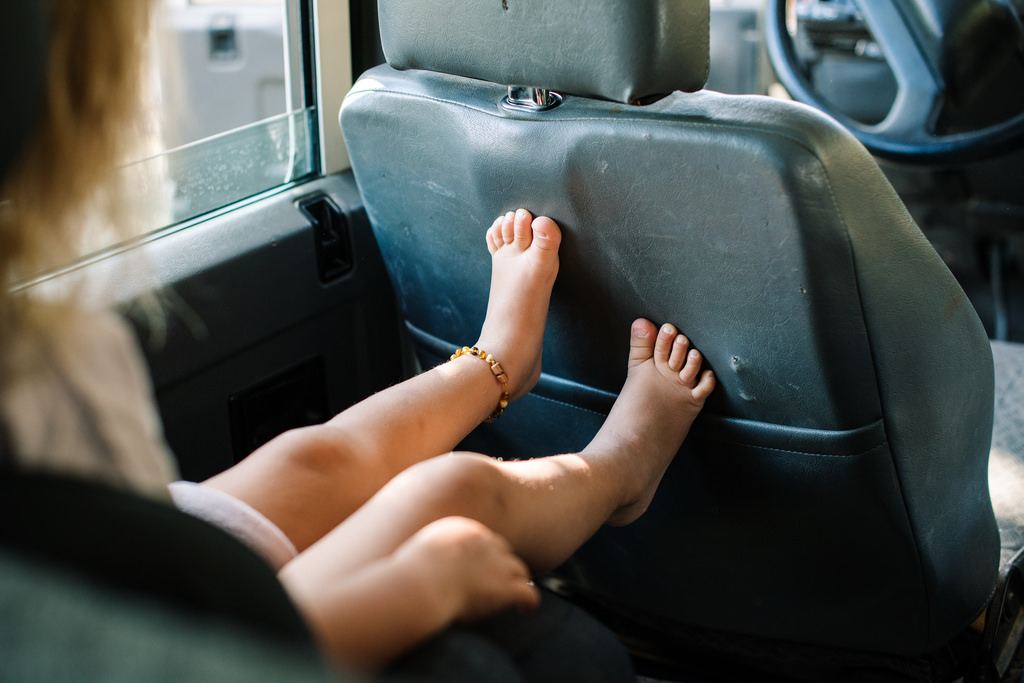
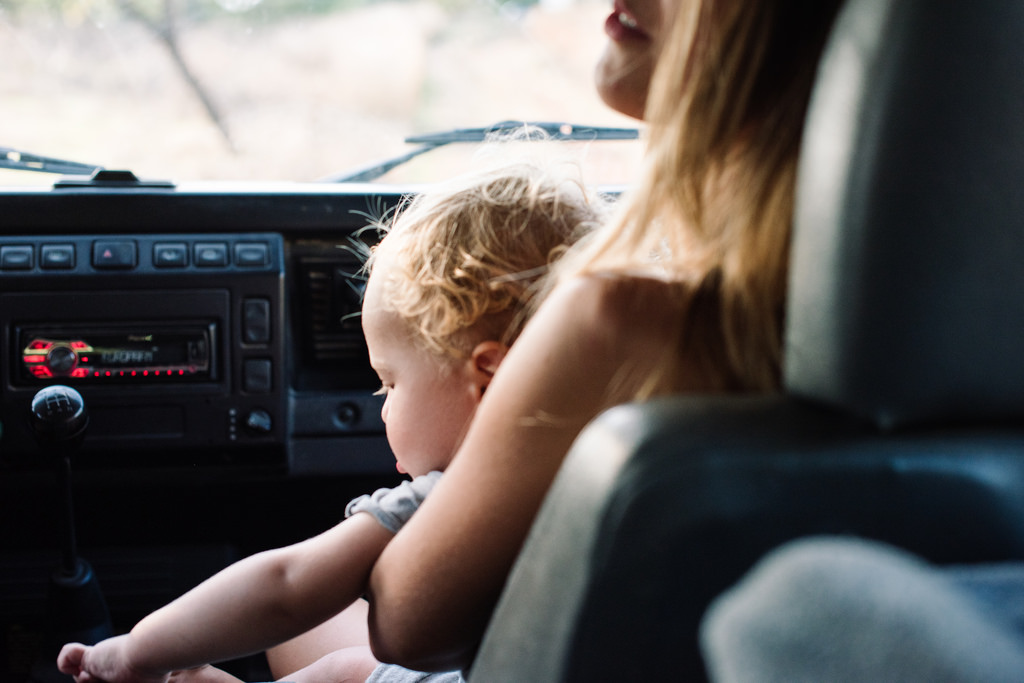
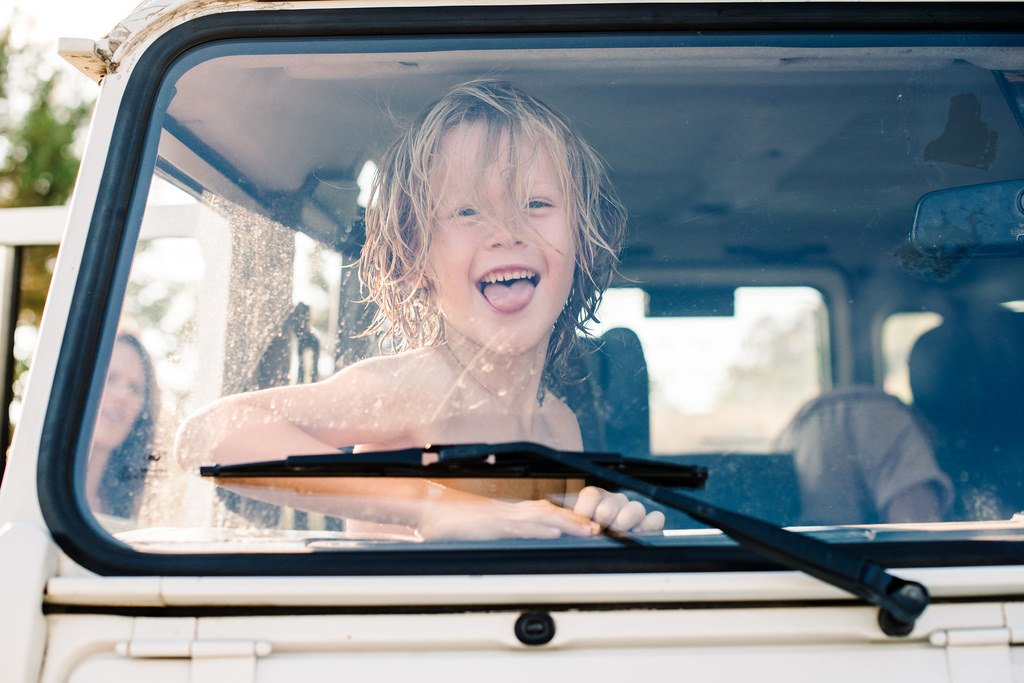

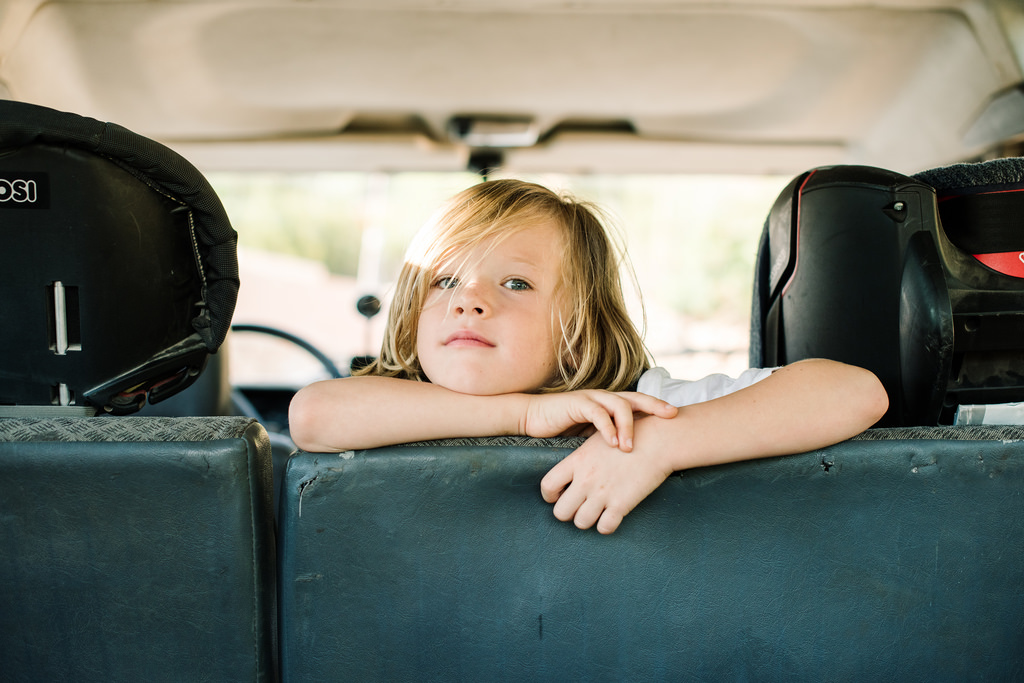
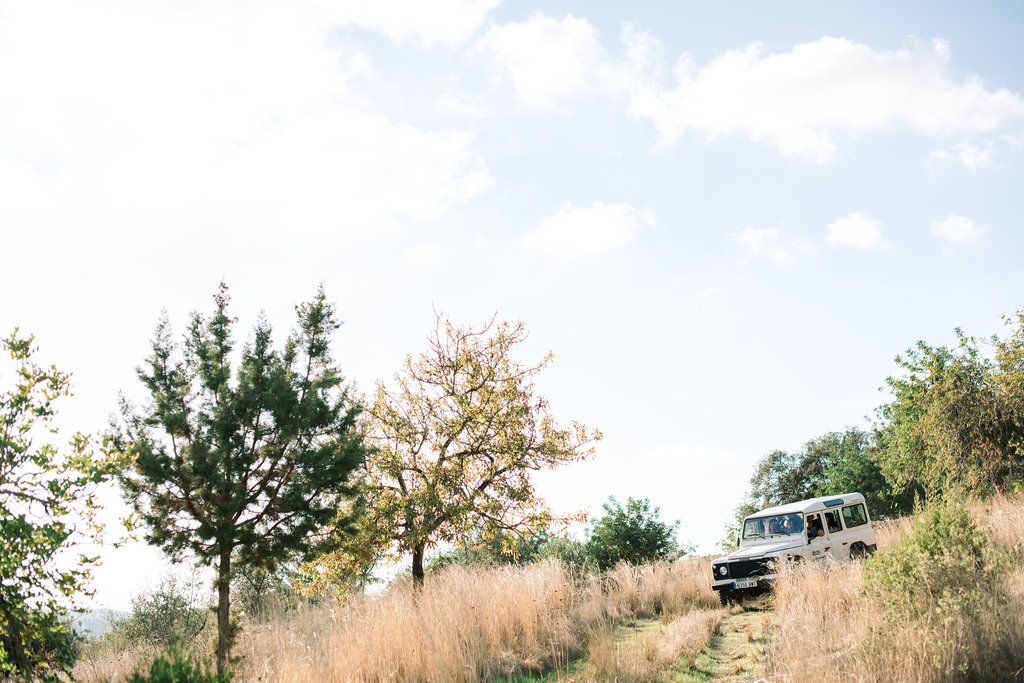
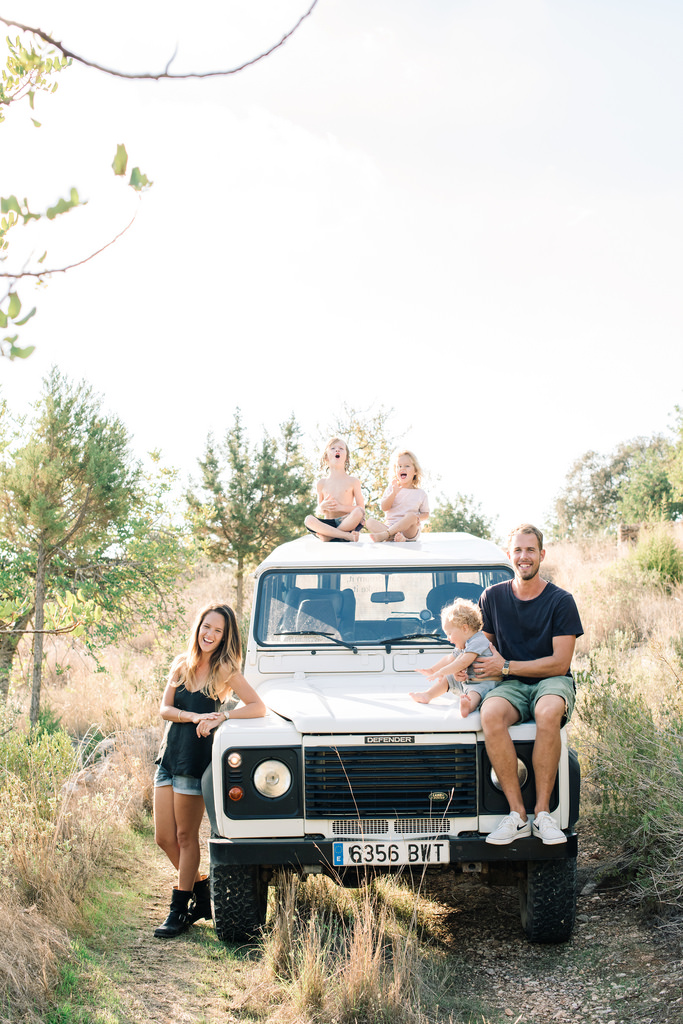
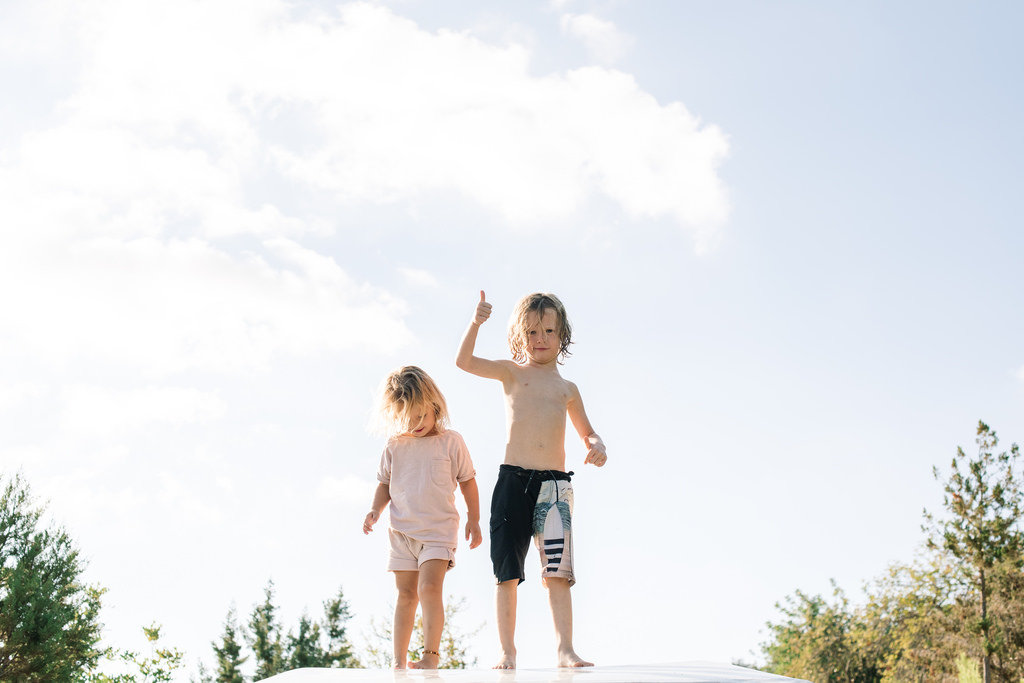

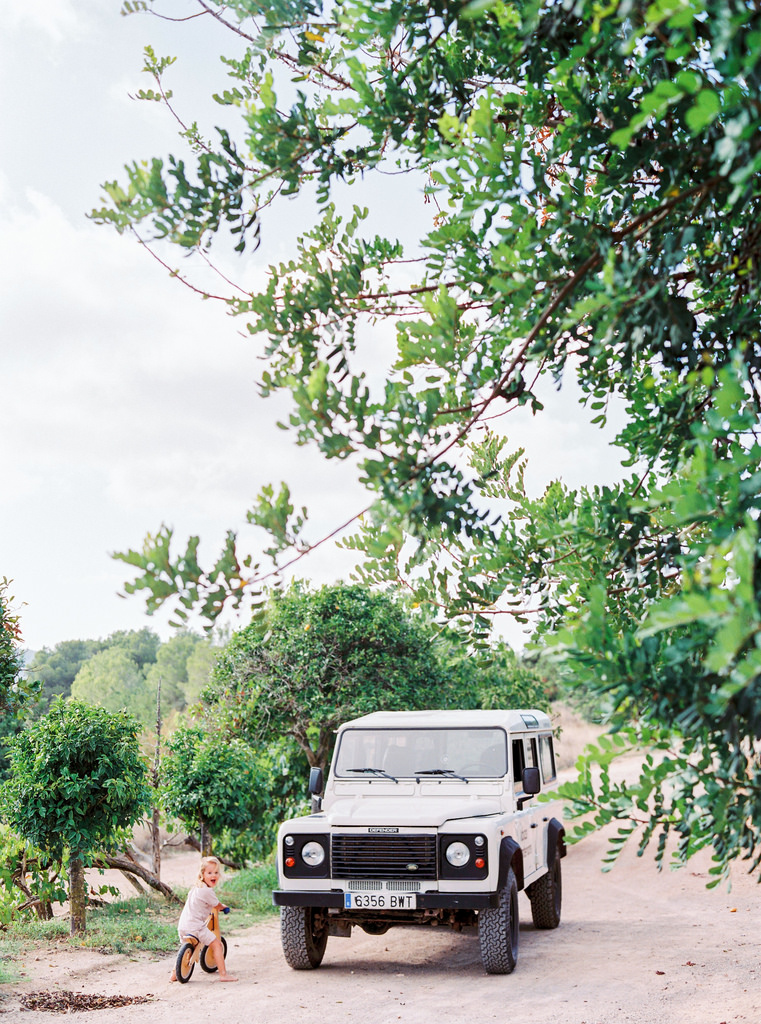
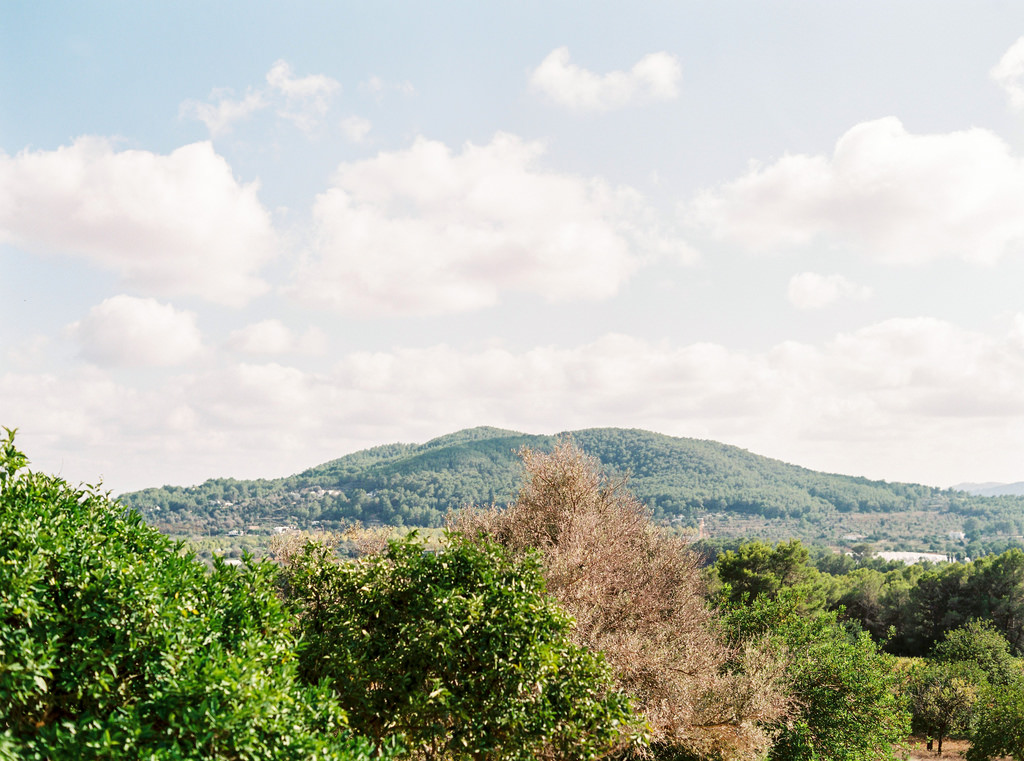
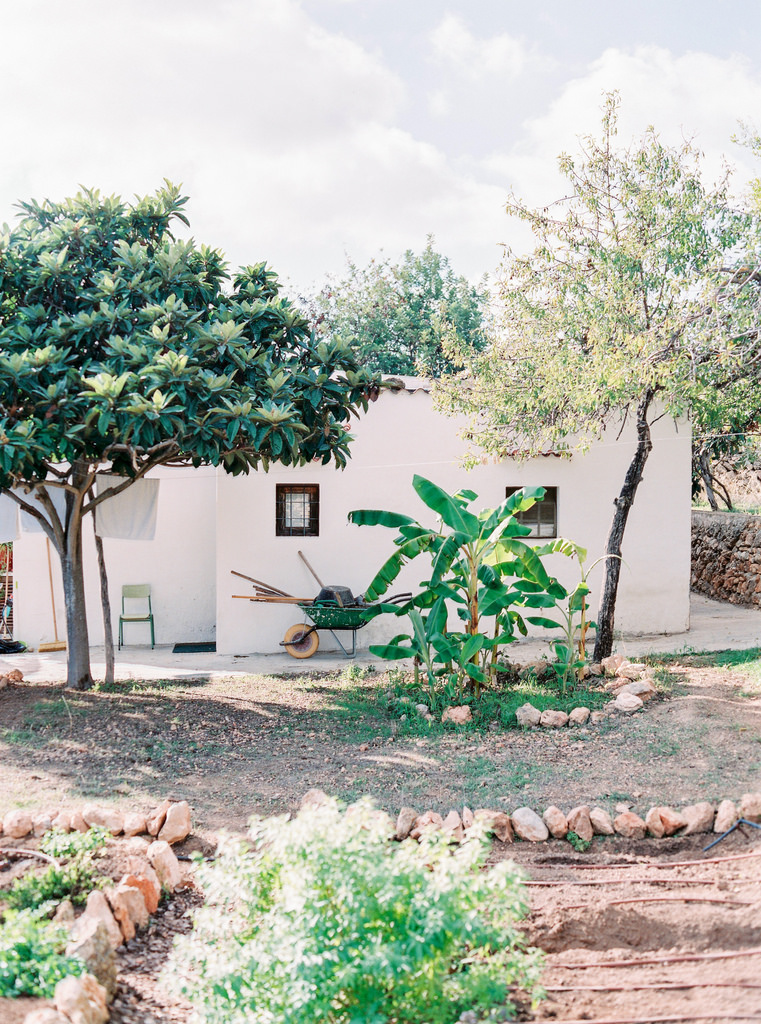
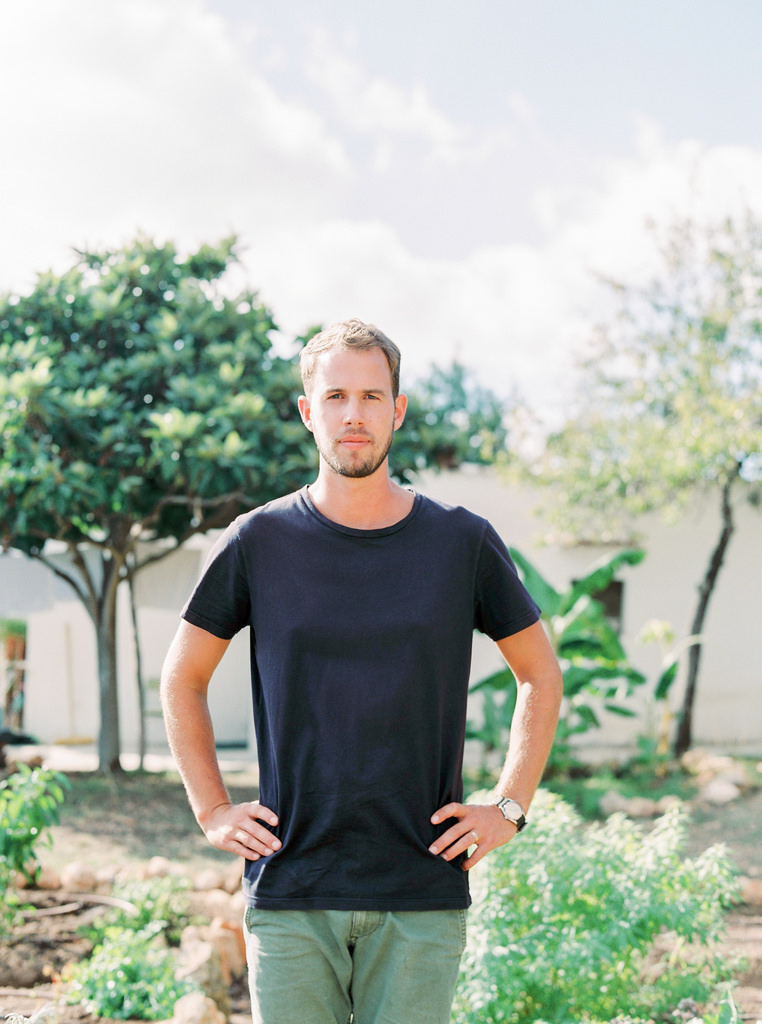
It wasn’t long before Jurjen started to take a more critical look at the house he had signed up for and his architect’s mind started to whir. The first project was to convert a disused and rather dirty storage area into a guesthouse. It was a small place but through the decades thick grime Jurjen had a vision and coming from living in Amsterdam in a 60-metre square apartment with three kids, his concept of transforming small spaces is nothing short of magical. The project soon became a way for Jurjen to showcase his metier and the brands he works with closely through his design company Ibiza Interiors, his design and architectural firm Standard Studio and his specialised furniture store Modern Vintage. “I’m always looking at spaces and thinking about what I can do with them,” he says. “At first the plan was to do something simple and cheap to host guests here, but then I started to think about it more and… well, I am a perfectionist and I became a little bit obsessed!”
Obtaining an interior design degree followed by studies at the Amsterdam Academy of Architecture led to a job at prestigious architectural firm Concrete Architects. There, Jurjen designed hotels worldwide with projects in New York, London and Paris. One challenging project was the CitizenM hotel chain. The brief was to design a luxury hotel room that was only 14 metres square – the result is masterful and shows his fixation on perfectionism regardless of the constraints. “I can never compromise on functionality, that’s the architect in me,” Jurjen explains. “When you design interiors, it’s for five, maybe ten years and then you change it again. But in architecture it’s for 30 years or a hundred years and that’s how I approach it. Even with my design work, I approach it with the mind of an architect.”
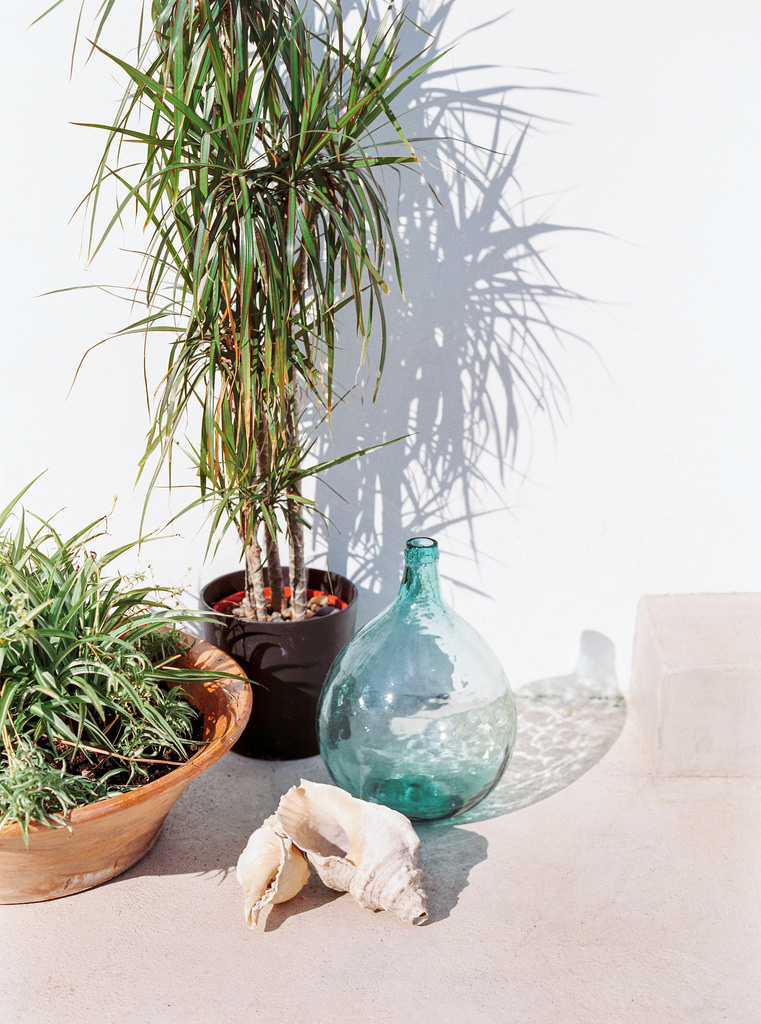
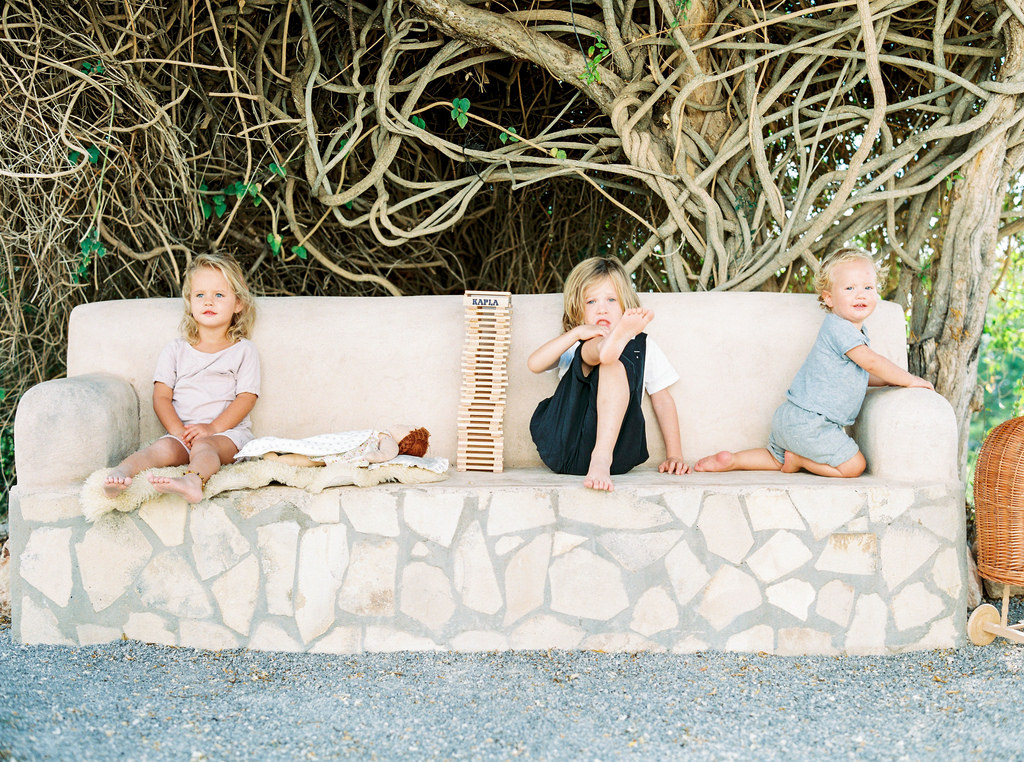
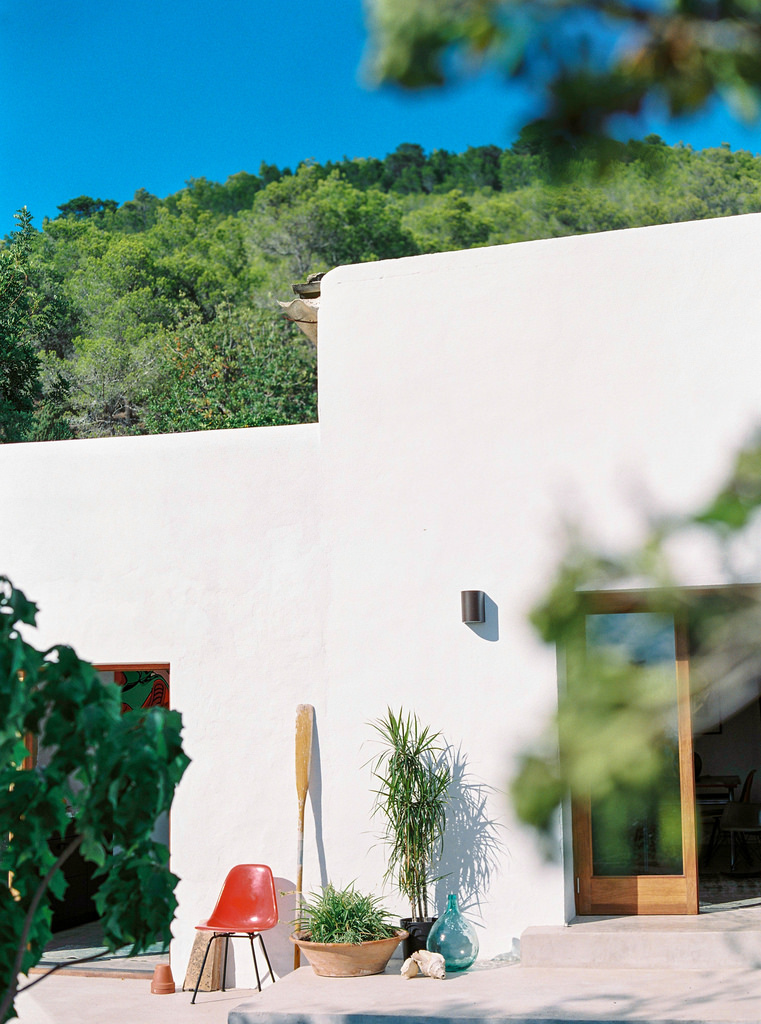
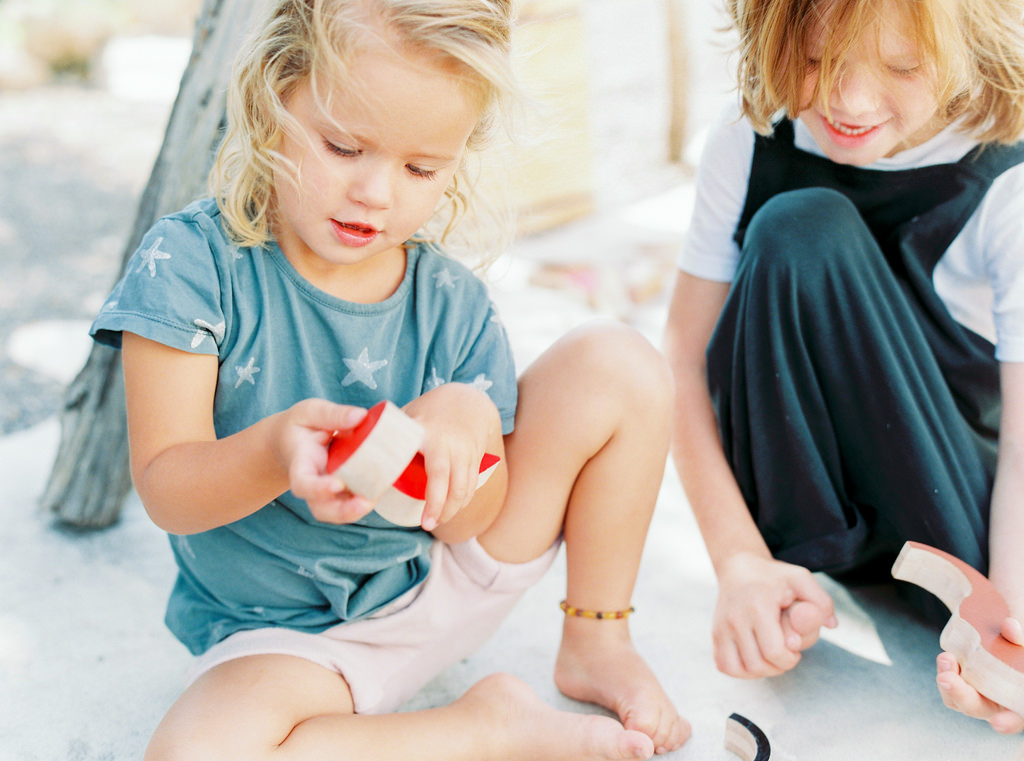
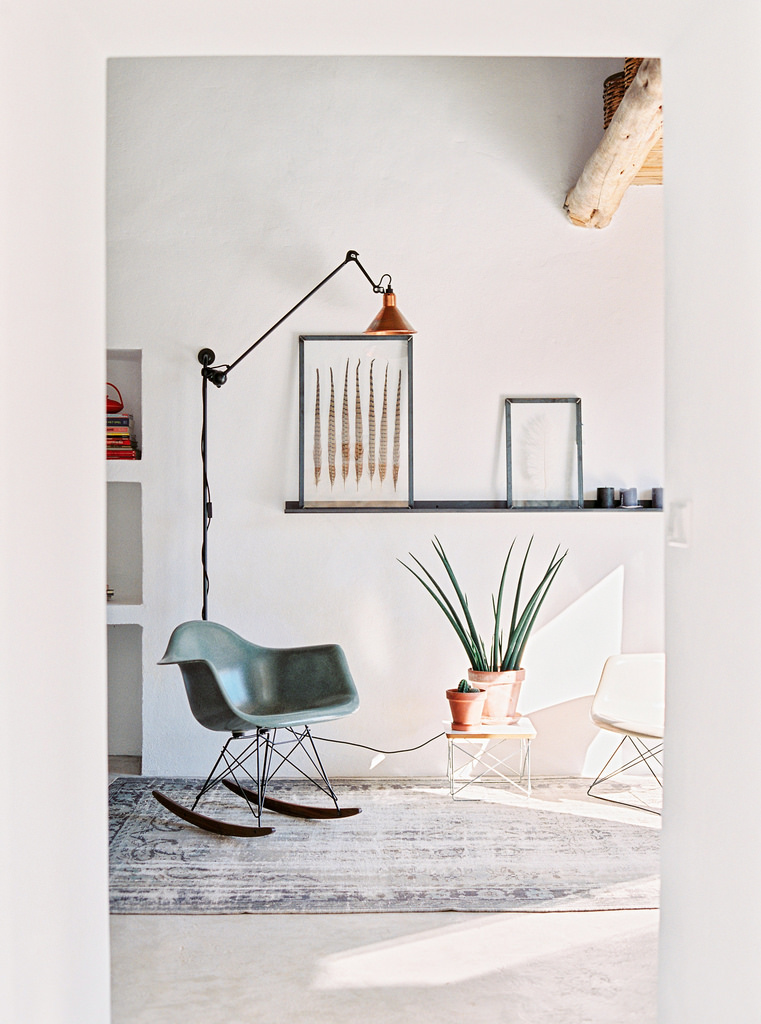
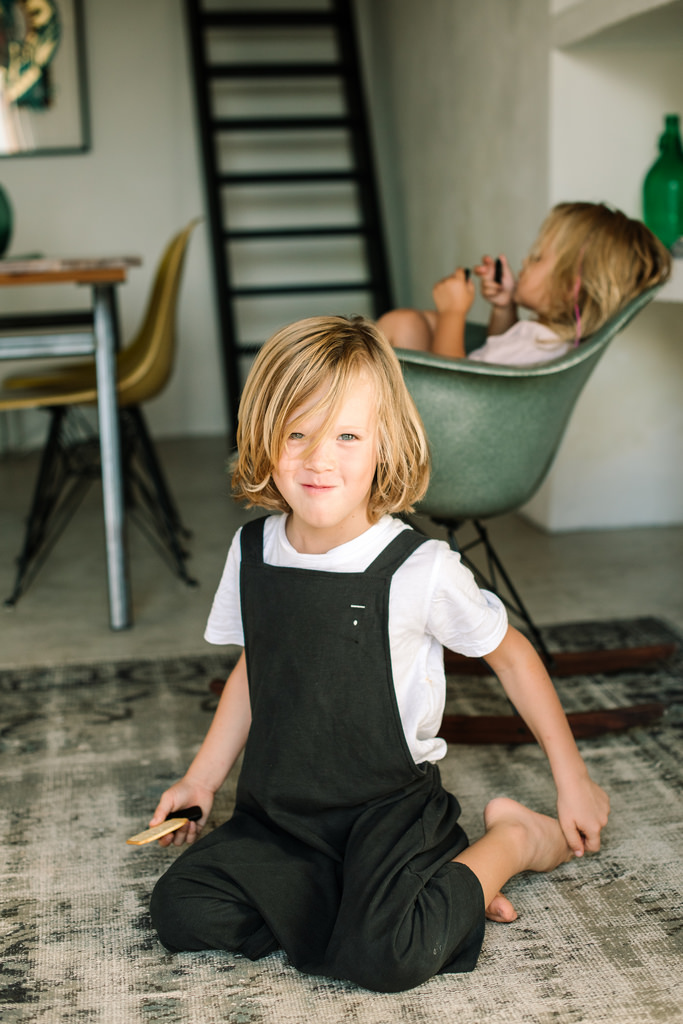
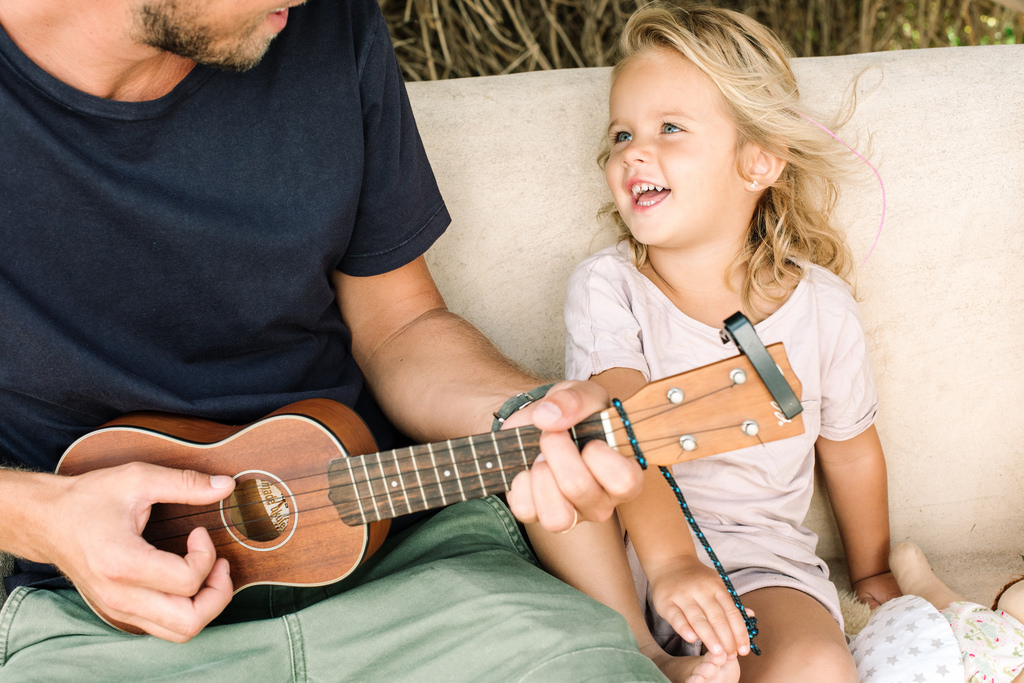
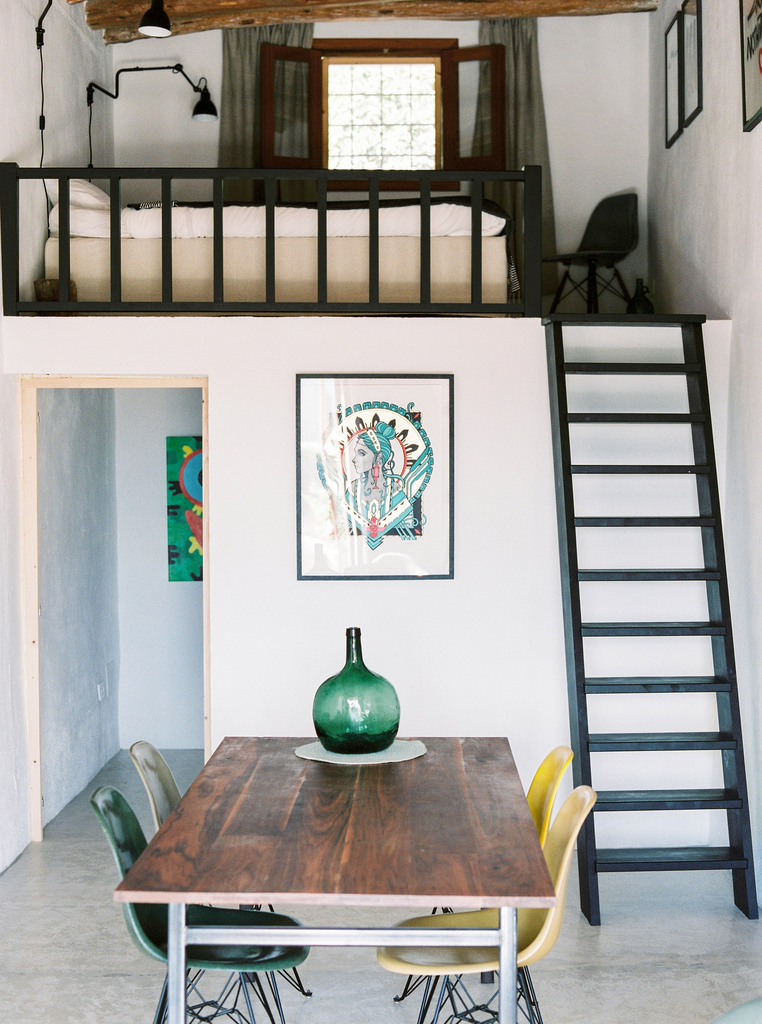
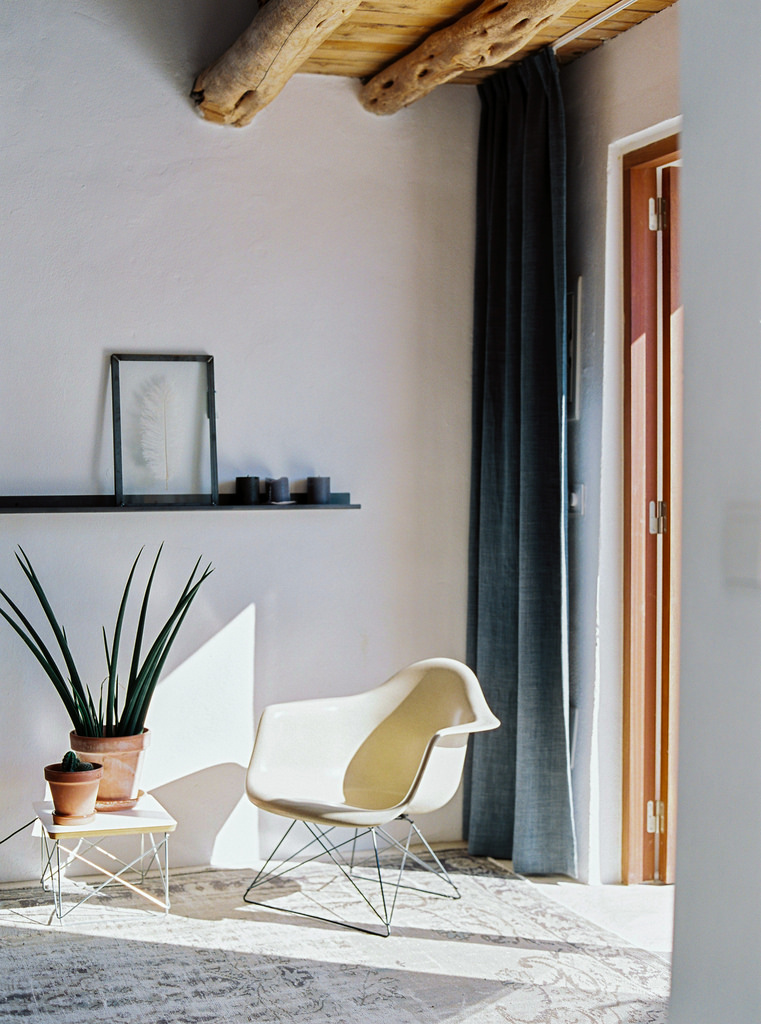
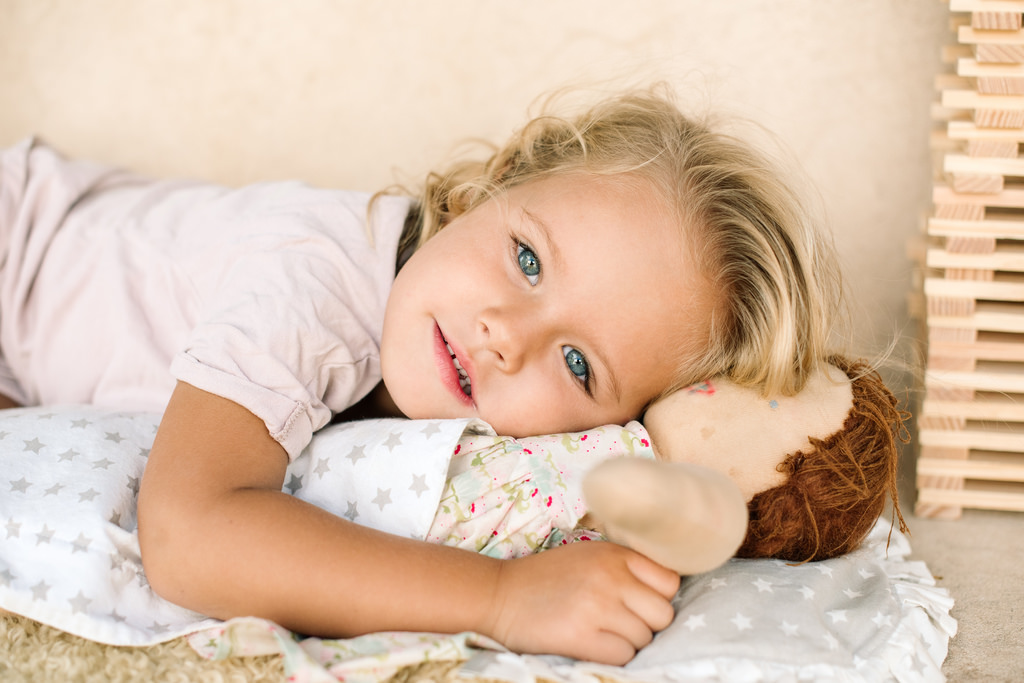
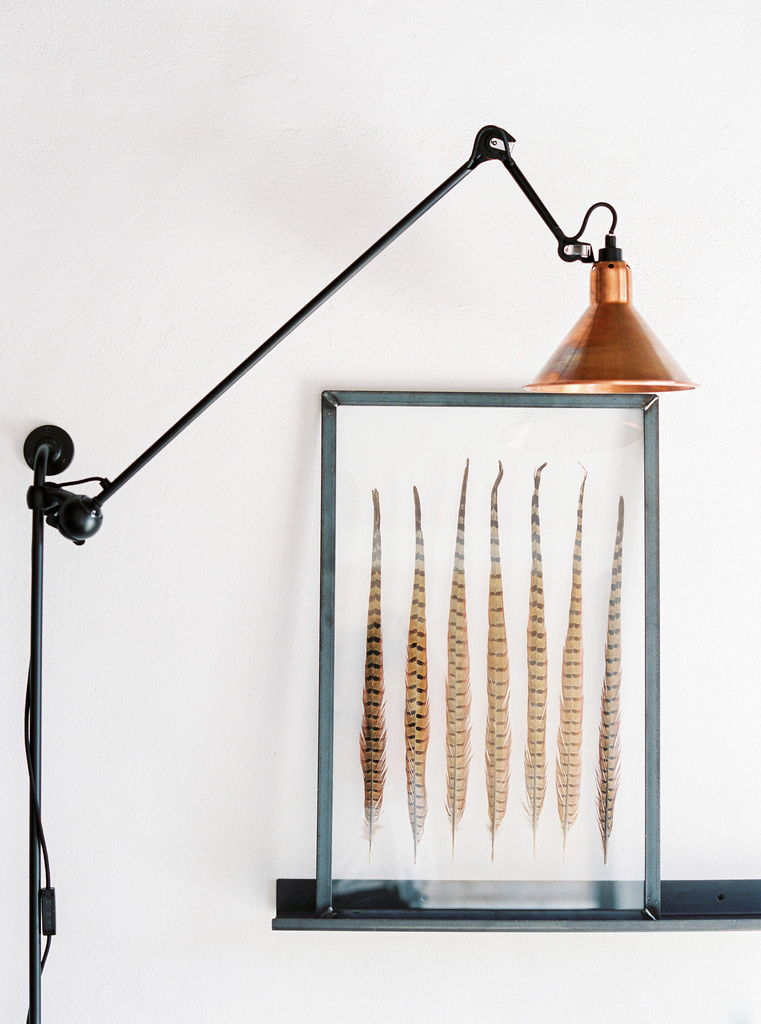
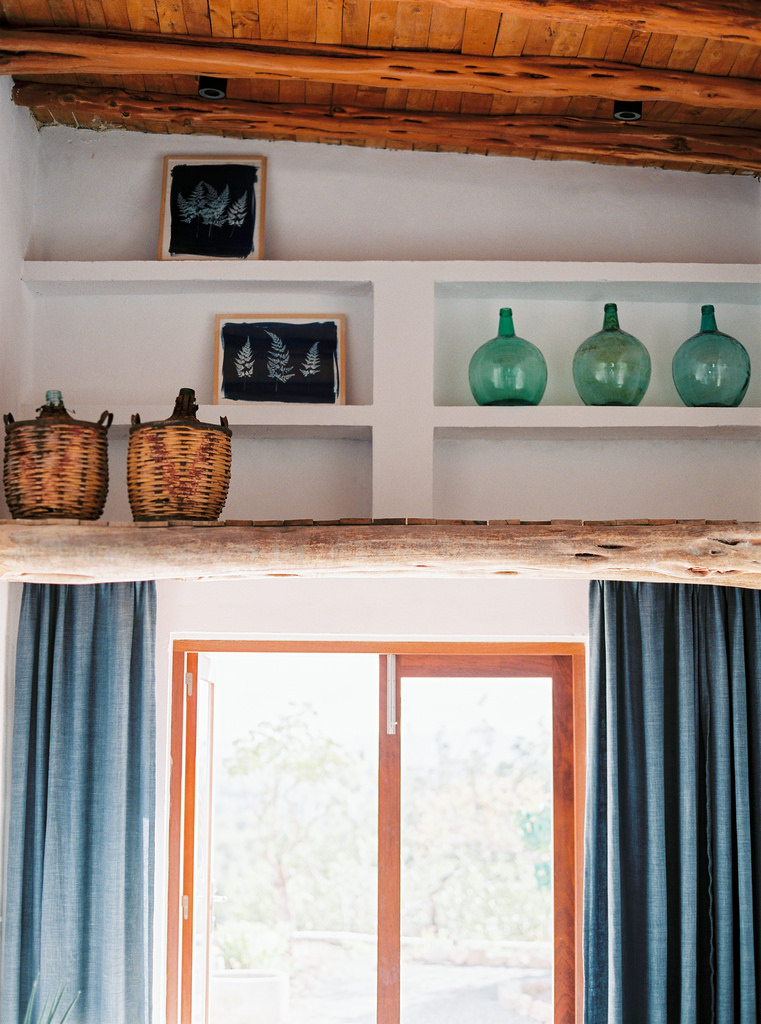
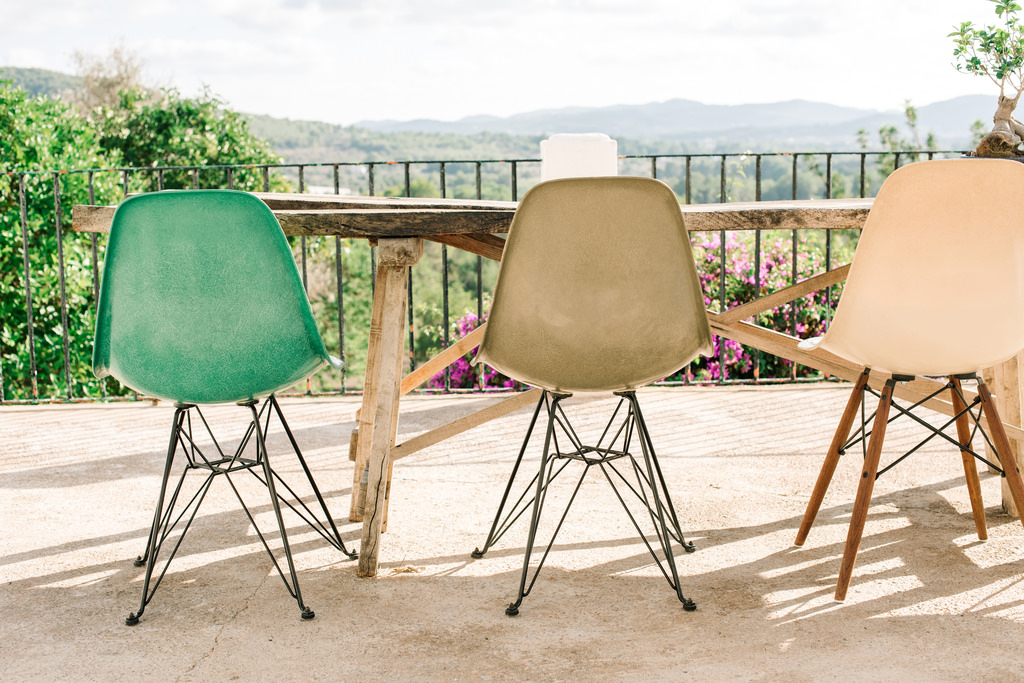
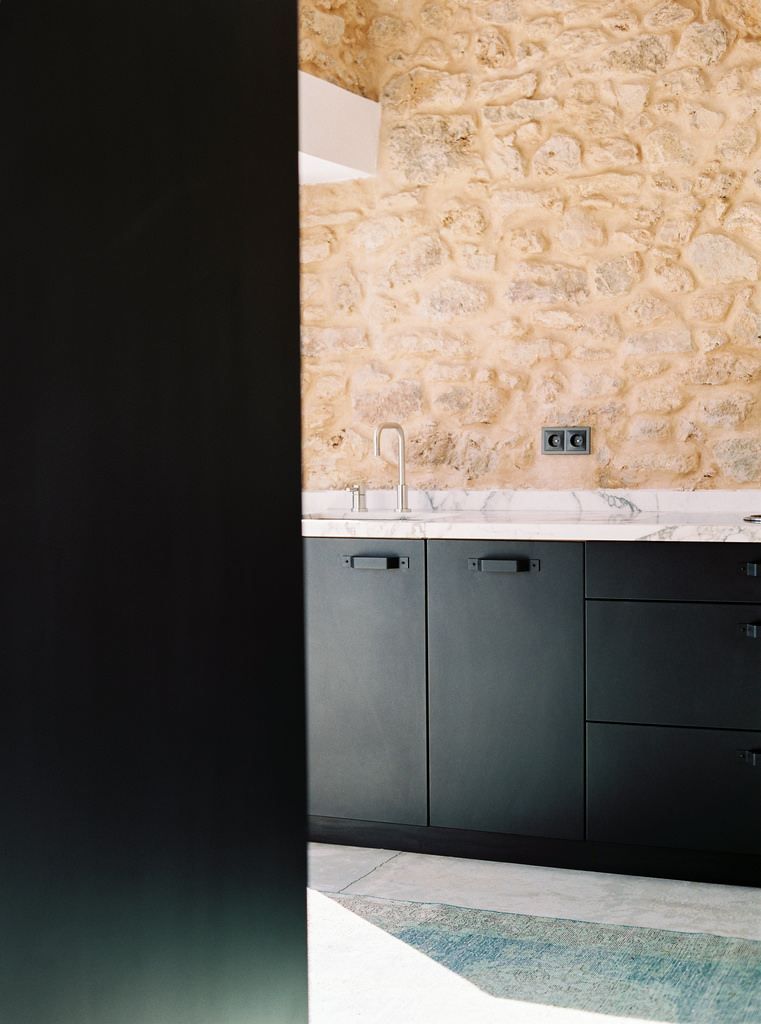
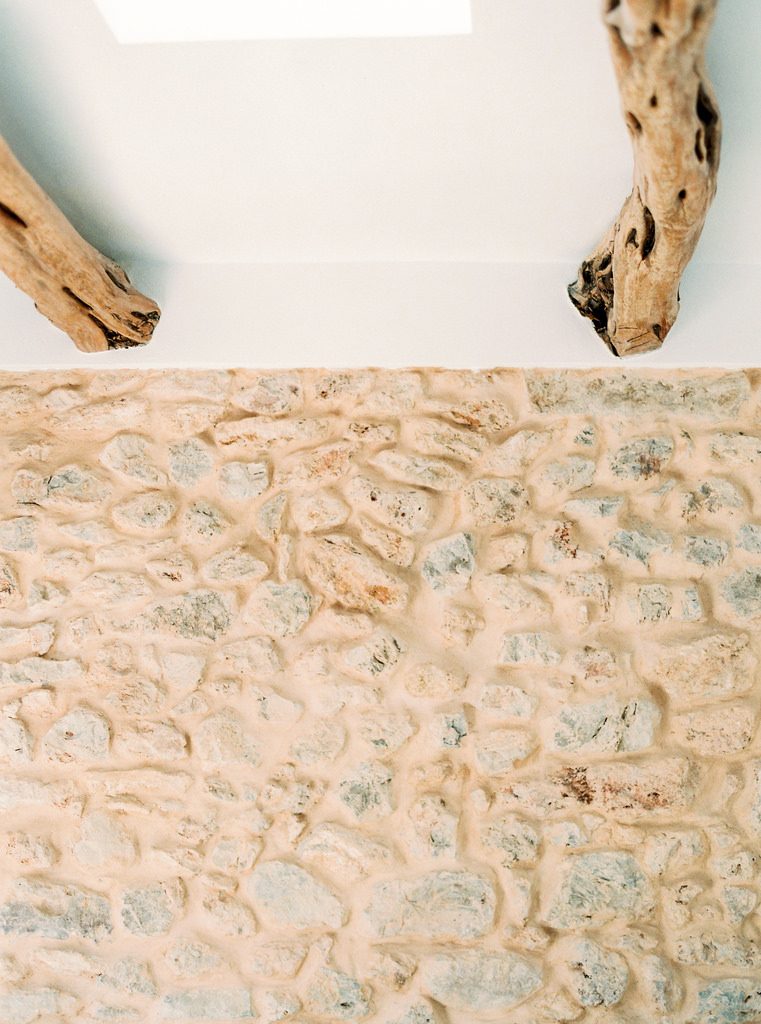
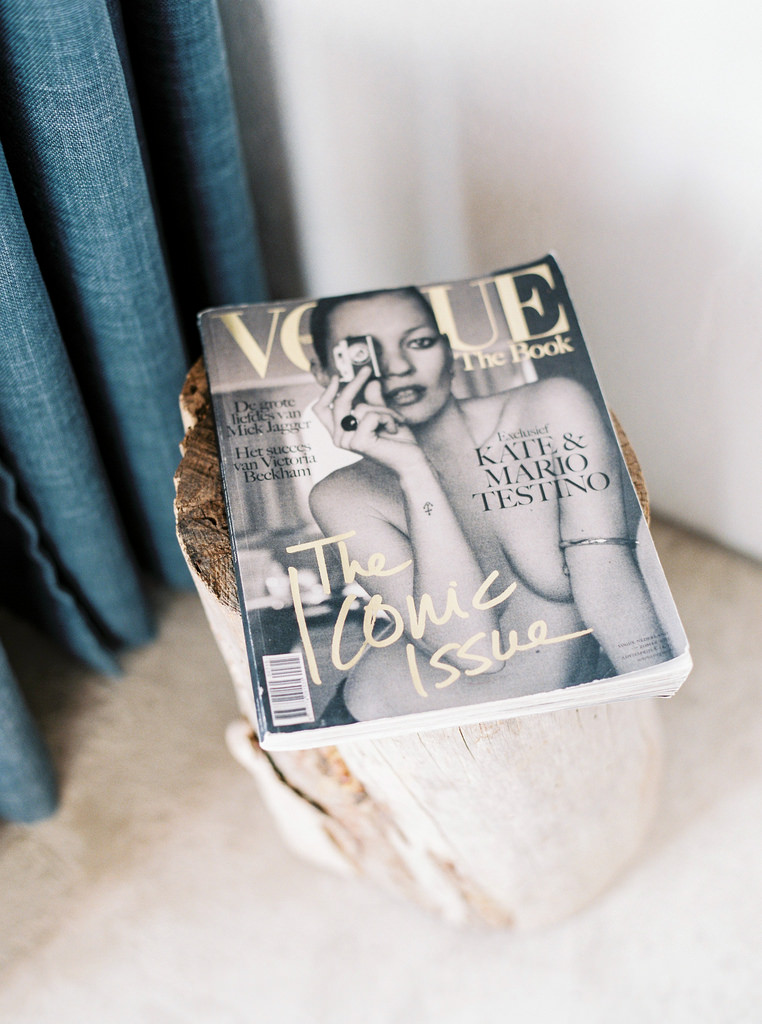
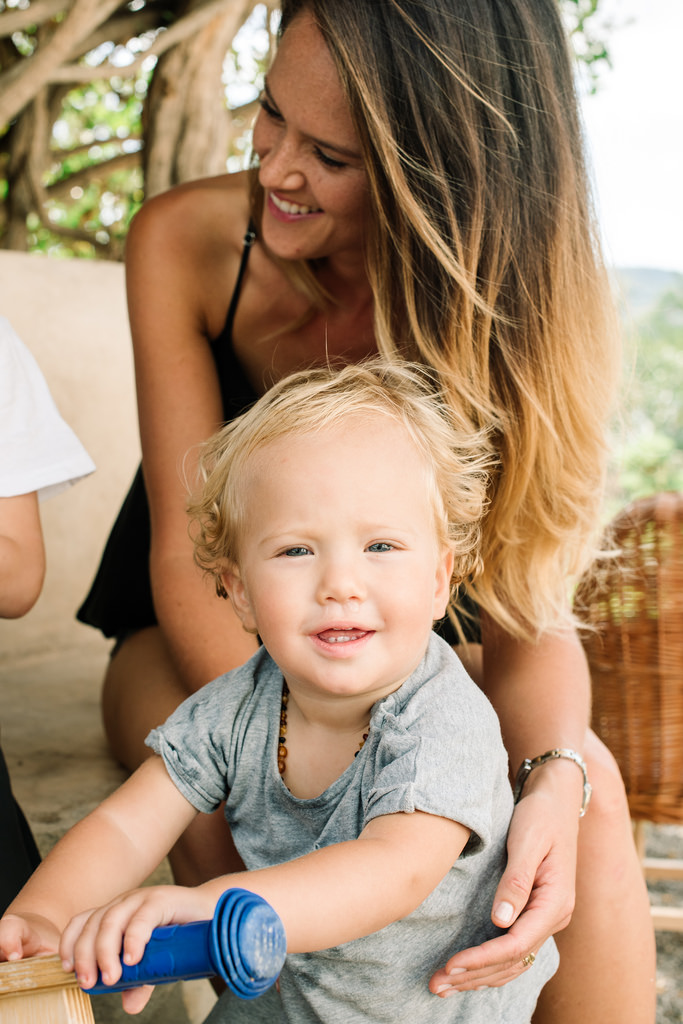
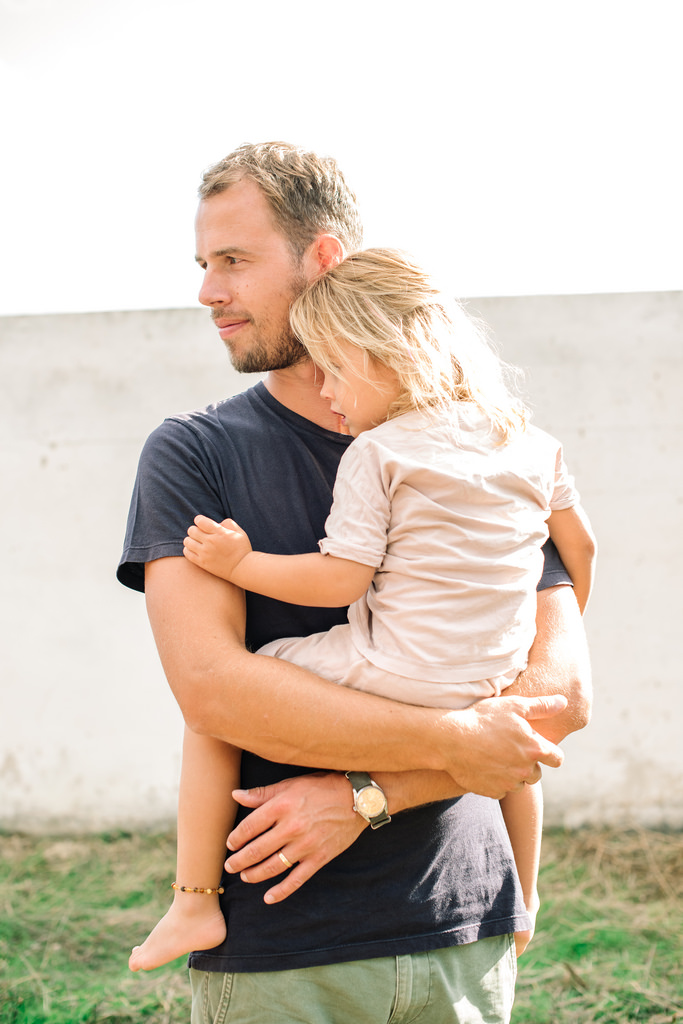
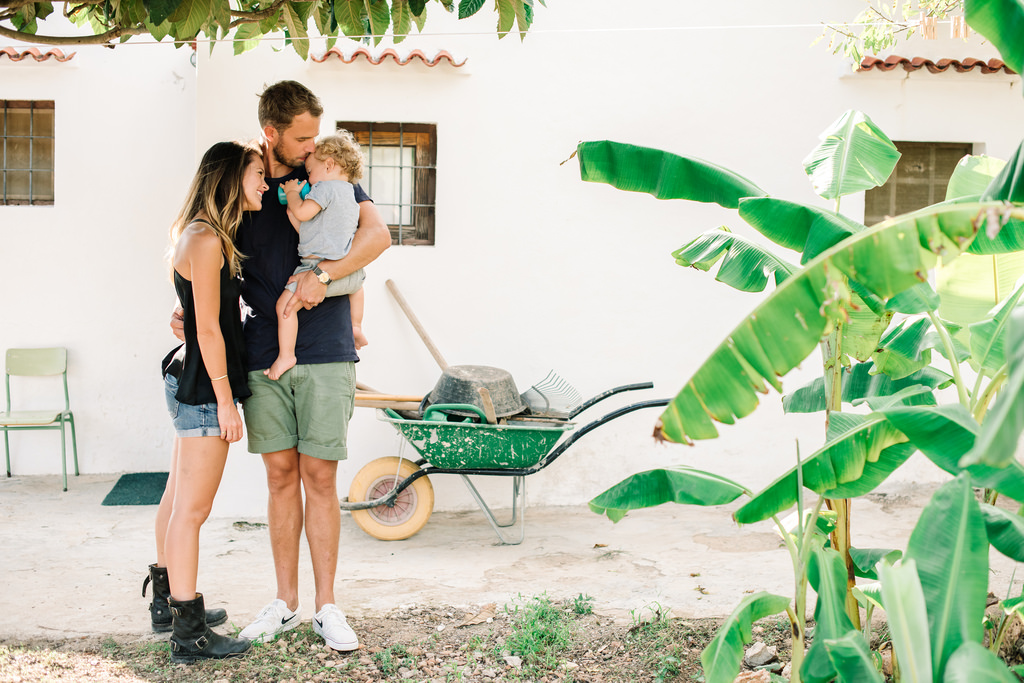
Jurjen’s perfectionism is evident in every aspect of the guesthouse. Oversized iroko wood and glass doors open on to a double height dining and living space. A ladder reaches up to the loft bed where a super luxe Coco Mat bed awaits. Jurjen is the sole distributor of these luxuriously comfortable all-natural beds in Ibiza. Through a small passage is an Eginstill kitchen, a friend’s brand he also represents on the island. Being both designer and client was an interesting experience for Jurjen. “I could have chosen a cheaper wood for the door frames, but I just couldn’t,” he says. “I have to tell my story. You know, I couldn’t just put an Ikea kitchen in here!” The result was well worth the perfectionism.
Some discoveries were made along the way that Jurjen adapted and incorporated into the final design. Rustic stone walls were concealed by old plaster and a long, arduous process of cleaning and re-grouting them ensued. The ancient stones then required a change to the original colour pallet and Jurjen put in a black, steel kitchen to act as a counter balance to the warm stone and woods. Brushed cotton curtains introduce the expansive sky outside into the living space. Furniture is mid century with a heavy Danish influence – two Eames rocking chairs, a long wood dining table and a stunningly curated selection of objets finish off the space. Unlike most guesthouses in Ibiza Jurjen’s is also a concept store – everything inside is from a brand he respects and represents and everything can be purchased.
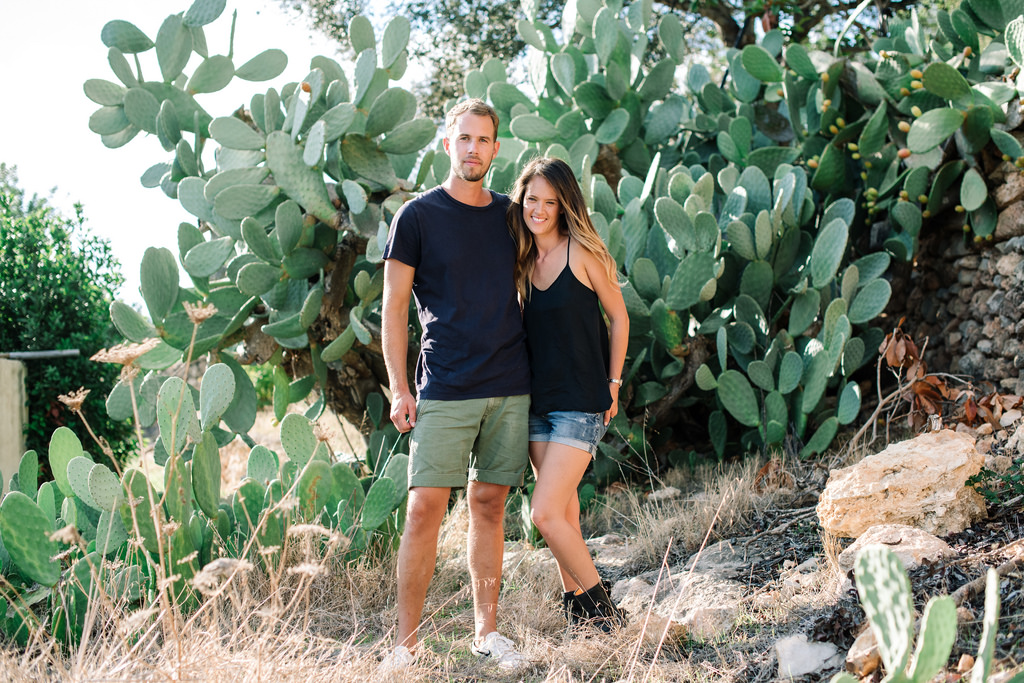
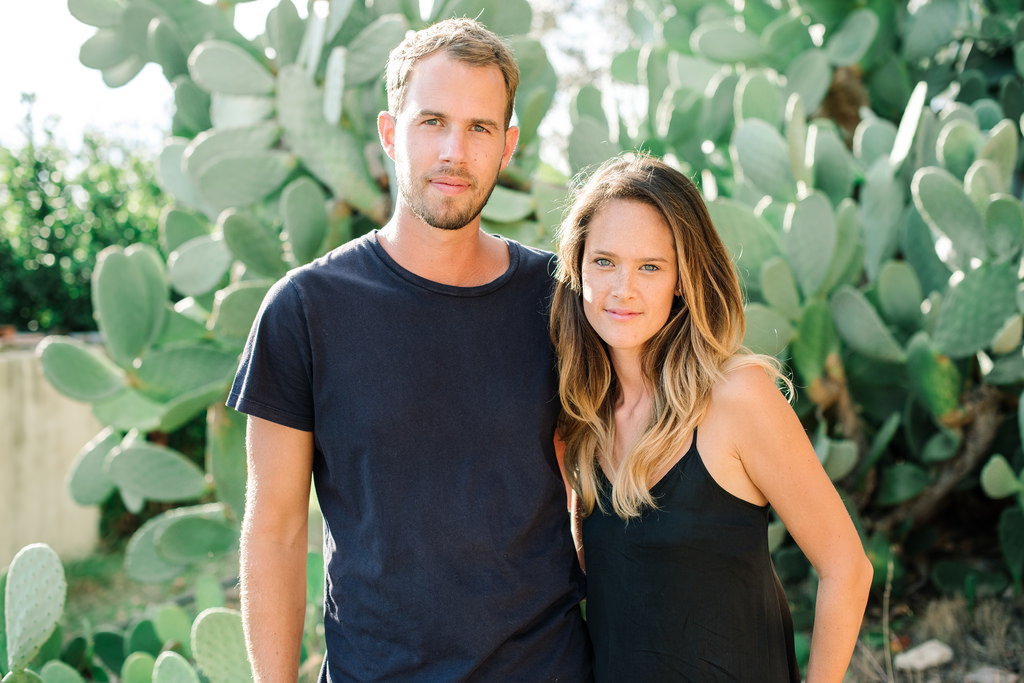
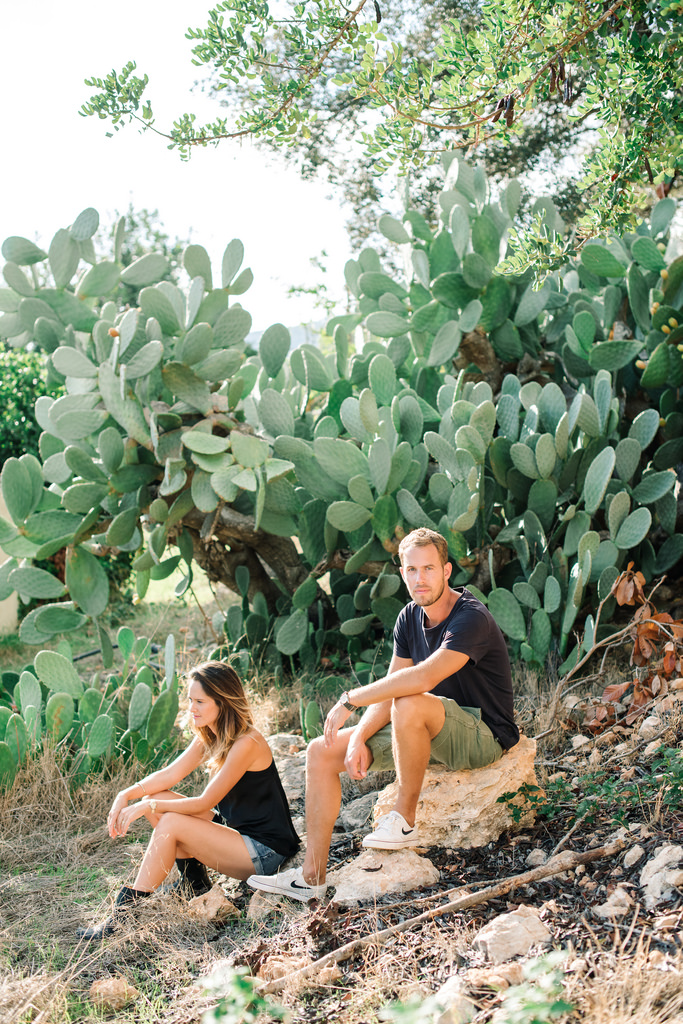
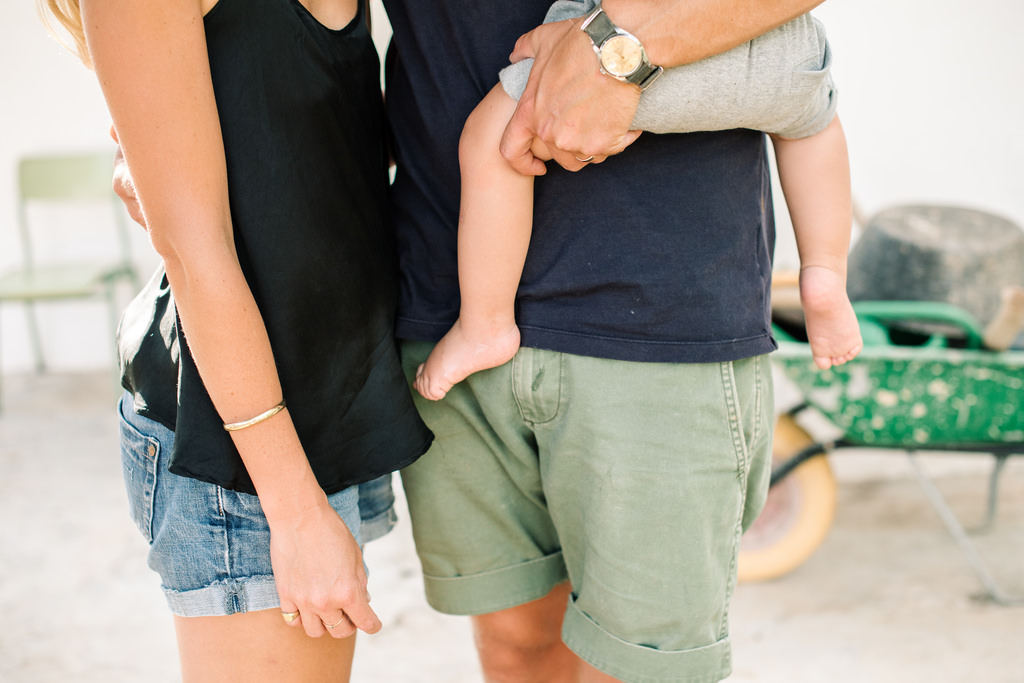
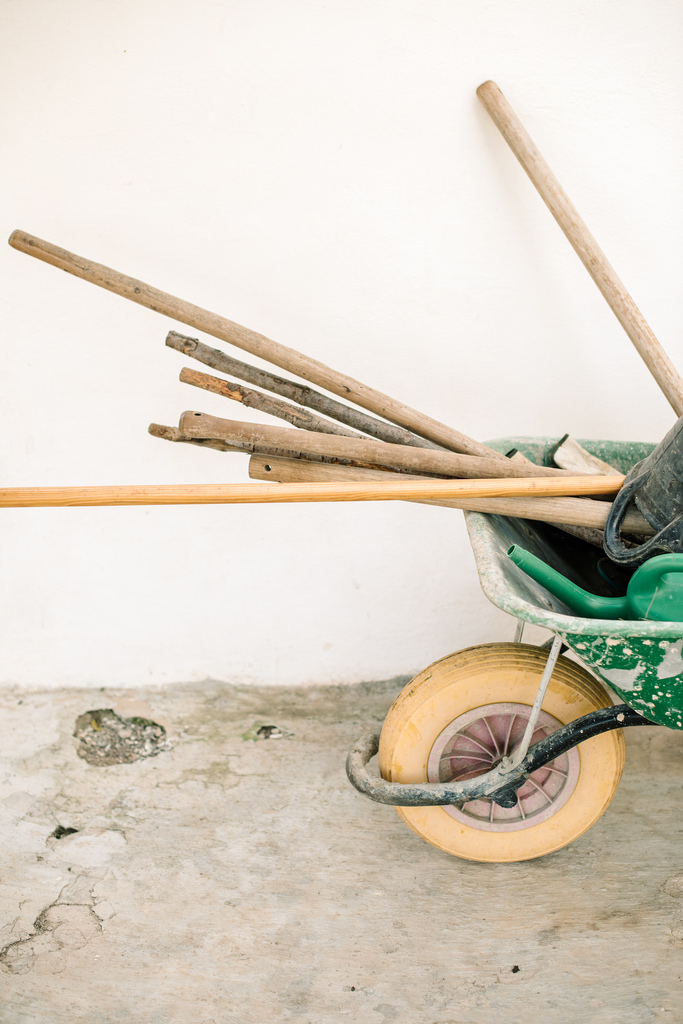
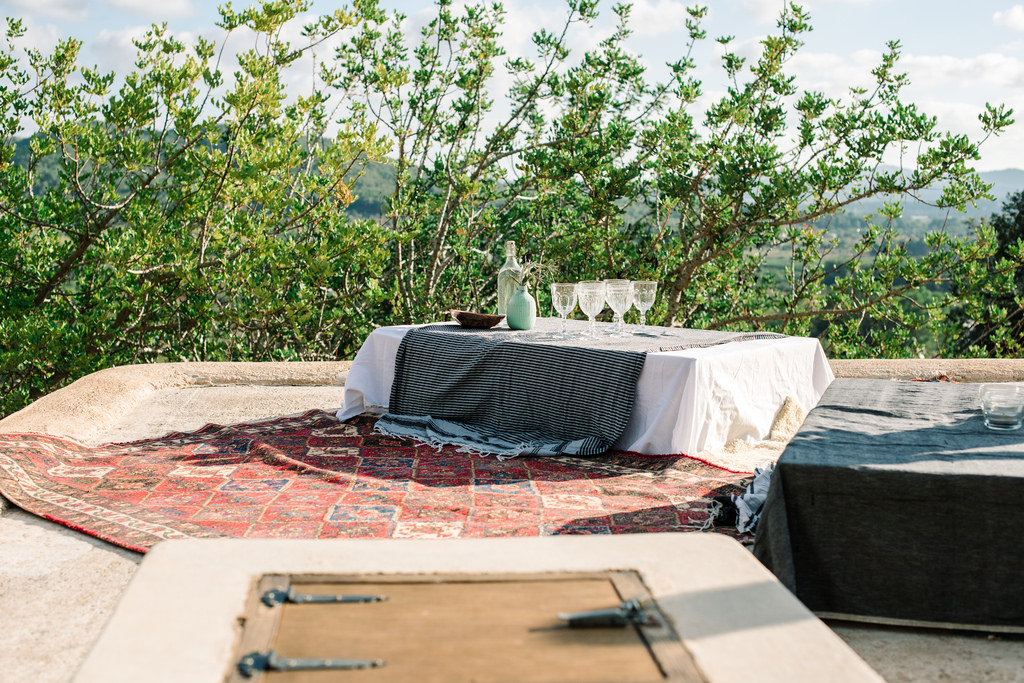
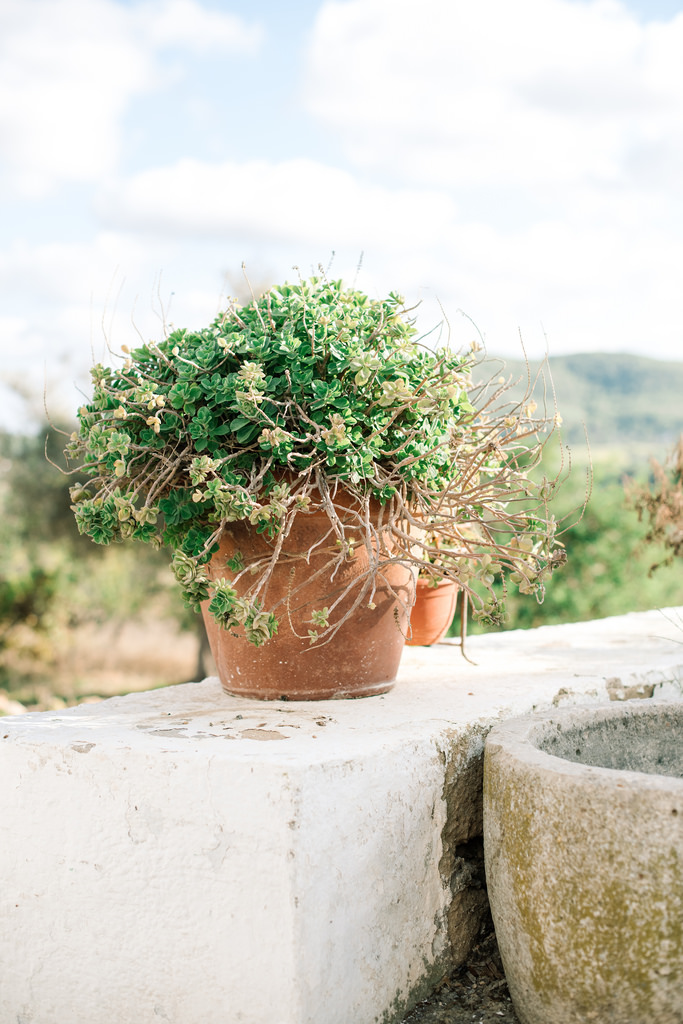
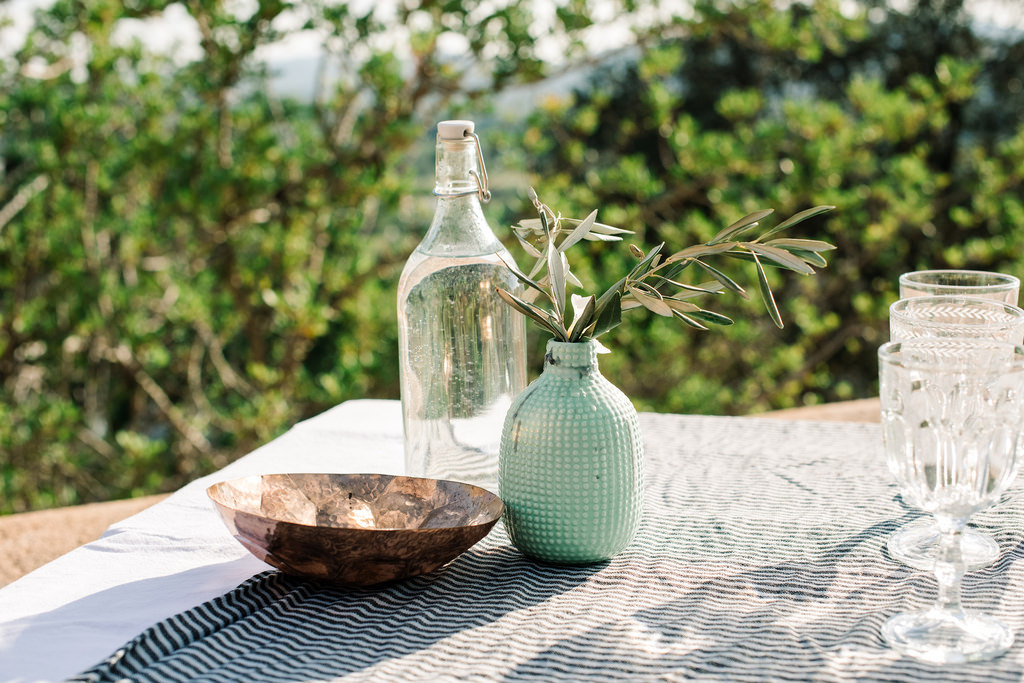
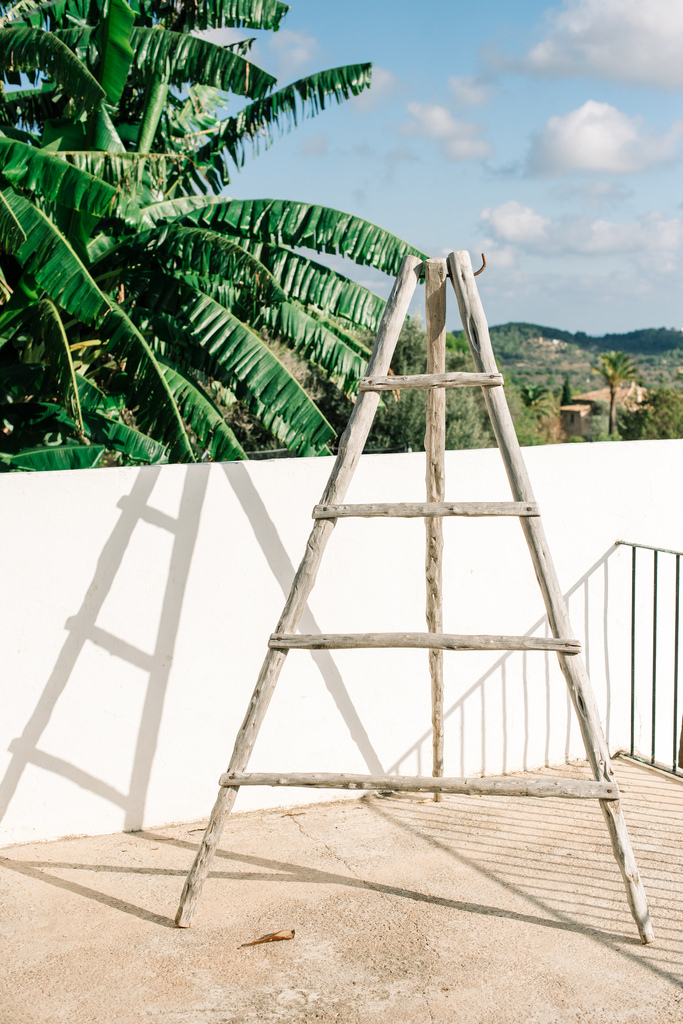
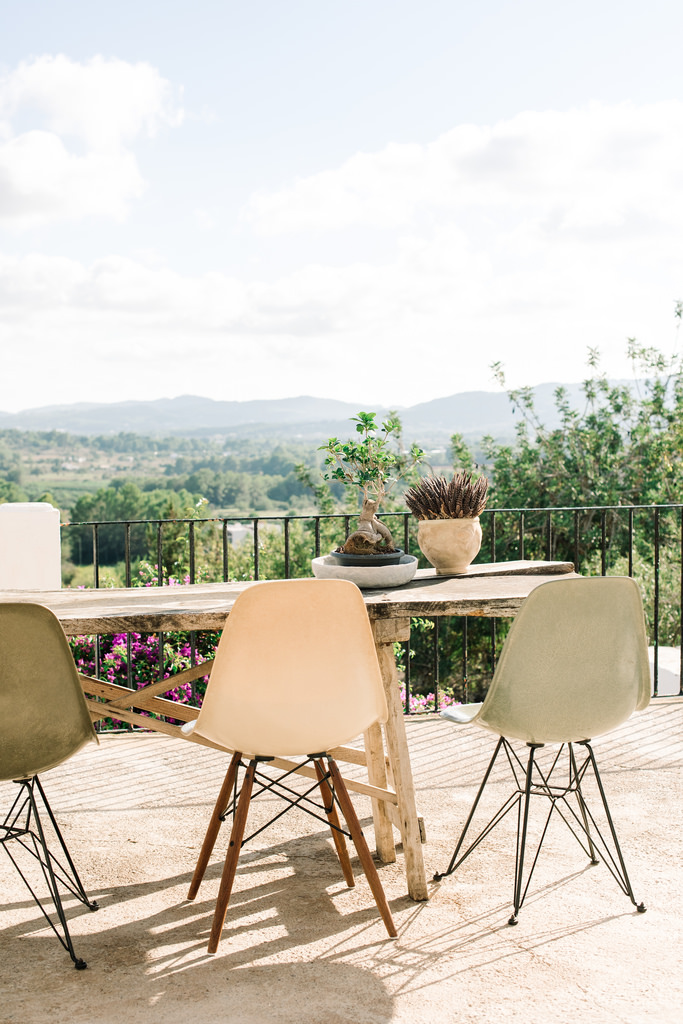
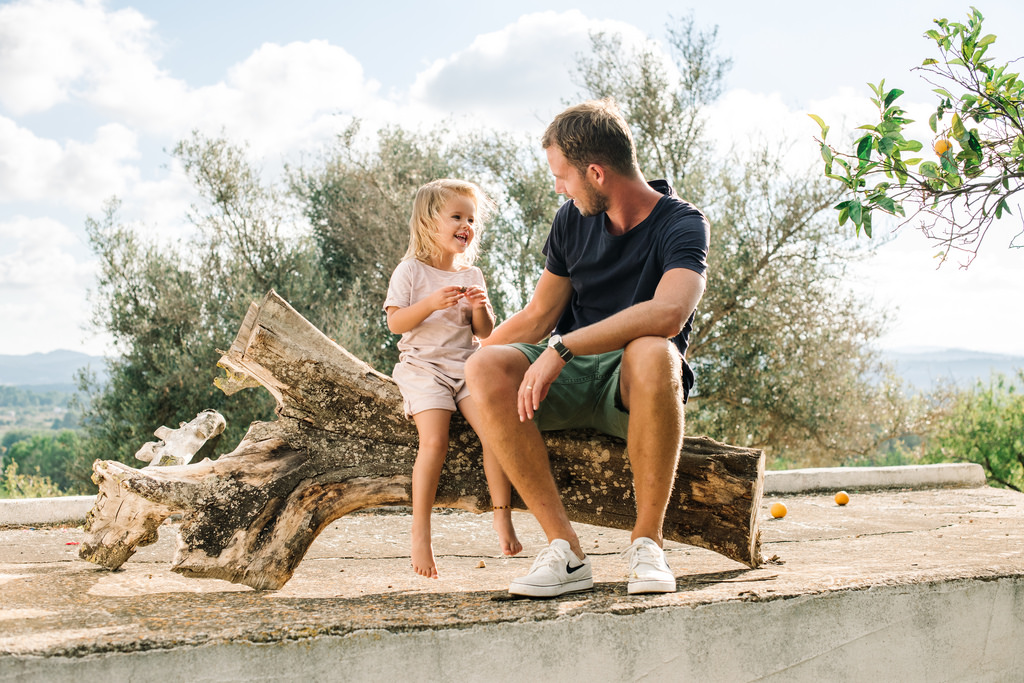
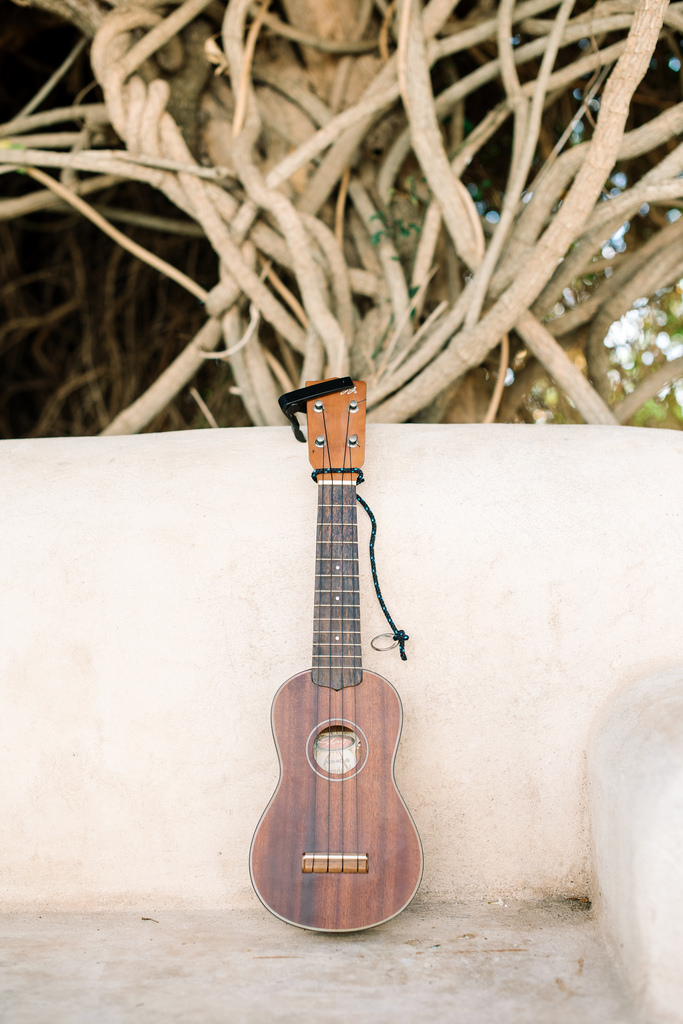
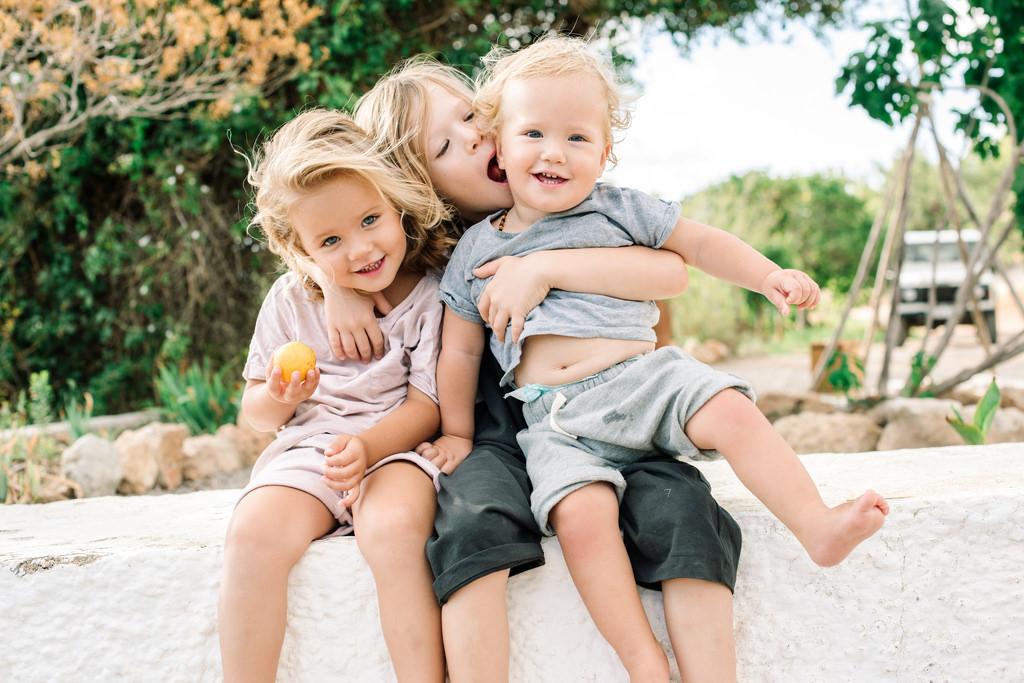
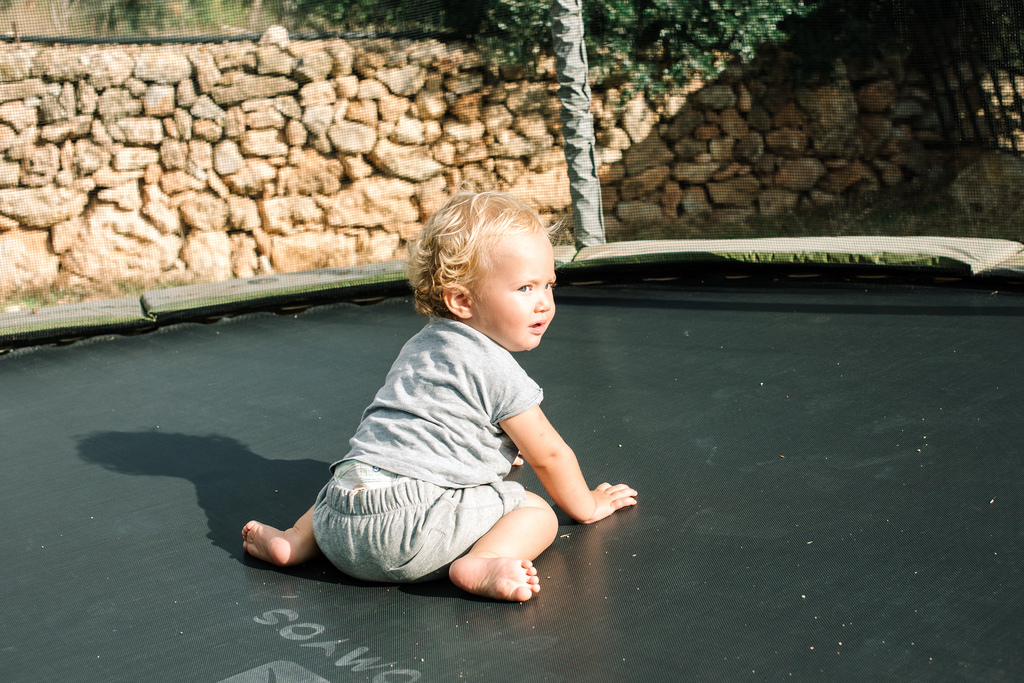
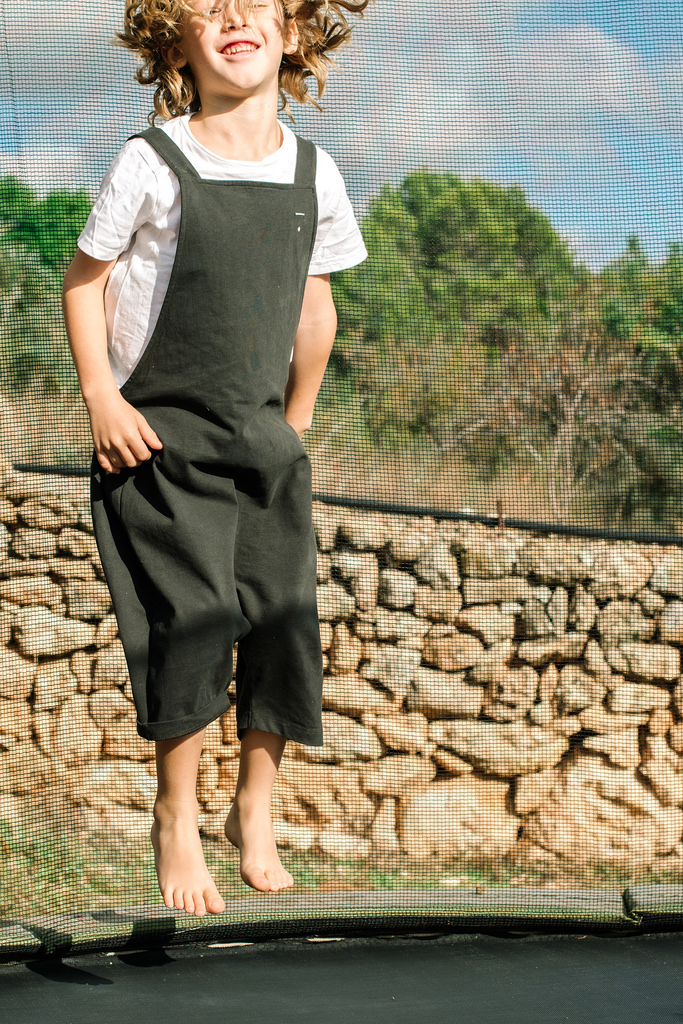
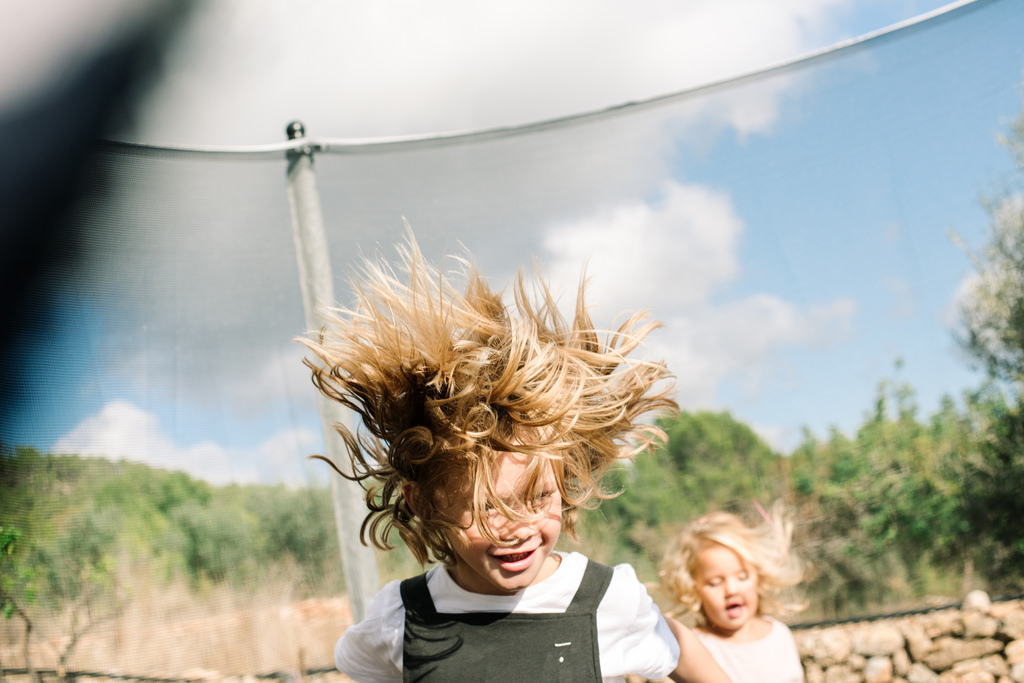
Inspiration comes from all corners of the globe. “I am really interested in different cultures,” Jurjen says. “I love to look at abstract things, to mix things, to develop a global style or taste. I think with our generation the whole world is open to us. Some projects I’ve done in Amsterdam could be in New York or Japan because they are individual and authentic. And yet, not every project can be universal, because the location and context is so powerful.” Ibiza has clearly influenced Jurjen’s choices for the guesthouse, where he has melded traditional architecture and the ancient landscape seamlessly with a modern a sensibility.
Next, the main house will experience a full overhaul followed by a slew of other projects Jurjen is in the process of dreaming up on the rest of the property. But a lot of that will have to wait, because he’s heavily booked to design other people’s homes as well as continuing to run his businesses in Amsterdam and represent several Dutch design brand here on the island. For now the van Hulzen family are happily ensconced in their island paradise, taking full advantage of a much more outdoorsy existence – and while the kids soak up the sun and fun, Jurjen sits back on the terrace and dreams of design.
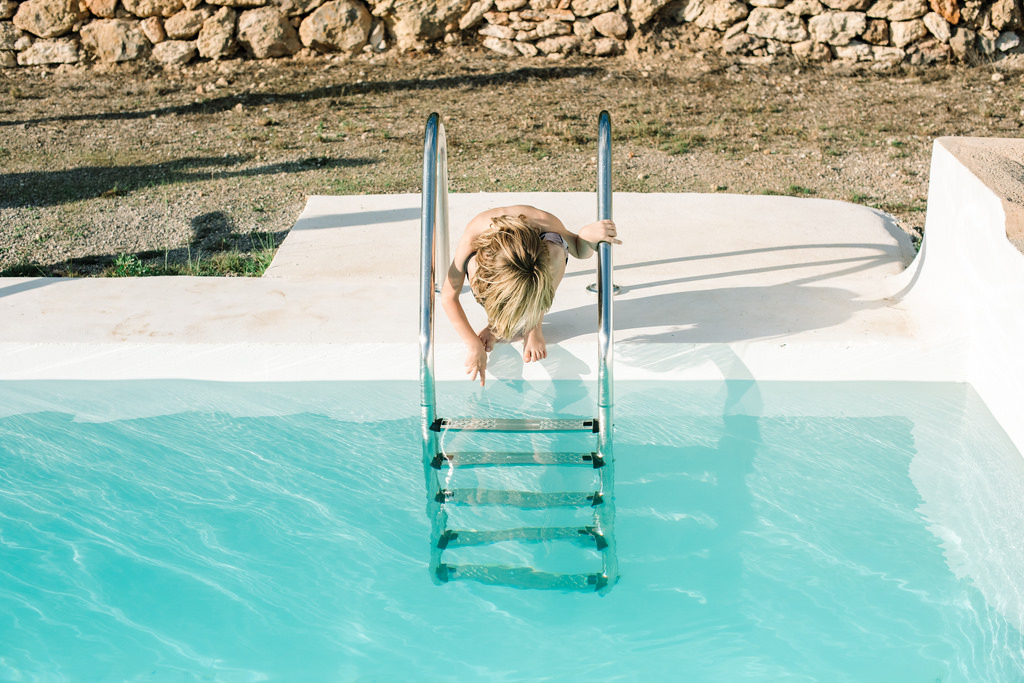
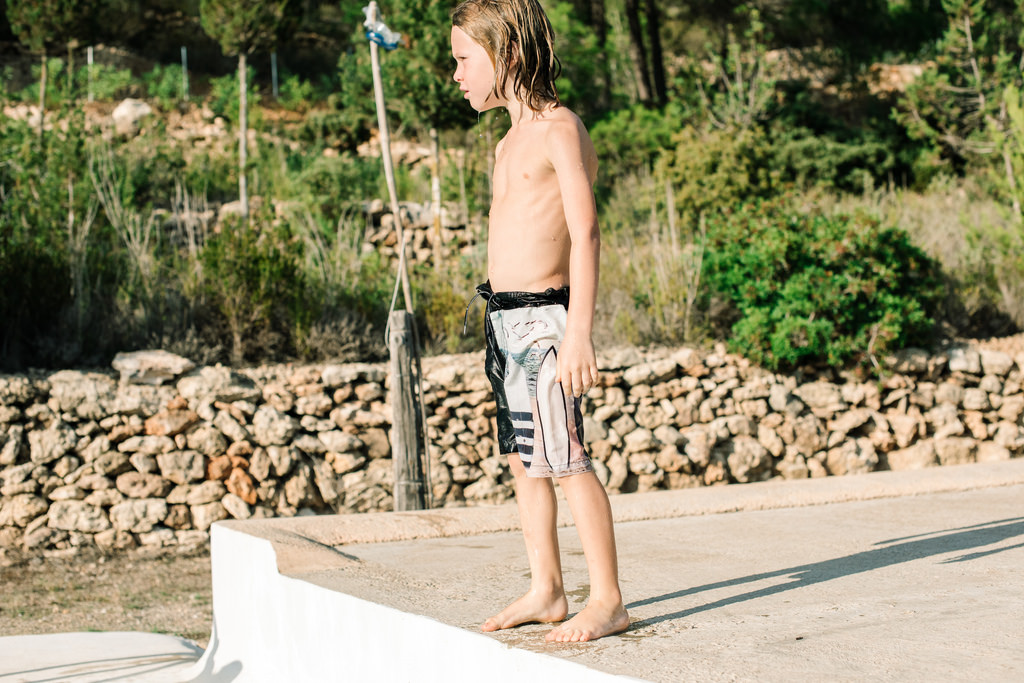
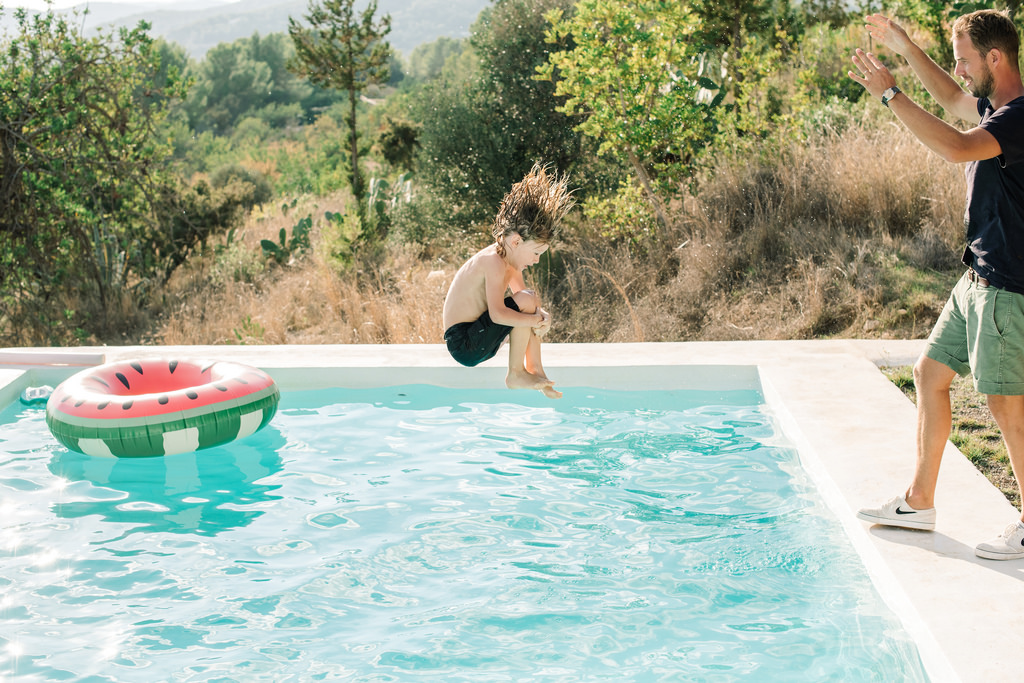
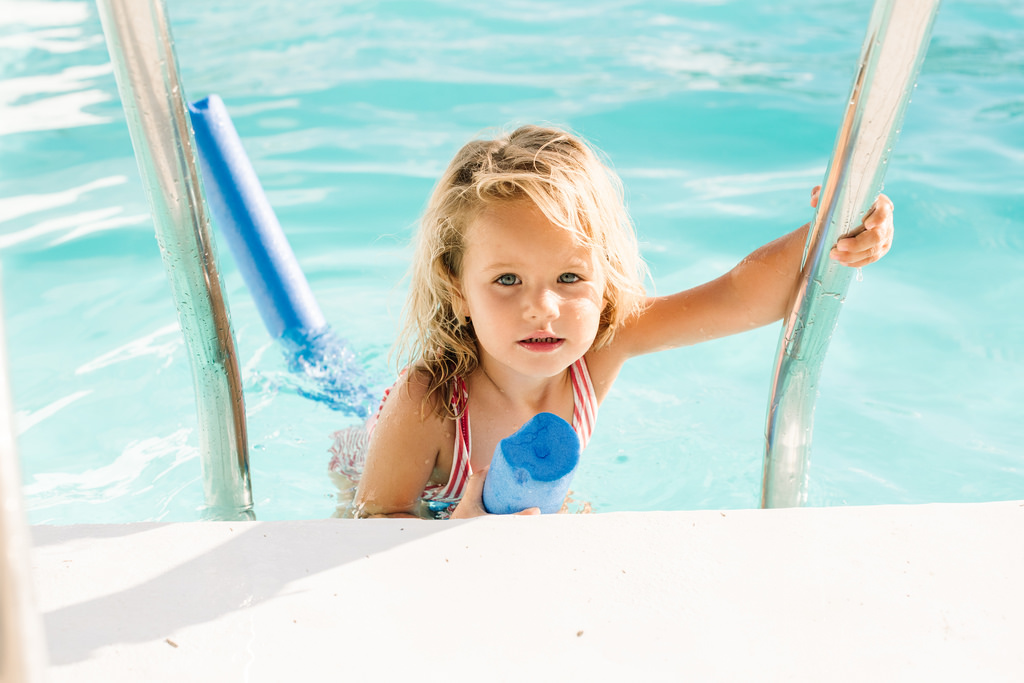
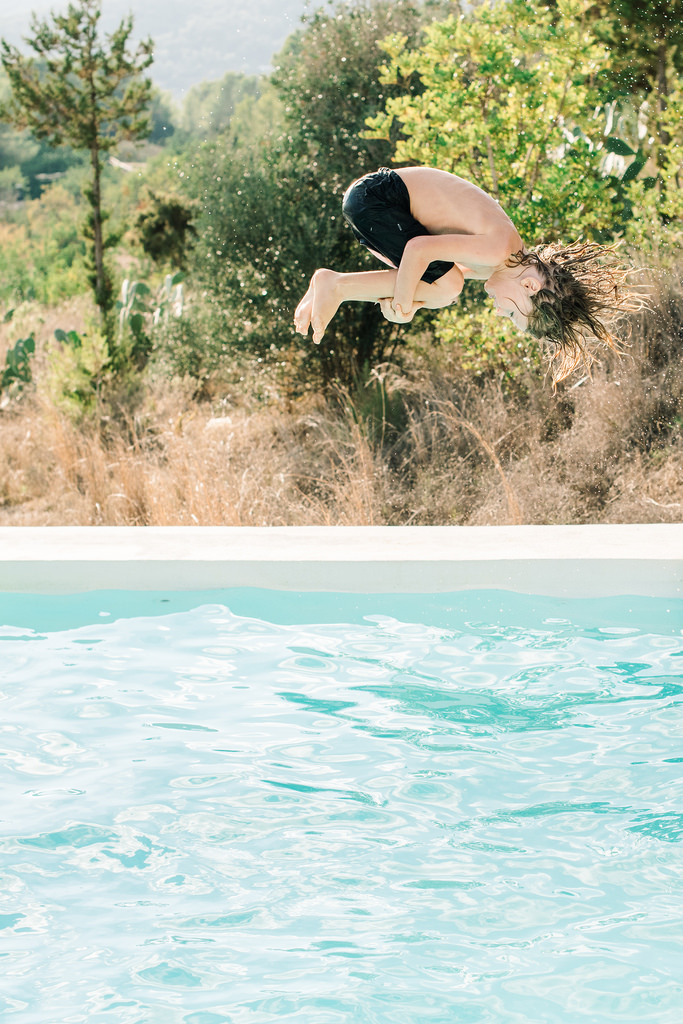
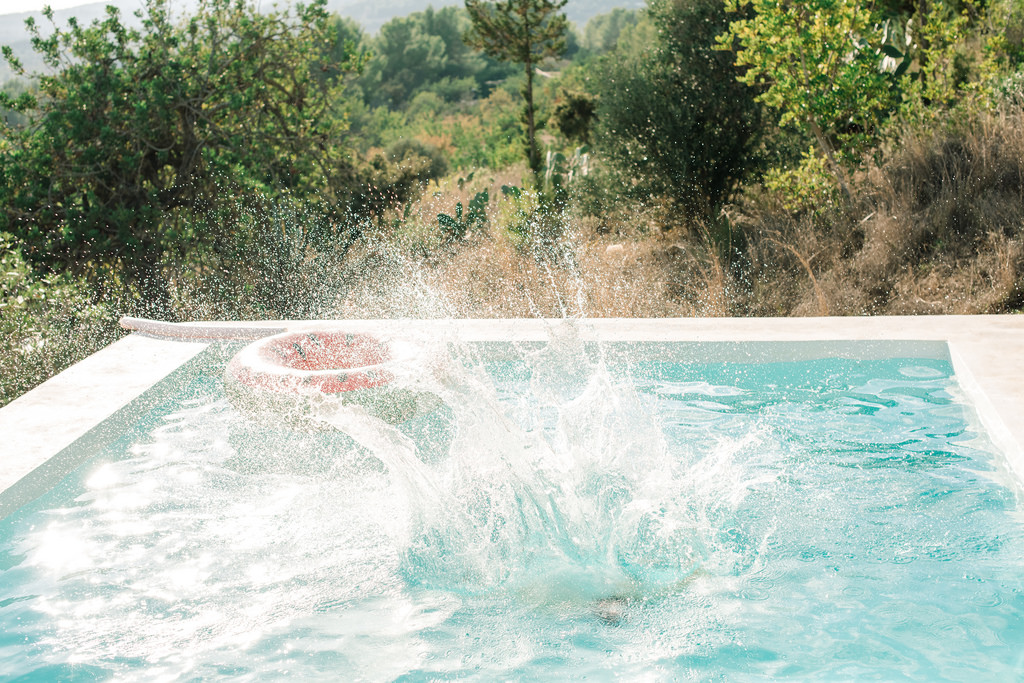

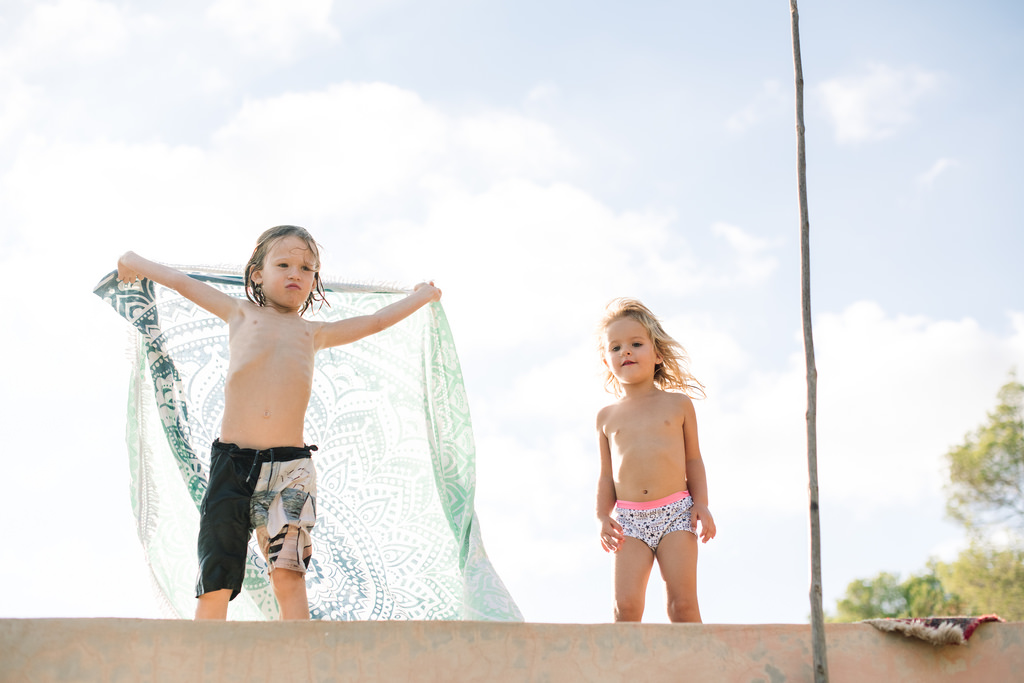
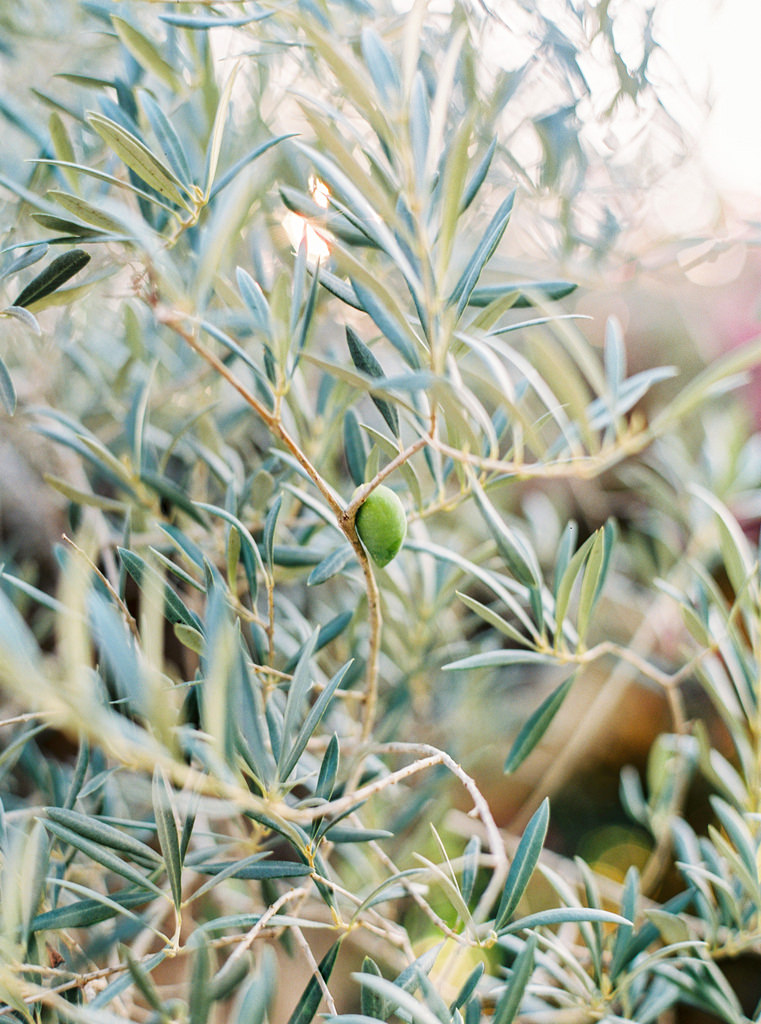
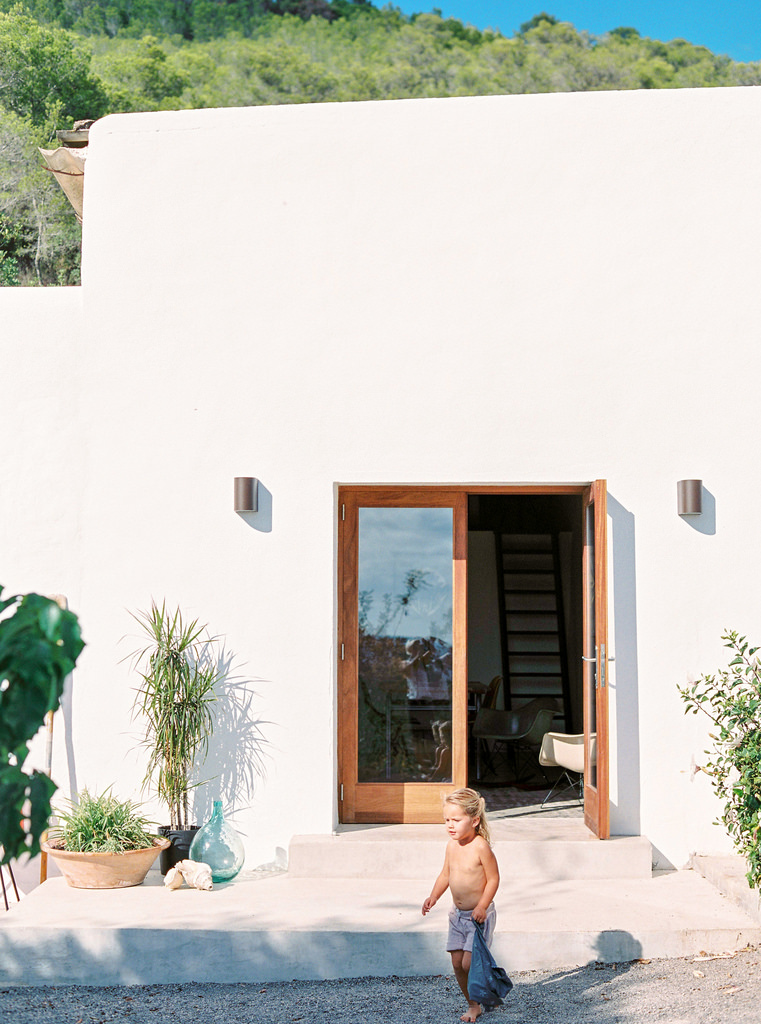
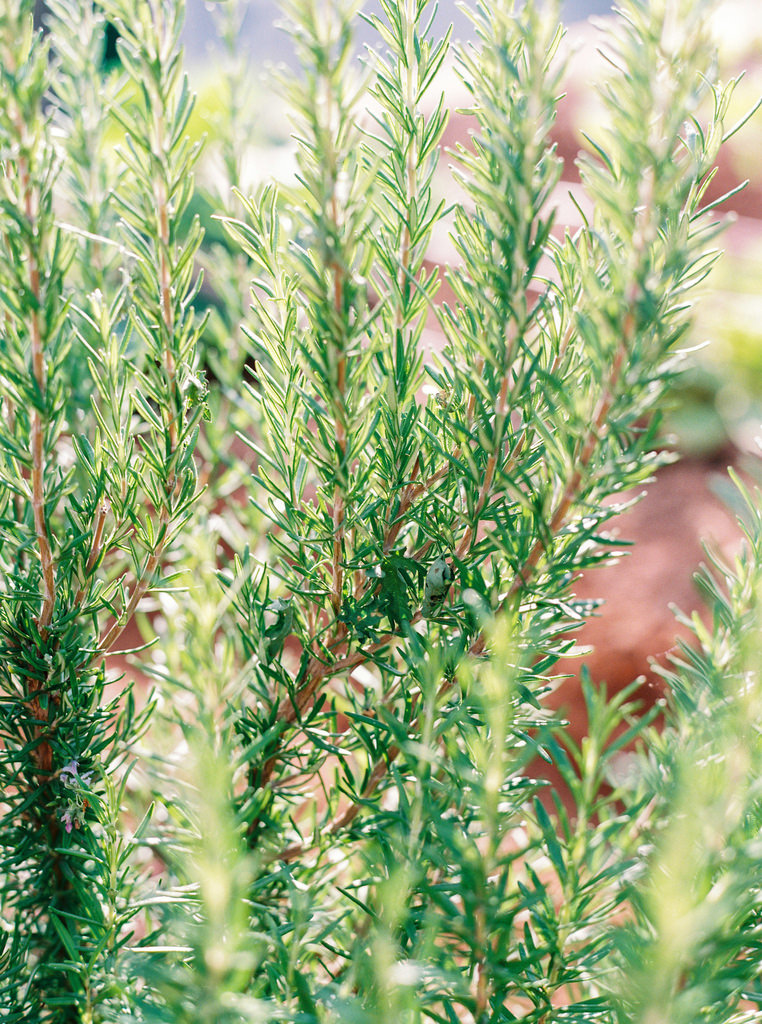
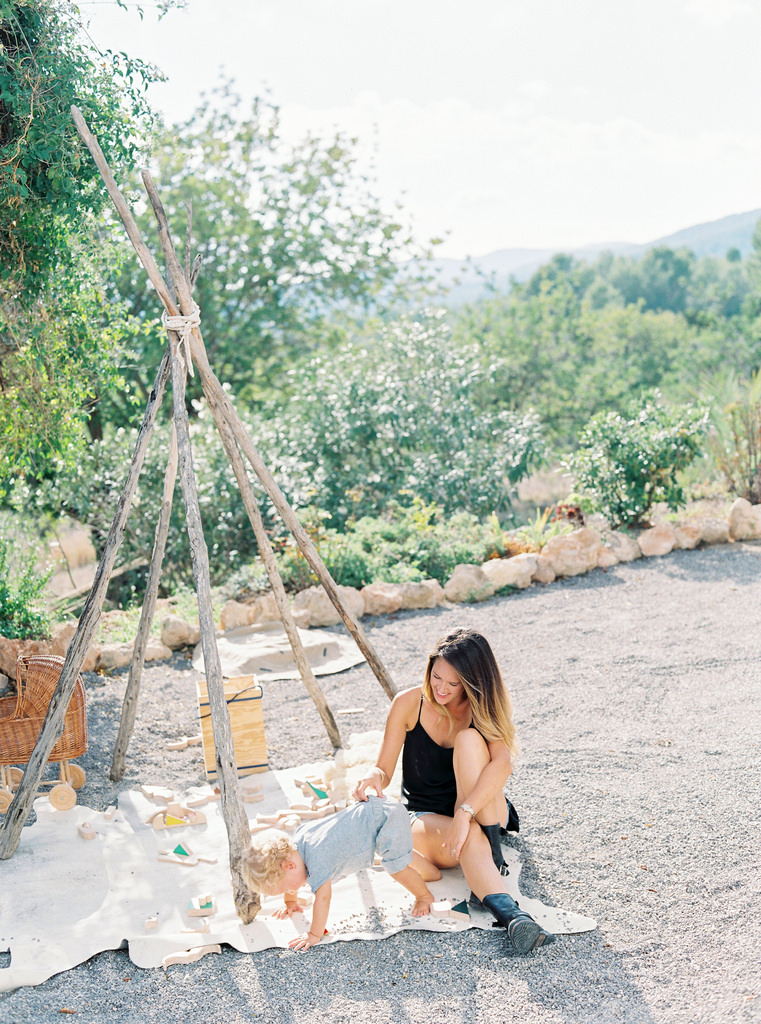
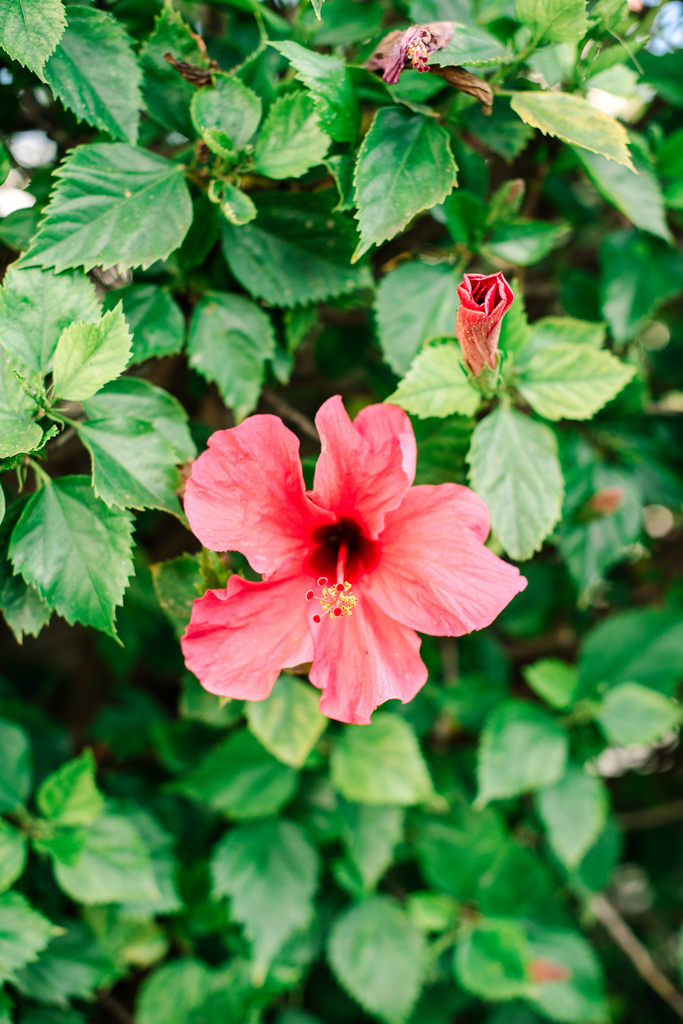
When Nathalie and Hendrik – a fashion stylist and interiors consultant and marketing and communications expert respectively – first came to Ibiza for a friend’s birthday party in 2011, they couldn’t have imagined five years later they would own their own home on the island. The idea of Ibiza was a little garish to the Belgian couple, their perception of island style a little too slick and bling, and yet from the moment they arrived, it was very clear there was an authentic spirit that broke away from any preconceived notions they may have had. Ibiza had won their hearts. With extensive experience in managing a successful holiday home on the border of Belgium and the South of France, the duo were in the market for another project. They were seeking a place they could retreat to for their own valuable vacation downtime, but also somewhere that could be commercially viable as a holiday rental while they were not in residence. “My dream was to have something with a sea view,” Nathalie explains of the search for the right property. “But Hendrik loves the mountains. We looked at Portugal, at Santorini and Mallorca… but nothing had the spirit of Ibiza.”
And so the search for an Ibiza villa was on – a place where you could be surrounded by beautiful mountains and gaze across the azure Mediterranean Sea. A place that felt luxurious, yet bohemian; raw and natural, but absolutely never artificial. In May 2015, they stumbled across a typically Spanish house circa 1970 – all cheap tiles, plastic finishes and bad paintwork, but the creative couple immediately felt and saw its potential. By August, they had become owners of what would come to be known as Casa Romero and the transformational renovation work began. “It just didn’t look or feel like a holiday to me,” says Nathalie, who also consults with the Belgian government on styling and refitting touristic properties to suit the luxury market. “We wanted to bring it back to a more traditional Ibicenco style with a Mediterranean holiday feeling – what it should have been in the first place!” Taking a complete hands-on approach to the project, the entrepreneurial couple worked to strip the dark and unattractive existing paintwork, replace all tiling with chic brushed concrete surfaces and to switch all plastic and PVC pieces to classic, raw and natural wood, instantly bringing the home into the present style, with a nod to its island heritage.
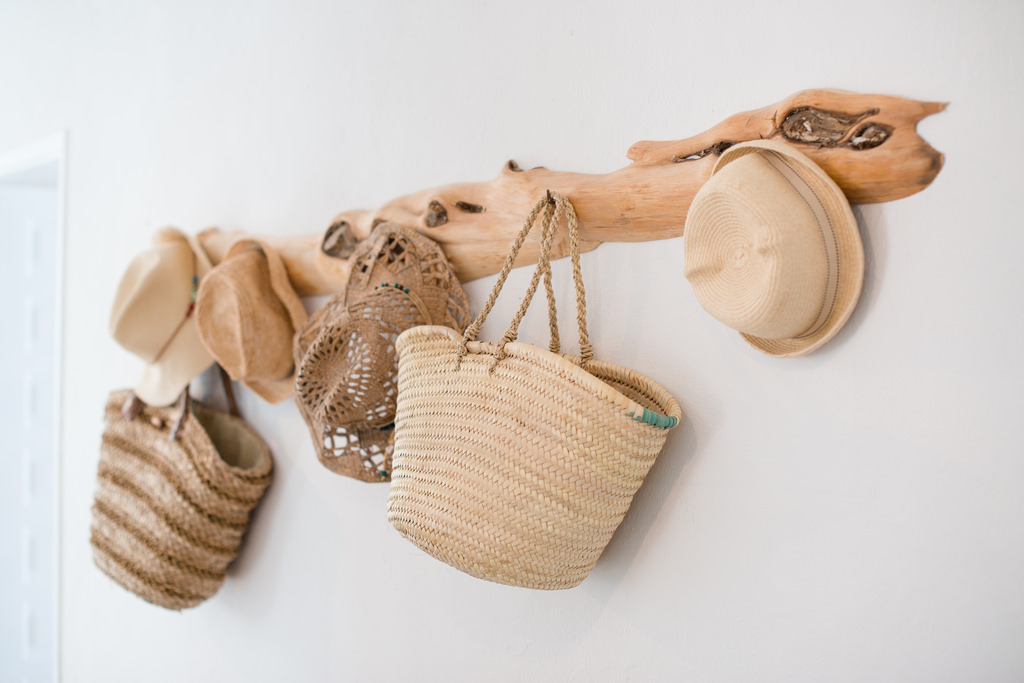

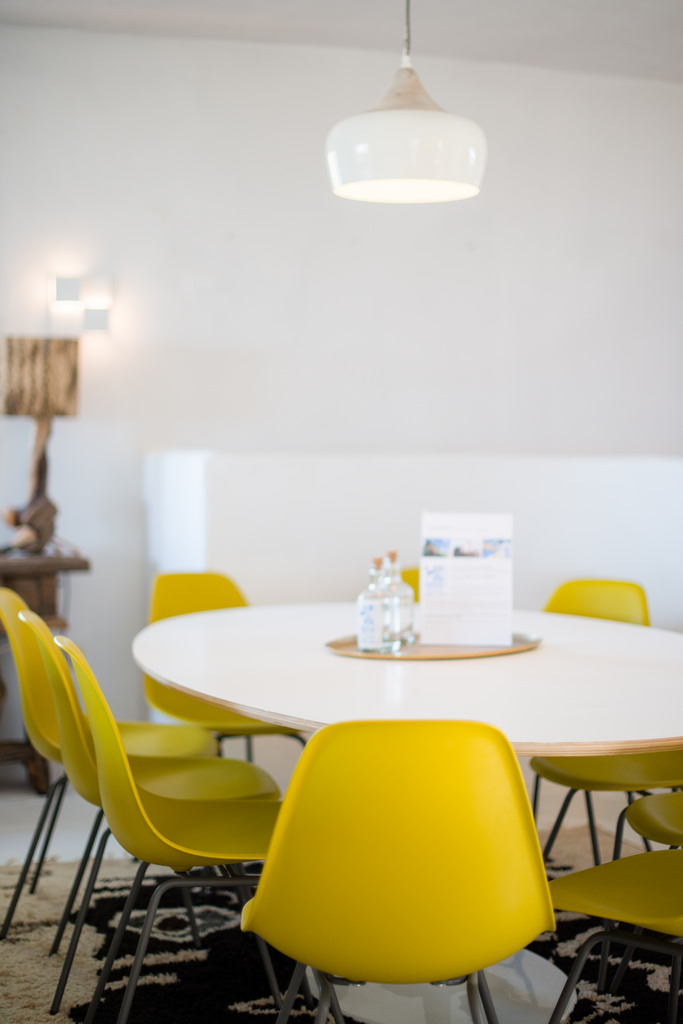
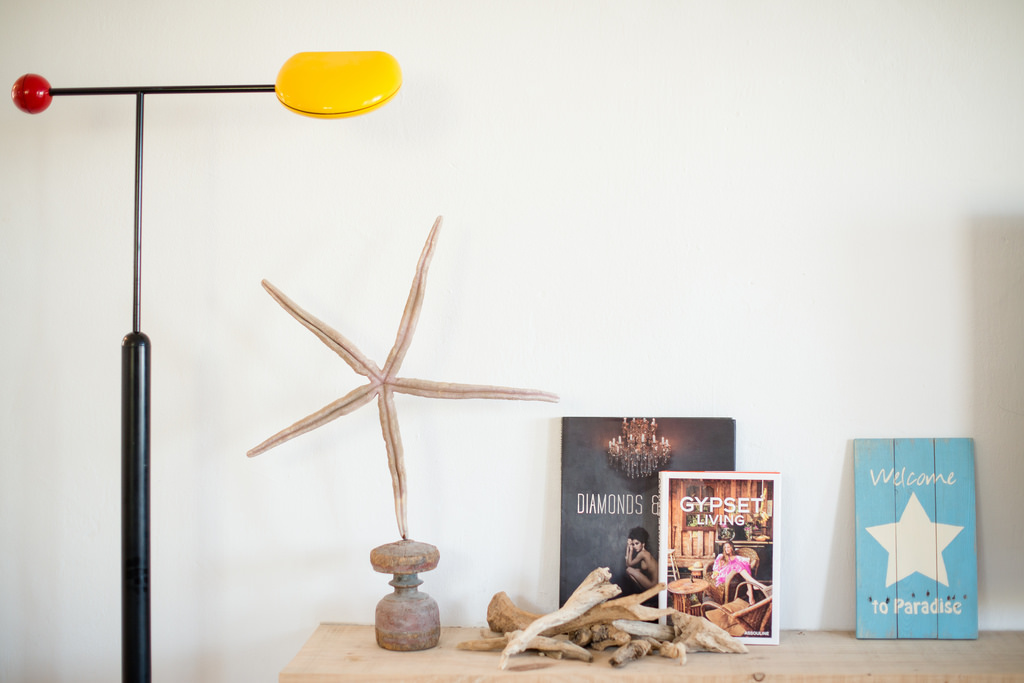
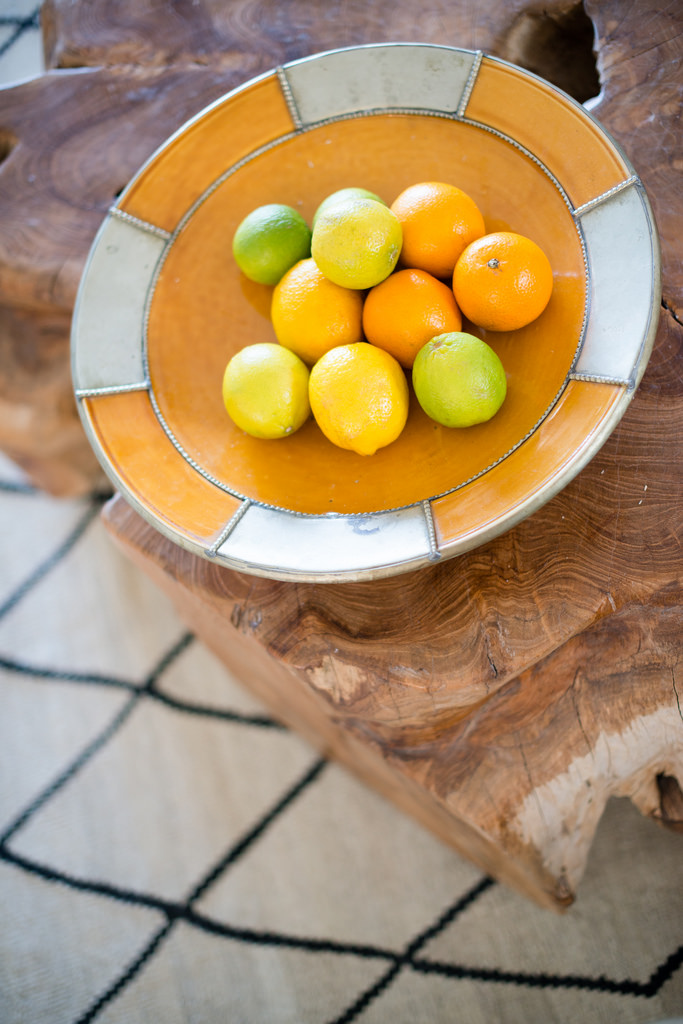
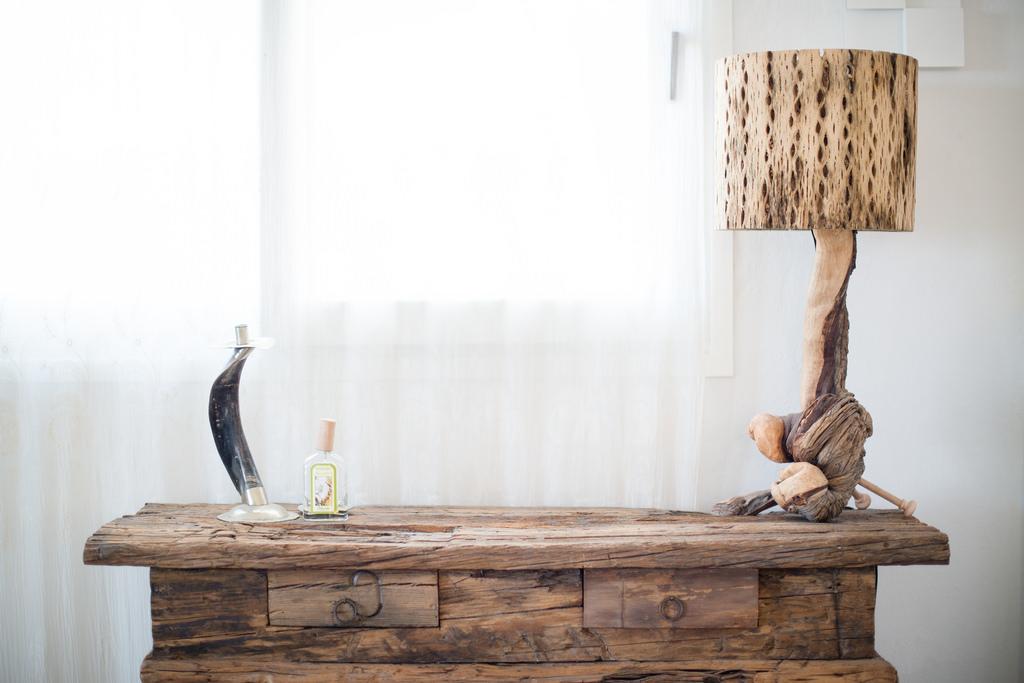
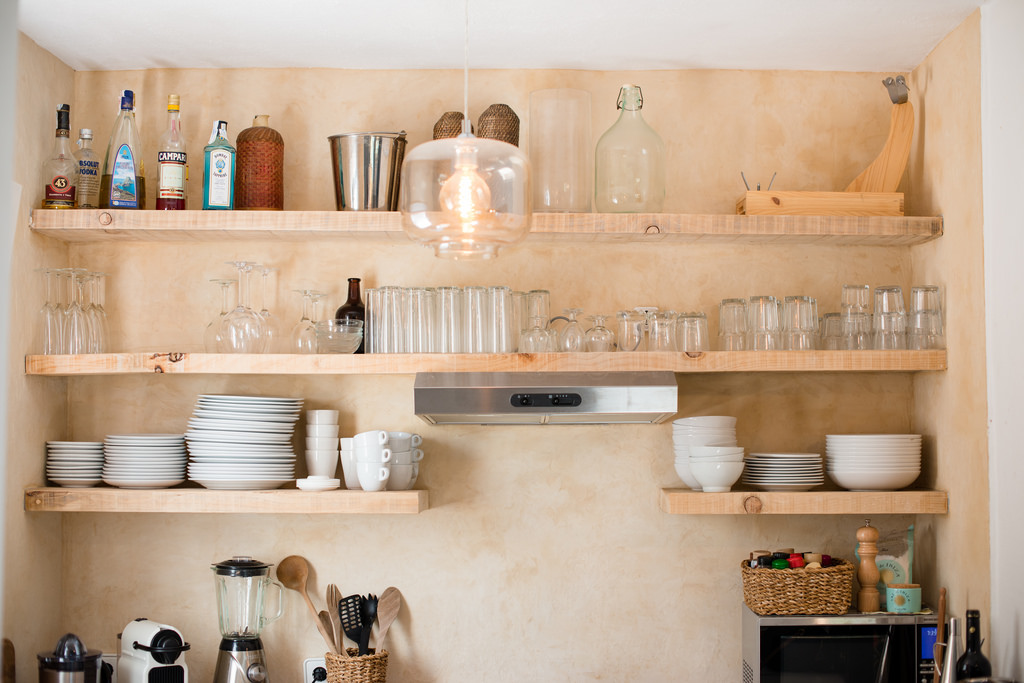
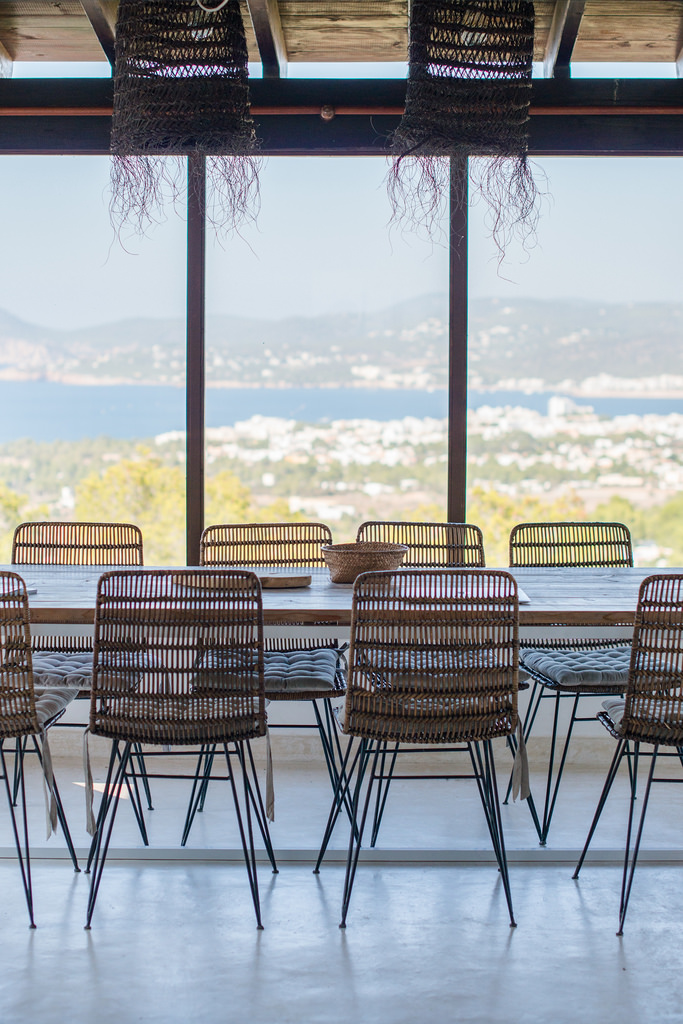
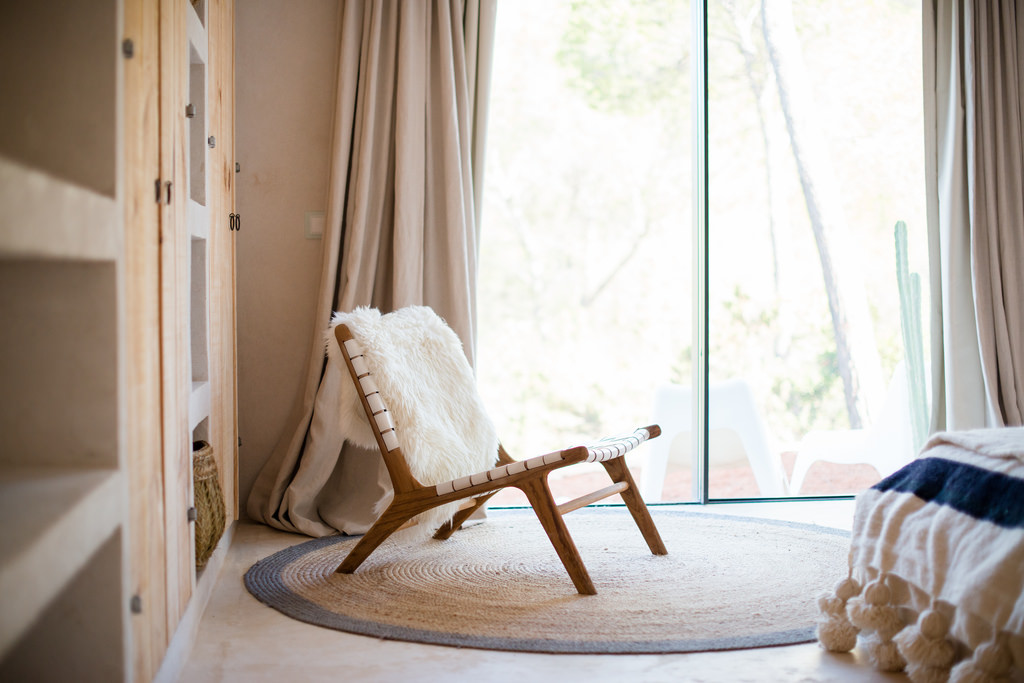
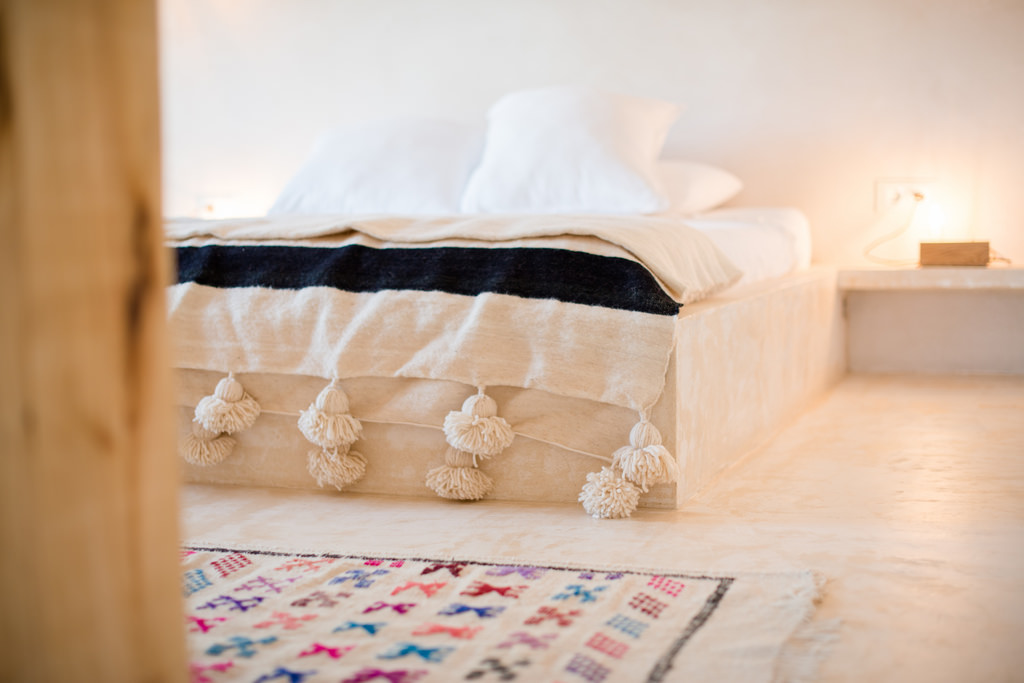
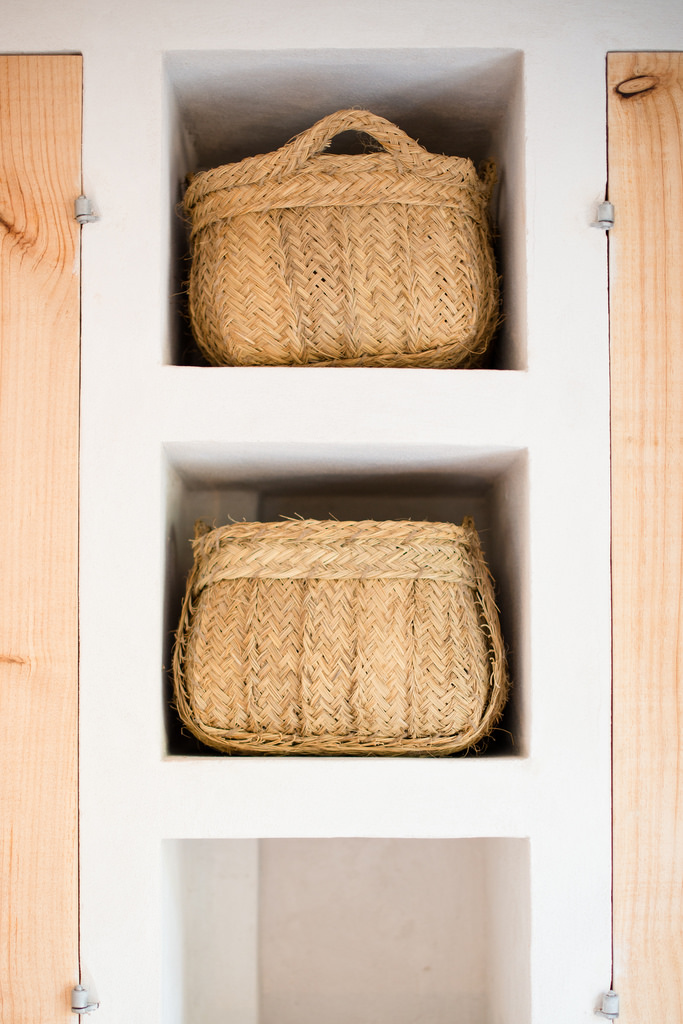
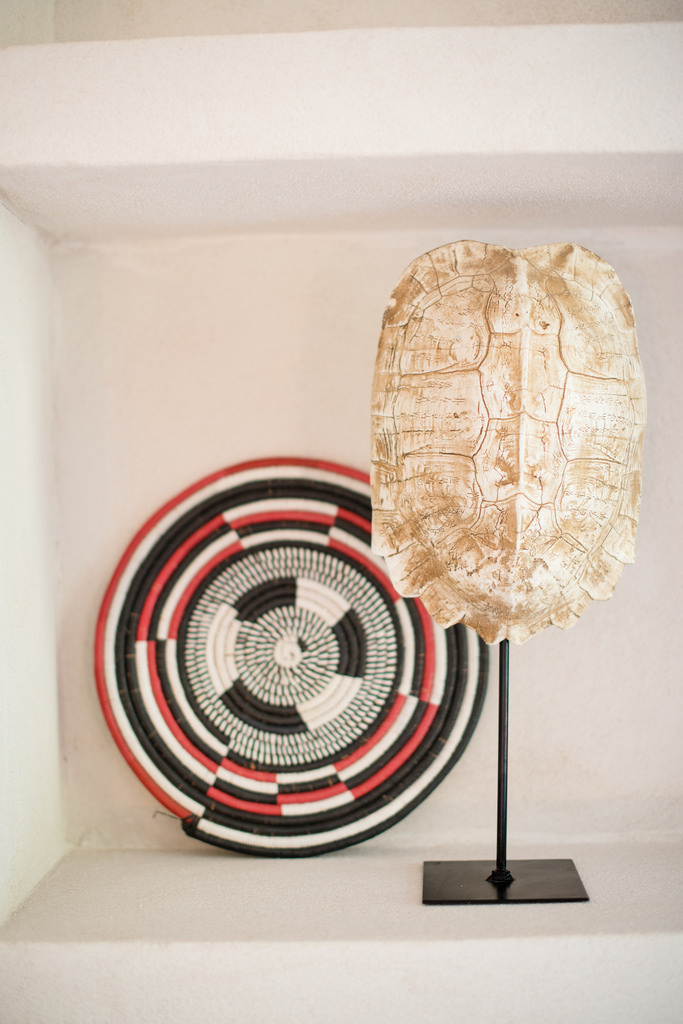
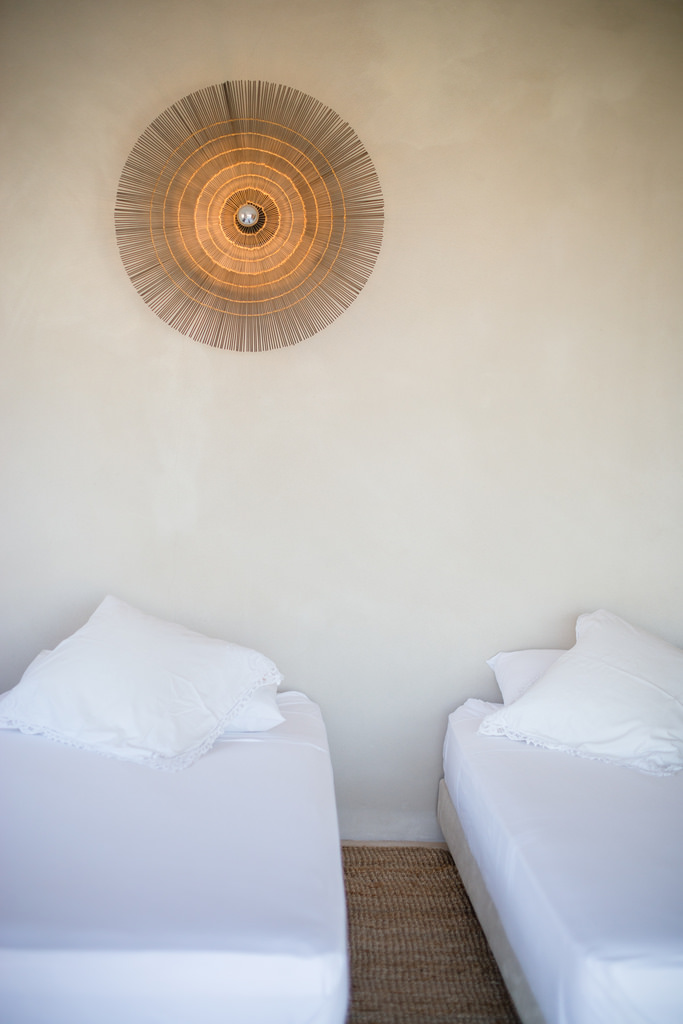
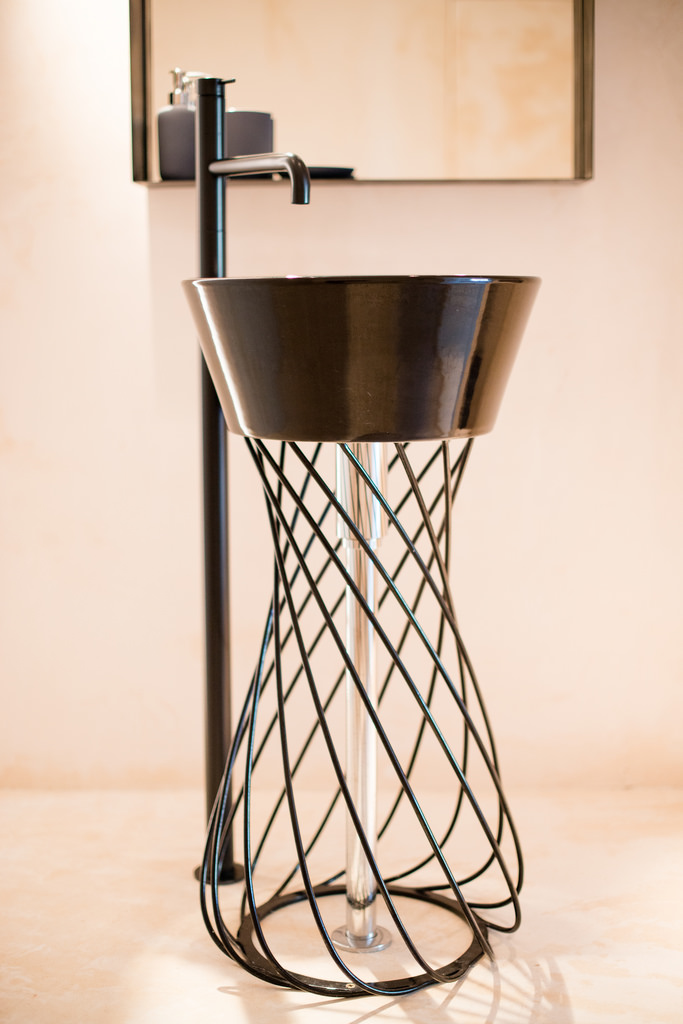
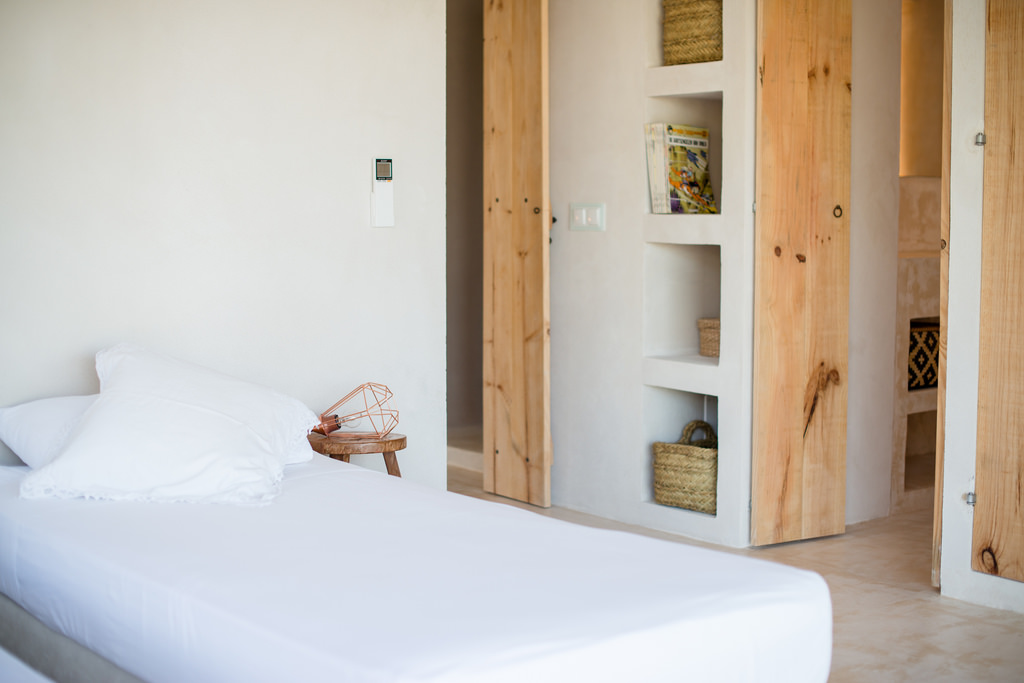
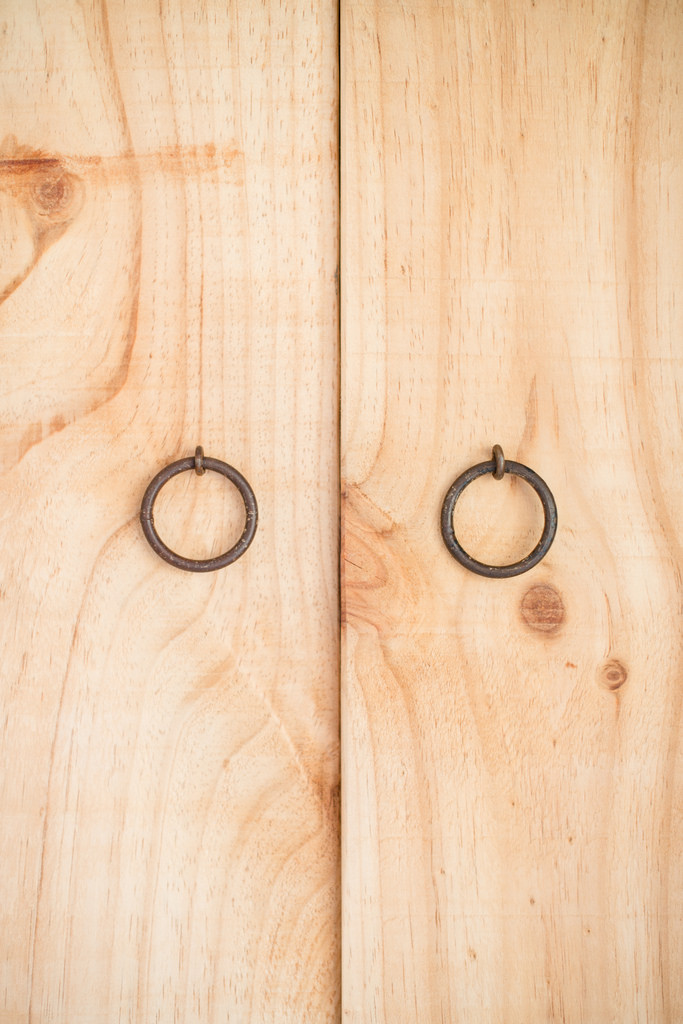
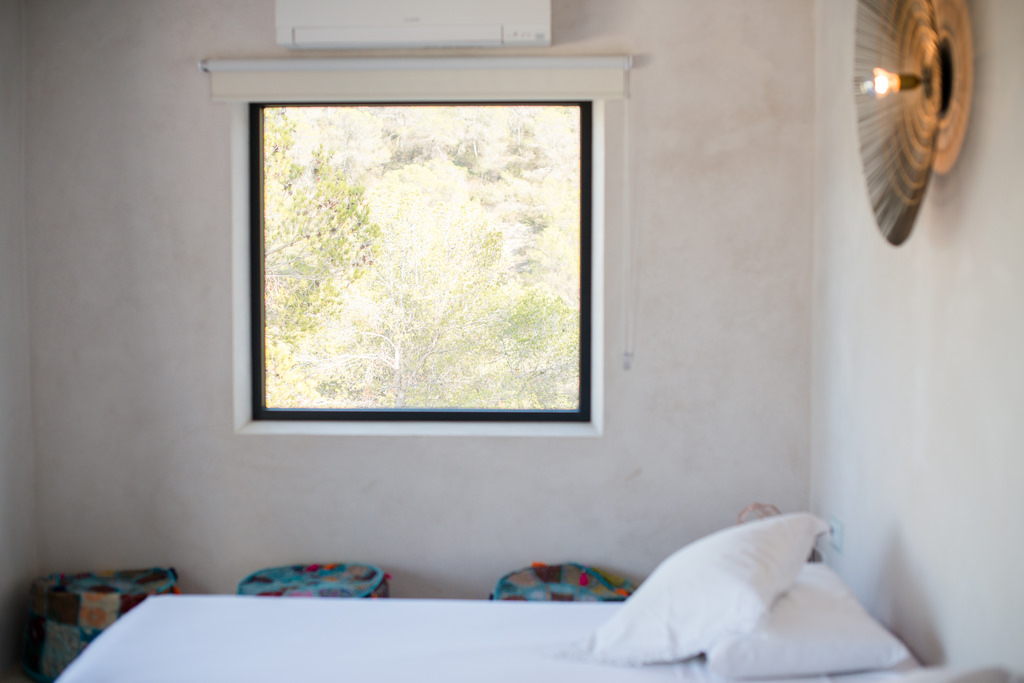
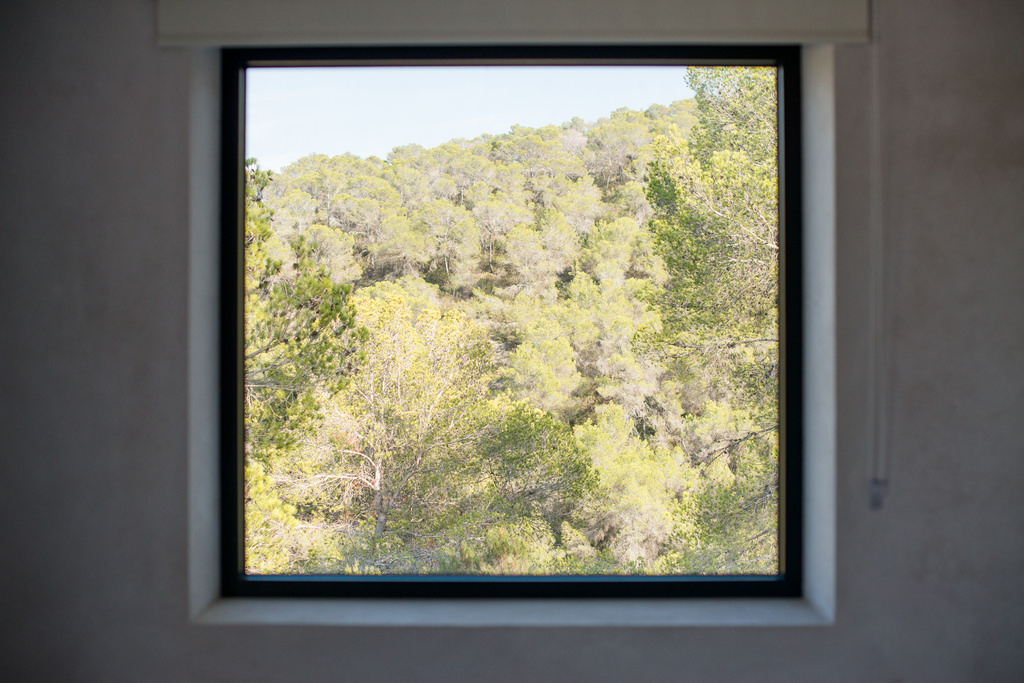
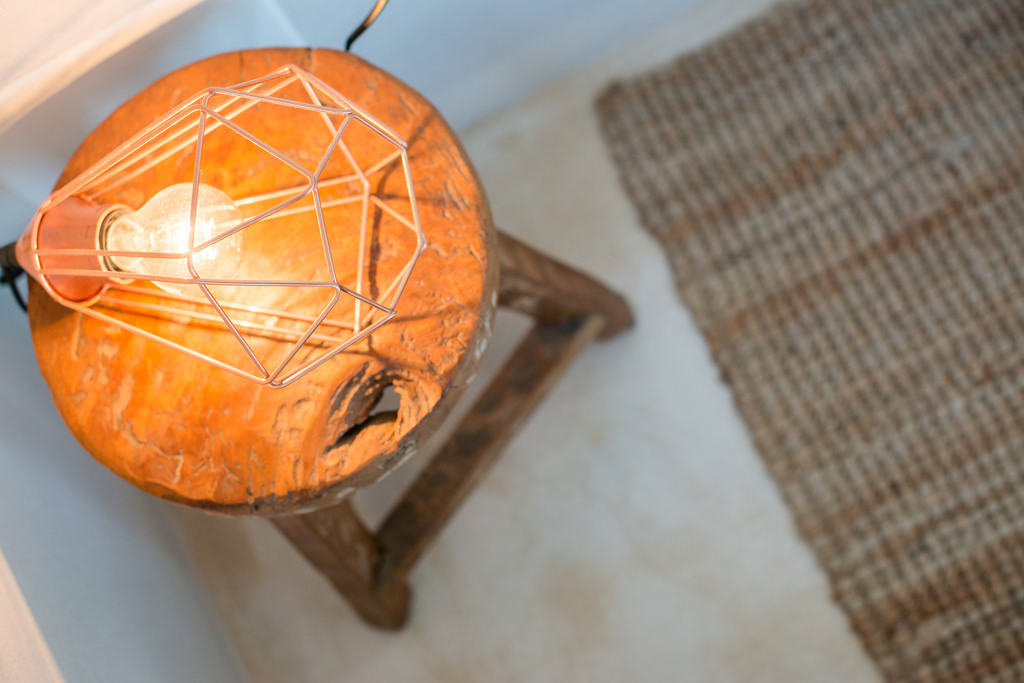
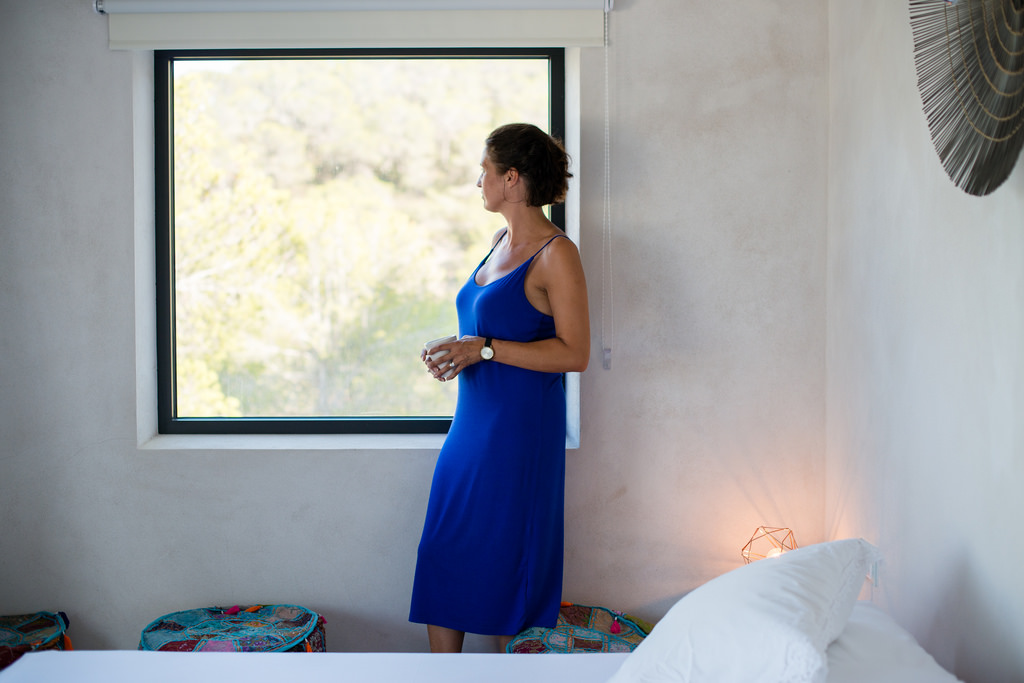
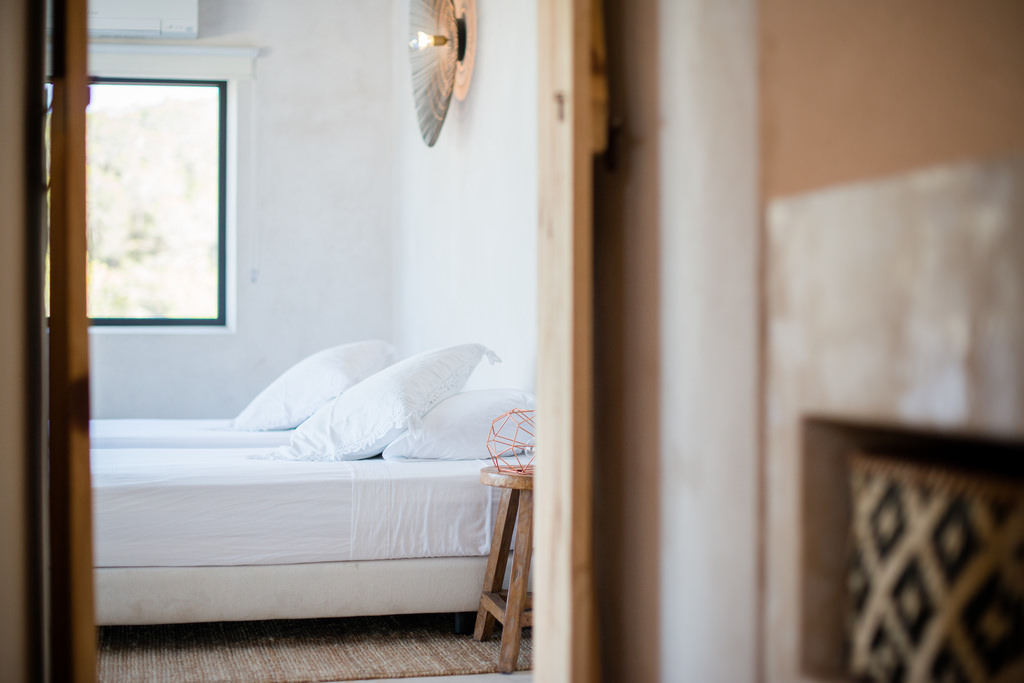
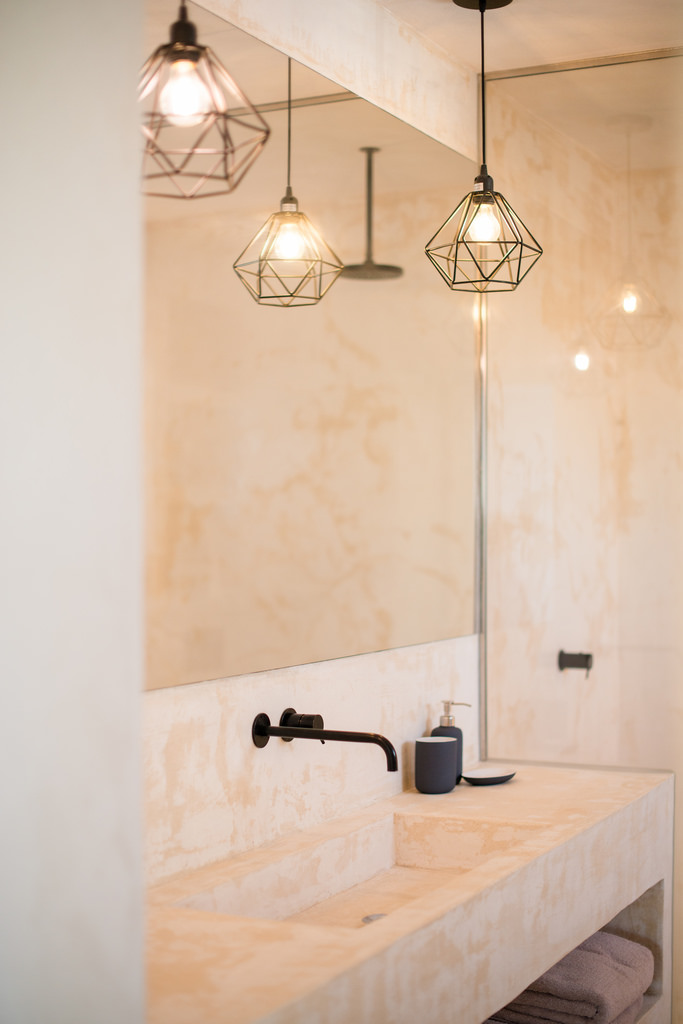
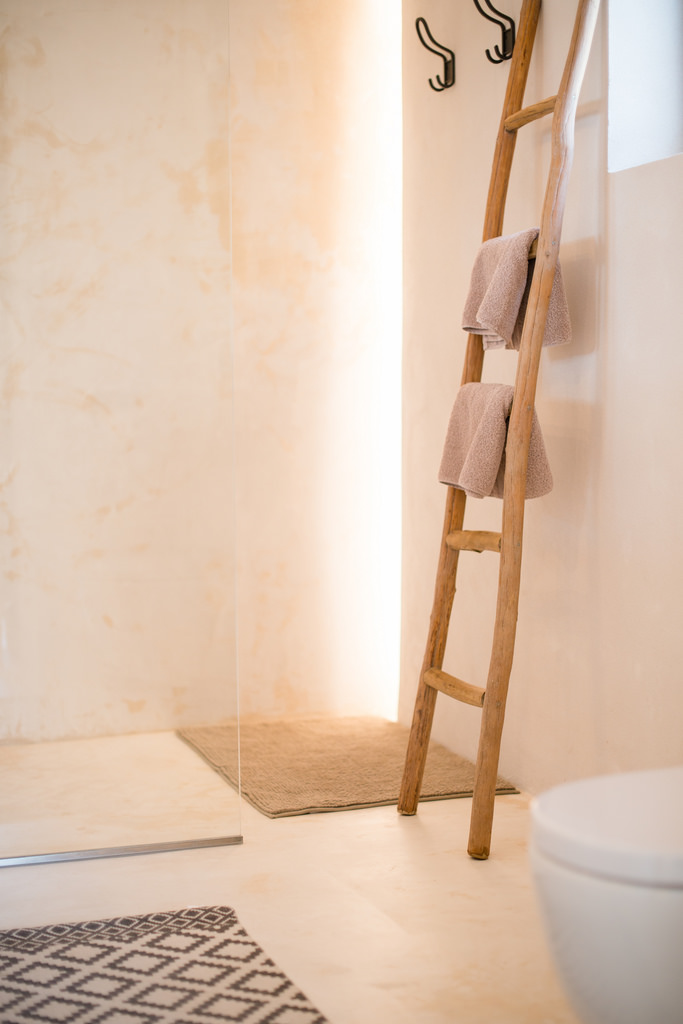
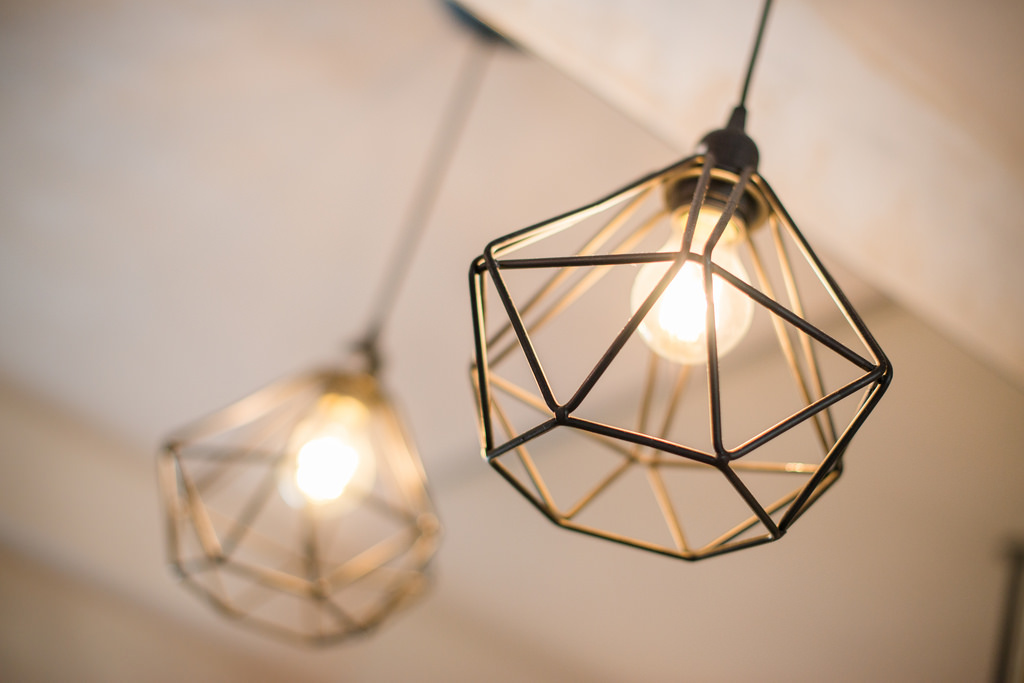
Admitting most of the time spent at Casa Romero since acquiring the property has been more of a case of work rather than play, the aim was to have the first stage of renovations complete in time for Nathalie and Hendrik’s May 2016 nuptials – the first time they would really enjoy their new home with friends and family. Learning very quickly to adapt to ‘island time’ and go with the flow of the locals’ way of doing business, the couple worked closely with architects, constructors and landscape gardeners who really understood the land and climate to see their dream come to life, starting with the lower level of the house. Three of the five bedrooms are spread out spaciously here with the star suite – dubbed ‘the Santorini room’ – actually carved into the stone beneath the house, like a cave. Carefully restored pieces of rare Sabina wood, found on the property, were laid into doorways and arches to add the traditional feeling, as were latticed cupboards and wardrobe spaces – adding natural form and organic texture to the spaces. Each of the ensuite bathrooms were designed like spa wet rooms, and feature stylish black tap fittings and Italian designer basins that stand out almost like a sculpture centrepiece from the rendered concrete finishes.
It’s pared back and simple, and yet instantly feels homely. “The point was not to appear artificial,” says Nathalie of the design and decoration process. “It was about a warm and natural ambience – we have a lot of white and it does appear minimalistic, but it is not sterile. Just like when you see the old fincas – there are raw and natural materials everywhere. I wanted to make people feel as though they could ‘live’ in the house, especially people with families. It should be a comfortable home away from home, not like a slick hotel. I hope as it gets older and lived in, it starts to get even more interesting.” When it came to decorating, Nathalie had a very clear vision for how Blue Hill House’s aesthetic would come together. “Some of the things in the house I have had for a long time and others I found specifically for the project. I am shopping every day for my job in Belgium and I have so many Pinterest boards and mood boards too. I knew the kind of mix of things I wanted and where to find them. Nothing too bling – it’s just not us.” Think rustic wooden benches offset with Eames chairs; a gold bed headboard (handmade by Nathalie) contrasting with a vintage peacock wicker chair; Moroccan rugs and wedding blankets sitting alongside traditional Ibicenco woven baskets and Bruge lace crochet bedding. A luxurious bohemian interior.
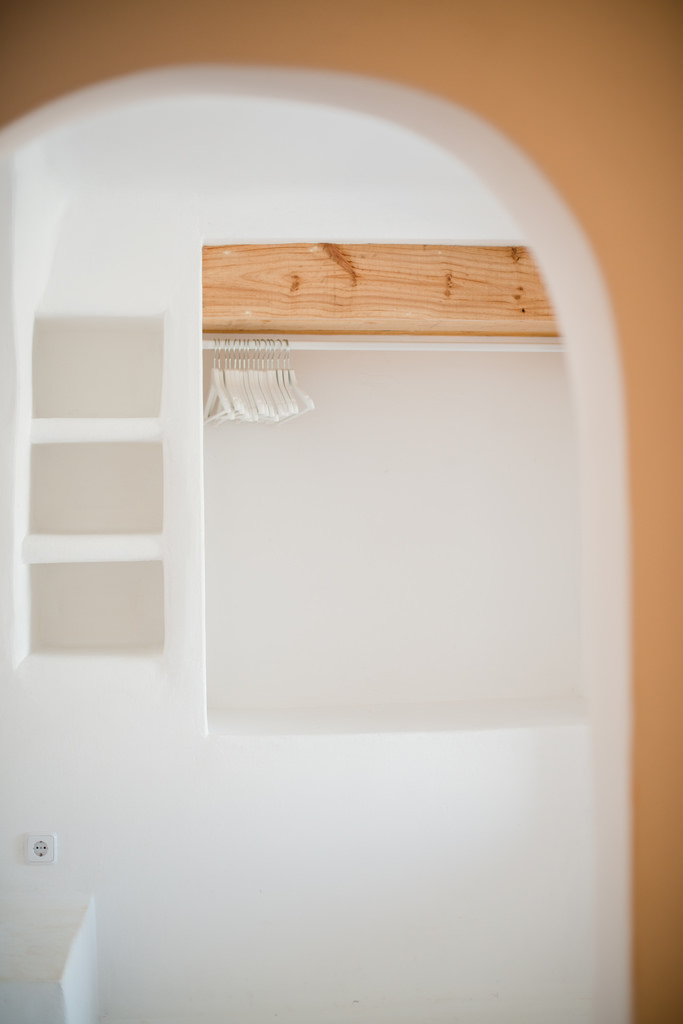
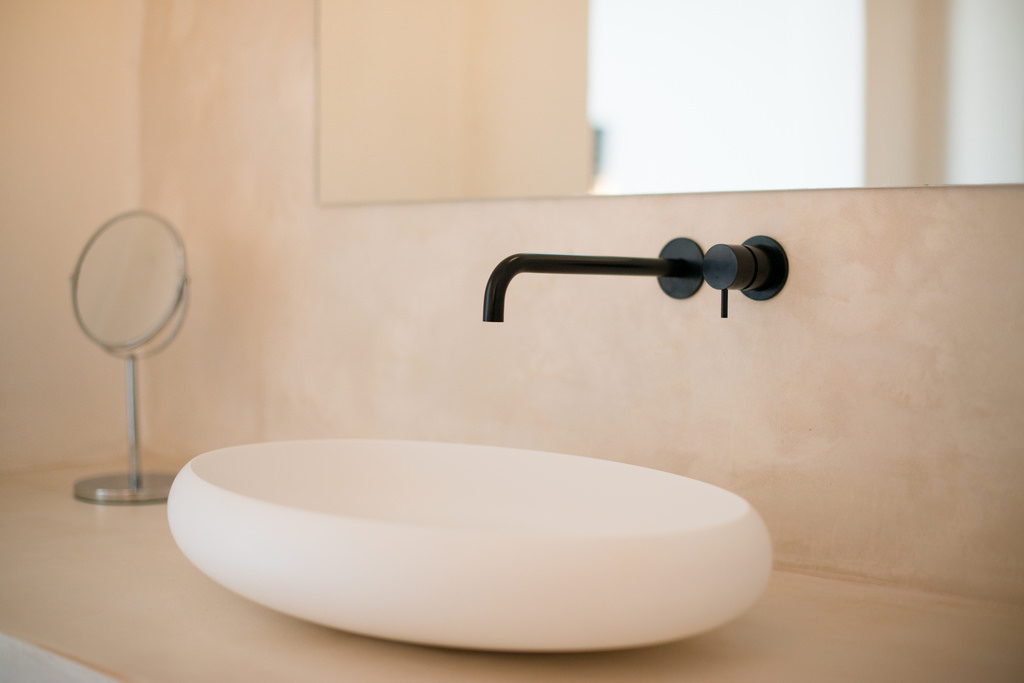
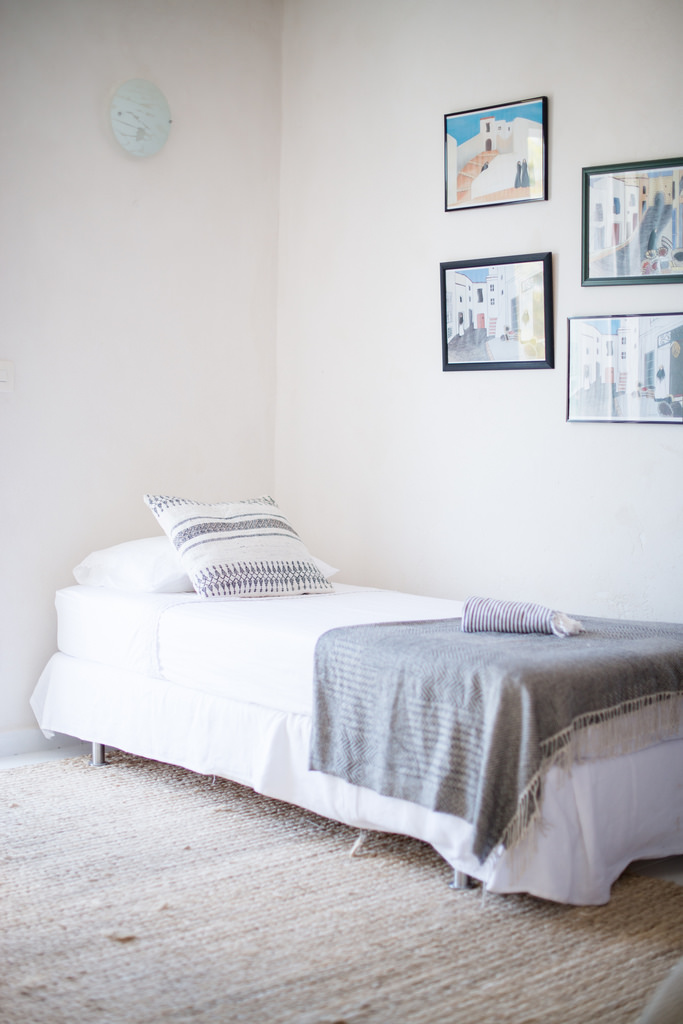
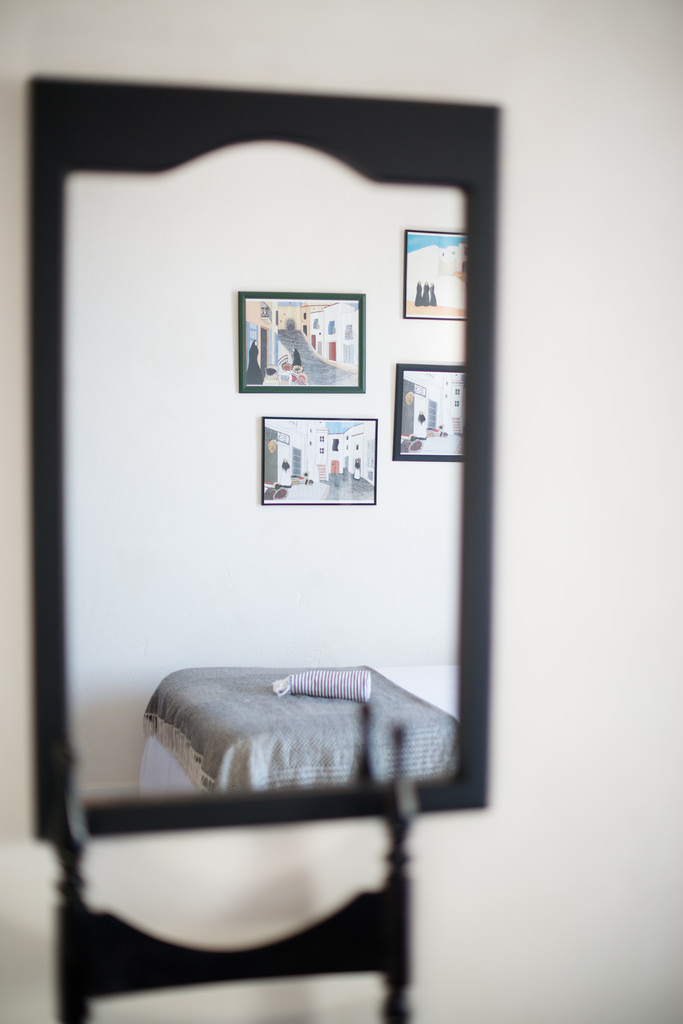
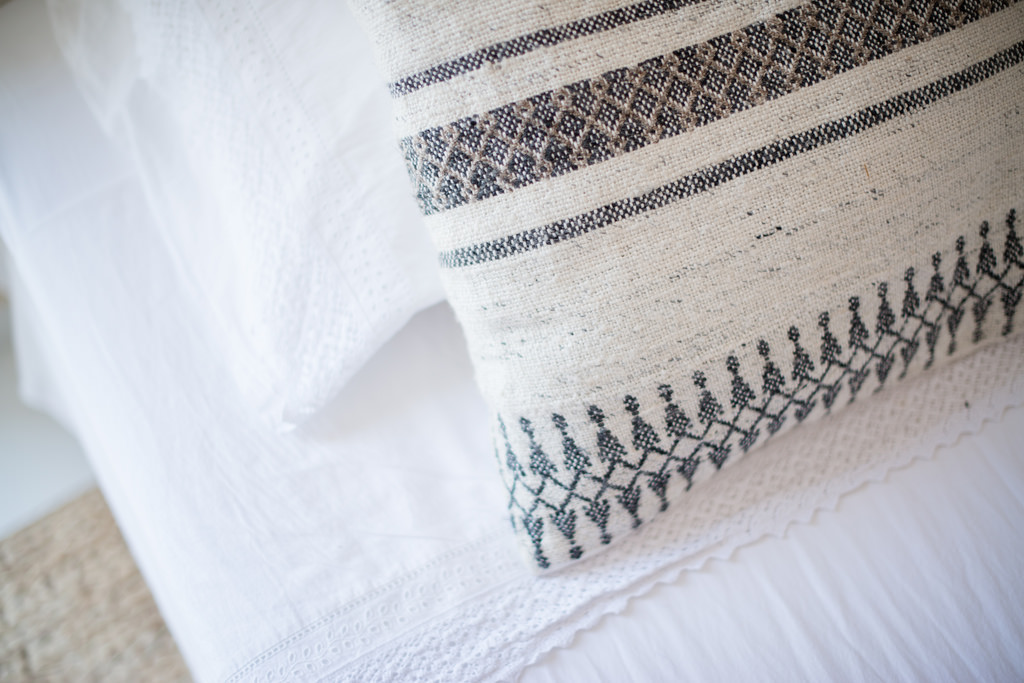
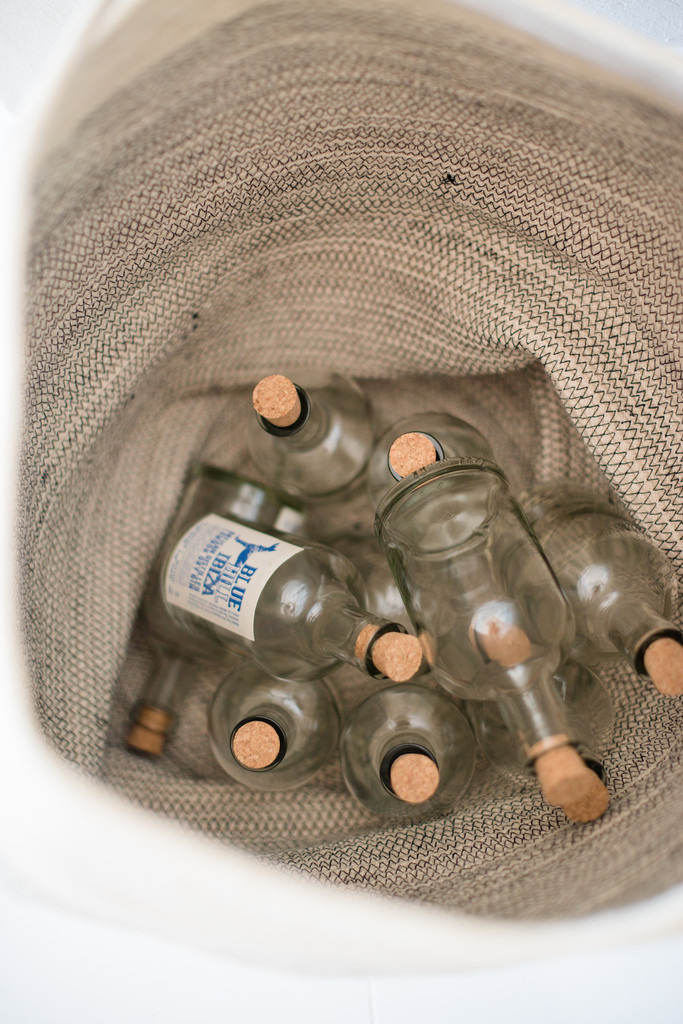
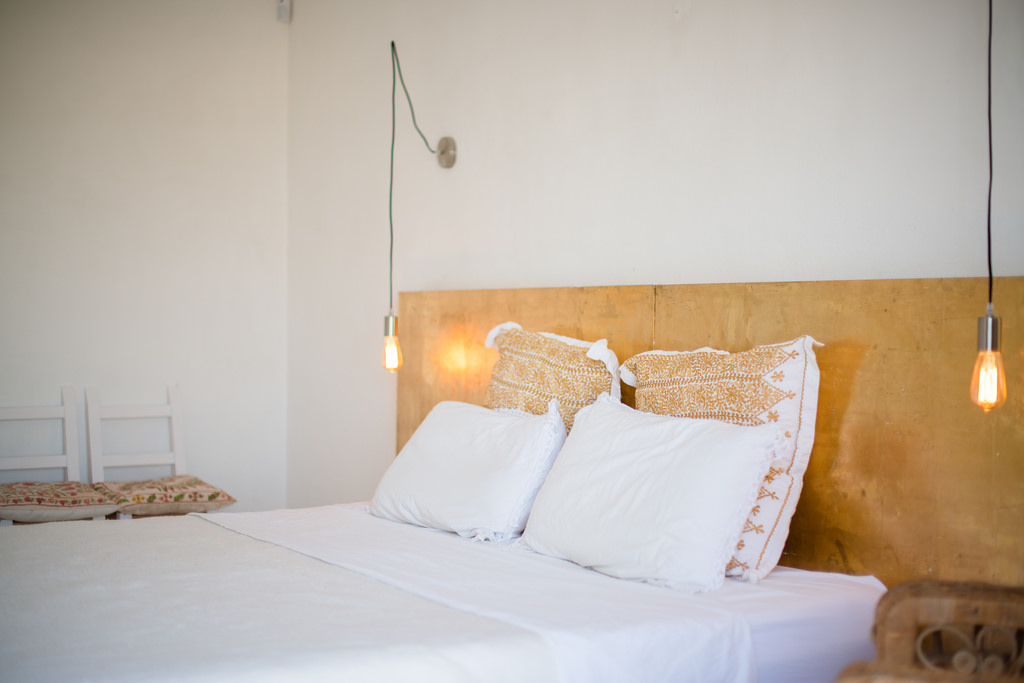
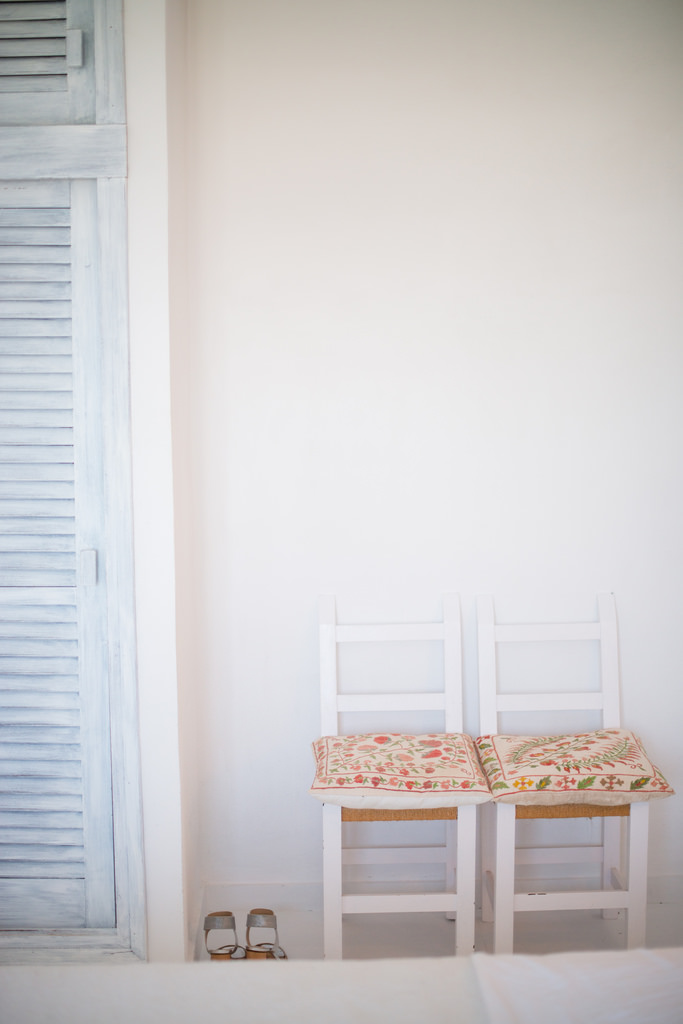
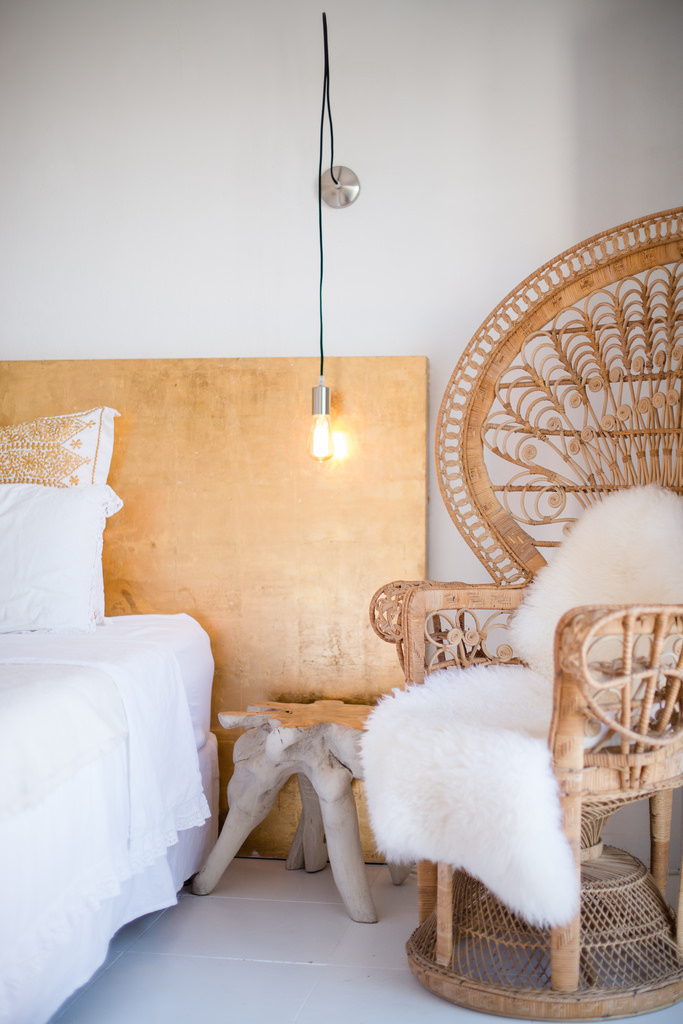
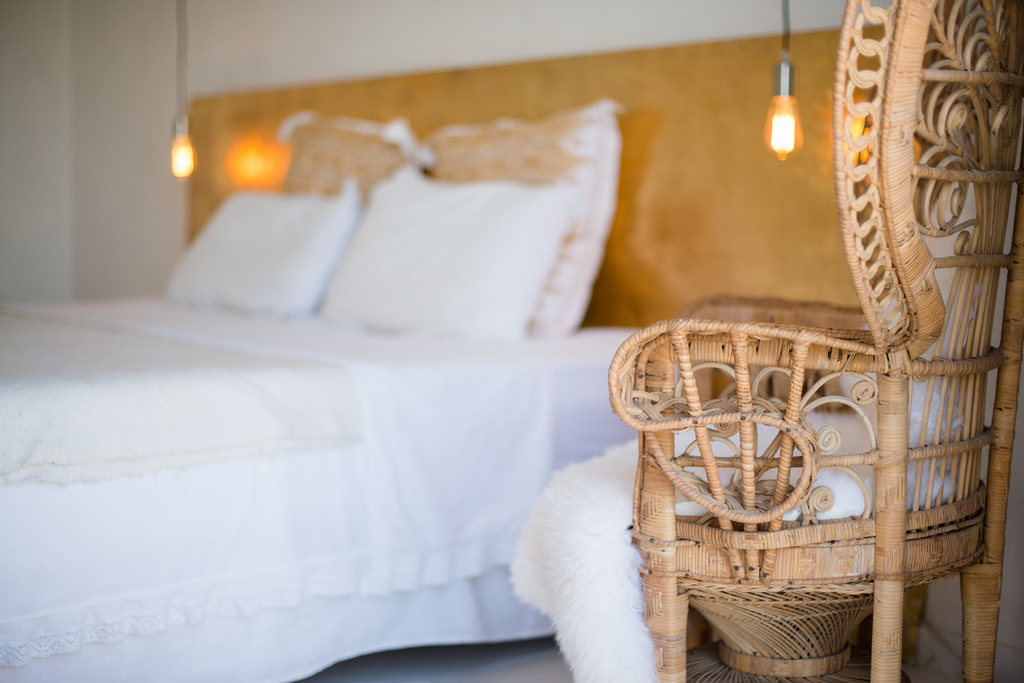
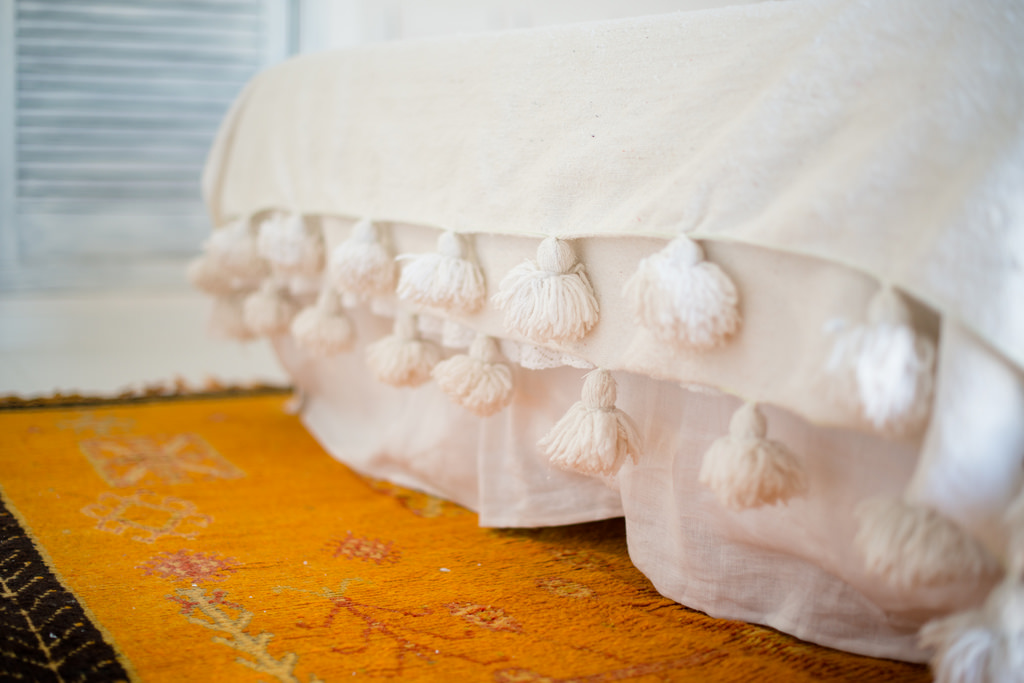
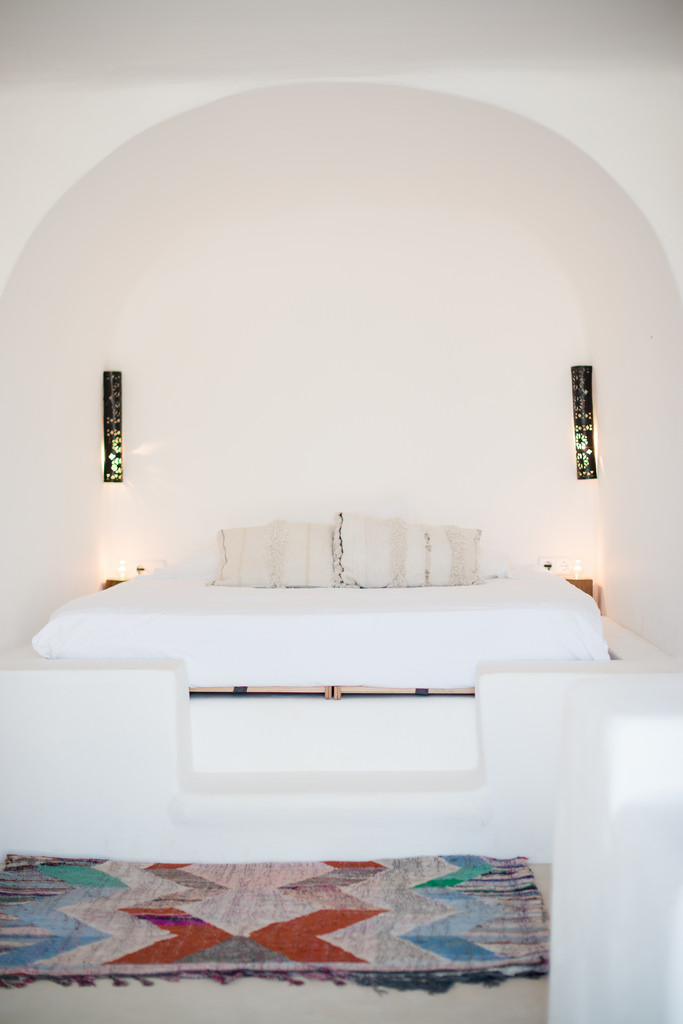
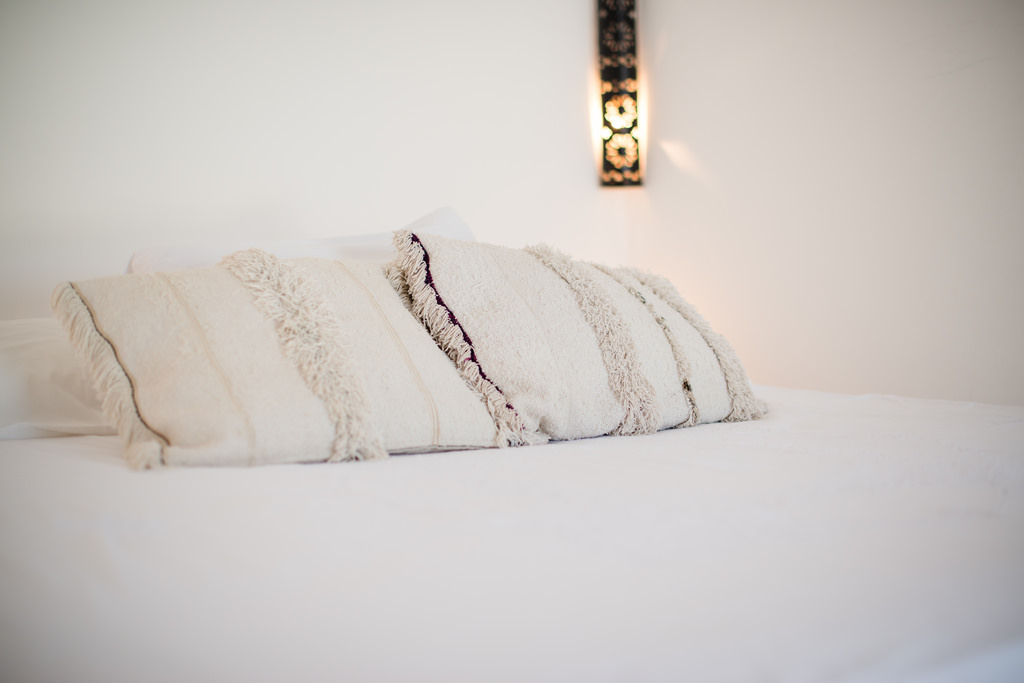
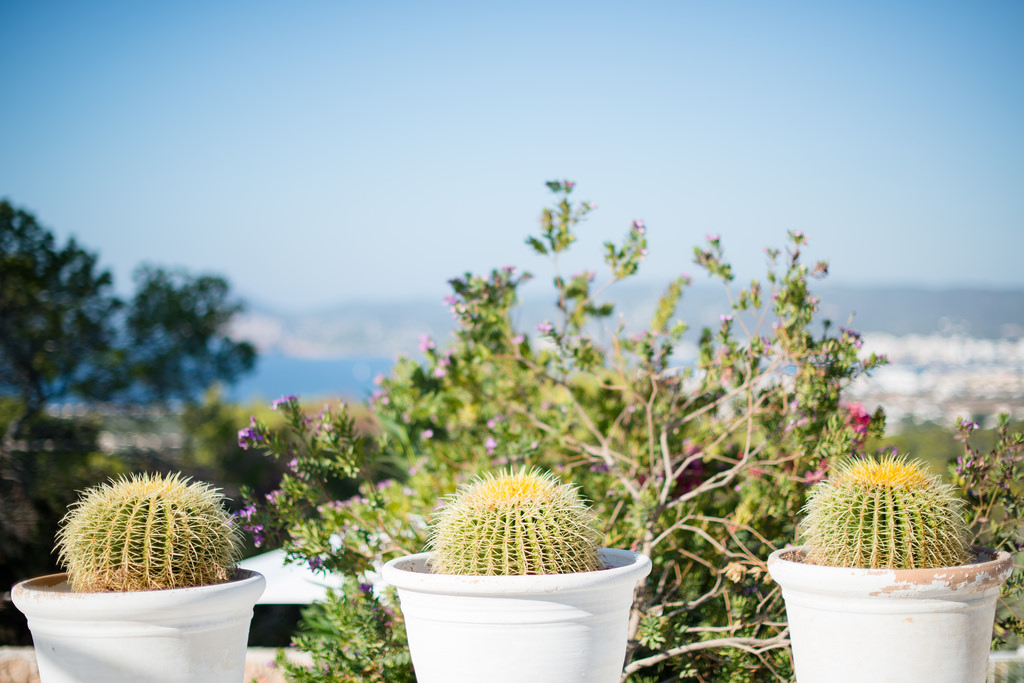
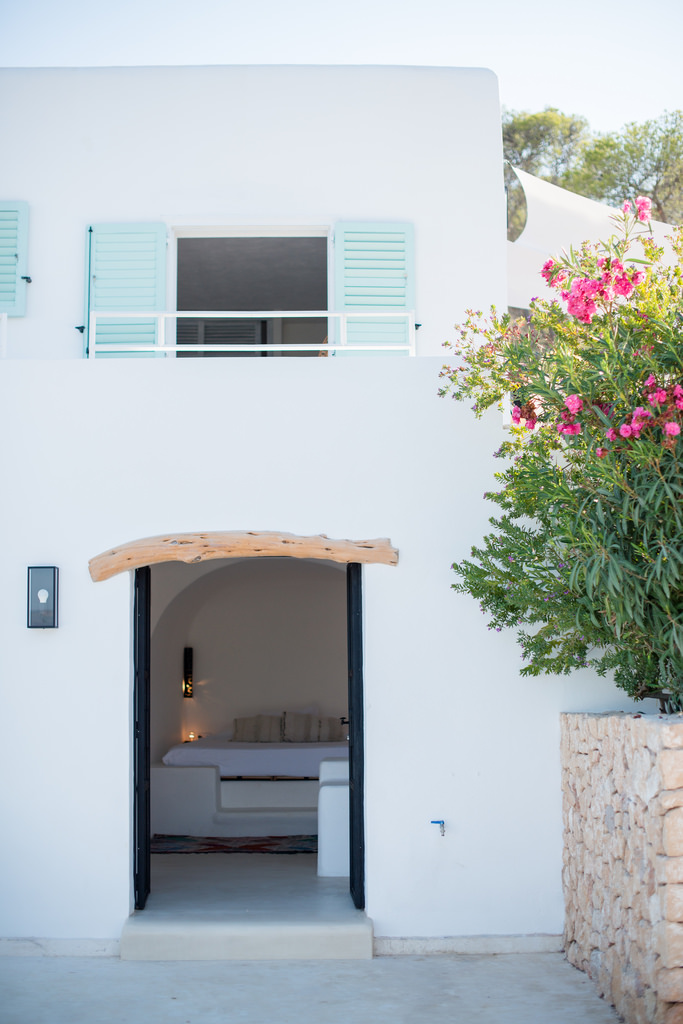
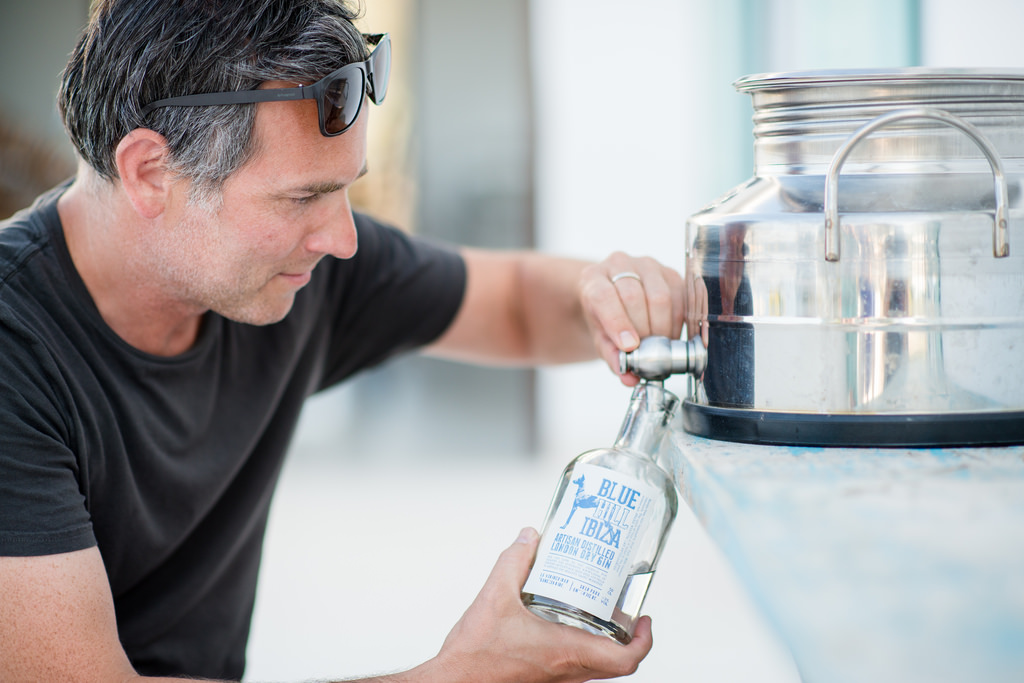
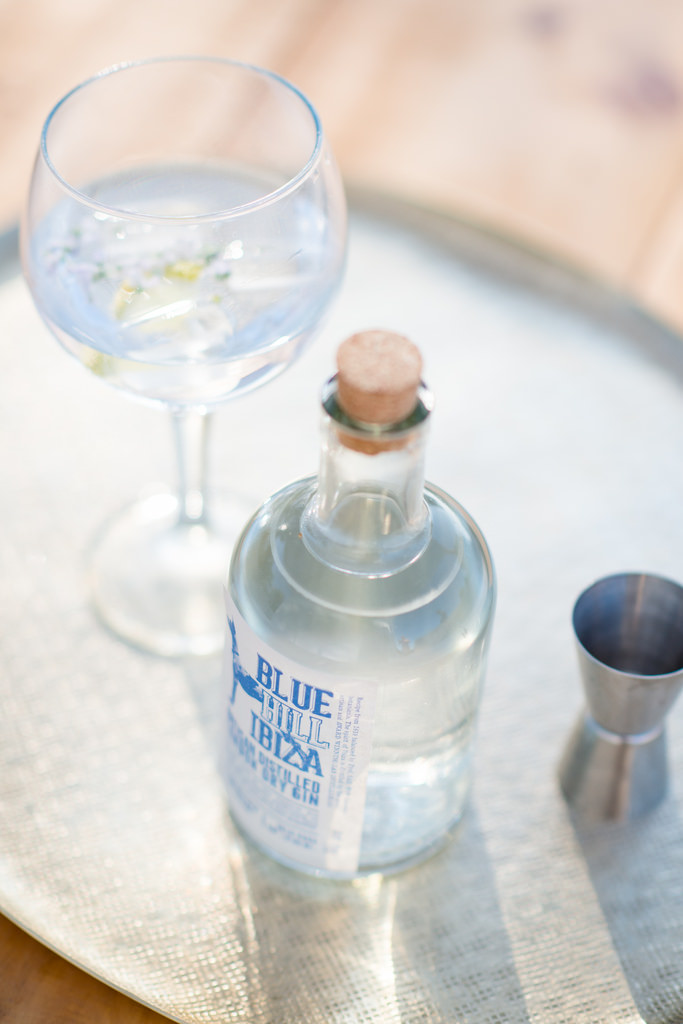
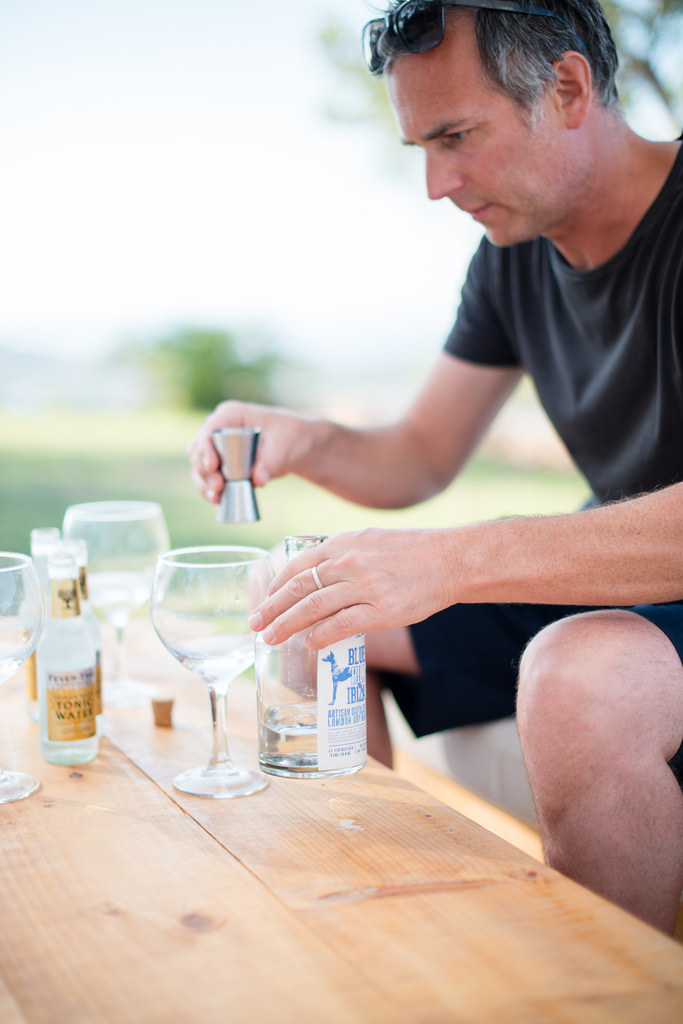
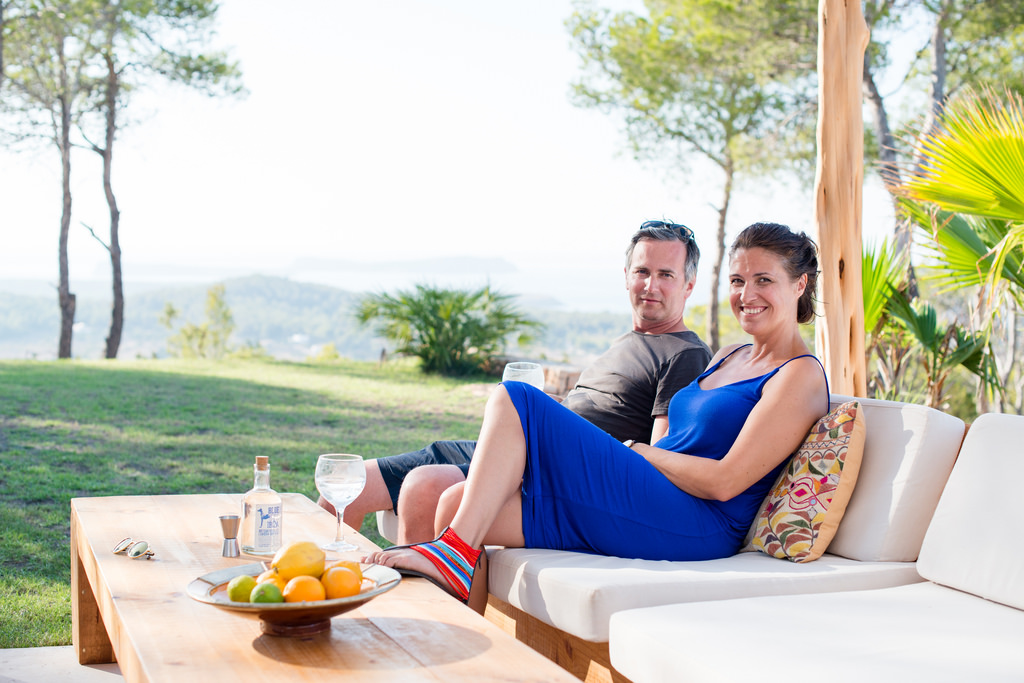
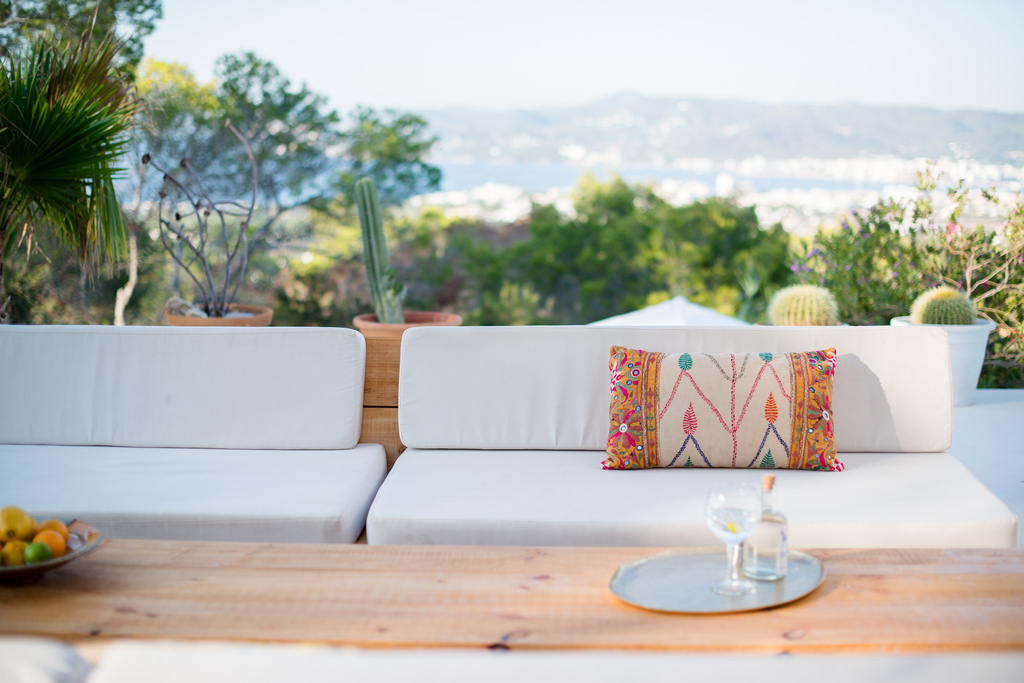
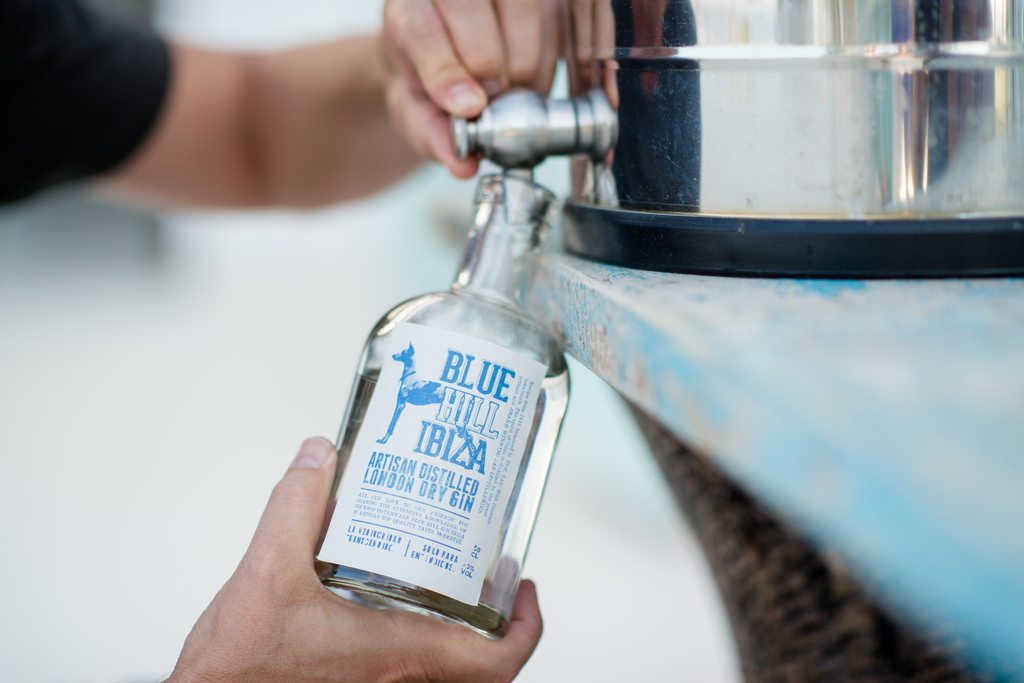
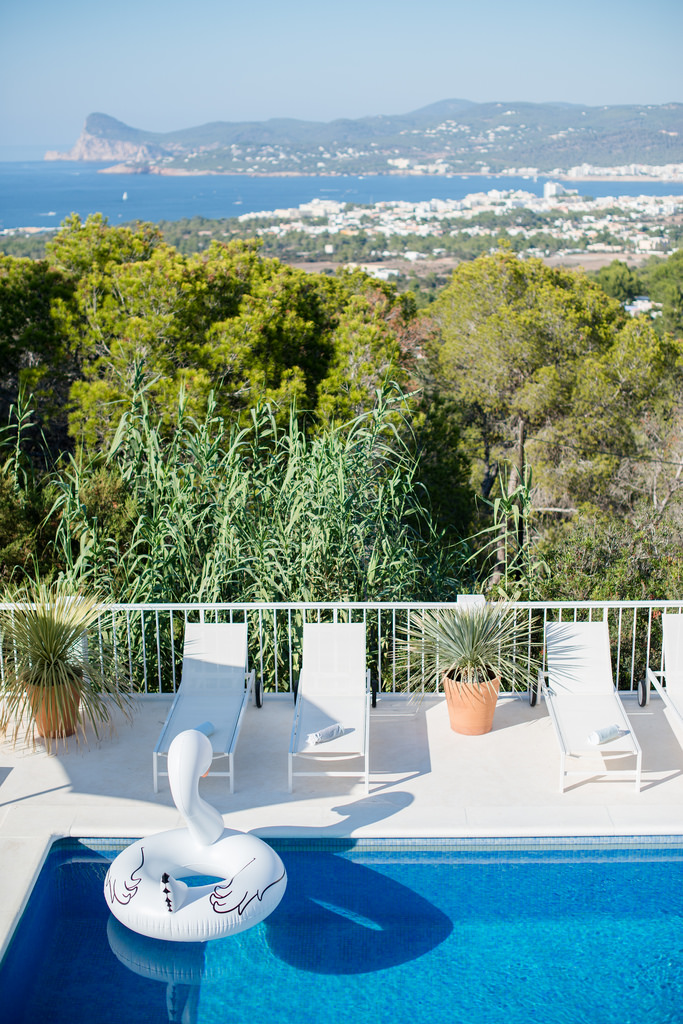
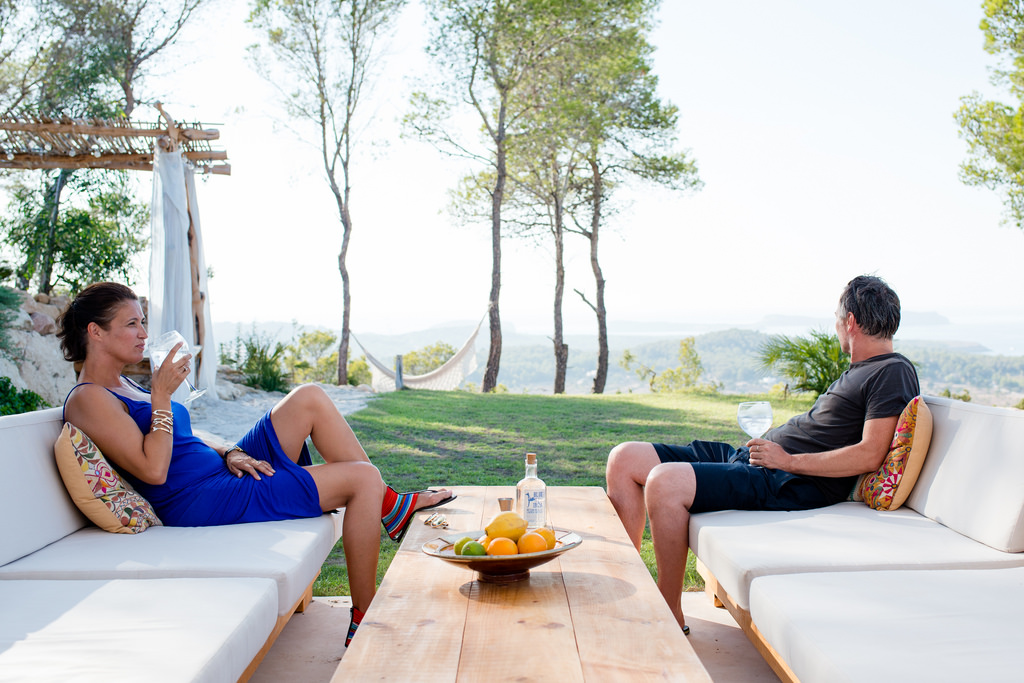
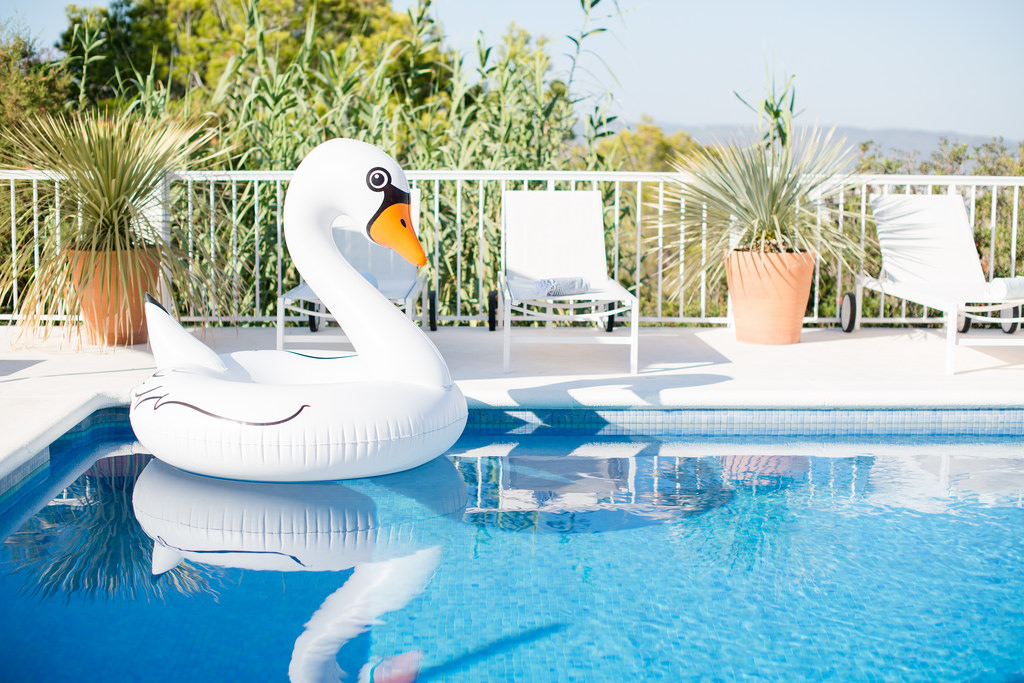
The gardens were one of the biggest challenges according to Hendrik, yet also yielded one of the biggest surprises. After meticulously digging through rocks and weeds to create chill out zones and plant a Mediterranean garden around the house, the next step was to start work on clearing the pine forest around the house, where it appeared the pine trees had started to kill out the valuable Sabina trees on the hill. Now, Nathalie and Hendrick have committed to preserving the Sabinas and have planted over 200 on their hillside, hoping to restore it to its former glory. The real surprise however, came as a by-product of landscaping. As they were walking around the land with their trusted gardening advisor and entrepreneur Fran Alonso of Ibiyepro, he pointed out the fruitful supply of juniper berries, cactus flowers, wild rosemary flowers and Mediterranean herbs on hand. “What could we do with it?” Hendrik asked of the landscaper. “Make gin of course!” Although neither Hendrik nor Nathalie were experts on gin to begin with, some extensive research saw them connect with a very respected Belgian professor who worked with them on distilling their homegrown botanicals and Blue Hill Ibiza dry London Gin was born. “It started out as a joke really,” Hendrik admits, as he pours a glass of the exceptionally clean tasting, fragrant spirit directly from the source, a hefty metal tank. “I wasn’t even really a fan of gin before, but now I love it. The professor who we work with has created his own gin, that was awarded second best place in a respected gin contest, and now he thinks Blue Hill Gin is even better. We are convinced this is the best quality in the world and it is so limited due to the batches of fruit on our land. In the beginning, it was just for our family and friends to try, plus a promotional tool for guests who were renting the villa but now, maybe we’ll do something with it. I think it’s very important to keep it artisan.”
As the couple settle in on their long, bespoke wooden banquets to take in the breathtaking view over Cala Conta, they both admit the house now has a quality that makes them want to stay home more often than go out. “It’s funny,” muses Nathalie. “We want to see more of Ibiza – and we do go out and explore, and go to eat, or to have a drink somewhere – but we look at each other and we know we reach the point where we just want to go home and enjoy the house, relax and look out at the lights.” Hendrik agrees. “There’s something about Ibiza,” he says. “It’s beautiful, but of course there are other places in the world that are beautiful. There’s sunshine, but other places have sunshine. So what is it?” In the end, they accept it is perhaps indescribable and prefer to reflect on the ever-changing perspective from Casa Romero over the course of the day and night. “What place is better than this?” says Nathalie, gesturing across the valley, over the sea and towards the lights of San Antonio. She’s got a point – if you’ve got it, enjoy it! Photography by Sofia Gomez Fonzo
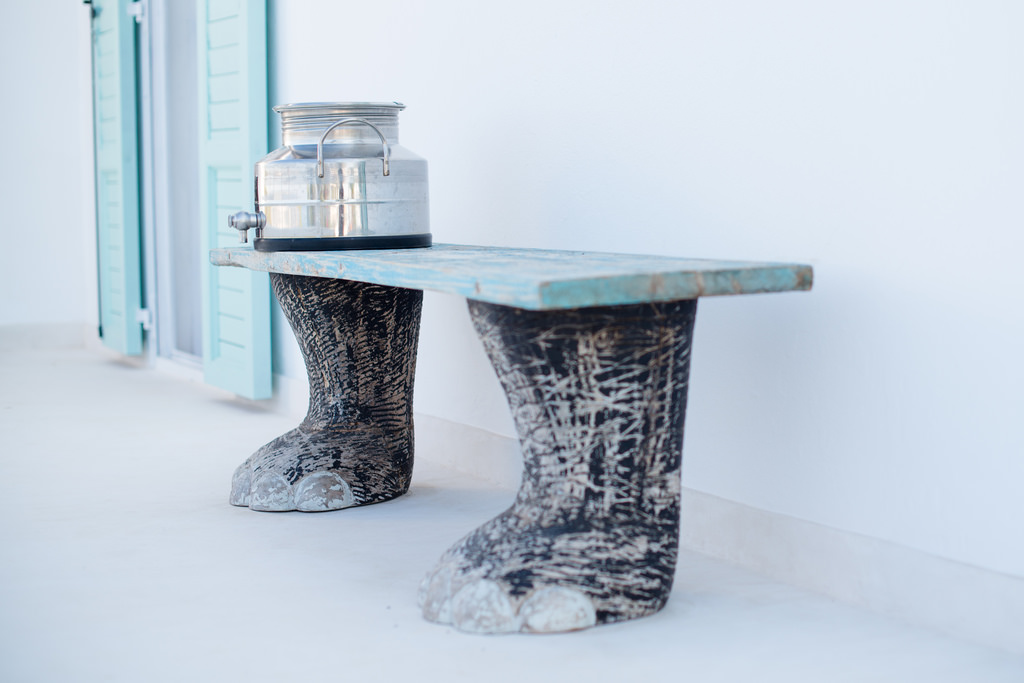
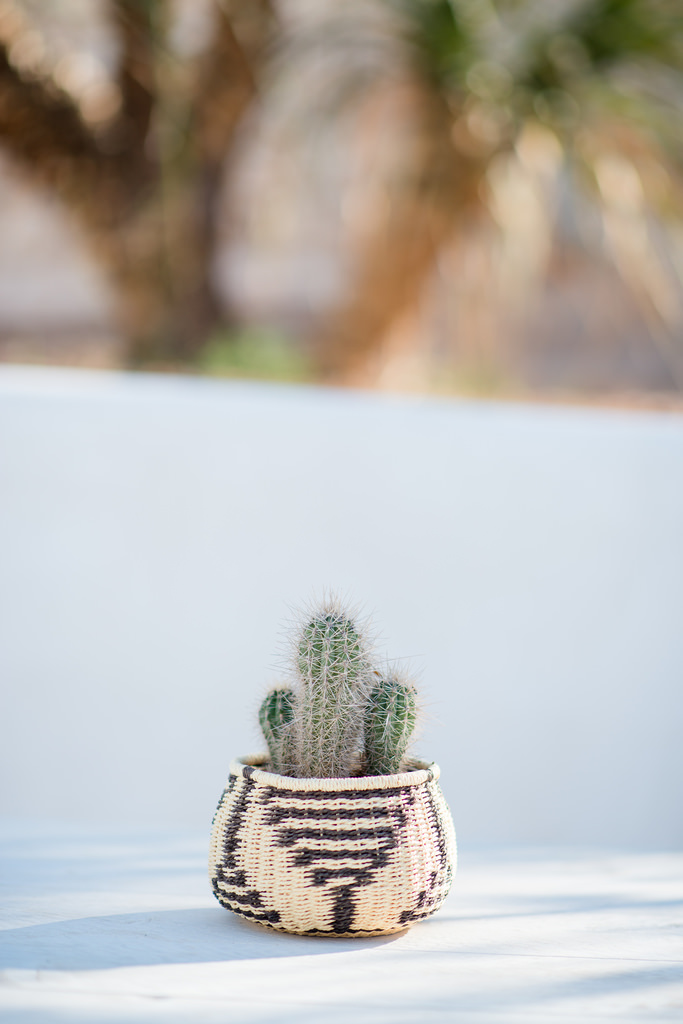
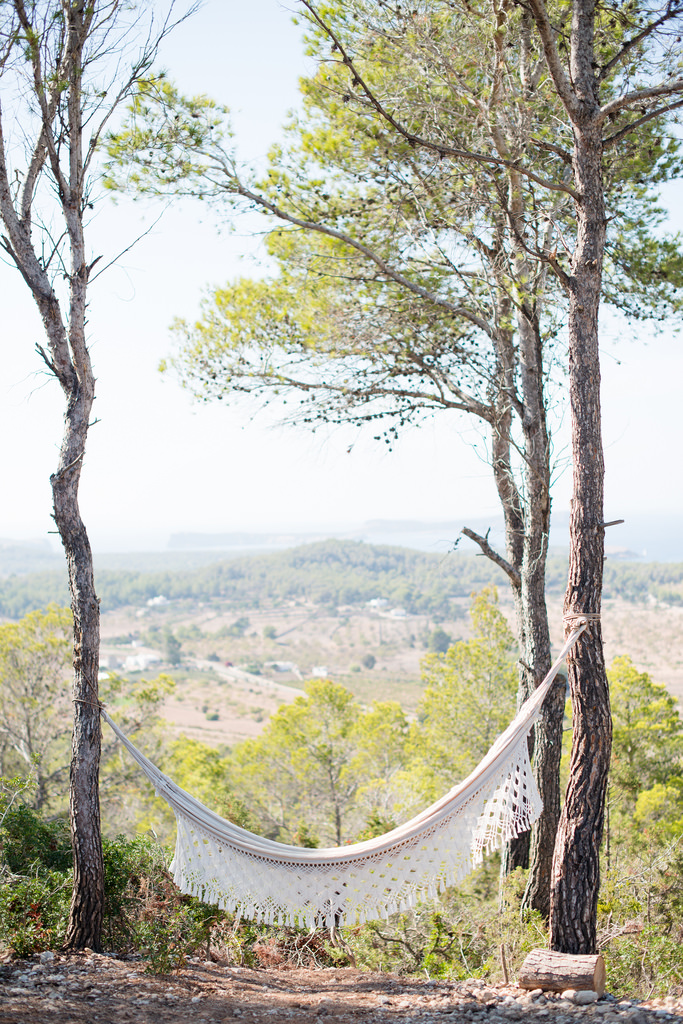
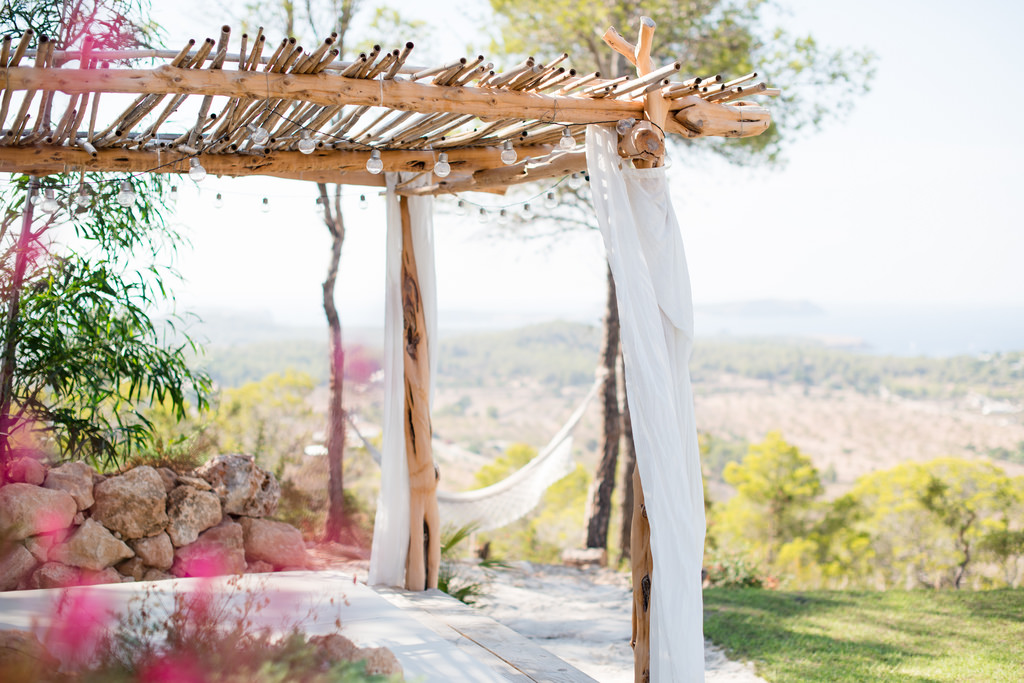
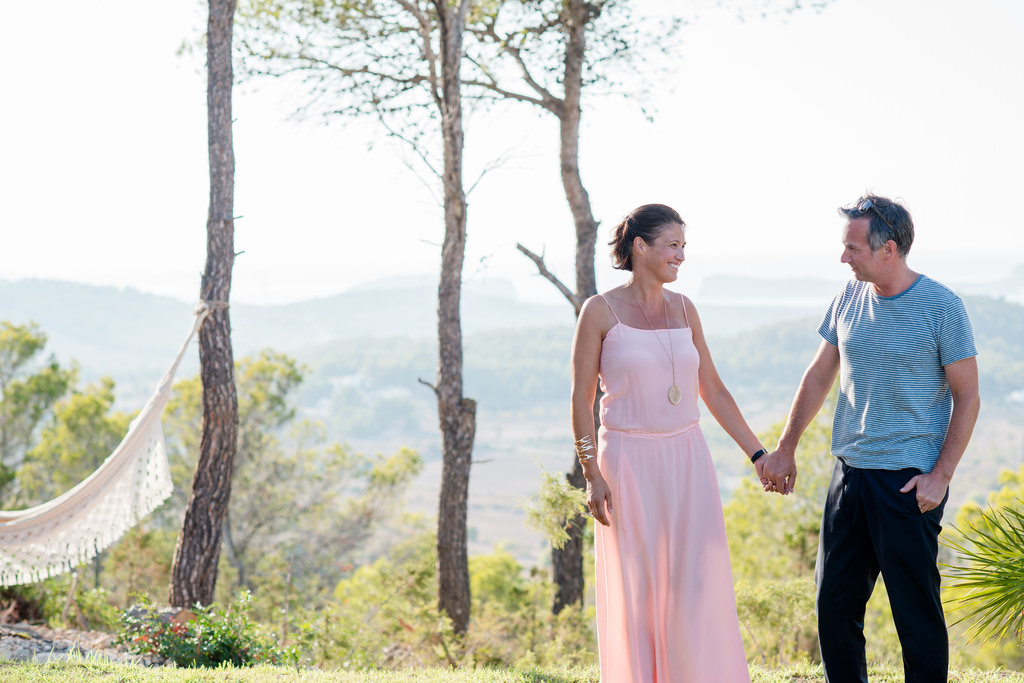
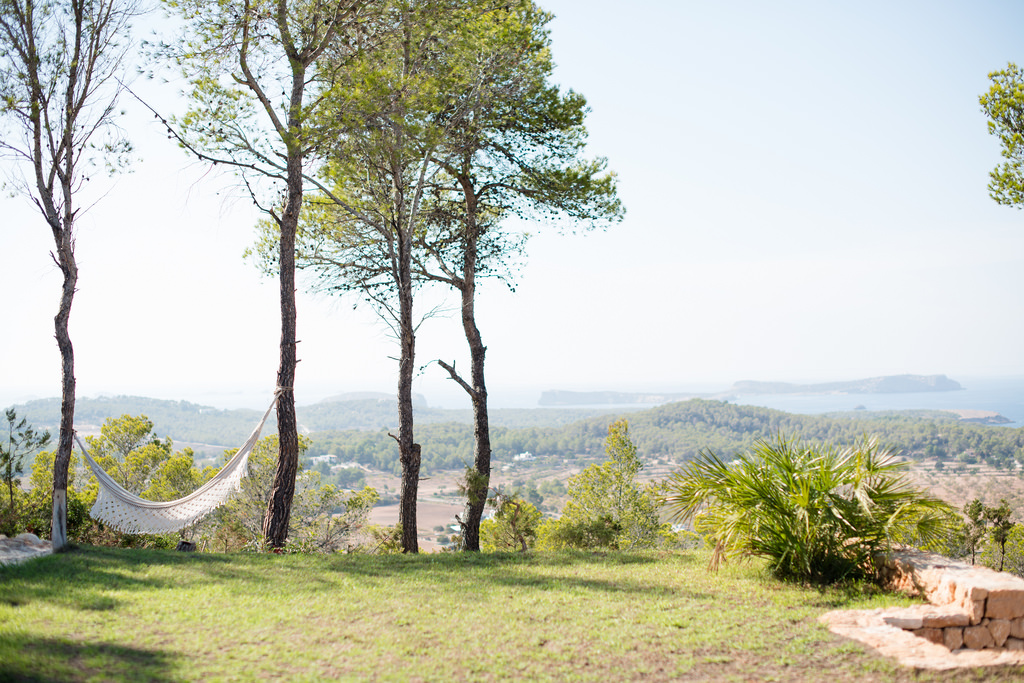
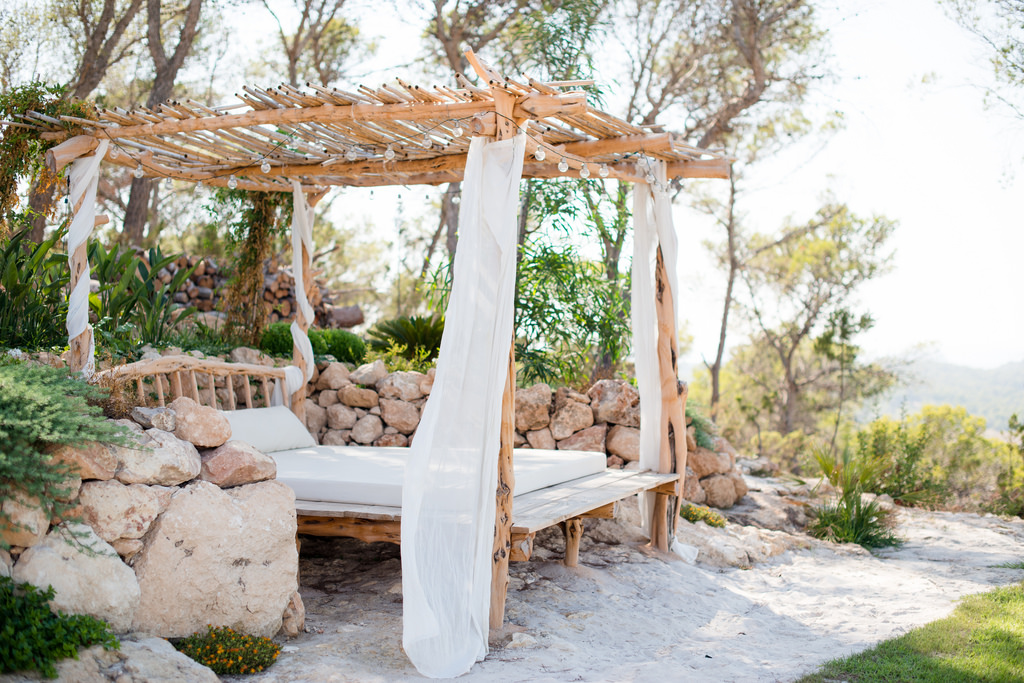
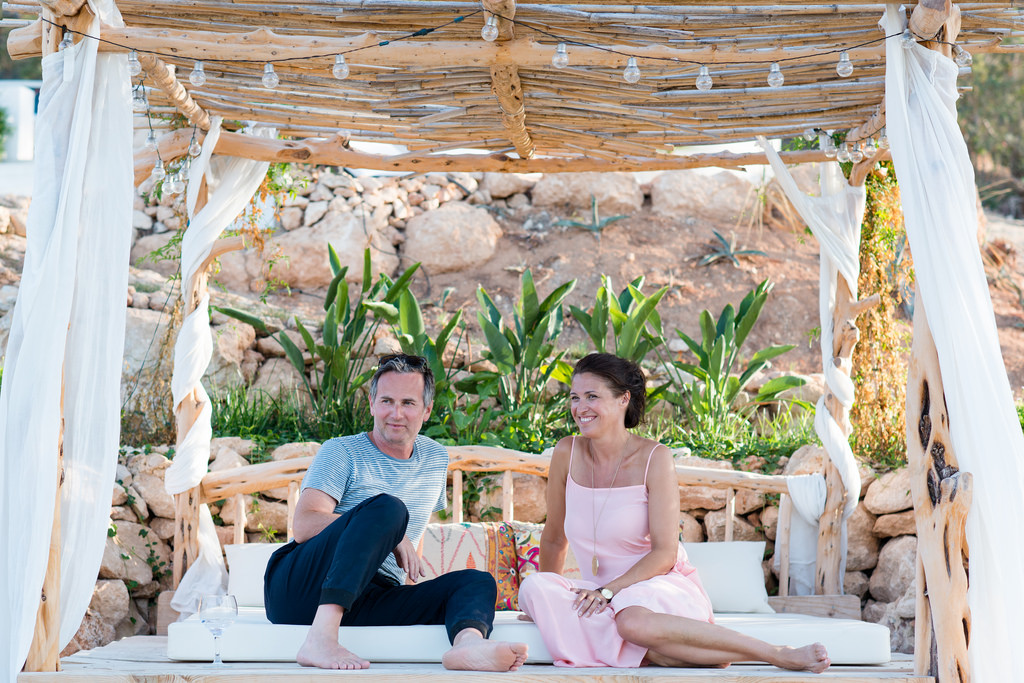
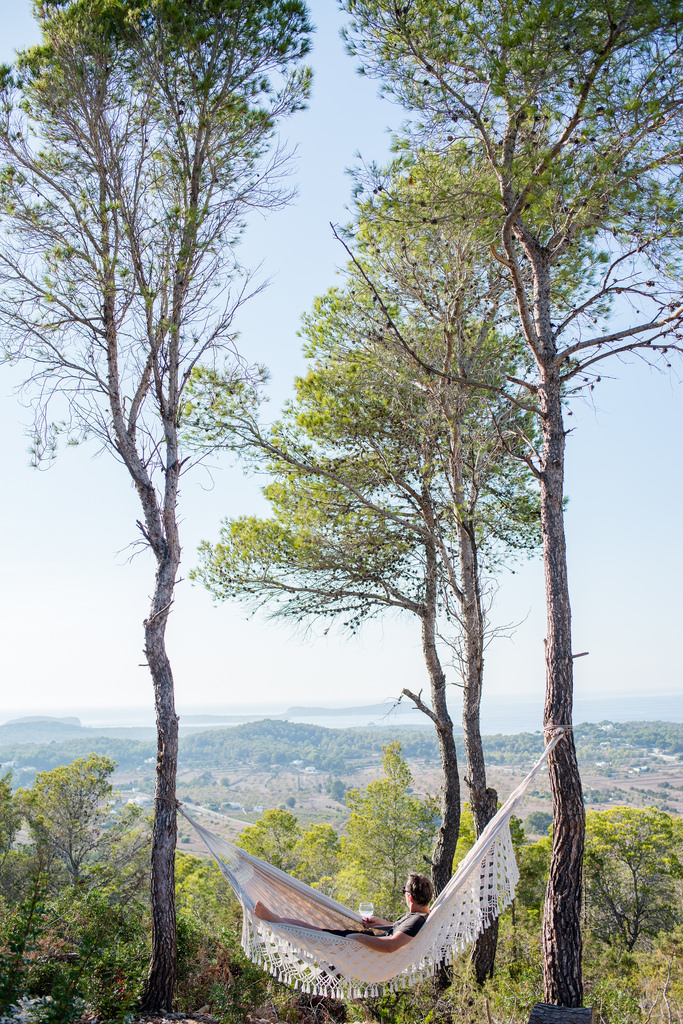
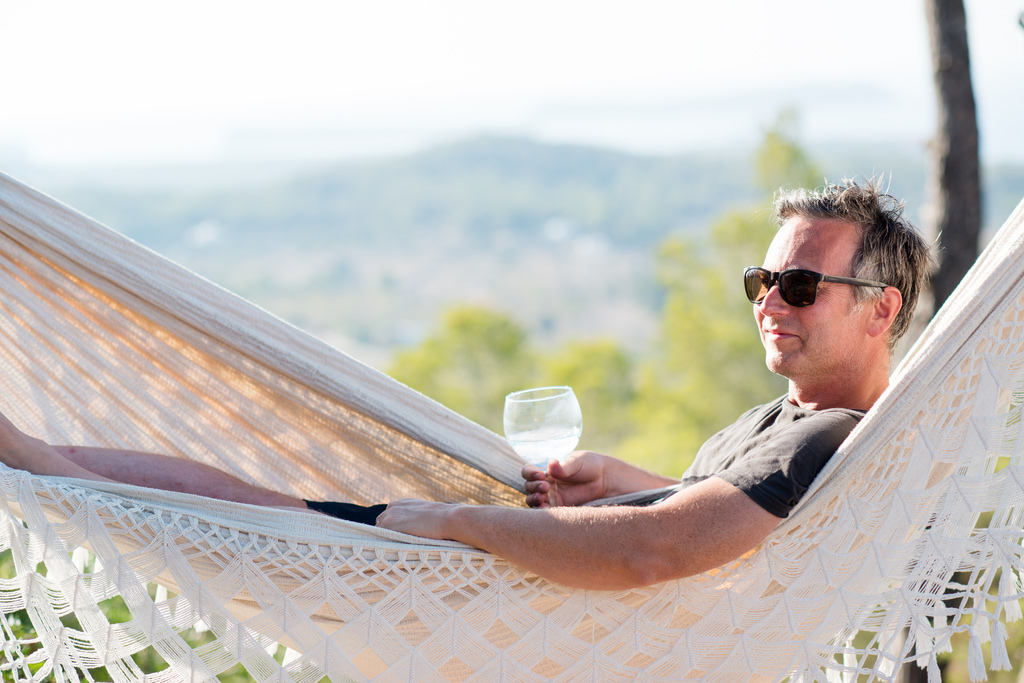
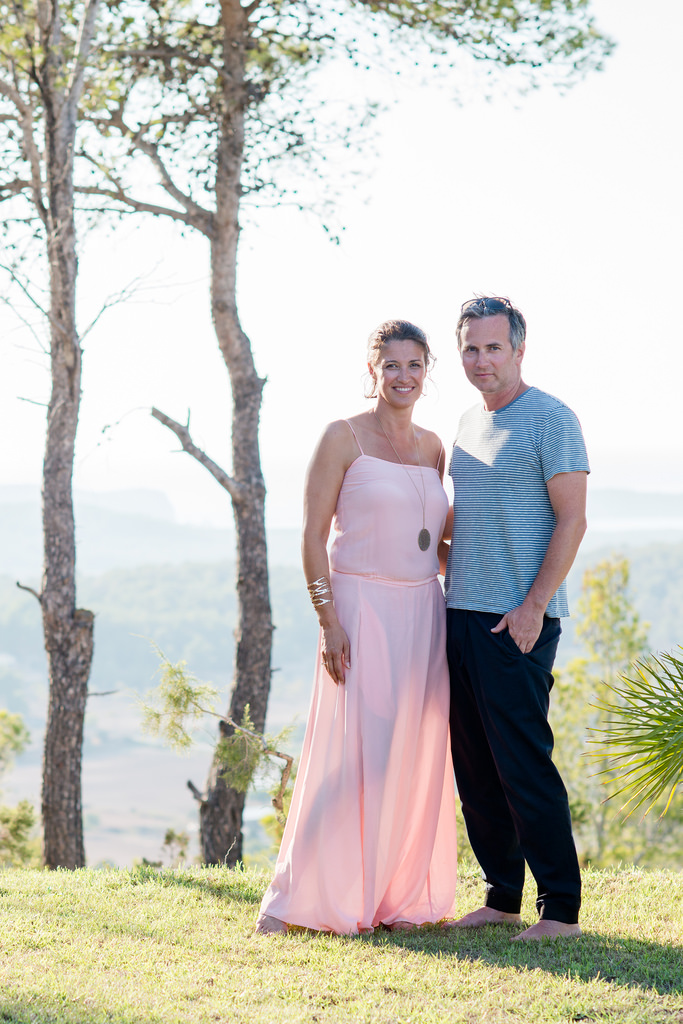
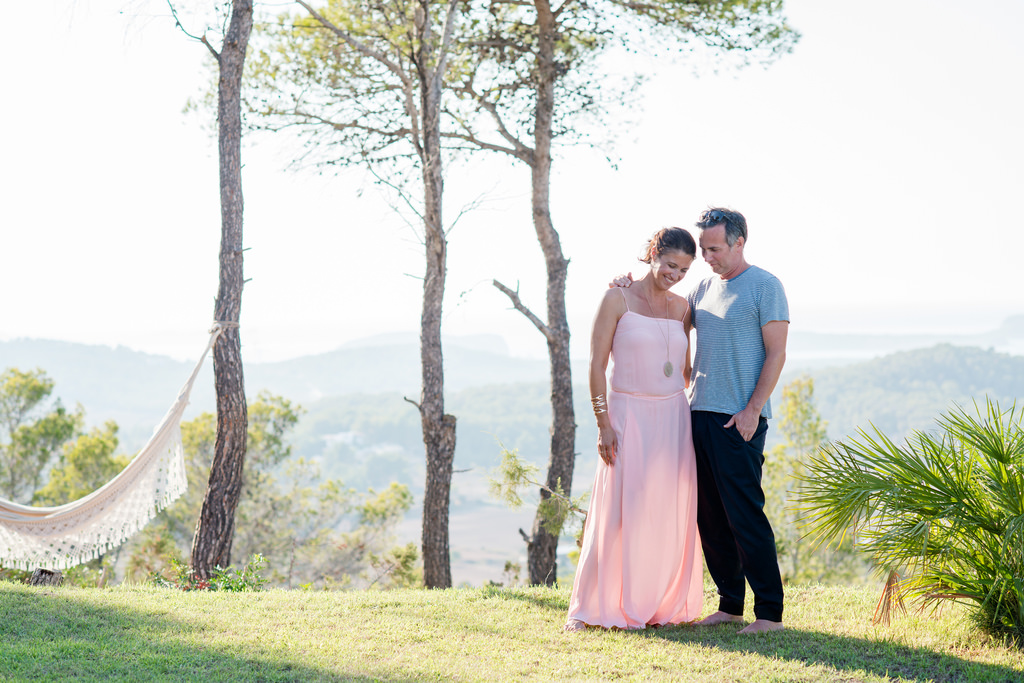
Both attended the international Morna Valley school, but didn’t truly connect until school was a distant memory. Both creative souls – Tavis a music producer and DJ and Nora a fine artist plus interior and event stylist – they spent years traversing the globe, living in places such as Barcelona, India and Brazil before the arrival of their daughter Yvy saw them return to their island home.
“Our dream is to open an art hotel,” says Nora, of the evolution of their six-bedroom villa, Las Cicadas. “We were in Brazil, making plans to go home, thinking Santa Gertrudis was the perfect place to be, in the heart of the island but ten minutes to town and beaches.” Within days of arriving home and announcing their plans to friends, as fate would have it, a 500-year old property in the area became available. “It was destiny,” Nora says knowingly.
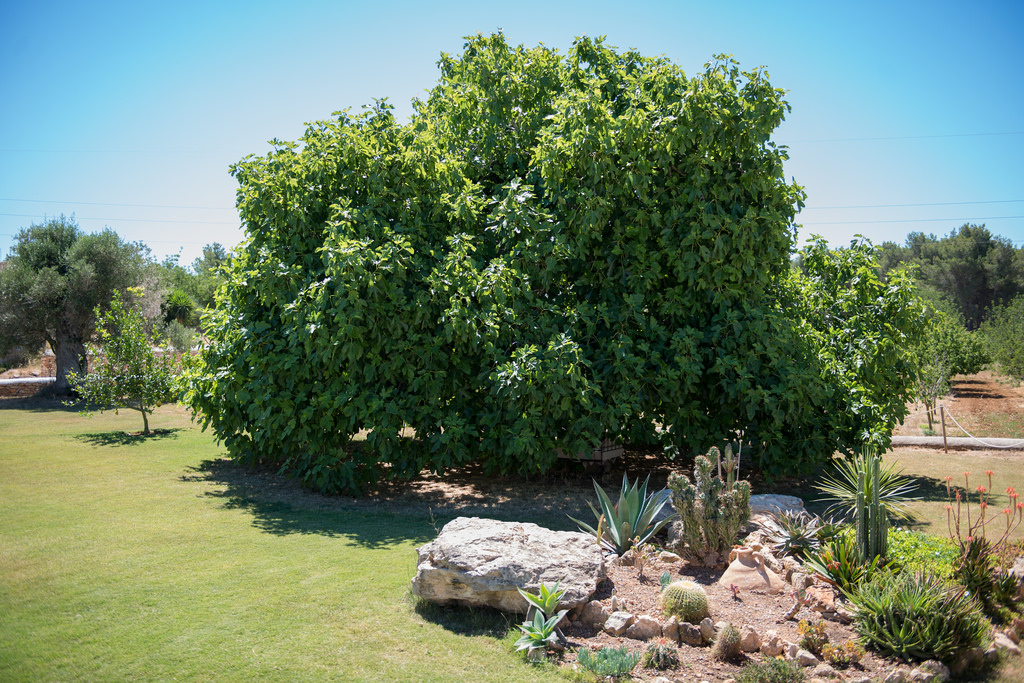
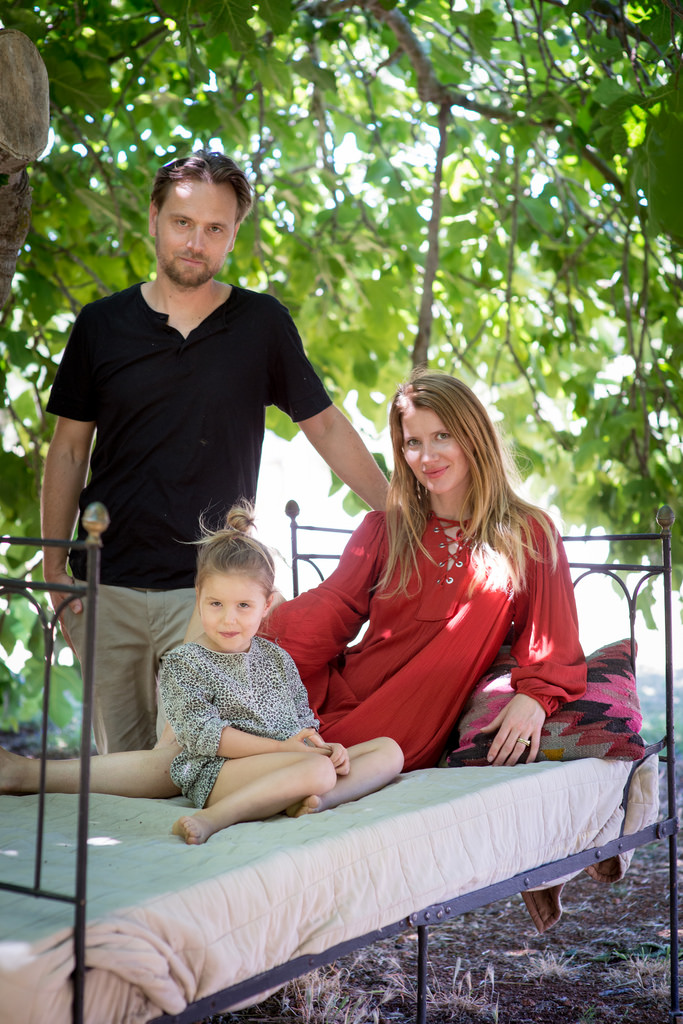
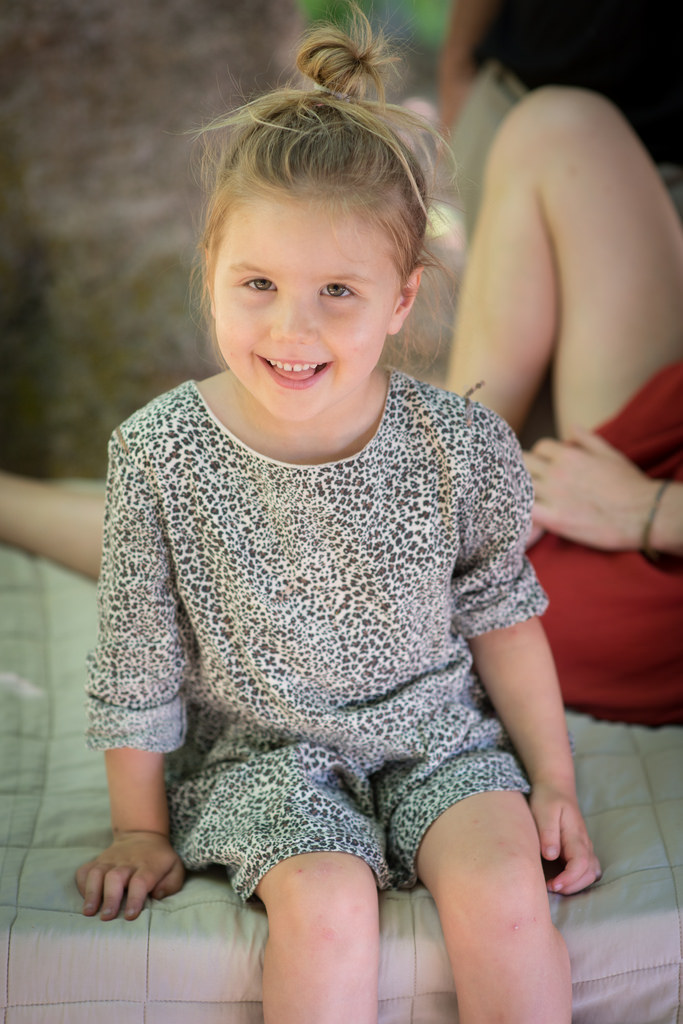
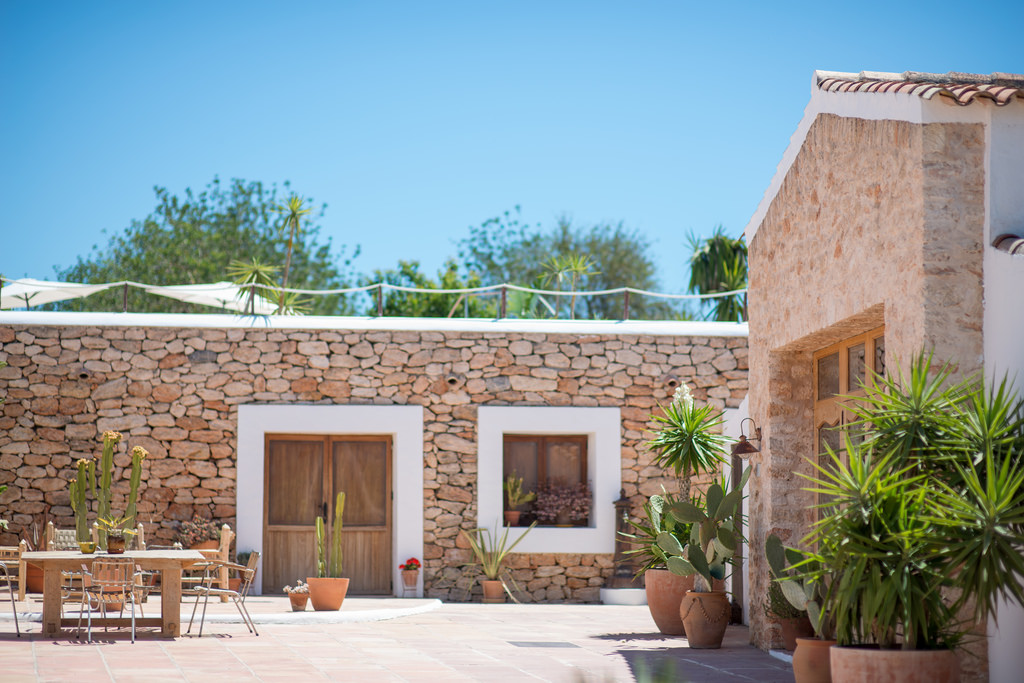
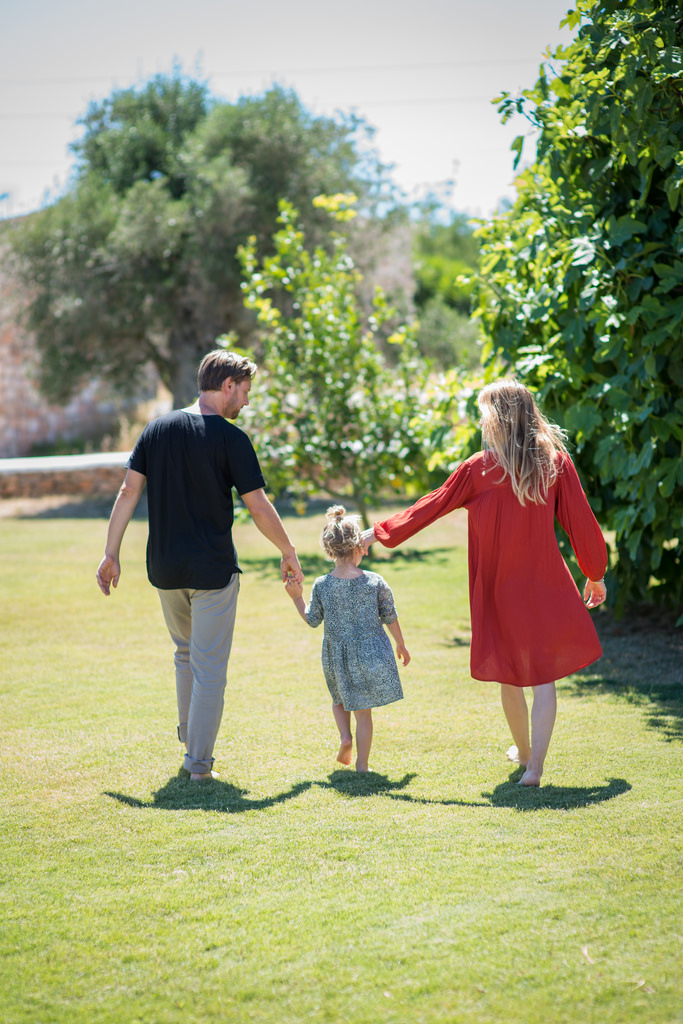
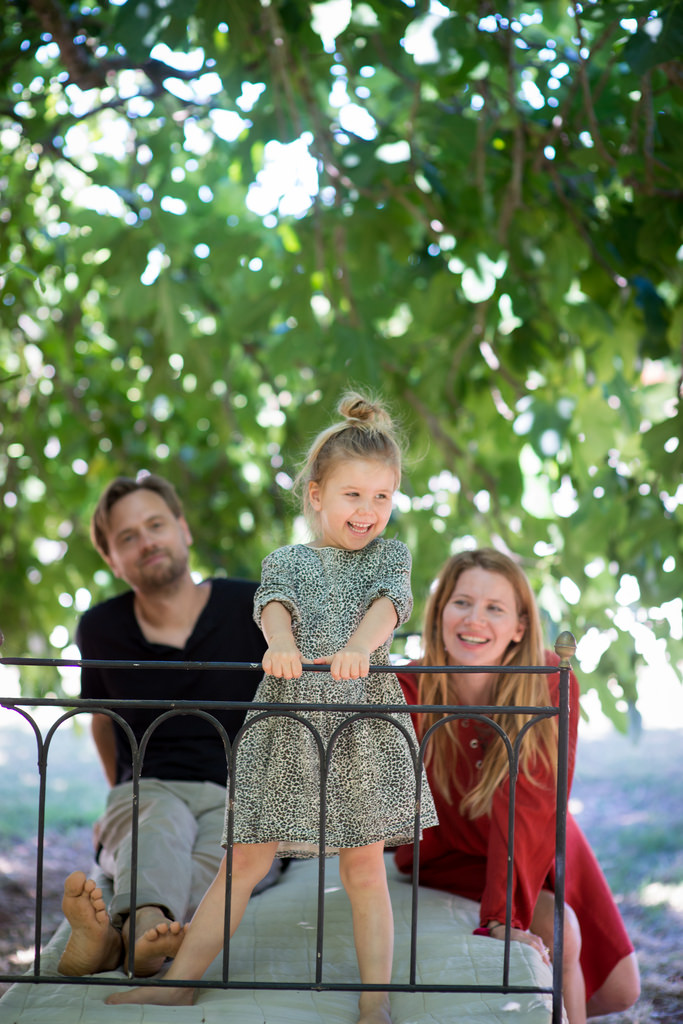
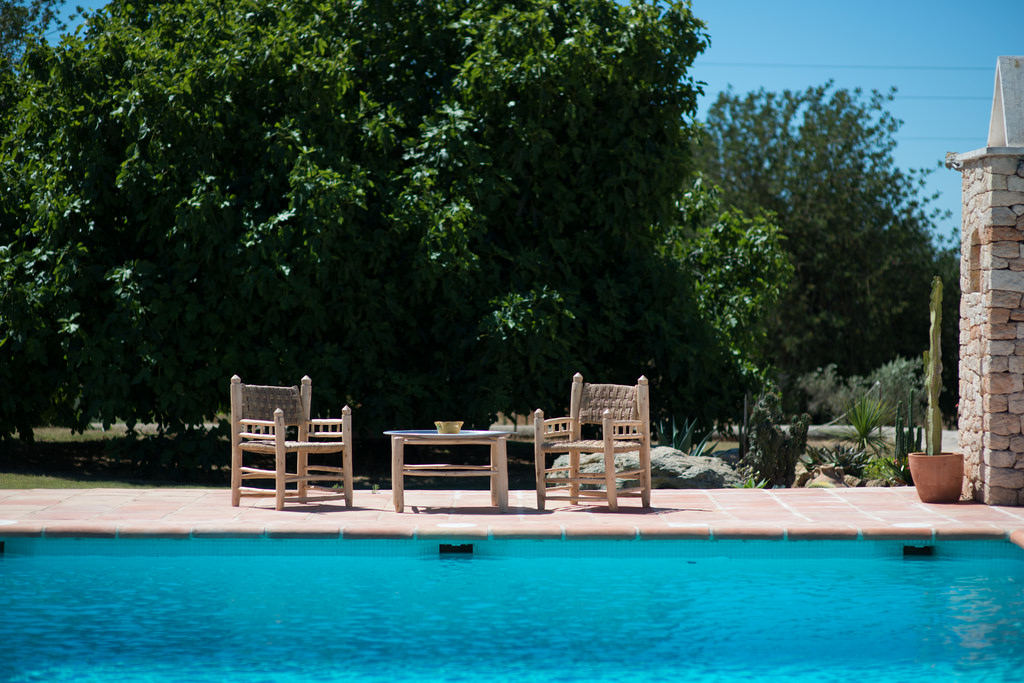
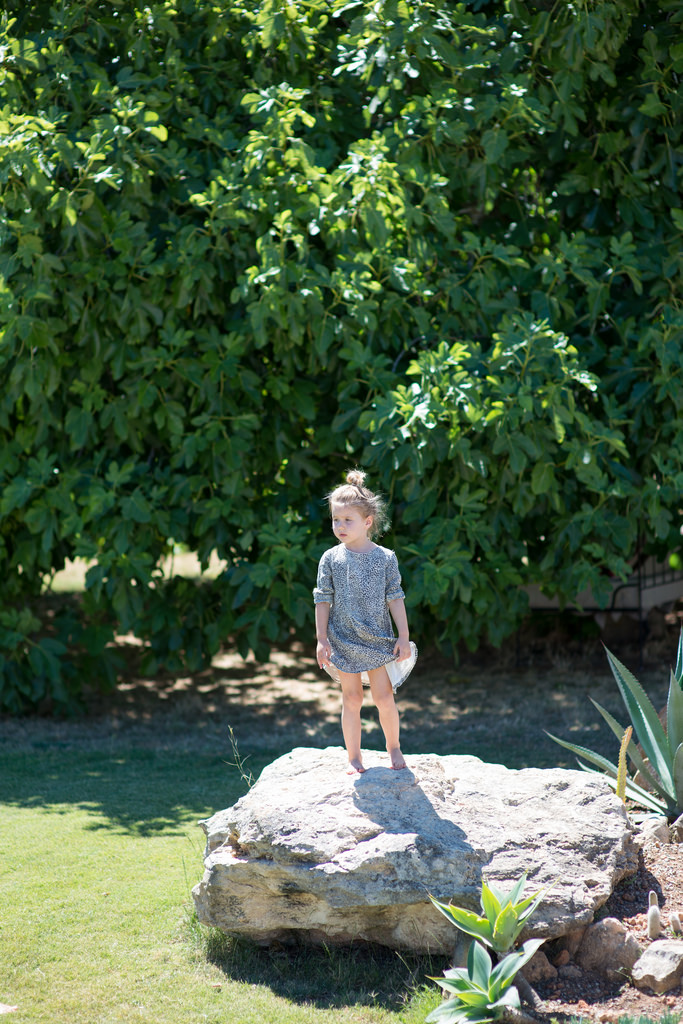
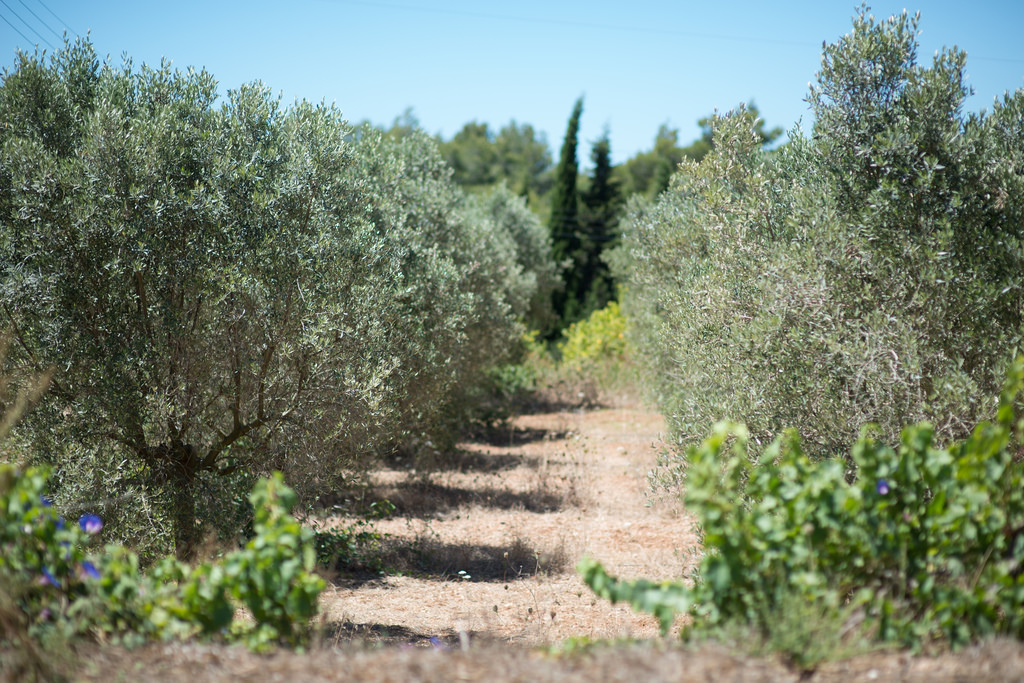
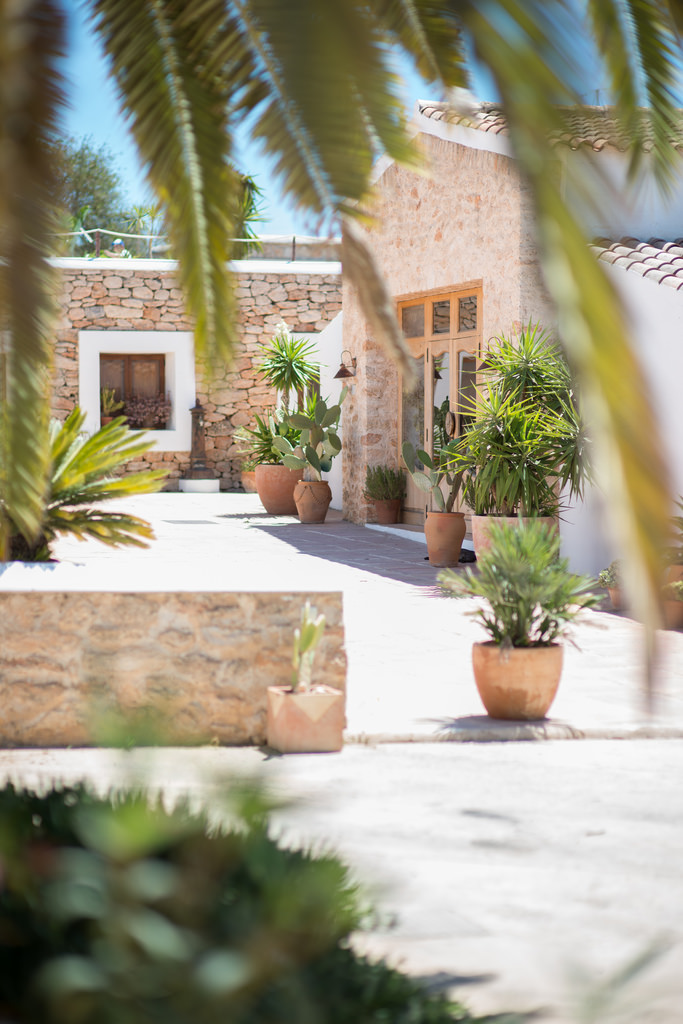
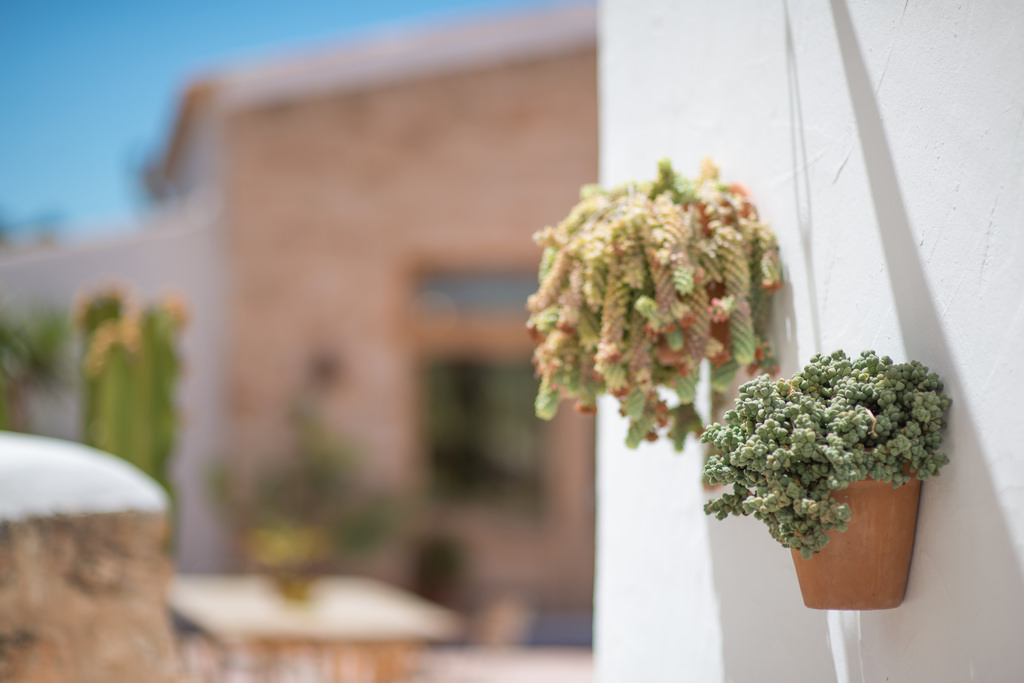
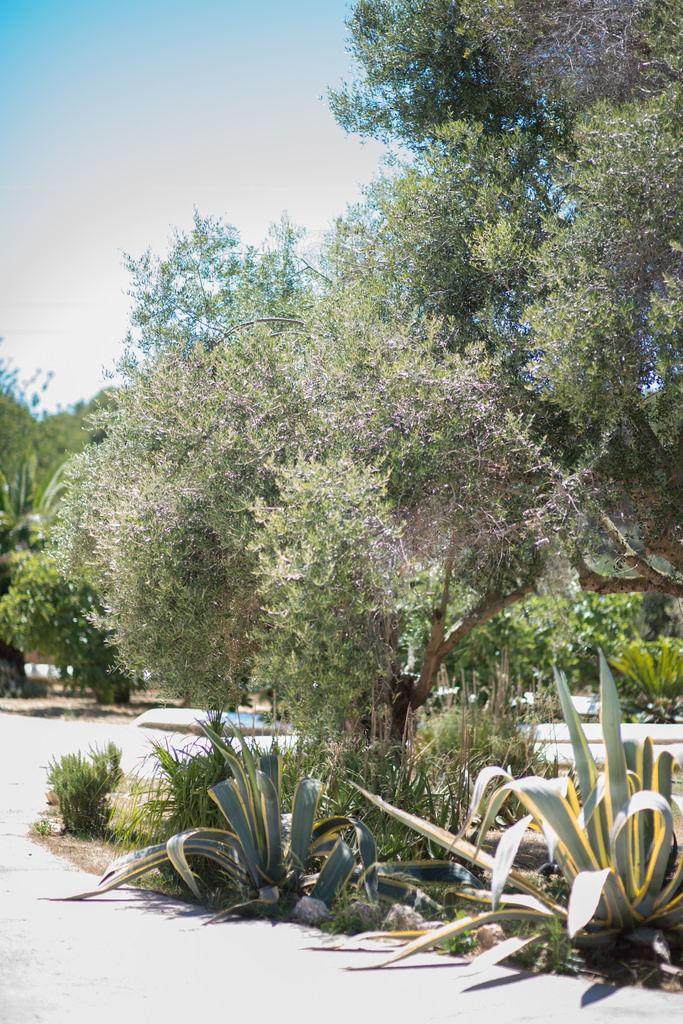
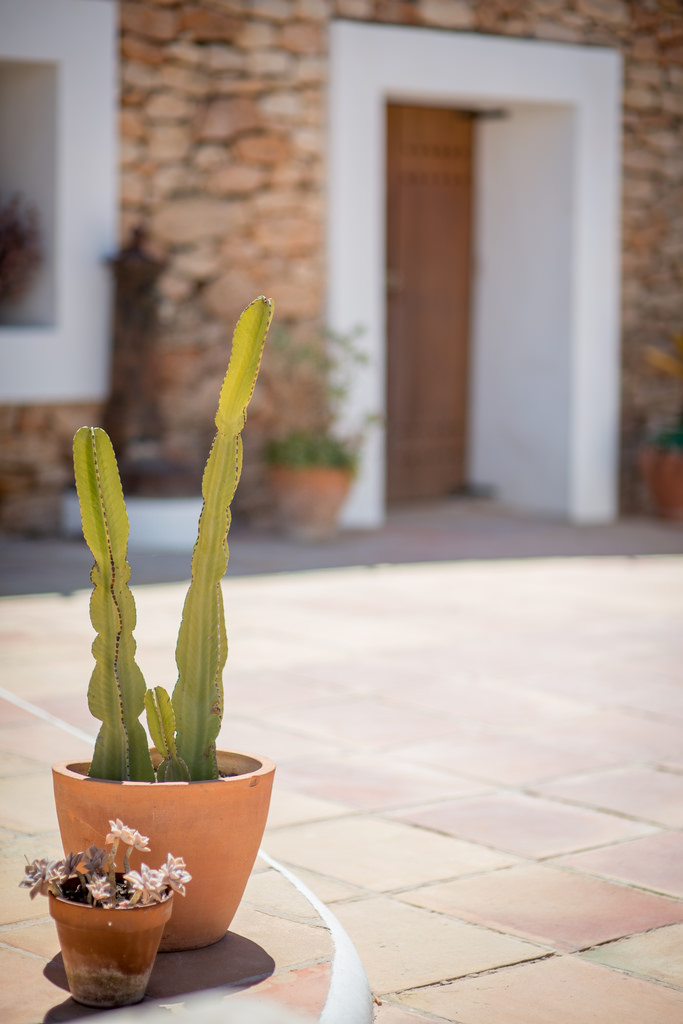
After taking over the six-bedroom property at the end of 2013, the couple spent months transforming it into a rustic-chic bolthole complete with an artist’s studio, swimming pool and incredible entertaining areas. While they work on the bureaucracy and processes to turn the old property into an agroturismo, Las Cicadas is their family home. The house has been restored with much respect to the original Ibicenco style of the villa. An amazing swimming pool plus a chill out area under an ancient fig tree add to the appeal.
“Over the past three years it was a work in progress,” says Nora, who has always loved visiting flea markets, vintage stores and junk shops in search of pieces to restore and rehome. “We’ve been fixing things, adding things and improving things every day. We put so much effort, creativity and time into making it our home.” Spread out across a main house, a barn and additional bedrooms with private entrances, Las Cicadas is reminiscent of the countryside fincas they spent their childhood in, but with modern design elements “I love to play with the contrast of old and new,” says Nora. “There are so many things we had before, old furniture, carpets, combined with new pieces we have found.”
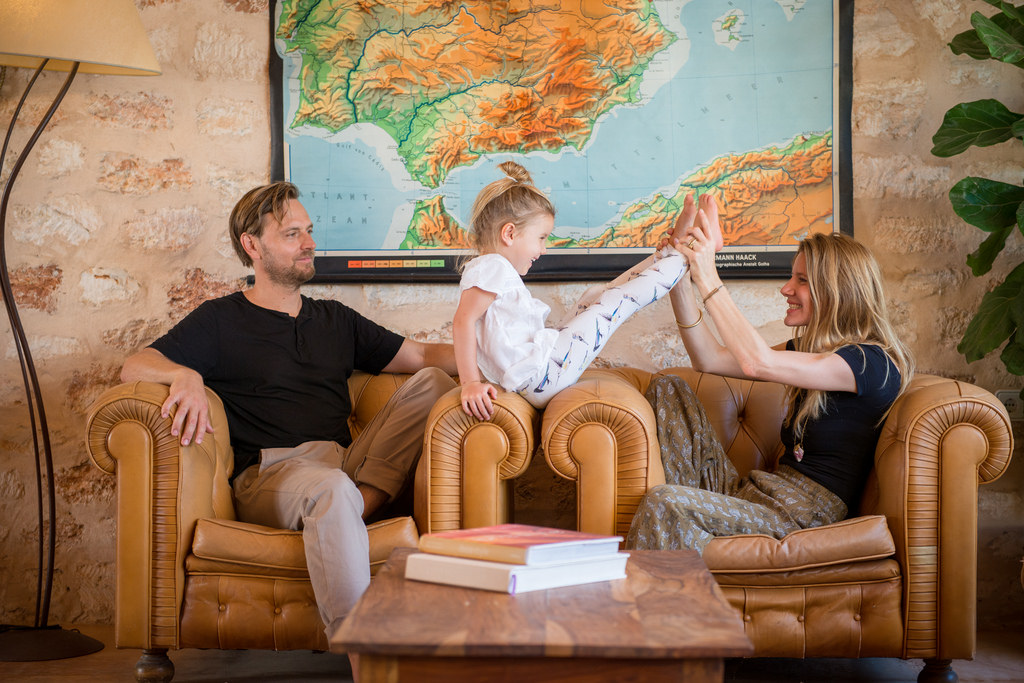
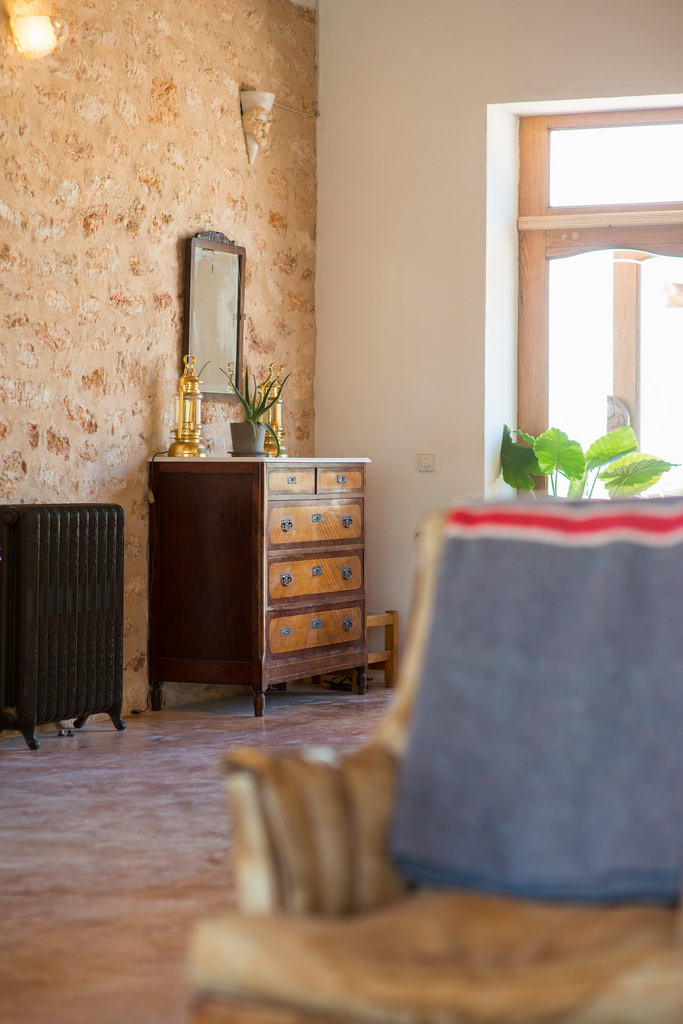
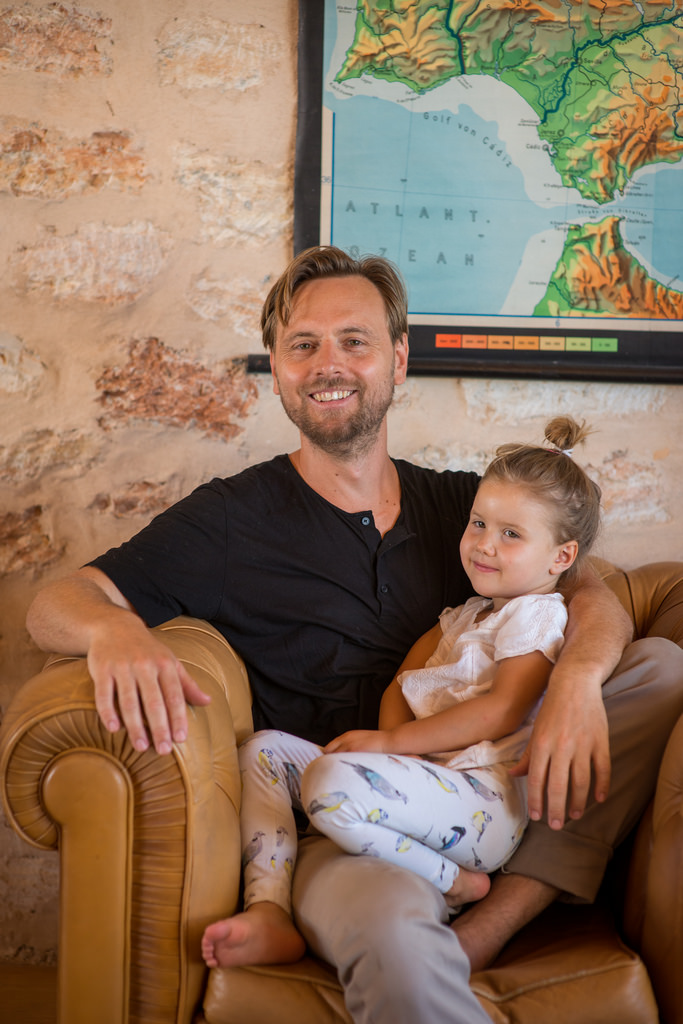
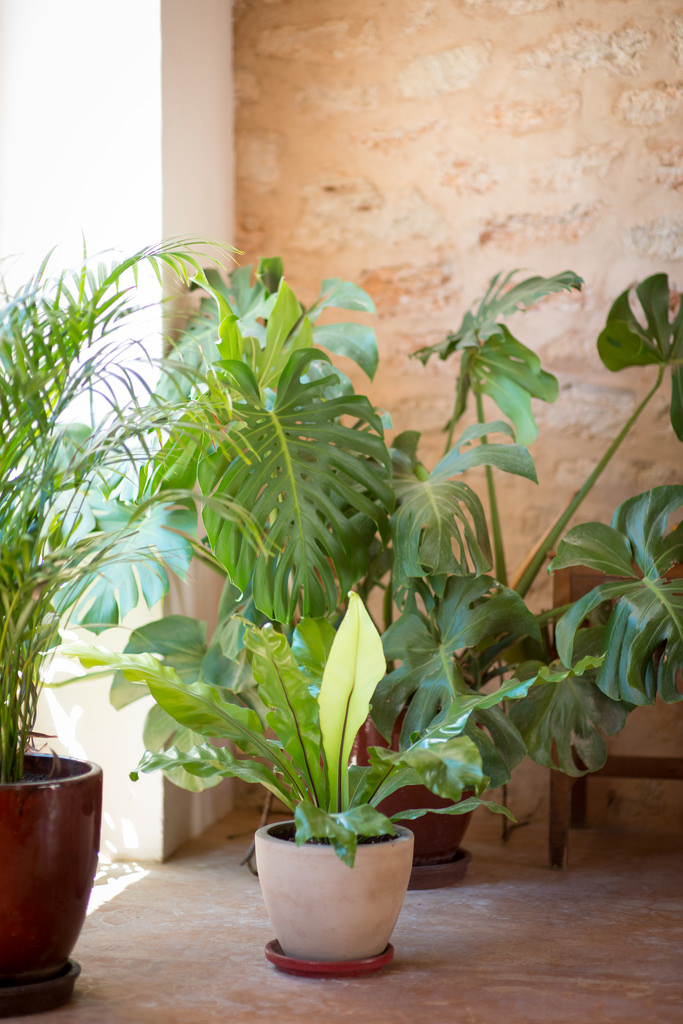
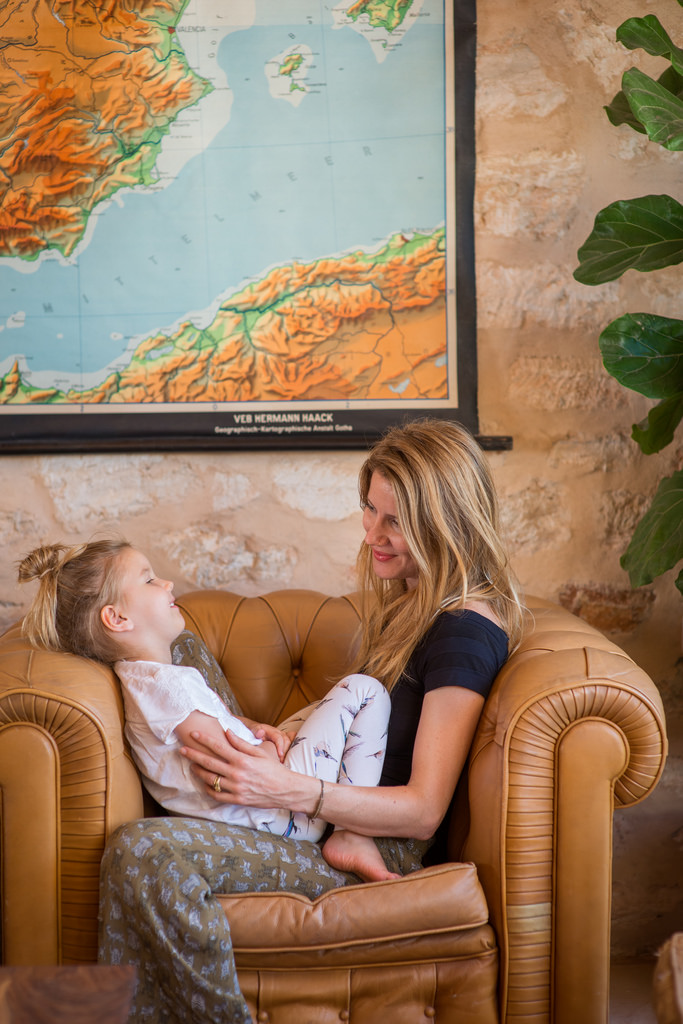
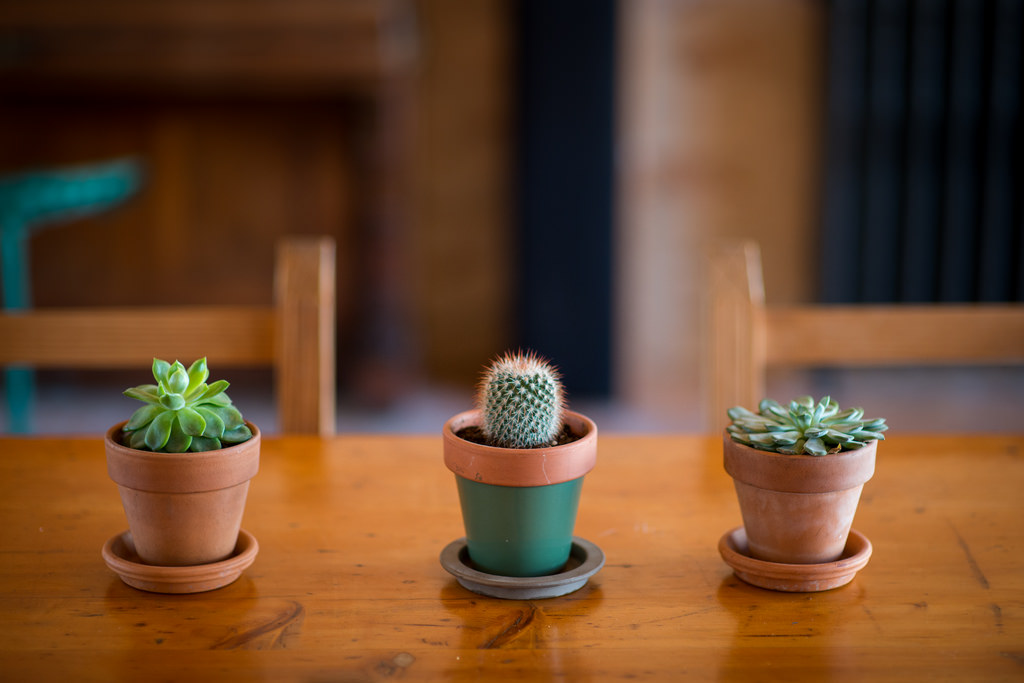
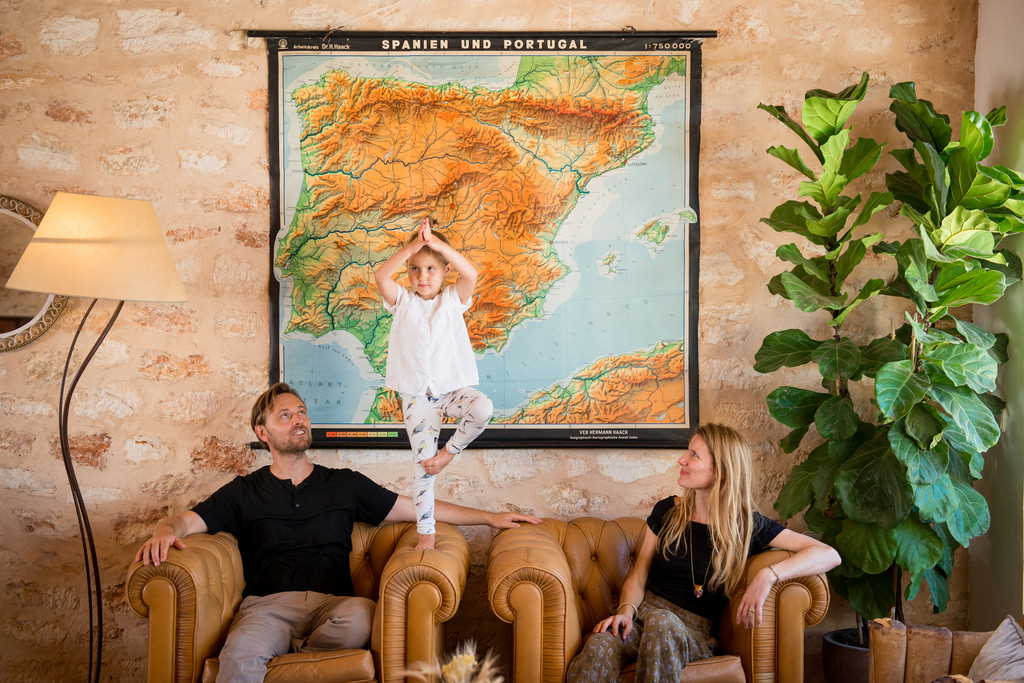
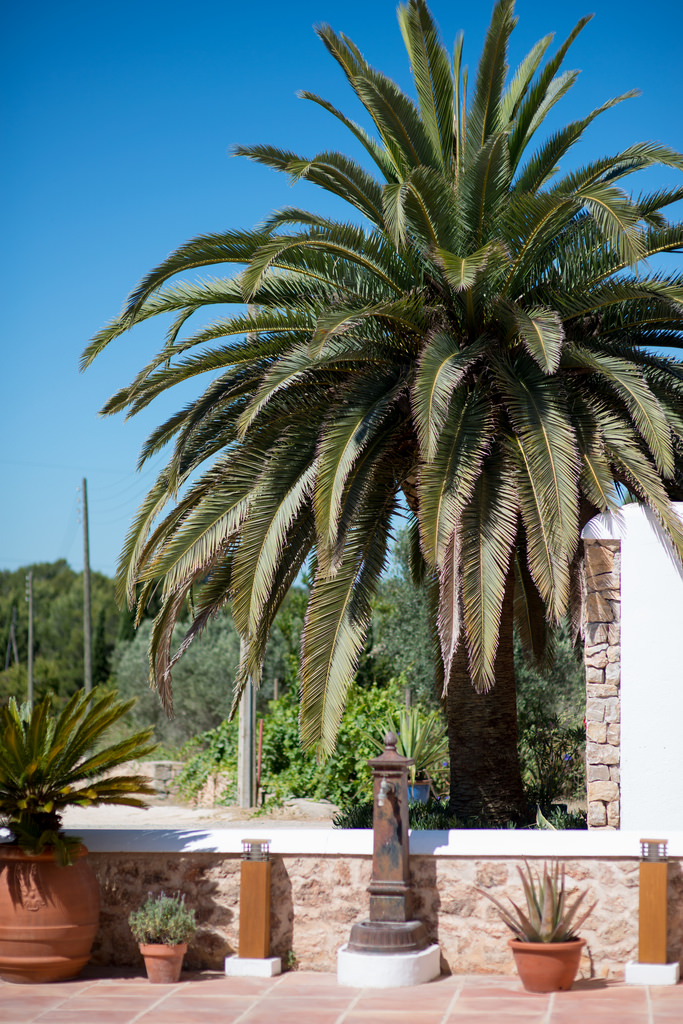
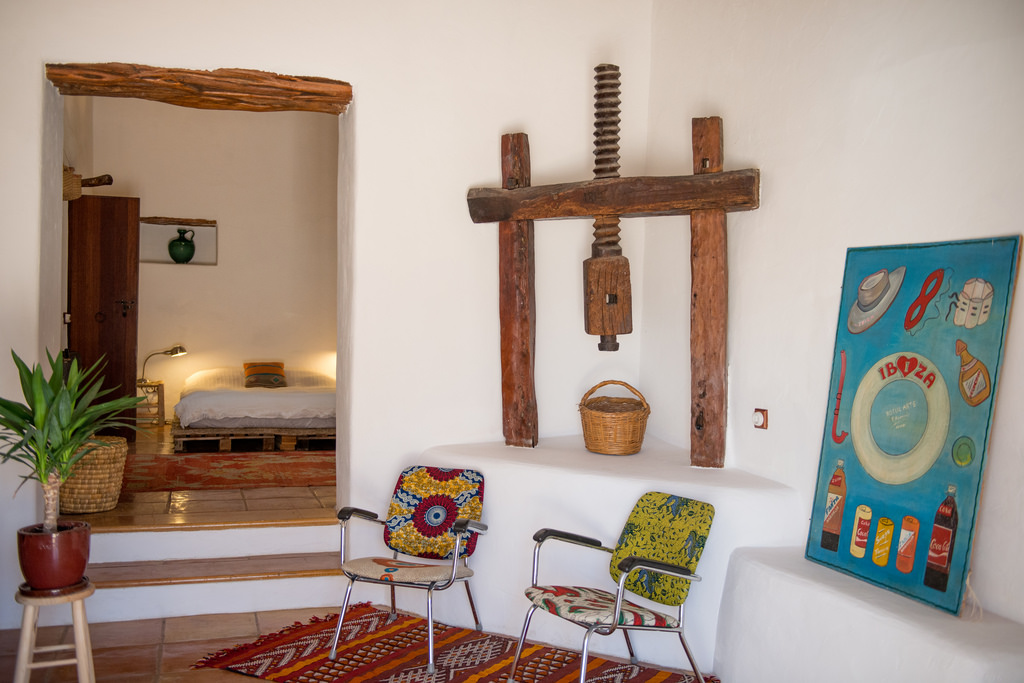
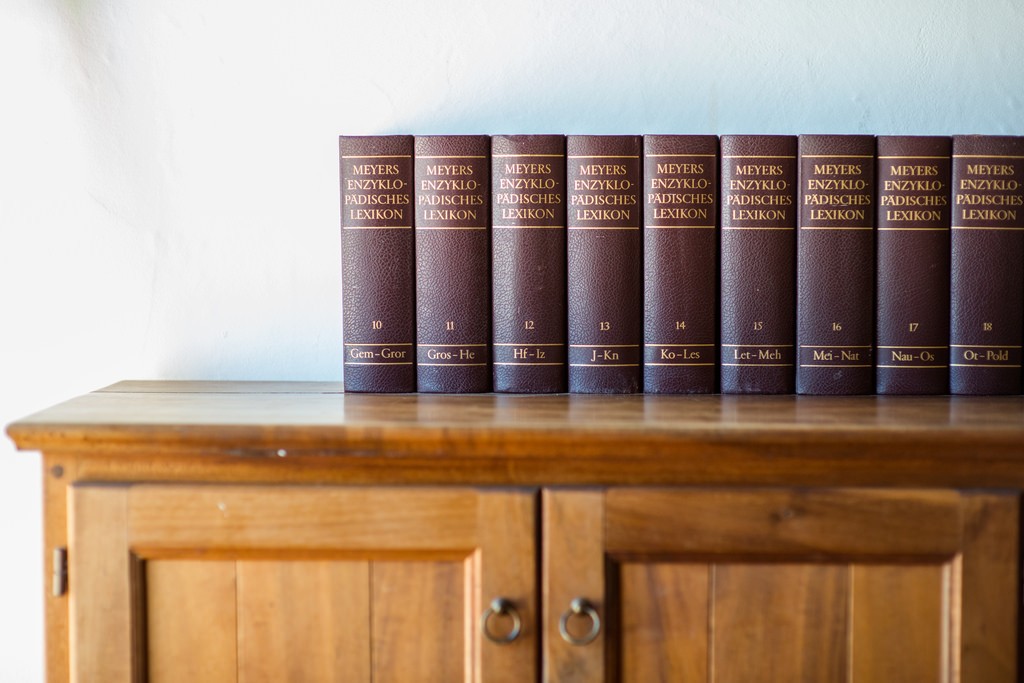
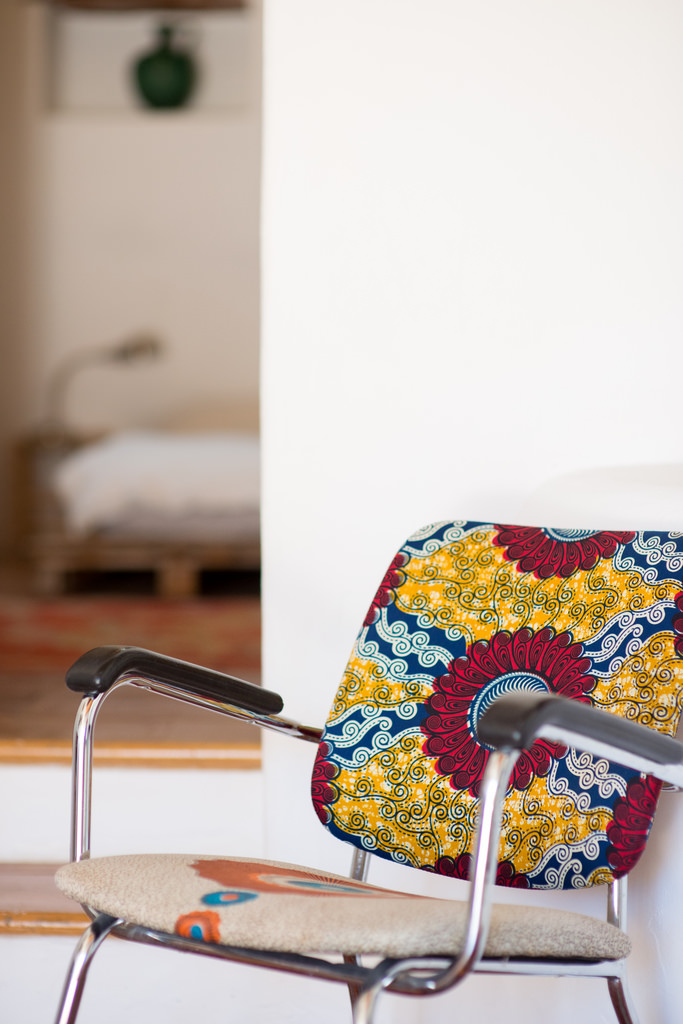
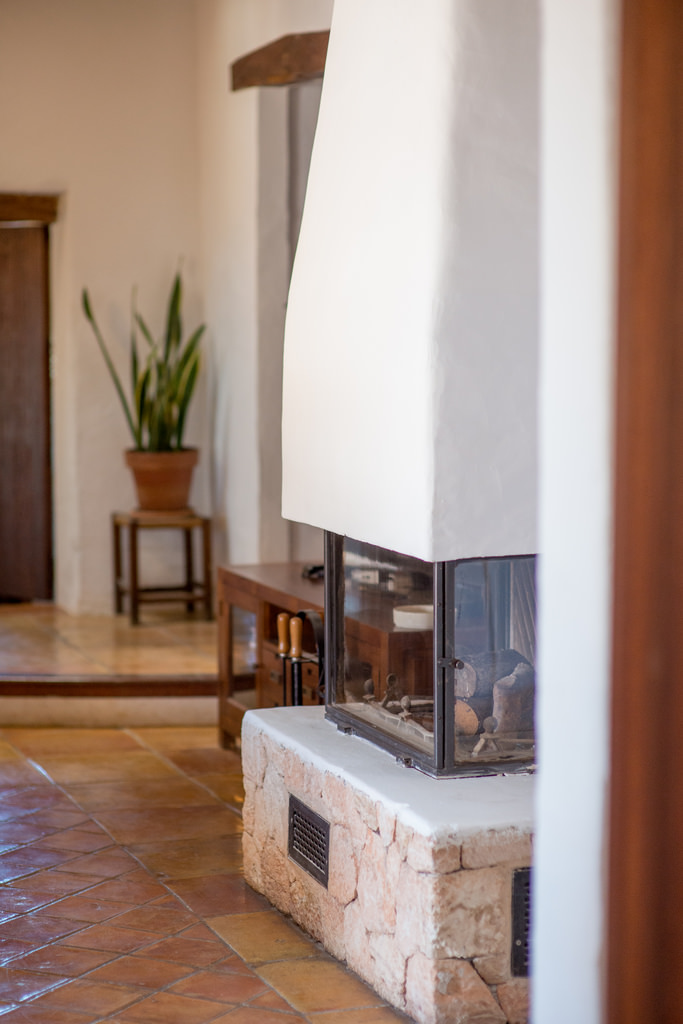
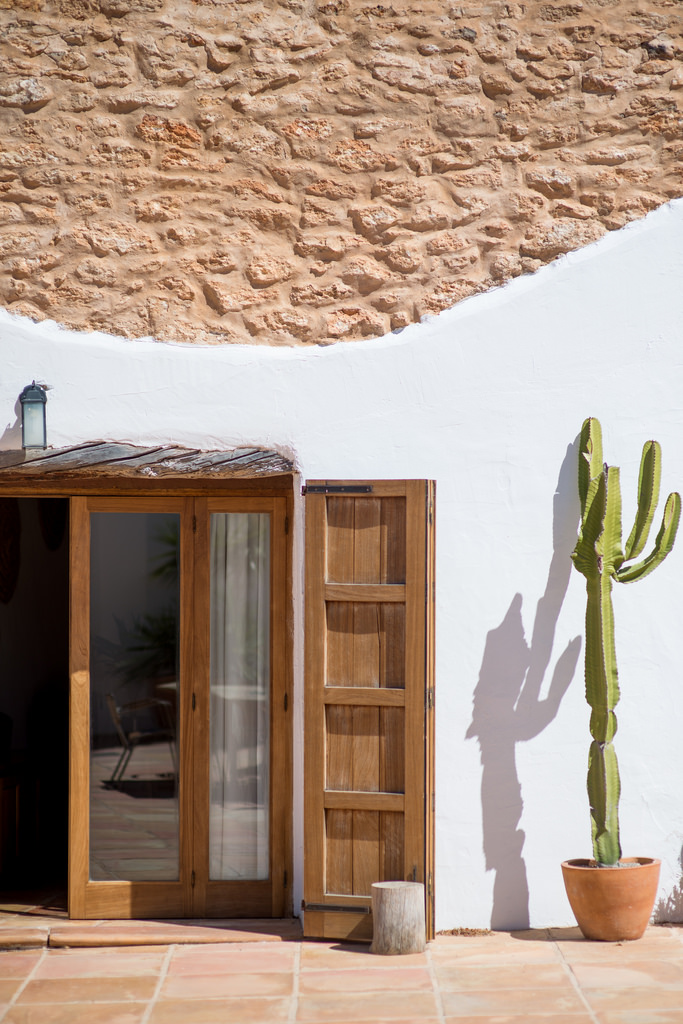
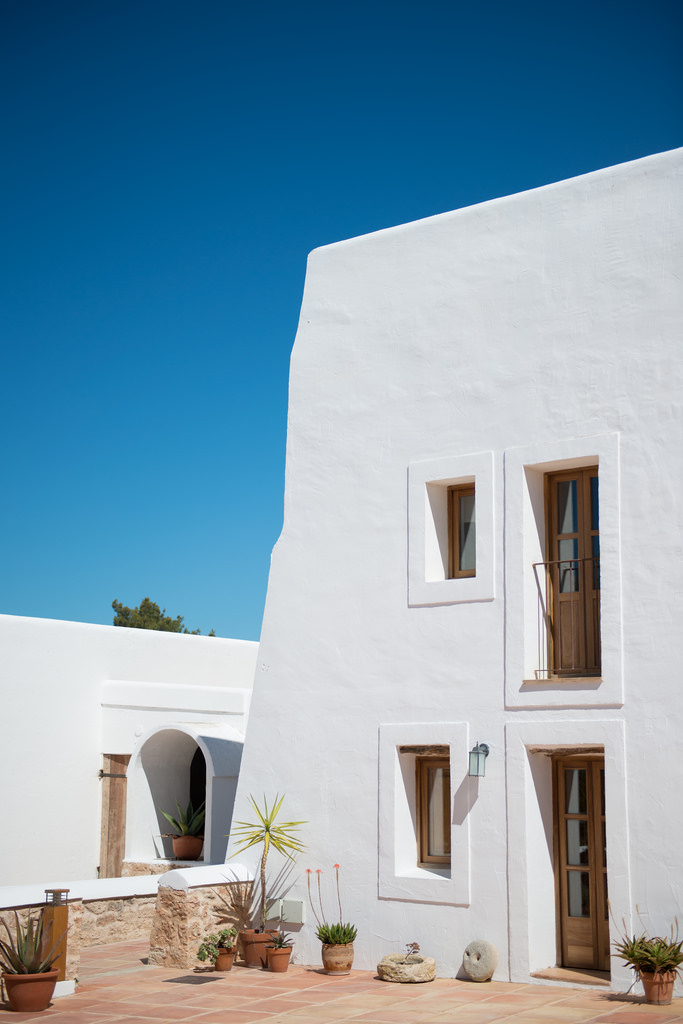
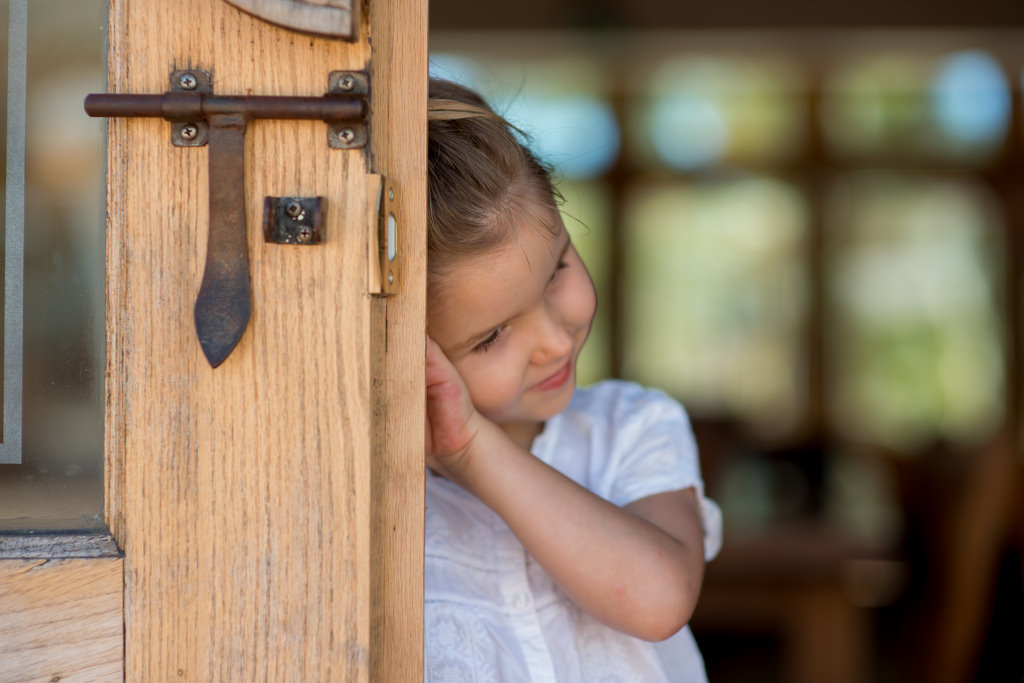
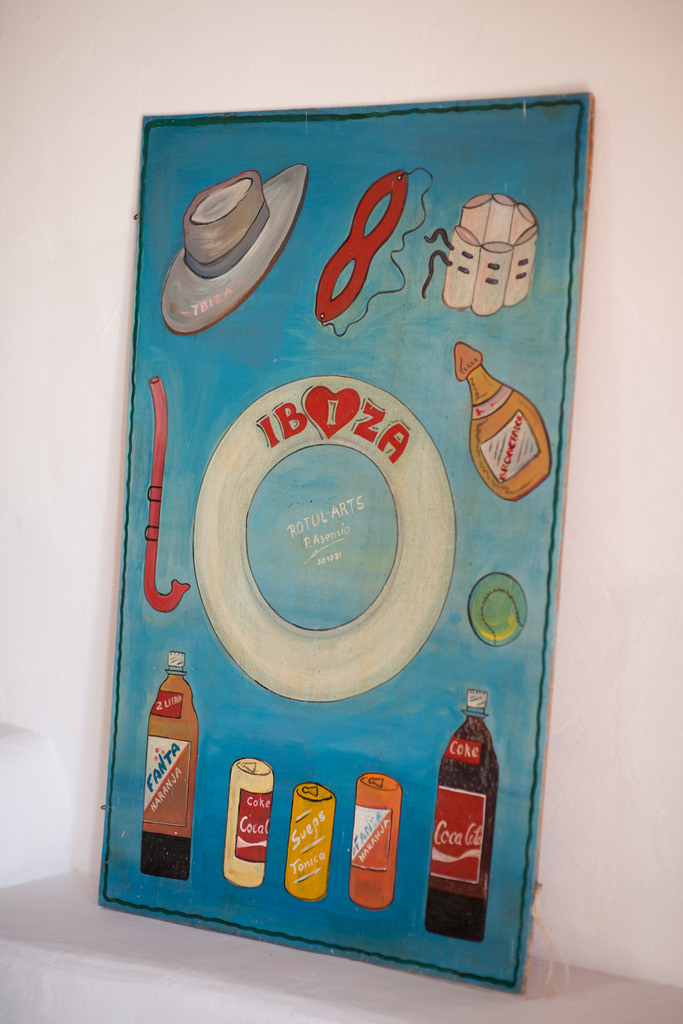
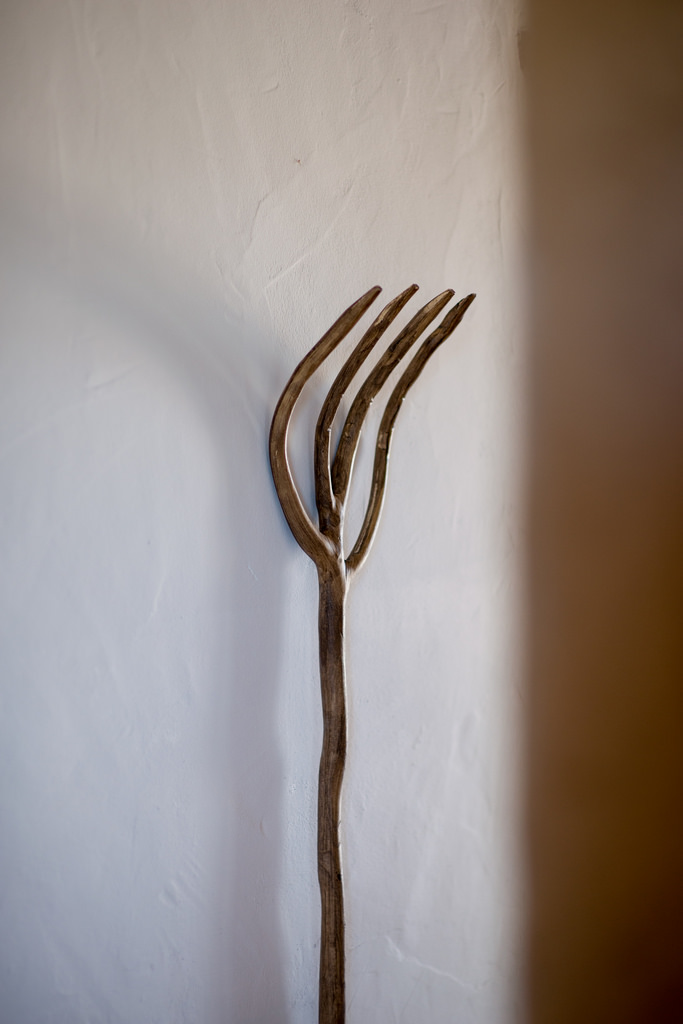
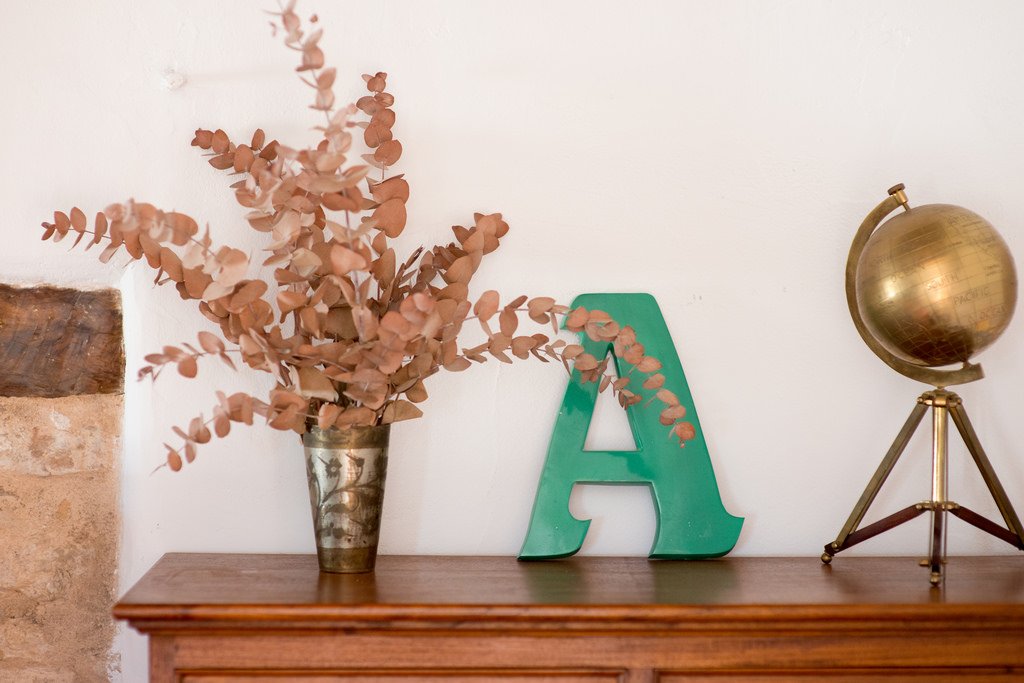
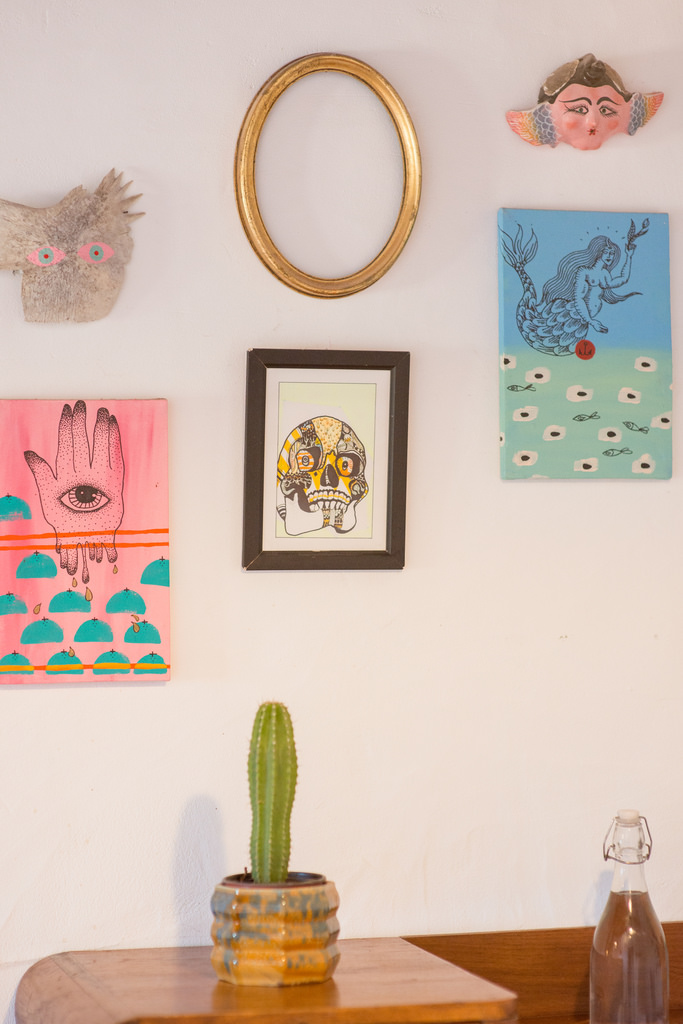
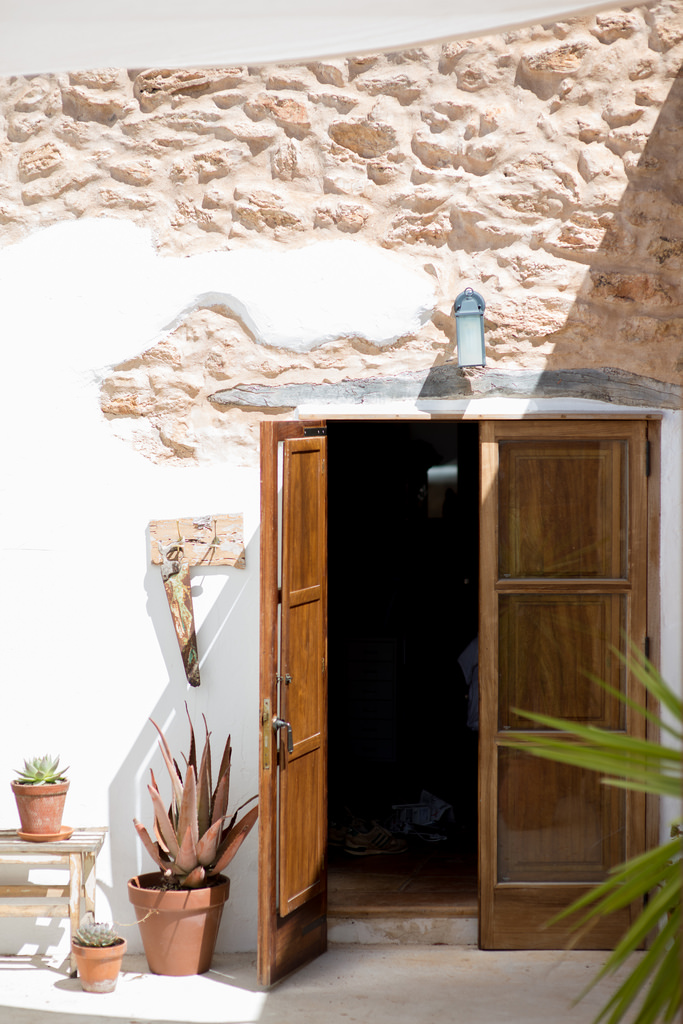
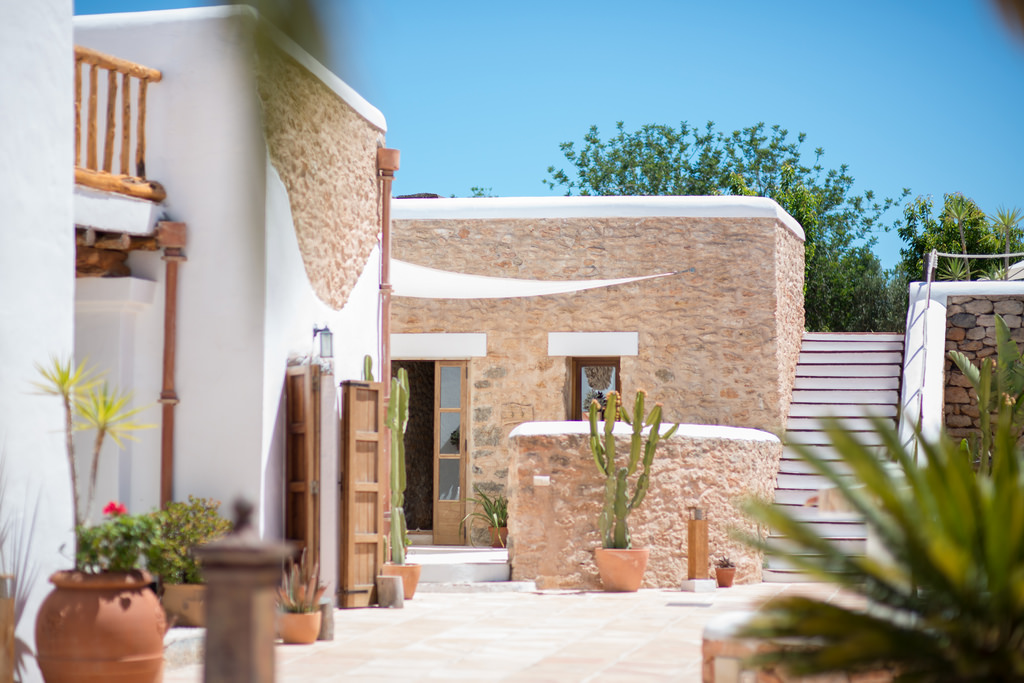
Art is prevalent in Las Cicadas. Tavis and Nora regularly invite creative friends working in the fields of art, music and fashion to take up residence with them. They even have a large art studio space for these artists to work. “We are creating a creative hub and platform and we have many exciting projects lined up based around our international creative collective,” explains Nora. Inspired by their parents’ bohemian lifestyles, the duo want to encourage a return to old school Ibiza. “We always had so many people visiting when I was young,” says Tavis. “People would come for a night and stay for the summer or drop round for dinner uninvited. We always had an open house.” Both come from a background in event production; Nora’s dad is a tour manager and event promoter.
With a genuine love for entertaining, the couple love to throw big dinners with friends and musicians in the open barn space in the spring and autumn, while winter is all about cooking and getting cosy in the kitchen within the main house. “We wanted to create a space where people from all over the world could connect,” says Nora. “That was how we grew up and we want to make this our lifestyle.” During the summer months, the family rent the Las Cicadas to holidaymakers, spending time with their respective families and continuing to travel in search of amazing décor and art. As for the name – Spanglish by all definitions – it was easy. “To us, there’s an undeniable feeling you get in Ibiza, walking down a camino, on a hot summer day, it’s dusty, the sun is bright and beating down on your neck, you can smell the pine trees,” Tavis explains. “When you hear the sound of the Cicadas, you know you’re back home in Ibiza.”
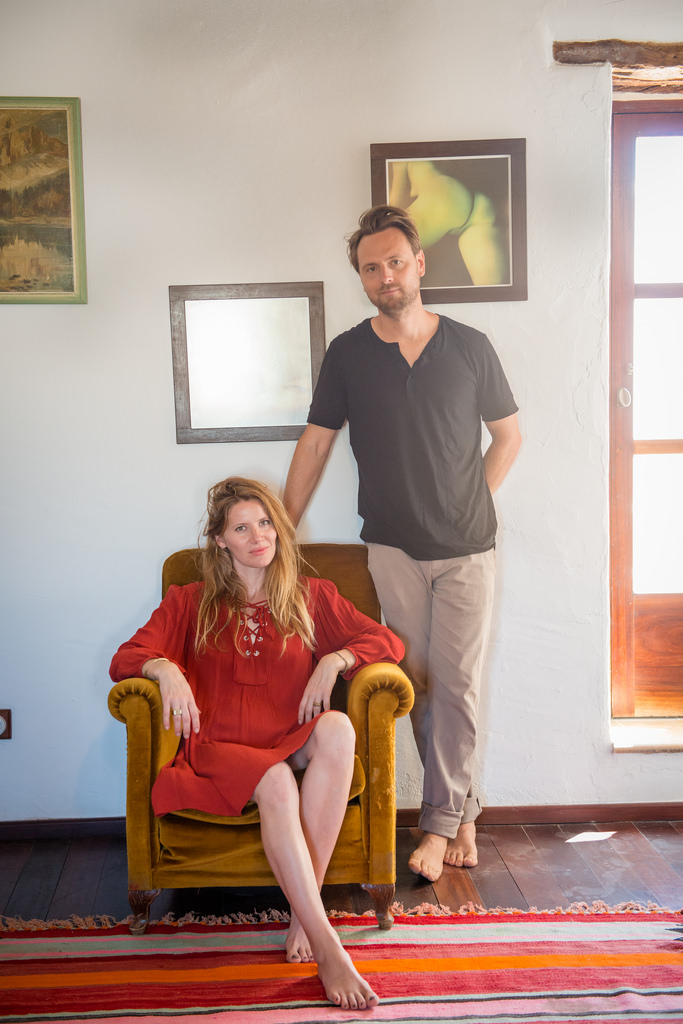
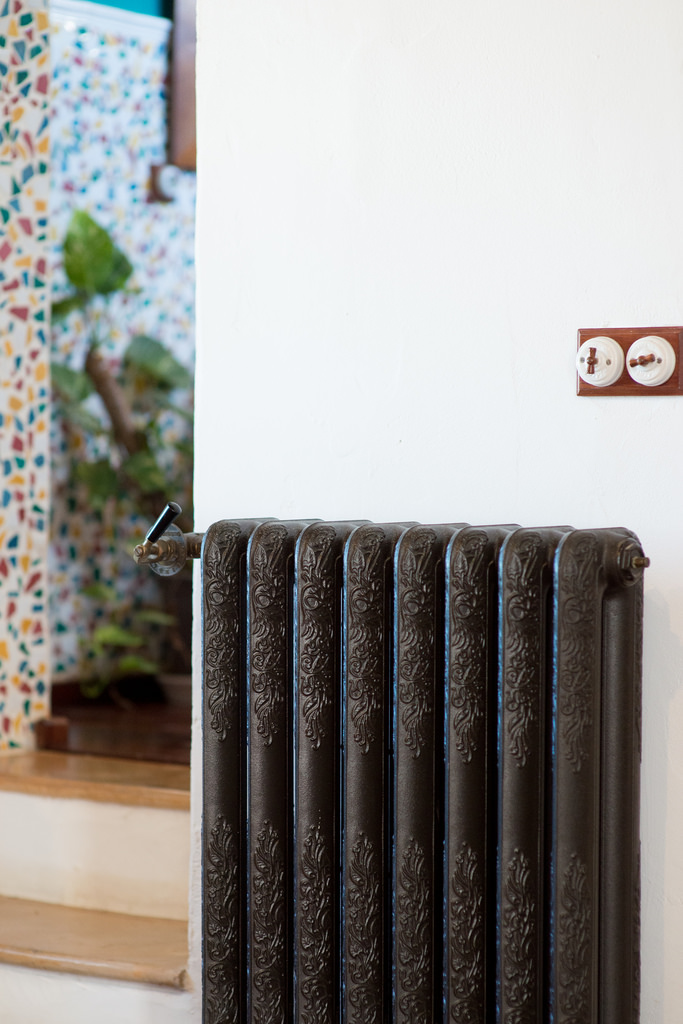
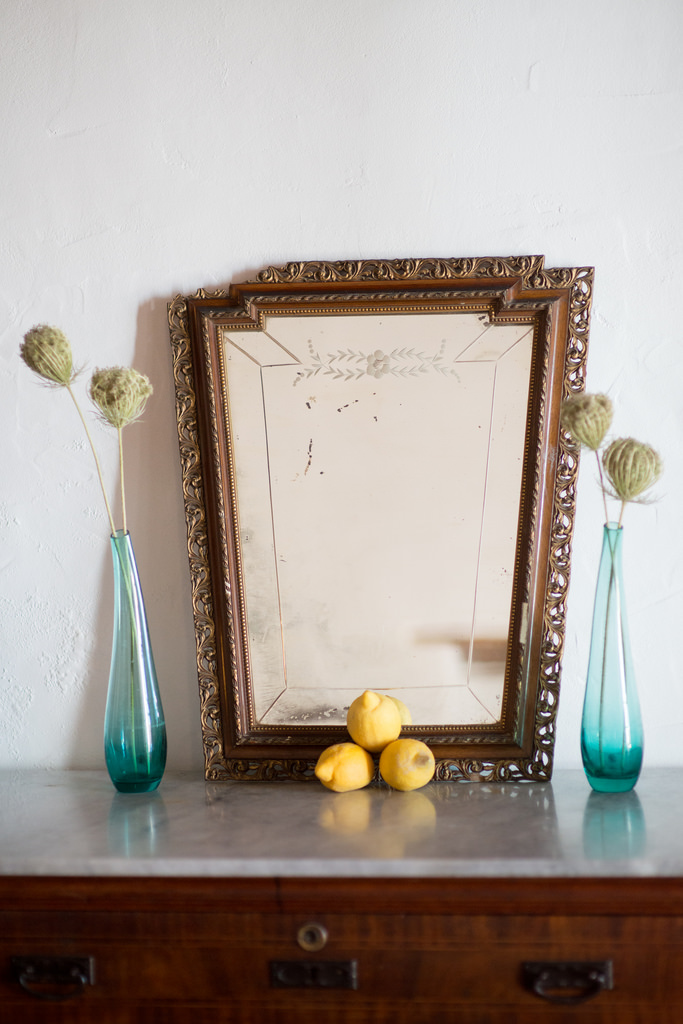
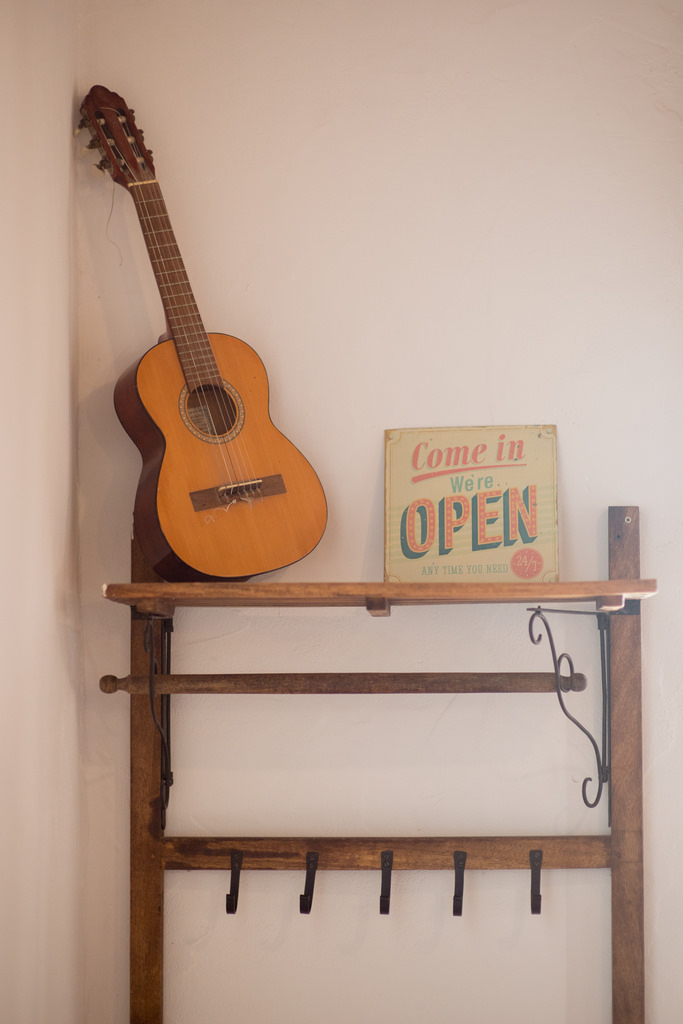
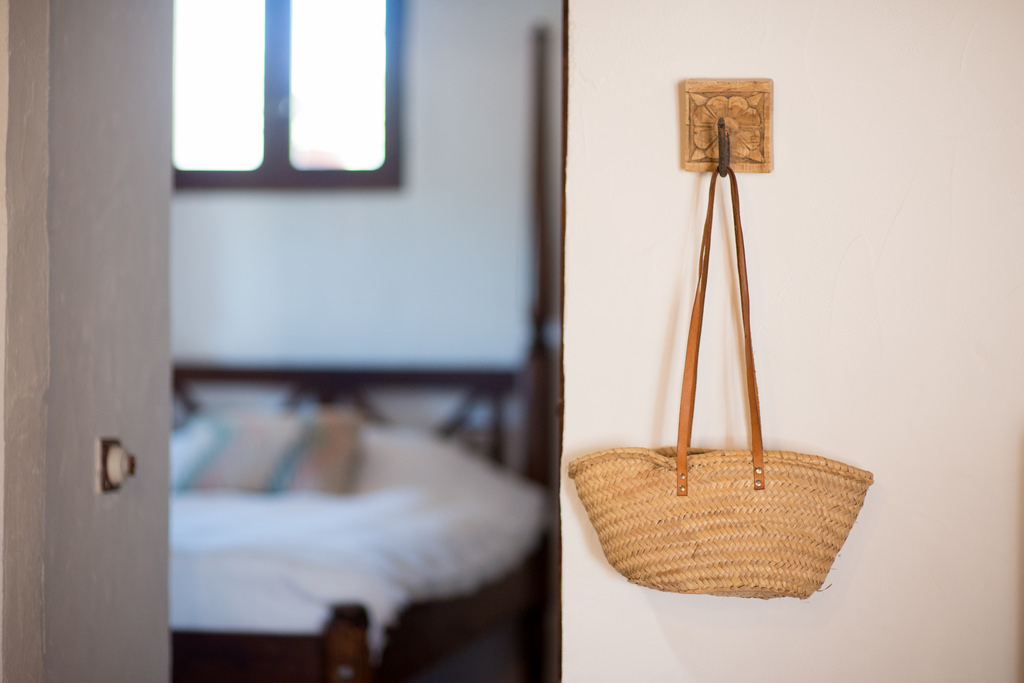
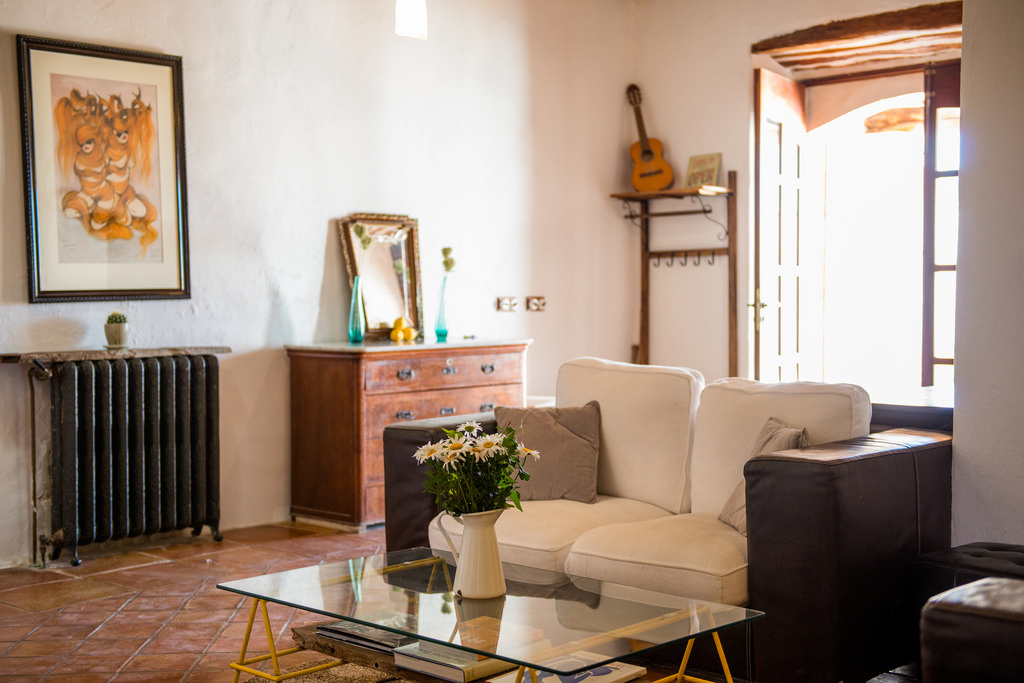
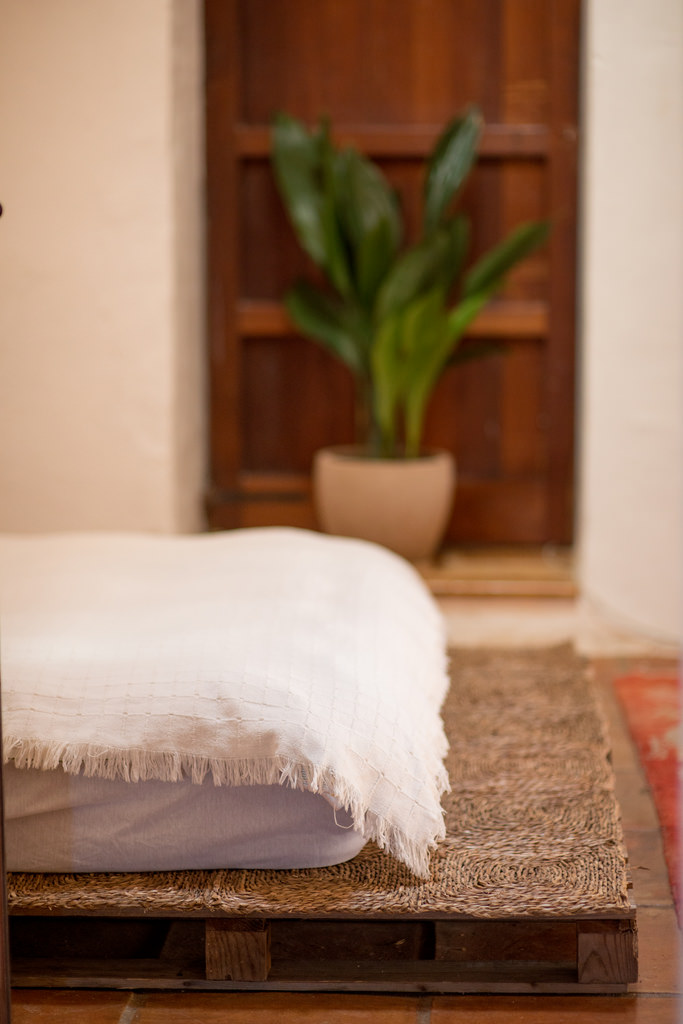
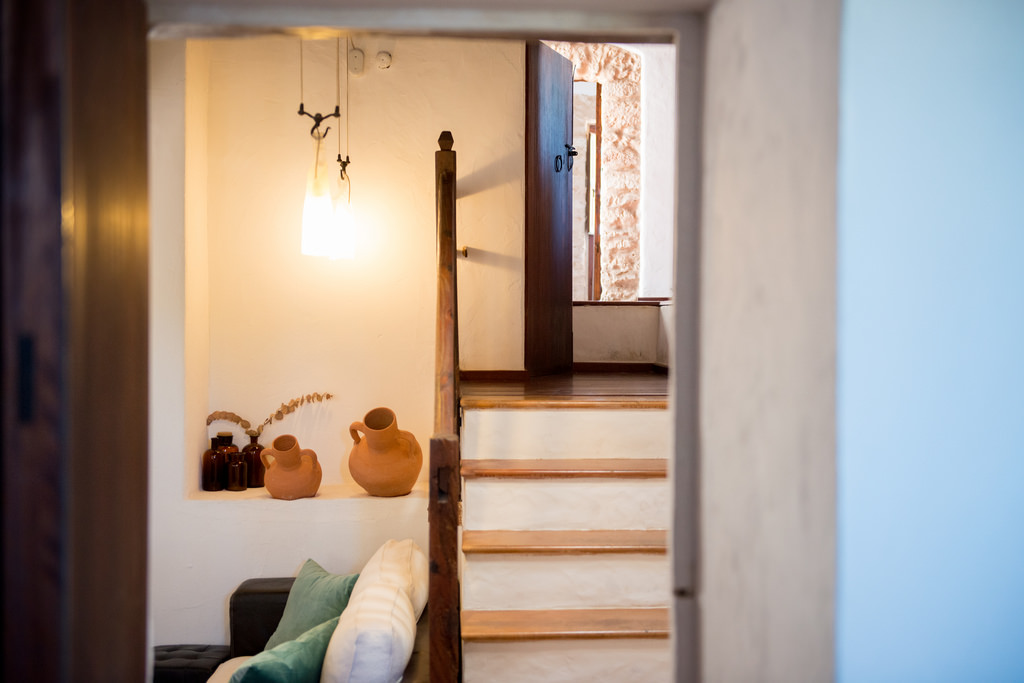
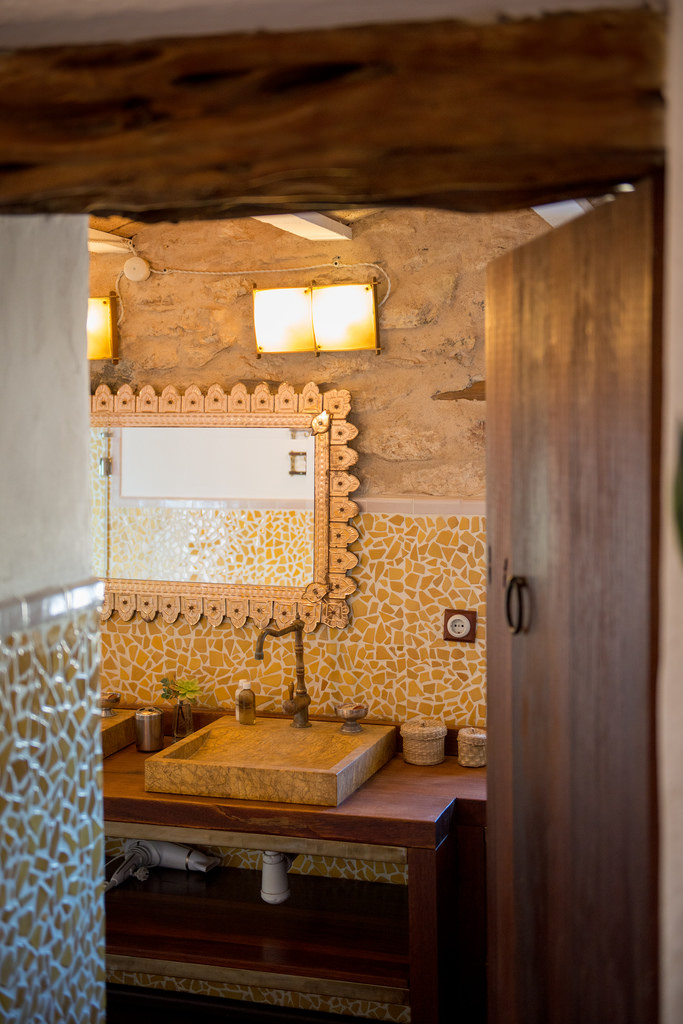
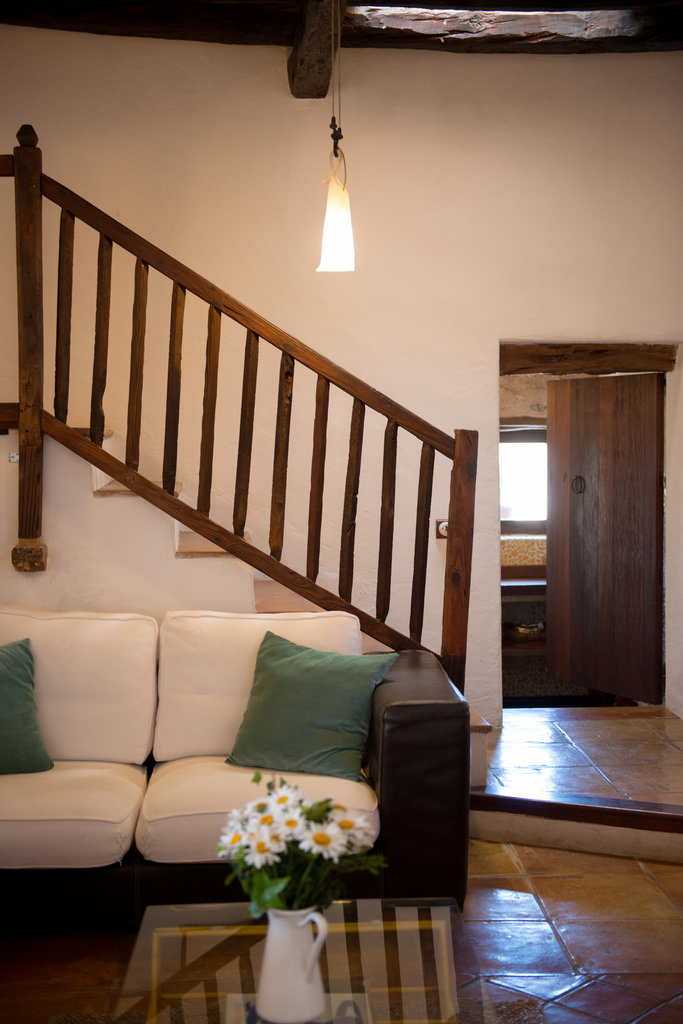
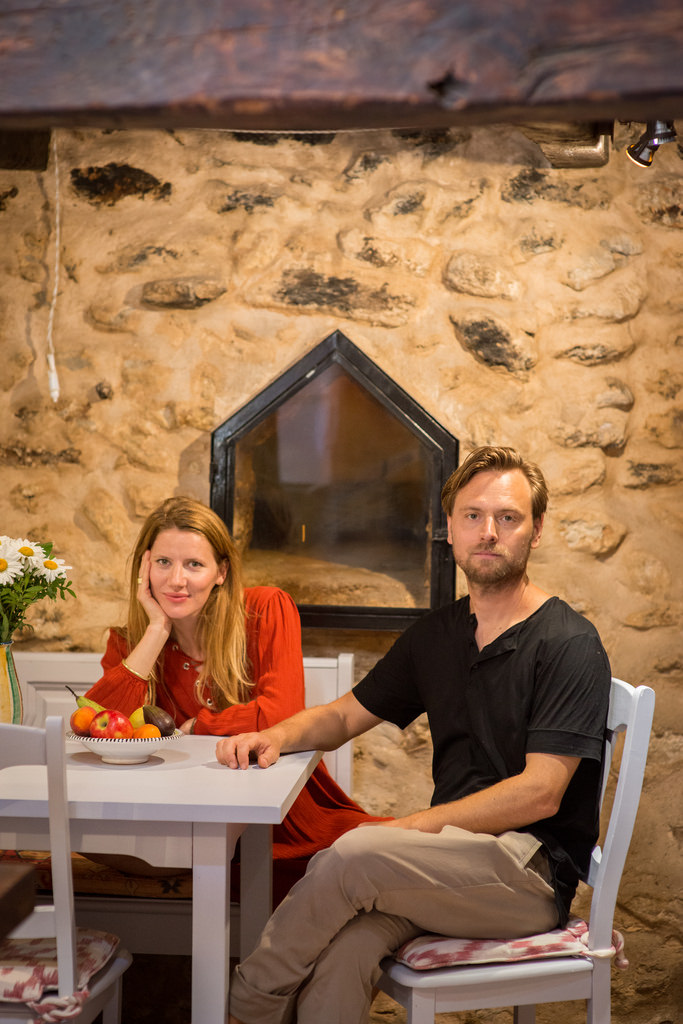
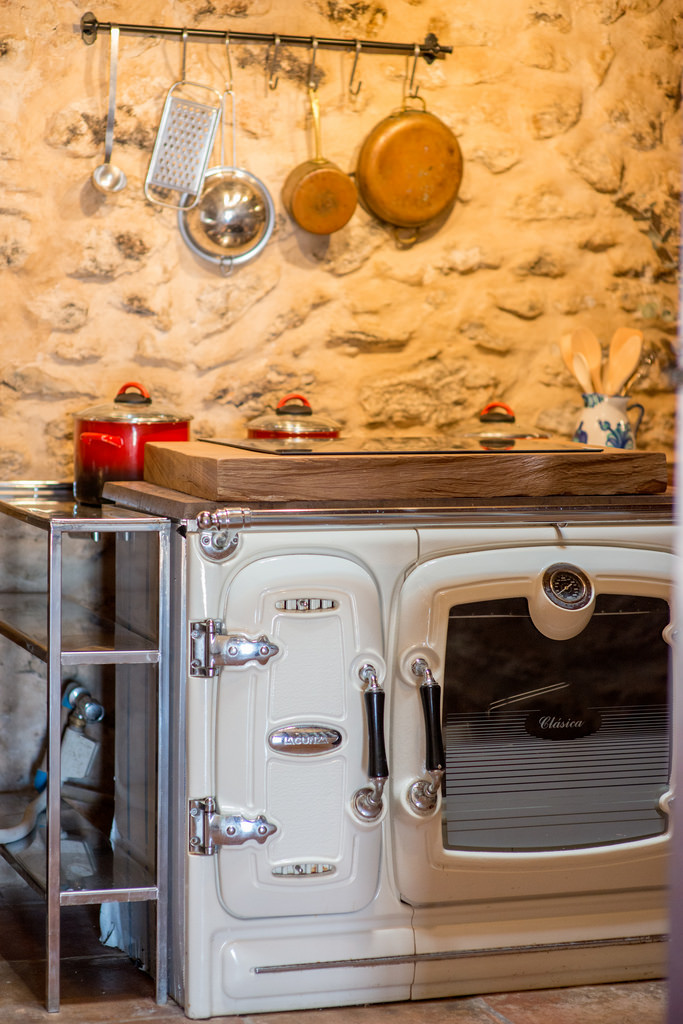
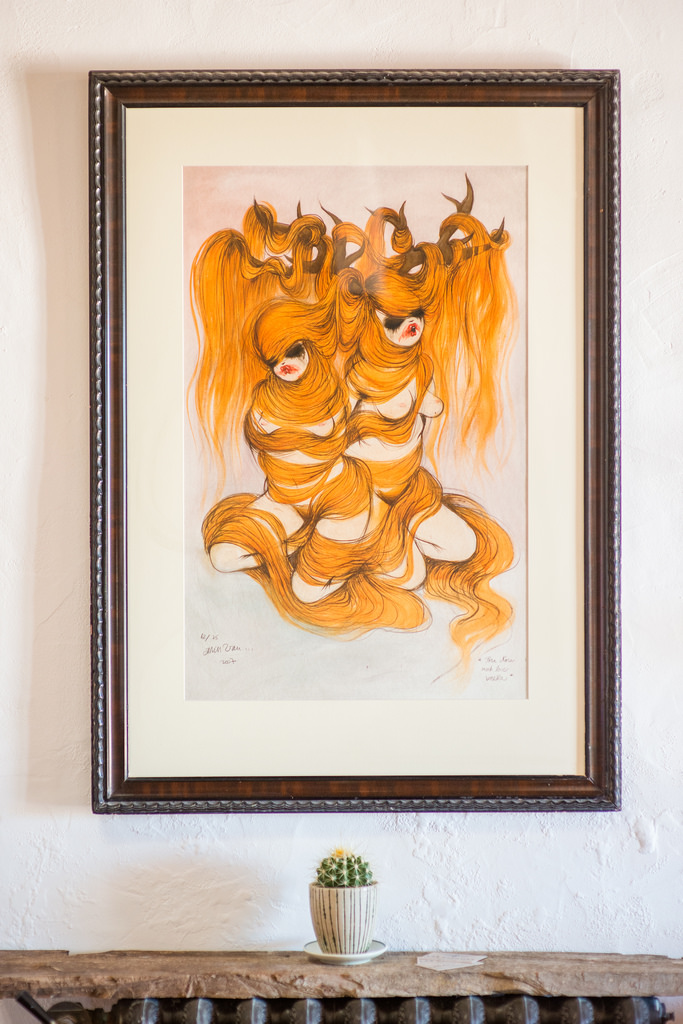
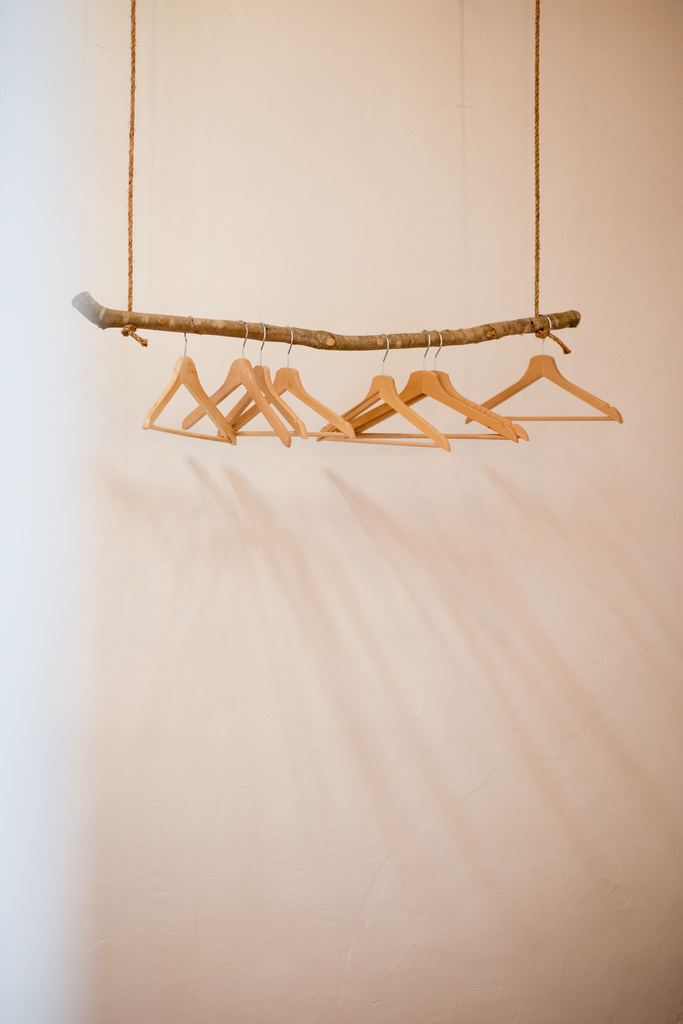
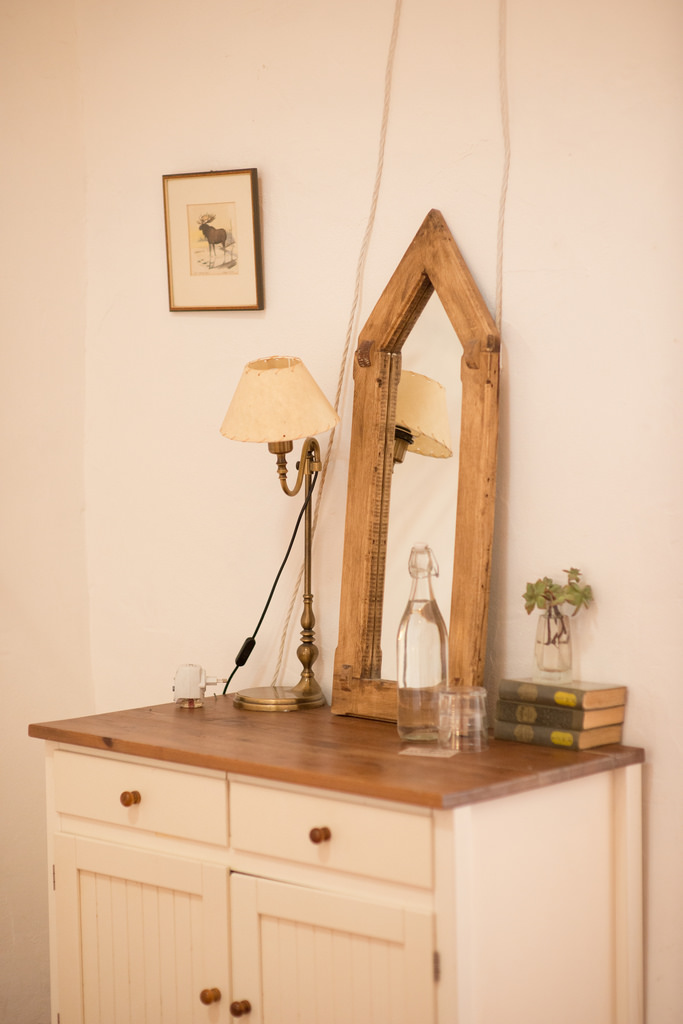
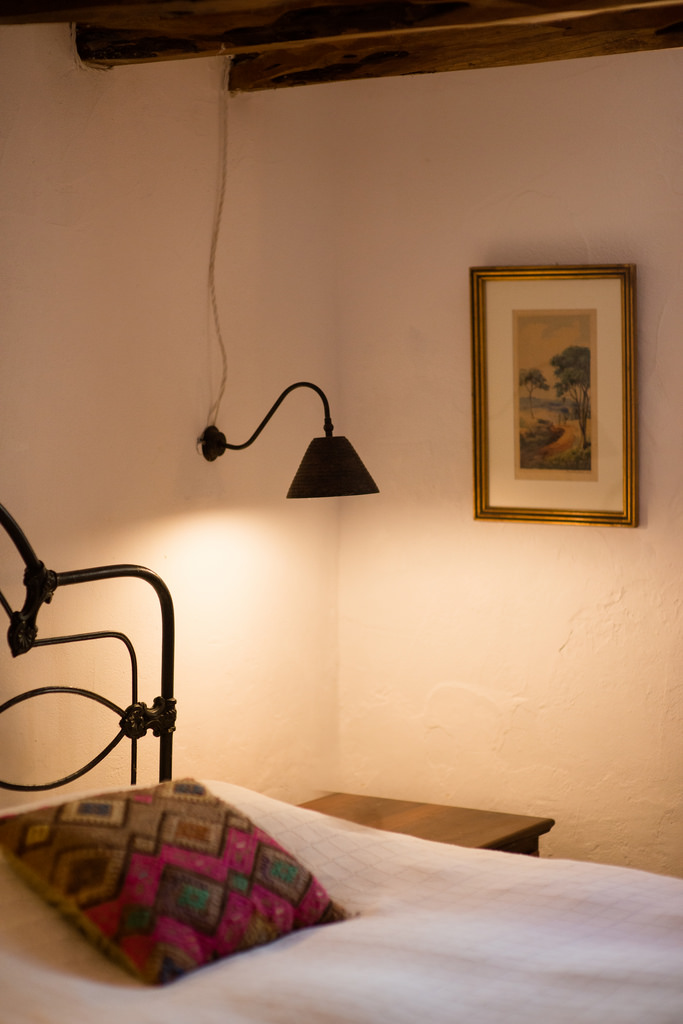
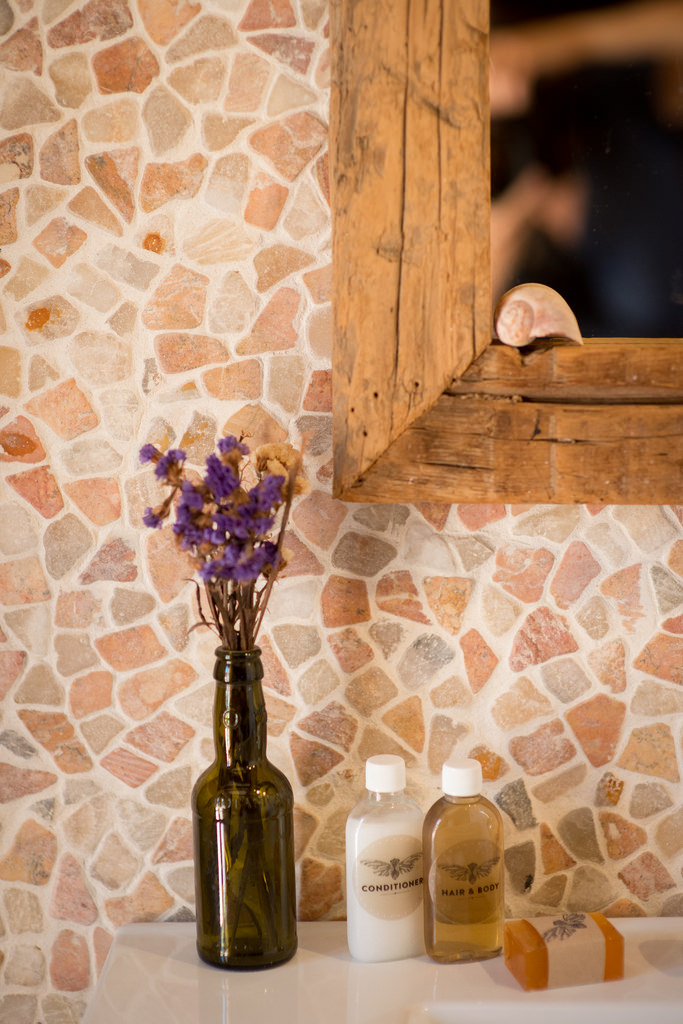
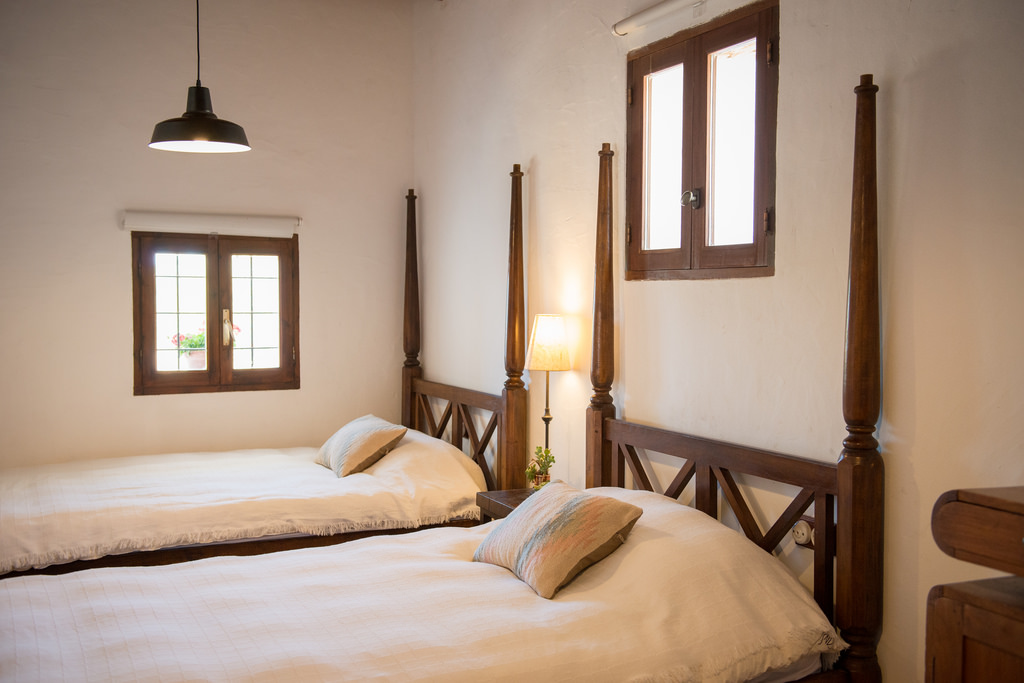
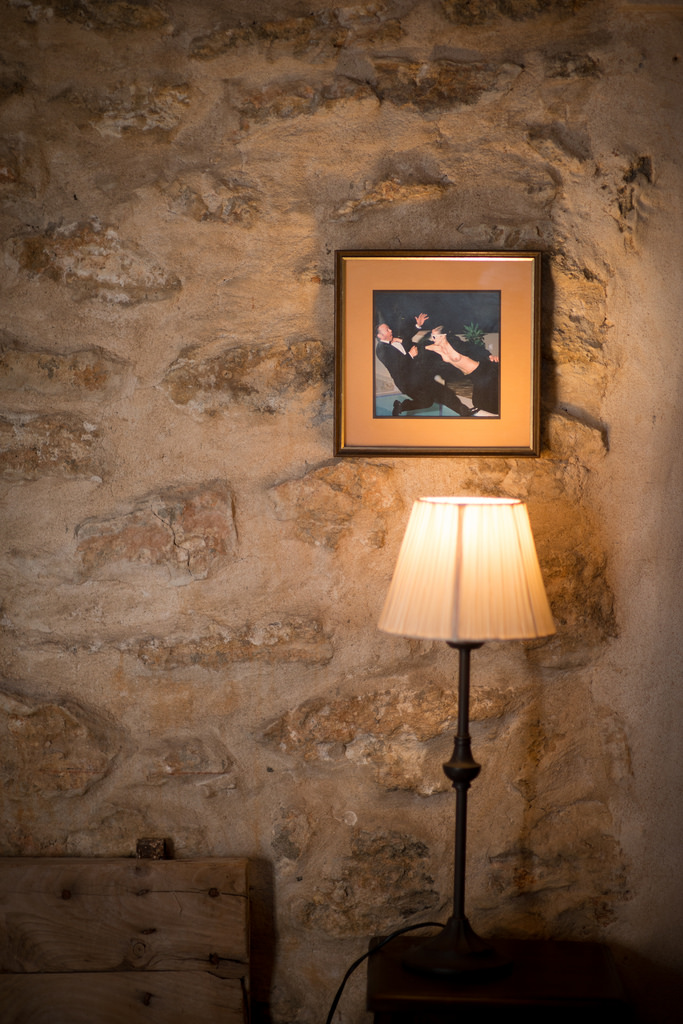
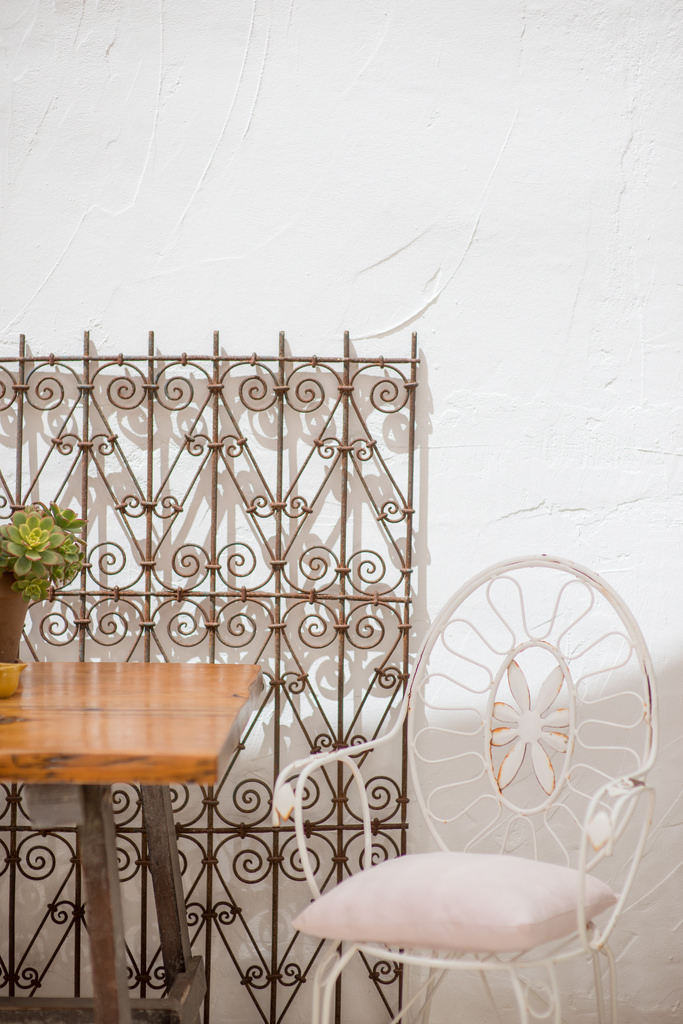
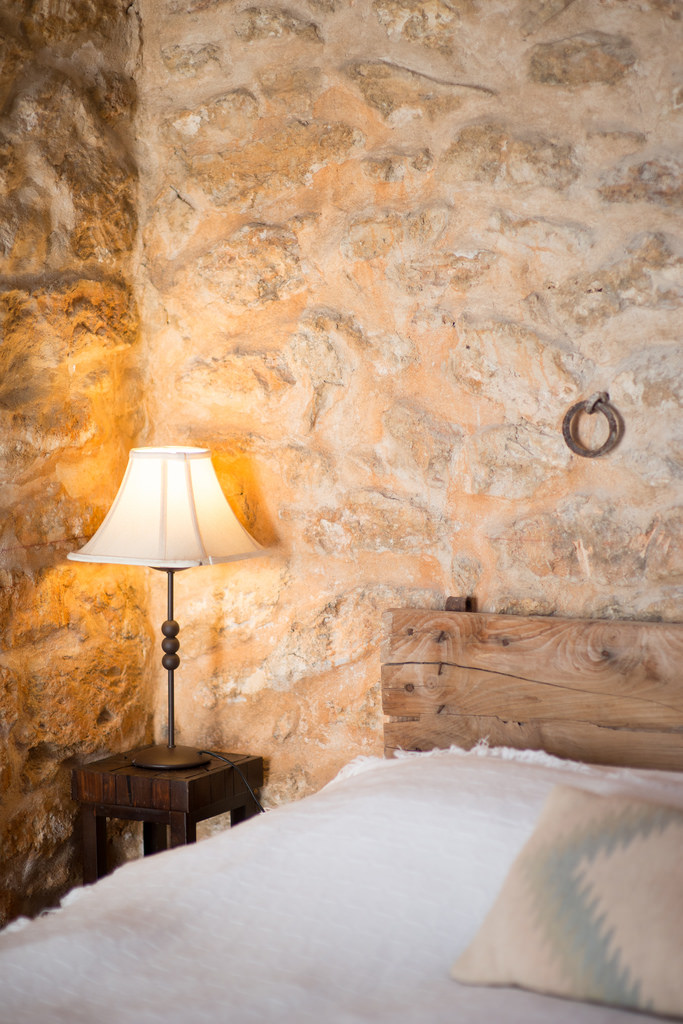
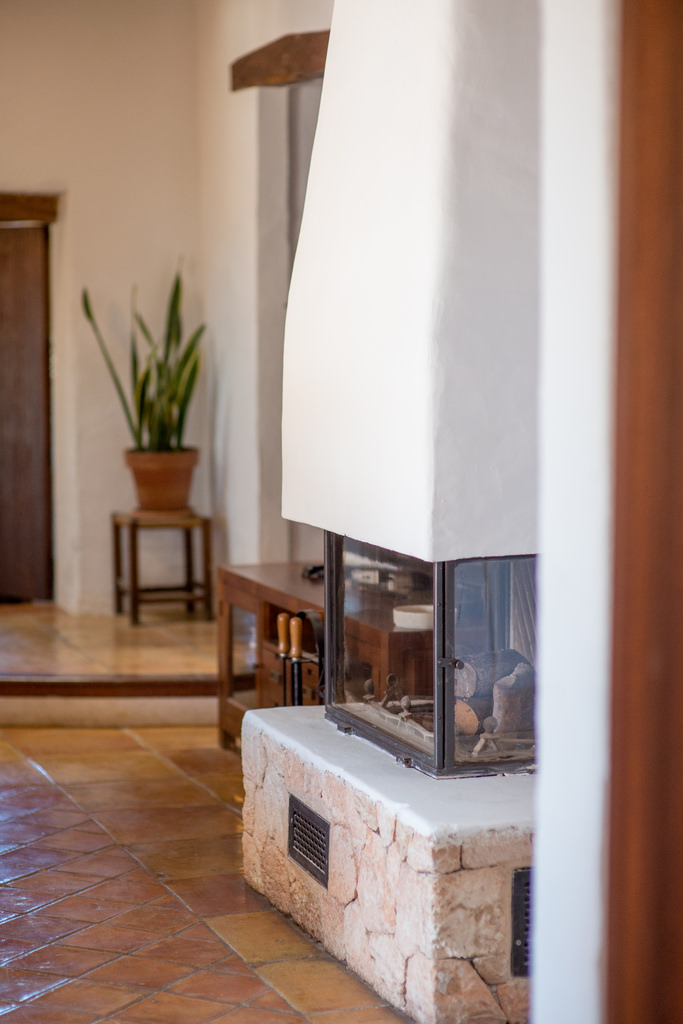
At the time, his father (“a one man party”) expressed a desire to move to the white isle, met with a resounding ‘forget it from his mother. But the seed was unknowingly planted, a story to be continued at the age of 12… As he was entering his teenage years, David visited his father in Ibiza after his parents had separated, and despite his tender age at the time, he recalls a vivid sensation while standing on the golf course of Roca Llisa, a feeling that this was the place he would call ‘home away from home’. “I remember standing there and thinking there;s something remarkable about the energy of this place, even though the idea of living there was very far from a possibility at the time,” he says. “It still brings me great joy 30 years later.” The next chapter in his Ibiza life came when David was 21, after a period spent studying in Salzburg. Again visiting his father, who had remarried and had another son, who was attending school at the island’s international school, Morna College. One day David drove to the school to collect his younger brother, and a very attractive young teacher caught his eye. “I remember thinking my teachers didn’t look anything like that! They looked like they could eat kids,” he laughs, admitting that from that day forward, he volunteered to pick his brother up every day.
Soon after, a fundraising event in the old casino drew everyone who was anyone from Ibiza out of their homes, after which David decided to go for a nightcap at Teatro Pereyra, at the time the only bar with a late night offering. A group of teachers from Morna also had the same idea, and eventually, the gorgeous teacher who had caught his eye – who actually thought he was a father from the school – sent a friend over to find out his name and story. Once introduced, the two spent the entire night talking, and by the end of the night, David had proposed to Laura, who said yes! The stylish couple were married (though they have since parted ways and remain the best of friends), living first in London and then Singapore. The young Leppan family took up part-time summer residence in the exclusive Roca Llisa urbanisation around 11 years ago, converting (over time) the four bedroom home into a huge 13-bedroom estate. While the scale is extremely grand, but the layout is subtle – around each corner is a new discovery, a hidden suite here, a guesthouse there, another swimming pool (or two) over there.
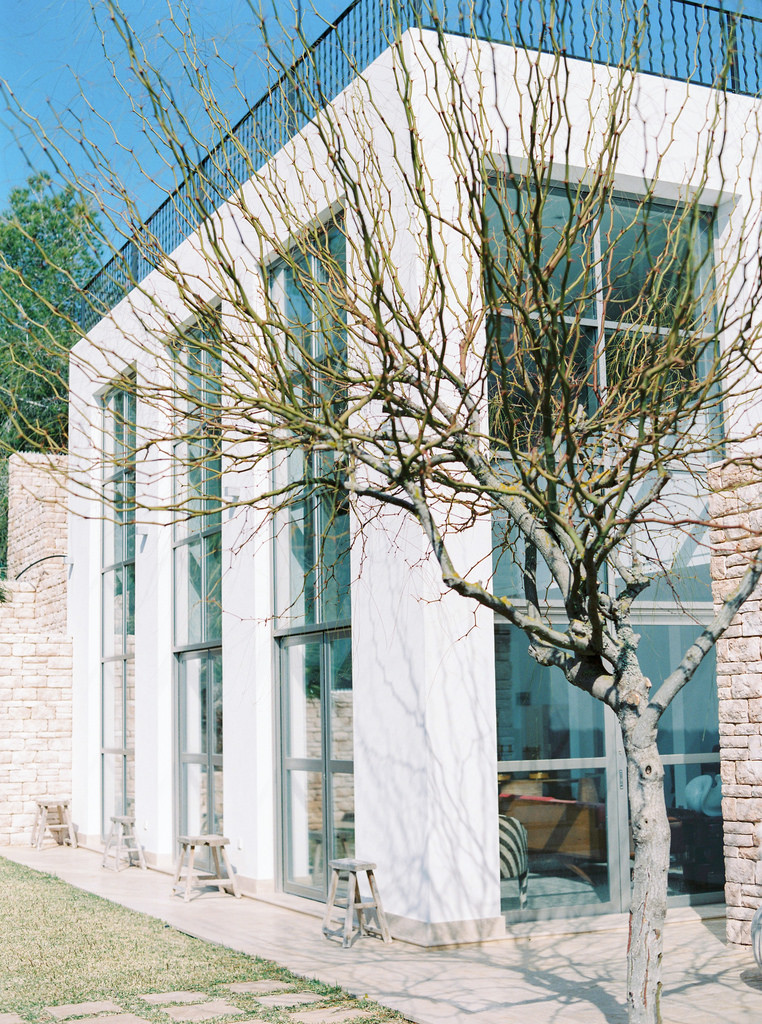
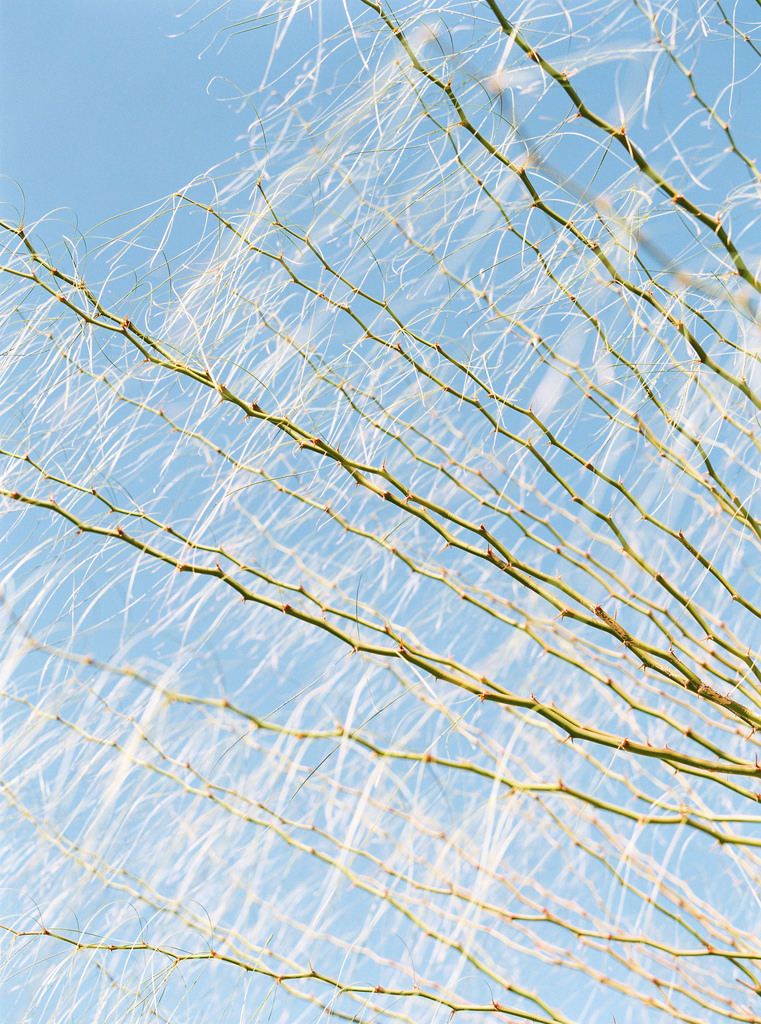
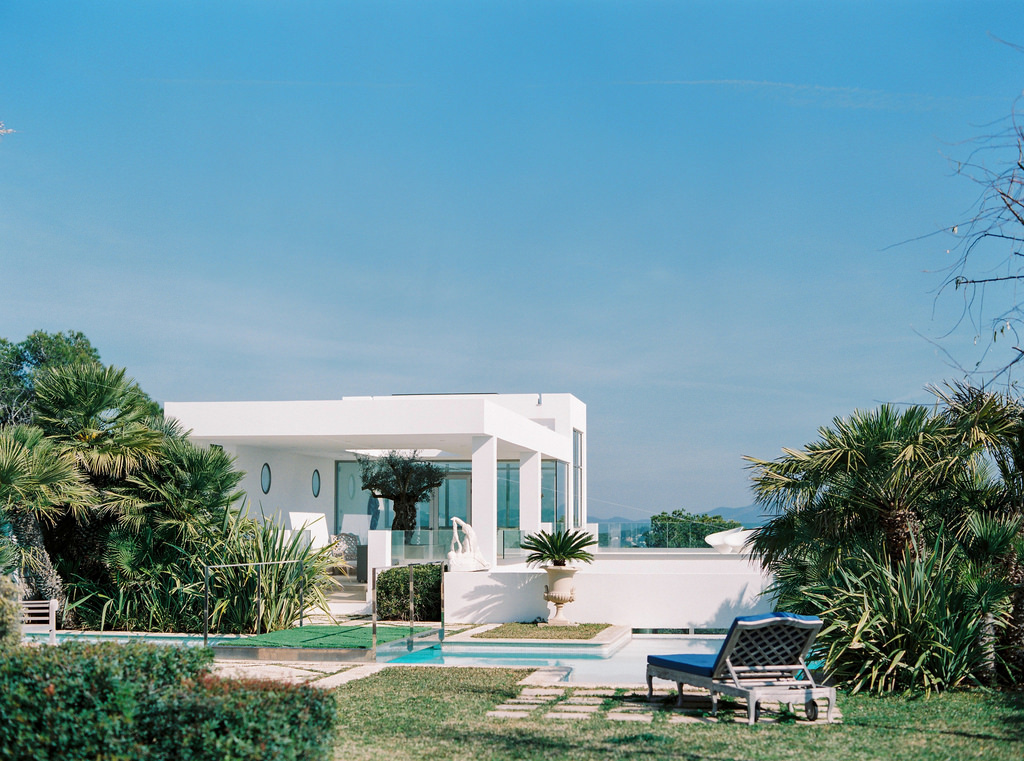
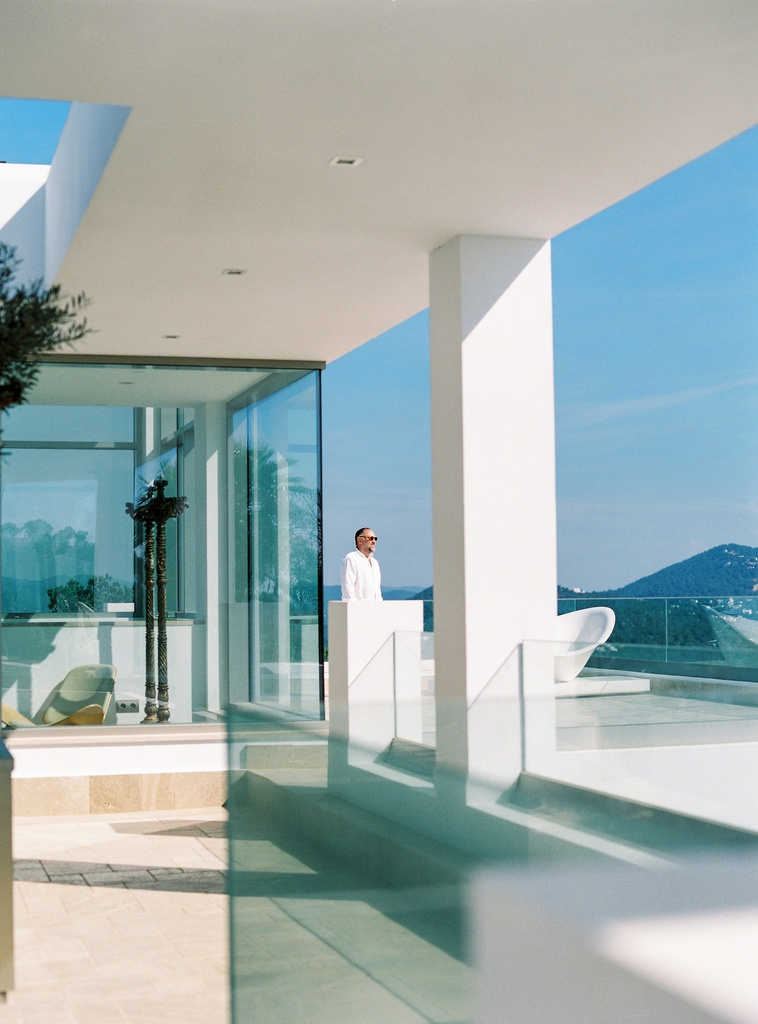
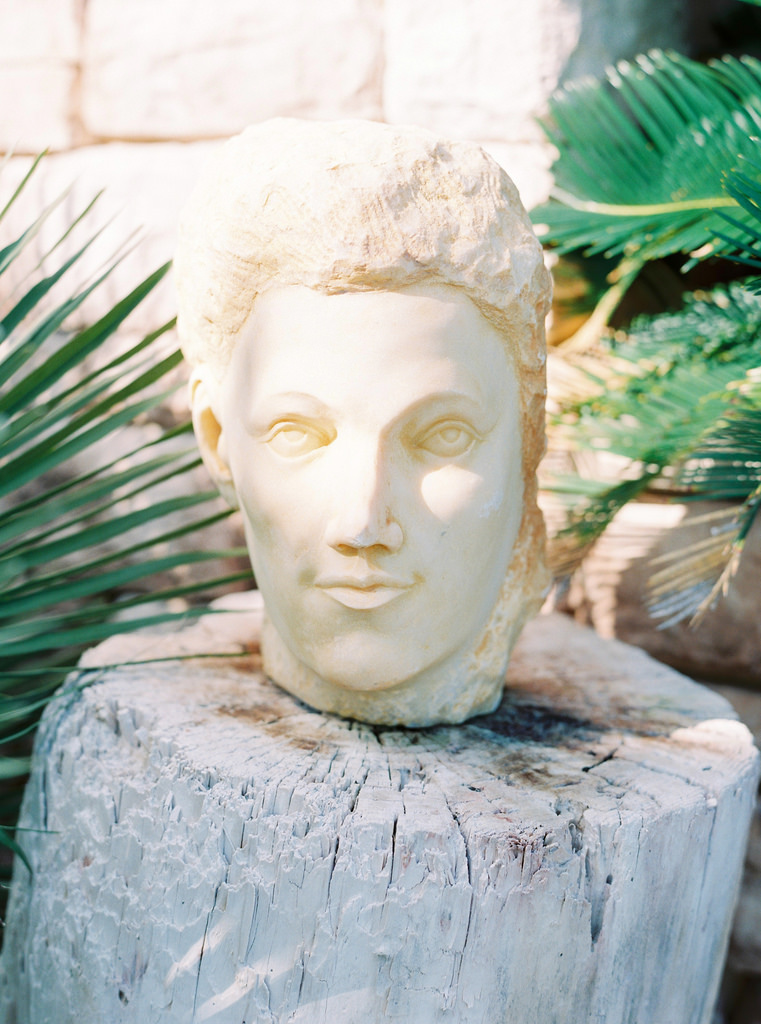
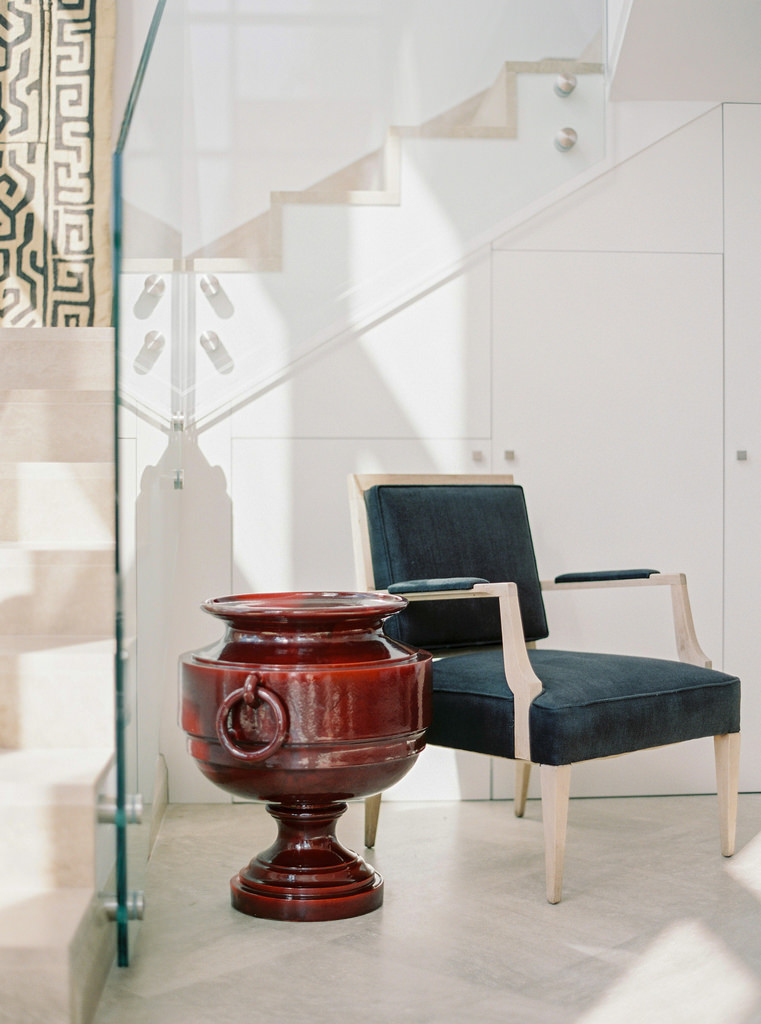
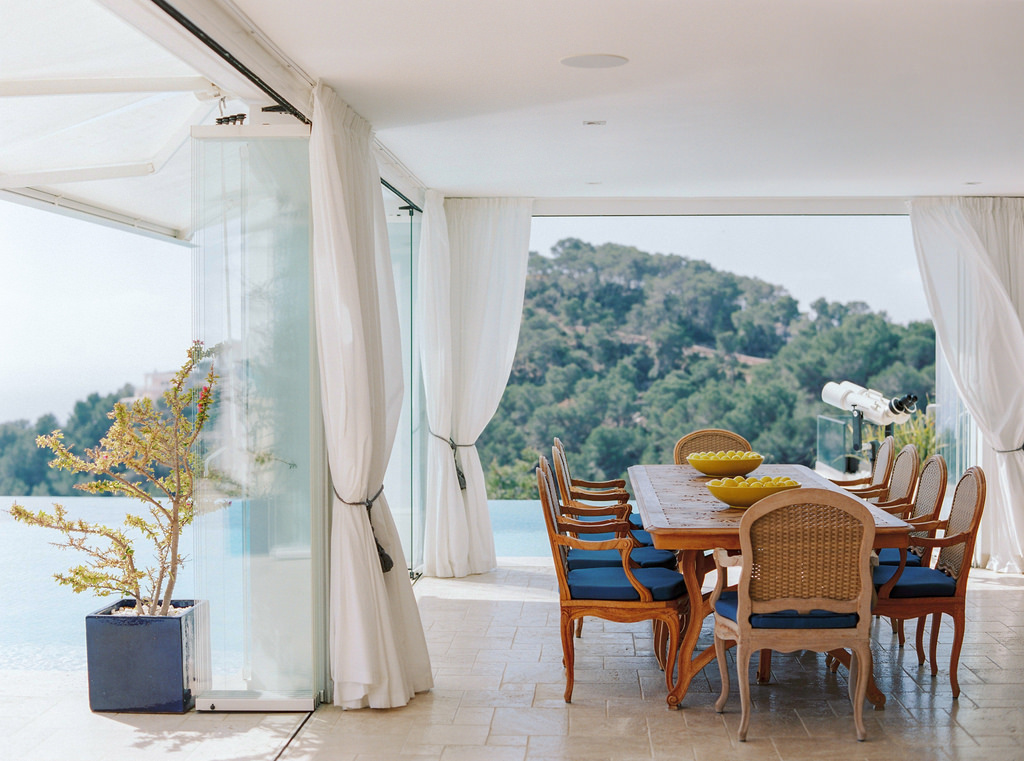
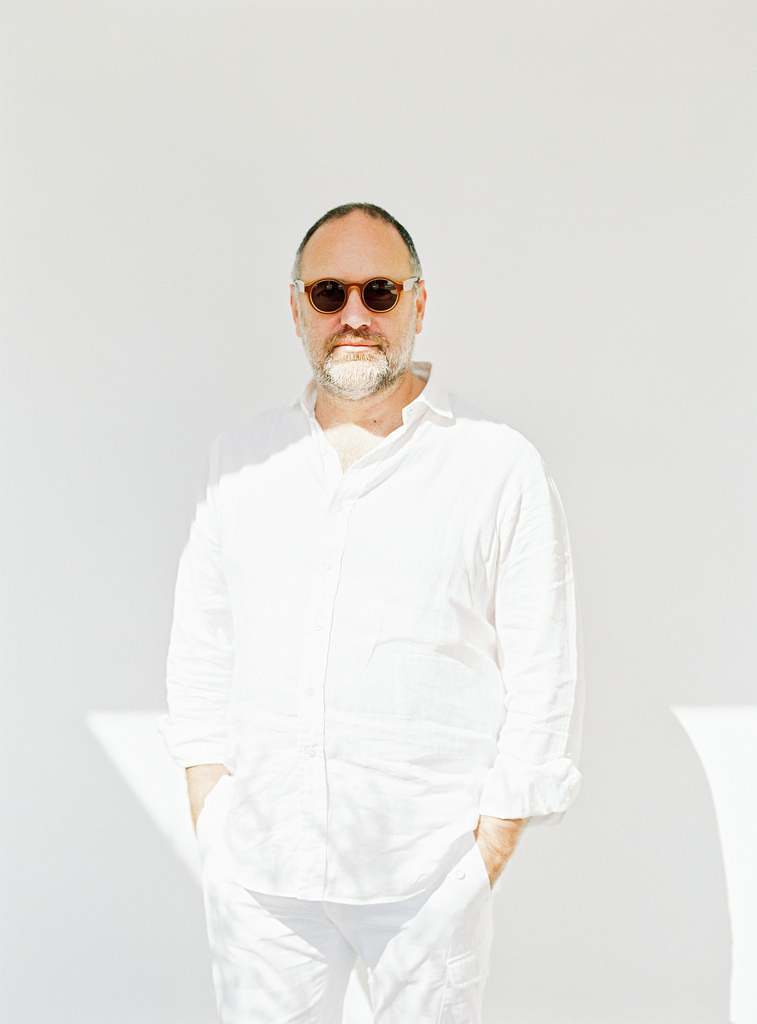
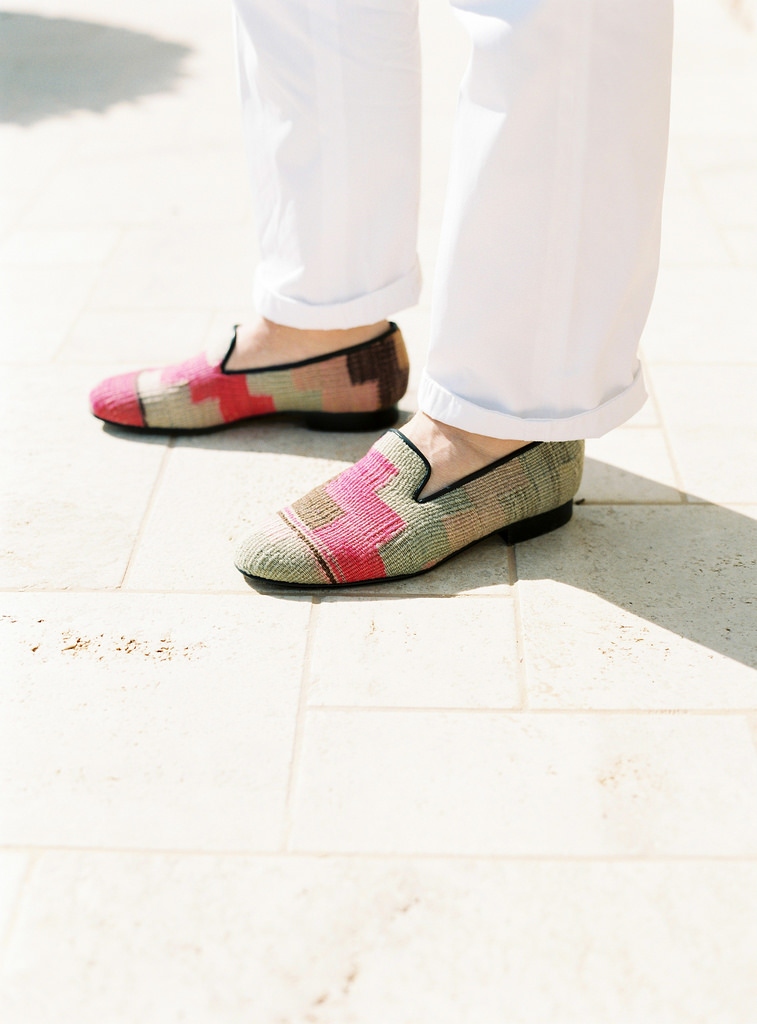
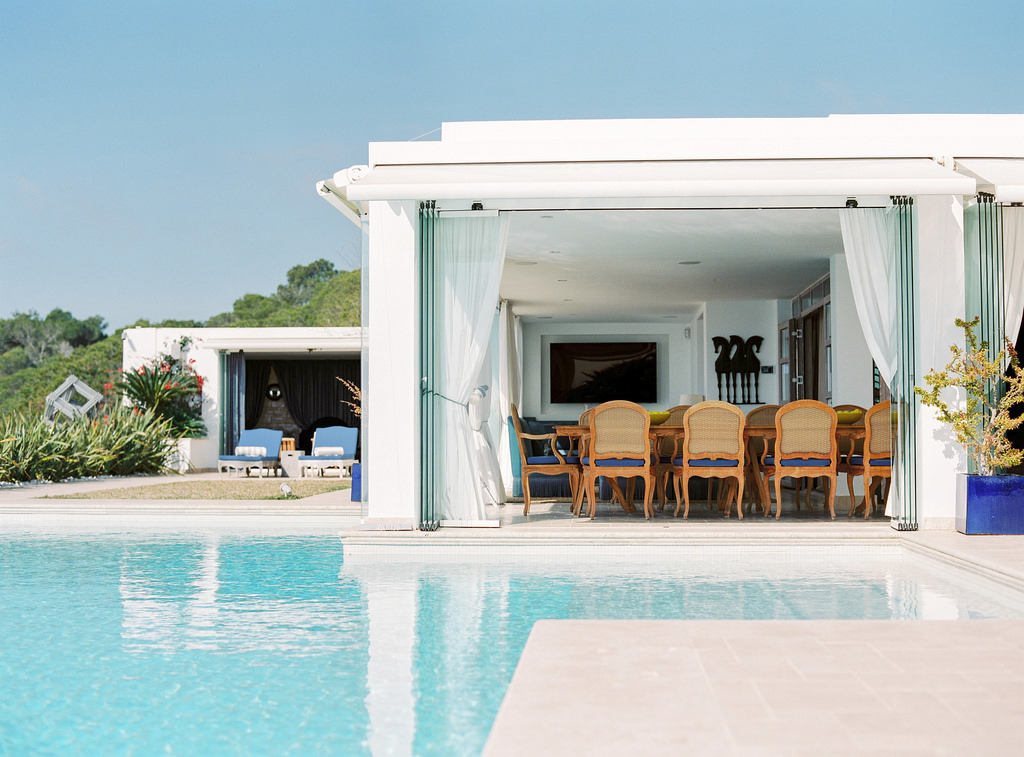
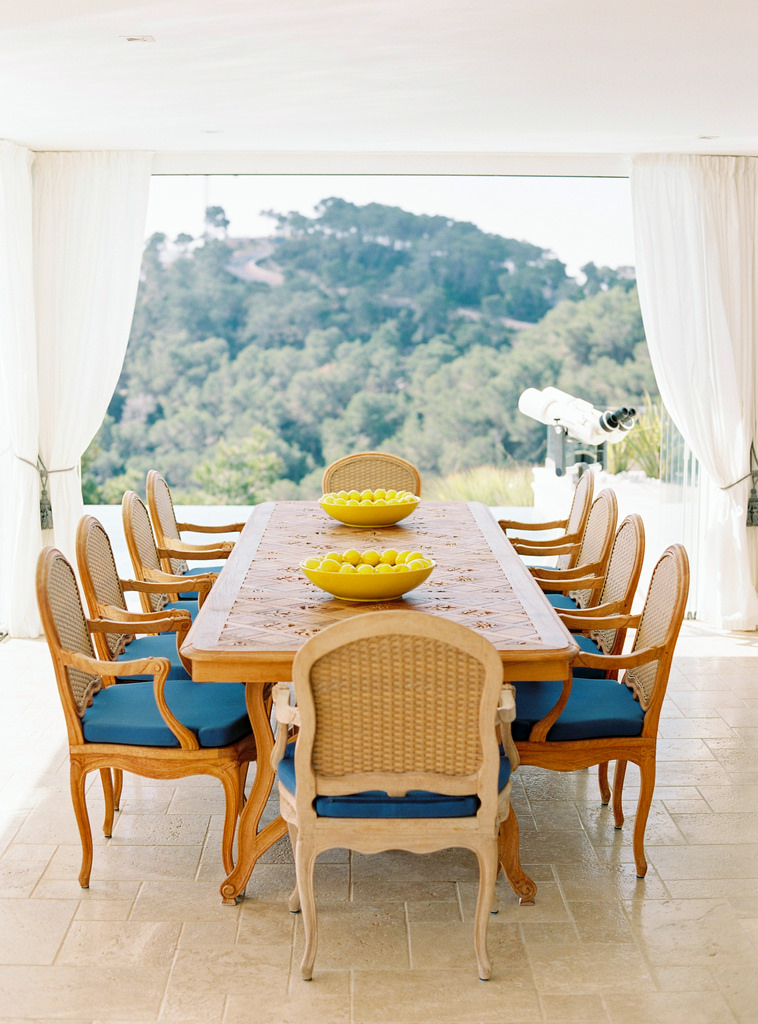
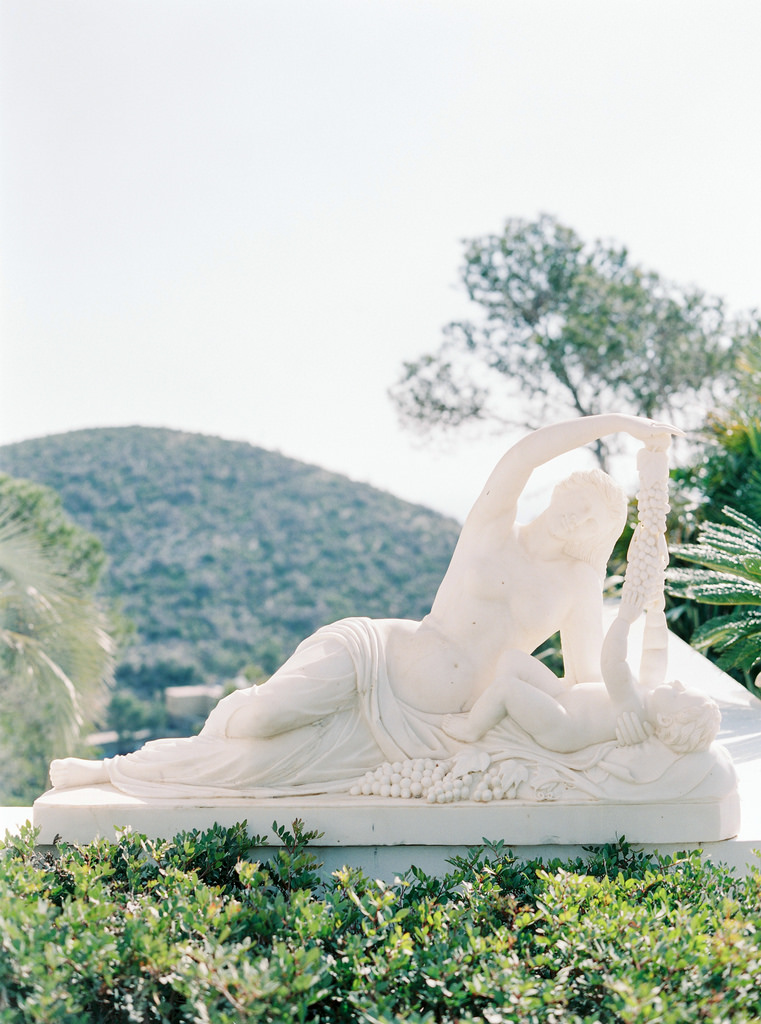
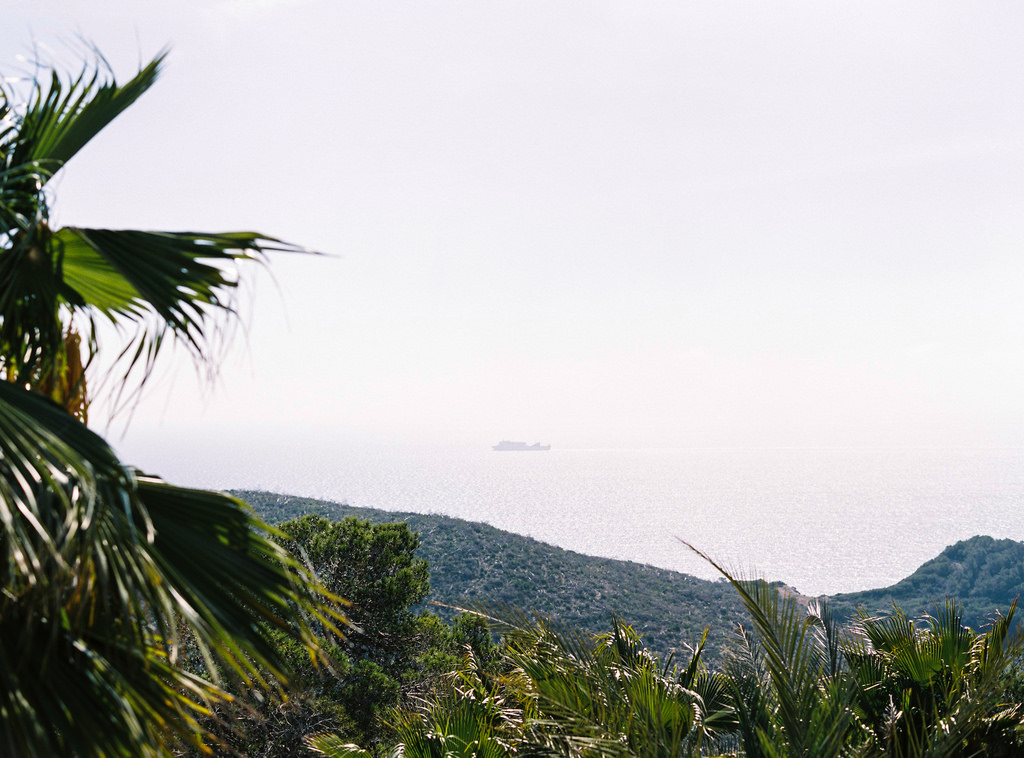
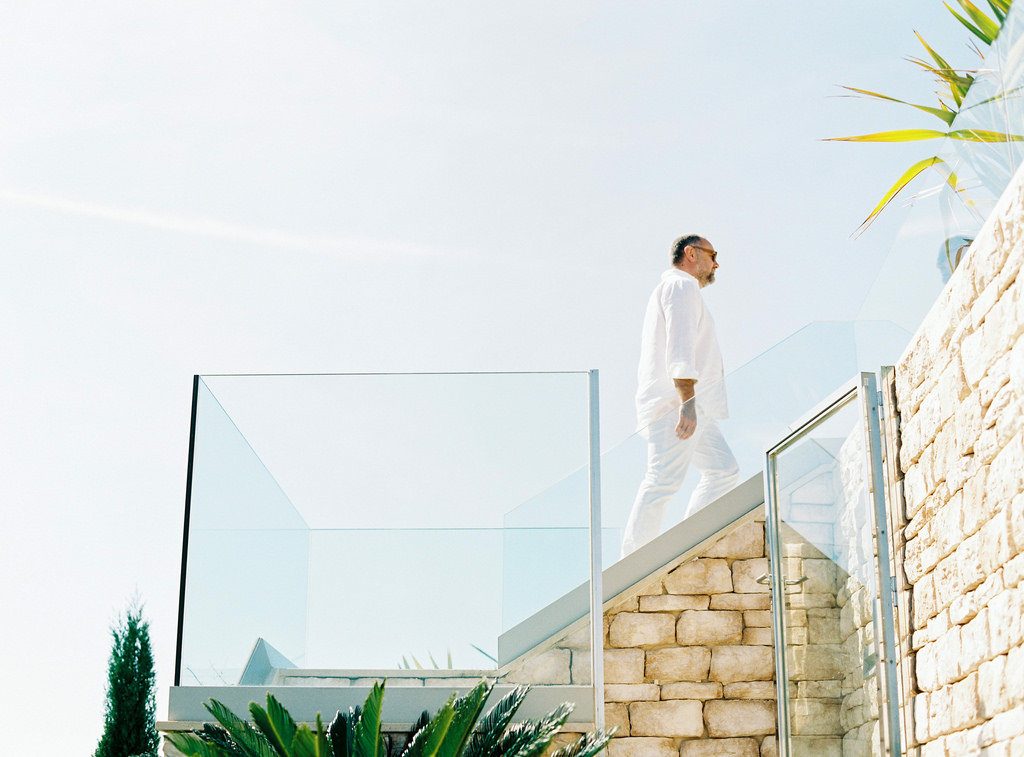
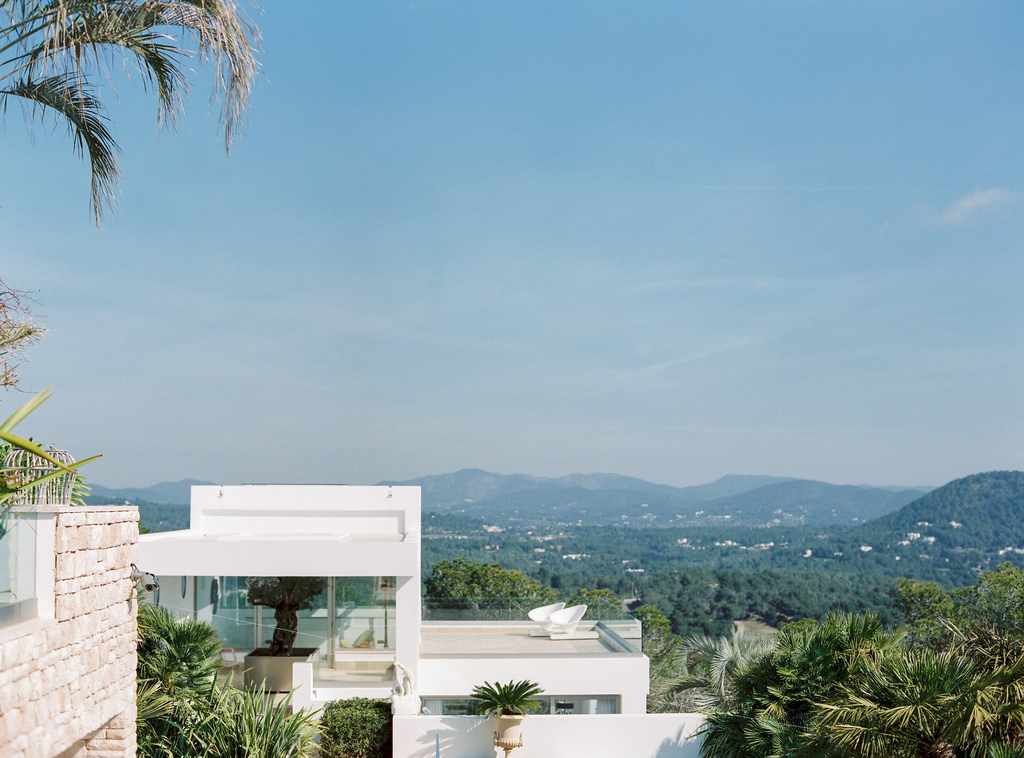
Describing himself and Laura as “fundamentally classic people”, the house didn’t call to them immediately, as they’d been looking for a classic finca in the area. However eventually, the location, design and views of the house turned out to be perfect. “One of the great struggles with the house was that the shapes were here – you couldn’t make it into something else, but it flowed. But the spaces are very gracious and this allowed me to hang the artwork I personally wanted to see.” With a passion for portraiture, particularly old masters, Leppan says he’d originally felt a little timid hanging this style of art in Ibiza, where things were typically minimalist and white or rustic and rural, but the Roca Llisa property gave him the perfect blank canvas. Split across multiple levels, almost cascading down the mountainside, the perfectly manicured gardens are pristine, fragrant and colourful, from bright pink bougainvillea standing out in the upper pool area, to lush British style lawns and exotic palm trees inspired by Langkawi on the lower spaces near the bedrooms. A petanque course provides endless fun for the kids, while a retro-styled pool house is the perfect setting for adults.
A grand guest house now stands where the children’s tree house once lived, sitting atop the indoor pool almost as if it is on stilts like the playhouse once was, surrounded by treetops with natural light streaming in from all the east. The tree house in question had once received a visit from the most distinguished of guests – the president of Spain, who the Leppans had met at an event, and upon learning he and his family always holidayed in Ibiza, had insisted he come round for dinner. “You can’t imagine the surprise and panic, when we got a phone call during siesta one day announcing he’d be arriving the next day,” says David, who had only just taken ownership of the property, which certainly wasn’t prepared for presidential company. “There were about three chipped plates and some of Polanski’s old furniture – it was the most stressful 36 hours of my life!” On arrival, the president paid no attention to the new art lining the walls or table settings in the dining area – he was instantly drawn to young Sofia Leppan’s tree house (she was five years old at the time), where he was invited up to visit. “He was very good with children – we had to call him out of there to come to dinner,” remembers David of the evening. “I was worried I’d be responsible for breaking the president’s legs as he fell out of a tree!”
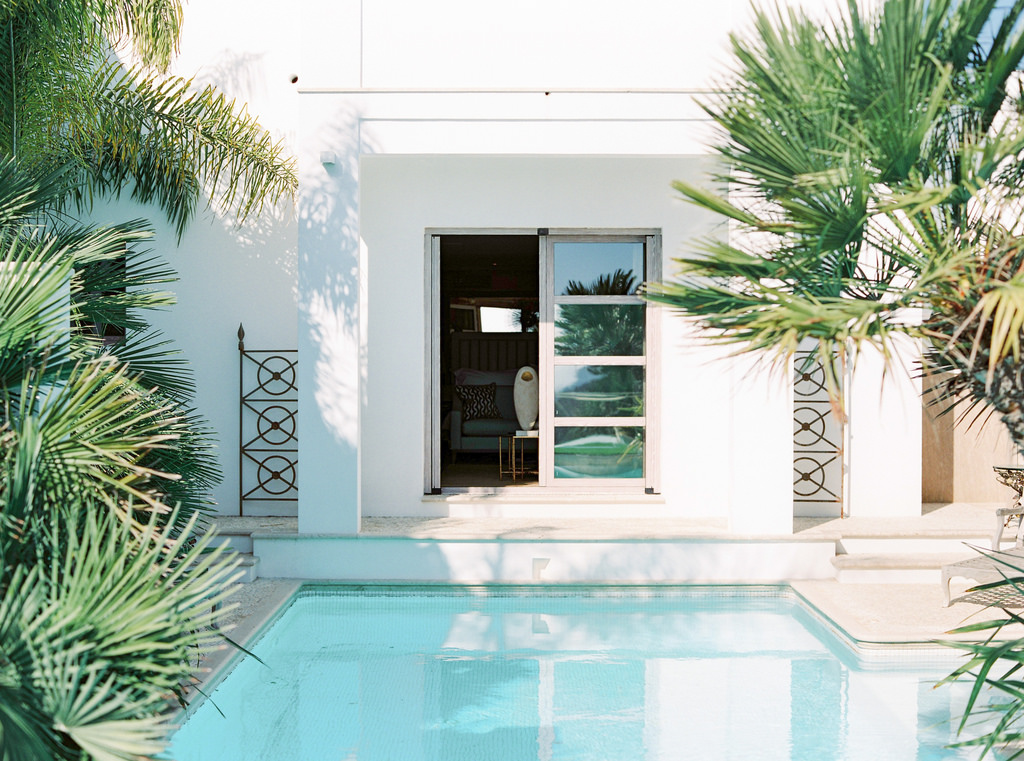
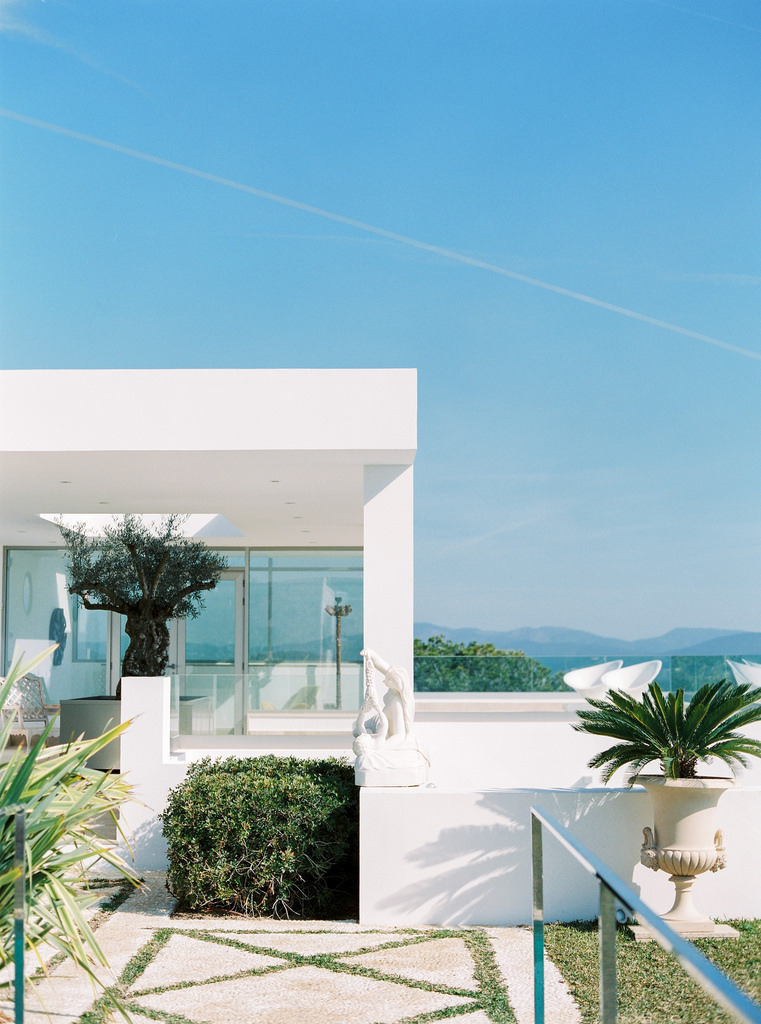
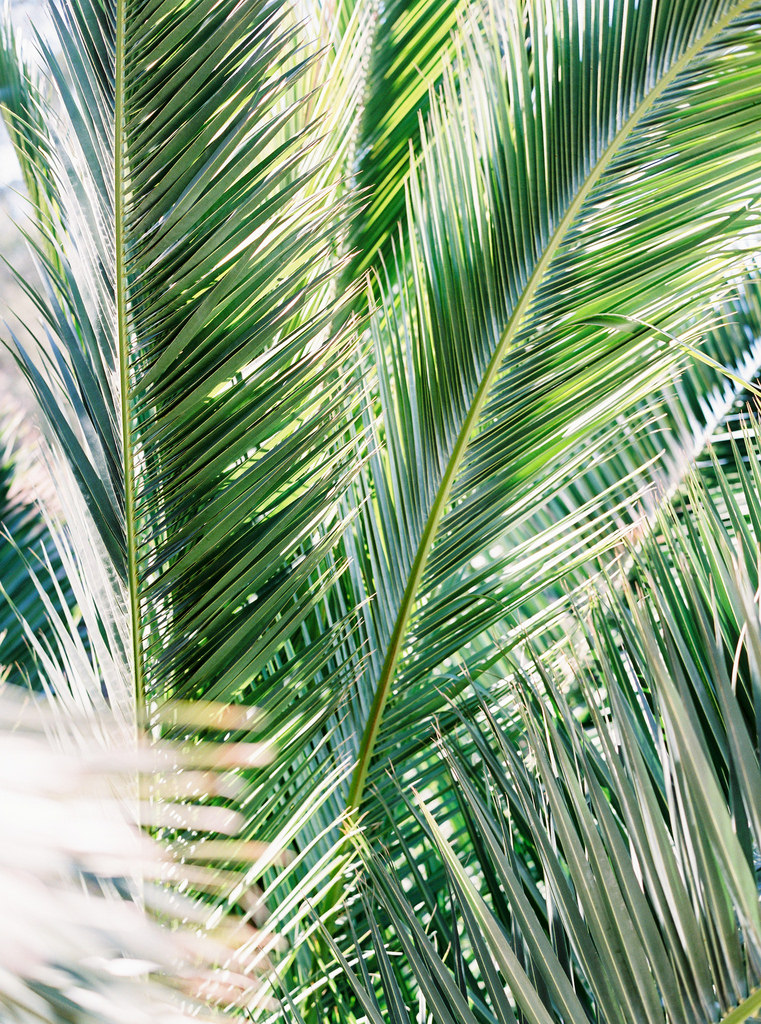
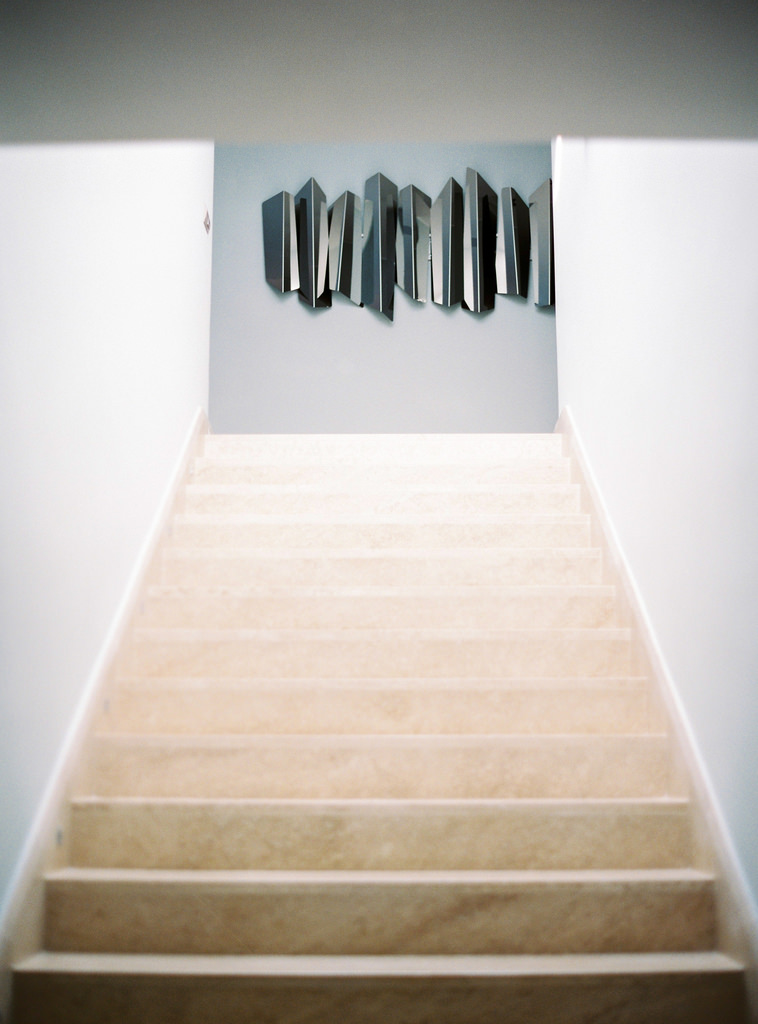
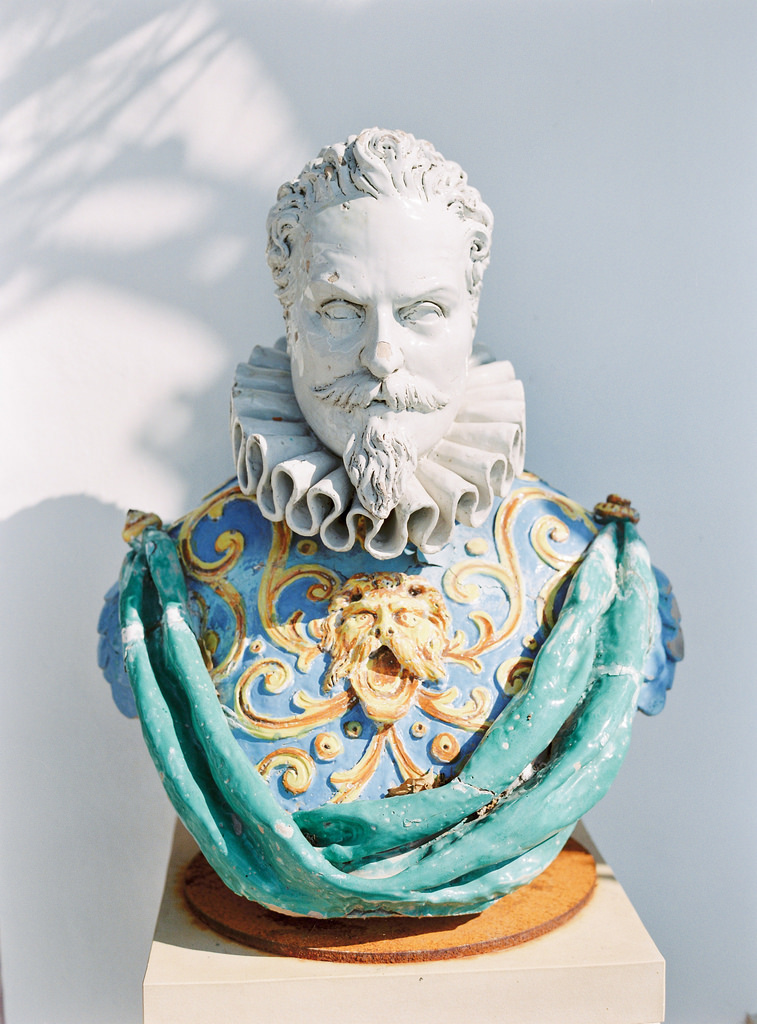
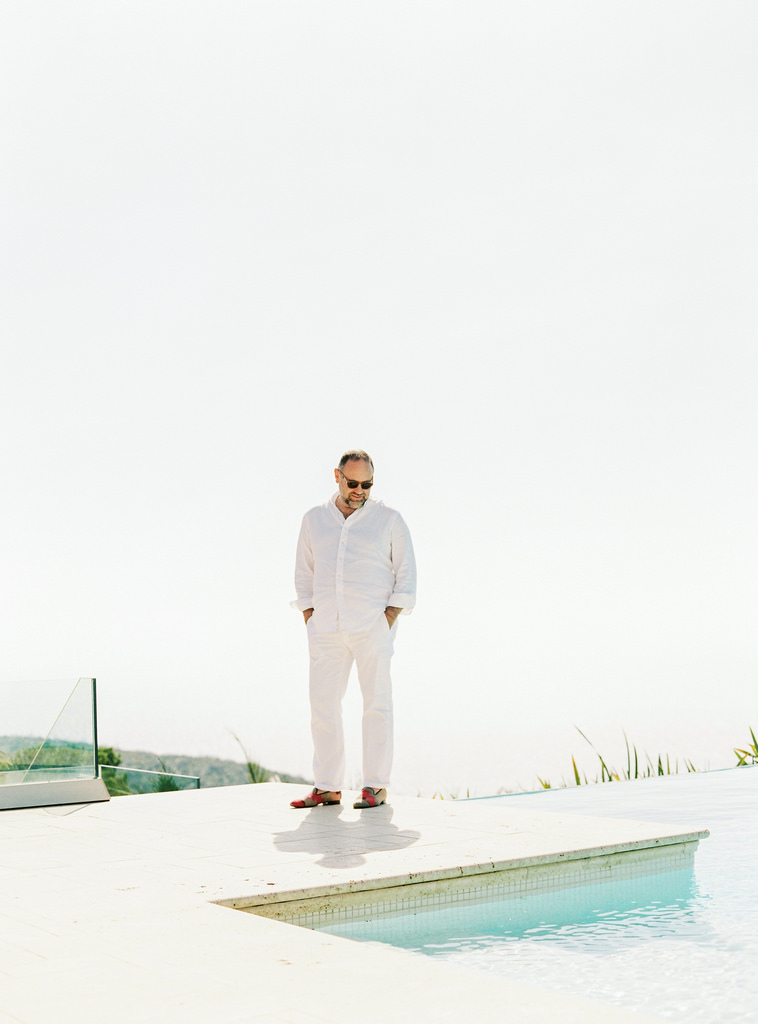
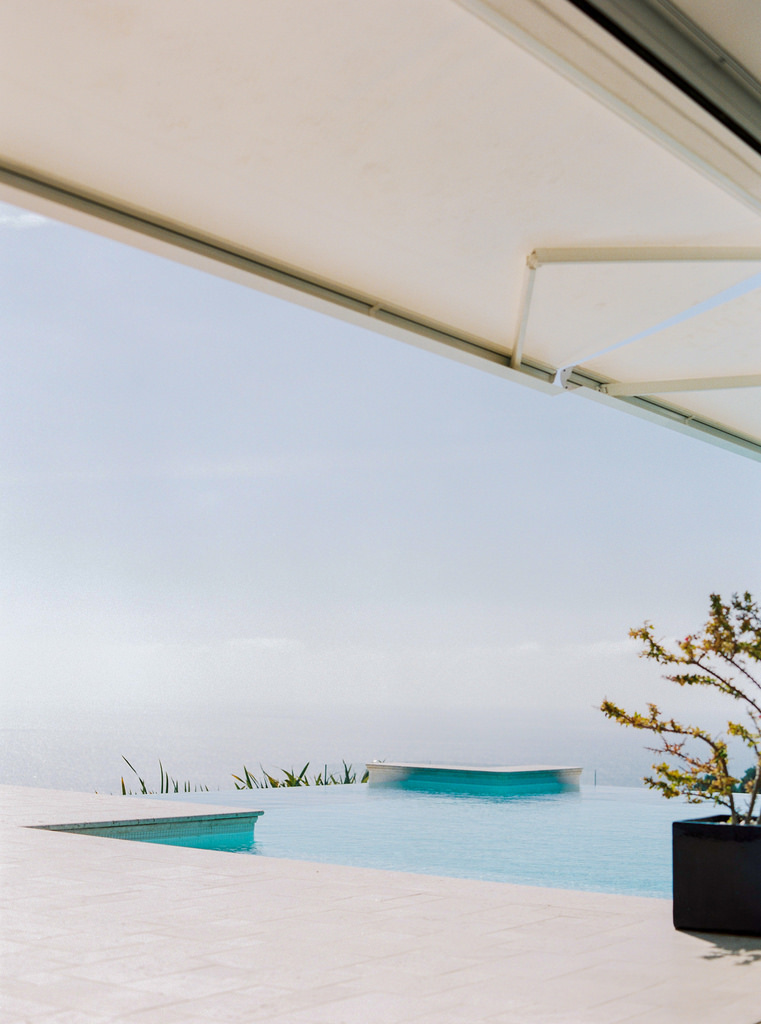
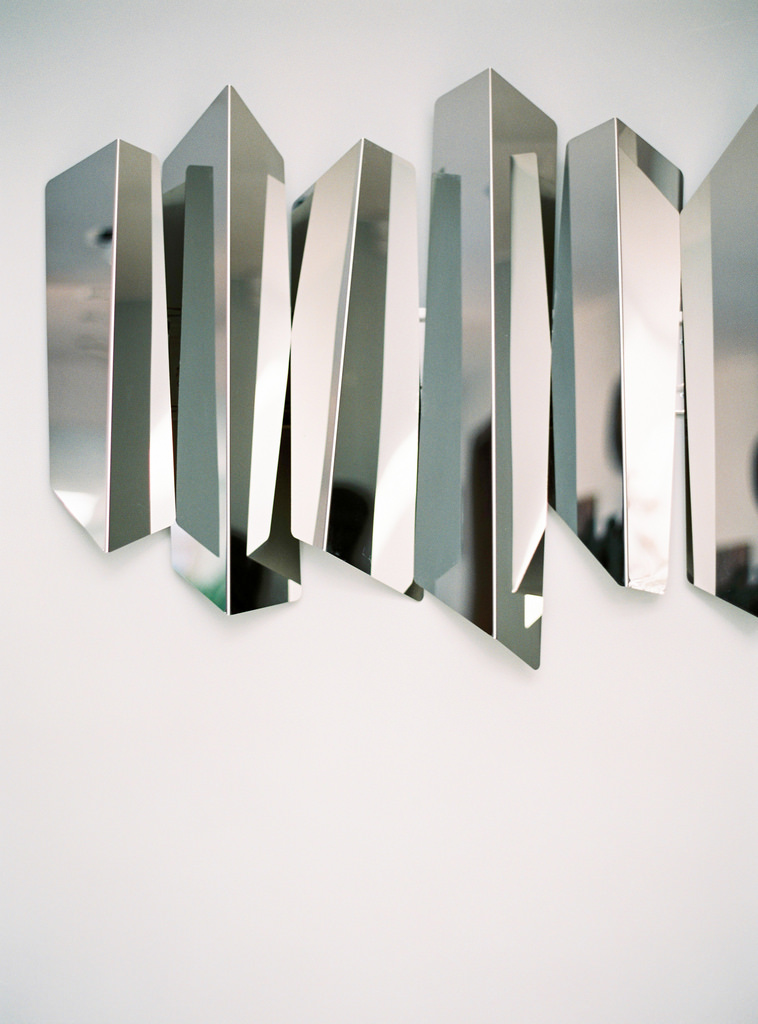
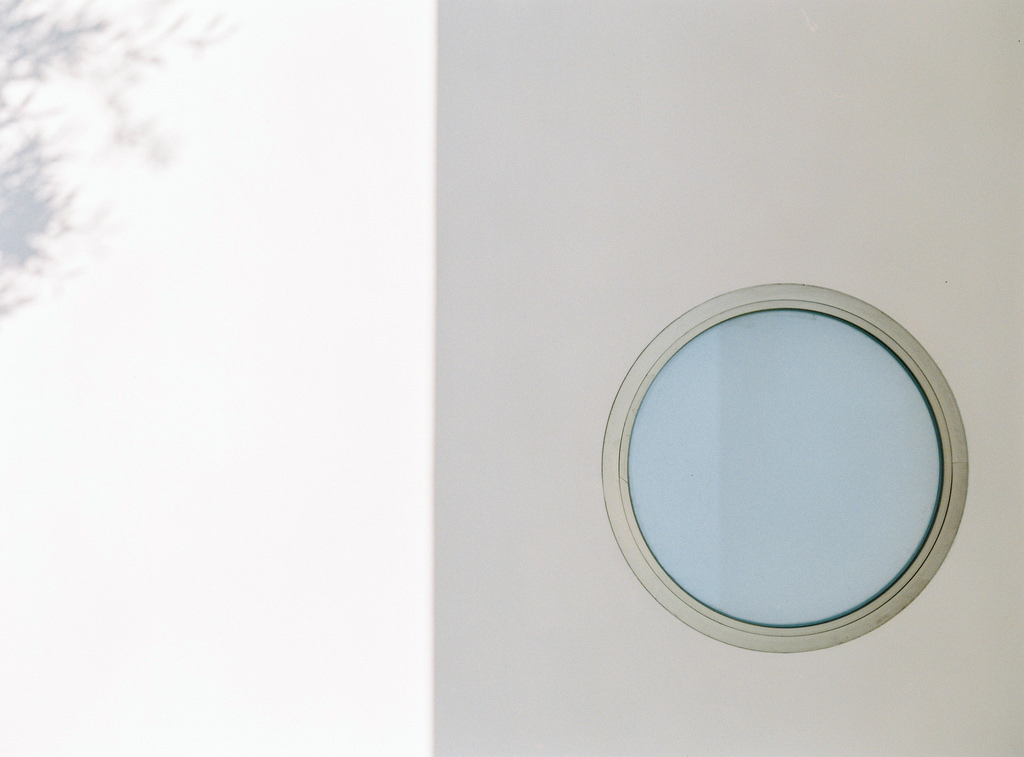
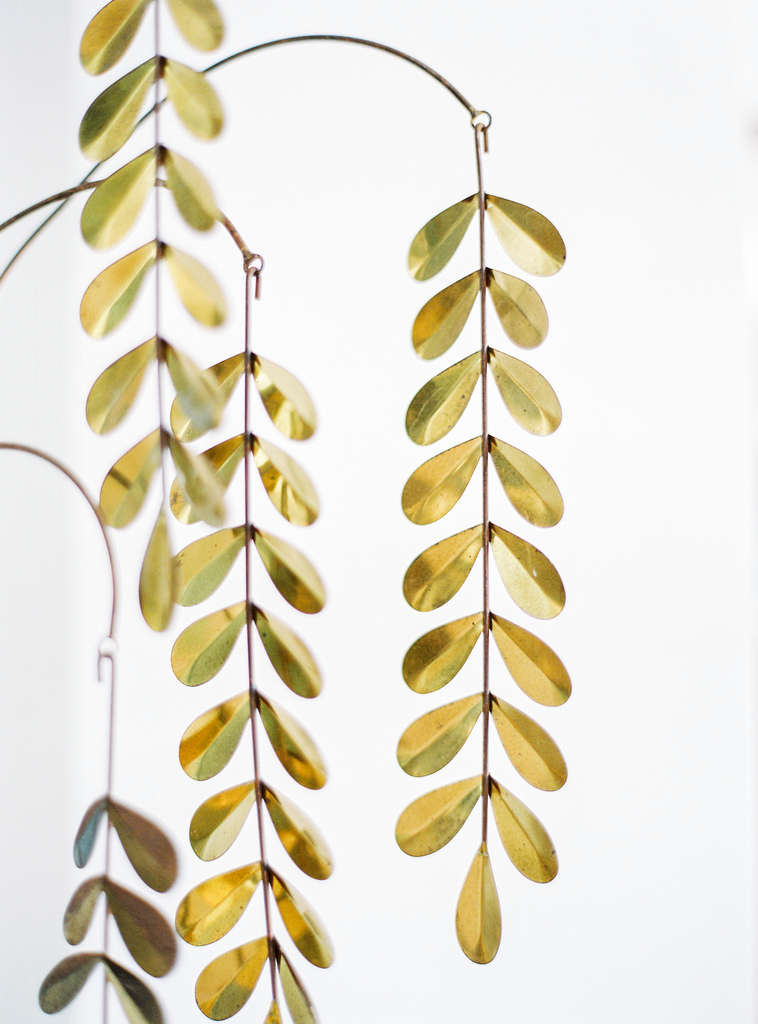
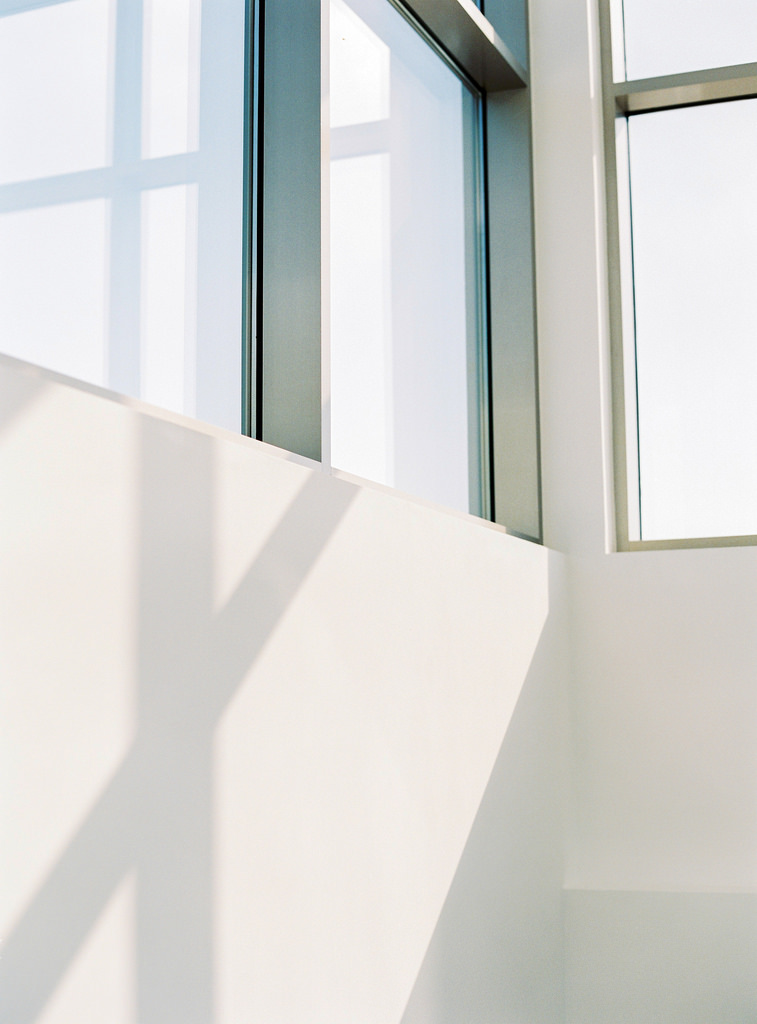
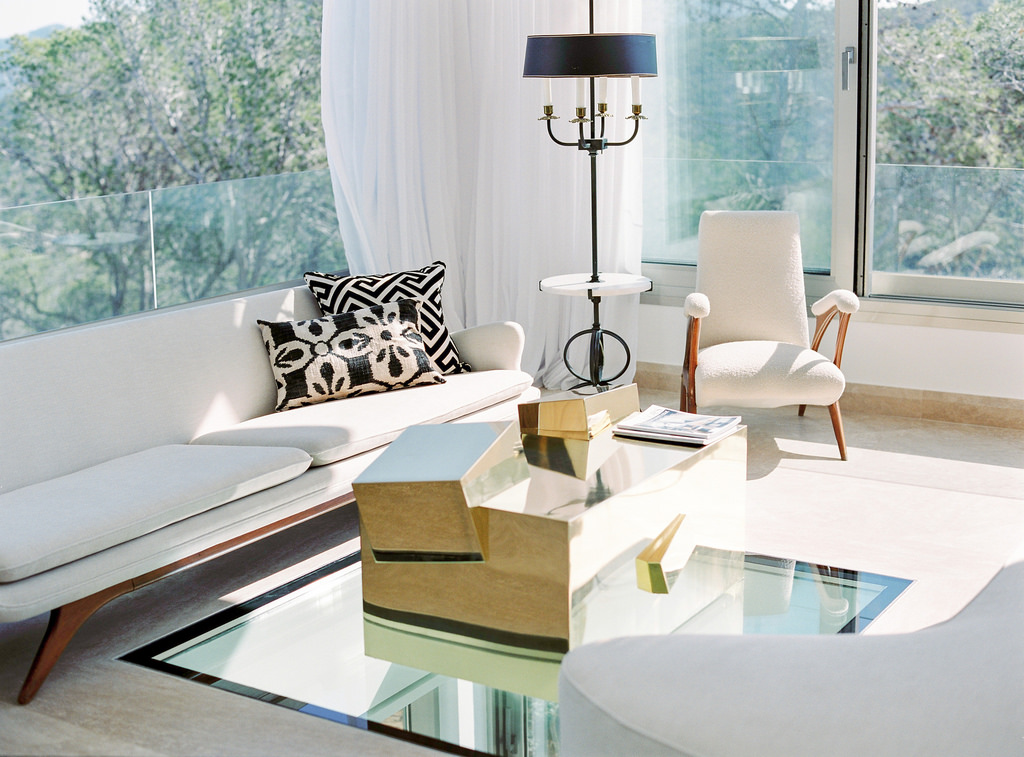
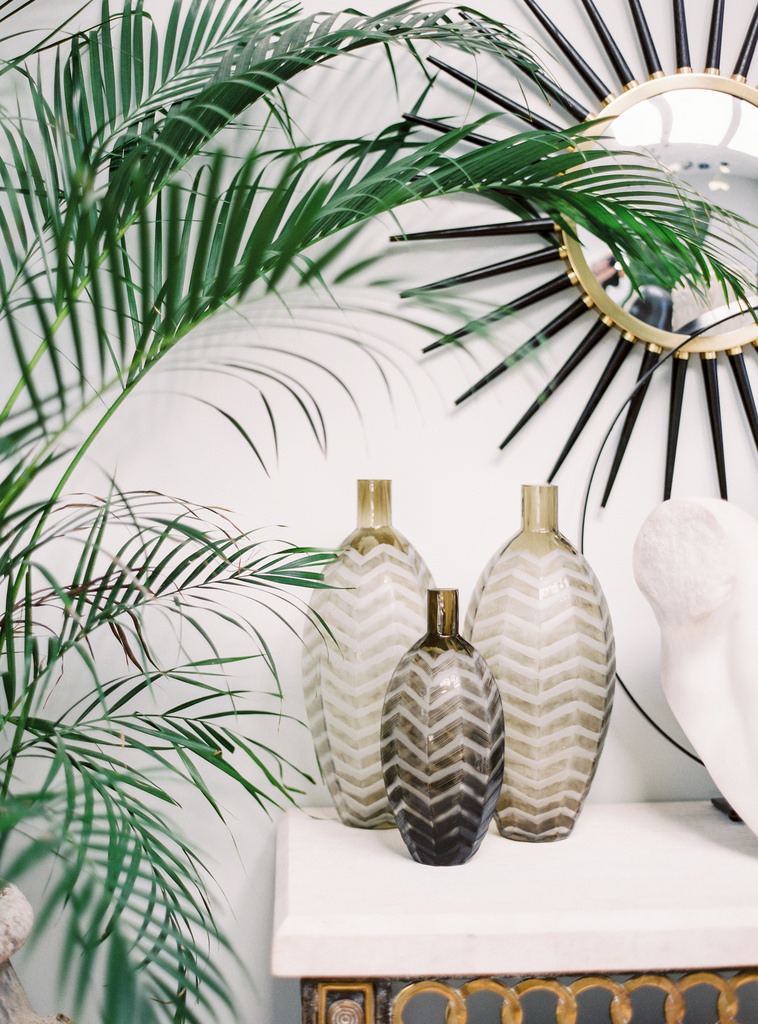
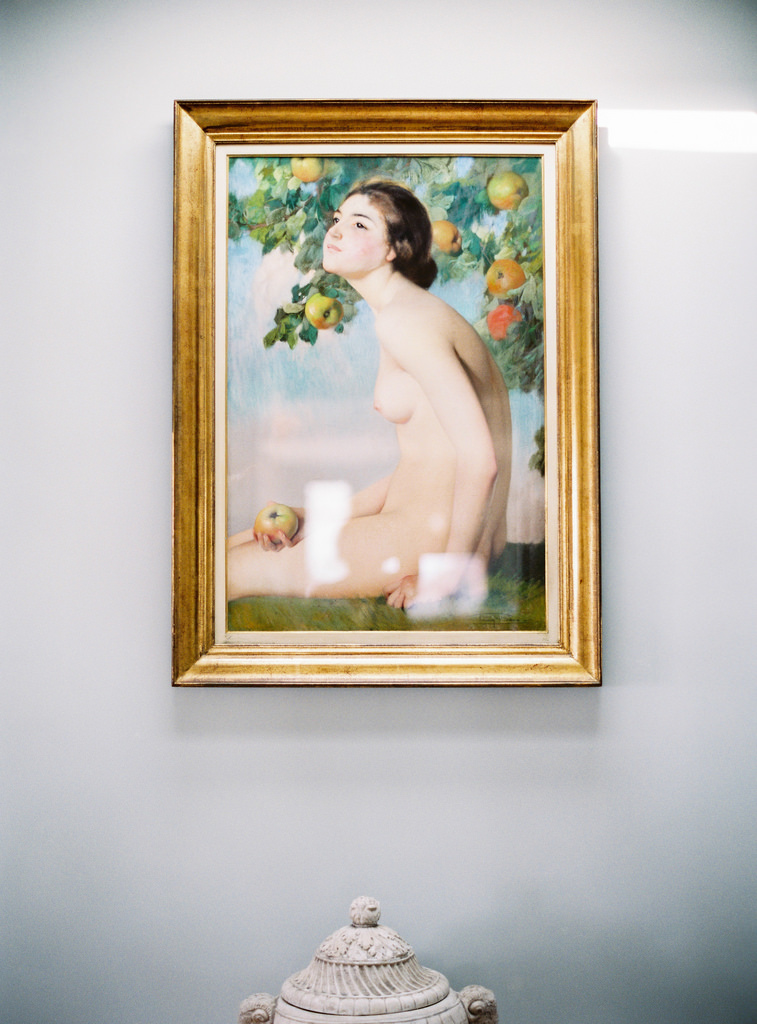
This laidback approach to living is echoed throughout Leppan’s life. Rather than being a collector who stores things behind closed doors or glass cabinets however, he believes firmly in using everything. “I grew up in a house where fine china was for special occasions,” he explains. “But I find every occasion, every meal time with family and friends, is special. I would rather have 100 fabulous meals and bin a plate than have it sitting in a cupboard unused.” The same goes for his collection of classic cars – including Rolls-Royce and Ferraris – which when he brings them to the island are stored in a purpose built garage beneath the house. “I absolutely drive my cars around in Ibiza,” he says. “They’ve got to be used. It’s a car, it’s built to be driven and any damage from caminos, stones and dust can be restored. I don’t hold back from using things.” Leppan’s youngest daughter has recently developed a passion for books, with a particular fondness for the antique books lining his shelves. While he does admit he has to keep himself in check when it’s a pristine rare edition she reaches for, he also believes in spending the time with children to explain why something is precious and should be cherished, rather than panicking and taking it away.
“I sit down with a deep breath and explain that it’s very old and special, and that we should look at it together. If you’ve got kids, you’ve got to be prepared to share what’s in the house with them and teach them from an early age to appreciate.” The contents of the home are a testament to the owner’s eye for art, interior design and architecture. “I tend to buy things and figure it out later,” he says, when asked of his interior designing style. Having travelled extensively for both business and pleasure for much of his life, he receives constant enjoyment from the pieces of furniture, art or décor that remind him of his nomadic journeys, cherished holidays and time spent abroad for work. “It’s all really special to me,” he shrugs, gesturing around the sumptuous living room when asked to identify a favourite piece. “I tend to surround myself with things I think are very beautiful, I am far more focused on finding things that are unique, than things that are mass produced.”
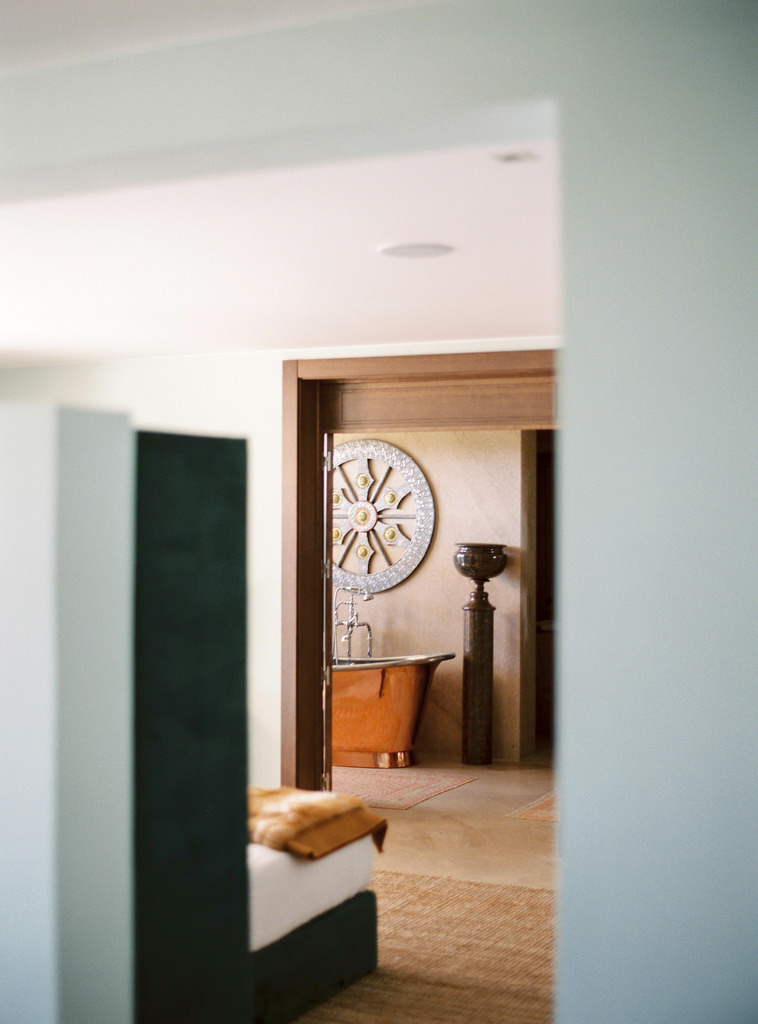
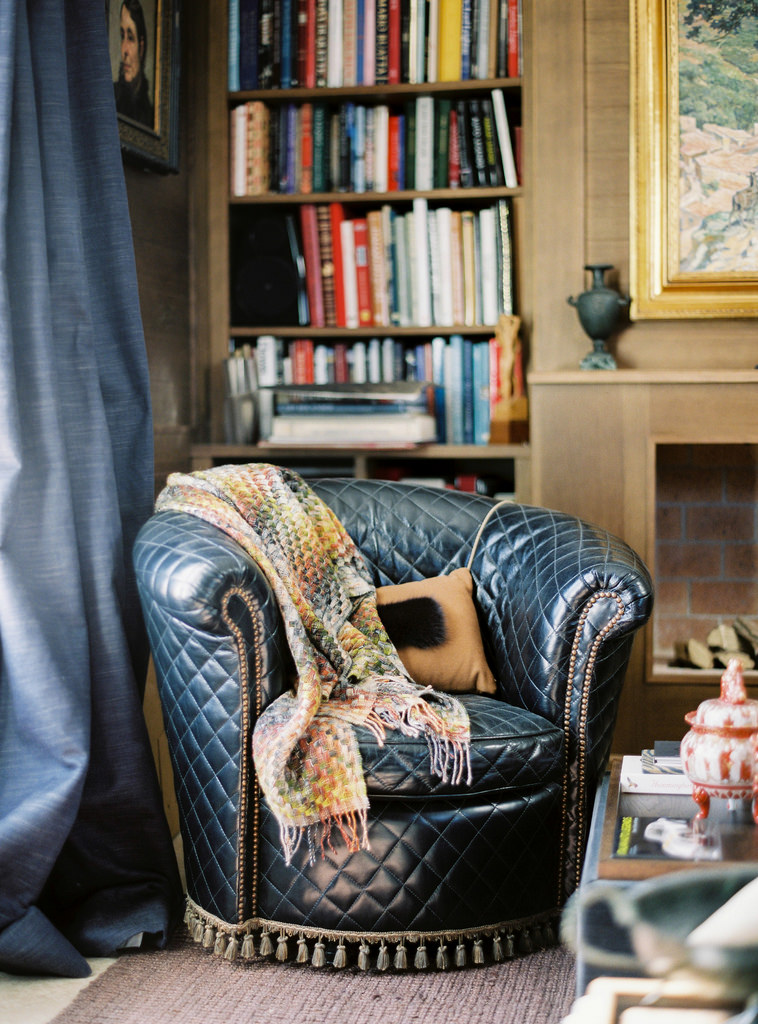
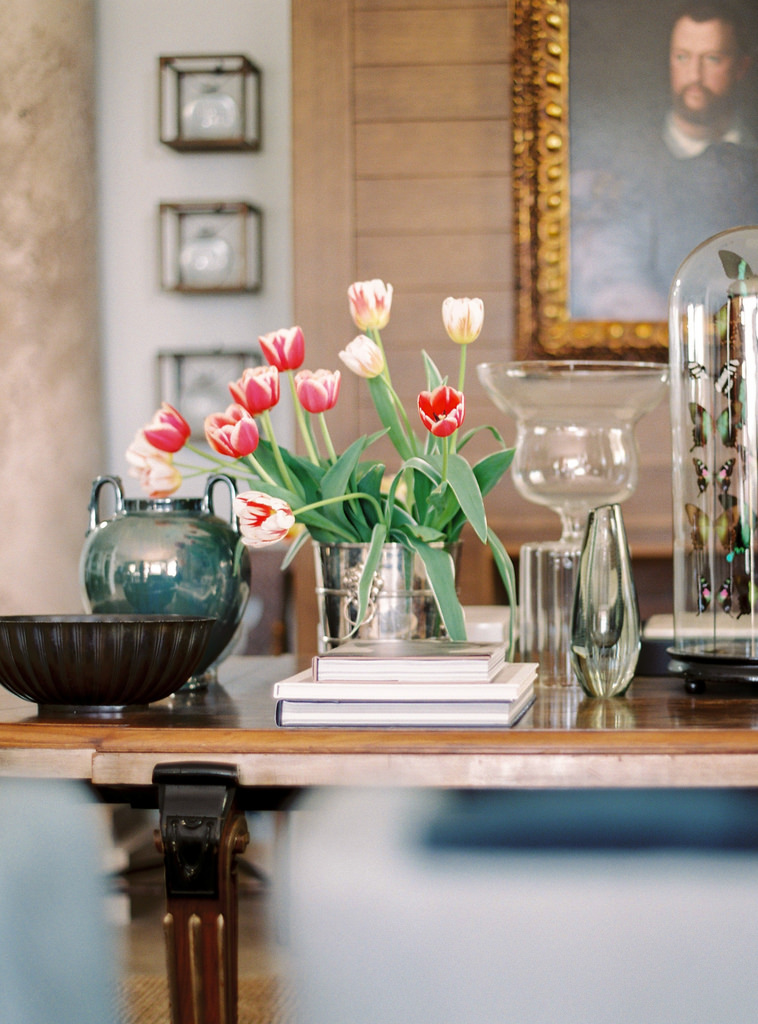
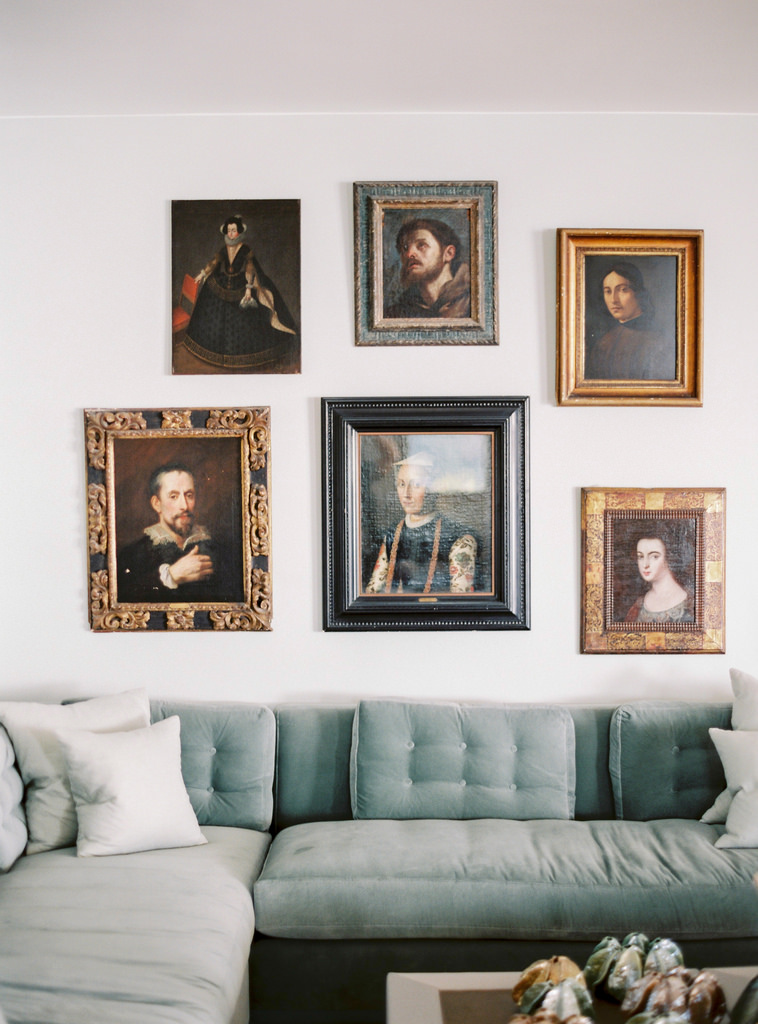
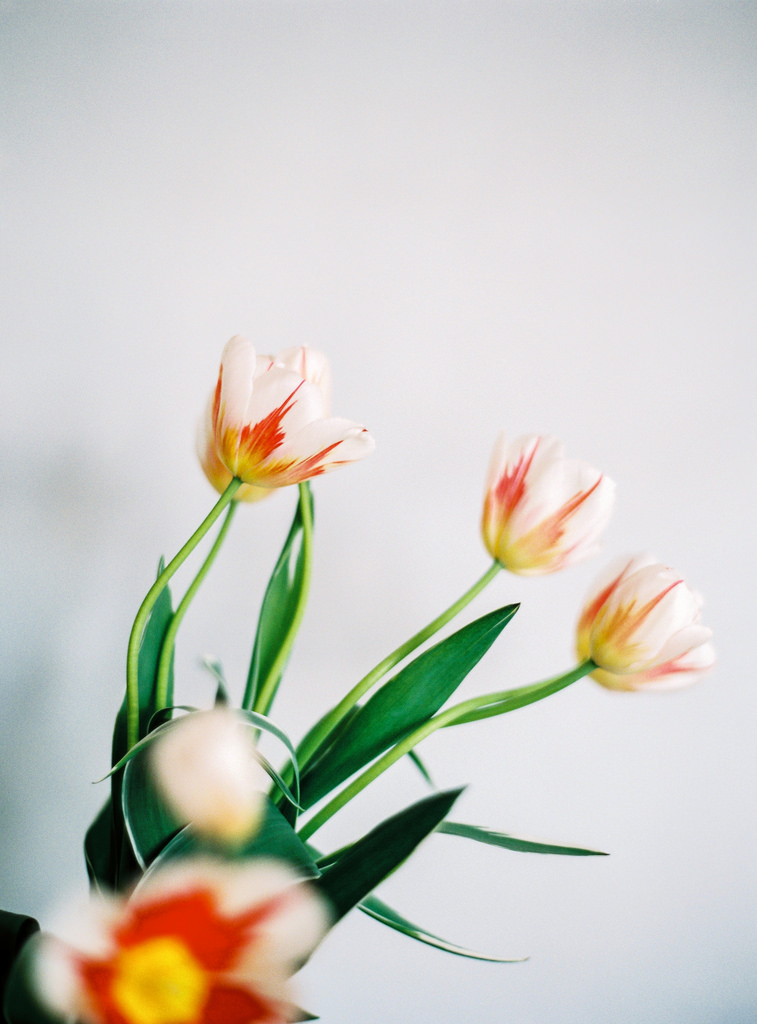
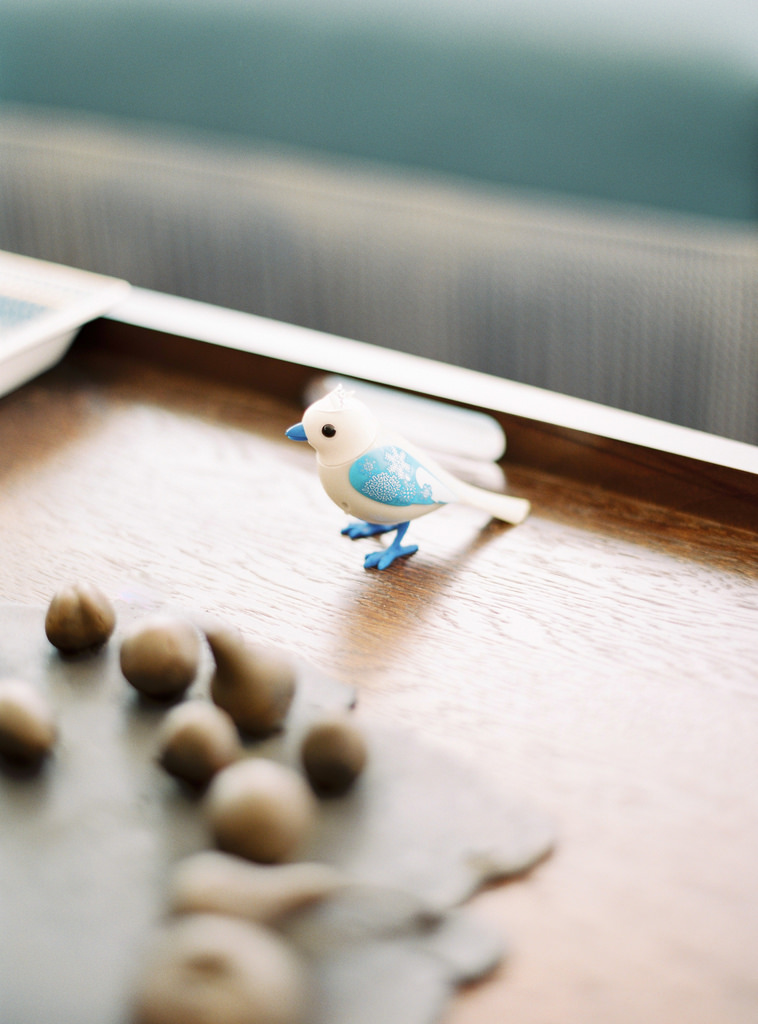
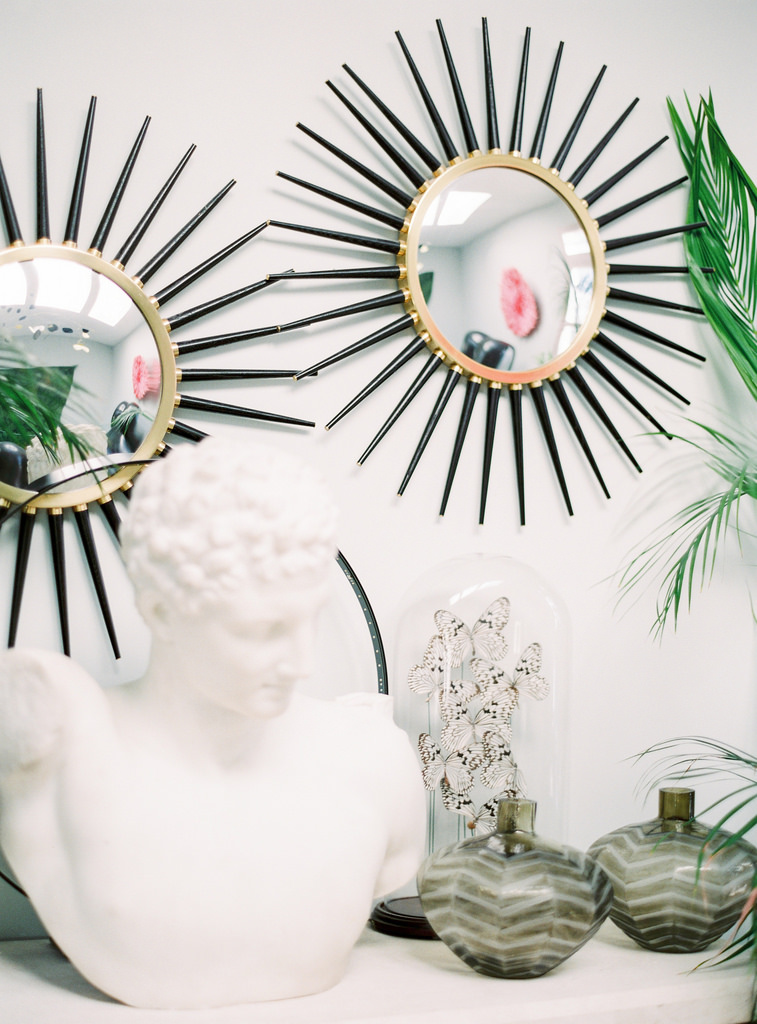
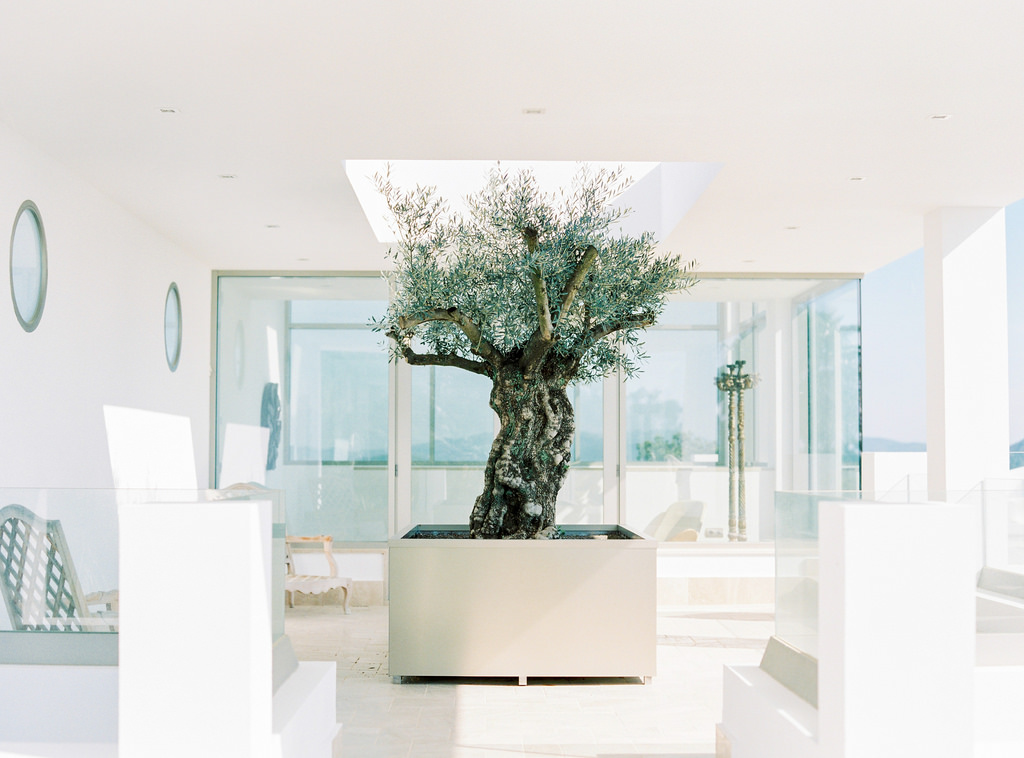
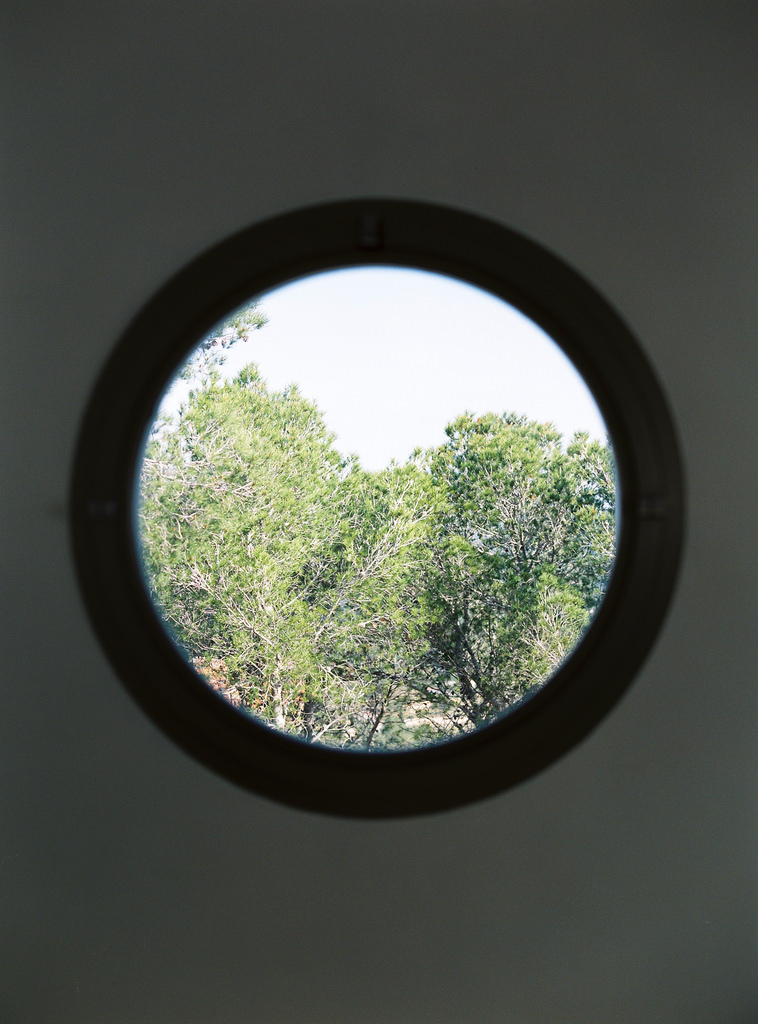
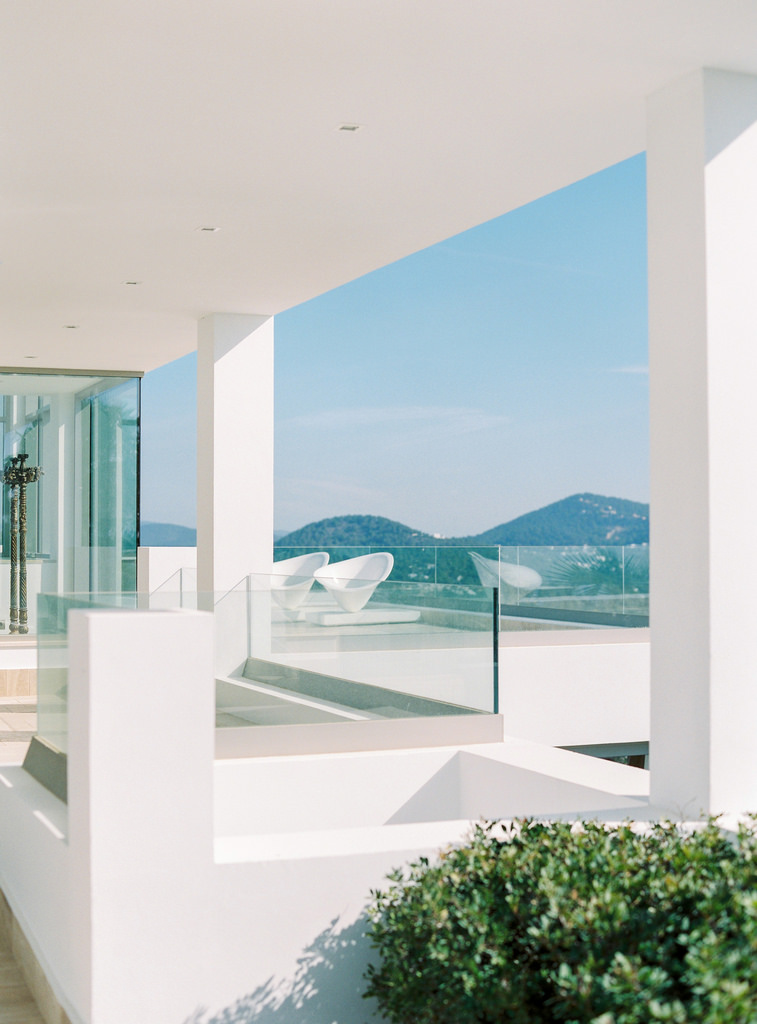
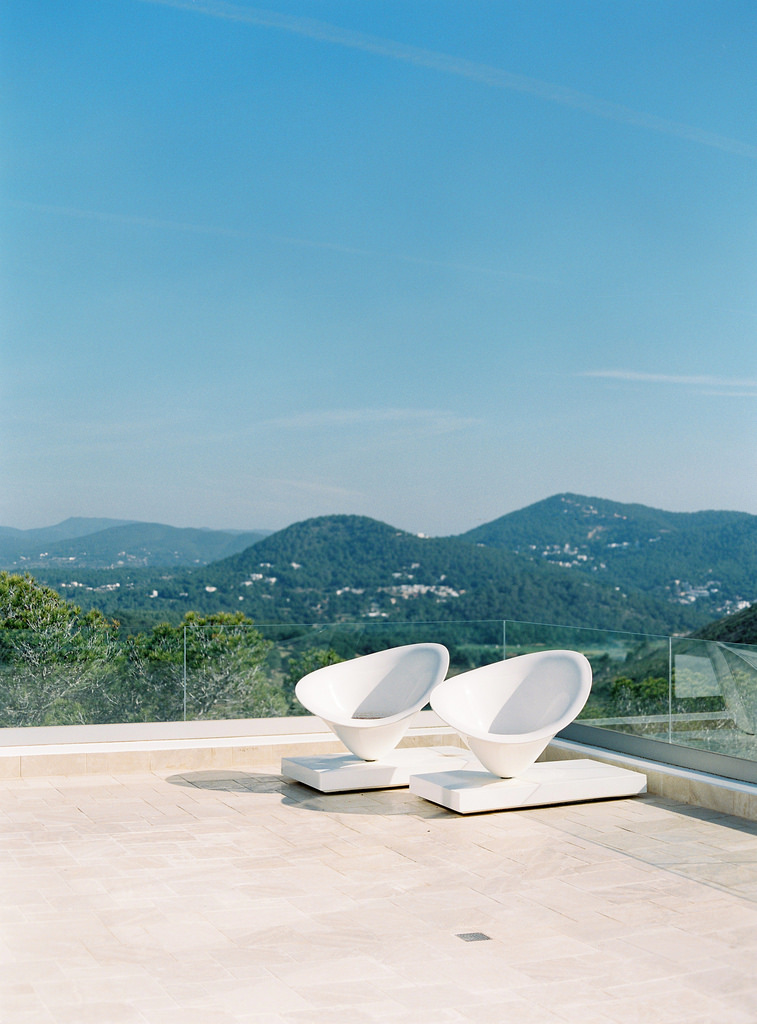
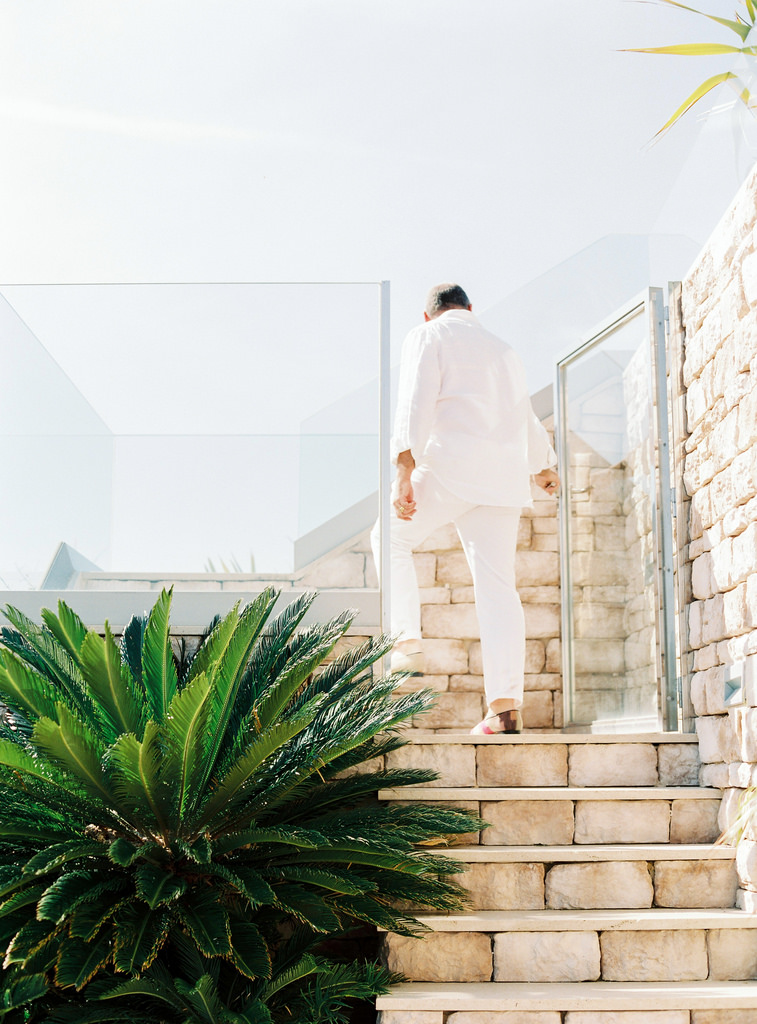
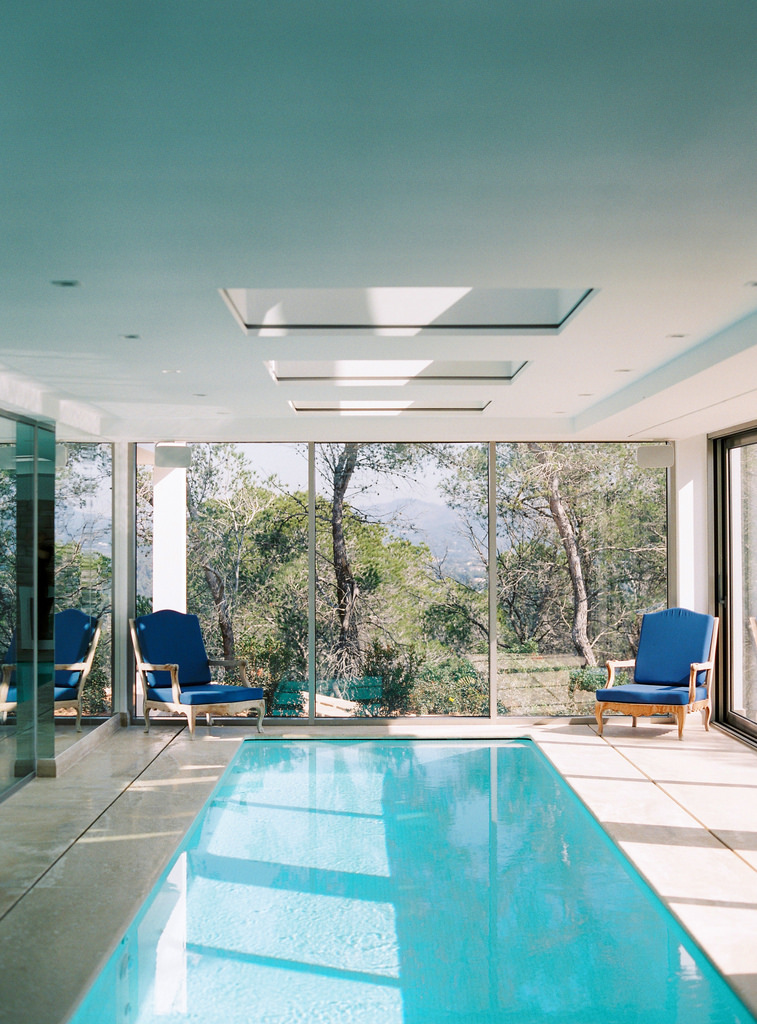
Today she applies her talents to her role as Design Director for worldwide energy recruitment company Spencer Ogden, who just so happen to have an office here in Ibiza, located above the stunning contemporary apartment Bonita shares with her husband David Spencer-Percival… The bright lights and buzz of the island lifestyle had never appealed to Bonita, who had enough glitz and sparkle in her own life and varied career to keep her in London and travelling through other parts of the world. However David – who Bonita describes as “an Ibiza boy when I met him, with long hair – he grew up in funny places like Space,” – eventually tempted her to visit his beloved island five years ago, showing her a side to island life she hadn’t expected, and instantly fell in love with. It wasn’t long before the couple decided to invest in property in Ibiza.
“I never really wanted an apartment,” Bonita says, as she begins to tell the tale behind the gorgeous one-bedroom Ibiza town apartment. “I wanted a finca. Well, actually, originally I wanted a house in Provence – you know, I’m a woman of a certain age and all the women of my era went to France. I saw myself pottering around with lavender… But David brought me here and I completely fell in love with it, so as a starter, we took this apartment.” “We were very lucky,” she continues. “The building is beyond beautiful, and the apartment was very well finished, a lovely empty shell. All we had to do was style it.” And style it she did, fusing Brit-esque urban design detailing with crisp, clean furnishings and just a dash of modern bohemianism. Believing in sourcing locally, Bonita didn’t have to go much further than her own backyard, so to speak, finding much of the décor in quirky concept store Natura, plus one-off rustic wooden pieces from Ibiza Troc that were restored in white to suit the apartment style.
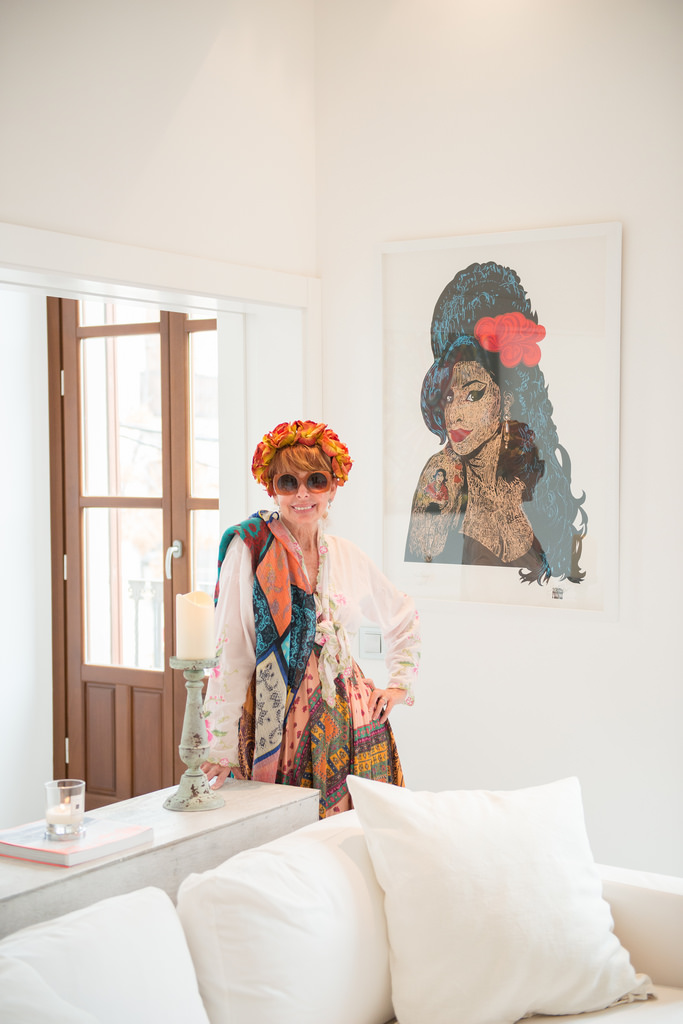
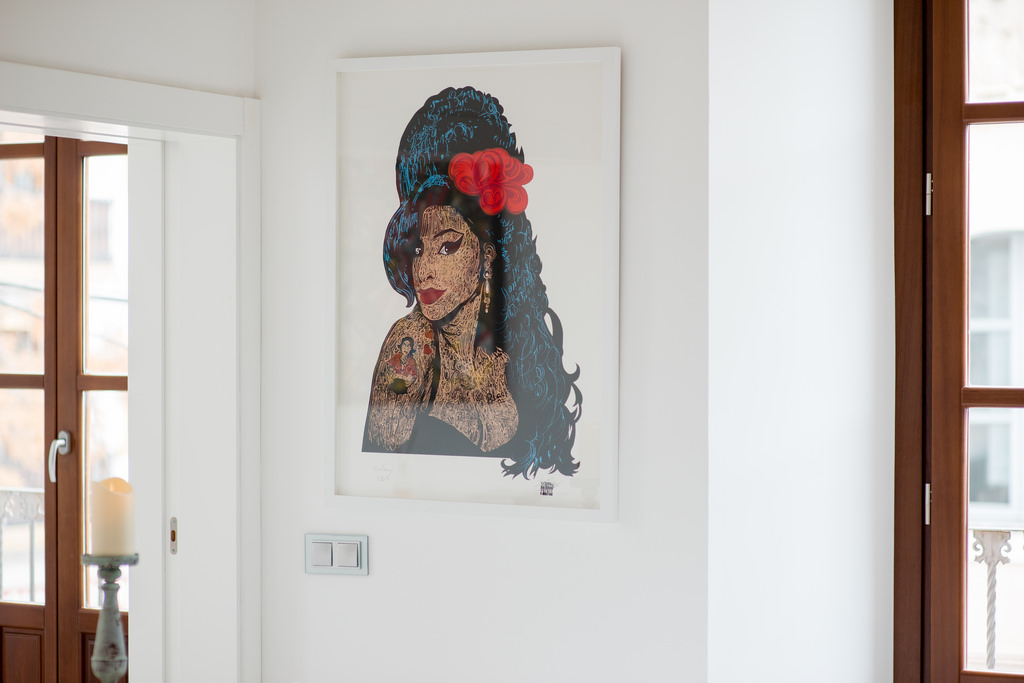
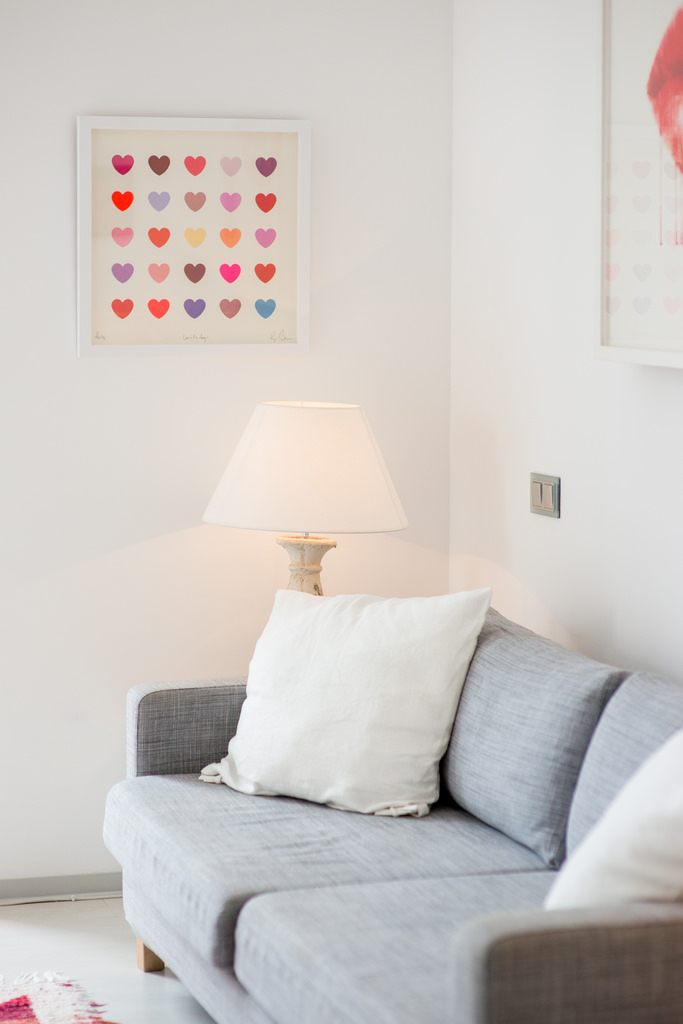
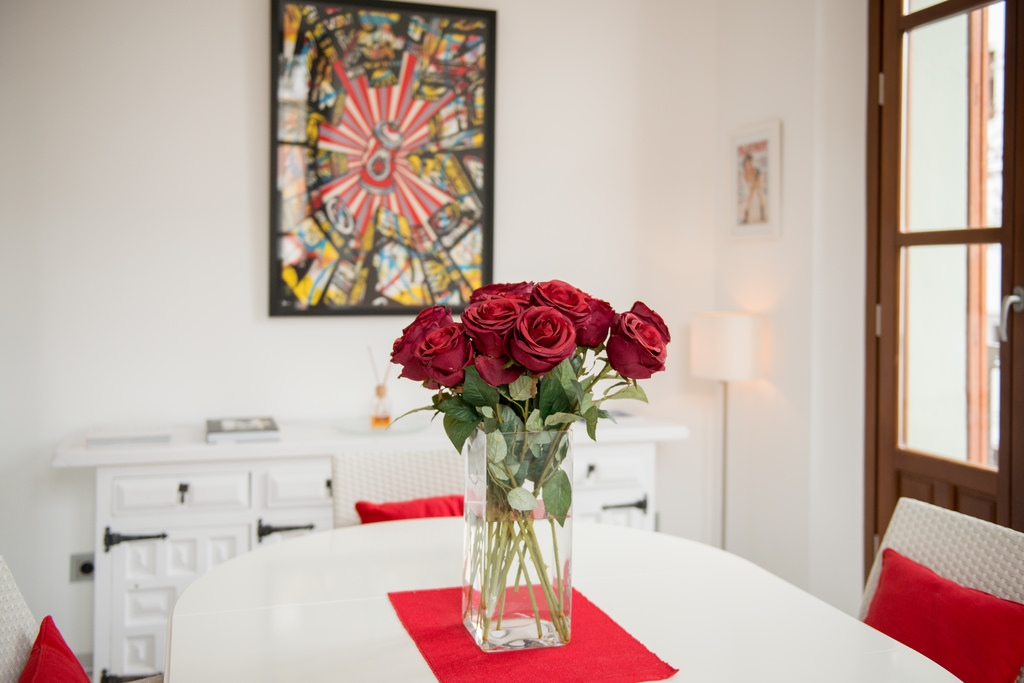
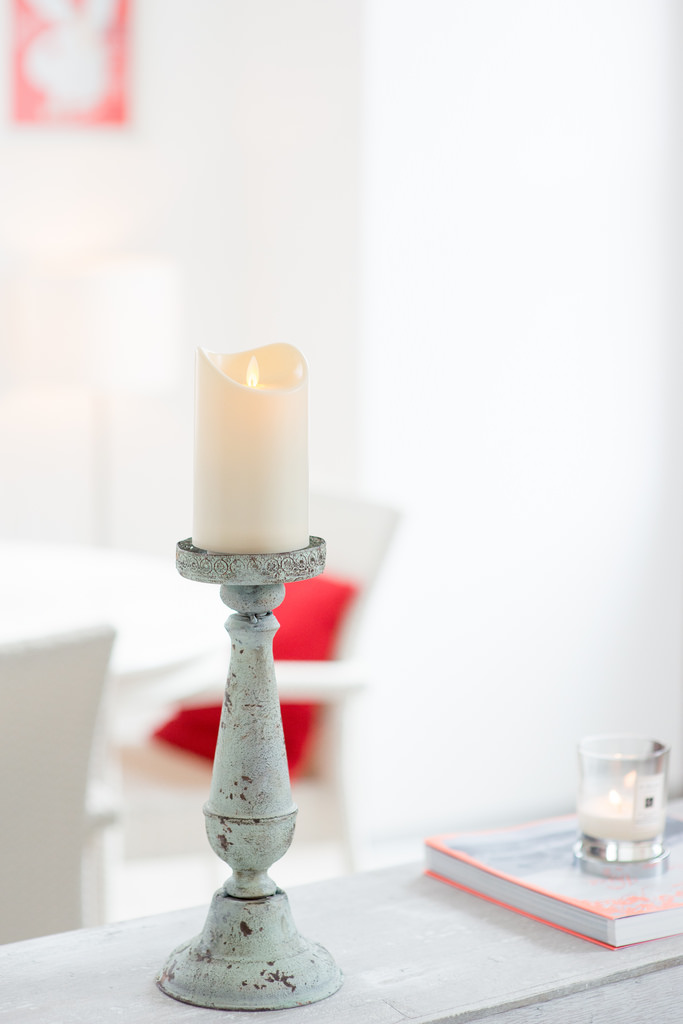
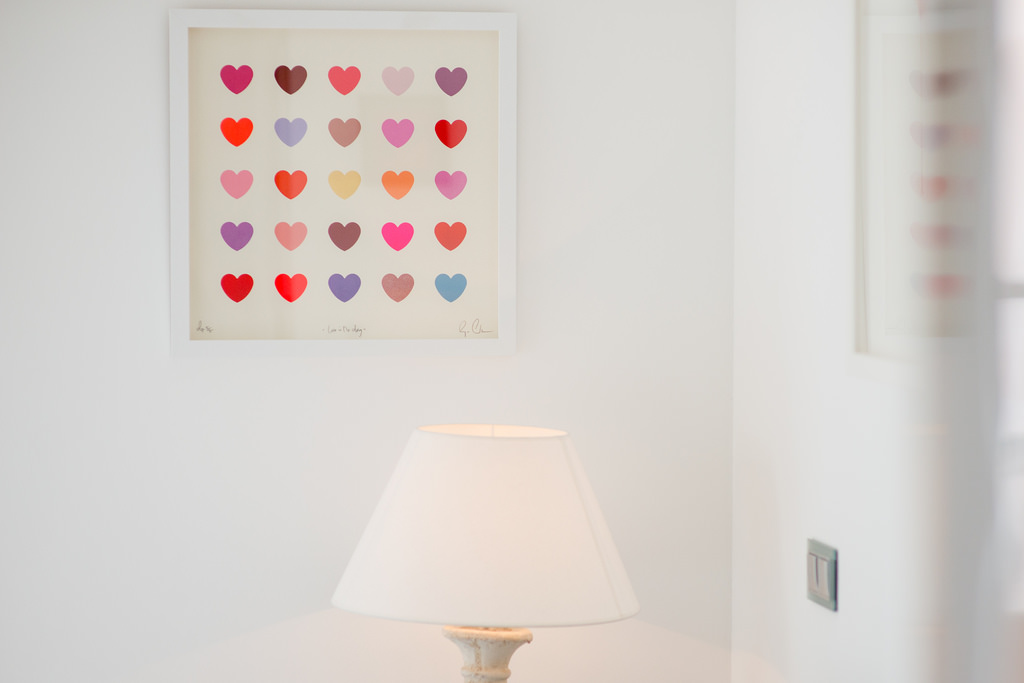
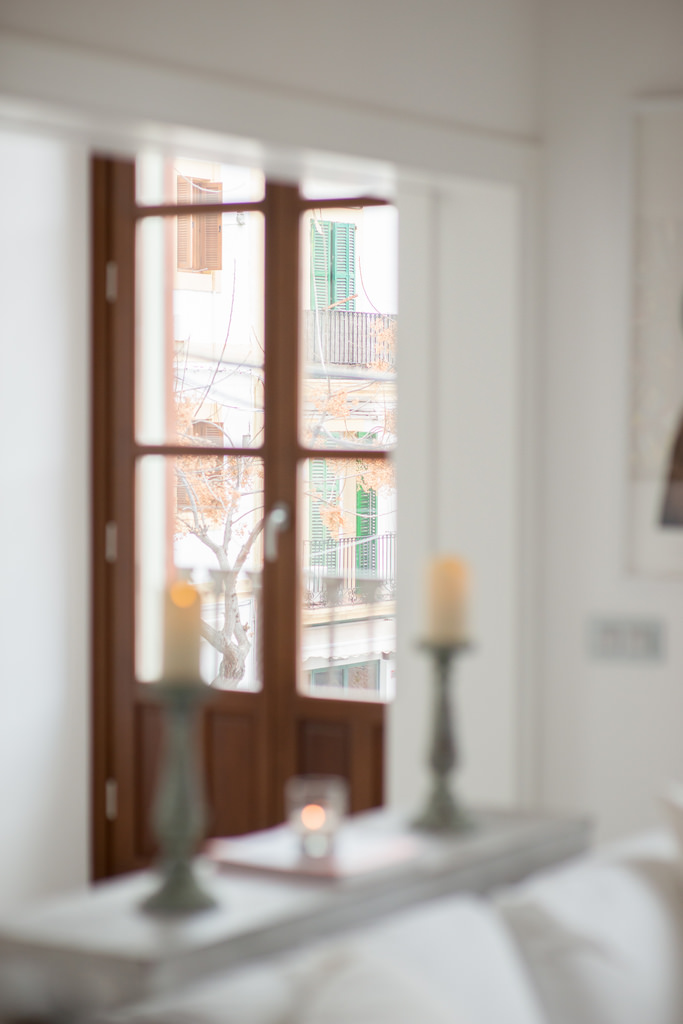
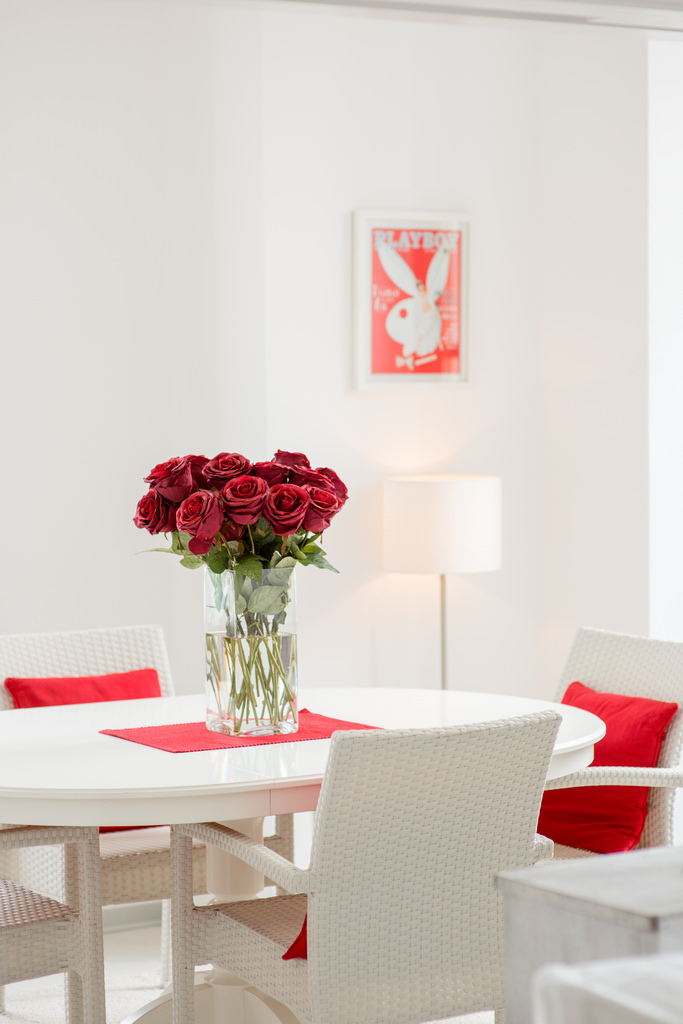
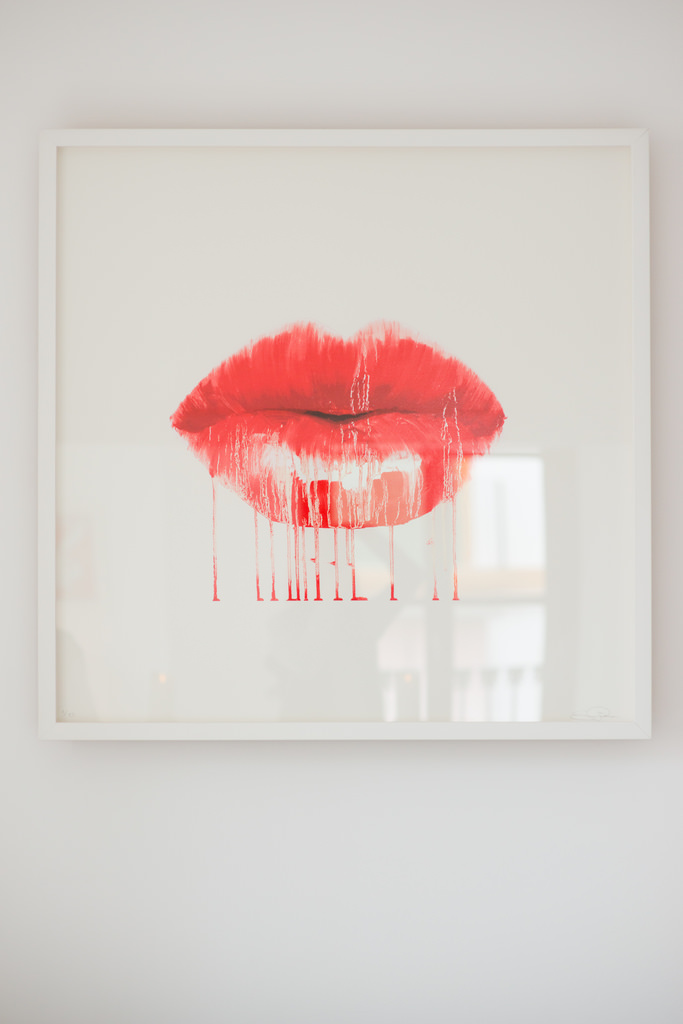
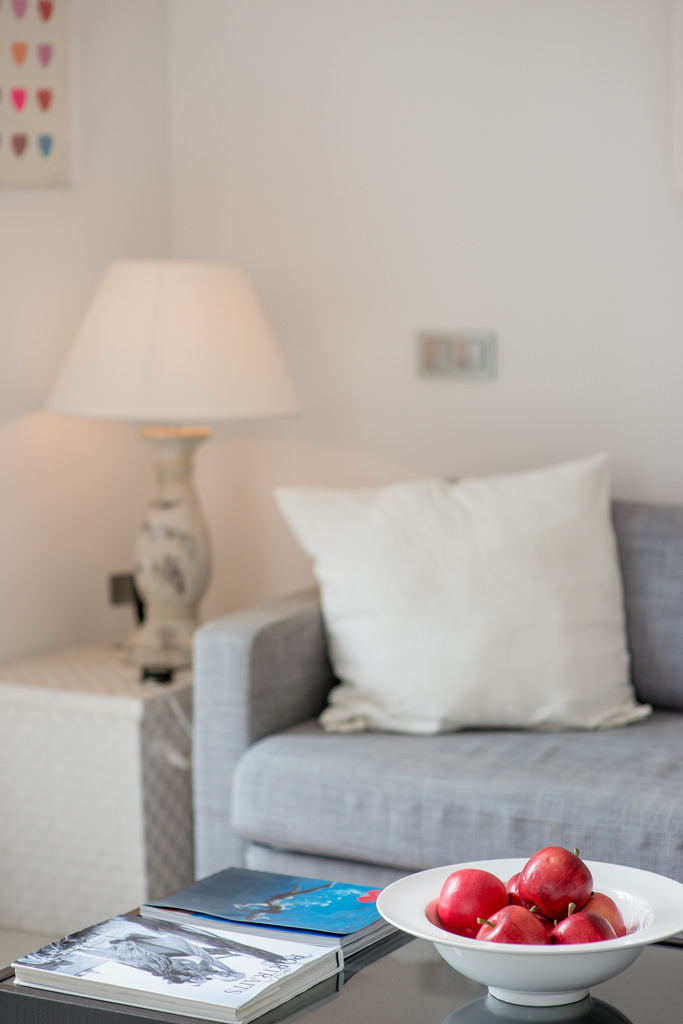
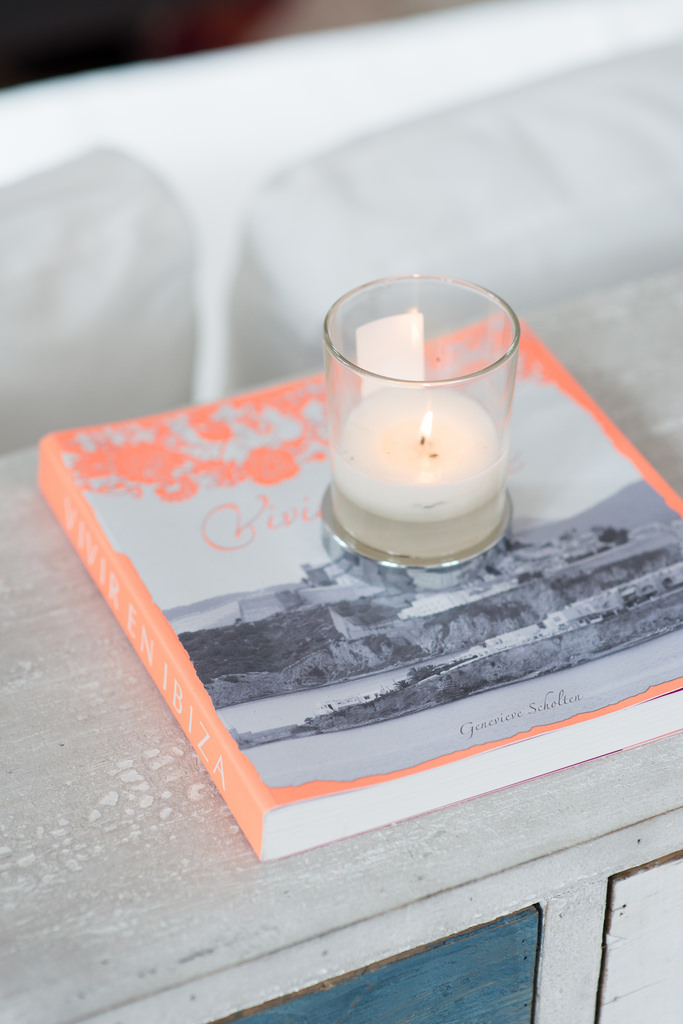
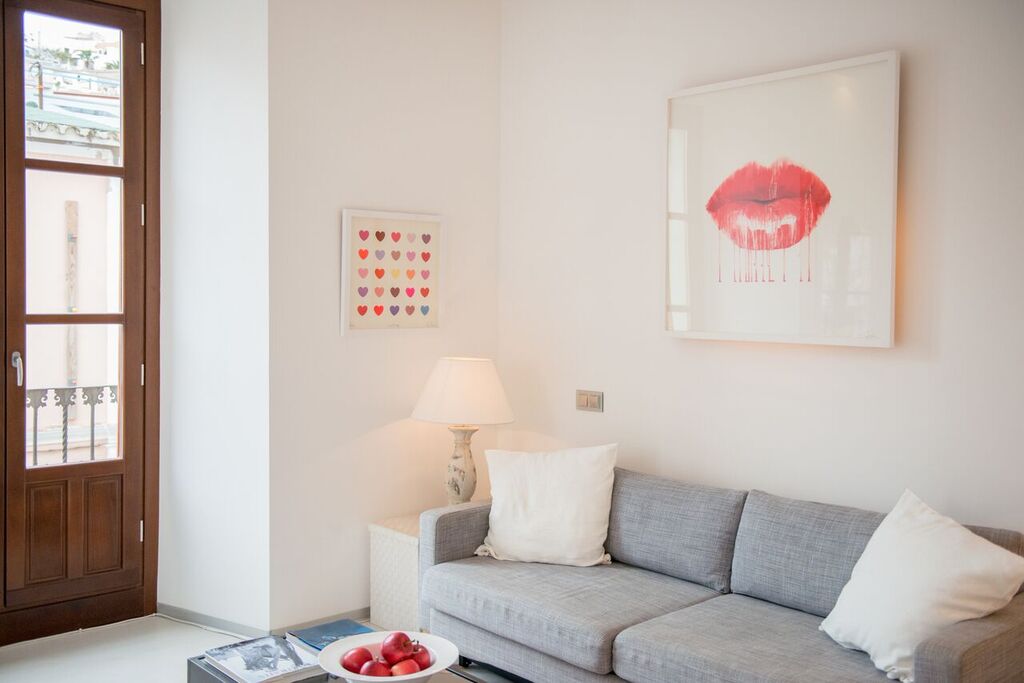
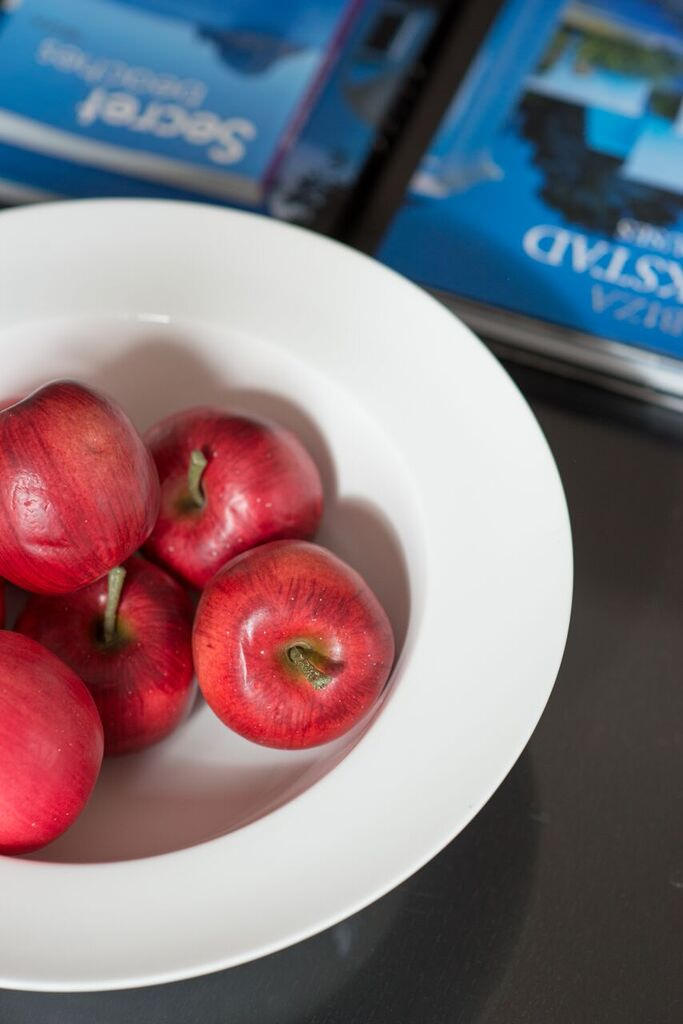
A self-confessed perfectionist (“I am just like Monica from friends,” she assures us while fluffing perfect pillows, re-arranging pristine flowers and neatening stacks of Ibiza-themed magazines), Bonita’s eye for style is evident in every corner, on every shelf or hanging from every hook throughout the intimate apartment space. “We did the apartment very quickly,” she says of the creative process. “Once we know what we want, my husband and I just go for it.” The impressive collection of urban art lining the wall is a testament to David’s taste – an avid collector, he boasts pieces of many different styles, ranging from Renaissance and old masters through to contemporary names such as Damien Hirst throughout their properties in Chelsea and the Cotswolds, however the Ibiza apartment called for something with a more vibrant, modern edge.
“My husband found all of the art in London, had it framed and then shipped it here,” says Bonita, who professes a particular fondness for the amazing Amy Winehouse portrait in pride of place in the living space, where the shadows on her skin were created with script citing the lyrics of Back to Black. A David Bowie awaits hanging, another tribute to a fallen hero. A particularly personal touch are the two framed Playboy covers, which on closer inspection are custom designed to feature Bonita’s face (“I think it may be Pammy Anderson’s body though,” she laughs) and carefully constructed coverlines relating to the couple’s lifestyle. Within the bathroom, a framed black and white poster reveals Bonita with the boys of Take That, a young Robbie Williams looking barely recognisable as a fresh-faced youngster.
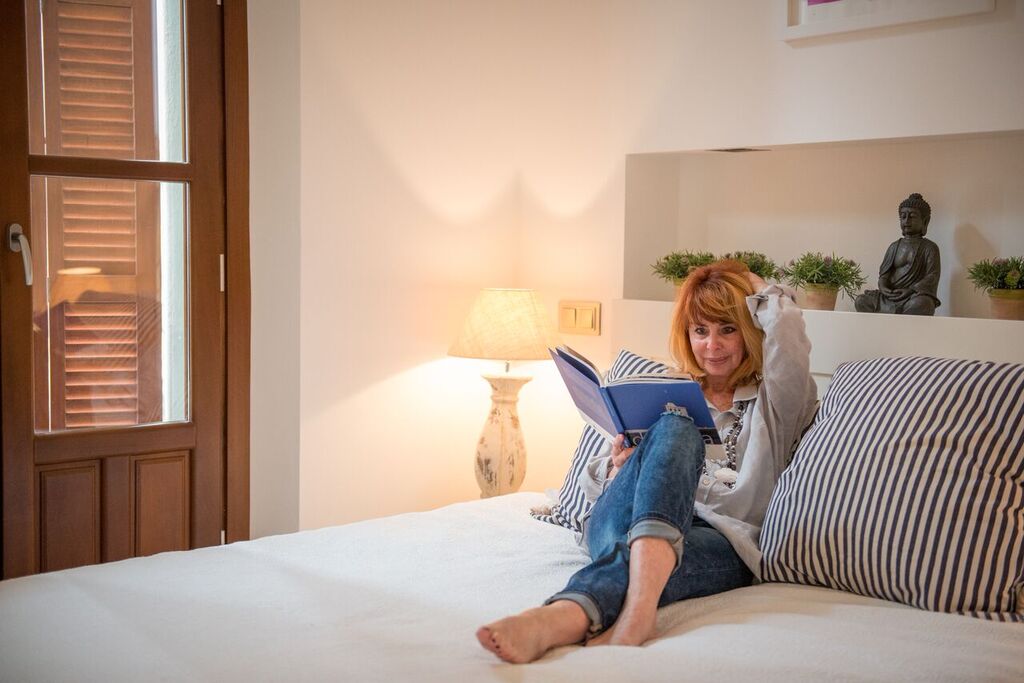
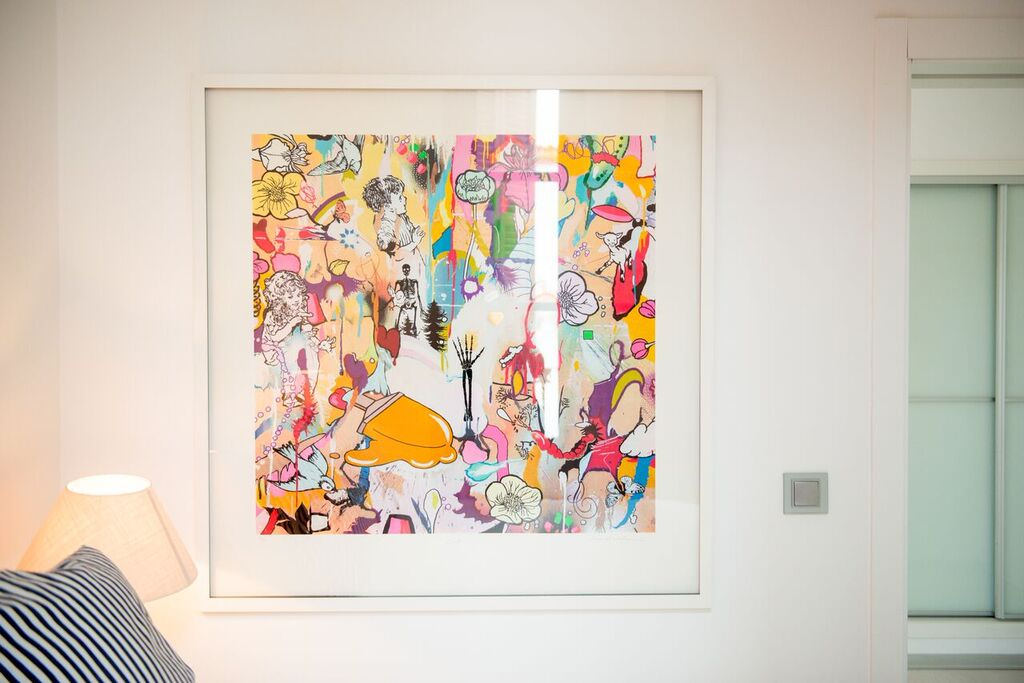
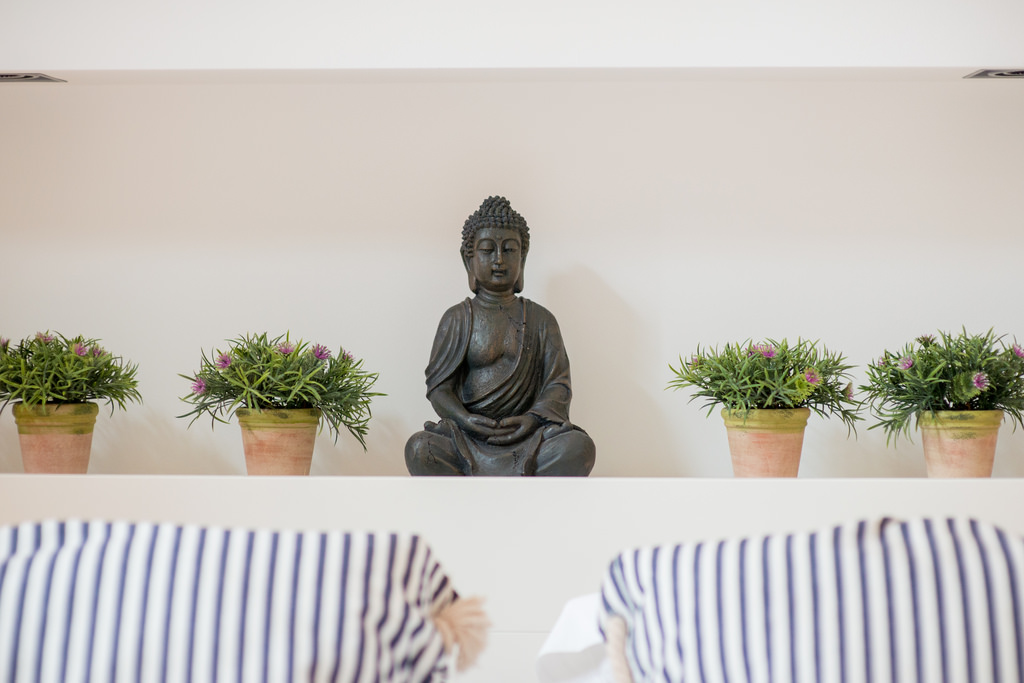
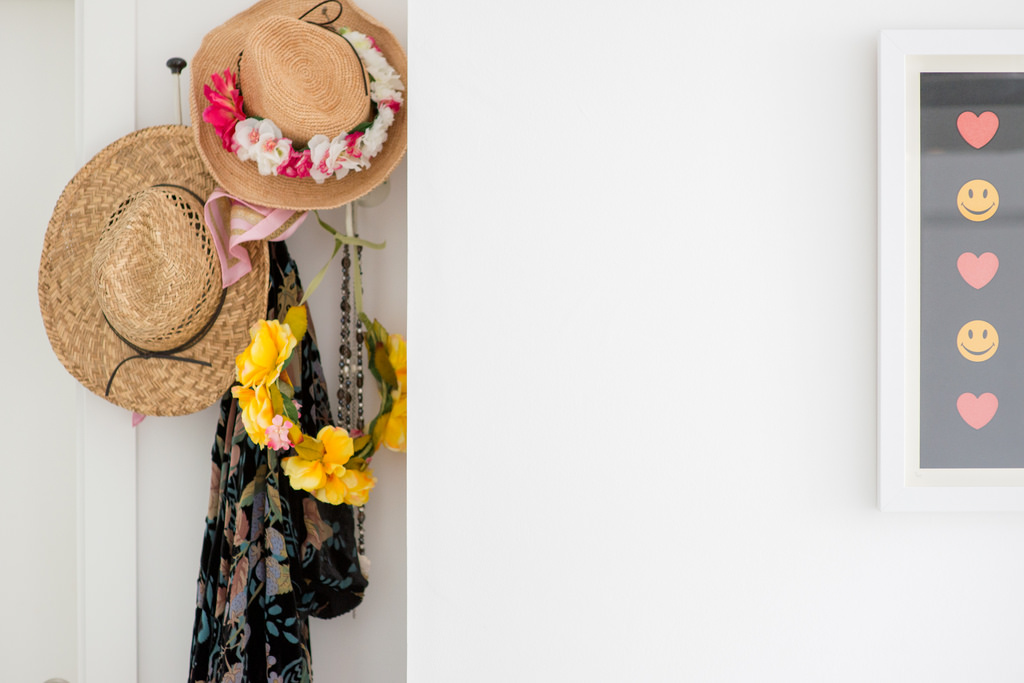
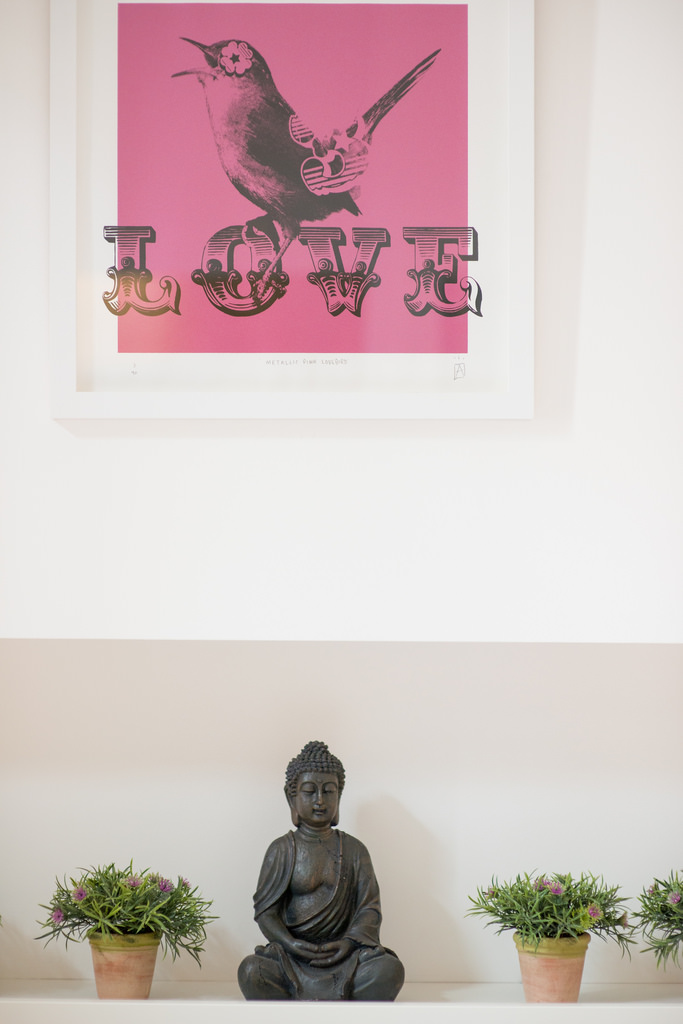
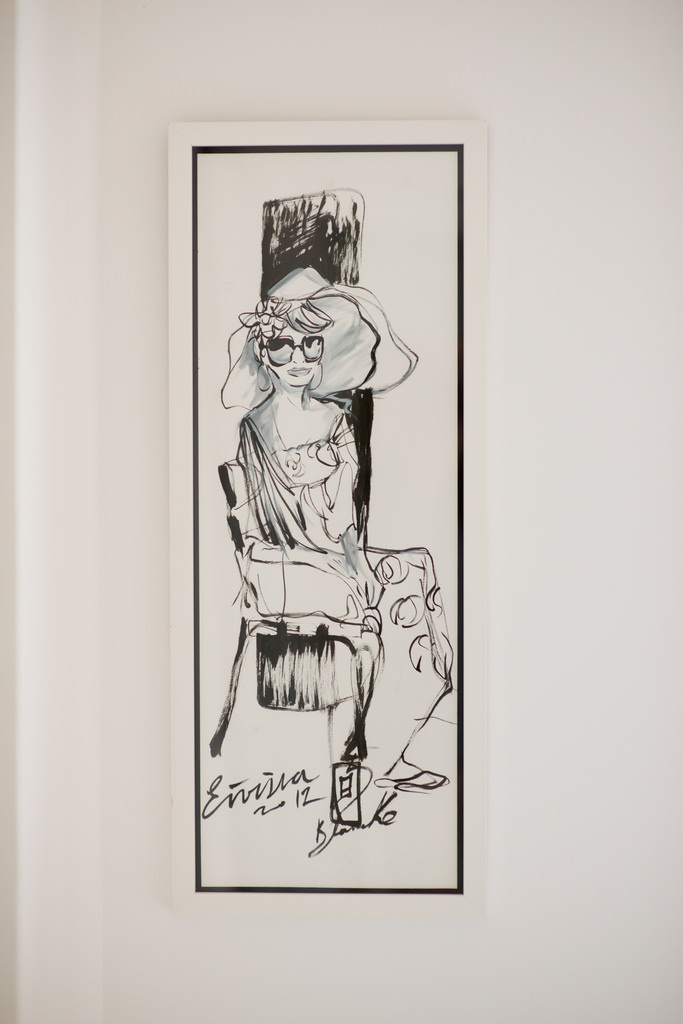
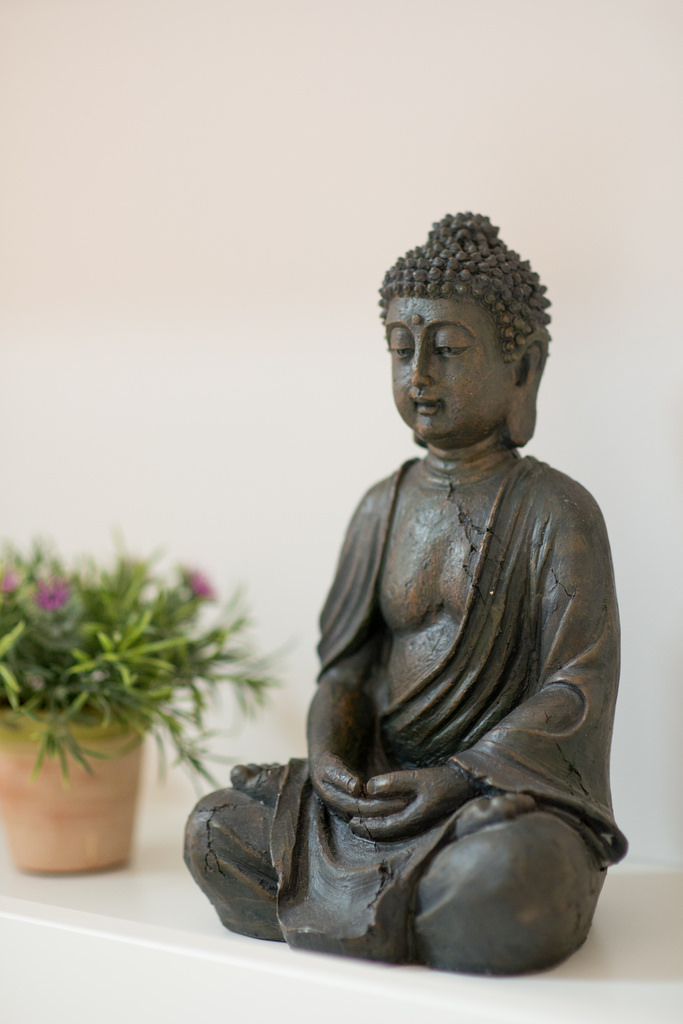
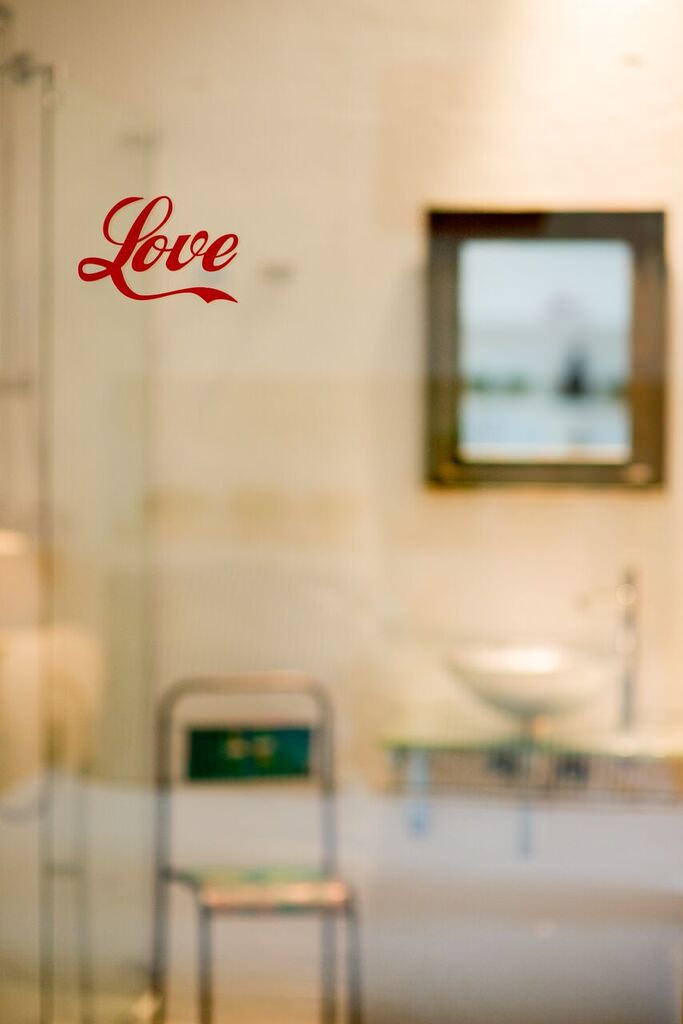
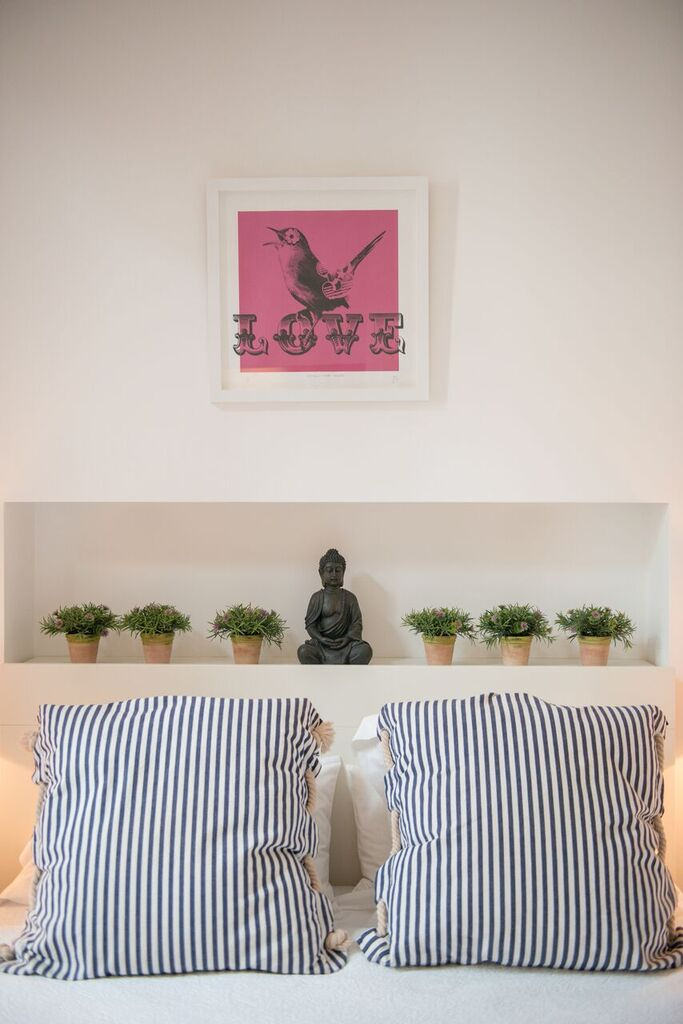
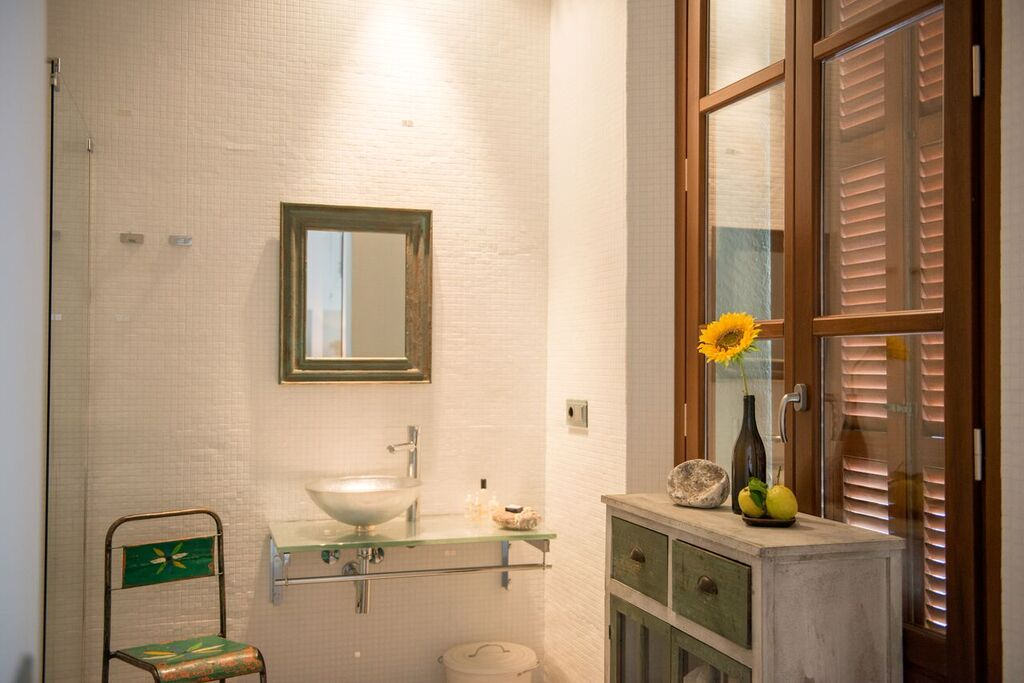
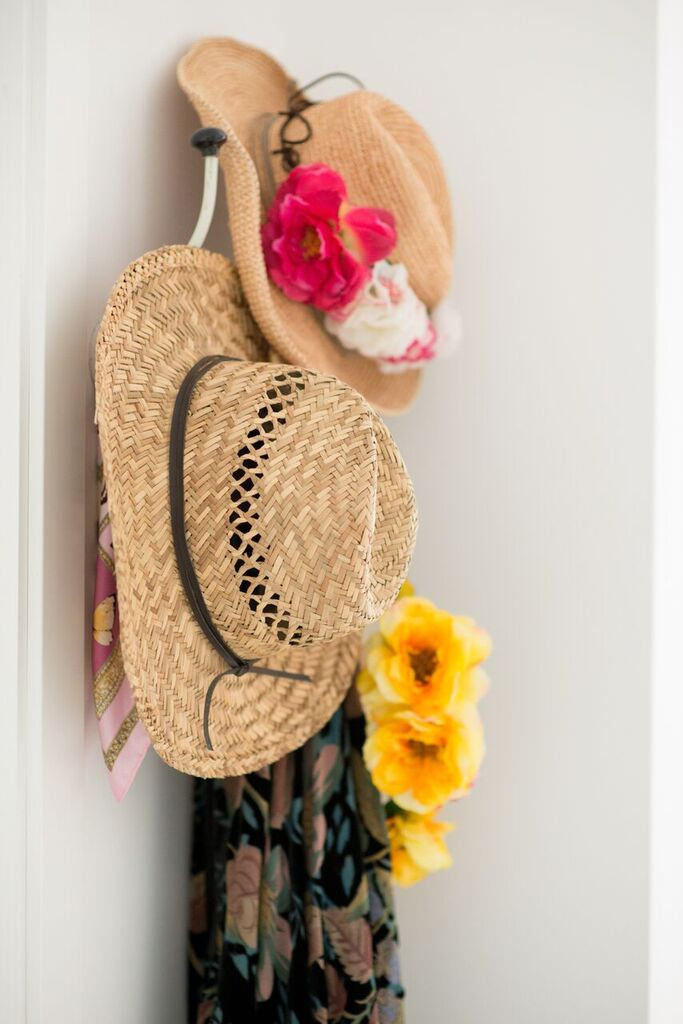
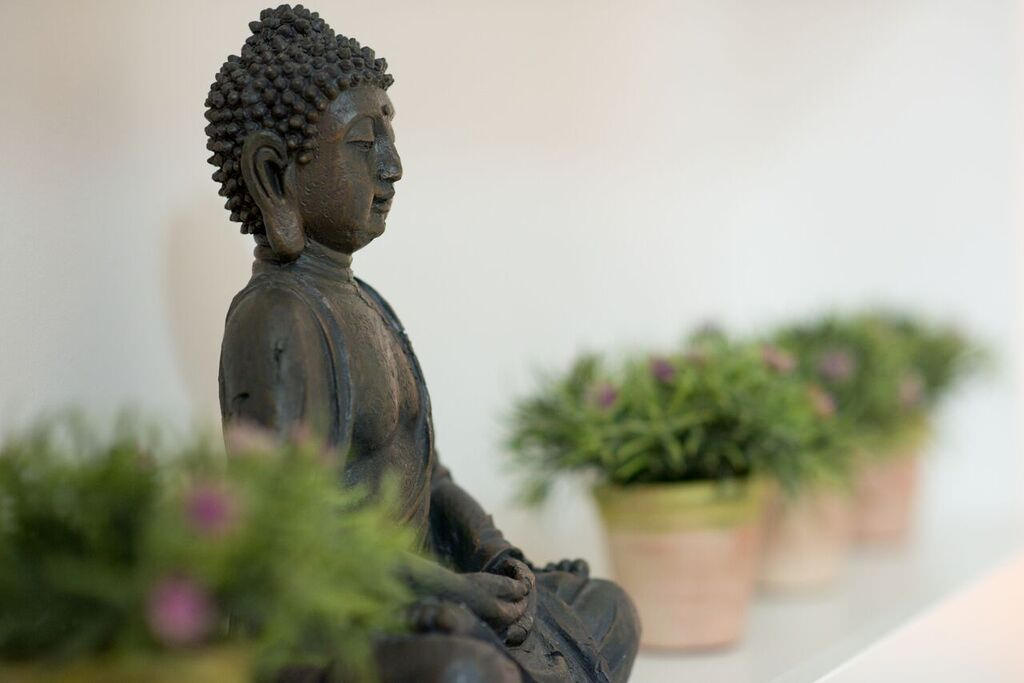
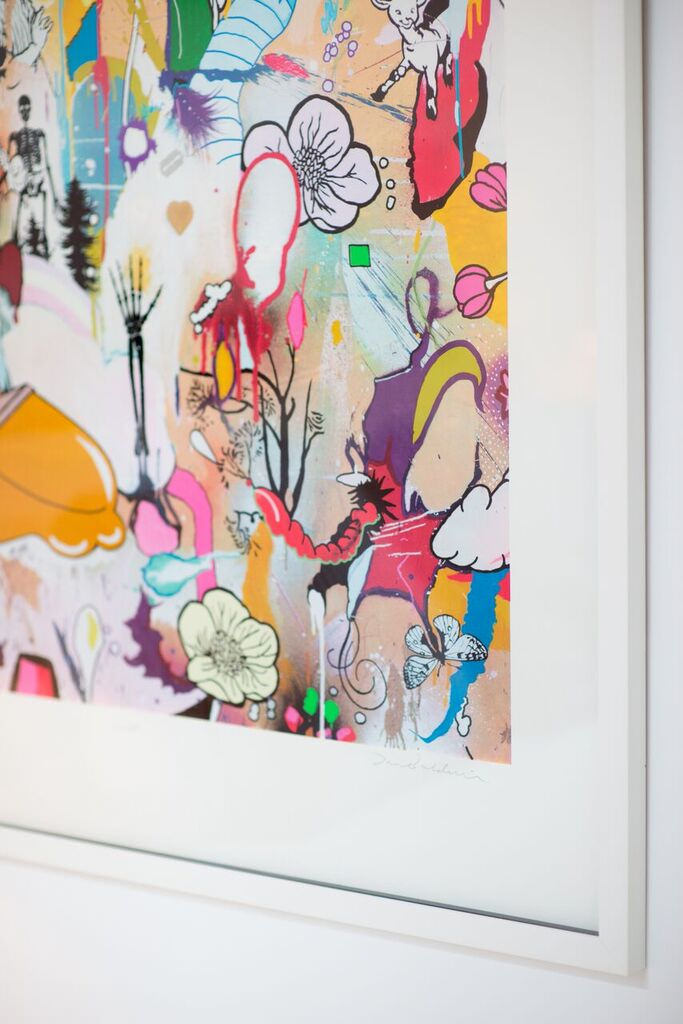
Describing the old town location – set just off the bustling square of Plaza del Parque and main street of Vara de Rey – as “absolutely perfect”, Bonita and David have everything they need in Ibiza at their fingertips, from fabulous restaurants, bars and cafes to stylish shops and the UNESCO World Heritage Listed Site Dalt Vila. Just five minutes from Pacha (“I love it on a Tuesday! It’s my era, I have all the clothes,” says Bonita of Flower Power), Heart (“Ohhh I love, LOVE Heart!”) and Lio (“The costumes and the dancers are just fabulous,”), where she’s been known to get up on stage, the couple hire a car whenever they wish to explore the rest of island. “We just get lost,” says Bonita. “We drive, we walk on the beach, sit under pine trees, we find somewhere for lunch, it’s just amazing. We don’t get to the island very often, but in three years we have done it all.”
Such is the nature of their corporate and creative lifestyles respectively, David and Bonita often find themselves in different countries and properties at different times, and so the opportunity to connect on an island, away from the demands of daily life, is important to them. “Ibiza is just such a wonderful retreat from the frenetic life of any metropolis, and it’s only four hours door-to-door from London,” says Bonita. “It keeps me young!” Despite the fact the couple are only in Ibiza for around two (separate) weeks a year, the apartment is always immaculate, prepared for the arrival of friends and family at a moment’s notice. “We are just so busy, and travelling the world all the time but it would be ridiculous to just leave it,” says Bonita, who says she prefers to visit the island out-of-season, having never been much of a sun-worshipper. “It’s ready to go at any time, for my sister, my girls, David’s friends and family – whoever needs it.”
